Synthetic intermediate of 1-(2-deoxy-2-fluoro-4-thio-.beta.-D-arabinofuranosyl)cytosine, synthetic intermediate of thionucleoside, and method for producing the same
Nakamura , et al. Feb
U.S. patent number 10,570,112 [Application Number 16/045,047] was granted by the patent office on 2020-02-25 for synthetic intermediate of 1-(2-deoxy-2-fluoro-4-thio-.beta.-d-arabinofuranosyl)cytosine, synthetic intermediate of thionucleoside, and method for producing the same. This patent grant is currently assigned to FUJIFILM Corporation. The grantee listed for this patent is FUJIFILM Corporation. Invention is credited to Yuuta Fujino, Junichi Imoto, Takayuki Ito, Takuya Matsumoto, Kouki Nakamura, Hideki Okada, Satoshi Shimamura, Makoto Takahashi, Motomasa Takahashi, Kenji Wada, Katsuyuki Watanabe, Takehiro Yamane.



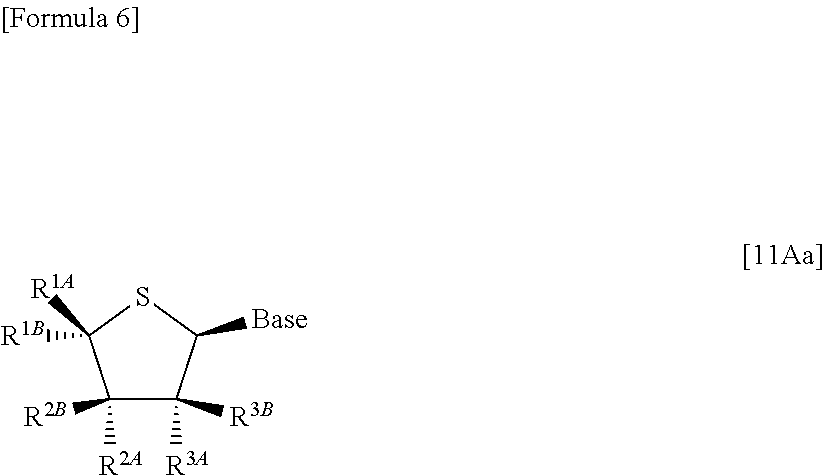

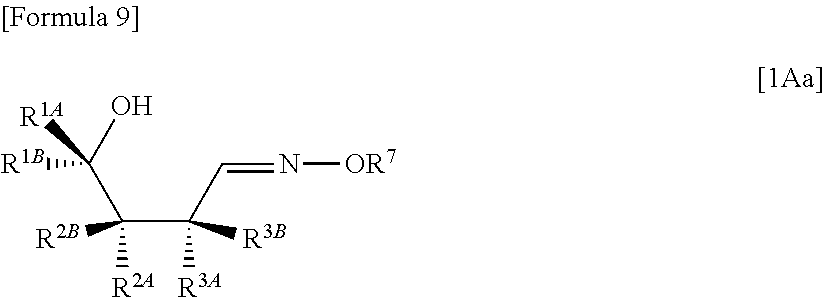
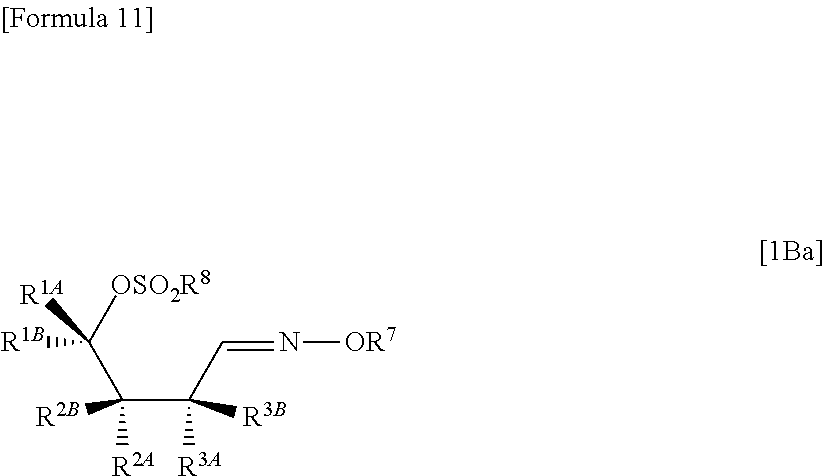





View All Diagrams
| United States Patent | 10,570,112 |
| Nakamura , et al. | February 25, 2020 |
Synthetic intermediate of 1-(2-deoxy-2-fluoro-4-thio-.beta.-D-arabinofuranosyl)cytosine, synthetic intermediate of thionucleoside, and method for producing the same
Abstract
A compound represented by a formula [1D] as shown below (wherein R.sup.1A, R.sup.1B, R.sup.2A, R.sup.2B, R.sup.3A and R.sup.3B represent a hydrogen atom, an optionally substituted C.sub.1-6 alkyl group, and the like) is useful as an intermediate for producing a thionucleoside, and the production method of the present invention is useful as a method for producing a thionucleoside. ##STR00001##
| Inventors: | Nakamura; Kouki (Ashigarakami-gun, JP), Shimamura; Satoshi (Ashigarakami-gun, JP), Imoto; Junichi (Ashigarakami-gun, JP), Takahashi; Motomasa (Ashigarakami-gun, JP), Watanabe; Katsuyuki (Ashigarakami-gun, JP), Wada; Kenji (Ashigarakami-gun, JP), Fujino; Yuuta (Ashigarakami-gun, JP), Matsumoto; Takuya (Ashigarakami-gun, JP), Takahashi; Makoto (Ashigarakami-gun, JP), Okada; Hideki (Ashigarakami-gun, JP), Yamane; Takehiro (Ashigarakami-gun, JP), Ito; Takayuki (Ashigarakami-gun, JP) | ||||||||||
|---|---|---|---|---|---|---|---|---|---|---|---|
| Applicant: |
|
||||||||||
| Assignee: | FUJIFILM Corporation (Tokyo,
JP) |
||||||||||
| Family ID: | 50685606 | ||||||||||
| Appl. No.: | 16/045,047 | ||||||||||
| Filed: | July 25, 2018 |
Prior Publication Data
| Document Identifier | Publication Date | |
|---|---|---|
| US 20180327377 A1 | Nov 15, 2018 | |
Related U.S. Patent Documents
| Application Number | Filing Date | Patent Number | Issue Date | ||
|---|---|---|---|---|---|
| 15246177 | Aug 24, 2016 | 10093645 | |||
| 14873966 | Oct 25, 2016 | 9475835 | |||
| 14621119 | Dec 29, 2015 | 9221865 | |||
| PCT/JP2013/071871 | Aug 13, 2013 | ||||
Foreign Application Priority Data
| Aug 13, 2012 [JP] | 2012-179380 | |||
| Jan 25, 2013 [JP] | 2013-012693 | |||
| Current U.S. Class: | 1/1 |
| Current CPC Class: | C07C 68/06 (20130101); C07H 13/08 (20130101); C07H 19/06 (20130101); C07F 7/188 (20130101); C07B 53/00 (20130101); C07H 7/04 (20130101); C07D 333/32 (20130101); A61P 35/00 (20180101); C07C 309/73 (20130101); C07C 309/66 (20130101); C07F 7/1804 (20130101); C07C 251/38 (20130101); C07C 69/618 (20130101); C07C 67/29 (20130101); C07C 303/28 (20130101); C07C 45/00 (20130101); C07H 19/073 (20130101); C07H 15/203 (20130101); C07H 23/00 (20130101); C07H 1/00 (20130101); C07H 15/18 (20130101); C07H 19/067 (20130101); C07H 17/02 (20130101); C07H 15/04 (20130101); C07C 69/76 (20130101); A61K 31/7068 (20130101); C07C 69/28 (20130101); C07C 69/78 (20130101); C07C 69/96 (20130101); C07C 249/04 (20130101); C07C 251/40 (20130101); C07C 47/277 (20130101); C07H 13/04 (20130101); C07C 69/92 (20130101); C07C 67/29 (20130101); C07C 69/78 (20130101); C07C 67/29 (20130101); C07C 69/76 (20130101); C07C 67/29 (20130101); C07C 69/92 (20130101); C07C 67/29 (20130101); C07C 69/618 (20130101); C07C 67/29 (20130101); C07C 69/28 (20130101); C07C 68/06 (20130101); C07C 69/96 (20130101); C07C 249/04 (20130101); C07C 251/38 (20130101); C07C 303/28 (20130101); C07C 309/73 (20130101); Y02P 20/55 (20151101) |
| Current International Class: | C07C 47/277 (20060101); C07H 19/06 (20060101); C07C 69/78 (20060101); C07H 1/00 (20060101); C07H 7/04 (20060101); C07C 251/40 (20060101); C07C 309/66 (20060101); C07D 333/32 (20060101); C07F 7/18 (20060101); C07C 67/29 (20060101); C07C 68/06 (20200101); C07C 69/28 (20060101); C07C 69/618 (20060101); C07C 69/76 (20060101); C07C 69/92 (20060101); C07C 69/96 (20060101); A61K 31/7068 (20060101); C07C 303/28 (20060101); C07C 45/00 (20060101); C07B 53/00 (20060101); C07C 309/73 (20060101); C07C 249/04 (20060101); C07C 251/38 (20060101); C07H 13/04 (20060101); C07H 13/08 (20060101); C07H 15/04 (20060101); C07H 15/18 (20060101); C07H 15/203 (20060101); C07H 17/02 (20060101); C07H 19/067 (20060101); C07H 19/073 (20060101); C07H 23/00 (20060101) |
References Cited [Referenced By]
U.S. Patent Documents
| 3116282 | December 1963 | Hunter |
| 3243425 | March 1966 | Whistler |
| 4211773 | July 1980 | Lopez et al. |
| 4220774 | September 1980 | Kuehne |
| 4803272 | February 1989 | Anton et al. |
| 5473063 | December 1995 | Classon et al. |
| 5811408 | September 1998 | Yoshimura et al. |
| 6103707 | August 2000 | Yamada et al. |
| 6147058 | November 2000 | Yoshimura et al. |
| 6448415 | September 2002 | Lee et al. |
| 7148223 | December 2006 | Secrist, III et al. |
| 7285572 | October 2007 | Shinagawa et al. |
| 7858788 | December 2010 | Yoshida et al. |
| 8329925 | December 2012 | Voigtlander et al. |
| 8420831 | April 2013 | Voigtlander et al. |
| 9221865 | December 2015 | Nakamura et al. |
| 9475835 | October 2016 | Nakamura et al. |
| 10059734 | August 2018 | Kuniyoshi et al. |
| 2005/0119286 | June 2005 | Otto et al. |
| 2005/0129611 | June 2005 | Toyohara et al. |
| 2005/0130923 | June 2005 | Bhat et al. |
| 2005/0209309 | September 2005 | Sato et al. |
| 2006/0142238 | June 2006 | McGuigan |
| 2008/0132563 | June 2008 | Kakinuma et al. |
| 2009/0069263 | March 2009 | Damha et al. |
| 2012/0136017 | May 2012 | Secrist, III et al. |
| 2013/0252918 | September 2013 | McGuigan |
| 2015/0011499 | January 2015 | Baba et al. |
| 2016/0362389 | December 2016 | Nakamura et al. |
| 2018/0079770 | March 2018 | Ye et al. |
| 101058557 | Oct 2007 | CN | |||
| 101200463 | Jun 2008 | CN | |||
| 101880287 | Nov 2010 | CN | |||
| 0 841 344 | May 1998 | EP | |||
| 2883866 | Jun 2015 | EP | |||
| 53-119810 | Oct 1978 | JP | |||
| 55-49395 | Apr 1980 | JP | |||
| 56-92239 | Jul 1981 | JP | |||
| 5-178875 | Jul 1993 | JP | |||
| 6-501261 | Feb 1994 | JP | |||
| 8-53490 | Feb 1996 | JP | |||
| 8-504753 | May 1996 | JP | |||
| 10-282039 | Oct 1998 | JP | |||
| 2003-172990 | Jun 2003 | JP | |||
| 2005-503358 | Feb 2005 | JP | |||
| 2006-335737 | Dec 2006 | JP | |||
| 2006-528162 | Dec 2006 | JP | |||
| 2007-514643 | Jun 2007 | JP | |||
| 4202327 | Dec 2008 | JP | |||
| 2009-538829 | Nov 2009 | JP | |||
| 2010-59173 | Mar 2010 | JP | |||
| 2011-526242 | Oct 2011 | JP | |||
| 2013-514260 | Apr 2013 | JP | |||
| 2013-540129 | Oct 2013 | JP | |||
| WO 91/04982 | Apr 1991 | WO | |||
| WO 94/05687 | Mar 1994 | WO | |||
| WO 96/01834 | Jan 1996 | WO | |||
| WO 97/37993 | Oct 1997 | WO | |||
| WO 97/38001 | Oct 1997 | WO | |||
| WO 97/49716 | Dec 1997 | WO | |||
| WO 99/28312 | Jun 1999 | WO | |||
| WO 99/43690 | Sep 1999 | WO | |||
| WO 02/058740 | Aug 2002 | WO | |||
| WO 03/000200 | Jan 2003 | WO | |||
| WO 2004/014930 | Feb 2004 | WO | |||
| WO 2004/014931 | Feb 2004 | WO | |||
| WO 2004/027658 | Apr 2004 | WO | |||
| WO 2004/100891 | Nov 2004 | WO | |||
| WO 2004/106352 | Dec 2004 | WO | |||
| WO 2005/012327 | Feb 2005 | WO | |||
| WO 2006/073197 | Jul 2006 | WO | |||
| WO 2007/056596 | May 2007 | WO | |||
| WO 2007/068113 | Jun 2007 | WO | |||
| WO 2007/130783 | Nov 2007 | WO | |||
| WO 2011/074484 | Jun 2011 | WO | |||
| WO 2012/045999 | Apr 2012 | WO | |||
| WO 2013/146833 | Oct 2013 | WO | |||
| WO 2014/027658 | Feb 2014 | WO | |||
| WO 2016/155593 | Oct 2016 | WO | |||
Other References
|
Cottrell et al. (Canadian Journal of Chemistry, 1966, 44(13), 1483). cited by examiner . Indian Office Action, dated Jan. 29, 2019, for Indian Application No. 201747015114, along with an English translation. cited by applicant . Mexican Office Action for Mexican Application No. MX/a/2017/008865, dated Jun. 20, 2019, with an English translation. cited by applicant . U.S. Appl. No. 15/246,177, filed Aug. 24, 2016. cited by applicant . Choo et al., "Synthesis, Anti-HIV Activity, and Molecular Mechanism of Drug Resistance of L-2',3'-Didehydro-2',3'-dideoxy-2'-fluoro-4'-thionucleosides," Journal of Medicinal Chemistry, 2003, vol. 46, No. 3, pp. 389-398. cited by applicant . Cottrell et al., "Reactions of Sugar Chlorosulfates VII. Some Conformational Aspects," Canadian Journal of Chemistry, Jul. 1, 1966, vol. 44, No. 13, pp. 1483-1491. cited by applicant . Fanton et al., "Enzymatic and Organocatalyzed Asymmetric Aldolization Reactions for the Synthesis of Thiosugar Scaffolds," European Journal of Organic Chemistry, 2012, pp. 203-210. cited by applicant . International Preliminary Report on Patentability and Written Opinion of the International Searching Authority (forms PCT/IB/338, PCT/IB/373, PCT/ISA/237 and PCT/IB/326), dated Feb. 26, 2015, for International Application No. PCT/JP2013/071871, along with English translations. cited by applicant . International Search Report issued in PCT/JP2013/071871, dated Nov. 26, 2013. cited by applicant . Jean-Baptiste et al., "Synthesis of 2',3'-Dideoxy-2'-Fluoro-4'-Thionucleosides from a Fluoroxanthate," Synlett, 2008, No. 6, pp. 817-820. cited by applicant . Kawana et al., "The Synthesis of 2',3'-Dideoxycytidine and Its 2'-Azido Analogue. Applications of the Deoxygenative [1,2]-Hydride Shift of Sulfonates with Mg(OMe) 2-NaBH4," The Chemical Society of Japan, Chemistry Letters, 1987, pp. 2419-2422. cited by applicant . Khare et al., "Synthesis of 4-deoxy-4-thioarabinofuranosyl disaccharides, analogs of Mycobacterial arabinogalactan," Indian Joumal of Chemistry, vol. 47B. Nov. 2008, pp. 1748-1752. cited by applicant . Non-Final Office Action issued in copending U.S. Appl. No. 14/621,119, dated Mar. 24, 2015. cited by applicant . Ototani et al., "Preparation and Antitumor Activity of 4 '-Thic Analogs of 2,2'-Anhydro-1- -D-arabinofuranosylcytosine," Journal of Medicinal Chemistry, 1974, vol. 17, No. 5, pp. 535-537. cited by applicant . PCT/ISA/237--Issued in PCT/JP2013/071871, dated Nov. 26, 2013. cited by applicant . Wang et al., "A Practical Synthesis of Sugar-Derived Cyclic Nitrones: Powerful Synthons for the Synthesis of Iminosugars," Synlett, 2010, No. 3, pp. 488-492. cited by applicant . Yoshimura et al., "An Alternative Synthesis of the Antineoplastic Nucleoside 4'-ThioFAC and Its Application to the Synthesis of 4'-ThioFAG and 4'-Thiocytarazid," J. Org. Chem., 1999, vol. 64, No. 21, pp. 7912-7920. cited by applicant . Ait-Sir et al., "Synthesis and Configurational Assignments of 3-substituted 2-deoxy-4-thio-D-erythro-pentofuranose Derivatives," J. Chem. Soc., Perkin Trans. vol. 1, No. 14, 1996, pp. 1665-1671. cited by applicant . Attardo et al., "Efficient Synthesis of 5,8-Disubstituted-1,4-Dihydrobenzoxathiin-3-Oxides and Their Isomeric Structures, 4,7-Disubstituted-1,3-Dihydrobenzo[b] Thiophene-2,2-Dioxides," Tetrahedron Letters, vol. 35, No. 27, 1994, pp. 4743-4746. cited by applicant . Australian Office Action for Application No. 2013303534 dated Dec. 1, 2015. cited by applicant . Australian Office Action for Australian Application No. 2013241341, dated Oct. 5, 2015. cited by applicant . Australian Office Action, dated Jul. 25, 2016, for related Australian Application No. 2010331367. cited by applicant . Baker et al., "Large-Scale Preparation of D-allose: Observations on the Stereoselectivity of the Reduction of 1,2:5,6-di-O-isopropylidene-.alpha.-D-ribo-hexofuranos-3-ulose hydrate," Carbohydrate Research, vol. 24, 1972, pp. 192-197. cited by applicant . Berge et al., "Pharmaceutical Salts," Journal of Pharmaceutical Sciences, vol. 66, No. 1, Jan. 1977, pp. 1-19. cited by applicant . Berges et al., "Bicyclic Diazasugars. Part 3: ( -D-Mannose and 6-deoxy- -L-gulose Analogues," Tetrahedron, vol. 57, 2001, pp. 9915-9924. cited by applicant . Bozo et al., "Synthesis of 4-cyanophenyl and 4-nitrophenyl 1,5-dithio-L- and -D-arabinopyranosides Possessing Antithrombotic Activity," Carbohydrate Research, vol. 311, 1998, pp. 191-202. cited by applicant . Bredenkamp et al., "Stannylene Directed Selective Acylation of Some Open-chain L-Arabinose Derivatives," Tetrahedron Letters, vol. 31, No. 19, 1990, pp. 2759-2762. cited by applicant . Canadian Office Action for Application No. 2,880,794 dated May 19, 2017. cited by applicant . Canadian Office Action for Application No. 2,880,794 dated Nov. 2, 2015. cited by applicant . Canadian Office Action for Application No. 2,966,138, dated Apr. 12, 2018. cited by applicant . Canadian Office Action for Canadian Application No. 2,865,742, dated Mar. 29, 2016. cited by applicant . Canadian Office Action, dated Aug. 18, 2016, for corresponding Canadian Application No. 2,880,794. cited by applicant . Canadian Office Action, dated Oct. 6, 2016, for related Canadian Application No. 2,784,399. cited by applicant . Chinese Office Action and English translation, dated Aug. 2, 2017, for corresponding Chinese Application No. 201380042642.1. cited by applicant . Chinese Office Action and Search Report for Chinese Application No. 201380016308.9, dated Jul. 1, 2015, with an English translation of the Chinese Office Action. cited by applicant . Chinese Office Action for Application No. 201380042642.1, dated Nov. 2, 2015 with English language translation. cited by applicant . Chinese Office Action, dated Jan. 16, 2017, for Chinese Application No. 201380042642.1, with an English translation. cited by applicant . Cox et al., "Cyclic Hemithioacetals: Analogues of Thiosugars with Sulphur in the Ring," J. Chem. Soc. Section C, Jan. 1, 1967, pp. 1130-1134, XP055323391. cited by applicant . Driguez et al., "A Novel Synthesis of 5-thio-D-Glucose," Tetrahedron Letters, vol. 22, No. 50, 1981, pp. 5061-5062. cited by applicant . English translation of the Indian Office Action, dated Oct. 27, 2017, for Indian Application No. Application No. 6251/CHENP/2012. cited by applicant . English translation of the International Search Report (form PCT/ISA/210), dated Mar. 10, 2015), for International Application No. PCT/JP2015/052304. cited by applicant . European Office Action for corresponding European Application No. 13879640.4, dated May 8, 2017. cited by applicant . European Office Action for European Application No. 13770090.2, dated May 19, 2017. cited by applicant . European Office Action issued in Application No. 17150141.4, dated Jul. 3, 2018. cited by applicant . European Office Action, dated Aug. 19, 2015, for related European Application No. 14177042.0. cited by applicant . European Office Action, dated Dec. 16, 2013, for related European Application No. 10801279.0. cited by applicant . European Office Action, dated Jun. 4, 2013, for related European Application No. 10801279.0. cited by applicant . Extended European Search Report for Application No. 13879640.4 dated May 18, 2016. cited by applicant . Extended European Search Report for European Application No. 13770090.2, dated Oct. 12, 2015. cited by applicant . Extended European Search Report, dated Mar. 16, 2017, for European Application No. 17150141.4. cited by applicant . Extended European Search Report, dated Aug. 17, 2017, for related European Application No. 15853887.6. cited by applicant . Extended European Search Report, dated Jan. 31, 2017, for European Application No. 15751503.2. cited by applicant . Extended European Search Report, dated Mar. 28, 2017, for European Application No. 15751531.3. cited by applicant . Extended European Search Report, dated Oct. 2, 2014, for related European Application No. 14177042.0. cited by applicant . Fu et al., "An Alternative Synthesis of Anomeric Methyl 2-Deoxy-4-thio-D-erythro-pentofuranosides," J. Org. Chem., vol. 41, No. 24, Jan. 1, 1976, pp. 3831-3834, XP055337220. cited by applicant . Fujita et al., "Gene Expression Levels as Predictive Markers of Outcome in Pancreatic Cancer after Gemcitabine-Based Adjuvant Chemotherapy.sup.1'2," Neoplasia, vol. 12, No. 10, Oct. 2010, pp. 807-817 (13 pages total). cited by applicant . Fujita et al., "Synthesis of Thiosaccharides Employing the Pummerer Rearrangement of Tetrahydrothiopyran Oxides," Tetrahedron, vol. 60, No. 32, Aug. 2, 2004 (Available online Jul. 4, 2004), pp. 6829-6851, XP004849090. cited by applicant . Gura, "Cancer Models: Systems for Identifying New Drugs Are Often Faulty," Science Magazine, vol. 278, No. 5340, Nov. 7, 1997, pp. 1041-1042 (5 pages total). cited by applicant . Haeberli et al., "Syntheses of 4'-thioribonucleosides and Thermodynamic Stability and Crystal Structure of RNA Oligomers with Incorporated 4'-thiocytosine," Nucleic Acids Research, vol. 33, No. 13, 2005, pp. 3965-3975. cited by applicant . Hartsel et al., "Synthesis of 9-(4-Thioxylofuranosyl)adenine via a Novel Glycosylation Reaction," Tetrahedron Letters, vol. 39, 1998, pp. 205-2008. cited by applicant . Hashimoto et al., "Novel Conversion of Aldopyranosides into 5-thioaldopyranosides via Acyclic Monothioacetals with Inversion and Retention of Configuration at C-5," Carbohydrate Research, vol. 282, Issue 2, Feb. 23, 1996, pp. 207-221 (Total 9 pages). cited by applicant . Hertel et al., "Evaluation of the Antitumor Activity of Gemcitabine (2',2'-Difluoro-2'-deoxycytidine)," Cancer Research, vol. 50, Jul. 15, 1990, pp. 4417-4422 (7 pages total). cited by applicant . Horton Jr. et al., "Aldehyde-Terminated Self-Assembled Monolayers on Gold: Immobilization of Amines onto Gold Surfaces," J. Am. Chem. Soc., vol. 119, No. 52, 1997, pp. 12980-12981. cited by applicant . Indian Examination Report dated Mar. 27, 2018 for corresponding Indian Application No. 1391/CHENP/2015, with English translation. cited by applicant . Inguaggiato et al., "Novel Triazole 2'-deoxy-4'-thionucleosides: Stereoselective Synthesis and Biological Evaluation," Nucleosides & Nucleotides, vol. 18, No. 3, 1999, pp. 457-467. cited by applicant . International Preliminary Report on Patentability (form PCT/IPEA/409), dated Feb. 16, 2016), for International Application No. PCT/JP2015/052304, with an English translation. cited by applicant . International Preliminary Report on Patentability (form PCT/IPEA/409), dated Jan. 4, 2016), for International Application No. PCT/JP2015/054305, with an English translation. cited by applicant . International Preliminary Report on Patentability and Written Opinion of the International Searching Authority (Forms PCT/IB/326, PCT/IB/373 and PCT/ISA/237) for International Application No. PCT/JP2010/072182, dated Jun. 28, 2012. cited by applicant . International Preliminary Report on Patentability and Written Opinion of the International Searching Authority (Forms PCT/IB/326, PCT/IB/373, PCT/ISA/237 and PCT/IB/338) for International Application No. PCT/JP2013/058896, dated Oct. 9, 2014, with an English translation of the Written Opinion. cited by applicant . International Preliminary Report on Patentability and Written Opinion of the International Searching Authority (Forms PCT/IB/338, PCT/ISA/237, PCT/IB/326 and PCT/IB/373) for International Application No. PCT/JP2015/080885, dated May 11, 2017, with an English translation of the Written Opinion. cited by applicant . International Search Report and English translation (form PCT/ISA/210), dated May 19, 2015), for International Application No. PCT/JP2015/054305. cited by applicant . International Search Report and Written Opinion of the International Searching Authority (Forms PCT/ISA/210 and PCT/ISA/237) for International Application No. PCT/JP2010/072182, dated Apr. 29, 2011. cited by applicant . International Search Report and Written Opinion of the International Searching Authority (Forms PCT/ISA/210, PCT/ISA/220 and PCT/ISA/237) for International Application No. PCT/JP2013/058896, dated Jun. 4, 2013, with an English translation of the International Search Report. cited by applicant . International Search Report and Written Opinion of the International Searching Authority (Forms PCT/ISA/210, PCT/ISA/220 and PCT/ISA/237) for International Application No. PCT/JP2015/080885, dated Feb. 2, 2016, with an English translation of the International Search Report. cited by applicant . Israeli Office Action for Application No. 237086, dated Jun. 14, 2017, with English language translation. cited by applicant . Israeli Office Action for Israeli Application No. 234222, dated Sep. 13, 2016, with an English translation. cited by applicant . Japanese Decision to Final Rejections for Japanese Application No. 2014-507938, dated Apr. 7, 2015, with an English translation. cited by applicant . Japanese Notification of Reasons for Refusal, dated Jan. 23, 2018, for related Japanese Application No. 2016-556227, with an English machine translation. cited by applicant . Japanese Office Action and English translation, dated Sep. 26, 2017, for corresponding Japanese Application No. 2016-136575. cited by applicant . Japanese Office Action for Application No. 2014-530560 dated Mar. 1, 2016 with English language translation. cited by applicant . Japanese Office Action, dated Apr. 18, 2017, for Japanese Application No. 2016-504110, with an English translation. cited by applicant . Japanese Office Action, dated Apr. 4, 2017, for Japanese Application No. 2014-029978, with an English translation. cited by applicant . Jeong et al., "Facile Fluorination of Deoxy-4'-thiopyrimidine Nucleosides with "Down" Hydroxyl Groups. Retention of Configuration After Fluoride Opening of the Quartenized N3-MEM Anhydronucleosides", Tetrahedron Letters, vol. 35, No. 41, pp. 7573-7576, 1995. cited by applicant . Jeong et al., "N.sup.8-Substituted D-4'-Thioadenosine-5'-methyluronamides: Potent and Selective Agonists at the Human A.sub.3 Adenosine Receptor," J. Med. Chem., vol. 46, No. 18, 2003 (published online Aug. 6, 2003), pp. 3775-3777. cited by applicant . Jeong et al., "Participation of sulfur occured during the Mitsunobu reaction: synthesis of novel isodideoxythionucleosides", J. Chem. Soc., Perkin Trans., pp. 3325-3326, 1998. cited by applicant . Jeong et al., "The Stereochemical Outcome of the DAST Fluorination of 4'-Thipyrimidine Nucleosides with "Up" Hydroxyl Groups is Controlled by the Oxidation State of the Sulfur Atom", Chemistry Letters, pp. 301-302, 1995. cited by applicant . Jeong et al., Unanticipated Retention of Configuration in the DAST Fluorination of Deoxy-4'-thiopyrimidine Nucleosides with "Up" Hydroxyl Groups, Tetrahedron Letters, vol. 35, No. 41, pp. 7569-7572, 1994. cited by applicant . Jeong et al., "N.sup.6-Substituted D-4'-Thioadenosine-5'--Methyluronamides: Potent and Selective Agonists at the Human A.sub.3 Adenosine Receptor," J. Med. Chem., vol. 46, No. 18, 2003 (Published on Web Aug. 6, 2003), pp. 3775-3777, XP-002540593. cited by applicant . Jeong et al., Chemistry Letters, 1995, pp. 301-302. cited by applicant . Jeong et al., Tetrahedron Letters, vol. 35, No. 41, 1994, pp. 7569-7572. cited by applicant . Jeong et al., Tetrahedron Letters, vol. 35, No. 41, 1994, pp. 7573-7576. cited by applicant . Johnson et al., "Relationships between drug activity in NCI preclinical in vitro and in vivo models and early clinical trials," British Journal of Cancer, vol. 84, No. 10, 2001, pp. 1424-1431. cited by applicant . Karrer, "Organic Chemistry," Second Edition, Elsevier Publ. Comp., Inc., New York, 1946, pp. 92-102 (pp. 91-93 provided) (6 pages total). cited by applicant . King, "Bioisosteres, Conformational Restriction, and Pro-drugs--Case History: An Example of a Conformational Restriction Approach," Chapter 14, Med. Chem. Principles and Practice, 1994, pp. 206-208, XP-002033086. cited by applicant . Komine et al., "Synthesis and Structure-Activity Relationship Studies of Highly Potent Novel Oxazolidinone Antibacterials," J. Med. Chem., vol. 51, No. 20, 2008 (published online Oct. 1, 2008), pp. 6558-6562. cited by applicant . Korean Notice of Final Rejection for Korean Application No. 10-2015-7003655, dated Nov. 21, 2016, with an English translation thereof. cited by applicant . Korean Notice of Final Rejection, dated Nov. 21, 2016, for Korean Application No. 10-2015-7003655, including English machine translation. cited by applicant . Korean Notice of Submission of Opinion for Korean Application No. 10-2014-7030209, dated Oct. 25, 2016, with an English translation thereof. cited by applicant . Korean Notification of Reason for Refusal for Korean Application No. 10-2015-7003655, dated Jan. 11, 2017, with an English translation thereof. cited by applicant . Korean Notification of Reason for Refusal, dated Jan. 11, 2017, for Korean Application No. 10-2015-7003655, including English machine translation. cited by applicant . Korean Notification of Reason for Refusal, dated Mar. 22, 2018, for Korean Application No. 10-2017-7018337, with machine translation. cited by applicant . Korean Office Action and English translation, dated Dec. 1, 2016, for related Korean Application No. 10-2012-7018741. cited by applicant . Korean Office Action for Application No. 10-2015-7003655, dated May 12, 2016 with English language translation. cited by applicant . Korean Office Action for Korean Application No. 10-2014-7030209, dated Apr. 3, 2017, with an English translation thereof. cited by applicant . Lin et al., "Highly Efficient Asymmetric Synthesis of Enantiopure Dihydro-1,2-oxazines: Dual-Organocatalyst-Promoted Asymmetric Cascade Reaction," Organic Letters, vol. 14, No. 15, 2012 (Published on Web Jul. 18, 2012), pp. 3818-3821. cited by applicant . Mercer et al., "Looking Glass Inhibitors: Both Enantiomeric N-benzyl Derivatives of 1,4-dideoxy-1,4-imino-D-lyxitol [A Potent Competitive Inhibitor of .alpha.-D-galactosidase] and . . . ," Tetrahedron: Asymmetry, vol. 20, 2009 (published online Oct. 29, 2009), pp. 2368-2373. cited by applicant . Mexican Office Action for Mexican Application No. MX/a/2014/011182, dated Apr. 26, 2017, with an English translation. cited by applicant . Miljkovi , et al., "An Improved Synthesis of Methyl 5-thio-D-arabino-pyranosides," J. Serb. Chem. Soc., vol. 55, No. 6, 1990, pp. 359-361 (Total 2 pages). cited by applicant . Miller et al., "2,2'-Anhydro-4'-thionucleosides: precursors for 2'-azido- and 2'-chloro-4'-thionucleosides and for a novel thiolane to thietane rearrangement," Nucleosides, Nucleotides and Nucleic Acids, vol. 19, No. 9, Sep. 24, 2000, pp. 1475-1486 (14 pages total), XP055207502. cited by applicant . Miura et al., "Antitumor Activity of a Novel Orally Effective Nucleoside, 1-(2-deoxy-2-fluoro-4-thio-.beta.-D-arabinofuranosyl)cytosine," Cancer Letters, vol. 129, 1998, pp. 103-110. cited by applicant . Miura et al., "Comparison of 1-(2-deoxy-2-fluoro-4-thio-.beta.-D-arabinofuranosyl)cytosine with Gemcitabine in its Antitumor Activity," Cancer Letters, vol. 144, 1999, pp. 177-182. cited by applicant . Miura et al., "Suppression of Peritoneal Dissemination by 4'-thio-FAC," Oncology Reports, vol. 9, No. 6, Nov.-Dec. 2002, pp. 1319-1322 (9 pages total). cited by applicant . New Zealand Office Action for New Zealand Application No. 701245, dated Aug. 21, 2015. cited by applicant . New Zealand Office Action for New Zealand Application No. 701245, dated Jan. 28, 2015. cited by applicant . Non-Final Office Action issued in copending U.S. Appl. No. 14/873,966, dated Feb. 8, 2016. cited by applicant . Notice of Allowance issued in copending U.S. Appl. No. 14/873,966, dated May 26, 2016. cited by applicant . Office Action for Indonesian Application No. W-00 2012 02819, dated May 30, 2018, with English language translation. cited by applicant . Partial European Search Report for European Application No. 10163406.1, dated Nov. 24, 2010. cited by applicant . Partial Supplementary European Search Report issued in Application No. 13879640.4, dated Feb. 16, 2016. cited by applicant . Partial Supplementary European Search Report, dated Dec. 22, 2016, for European Application No. 15751531.3. cited by applicant . Pearce et al., "Failure modes in anticancer drug discovery and development," Cancer Drug Design and Discovery, Chapter 18, 2008, pp. 424-435. cited by applicant . Pejanovi et al., "Synthesis and Biological Evaluation of Some Novel 4'-Thio-L-ribonucleosides with Modified Nucleobase Moieties," Bioorganic & Medicinal Chemistry Letters, vol. 13, No. 11, Jun. 2003, pp. 1849-1852 (Total 5 pages). cited by applicant . Plunkett et al., "Preclinical Characteristics of Gemcitabine," Anti-Cancer Drugs, vol. 6, Suppl. 6, 1995, pp. 7-13. cited by applicant . Raoul et al., ".sup.1H, .sup.13C and .sup.15N nuclear magnetic resonance analysis and chemical features of the two main radical oxidation products of 2'-deoxyguanosine: oxazolone and imidazolone nucleosides," J. Chem. Soc., Perkin Trans. 2, Iss. 3, Jan. 1, 1996, pp. 371-381. cited by applicant . Reist et al., "Synthesis of 4-Thio-D- and -L-ribofuranose and the Corresponding Adenine Nucleosides," Journal of the American Chemical Society, vol. 86, No. 24, Dec. 20, 1964, pp. 5658-5663. cited by applicant . Reist et al., "Thio Sugars. Synthesis of the Adenine Nucleosides of 4-Thio-D-xylose and 4-Thio-D-arabinose," Journal of Organic Chemistry, vol. 33, No. 1, Jan. 1968, pp. 189-192. cited by applicant . Rowell et al., "Derivatives of .alpha.-D-Glucothiopyranose," J. Org. Chem., vol. 31, May 1966, pp. 1514-1516. cited by applicant . Russian Office Action and English translation, dated Nov. 27, 2014, for related Russian Application No. 2012130422/04. cited by applicant . Russian Office Action and Search Report for Russian Application No. 2014143277, dated Nov. 5, 2015, with an English translation thereof. cited by applicant . Russian Office Action for Application No. 2015108790, dated Apr. 25, 2016 with English language translation. cited by applicant . Russian Office Action for Application No. 2017114338, dated Apr. 28, 2018, with English language translation. cited by applicant . Russian Office Action for Russian Application No. 2014143277, dated Mar. 21, 2016, with an English translation thereof. cited by applicant . Russian Office Action, dated Dec. 29, 2016, for corresponding Russian Application No. 2015108790, along with an English translation. cited by applicant . Satoh et al., "Synthesis of L-Enantiomers of 4'-Thioarabinofuranosyl Pyrimidine Nucleosides," Bioorganic & Medicinal Chemistry Letters, vol. 8, No. 9, May 1, 1998, pp. 989-992, XP004137006. cited by applicant . Secrist III et al., "Synthesis and Biological Activity of 2'-Deoxy-4'-thio Pyrimidine Nucleosides," J. Med. Chem., vol. 34, No. 8, Jan. 1, 1991, pp. 2361-2366, XP000919405. cited by applicant . Serajuddin, "Salt Formation to Improve Drug Solubility," Advanced Drug Delivery Reviews, vol. 59, 2007 (available online May 29, 2007), pp. 603-616. cited by applicant . Simone, "Oncology: Introduction," Cecil Textbook of Medicine, 20th Edition, vol. 1, 1995, pp. 1004-1010 (8 pages total). cited by applicant . Singaporean Office Action for Singaporean Application No. 11201406080V, dated Mar. 19, 2015. cited by applicant . Singaporean Office Action, dated Jun. 11, 2014, for related Singaporean Application No. 2012044368. cited by applicant . Slusarczyk et al., "Application of ProTide Technology to Gemcitabine: A Successful Approach to Overcome the Key Cancer Resistance Mechanisms Leads to a New Agent (NUC-1031) in Clinical Development," J. Med. Chem., vol. 57, No. 4, Jan. 28, 2014, 1531-1542 (12 pages total). cited by applicant . Supplemental Notice of Allowance issued in copending U.S. Appl. No. 14/873,966, dated Jul. 6, 2016. cited by applicant . Taiwanese Office Action and Search Report for Taiwanese Application No. 102110915, dated May 25, 2016, with an English translation thereof. cited by applicant . Taiwanese Office Action and Search Report, dated Sep. 11, 2014, for related Taiwanese Application No. 099142198, with a partial English translation of the Office Action. cited by applicant . Taiwanese Office Action for Taiwanese Application No. 102110915, dated Sep. 30, 2016, with an English translation thereof. cited by applicant . Takahashi et al., "Synthesis and Crystal Structure of 2'-deoxy-2'-fluoro-4'-thioribonucleosides: Substrates for the Synthesis of Novel Modified RNAs," Tetrahedron, vol. 64, 2008 (published online Mar. 4, 2008), pp. 4313-4324. cited by applicant . Tann et al., "Fluorocarbohydrates in Synthesis. An Efficient Synthesis of 1-(2-Deoxy-2-fluoro-.beta.-D-arabino-furanosyl)-5-iodouracil (.beta.-FIAU) and . . . ", J. of Org. Chem., American Chem. Society, vol. 50, No. 19, pp. 3644-3647, 1985. cited by applicant . Tiwari et al., "Synthesis and Biological Activity of 4'-Thio-L-Xylofuranosyl Nucleosides", Nucleosides, Nucleotides and Nucleic Acids, vol. 20, No. 4-7, Jan. 1, 2001, pp. 743-746. cited by applicant . Tiwari et al., "Synthesis and Anti-cancer Activity of Some Novel 5-Azacytosine Nucleosides," Nucleosides, Nucleotides and Nucleic Acids, vol. 22, No. 12, 2003, pp. 2161-2170 (Total 11 pages). cited by applicant . Tiwari et al., "The Synthesis and Biological Activity of 1-(2-Deoxy-4-Thio-.alpha.-L-Threo-Pentofuranosyl)Thymine," Nucleosides & Nucleotides, vol. 12, No. 8, Sep. 1, 1993, pp. 841-846, XP055337184. cited by applicant . U.S. Notice of Allowability dated Nov. 30, 2015, for U.S. Appl. No. 14/621,119. cited by applicant . U.S. Notice of Allowability dated Sep. 12, 2016, for U.S. Appl. No. 14/873,966. cited by applicant . U.S. Notice of Allowance dated Jul. 2, 2015, for U.S. Appl. No. 14/621,119. cited by applicant . U.S. Notice of Allowance for U.S. Appl. No. 08/973,529 (now U.S. Pat. No. 6,147,058), dated Nov. 8, 1999. cited by applicant . U.S. Notice of Allowance for U.S. Appl. No. 15/246,177, dated Apr. 25, 2018. cited by applicant . U.S. Office Action for U.S. Appl. No. 08/973,529 (now U.S. Pat. No. 6,147,058), dated May 12, 1999. cited by applicant . U.S. Office Action for U.S. Appl. No. 15/246,177, dated Dec. 18, 2017. cited by applicant . U.S. Office Action, dated Mar. 13, 2017, for U.S. Appl. No. 15/238,232. cited by applicant . U.S. Office Action, dated Mar. 13, 2017, for U.S. Appl. No. 15/238,784. cited by applicant . U.S. Office Action, dated Mar. 24, 2015, for U.S. Appl. No. 14/621,119. cited by applicant . U.S. Notice of Allowance for U.S. Appl. No. 12/959,735, dated Aug. 30, 2012. cited by applicant . U.S. Notice of Allowance for U.S. Appl. No. 14/498,334, dated Feb. 15, 2017. cited by applicant . U.S. Office Action for U.S. Appl. No. 13/606,746, dated Nov. 8, 2012. cited by applicant . U.S. Office Action for U.S. Appl. No. 14/498,334, dated Aug. 11, 2016. cited by applicant . U.S. Office Action for U.S. Appl. No. 15/581,834, dated Jun. 23, 2017. cited by applicant . Vanhessche et al., "L-Ribulose: A Novel Chiral Pool Compound," Tetrahedron Letters, vol. 31, No. 16, 1990, pp. 2337-2340. cited by applicant . Varela et al., "First Synthesis of Aldopentono-1,4-thiolactones," J. Org. Chem., vol. 58, No. 27, 1993 (abstract published in advance Nov. 15, 1993), pp. 7860-7864. cited by applicant . Vietnamese Office Action and English translation, dated Jul. 4, 2013, for related Vietnamese Application No. 1-2012-02041. cited by applicant . Vietnamese Office Action and English translation, dated Mar. 7, 2014, for related Vietnamese Application No. 1-2012-02041. cited by applicant . Vorbrueggen et al., "Synthesis of Nucleosides," Organic Reactions, Accession No. 2008:1383646, Document No. 149:575976, 2000, 3 pages. cited by applicant . Wang et al., "Synthesis of 2' (S), 3' (R ), 5' Trihydroxypentyladenine," Tetrahedron Letters, vol. 29, No. 10, 1988, pp. 1107-1110, XP-002606717. cited by applicant . Watts et al., "2'-Fluoro-4'-thioarabino-modified Oligonucleotides: Conformational Switches Linked to siRNA Activity," Nucleic Acids Research, vol. 35, No. 5, Accession No. 2007:430968, Document No. 147:136061, 2007, 2 pages. cited by applicant . Watts et al., "Synthesis and Conformational Analysis of 2'-Fluoro-5-methyl-4'-thioarabinouridine (4'S-FMAU)," J. Org. Chem., vol. 71, 2006 (Published on Web Jan. 11, 2006), pp. 921-925, XP2606716. cited by applicant . Y. Yoshimura et al., Journal of Organic Chemistry, vol. 61, No. 3, 1996, pp. 822-823. cited by applicant . Y. Yoshimura et al., Nucleic Acids Symposium Series, No. 35, 1996, pp. 15-16. cited by applicant . Yoshimura et al., "A Novel Synthesis of 2'-Modified 2'-Deoxy-4'-thiocytidines from D-Glucose," J. Org. Chem., vol. 62, No. 10, 1997, pp. 3140-3152. cited by applicant . Yoshimura et al., "A Novel Synthesis of New Antineoplastic 2'-Deoxy-2'-substituted-4'-thiocytidines", J. of Organic Chemistry, vol. 61, No. 3, pp. 822-823, 1996. cited by applicant . Yoshimura et al., "An Alternative Synthesis of Antineoplastic 4'-Thiocytidine Analogue 4'-ThioFAC," Tetrahedron Letters, vol. 40, 1999, pp. 1937-1940. cited by applicant . Yoshimura et al., "An Alternative Synthesis of Antineoplastic Nucleoside 4'-thioFAC," Nucleic Acids Symposium Series, No. 39, 1998, pp. 11-12. cited by applicant . Yoshimura et al., "Synthesis and Biological Activities of 2'-Deoxy-2'-fluoro-4'-thioarabinofuranosylpyrimidine and -Purine Nucleosides," Bioorganic & Medicinal Chemistry, vol. 8, 2000, pp. 1545-1558. cited by applicant . Yoshimura et al., "Synthesis of 2'-deoxy-2'-fluoro-4'-thioarabinonucleosides as potential antitumor and antiviral agents from D-glucose", Nucleic Acids Symposium Series, No. 35, pp. 15-16, 1996. cited by applicant . Yoshimura et al., "Synthetic Studies on 2'-Substituted-4'-Thiocytidine Derivatives as Antineoplastic Agents", Nucleosides & Nucleotides, vol. 18, No. 4/5. Jan. 1, 1999, pp. 815-820. cited by applicant . Yoshimura et al., "A Facile, Alternative Synthesis of 4'-Thioarabinonucleosides and Their Biological Activities," J. Org. Chem., vol. 40, No. 14, Jan. 1, 1997, pp. 2177-2183, XP002174619. cited by applicant . Zajchowski et al., "Anti-tumor Efficacy of the Nucleoside Analog 1-(2-deoxy-2-fluoro-4-thio-.beta.-D-arabinofuranosyl) cytosine (4'-thio-FAC) in Human Pancreatic and Ovarian Tumor Xenograft Models," Int. J. Cancer, vol. 114, 2005 (published online Jan. 11, 2005), pp. 1002-1009. cited by applicant . Zefirova, O. N. et al., "On history of emergence and development of bioisoterism concept", Moscow University Herald, Series 2, Chemistry, 2002, T. 43, No. 4, pp. 251-256. cited by applicant . Zheng, Feng et al., "Synthesis of L-.beta.-3'-Deoxy-3',3'-difluoro-4'-thionucleosides", Organic Letters, vol. 8, No. 26, pp. 6083-6086, Oct. 19, 2006. cited by applicant . Chinese Office Action and Search Report, dated Apr. 17, 2019, for Chinese Application No. 201610838593.8, with an English translation. cited by applicant . Taiwanese Office Action and Search Report, dated Mar. 5, 2019, for corresponding Taiwanese Application No. 104135717, with an English translation. cited by applicant . Korean Notice of Final Rejection, dated Sep. 20, 2018, for Korean Application No. 10-2017-7018337, with an English translation. cited by applicant . Korean Notification of Reason for Refusal, dated Sep. 3, 2018, for corresponding Korean Application No. 10-2016-7036051, with an English translation. cited by applicant . U.S. Office Action for U.S. Appl. No. 16/037,375, dated Sep. 21, 2018. cited by applicant . Chinese Office Action and Search Report for corresponding Chinese Application No. 201580058625.6, dated Jul. 16, 2019, with partial English translation. cited by applicant . Chinese Office Action for corresponding Chinese Application No. 201610838593.8, dated Sep. 19, 2019, with English translation. cited by applicant . Israeli Office Action for corresponding Israeli Application No. 237086, dated Sep. 25, 2019, with English translation. cited by applicant . Mexican Office Action for Application No. MX/a/2015/001935, dated Dec. 3, 2019 with partial English language translation. cited by applicant. |
Primary Examiner: Katakam; Sudhakar
Assistant Examiner: Sawyer; Jennifer C
Attorney, Agent or Firm: Birch, Stewart, Kolasch & Birch, LLP
Parent Case Text
The present application is a Divisional of U.S. application Ser. No. 15/246,177, filed on Aug. 24, 2016, which is a Divisional of U.S. application Ser. No. 14/873,966, filed on Oct. 2, 2015 (now U.S. Pat. No. 9,475,835 issued on Oct. 25, 2016), which is a Divisional of U.S. application Ser. No. 14/621,119, filed on Feb. 12, 2015 (now U.S. Pat. No. 9,221,865 issued on Dec. 29, 2015). U.S. application Ser. No. 14/621,119 is a Continuation of PCT/JP2013/071871 filed on Aug. 13, 2013 and claims priority under 35 U.S.C. .sctn. 119 of Japanese Patent Application No. 179380/2012 filed on Aug. 13, 2012 and Japanese Patent Application No. 12693/2013 filed on Jan. 25, 2013. Each of the above applications are hereby expressly incorporated by reference, in its entirety, into the present application.
Claims
The invention claimed is:
1. A compound represented by the following formula [1F]: ##STR00349## (wherein R.sup.1 represents a hydroxyl-protecting group; R.sup.2 represents a hydroxyl-protecting group; or R.sup.1 and R.sup.2 may together form an optionally substituted C.sub.1-3 alkylene group; and R.sup.3C represents a hydrogen atom, a halogen atom, a group represented by the following formula [16]: --OR.sup.3a [16] (wherein R.sup.3a represents a hydroxyl-protecting group), or an optionally substituted C.sub.1-6 alkyl group; R.sup.3D represents a hydrogen atom, a halogen atom, a group represented by the following formula [16] --OR.sup.3a [16] (wherein R.sup.3a has the same meanings as those described above), or an optionally substituted C.sub.1-6 alkyl group; R.sup.4 represents a halogen atom, a hydroxyl group, an optionally substituted C.sub.1-6 alkylsulfonyloxy group or an optionally substituted arylsulfonyloxy group; R.sup.5 and R.sup.6 together represent a group represented by the following formula [2]: .dbd.Y [2] (wherein Y represents an oxygen atom or a group represented by the following formula [3]: .dbd.N--OR.sup.7 [3] (wherein R.sup.7 represents a hydrogen atom, an optionally substituted C.sub.1-6 alkyl group, an optionally substituted aryl group, an optionally substituted heterocyclic group or an optionally substituted silyl group)); provided that, when R.sup.5 and R.sup.6 together represent a group represented by the following formula [2a]: .dbd.O [2a] one of R.sup.3C and R.sup.3D represents a halogen atom, the other represents a hydrogen atom, and R.sup.4 represents a halogen atom, an optionally substituted C.sub.1-6 alkylsulfonyloxy group or an optionally substituted arylsulfonyloxy group; when R.sup.5 and R.sup.6 together represent a group represented by the following formula [3]: .dbd.N--OR.sup.7 [3] (wherein R.sup.7 has the same meanings as those described above), one of R.sup.3C and R.sup.3D represents a group represented by the following formula [16]: --OR.sup.3a [16] (wherein R.sup.3a has the same meanings as those described above), the other represents a hydrogen atom, and R.sup.4 represents an iodine atom, a hydroxyl group, an optionally substituted C.sub.1-6 alkylsulfonyloxy group or an optionally substituted arylsulfonyloxy group, R.sup.1 represents an optionally substituted acyl group, and R.sup.2 represents an optionally substituted acyl group; or when R.sup.5 and R.sup.6 together represent a group represented by the following formula [3]: .dbd.N--OR.sup.7 [3] (wherein R.sup.7 has the same meanings as those described above), one of R.sup.3C and R.sup.3D represents a hydrogen atom, the other represents a hydrogen atom, and R.sup.4 represents a hydroxyl group, R.sup.1 represents an optionally substituted aroyl group, and R.sup.2 represents an optionally substituted aroyl group).
Description
TECHNICAL FIELD
The present invention relates to a compound useful for the production of a thionucleoside useful as a medicament, etc., and a method for producing the same.
Moreover, the present invention relates to a compound useful for the production of 1-(2-deoxy-2-fluoro-4-thio-.beta.-D-arabinofuranosyl)cytosine useful as an antitutmor agent, etc., and a method for producing the same.
BACKGROUND ART
It has been known that a thionucleoside in which an oxygen atom is replaced with a sulfur atom shows antiviral activity and/or antitumor activity.
For instance, it has been known that 1-(2-deoxy-2-fluoro-4-thio-.beta.-D-arabinofuranosyl)cytosine (hereinafter referred to as "Compound A" at times) has excellent antitumor activity, and that this compound is useful as a tumor therapeutic agent (Patent Literature 1). As a method for producing Compound A, a method using 1,2:5,6-di-O-isopropylidene-.alpha.-D-allofuranose has been known, for example (Patent Literature 1). In addition, a method using 5-O-benzyl-2,3-O-isopropylidene-L-lyxono-1,4-lactone has also been known (Patent Literature 2).
Moreover, as a method for producing a sulfur-containing 5-membered ring compound, a method of allowing a .gamma.-halogenoester to react with potassium thioacetate (Non Patent Literature 1), a method of allowing a .gamma.-halogenoketone to react with sodium hydrogen sulfide (Non Patent Literature 2), etc. have been known.
PRIOR ART LITERATURE
Patent Literature
Patent Literature 1: International Publication WO1997/038001 Patent Literature 2: International Publication WO 2011/074484
Non Patent Literature
Non Patent Literature 1: Journal of Medicinal Chemistry, 2003, Vol. 46, pp. 389-398 Non Patent Literature 2: European Journal of Organic Chemistry, 2012, pp. 203-210
SUMMARY OF INVENTION
Problem to be Solved by the Invention
However, the production method described in Non Patent Literature 1 has been problematic in that this method involves a reaction carried out under a cryogenic temperature (-78.degree. C.), in that the method uses a reagent that should be handled with care, and in terms of low stereoselectivity. The production method described in Non Patent Literature 2 has been problematic in terms of limited structure of a thionucleoside and low reactivity.
Moreover, the production methods described in Patent Literature 1 and Patent Literature 2 have also been problematic in that the methods include a large number of steps, in that they require column chromatography, in that they have low yields, in that they use harmful reagents, etc.
Hence, it has been strongly desired to develop a method for industrially producing a thionucleoside and Compound A, which involves a short-term reaction performed at high reaction rate with high stereoselectivity, and does not require reaction conditions and reagents that are not preferable for industrial production of the compounds.
It is an object of the present invention to provide novel compounds useful for the production of a thionucleoside, etc., and a method for producing the same.
It is another object of the present invention to provide novel compounds useful for the production of Compound A that is useful as an antitumor agent, and a method for producing the same.
Means for Solution to Problem
The present inventors have conducted intensive studies directed towards achieving the aforementioned objects. As a result, the inventors have found that a compound represented by a formula [1E] shown below can be obtained in a short time, at a high reaction rate, and with high stereoselectivity, by allowing a compound represented by a formula [1D] shown below to react with a sulfur compound. Further, the inventors have found that a thionucleoside can be industrially produced through a compound represented by a formula [1Aa] from a compound represented by a formula [4Aa].
Moreover, the present inventors have also found that a compound represented by a formula [1] shown below is an intermediate useful for the production of Compound A. Furthermore, the inventors have also found that Compound A can be industrially produced from a compound represented by a formula [4] as shown below, through the compound represented by the formula [1], in a short time, at a high reaction rate, and with high stereoselectivity, without using reaction conditions and reagents that are not preferable for industrial production of the compound, thereby completing the present invention.
Specifically, according to the present invention, there is provided a production method of a compound represented by the following formula [1E]:
##STR00002## (wherein R.sup.1A, R.sup.1B, R.sup.2A, R.sup.2B, R.sup.3A and R.sup.3B have the same meanings as those described below) which comprises allowing a compound represented by the following formula [1D]:
##STR00003## (wherein R.sup.1A and R.sup.1B, which are the same or different, each represent a hydrogen atom, an optionally protected carboxyl group, an optionally substituted C.sub.1-6 alkyl group, an optionally substituted C.sub.2-6 alkenyl group, an optionally substituted C.sub.2-6 alkynyl group, an optionally substituted aryl group or an optionally substituted heterocyclic group; R.sup.2A and R.sup.2B, which are the same or different, each represent a hydrogen atom, a hydroxyl group, a halogen atom, a cyano group, an azide group, an optionally protected amino group, an optionally protected carboxyl group, a group represented by the following formula [15]: [Formula 3] --OR.sup.2a [15] (wherein R.sup.2a represents a hydroxyl-protecting group), an optionally substituted C.sub.1-6 alkyl group, an optionally substituted C.sub.2-6 alkenyl group, an optionally substituted C.sub.2-6 alkynyl group, an optionally substituted C.sub.1-6 alkoxy group, an optionally substituted C.sub.1-6 alkylthio group, an optionally substituted aryl group, an optionally substituted aryloxy group, an optionally substituted arylthio group, an optionally substituted heterocyclic group, an optionally substituted heterocyclic oxy group or an optionally substituted heterocyclic thio group; or R.sup.2A and R.sup.2B may together form an optionally substituted C.sub.1-6 alkylidene group; R.sup.3A and R.sup.3B, which are the same or different, each represent a hydrogen atom, a hydroxyl group, a halogen atom, a cyano group, an azide group, an optionally protected amino group, an optionally protected carboxyl group, a group represented by the following formula [16]: [Formula 4] --OR.sup.3a [16] (wherein R.sup.3a represents a hydroxyl-protecting group), an optionally substituted C.sub.1-6 alkyl group, an optionally substituted C.sub.2-6 alkenyl group, an optionally substituted C.sub.2-6 alkynyl group, an optionally substituted C.sub.1-6 alkoxy group, an optionally substituted C.sub.1-6 alkylthio group, an optionally substituted aryl group, an optionally substituted aryloxy group, an optionally substituted arylthio group, an optionally substituted heterocyclic group, an optionally substituted heterocyclic oxy group or an optionally substituted heterocyclic thio group; or R.sup.3A and R.sup.3B may together form an optionally substituted C.sub.1-6 alkylidene group; or R.sup.2A and R.sup.3A may together form a group represented by the following formula [17]: [Formula 5] --O--Y.sup.1--O-- [17] (wherein Y.sup.1 represents an optionally substituted C.sub.1-6 alkylene group or an optionally substituted siloxane group; and the bond on the left side binds to a carbon atom binding to R.sup.2A), or a bond; or R.sup.2A, R.sup.2B, R.sup.3A and R.sup.3B may form an optionally substituted aromatic ring together with carbon atoms to which they bind; and X represents a leaving group), to react with a sulfur compound.
In addition, according to the present invention, there is provided a production method of a thionucleoside derivative represented by the following formula [11Aa]:
##STR00004## (wherein Base represents an optionally protected nucleic acid base; and R.sup.1A, R.sup.1B, R.sup.2AR.sup.2B, R.sup.3A and R.sup.3B have the same meanings as those described above) which comprises
allowing a compound represented by the following formula [4Aa]:
##STR00005## (wherein R.sup.1A, R.sup.1B, R.sup.2A, R.sup.2B, R.sup.3A and R.sup.3B have the same meanings as those described above), to react with a compound represented by the following formula [5]: [Formula 8] H.sub.2NOR.sup.7 [5] (wherein R.sup.7 represents a hydrogen atom, an optionally substituted C.sub.1-6 alkyl group, an optionally substituted aryl group, an optionally substituted heterocyclic group or an optionally substituted silyl group), or a salt thereof, to obtain a compound represented by the following formula [1Aa]:
##STR00006## (wherein R.sup.1A, R.sup.1B, R.sup.2A, R.sup.2B, R.sup.3A, R.sup.3B and R.sup.7 have the same meanings as those described above),
then subjecting the compound represented by the formula [1Aa] to the following method (1), or (2):
"(1) a method of allowing the compound represented by the formula [1Aa] to react with a halogenating agent in the presence of a base, or
(2) a method of allowing the compound represented by the formula [1Aa] to react, in the presence of a base, with a compound represented by the following formula [6]: [Formula 10] R.sup.8SO.sub.2X.sup.1 [6] (wherein R.sup.8 represents an optionally substituted C.sub.1-6 alkyl group or an optionally substituted aryl group; and X.sup.1 represents a halogen atom), to obtain a compound represented by the following formula [1Ba]:
##STR00007## (wherein R.sup.1A, R.sup.1B, R.sup.2A, R.sup.2B, R.sup.3A, R.sup.3B, R.sup.7 and R.sup.8 have the same meanings as those described above), and then allowing the compound represented by the formula [1Ba] to react with a halide of alkaline metal,"
so as to obtain a compound represented by the following formula [1Ca]:
##STR00008## (wherein R.sup.4a represents a halogen atom; and R.sup.1A, R.sup.1B, R.sup.2A, R.sup.2B, R.sup.3A, R.sup.3B and R.sup.7 have the same meanings as those described above),
then hydrolyzing the compound represented by the formula [1Ca] to obtain a compound represented by the following formula [1Dd]:
##STR00009## (wherein R.sup.1A, R.sup.1B, R.sup.2A, R.sup.2B, R.sup.3A, R.sup.3B and R.sup.4a have the same meanings as those described above),
then allowing the compound represented by the formula [1Dd] to react with a sulfur compound to obtain a compound represented by the following formula [1Ea]:
##STR00010## (wherein R.sup.1A, R.sup.1B, R.sup.2A, R.sup.2B, R.sup.3A and R.sup.3B have the same meanings as those described above),
then allowing the compound represented by the formula [1Ea] to react with a compound represented by the following formula [7]: [Formula 15] R.sup.9X.sup.2 [7] (wherein R.sup.9 represents an optionally substituted acyl group, an optionally substituted C.sub.1-6 alkylsulfonyl group or an optionally substituted arylsulfonyl group; and X.sup.2 represents a halogen atom), or with a compound represented by the following formula [8]: [Formula 16] R.sup.9--O--R.sup.9 [8] (wherein R.sup.9 has the same meanings as those described above), to obtain a compound represented by the following formula [9Aa]:
##STR00011## (wherein R.sup.1A, R.sup.1B, R.sup.2A, R.sup.2B, R.sup.3A, R.sup.3B and R.sup.9 have the same meanings as those described above),
then allowing the compound represented by the formula [9Aa] to react with a protected nucleic acid base, and
then deprotecting the resultant reaction product, as necessary.
Moreover, according to the present invention, there is provided a production method of a thionucleoside derivative represented by the following formula [11Ab]:
##STR00012## (wherein R.sup.1A, R.sup.1B, R.sup.2A, R.sup.2B, R.sup.3A, R.sup.3B and Base have the same meanings as those described above) which comprises
hydrolyzing a compound represented by the following formula [1Ba]:
##STR00013## (wherein R.sup.1A, R.sup.1B, R.sup.2A, R.sup.2B, R.sup.3A, R.sup.3B, R.sup.7 and R.sup.8 have the same meanings as those described above), to obtain a compound represented by the following formula [1De]:
##STR00014## (wherein R.sup.1A, R.sup.1B, R.sup.2A, R.sup.2B, R.sup.3A, R.sup.3B and R.sup.8 have the same meanings as those described above),
then allowing the compound represented by the formula [1De] to react with a sulfur compound to obtain a compound represented by the following formula [1Eb]:
##STR00015## (wherein R.sup.1A, R.sup.1B, R.sup.2A, R.sup.2B, R.sup.3A and R.sup.3B have the same meanings as those described above),
then allowing the compound represented by the formula [1Eb] to react with a compound represented by the following formula [7]: [Formula 22] R.sup.9X.sup.2 [7] (wherein R.sup.9 and X.sup.2 have the same meanings as those described above), or with a compound represented by the following formula [8]: [Formula 23] R.sup.9--O--R.sup.9 [8] (wherein R.sup.9 has the same meanings as those described above), to obtain a compound represented by the following formula [9Ab]:
##STR00016## (wherein R.sup.1A, R.sup.1B, R.sup.2A, R.sup.2B, R.sup.3A, R.sup.3B and R.sup.9 have the same meanings as those described above),
then allowing the compound represented by the formula [9Ab] to react with a protected nucleic acid base, and
then deprotecting the resultant reaction product, as necessary.
Furthermore, according to the present invention, there is provided a production method of 1-(2-deoxy-2-halogeno-4-thio-.beta.-D-arabinofuranosyl)cytosine represented by the following formula [14]:
##STR00017## (wherein R.sup.3 has the same meanings as those described below) which comprises
allowing a compound represented by the following formula [4]:
##STR00018## (wherein R.sup.1a represents a hydroxyl-protecting group; R.sup.2a represents a hydroxyl-protecting group; or R.sup.1a and R.sup.2a may together form an optionally substituted C.sub.1-3 alkylene group; and R.sup.3 represents a halogen atom) to react with a compound represented by the following formula [5]: [Formula 27] H.sub.2NOR.sup.7 [5] (wherein R.sup.7 has the same meanings as those described above), or a salt thereof, to obtain a compound represented by the following formula [1a]:
##STR00019## (wherein R.sup.1a, R.sup.2a, R.sup.3 and R.sup.7 have the same meanings as those described above),
then subjecting the compound represented by the formula [1a] to the following method (1), or (2):
"(1) a method of allowing the compound represented by the formula [1a] to react with a halogenating agent in the presence of a base, or
(2) a method of allowing the compound represented by the formula [1a] to react, in the presence of a base, with a compound represented by the following formula [6]: [Formula 29] R.sup.8SO.sub.2X.sup.1 [6] (wherein R.sup.8 represents an optionally substituted C.sub.1-6 alkyl group or an optionally substituted aryl group; and X.sup.1 represents a halogen atom), to obtain a compound represented by the following formula [1b]:
##STR00020## (wherein R.sup.1a, R.sup.2a, R.sup.3, R.sup.7 and R.sup.8 have the same meanings as those described above), and then allowing the compound represented by the formula [1b] to react with a halide of alkaline metal,"
so as to obtain a compound represented by the following formula [1c]:
##STR00021## (wherein R.sup.4a represents a halogen atom; and R.sup.1a, R.sup.2a, R.sup.3 and R.sup.7 have the same meanings as those described above),
then hydrolyzing the compound represented by the formula [1c] to obtain a compound represented by the following formula [1d]:
##STR00022## (wherein R.sup.1a, R.sup.2a, R.sup.3 and R.sup.4a have the same meanings as those described above),
then allowing the compound represented by the formula [1d] to react with a sulfur compound to obtain a compound represented by the following formula [1e]:
##STR00023## (wherein R.sup.1a, R.sup.2a and R.sup.3 have the same meanings as those described above),
then allowing the compound represented by the formula [1e] to react with a compound represented by the following formula [7]: [Formula 34] R.sup.9X.sup.2 [7] (wherein R.sup.9 represents an optionally substituted acyl group, an optionally substituted C.sub.1-6 alkylsulfonyl group or an optionally substituted arylsulfonyl group; and X.sup.2 represents a halogen atom), or with a compound represented by the following formula [8]: [Formula 35] R.sup.9--O--R.sup.9 [8] (wherein R.sup.9 has the same meanings as those described above), to obtain a compound represented by the following formula [9]:
##STR00024## (wherein R.sup.1a, R.sup.2a, R.sup.3 and R.sup.9 have the same meanings as those described above),
then subjecting the compound represented by the formula [9] to any one of the following methods (1) to (4):
"(1) a method of allowing the compound represented by the formula [9] to react with protected cytosine or protected N.sup.4-acylcytosine to obtain a compound represented by the following formula [11]:
##STR00025## (wherein R.sup.10 represents a hydrogen atom or an optionally substituted acyl group; and R.sup.1a, R.sup.2a and R.sup.3 have the same meanings as those described above), and then deprotecting the compound represented by the formula [11],
(2) a method of allowing the compound represented by the formula [9] to react with protected cytosine to obtain a compound represented by the following formula [11a]:
##STR00026## (wherein R.sup.1a, R.sup.2a and R.sup.3 have the same meanings as those described above), then allowing the compound represented by the formula [11a] to react with a compound represented by the following formula [12]: [Formula 39] R.sup.10aX.sup.4 [12] (wherein R.sup.10a represents an optionally substituted acyl group; and X.sup.4 represents a halogen atom), or with a compound represented by the following formula [13]: [Formula 40] R.sup.10a--O--R.sup.10a [13] (wherein R.sup.10a has the same meanings as those described above), to obtain a compound represented by the following formula [11b]:
##STR00027## (wherein R.sup.1a, R.sup.2a, R.sup.3 and R.sup.10a have the same meanings as those described above), and then deprotecting the compound represented by the formula [11b],
(3) a method of halogenating the compound represented by the formula [9] to obtain a compound represented by the following formula [10]:
##STR00028## (wherein X.sup.3 represents a halogen atom; and R.sup.1a, R.sup.2a and R.sup.3 have the same meanings as those described above), then allowing the compound represented by the formula [10] to react with protected cytosine or protected N.sup.4-acylcytosine to obtain a compound represented by the following formula [11]:
##STR00029## (wherein R.sup.1a, R.sup.2a, R.sup.3 and R.sup.10 have the same meanings as those described above), and then deprotecting the compound represented by the formula [11], and
(4) a method of halogenating the compound represented by the formula [9] to obtain a compound represented by the following formula [10]:
##STR00030## (wherein R.sup.1a, R.sup.2a, R.sup.3 and X.sup.3 have the same meanings as those described above), then allowing the compound represented by the formula [10] to react with protected cytosine to obtain a compound represented by the following formula [11a]:
##STR00031## (wherein R.sup.1a, R.sup.2a and R.sup.3 have the same meanings as those described above), then allowing the compound represented by the formula [11a] to react with a compound represented by the following formula [12]: [Formula 46] R.sup.10aX.sup.4 [12] (wherein R.sup.10a and X.sup.4 have the same meanings as those described above), or with a compound represented by the following formula [13]: [Formula 47] R.sup.10a--O--R.sup.10a [13] (wherein R.sup.10a has the same meanings as those described above), to obtain a compound represented by the following formula [11b]:
##STR00032## (wherein R.sup.1a, R.sup.2a, R.sup.3 and R.sup.10a have the same meanings as those described above), and then deprotecting the compound represented by the formula [11b]".
Further, according to the present invention, there is provided a compound represented by the following formula [1F]:
##STR00033## (wherein R.sup.1 represents a hydrogen atom or a hydroxyl-protecting group; R.sup.2 represents a hydrogen atom or a hydroxyl-protecting group; or R.sup.1 and R.sup.2 may together form an optionally substituted C.sub.1-3 alkylene group; R.sup.3C represents a hydrogen atom, a halogen atom, a group represented by the following formula [16]: [Formula 50] --OR.sup.3a [16] (wherein R.sup.3a represents a hydroxyl-protecting group), or an optionally substituted C.sub.1-6 alkyl group; R.sup.3D represents a hydrogen atom, a halogen atom, a group represented by the following formula [16]: [Formula 51] --OR.sup.3a [16] (wherein R.sup.3a has the same meanings as those described above), or an optionally substituted C.sub.1-6 alkyl group; R.sup.4 represents a halogen atom, a hydroxyl group, an optionally substituted C.sub.1-6 alkylsulfonyloxy group or an optionally substituted arylsulfonyloxy group; R.sup.5 and R.sup.6 together represent a group represented by the following form formula [2]: [Formula 52] .dbd.Y [2] (wherein Y represents an oxygen atom or a group represented by the following formula [3]: [Formula 53] .dbd.N--OR.sup.7 [3] (wherein R.sup.7 has the same meanings as those described above)); or R.sup.4 and R.sup.5 together represent a sulfur atom; and R.sup.6 represents a hydroxyl group, provided that,
when R.sup.5 and R.sup.6 together represent a group represented by the following formula [2.sup.a]: [Formula 54] .dbd.O [2a] one of R.sup.3C and R.sup.3D represents a halogen atom, the other represents a hydrogen atom, and R.sup.4 represents a halogen atom, an optionally substituted C.sub.1-6 alkylsulfonyloxy group or an optionally substituted arylsulfonyloxy group;
when R.sup.4 and R.sup.5 together represent a sulfur atom, and one of R.sup.3C and R.sup.3D represents a hydrogen atom, the other represents a halogen atom, a group represented by the following formula [16]: [Formula 55] --OR.sup.3a [16] (wherein R.sup.3a has the same meanings as those described above), or an optionally substituted C.sub.1-6 alkyl group;
when R.sup.4 and R.sup.5 together represent a sulfur atom, one of R.sup.3C and R.sup.3D represents a hydrogen atom, and the other represents a group represented by the following formula [16]: [Formula 56] --OR.sup.3a [16] (wherein R.sup.3a represents a hydroxyl-protecting group), R.sup.2 represents a hydroxyl-protecting group;
when R.sup.5 and R.sup.6 together represent a group represented by the following formula [3]: [Formula 57] .dbd.N--OR.sup.7 [3] (wherein R.sup.7 has the same meanings as those described above), one of R.sup.3C and R.sup.3D represents a group represented by the following formula [16]: [Formula 58] --OR.sup.3a [16] (wherein R.sup.3a has the same meanings as those described above), the other represents a hydrogen atom, and R.sup.4 represents an iodine atom, a hydroxyl group, an optionally substituted C.sub.1-6 alkylsulfonyloxy group or an optionally substituted arylsulfonyloxy group, R.sup.1 represents an optionally substituted acyl group, and R.sup.2 represents an optionally substituted acyl group; and
when R.sup.1 and R.sup.6 together represent a group represented by the following formula [3]: [Formula 59] .dbd.N--OR.sup.7 [3] (wherein R.sup.7 has the same meanings as those described above), R.sup.3C represents a hydrogen atom, R.sup.3D represents a hydrogen atom, and R.sup.4 represents a hydroxyl group, R.sup.1 represents an optionally substituted aroyl group, and R.sup.2 represents an optionally substituted aroyl group.)
Still further, according to the present invention, there is provided a compound represented by the following formula [1]:
##STR00034## (wherein R.sup.1 represents a hydrogen atom or a hydroxyl-protecting group; R.sup.2 represents a hydrogen atom or a hydroxyl-protecting group; or R.sup.1 and R.sup.2 may together form an optionally substituted C.sub.1-3 alkylene group; R.sup.3 represents a halogen atom; R.sup.4 represents a halogen atom, a hydroxyl group, an optionally substituted C.sub.1-6 alkylsulfonyloxy group or an optionally substituted arylsulfonyloxy group; R.sup.5 and R.sup.6 together represent a group represented by the following formula [2]: [Formula 61] .dbd.Y [2] (wherein Y represents an oxygen atom or a group represented by the following formula [3]: [Formula 62] .dbd.N--OR.sup.7 [3] (wherein R.sup.7 represents a hydrogen atom, an optionally substituted C.sub.1-6 alkyl group, an optionally substituted aryl group, an optionally substituted heterocyclic group or an optionally substituted silyl group)); or R.sup.4 and R.sup.5 together represent a sulfur atom; and R.sup.6 represents a hydroxyl group, provided that,
when R.sup.5 and R.sup.6 together represent a group represented by the following formula [2a]: [Formula 63] .dbd.O [2a] R.sup.4 represents a halogen atom, an optionally substituted C.sub.1-6 alkylsulfonyloxy group or an optionally substituted arylsulfonyloxy group).
Still further, according to the present invention, there is provided a compound represented by the following formula [1G]:
##STR00035## (wherein R.sup.1C represents a methyl group or an optionally substituted aryl group, R.sup.1D represents a hydrogen atom, R.sup.2C represents hydrogen atom or an optionally substituted aryl group, R.sup.3E represents a hydrogen atom, an optionally substituted C.sub.1-6 alkylthio group, an optionally substituted aryloxy group, an optionally substituted arylthio group or an optionally substituted heterocyclic thio group, or R.sup.2C and R.sup.3E together represent a group represented by the following formula [17]: [Formula 65] --O--Y.sup.1--O-- [17] (wherein Y.sup.1 represents an optionally substituted C.sub.1-6 alkylene group or an optionally substituted siloxane group, and the bond on the left side binds to a carbon atom binding to R.sup.2C), or a bond, provided that, when one of R.sup.1C and R.sup.1D represents a methyl group, the other represents a hydrogen atom, and R.sup.2C represents a hydrogen atom. R.sup.3E represents an optionally substituted C.sub.1-6 alkylthio group, an optionally substituted aryloxy group, an optionally substituted arylthio group or an optionally substituted heterocyclic thio group; or R.sup.1C represents a hydrogen atom, R.sup.1D represents a hydrogen atom, R.sup.2C represents a hydrogen atom, and R.sup.3E represents an optionally substituted aroylamino group; or R.sup.1C represents a hydrogen atom, R.sup.1D represents a hydrogen atom, R.sup.2C and R.sup.3E together form a benzene ring substituted with a protected hydroxyl group, together with carbon atoms to which they bind; or R.sup.1C represents an optionally protected carboxyl group, R.sup.1D represents an optionally protected carboxyl group, R.sup.2C represents a hydrogen atom, and R.sup.3E represents a hydrogen atom).
Advantageous Effects of Invention
The compound of the present invention is useful as an intermediate for producing a thionucleoside, and the production method of the present invention is useful as a method for producing a thionucleoside.
Moreover, the compound of the present invention is useful as an intermediate for producing Compound A. The production method of the present invention is useful as a method for producing Compound A.
EMBODIMENTS FOR CARRYING OUT THE INVENTION
Hereinafter, the present invention will be described in detail.
In the present invention, individual terms have the following meanings, unless otherwise specified.
The term "halogen atom" is used herein to mean a fluorine atom, a chlorine atom, a bromine atom or an iodine atom.
The term "C.sub.1-6 alkyl group" is used herein to mean linear or branched C.sub.1-6 alkyl groups, such as methyl, ethyl, propyl, isopropyl, butyl, sec-butyl, isobutyl, tert-butyl, pentyl and hexyl groups.
The term "C.sub.2-6 alkenyl group" is used herein to mean linear or branched C.sub.2-6 alkenyl groups, such as vinyl, allyl, propenyl, isopropenyl, butenyl, isobutenyl, 1,3-butadienyl, pentenyl and hexenyl groups.
The term "C.sub.2-6 alkynyl group" is used herein to mean linear or branched C.sub.2-6 alkynyl groups, such as ethynyl, propynyl, butynyl, pentynyl and hexynyl groups.
The term "C.sub.3-8 cycloalkyl group" is used herein to mean C.sub.3-8 cycloalkyl groups, such as cyclopropyl, cyclobutyl, cyclopentyl and cyclohexyl groups.
The term "aryl group" is used herein to mean a phenyl or naphthyl group, etc.
The term "ar-C.sub.1-6 alkyl group" is used herein to mean ar-C.sub.1-6 alkyl groups, such as benzyl, diphenylmethyl, trityl, phenethyl and naphthylmethyl groups.
The term "C.sub.1-3 alkylene group" is used herein to mean a methylene, ethylene or propylene group, etc.
The term "C.sub.1-6 alkylidene group" is used herein to mean linear or branched C.sub.1-6 alkylidene groups, such as methylidene, ethylidene, propylidene, butylidene, pentylidene and hexylidene.
The term "C.sub.1-6 alkoxy group" is used herein to mean linear or branched C.sub.1-6 alkyloxy groups, such as methoxy, ethoxy, propoxy, isopropoxy, butoxy, isobutoxy, sec-butoxy, tert-butoxy, pentyloxy and hexyloxy groups.
The term "aryloxy group" is used herein to mean a phenoxy or naphthyloxy group, etc.
The term "C.sub.1-6 alkoxy C.sub.1-6 alkyl group" is used herein to mean C.sub.1-6 alkyloxy C.sub.1-6 alkyl groups, such as methoxymethyl and 1-ethoxyethyl groups.
The term "C.sub.2-6 alkanoyl group" is used herein to mean linear or branched C.sub.2-6 alkanoyl groups, such as acetyl, propionyl, valeryl, isovaleryl and pivaloyl groups.
The term "aroyl group" is used herein to mean a benzoyl or naphthoyl group, etc.
The term "heterocyclic carbonyl group" is used herein to mean a nicotinoyl, thenoyl, pyrrolidinocarbonyl or furoyl group, etc.
The term "(.alpha.-substituted) aminoacetyl group" is used herein to mean (.alpha.-substituted) aminoacetyl groups having an optionally protected N-terminus, which are derived from amino acids (such as glycine, alanine, valine, leucine, isoleucine, serine, threonine, cysteine, methionine, aspartic acid, glutamic acid, asparagine, glutamine, arginine, lysine, histidine, hydroxylysine, phenylalanine, tyrosine, tryptophan, proline and hydroxyproline).
The term "acyl group" is used herein to mean a formyl group, succinyl group, glutaryl group, maleoyl group, phthaloyl group, C.sub.2-6 alkanoyl group, aroyl group, heterocyclic carbonyl group or (.alpha.-substituted) aminoacetyl group, etc.
The term "C.sub.2-6 alkanoyloxy group" is used herein to mean linear or branched C.sub.2-6 alkanoyloxy groups, such as acetyloxy and propionyloxy groups.
The term "aroyloxy group" is used herein to mean a benzoyloxy or naphthoyloxy group, etc.
The term "acyloxy group" is used herein to mean a C.sub.2-6 alkanoyloxy group or aroyloxy group.
The term "C.sub.1-6 alkoxycarbonyl group" is used herein to mean linear or branched C.sub.1-6 alkyloxycarbonyl groups, such as methoxycarbonyl, ethoxycarbonyl, isopropoxycarbonyl, tert-butoxycarbonyl and 1,1-dimethylpropoxycarbonyl groups.
The term "aryloxycarbonyl group" is used herein to mean a phenyloxycarbonyl or naphthyloxycarbonyl group, etc.
The term "ar-C.sub.1-6 alkoxycarbonyl group" is used herein to mean ar-C.sub.1-6 alkyloxycarbonyl groups, such as benzyloxycarbonyl, phenethyloxycarbonyl and naphthylmethyloxycarbonyl groups.
The term "C.sub.1-6 alkoxycarbonyloxy group" is used herein to mean linear or branched C.sub.1-6 alkyloxycarbonyloxy groups, such as methoxycarbonyloxy, ethoxycarbonyloxy, isopropoxycarbonyloxy, tert-butoxycarbonyloxy and 1,1-dimethylpropoxycarbonyloxy groups.
The term "C.sub.1-6 alkylamino group" is used herein to mean linear or branched C.sub.1-6 alkylamino groups, such as methylamino, ethylamino, propylamino, isopropylamino, butylamino, sec-butylamino, tert-butylamino, pentylamino and hexylamino groups.
The term "di(C.sub.1-6 alkyl)amino group" is used herein to mean linear or branched di(C.sub.1-6 alkyl)amino groups, such as dimethylamino, diethylamino, dipropylamino, diisopropylamino, dibutylamino, di(tert-butyl)amino, dipentylamino, dihexylamino, (ethyl)(methyl)amino and (methyl)(propyl)amino groups.
The term "aroylamino group" is used herein to mean amino groups substituted with aroyl groups, such as a benzoylamino group.
The term "C.sub.1-6 alkylthio group" is used herein to mean C.sub.1-6 alkylthio groups, such as methylthio, ethylthio and propylthio groups.
The term "C.sub.1-6 alkylsulfonyl group" is used herein to mean C.sub.1-6 alkylsulfonyl groups, such as methylsulfonyl, ethylsulfonyl and propylsulfonyl groups.
The term "arylsulfonyl group" is used herein to mean a benzenesulfonyl, p-toluenesulfonyl or naphthalenesulfonyl group, etc.
The term "C.sub.1-6 alkylsulfonyloxy group" is used herein to mean C.sub.1-6 alkylsulfonyloxy groups, such as methylsulfonyloxy, ethylsulfonyloxy and propylsulfonyloxy groups.
The term "arylsulfonyloxy group" is used herein to mean a phenylsulfonyloxy or naphthylsulfonyloxy group, etc.
The term "aromatic ring" is used herein to mean a benzene ring or naphthalene ring, etc.
The term "siloxane group" is used herein to mean a disiloxane group or trisiloxane group, etc.
The term "monocyclic nitrogen-containing heterocyclic group" is used herein to mean monocyclic nitrogen-containing heterocyclic groups that contain only a nitrogen atom as a heteroatom forming the ring, such as azetidinyl, pyrrolidinyl, pyrrolinyl, pyrrolyl, piperidyl, tetrahydropyridyl, pyridyl, homopiperidinyl, octahydroazocinyl, imidazolidinyl, imidazolinyl, imidazolyl, pyrazolidinyl, pyrazolinyl, pyrazolyl, piperazinyl, pyrazinyl, pyridazinyl, pyrimidinyl, homopiperazinyl, triazolyl and tetrazolyl groups.
The term "monocyclic oxygen-containing heterocyclic group" is used herein to mean tetrahydrofuranyl, furanyl, tetrahydropyranyl or pyranyl group, etc.
The term "monocyclic sulfur-containing heterocyclic group" is used herein to mean a thienyl group, etc.
The term "monocyclic nitrogen-oxygen-containing heterocyclic group" is used herein to mean monocyclic nitrogen-oxygen-containing heterocyclic groups containing only a nitrogen atom and an oxygen atom as heteroatoms forming the ring, such as oxazolyl, isooxazolyl, oxadiazolyl and morpholinyl groups.
The term "monocyclic nitrogen-sulfur-containing heterocyclic group" is used herein to mean monocyclic nitrogen-sulfur-containing heterocyclic groups containing only a nitrogen atom and a sulfur atom as heteroatoms forming the ring, such as thiazolyl, isothiazolyl, thiadiazolyl, thiomorpholinyl, 1-oxidothiomorpholinyl and 1,1-dioxidothiomorpholinyl groups.
The term "monocyclic heterocyclic group" is used herein to mean a monocyclic nitrogen-containing heterocyclic group, monocyclic oxygen-containing heterocyclic group, monocyclic sulfur-containing heterocyclic group, monocyclic nitrogen-oxygen-containing heterocyclic group or monocyclic nitrogen-sulfur-containing heterocyclic group, etc.
The term "bicyclic nitrogen-containing heterocyclic group" is used herein to mean bicyclic nitrogen-containing heterocyclic groups containing only a nitrogen atom as a heteroatom forming the ring, such as indolinyl, indolyl, isoindolinyl, isoindolyl, benzimidazolyl, indazolyl, benzotriazolyl, quinolyl, tetrahydroquinolinyl, quinolyl, tetrahydroisoquinolinyl, isoquinolinyl, quinolizinyl, cinnolinyl, phthalazinyl, quinazolinyl, dihydroquinoxalinyl, quinoxalinyl, naphthyridinyl, purinyl, pteridinyl and quinuclidinyl groups.
The term "bicyclic oxygen-containing heterocyclic group" is used herein to mean bicyclic oxygen-containing heterocyclic groups containing only an oxygen atom as a heteroatom forming the ring, such as 2,3-dihydrobenzofuranyl, benzofuranyl, isobenzofuranyl, chromanyl, chromenyl, isochromanyl, 1,3-benzodioxolyl, 1,3-benzodioxanyl and 1,4-benzodioxanyl groups.
The term "bicyclic sulfur-containing heterocyclic group" is used herein to mean bicyclic sulfur-containing heterocyclic groups containing only a sulfur atom as a heteroatom forming the ring, such as 2,3-dihydrobenzothienyl and benzothienyl groups.
The term "bicyclic nitrogen-oxygen-containing heterocyclic group" is used herein to mean bicyclic nitrogen-oxygen-containing heterocyclic groups containing only a nitrogen atom and an oxygen atom as heteroatoms forming the ring, such as benzoxazolyl, benzisooxazolyl, benzoxadiazolyl, benzomorpholinyl, dihydropyranopyridyl, dihydrodioxinopyridyl and dihydropyridoxazinyl groups.
The term "bicyclic nitrogen-sulfur-containing heterocyclic group" is used herein to mean bicyclic nitrogen-sulfur-containing heterocyclic groups containing a nitrogen atom and a sulfur atom as heteroatoms forming the ring, such as benzothiazolyl, benzisothiazolyl and benzothiadiazolyl groups.
The term "bicyclic heterocyclic group" is used herein to mean a bicyclic nitrogen-containing heterocyclic group, bicyclic oxygen-containing heterocyclic group, bicyclic sulfur-containing heterocyclic group, bicyclic nitrogen-oxygen-containing heterocyclic group or bicyclic nitrogen-sulfur-containing heterocyclic group, etc.
The term "heterocyclic group" is used herein to mean a monocyclic heterocyclic group or a bicyclic heterocyclic group.
The term "heterocyclic oxy group" is used herein to mean a group, in which a hydrogen atom (--H) binding to a carbon atom forming the ring of a heterocyclic group is substituted with an oxygen atom (--O).
The term "heterocyclic thio group" is used herein to mean a group, in which a hydrogen atom (--H) binding to a carbon atom forming the ring of a heterocyclic group is substituted with a sulfur atom (--S--).
The term "silyl group" is used herein to mean a trimethylsilyl, triethylsilyl, triisopropylsilyl, tributylsilyl, tert-butyldimethylsilyl or tert-butyldiphenylsilyl group, etc.
The term "silylation" is used herein to mean substitution of a hydrogen atom of a hydroxyl group, amino group, carboxyl group, amide group or mercapto group with a silyl group.
The term "N.sup.4-acylcytosine" is used herein to mean cytosines, in which an amino group is protected by an optionally substituted acyl group, such as N.sup.4-formylcytosine, N.sup.4-acetylcytosine, N.sup.4-propionylcytosine, N.sup.4-pivaloylcytosine, N.sup.4-benzoylcytosine, N.sup.4-(4-methylbenzoyl)cytosine, N.sup.4-(4-bromobenzoyl)cytosine, N.sup.4-(4-nitrobenzoyl)cytosine and N.sup.4-(4-methoxybenzoyl)cytosine.
The term "protected cytosine" is used herein to mean cytosines protected by a silyl group, such as N.sup.4,O-bis(trimethylsilyl)-4-amino-2-hydroxypyrimidine and N.sup.4,O-bis(triethylsilyl)-4-amino-2-hydroxypyrimidine.
The term "protected N.sup.4-acylcytosine" is used herein to mean N.sup.4-acylcytosines protected by a silyl group, such as 2-trimethylsilyloxy-4-acetylaminopyrimidine, N.sup.4,O-bis(trimethylsilyl)-4-acetylamino-2-hydroxypyrimidine, 2-triethylsilyloxy-4-acetylaminopyrimidine, N.sup.4,O-bis(triethylsilyl)-4-acetylamino-2-hydroxypyrimidine, 2-trimethylsilyloxy-4-benzoylaminopyrimidine and N.sup.4,O-bis(trimethylsilyl)-4-benzoylamino-2-hydroxypyrimidine.
The term "nucleic acid base" is used herein to mean an optionally substituted adenine, an optionally substituted guanine, an optionally substituted cytosine, an optionally substituted thymine or an optionally substituted uracil.
The term "protected nucleic acid base" is used herein to mean nucleic acid bases, in which an amino group and/or a hydroxyl group are protected by silyl groups.
The term "leaving group" is used herein to mean a halogen atom, a C.sub.1-6 alkylsulfonyloxy group or an arylsulfonyloxy group. The C.sub.1-6 alkylsulfonyloxy group and the arylsulfonyloxy group may be optionally substituted with one or more groups selected from Substituent Group A.
The hydroxyl-protecting group includes all groups that can be generally used as protecting groups for hydroxyl groups. Examples of the hydroxyl-protecting group include those described in W. Greene et al., Protective Groups in Organic Synthesis, 4th edition, pp. 16-366, 2007, John Wiley & Sons, INC.
Specific examples of the hydroxyl-protecting group include a C.sub.1-6 alkyl group, a C.sub.2-6 alkenyl group, an ar-C.sub.1-6 alkyl group, a C.sub.1-6 alkoxy C.sub.1-6 alkyl group, an acyl group, a C.sub.1-6 alkoxycarbonyl group, a C.sub.1-6 alkylsulfonyl group, an arylsulfonyl group, a tetrahydrofuranyl group, a tetrahydropyranyl group and a silyl group. These groups may be optionally substituted with one or more groups selected from Substituent Group A.
The amino-protecting group includes all groups that can be generally used as protecting groups for amino groups. Examples of the amino-protecting group include those described in W. Greene et al., Protective Groups in Organic Synthesis, 4th edition, pp. 696-926, 2007, John Wiley & Sons, INC.
Specific examples of the amino-protecting group include an ar-C.sub.1-6 alkyl group, a C.sub.1-6 alkoxy C.sub.1-6 alkyl group, an acyl group, a C.sub.1-6 alkoxycarbonyl group, an aryloxycarbonyl group, a C.sub.1-6 alkylsulfonyl group, an arylsulfonyl group and a silyl group. These groups may be optionally substituted with one or more groups selected from Substituent Group A.
The carboxyl-protecting group includes all groups that can be generally used as protecting groups for carboxyl groups. Examples of the carboxyl-protecting group include those described in W. Greene et al., Protective Groups in Organic Synthesis, 4th edition, pp. 533-646, 2007, John Wiley & Sons, INC.
Specific examples of the carboxyl-protecting group include a C.sub.1-6 alkyl group, a C.sub.2-6 alkenyl group, an aryl group, an ar-C.sub.1-6 alkyl group, a C.sub.1-6 alkoxy C.sub.1-6 alkyl group and a silyl group. These groups may be optionally substituted with one or more groups selected from Substituent Group A.
Substituent Group A: a halogen atom, a cyano group, a nitro group, an optionally protected amino group, an optionally protected hydroxyl group, an optionally protected carboxyl group, a carbamoyl group optionally substituted with one or more groups selected from Substituent Group B, a sulfamoyl group optionally substituted with one or more groups selected from Substituent Group B, a C.sub.1-6 alkyl group optionally substituted with one or more groups selected from Substituent Group B, a C.sub.2-6 alkenyl group optionally substituted with one or more groups selected from Substituent Group B, a C.sub.2-6 alkynyl group optionally substituted with one or more groups selected from Substituent Group B, a C.sub.3-8 cycloalkyl group optionally substituted with one or more groups selected from Substituent Group B, an aryl group optionally substituted with one or more groups selected from Substituent Group B, a C.sub.1-6 alkoxy group optionally substituted with one or more groups selected from Substituent Group B, an aryloxy group optionally substituted with one or more groups selected from Substituent Group B, an acyl group optionally substituted with one or more groups selected from Substituent Group B, a C.sub.1-6 acyloxy group optionally substituted with one or more groups selected from Substituent Group B, a C.sub.1-6 alkoxycarbonyl group optionally substituted with one or more groups selected from Substituent Group B, an aryloxycarbonyl group optionally substituted with one or more groups selected from Substituent Group B, a C.sub.1-6 alkoxycarbonyloxy group optionally substituted with one or more groups selected from Substituent Group B, a C.sub.1-6 alkylamino group optionally substituted with one or more groups selected from Substituent Group B, a di(C.sub.1-6 alkyl)amino group optionally substituted with one or more groups selected from Substituent Group B, a C.sub.1-6 alkylthio group optionally substituted with one or more groups selected from Substituent Group B, a C.sub.1-6 alkylsulfonyl group optionally substituted with one or more groups selected from Substituent Group B, a C.sub.1-6 alkylsulfonyloxy group optionally substituted with one or more groups selected from Substituent Group B, a C.sub.1-12 silyl group optionally substituted with one or more groups selected from Substituent Group B, a heterocyclic group optionally substituted with one or more groups selected from Substituent Group B, and an oxo group.
Substituent Group B: a halogen atom, a cyano group, a nitro group, an optionally protected amino group, an optionally protected hydroxyl group, an optionally protected carboxyl group, a C.sub.1-6 alkyl group, aryl group, a C.sub.1-6 alkoxy group, a heterocyclic group, and an oxo group.
The aliphatic hydrocarbons include pentane, hexane or cyclohexane, etc.
The halogenated hydrocarbons include methylene chloride, chloroform or 1,2-dichloroethane, etc.
The alcohols include methanol, ethanol, propanol, 2-propanol, butanol or 2-methyl-2-propanol, etc.
The ethers include diethyl ether, diisopropyl ether, dioxane, tetrahydrofuran, anisole, ethylene glycol dimethyl ether, diethylene glycol dimethyl ether or diethylene glycol diethyl ether, etc.
The esters include methyl acetate, ethyl acetate, propyl acetate, isopropyl acetate or butyl acetate, etc.
The ketones include acetone, 2-butanone or 4-methyl-2-pentanone, etc.
The nitriles include acetonitrile, etc.
The amides include N,N-dimethylformamide, N,N-dimethylacetamide or N-methylpyrrolidone, etc.
The sulfoxides include dimethyl sulfoxide, etc.
The carboxylic acid includes acetic acid, etc.
The aromatic hydrocarbons include benzene, chlorobenzene, dichlorobenzene, nitrobenzene, toluene or xylene, etc.
The ureas include 1,3-dimethyl-2-imidazolidinone, etc.
The base includes an organic base and an inorganic base.
The organic base includes triethylamine, pyridine or N-methylimidazole, etc.
The inorganic base includes sodium hydroxide, potassium hydroxide, sodium carbonate, potassium carbonate, sodium hydrogen carbonate or sodium phosphate, etc.
The C.sub.1-6 alkyl group, C.sub.2-6 alkenyl group, C.sub.2-6 alkynyl group, aryl group and heterocyclic group, which are represented by R.sup.1A and R.sup.1B, may be optionally substituted with one or more groups selected from Substituent Group A.
The aryl group represented by R.sup.1C may be optionally substituted with one or more groups selected from Substituent Group A.
The C.sub.1-6 alkyl group, C.sub.2-6 alkenyl group, C.sub.2-6 alkynyl group, C.sub.1-6 alkoxy group, C.sub.1-6 alkylthio group, aryl group, aryloxy group, arylthio group, heterocyclic group, heterocyclic oxy group and heterocyclic thio group, which are represented by R.sup.2A and R.sup.2B, may be optionally substituted with one or more groups selected from Substituent Group A.
The aryl group, which is represented by R.sup.2C, may be optionally substituted with one or more groups selected from Substituent Group A.
The C.sub.1-6 alkylidene group, which is formed together by R.sup.2A and R.sup.2B, may be optionally substituted with one or more groups selected from Substituent Group A.
The C.sub.1-6 alkyl group, C.sub.2-6 alkenyl group, C.sub.2-6 alkynyl group, C.sub.1-6 alkoxy group, C.sub.1-6 alkylthio group, aryl group, aryloxy group, arylthio group, heterocyclic group, heterocyclic oxy group and heterocyclic thio group, which are represented by R.sup.3A and R.sup.3B, may be optionally substituted with one or more groups selected from Substituent Group A.
The C.sub.1-6 alkylidene group, which is formed together by R.sup.3A and R.sup.3B, may be optionally substituted with one or more groups selected from Substituent Group A.
The C.sub.1-6 alkyl group, which is represented by R.sup.3C and R.sup.3D, may be optionally substituted with one or more groups selected from Substituent Group A.
The C.sub.1-6 alkylthio group, aryloxy group, arylthio group, heterocyclic thio group and aroylamino group, which are represented by R.sup.3E, may be optionally substituted with one or more groups selected from Substituent Group A.
The aromatic ring, which is formed by R.sup.2A, R.sup.2B, R.sup.3A and R.sup.3B together with carbon atoms to which they bind, may be optionally substituted with one or more groups selected from Substituent Group A.
The benzene ring, which is formed by R.sup.2A, R.sup.2B, R.sup.3A and R.sup.31 together with carbon atoms to which they bind, may be optionally substituted with one or more groups selected from Substituent Group A.
The C.sub.1-6 alkylene group or optionally substituted siloxane group, which is represented by Y.sup.1, may be optionally substituted with one or more groups selected from Substituent Group A.
The nucleic acid base and the protected nucleic acid base may be optionally substituted with one or more groups selected from Substituent Group A.
The acyl group and aroyl group, which are represented by R.sup.1 and R.sup.2, may be optionally substituted with one or more groups selected from Substituent Group A.
The C.sub.1-3 alkylene group, which is formed together by R.sup.1 and R.sup.2, may be optionally substituted with one or more groups selected from Substituent Group A.
The C.sub.1-3 alkylene group, which is formed together by R.sup.1a and R.sup.2a, may be optionally substituted with one or more groups selected from Substituent Group A.
The benzoyl group, which is represented by R.sup.1a, may be optionally substituted with one or more groups selected from Substituent Group A.
The benzoyl group, which is represented by R.sup.2a, may be optionally substituted with one or more groups selected from Substituent Group A.
The C.sub.1-6 alkylsulfonyloxy group, which is represented by R.sup.4, may be optionally substituted with one or more groups selected from Substituent Group A.
The arylsulfonyloxy group, which is represented by R.sup.4, may be optionally substituted with one or more groups selected from Substituent Group A
The C.sub.1-6 alkyl group, which is represented by R.sup.7, may be optionally substituted with one or more groups selected from Substituent Group A.
The aryl group, which is represented by R.sup.7, may be optionally substituted with one or more groups selected from Substituent Group A.
The heterocyclic group, which is represented by R.sup.7, may be optionally substituted with one or more groups selected from Substituent Group A.
The silyl group, which is represented by R.sup.7, may be optionally substituted with one or more groups selected from Substituent Group A.
The C.sub.1-6 alkyl group, which is represented by R.sup.8, may be optionally substituted with one or more groups selected from Substituent Group A.
The aryl group, which is represented by R.sup.8, may be optionally substituted with one or more groups selected from Substituent Group A.
The acyl group, which is represented by R.sup.9, may be optionally substituted with one or more groups selected from Substituent Group A.
The C.sub.1-6 alkylsulfonyl group, which is represented by R.sup.9, may be optionally substituted with one or more groups selected from Substituent Group A.
The arylsulfonyl group, which is represented by R.sup.9, may be optionally substituted with one or more groups selected from Substituent Group A.
The acyl group, which is represented by R.sup.10 and R.sup.10a, may be optionally substituted with one or more groups selected from Substituent Group A.
Preferred examples of the compound represented by the formula [1F] include the following compounds.
A compound, in which R.sup.1 represents a hydroxyl-protecting group, is preferable.
A compound, in which R.sup.2 represents a hydroxyl-protecting group, is preferable.
A compound, in which R.sup.1 and R.sup.2 each represent a hydroxyl-protecting group, is preferable.
As such a hydroxyl-protecting group represented by R.sup.1 or R.sup.2, a C.sub.1-6 alkyl group optionally substituted with one or more groups selected from Substituent Group A, an ar-C.sub.1-6 alkyl group optionally substituted with one or more groups selected from Substituent Group A, an acyl group optionally substituted with one or more groups selected from Substituent Group A, a C.sub.1-6 alkoxycarbonyl group optionally substituted with one or more groups selected from Substituent Group A, an ar-C.sub.1-6 alkoxycarbonyl group optionally substituted with one or more groups selected from Substituent Group A, a silyl group optionally substituted with one or more groups selected from Substituent Group A, a cinnamoyl group optionally substituted with one or more groups selected from Substituent Group A, a tetrahydrofuranyl group or a tetrahydropyranyl group is preferable; an ar-C.sub.1-6 alkyl group optionally substituted with one or more groups selected from Substituent Group A, an acyl group optionally substituted with one or more groups selected from Substituent Group A, a C.sub.1-6 alkoxycarbonyl group optionally substituted with one or more groups selected from Substituent Group A, an ar-C.sub.1-6 alkoxycarbonyl group optionally substituted with one or more groups selected from Substituent Group A, a silyl group optionally substituted with one or more groups selected from Substituent Group A, or a cinnamoyl group optionally substituted with one or more groups selected from Substituent Group A is more preferable; a C.sub.2-6 alkanoyl group optionally substituted with one or more groups selected from Substituent Group A, or an aroyl group optionally substituted with one or more groups selected from Substituent Group A, is further preferable; an acetyl group, a pivaloyl group, or a benzoyl group optionally substituted with one or more groups selected from Substituent Group A is even further preferable; a benzoyl group optionally substituted with one or more groups selected from Substituent Group A is still further preferable; a benzoyl group, a 4-chlorobenzoyl group, a 2,4-dichlorobenzoyl group, a 4-nitrobenzoyl group, a 4-methoxybenzoyl group, a 4-(trifluoromethyl)benzoyl group, a 4-phenylbenzoyl group, a 3,5-dimethylbenzoyl group or a 4-methylbenzoyl group is particularly preferable; and a benzoyl group is most preferable.
A compound, in which R.sup.3C represents a hydrogen atom or a halogen atom, is preferable; a compound, in which R.sup.3C represents a hydrogen atom, a fluorine atom or a chlorine atom, is more preferable; and a compound, in which R.sup.3C represents a hydrogen atom or a fluorine atom, is further preferable.
A compound, in which R.sup.3D represents a hydrogen atom or a halogen atom, is preferable; a compound, in which R.sup.3D represents a hydrogen atom, a fluorine atom or a chlorine atom, is more preferable; and a compound, in which R.sup.3D represents a hydrogen atom or a fluorine atom, is further preferable.
A compound, in which R.sup.4 represents a halogen atom, a hydroxyl group, a C.sub.1-6 alkylsulfonyloxy group optionally substituted with one or more groups selected from Substituent Group A, or an arylsulfonyloxy group optionally substituted with one or more groups selected from Substituent Group A, is preferable; a compound, in which R.sup.4 represents a chlorine atom, a bromine atom, a hydroxyl group, a methylsulfonyl group, a 2-nitrobenzenesulfonyloxy group, a 3-nitrobenzenesulfonyloxy group, a 4-nitrobenzenesulfonyloxy group, a 2,4,5-trichlorobenzenesulfonyloxy group or a pentafluorobenzenesulfonyloxy group, is more preferable; and a compound, in which R.sup.4 represents a hydroxyl group, a chlorine atom, a bromine atom, a methylsulfonyl group or a 2,4,5-trichlorobenzenesulfonyloxy group, is further preferable.
Preferable is a compound, in which when R.sup.5 and R.sup.6 together represent a group represented by the following formula [2a]: [Formula 66] .dbd.O [2a] one of R.sup.3C and R.sup.3D represents a halogen atom, and the other represents a hydrogen atom; and more preferable is a compound, in which one of R.sup.3C and R.sup.3D represents a fluorine atom, and the other represents a hydrogen atom. A compound, in which R.sup.4 represents a halogen atom, an optionally substituted C.sub.1-6 alkylsulfonyloxy group or an optionally substituted arylsulfonyloxy group, is preferable.
Preferable is a compound, in which when R.sup.4 and R.sup.5 together represent a sulfur atom and one of R.sup.3C and R.sup.3D represents a hydrogen atom, the other represents a halogen atom; and more preferable is a compound in which the other represents a fluorine atom.
Preferable is a compound, in which when R.sup.4 and R.sup.5 together represent a sulfur atom, one of R.sup.3C and R.sup.3D represents a hydrogen atom, and the other represents a group represented by the following formula [16]: [Formula 67] --OR.sup.3a [16] (wherein R.sup.3a represents a hydroxyl-protecting group), R.sup.2 represents a hydroxyl-protecting group.
Preferable is a compound, in which R.sup.5 and R.sup.6 together represent a group represented by the following formula [3]: [Formula 68] .dbd.N--OR.sup.7 [3] (wherein R.sup.7 has the same meanings as those described above), one of R.sup.3C and R.sup.3D represents a group represented by the following formula [16]: [Formula 69] --OR.sup.3a [16] (wherein R.sup.3a has the same meanings as those described above), the other represents a hydrogen atom, and R.sup.4 represents an iodine atom, a hydroxyl group, an optionally substituted C.sub.1-6 alkylsulfonyloxy group or an optionally substituted arylsulfonyloxy group, R.sup.1 represents an optionally substituted acyl group and R.sup.2 represents an optionally substituted acyl group.
Preferable is a compound, in which when R.sup.5 and R.sup.6 together represent a group represented by the following formula [3]: [Formula 70] .dbd.N--OR.sup.7 [3] (wherein R.sup.7 has the same meanings as those described above), one of R.sup.3C and R.sup.3D represents a hydrogen atom, the other represents a hydrogen atom, and R.sup.4 represents a hydroxyl group, R.sup.1 represents an optionally substituted aroyl group and R.sup.2 represents an optionally substituted aroyl group.
Preferable is a compound, in which when Y is a group represented by the following formula [3]: [Formula 71] .dbd.N--OR.sup.7 [3] (wherein R.sup.7 has the same meanings as those described above), R.sup.7 represents a hydrogen atom, an optionally substituted C.sub.1-6 alkyl group or an optionally substituted aryl group; more preferable is a compound, in which R.sup.7 represents a hydrogen atom, a methyl group, a benzyl group or a phenyl group; and further preferable is a compound in which R.sup.7 represents a methyl group or a benzyl group.
Preferable is a compound, in which when R.sup.4 and R.sup.5 together represent a sulfur atom, R.sup.6 represents a hydroxyl group.
Preferred examples of the compound represented by the formula [1] include the following compounds.
A compound, in which R.sup.1 represents a hydroxyl-protecting group, is preferable.
A compound, in which R.sup.2 represents a hydroxyl-protecting group, is preferable.
A compound, in which R.sup.1 and R.sup.2 each represent a hydroxyl-protecting group, is preferable.
R.sup.1 and R.sup.2 may be identical to or different from each other.
As such a hydroxyl-protecting group represented by R.sup.1 or R.sup.2, a C.sub.1-6 alkyl group optionally substituted with one or more groups selected from Substituent Group A, an ar-C.sub.1-6 alkyl group optionally substituted with one or more groups selected from Substituent Group A, an acyl group optionally substituted with one or more groups selected from Substituent Group A, a C.sub.1-6 alkoxycarbonyl group optionally substituted with one or more groups selected from Substituent Group A, an ar-C.sub.1-6 alkoxycarbonyl group optionally substituted with one or more groups selected from Substituent Group A, a silyl group optionally substituted with one or more groups selected from Substituent Group A, a cinnamoyl group optionally substituted with one or more groups selected from Substituent Group A, a tetrahydrofuranyl group or a tetrahydropyranyl group is preferable; an ar-C.sub.1-6 alkyl group optionally substituted with one or more groups selected from Substituent Group A, an acyl group optionally substituted with one or more groups selected from Substituent Group A, a C.sub.1-6 alkoxycarbonyl group optionally substituted with one or more groups selected from Substituent Group A, an ar-C.sub.1-6 alkoxycarbonyl group optionally substituted with one or more groups selected from Substituent Group A, a silyl group optionally substituted with one or more groups selected from Substituent Group A, or a cinnamoyl group optionally substituted with one or more groups selected from Substituent Group A is more preferable; a C.sub.2-6 alkanoyl group optionally substituted with one or more groups selected from Substituent Group A, or an aroyl group optionally substituted with one or more groups selected from Substituent Group A, is further preferable; an acetyl group, a pivaloyl group, or a benzoyl group optionally substituted with one or more groups selected from Substituent Group A is even further preferable; a benzoyl group optionally substituted with one or more groups selected from Substituent Group A is still further preferable; a benzoyl group, a 4-chlorobenzoyl group, a 2,4-dichlorobenzoyl group, a 4-nitrobenzoyl group, a 4-methoxybenzoyl group, a 4-(trifluoromethyl)benzoyl group, a 4-phenylbenzoyl group, a 3,5-dimethylbenzoyl group or a 4-methylbenzoyl group is particularly preferable; and a benzoyl group is most preferable.
The benzoyl group used as a protecting group is advantageous in that it is easily removed during deprotection, and in that it withstands reaction conditions for the production method of the present invention. In addition, a compound protected by a benzoyl group, which is obtained by the production method of the present invention, has excellent crystallinity, and it is easily purified.
A compound, in which R.sup.3 represents a fluorine atom or a chlorine atom, is preferable; and a compound, in which R.sup.3 represents a fluorine atom, is more preferable.
A compound, in which R.sup.4 represents a halogen atom, a hydroxyl group or an arylsulfonyloxy group optionally substituted with one or more groups selected from Substituent Group A, is preferable; a compound, in which R.sup.4 represents a chlorine atom, a bromine atom, a hydroxyl group, a 2-nitrobenzenesulfonyloxy group, a 3-nitrobenzenesulfonyloxy group, a 4-nitrobenzenesulfonyloxy group, a 2,4,5-trichlorobenzenesulfonyloxy group or a pentafluorobenzenesulfonyloxy group, is more preferable; and a compound, in which R.sup.4 represents a hydroxyl group, a chlorine atom, a bromine atom or a 2,4,5-trichlorobenzenesulfonyloxy group, is further preferable.
Preferable is a compound, in which when R.sup.4 represents a halogen atom, a hydroxyl group, an optionally substituted C.sub.1-6 alkylsulfonyloxy group or an optionally substituted arylsulfonyloxy group, R.sup.5 and R.sup.6 together represent a group represented by the following formula [2]: [Formula 72] .dbd.Y [2] (wherein Y has the same meanings as those described above).
The aforementioned compound, in which Y represents an oxygen atom, is more preferable.
Preferable is a compound, in which when Y represents a group represented by the following formula [3]: [Formula 73] .dbd.N--OR.sup.7 [3] (wherein R.sup.7 has the same meanings as those described above), R.sup.7 represents a hydrogen atom, an optionally substituted C.sub.1-6 alkyl group or an optionally substituted aryl group; the aforementioned compound, in which R.sup.7 represents a hydrogen atom, a methyl group, a benzyl group or a phenyl group, is more preferable; and the aforementioned compound, in which R.sup.7 represents a methyl group or a benzyl group, is further preferable.
A compound, in which when R.sup.4 and R.sup.5 together represent a sulfur atom, R.sup.6 represents a hydroxyl group, is preferable.
Preferred examples of the compound represented by the formula [1G] include the following compounds.
A compound, in which R.sup.1C represents a methyl group and R.sup.1D represents a hydrogen atom, is preferable.
A compound in which R.sup.2C and R.sup.3E together represent a group represented by the following formula [17]: [Formula 74] --O--Y.sup.1--O-- [17] (wherein Y.sup.1 has the same meanings as those described above), or a bond, is preferable.
A compound, in which Y.sup.1 represents an optionally substituted C.sub.1-6 alkylene group, is preferable.
Preferred examples of the production method of the present invention include the following production methods.
Preferable is a production method using a compound, in which R.sup.1A and R.sup.1B, which are the same or different, each represent a hydrogen atom, an optionally protected carboxyl group, an optionally substituted C.sub.1-6 alkyl group or an optionally substituted aryl group; more preferable is a production method using a compound, in which R.sup.1A and R.sup.1B, which are the same or different, each represent a hydrogen atom or a C.sub.1-6 alkyl group optionally substituted with one or more groups selected from Substituent Group A; and further preferable is a production method using a compound, in which R.sup.1A and R.sup.1B, which are the same or different, each represent a hydrogen atom, a methyl group or a group represented by the following formula [18]: [Formula 75] --CH.sub.2OR.sup.1a [18] (wherein R.sup.1a has the same meanings as those described above).
Since the ring-closure reaction of the present invention has high reactivity and high stereoselectivity, it provides particularly great effects when at least one of R.sup.1A and R.sup.1B is a substituent.
Particularly preferable is a production method using a compound, in which one of R.sup.1A and R.sup.1B represents a hydrogen atom, and the other represents a methyl group or a group represented by the following formula [18]: [Formula 76] --CH.sub.2OR.sup.1a [18] (wherein R.sup.1a has the same meanings as those described above).
Preferable is a production method using a compound, in which R.sup.1a represents a C.sub.1-6 alkyl group optionally substituted with one or more groups selected from Substituent Group A, an ar-C.sub.1-6 alkyl group optionally substituted with one or more groups selected from Substituent Group A, an acyl group optionally substituted with one or more groups selected from Substituent Group A, a C.sub.1-6 alkoxycarbonyl group optionally substituted with one or more groups selected from Substituent Group A, an ar-C.sub.1-6 alkoxycarbonyl group optionally substituted with one or more groups selected from Substituent Group A, a silyl group optionally substituted with one or more groups selected from Substituent Group A, a cinnamoyl group optionally substituted with one or more groups selected from Substituent Group A, a tetrahydrofuranyl group or a tetrahydropyranyl group; more preferable is a production method using a compound, in which R.sup.1a represents an ar-C.sub.1-6 alkyl group optionally substituted with one or more groups selected from Substituent Group A, an acyl group optionally substituted with one or more groups selected from Substituent Group A, a C.sub.1-6 alkoxycarbonyl group optionally substituted with one or more groups selected from Substituent Group A, an ar-C.sub.1-6 alkoxycarbonyl group optionally substituted with one or more groups selected from Substituent Group A, a silyl group optionally substituted with one or more groups selected from Substituent Group A, or a cinnamoyl group optionally substituted with one or more groups selected from Substituent Group A; further preferable is a production method using a compound, in which R.sup.1a represents a C.sub.2-6 alkanoyl group optionally substituted with one or more groups selected from Substituent Group A, or an aroyl group optionally substituted with one or more groups selected from Substituent Group A; further preferable is a production method using a compound, in which R.sup.1a represents an acetyl group, a pivaloyl group, or a benzoyl group optionally substituted with one or more groups selected from Substituent Group A; even further preferable is a production method using a compound, in which R.sup.1a represents a benzoyl group optionally substituted with one or more groups selected from Substituent Group A; still further preferable is a production method using a compound, in which R.sup.1a represents a benzoyl group optionally substituted with one or more groups selected from Substituent Group A; particularly preferable is a production method using a compound, in which R.sup.1a represents a benzoyl group, a 4-chlorobenzoyl group, a 2,4-dichlorobenzoyl group, a 4-nitrobenzoyl group, a 4-methoxybenzoyl group, a 4-(trifluoromethyl)benzoyl group, a 4-phenylbenzoyl group, a 3,5-dimethylbenzoyl group or a 4-methylbenzoyl group; and most preferable is a production method using a compound, in which R.sup.1a represents a benzoyl group.
The benzoyl group used as a protecting group is advantageous in that it is easily removed during deprotection, and in that it withstands reaction conditions for the production method of the present invention. In addition, a compound protected by a benzoyl group, which is obtained by the production method of the present invention, has excellent crystallinity, and it is easily purified.
Preferable is a production method using a compound, in which R.sup.2A and R.sup.2B, which are the same or different, each represent a hydrogen atom, a halogen atom, a cyano group, a group represented by the following formula [15]: [Formula 77] --OR.sup.2a [15] (wherein R.sup.2a has the same meanings as those described above), or an optionally substituted aryl group; more preferable is a production method using a compound in which R.sup.2A and R.sup.2B, which are the same or different, each represent a hydrogen atom, a group represented by the following formula [15]: [Formula 78] --OR.sup.2a [15] (wherein R.sup.2a has the same meanings as those described above), or an optionally substituted aryl group; and further preferable is a production method using a compound, in which R.sup.2A and R.sup.2B, which are the same or different, each represent a hydrogen atom or a group represented by the following formula [15]: [Formula 79] --OR.sup.2a [15] (wherein R.sup.2a has the same meanings as those described above).
Particularly preferable is a production method using a compound, in which one of R.sup.2A and R.sup.2B represents a hydrogen atom, and the other represents a group represented by the following formula [15]: [Formula 80] --OR.sup.2a [15] (wherein R.sup.2a has the same meanings as those described above).
Preferable is a production method using a compound, in which R.sup.2a represents a C.sub.1-6 alkyl group optionally substituted with one or more groups selected from Substituent Group A, an ar-C.sub.1-6 alkyl group optionally substituted with one or more groups selected from Substituent Group A, an acyl group optionally substituted with one or more groups selected from Substituent Group A, a C.sub.1-6 alkoxycarbonyl group optionally substituted with one or more groups selected from Substituent Group A, an ar-C.sub.1-6 alkoxycarbonyl group optionally substituted with one or more groups selected from Substituent Group A, a silyl group optionally substituted with one or more groups selected from Substituent Group A, a cinnamoyl group optionally substituted with one or more groups selected from Substituent Group A, a tetrahydrofuranyl group or a tetrahydropyranyl group; more preferable is a production method using a compound, in which R.sup.2a represents an ar-C.sub.1-6 alkyl group optionally substituted with one or more groups selected from Substituent Group A, an acyl group optionally substituted with one or more groups selected from Substituent Group A, a C.sub.1-6 alkoxycarbonyl group optionally substituted with one or more groups selected from Substituent Group A, an ar-C.sub.1-6 alkoxycarbonyl group optionally substituted with one or more groups selected from Substituent Group A, a silyl group optionally substituted with one or more groups selected from Substituent Group A, or a cinnamoyl group optionally substituted with one or more groups selected from Substituent Group A; further preferable is a production method using a compound, in which R.sup.2a represents a C.sub.2-6 alkanoyl group optionally substituted with one or more groups selected from Substituent Group A, or an aroyl group optionally substituted with one or more groups selected from Substituent Group A; further preferable is a production method using a compound, in which R.sup.2a represents an acetyl group, a pivaloyl group, or a benzoyl group optionally substituted with one or more groups selected from Substituent Group A; even further preferable is a production method using a compound, in which R.sup.2a represents a benzoyl group optionally substituted with one or more groups selected from Substituent Group A; still further preferable is a production method using a compound, in which R.sup.2a represents a benzoyl group optionally substituted with one or more groups selected from Substituent Group A; particularly preferable is a production method using a compound, in which R.sup.2a represents a benzoyl group, a 4-chlorobenzoyl group, a 2,4-dichlorobenzoyl group, a 4-nitrobenzoyl group, a 4-methoxybenzoyl group, a 4-(trifluoromethyl)benzoyl group, a 4-phenylbenzoyl group, a 3,5-dimethylbenzoyl group or a 4-methylbenzoyl group; and most preferable is a production method using a compound, in which R.sup.2a represents a benzoyl group.
The benzoyl group used as a protecting group is advantageous in that it is easily removed during deprotection, and in that it withstands reaction conditions for the production method of the present invention. In addition, a compound protected by a benzoyl group, which is obtained by the production method of the present invention, has excellent crystallinity, and it is easily purified.
R.sup.1a and R.sup.2a may be identical to or different from each other.
Preferable is a production method using a compound, in which R.sup.3A and R.sup.3B, which are the same or different, each represent a hydrogen atom, a halogen atom, an optionally protected amino group, a group represented by the following formula [16]: [Formula 81] --OR.sup.3a [16] (wherein R.sup.3a has the same meanings as those described above), an optionally substituted C.sub.1-6 alkyl group, an optionally substituted C.sub.1-6 alkylthio group, an optionally substituted aryloxy group, an optionally substituted arylthio group or an optionally substituted heterocyclic thio group; and more preferable is a production method using a compound, in which R.sup.3A and R.sup.3B, which are the same or different, each represent a hydrogen atom, a halogen atom, a group represented by the following formula [16]: [Formula 82] --OR.sup.3a [16] (wherein R.sup.3a has the same meanings as those described above), or an aryloxy group optionally substituted with one or more groups selected from Substituent Group A.
Preferable is a production method using a compound, in which one of R.sup.3A and R.sup.3B represents a hydrogen atom, and the other represents a halogen atom, a group represented by the following formula [16]: [Formula 83] --OR.sup.3a [16] (wherein R.sup.3a has the same meanings as those described above), or an aryloxy group optionally substituted with one or more groups selected from Substituent Group A; and more preferable is a production method using a compound, in which one of R.sup.3A and R.sup.3B represents a hydrogen atom, and the other represents a halogen atom or a group represented by the following formula [16]: [Formula 84] --OR.sup.3a [16] (wherein R.sup.3a has the same meanings as those described above).
Preferable is a production method using a compound, in which R.sup.2A and R.sup.3A together represent a group represented by the following formula [17]: [Formula 85] --O--Y.sup.1--O-- [17] (wherein Y.sup.1 has the same meanings as those described above), or a bond.
Preferable is a production method using a compound, in which Y.sup.1 represents an optionally substituted C.sub.1-6 alkylene group.
Preferable is a production method using a compound, in which R.sup.3 represents a fluorine atom or a chlorine atom; and more preferable is a production method using a compound, in which, R.sup.3 represents a fluorine atom.
Preferable is a production method using a compound, in which R.sup.4 represents a halogen atom, a hydroxyl group, or an arylsulfonyloxy group optionally substituted with one or more groups selected from Substituent Group A; more preferable is a production method using a compound, in which R.sup.4 represents a chlorine atom, a bromine atom, a hydroxyl group, a 2-nitrobenzenesulfonyloxy group, a 3-nitrobenzenesulfonyloxy group, a 4-nitrobenzenesulfonyloxy group, a 2,4,5-trichlorobenzenesulfonyloxy group or a pentafluorobenzenesulfonyloxy group; and further preferable is a production method using a compound, in which R.sup.4 represents a hydroxyl group, a chlorine atom, a bromine atom or a 2,4,5-trichlorobenzenesulfonyloxy group.
Preferable is a production method using a compound, in which R.sup.4 represents a halogen atom, a hydroxyl group, an optionally substituted C.sub.1-6 alkylsulfonyloxy group or an optionally substituted arylsulfonyloxy group, and R.sup.5 and R.sup.6 together represent a group represented by the following formula [2]: [Formula 86] .dbd.Y [2] (wherein Y has the same meanings as those described above).
More preferable is a production method using the aforementioned compound, in which Y represents an oxygen atom.
Preferable is a production method using a compound, in which when Y represents a group represented by the following formula [3]: [Formula 87] .dbd.N--OR.sup.7 [3] (wherein R.sup.7 has the same meanings as those described above), R.sup.7 represents a hydrogen atom, an optionally substituted C.sub.1-6 alkyl group or an optionally substituted aryl group; and more preferable is a production method using a compound, in which R.sup.7 represents a hydrogen atom, a methyl group, a benzyl group or a phenyl group; and further preferable is a production method using a compound, in which R.sup.7 represents a methyl group or a benzyl group.
Preferable is a production method using a compound, in which when R.sup.4 and R.sup.5 together represent a sulfur atom, R.sup.6 represents a hydroxyl group.
Preferable is a production method using a compound, in which R.sup.9 represents an optionally substituted acyl group; more preferable is a production method using a compound, in which R.sup.9 represents an acyl group; and further preferable is a production method using a compound, in which R.sup.9 represents an acetyl group.
Preferable is a production method using a compound, in which X.sup.3 represents a bromine atom.
Preferable is a production method using a compound, in which the nucleic acid base represents adenine optionally substituted with one or more groups selected from Substituent Group A, guanine optionally substituted with one or more groups selected from Substituent Group A, cytosine optionally substituted with one or more groups selected from Substituent Group A, thymine optionally substituted with one or more groups selected from Substituent Group A, or uracil optionally substituted with one or more groups selected from Substituent Group A; and more preferable is a production method using a compound, in which the nucleic acid base represents cytosine optionally substituted with one or more groups selected from Substituent Group A.
Preferable is a production method using a compound, in which the protected cytosine is N.sup.4,O-bis(trimethylsilyl)-4-amino-2-hydroxypyrimidine.
Preferable is a production method using a compound, in which the protected N.sup.4-acylcytosine is 2-trimethylsilyloxy-4-acetylaminopyrimidine or N.sup.4,O-bis(trimethylsilyl)-4-acetylamino-2-hydroxypyrimidine; and more preferable is a production method using a compound, in which the protected N.sup.4-acylcytosine is N.sup.4,O-bis(trimethylsilyl)-4-acetylamino-2-hydroxypyrimidine.
Preferable is a production method using a compound, in which R.sup.10a represents a formyl group, an optionally substituted C.sub.2-6 alkanoyl group or an optionally substituted aroyl group; more preferable is a production method using a compound, in which R.sup.10a represents a C.sub.2-6 alkanoyl group; and further preferable is a production method using a compound, in which R.sup.10a represents an acetyl group.
In a step of producing the compound represented by the formula [11b] from the compound represented by the formula [11a], it is preferable to use the compound represented by the formula [13].
The method for producing 1-(2-deoxy-2-halogeno-4-thio-.beta.-D-arabinofuranosyl)cytosine from the compound represented by the formula [9] is preferably the method (3) or (4), and more preferably the method (4).
In the case of using the method (3), it is preferable to use protected N.sup.4-acylcytosine.
It is preferable to isolate the compound represented by the formula [11b] as a solid. By isolating the compound, the purity of Compound A is improved.
Next, the production method of the present invention will be described.
Production Method 1
##STR00036## wherein R.sup.1A, R.sup.1B, R.sup.2A, R.sup.2B, R.sup.3A, R.sup.3B and X have the same meanings as those described above.
The compound represented by the formula [1E] can be produced by allowing the compound represented by the formula [1D] to react with a sulfur compound.
The solvent used in this reaction is not particularly limited, as long as it does not affect the reaction. Examples of the solvent include aliphatic hydrocarbons, halogenated hydrocarbons, alcohols, ethers, esters, ketones, nitriles, amides, sulfoxides, aromatic hydrocarbons, ureas and water. These solvents may be used in combination.
Preferred examples of the solvent include ethers, esters, nitriles, amides and ureas. Among these, amides are more preferable.
The amount of the solvent used is not particularly limited. The solvent may be used at a ratio (v/w) of 1:1 to 50:1, and preferably at a ratio (v/w) of 1:1 to 15:1, with respect to the compound represented by the formula [1D].
Examples of the sulfur compound used in this reaction include hydrogen sulfide and a salt thereof.
Examples of the salt of hydrogen sulfide include sodium hydrogen sulfide, sodium sulfide, potassium hydrogen sulfide, calcium hydrogen sulfide and magnesium sulfide. Among these, sodium hydrogen sulfide is preferable.
The sulfur compound may be used at a molar ratio of 0.2:1 to 10:1, preferably at a molar ratio of 0.5:1 to 2.0:1, and more preferably at a molar ratio of 0.7:1 to 1.5:1, with respect to the compound represented by the formula [1D].
The reaction temperature may be -20.degree. C. to 100.degree. C. It is preferably -10.degree. C. to 80.degree. C., and more preferably -5.degree. C. to 60.degree. C.
The reaction time may be 5 minutes to 50 hours. It is preferably 5 minutes to 24 hours, and more preferably 5 minutes to 6 hours.
In the present production method, a sulfur compound is added to a formyl group of the compound represented by the formula [1D], and a nucleophilic substitution reaction then progresses, and the ring is then closed. Thus, it can be assumed that the reaction can be carried out in a short time, with high reactivity and with high stereoselectivity. However, the present invention is not limited to this reaction mechanism.
It is to be noted that the compound represented by the formula [1D] may be produced by subjecting sugars to a ring-opening reaction, or by another method.
Production Method 2
##STR00037## wherein R.sup.1A, R.sup.1B, R.sup.2A, R.sup.2B, R.sup.3A, R.sup.3B, R.sup.4a, R.sup.7, R.sup.8, R.sup.9, X.sup.1, X.sup.2 and Base have the same meanings as those described above. (First Step)
For example, ((2R,3R,4S)-3-benzoyloxy-4-fluoro-5-hydroxyoxolan-2-yl)methyl=benzoate has been known as a compound represented by the formula [4Aa].
For example, O-methylhydroxylamine and O-benzylhydroxylamine have been known as compounds represented by the formula [5] or salts thereof.
The compound represented by the formula [1Aa] can be produced by allowing the compound represented by the formula [4Aa] to react with the compound represented by the formula [5] or a salt thereof.
The solvent used in this reaction is not particularly limited, as long as it does not affect the reaction. Examples of the solvent include aliphatic hydrocarbons, halogenated hydrocarbons, alcohols, ethers, esters, nitriles, amides, sulfoxides, aromatic hydrocarbons and water. These solvents may be used in combination.
Preferred examples of the solvent include halogenated hydrocarbons, alcohols, nitriles, aromatic hydrocarbons and water.
The amount of the solvent used is not particularly limited. The solvent may be used at a ratio (v/w) of 1:1 to 50:1, and preferably at a ratio (v/w) of 1:1 to 15:1, with respect to the compound represented by the formula [4Aa].
The compound represented by the formula [5] used in this reaction or a salt thereof may be used at a molar ratio of 0.5:1 to 10:1, preferably at a molar ratio of 0.8:1 to 5.0:1, and more preferably at a molar ratio of 1.0:1 to 2.0:1, with respect to the compound represented by the formula [4Aa].
When a salt of the compound represented by the formula [5] is used, it is preferable to add a base thereto.
Examples of the base include organic bases and inorganic bases. Among others, triethylamine and sodium hydrogen carbonate are preferable.
The base may be used at a molar ratio of 0.1:1 to 10:1, preferably at a molar ratio of 0.2:1 to 2.0:1, and more preferably at a molar ratio of 0.5:1 to 1.5:1, with respect to the compound represented by the formula [5].
The reaction temperature may be -10.degree. C. to 100.degree. C. It is preferably -5.degree. C. to 80.degree. C., and more preferably 0.degree. C. to 60.degree. C.
The reaction time may be 5 minutes to 50 hours. It is preferably 5 minutes to 24 hours, and more preferably 5 minutes to 6 hours.
(Second Step)
As compounds represented by the formula [6], 4-nitrobenzenesulfonyl chloride, 2,4,5-trichlorobenzenesulfonyl chloride and pentafluorobenzenesulfonyl chloride have been known, for example.
The compound represented by the formula [1Ba] can be produced by allowing the compound represented by the formula [1Aa] to react with the compound represented by the formula [6] in the presence of a base.
The solvent used in this reaction is not particularly limited, as long as it does not affect the reaction. Examples of the solvent include aliphatic hydrocarbons, halogenated hydrocarbons, ethers, esters, ketones, nitriles, amides, sulfoxides and aromatic hydrocarbons. These solvents may be used in combination.
Preferred examples of the solvent include esters, nitriles and aromatic hydrocarbons.
The amount of the solvent used is not particularly limited. The solvent may be used at a ratio (v/w) of 1:1 to 50:1, and preferably at a ratio (v/w) of 1:1 to 15:1, with respect to the compound represented by the formula [1Aa].
Examples of the base used in this reaction include organic bases and inorganic bases. Among others, triethylamine and N-methylimidazole are preferable.
The base may be used at a molar ratio of 0.5:1 to 10:1, preferably at a molar ratio of 0.8:1 to 4.0:1, and more preferably at a molar ratio of 1.0:1 to 3.0:1, with respect to the compound represented by the formula [1Aa].
The compound represented by the formula [6] used in this reaction may be used at a molar ratio of 0.5:1 to 10:1, preferably at a molar ratio of 0.8:1 to 4.0:1, and more preferably at a molar ratio of 1.0:1 to 2.0:1, with respect to the compound represented by the formula [1Aa].
The reaction temperature may be -10.degree. C. to 100.degree. C. It is preferably -5.degree. C. to 80.degree. C., and more preferably 0.degree. C. to 60.degree. C.
The reaction time may be 5 minutes to 50 hours. It is preferably 5 minutes to 24 hours, and more preferably 5 minutes to 6 hours.
(Third Step)
The compound represented by the formula [1Ca] can be produced by allowing the compound represented by the formula [1Ba] to react with a halide of alkaline metal.
The solvent used in this reaction is not particularly limited, as long as it does not affect the reaction. Examples of the solvent include aliphatic hydrocarbons, halogenated hydrocarbons, ethers, esters, ketones, nitriles, amides, sulfoxides, aromatic hydrocarbons and ureas. These solvents may be used in combination.
Preferred examples of the solvent include ethers, esters, nitriles, amides and ureas. Among these, amides and ureas are more preferable.
The amount of the solvent used is not particularly limited. The solvent may be used at a ratio (v/w) of 1:1 to 50:1, and preferably at a ratio (v/w) of 1:1 to 15:1, with respect to the compound represented by the formula [1Ba].
Examples of the halide of alkaline metal used in this reaction include lithium fluoride, sodium fluoride, potassium fluoride, lithium bromide, sodium bromide, potassium bromide, lithium chloride, sodium chloride, potassium chloride, lithium iodide, sodium iodide and potassium iodide. Among these, lithium bromide is preferable.
The halide of alkaline metal may be used at a molar ratio of 0.5:1 to 20:1, preferably at a molar ratio of 0.8:1 to 8.0:1, and more preferably at a molar ratio of 1.0:1 to 5.0:1, with respect to the compound represented by the formula [1Ba].
The reaction temperature may be -50.degree. C. to 150.degree. C. It is preferably -10.degree. C. to 120.degree. C., more preferably 0.degree. C. to 100.degree. C., and further preferably 20.degree. C. to 80.degree. C.
The reaction time may be 5 minutes to 50 hours. It is preferably 5 minutes to 24 hours, and more preferably 5 minutes to 6 hours.
(Alternative Method)
The compound represented by the formula [1Ca] can be produced by allowing the compound represented by the formula [1Aa] to react with a halogenating agent in the presence of a base.
The solvent used in this reaction is not particularly limited, as long as it does not affect the reaction. Examples of the solvent include aliphatic hydrocarbons, halogenated hydrocarbons, ethers, esters, ketones, nitriles, amides, sulfoxides, aromatic hydrocarbons, ureas and water. These solvents may be used in combination.
Preferred examples of the solvent include ethers, esters, nitriles, amides, aromatic hydrocarbons and ureas. Among these, amides are more preferable.
The amount of the solvent used is not particularly limited. The solvent may be used at a ratio (v/w) of 1:1 to 50:1, and preferably at a ratio (v/w) of 1:1 to 15:1, with respect to the compound represented by the formula [1Aa].
Examples of the halogenating agent used in this reaction include a chlorinating agent and a brominating agent.
Examples of the chlorinating agent include phosphoryl chloride, phosphorus trichloride, phosphorus pentachloride, Vilsmeier reagent (N,N-dimethylformamide-phosphorus pentachloride, N,N-dimethylformamide-phosphorus oxychloride, etc.), Rydon reagent (Ph.sub.3PCl.sub.2, triphenylphosphine-carbon tetrachloride), thionyl chloride and sulfuryl chloride. Among others, sulfuryl chloride is preferable.
Examples of the brominating agent include phosphorus tribromide, N,N-dimethylformamide-phosphorus tribromide, triphenylphosphine-carbon tetrabromide and triphenylphosphine dibromide.
The halogenating agent may be used at a molar ratio of 0.1:1 to 10:1, preferably at a molar ratio of 0.8:1 to 5.0:1, and more preferably at a molar ratio of 1.0:1 to 2.0:1, with respect to the compound represented by the formula [1Aa].
Examples of the base used in this reaction include organic bases and inorganic bases. Among others, triethylamine and pyridine are preferable.
The base may be used at a molar ratio of 0.5:1 to 50:1, preferably at a molar ratio of 0.8:1 to 20:1, and more preferably at a molar ratio of 1.0:1 to 10:1, with respect to the compound represented by the formula [1Aa].
In this reaction, it is preferable to add a salt to the reaction system.
Examples of the salt include lithium chloride, lithium bromide, sodium bromide, calcium bromide and pyridine hydrochloride.
In this halogenation reaction, in general, an epimeric mixture is obtained. In order to improve the optical purity of the compound of the formula [1Ca], it is preferable to use sulfuryl chloride and lithium chloride in combination.
The salt may be used at a molar ratio of 0.5:1 to 20:1, preferably at a molar ratio of 0.8:1 to 5.0:1, and more preferably at a molar ratio of 1.0:1 to 3.0:1, with respect to the compound represented by the formula [1Aa].
The reaction temperature may be -50.degree. C. to 80.degree. C. It is preferably -40.degree. C. to 60.degree. C., and more preferably -30.degree. C. to 40.degree. C.
The reaction time may be 5 minutes to 50 hours. It is preferably 5 minutes to 24 hours, and more preferably 5 minutes to 6 hours.
(Fourth Step)
The compound represented by the formula [1Dd] can be produced by hydrolyzing the compound represented by the formula [1Ca] in the presence of an acid.
The solvent used in this reaction is not particularly limited, as long as it does not affect the reaction. Examples of the solvent include aliphatic hydrocarbons, halogenated hydrocarbons, alcohols, ethers, esters, ketones, nitriles, amides, sulfoxides, aromatic hydrocarbons, ureas and water. These solvents may be used in combination.
Preferred examples of the solvent include ethers, esters, nitriles, amides and water. Among these, ethers and water are more preferable.
The amount of the solvent used is not particularly limited. The solvent may be used at a ratio (v/w) of 1:1 to 50:1, and preferably at a ratio (v/w) of 1:1 to 15:1, with respect to the compound represented by the formula [1Ca].
Examples of the acid used in this reaction include hydrochloric acid, sulfuric acid, toluenesulfonic acid, acetic acid, glyoxylic acid and phosphoric acid. Among others, glyoxylic acid is preferable.
The acid may be used at a molar ratio of 0.5:1 to 100:1, preferably at a molar ratio of 1.0:1 to 60:1, and more preferably at a molar ratio of 1.5:1 to 40:1, with respect to the compound represented by the formula [1Ca].
In this reaction, it is preferable to add a carbonyl compound to the reaction system.
Examples of the carbonyl compound include: ketones such as acetone and 2-butanone; and aldehydes such as formaldehyde, benzaldehyde, glyoxal and glyoxylic acid. Among these, aldehydes are preferable, and glyoxylic acid is more preferable.
The carbonyl compound may be used at a molar ratio of 0.5:1 to 100:1, preferably at a molar ratio of 1.0:1 to 60:1, and more preferably at a molar ratio of 1.5:1 to 40:1, with respect to the compound represented by the formula [1Ca].
The reaction temperature may be -10.degree. C. to 120.degree. C. It is preferably 0.degree. C. to 100.degree. C., and more preferably 20.degree. C. to 80.degree. C.
The reaction time may be 5 minutes to 50 hours. It is preferably 5 minutes to 24 hours, and more preferably 5 minutes to 6 hours.
(Fifth Step)
The compound represented by the formula [1Ea] can be produced by allowing the compound represented by the formula [1Dd] to react with a sulfur compound.
This reaction may be carried out in accordance with the method described in Production Method 1.
(Sixth Step)
For example, acetyl chloride, benzoyl chloride, benzenesulfonyl chloride and methanesulfonyl chloride have been known as compounds represented by the formula [7].
For example, acetic anhydride and propionic anhydride have been known as compounds represented by the formula [8].
The compound represented by the formula [9Aa] can be produced by allowing the compound represented by the formula [1Ea] to react with the compound represented by the formula [7] or the compound represented by the formula [8].
The solvent used in this reaction is not particularly limited, as long as it does not affect the reaction. Examples of the solvent include aliphatic hydrocarbons, halogenated hydrocarbons, ethers, esters, ketones, nitriles, amides, sulfoxides and aromatic hydrocarbons. These solvents may be used in combination.
Preferred examples of the solvent include ethers, esters, nitriles and amides. Among these, ethers, nitriles and amides are more preferable.
The amount of the solvent used is not particularly limited. The solvent may be used at a ratio (v/w) of 1:1 to 50:1, and preferably at a ratio (v/w) of 1:1 to 15:1, with respect to the compound represented by the formula [11Ea].
The compound represented by the formula [7] or the compound represented by the formula [8] may be used in this reaction at a molar ratio of 0.5:1 to 50:1, preferably at a molar ratio of 0.8:1 to 20:1, and more preferably at a molar ratio of 1.0:1 to 10:1, with respect to the compound represented by the formula [1Ea].
In this reaction, it is preferable to add a base to the reaction system. Examples of the base include organic bases and inorganic bases. Among others, triethylamine is preferable.
The base may be used at a molar ratio of 0.5:1 to 50:1, preferably at a molar ratio of 0.8:1 to 20:1, and more preferably at a molar ratio of 1.0:1 to 15:1, with respect to the compound represented by the formula [1Ea].
The reaction temperature may be -10.degree. C. to 100.degree. C. It is preferably -5.degree. C. to 80.degree. C., and more preferably 0.degree. C. to 60.degree. C.
The reaction time may be 5 minutes to 50 hours. It is preferably 5 minutes to 24 hours, and more preferably 5 minutes to 6 hours.
(Seventh Step)
The nucleic acid base or the protected nucleic acid base used herein is not particularly limited, as long as it is known to be used in a glycosylation reaction.
The compound represented by the formula [11Aa] can be produced by allowing the compound represented by the formula [9Aa] to react with a nucleic acid base or a protected nucleic acid base in the presence of an acid.
The solvent used in this reaction is not particularly limited, as long as it does not affect the reaction. Examples of the solvent include aliphatic hydrocarbons, halogenated hydrocarbons, ethers, esters, ketones, nitriles, amides, sulfoxides and aromatic hydrocarbons. These solvents may be used in combination.
Preferred examples of the solvent include aliphatic hydrocarbons, halogenated hydrocarbons, nitriles and aromatic hydrocarbons. Among these, halogenated hydrocarbons and aromatic hydrocarbons are more preferable.
The amount of the solvent used is not particularly limited. The solvent may be used at a ratio (v/w) of 1.0:1 to 50:1, and preferably at a ratio (v/w) of 1.0:1 to 15:1, with respect to the compound represented by the formula [9Aa].
Examples of the acid used in this reaction include Lewis acids such as aluminum chloride, aluminum bromide, tin tetrachloride, titanium tetrachloride, titanium(IV) isopropoxide, zinc chloride and trimethylsilyl=trifluoromethanesulfonate.
Preferred acids include aluminum chloride, tin tetrachloride and trimethylsilyl=trifluoromethanesulfonate, and among these, trimethylsilyl=trifluoromethanesulfonate is more preferable.
The amount of the acid used is not particularly limited. The acid may be used at a molar ratio of 0.0001:1 to 10:1, and preferably at a molar ratio of 0.001:1 to 1.0:1, with respect to the compound represented by the formula [9Aa].
The nucleic acid base or the protected nucleic acid base may be used in this reaction at a molar ratio of 1.0:1 to 50:1, preferably at a molar ratio of 1.0:1 to 10:1, and more preferably at a molar ratio of 1.0:1 to 5:1, with respect to the compound represented by the formula [9Aa].
The reaction temperature may be 20.degree. C. to 150.degree. C. and preferably 20.degree. C. to 100.degree. C.
The reaction time may be 5 minutes to 50 hours. It is preferably 30 minutes to 24 hours, and more preferably 1 hour to 10 hours.
When the compound represented by the formula [11Aa] has a protecting group, a thionucleoside can be produced by performing deprotection.
This method may be carried out according to the method described in Protective Groups in Organic Synthesis, 4th edition, pp. 696-926, 2007. John Wiley & Sons, INC., etc.
Production Method 3
##STR00038## wherein R.sup.1A, R.sup.1B, R.sup.2A, R.sup.2B, R.sup.3A, R.sup.3B, R.sup.7, R.sup.8, R.sup.9, X.sup.2 and Base have the same meanings as those described above. (First Step)
The compound represented by the formula [1De] can be produced by hydrolyzing the compound represented by the formula [1Ba] in the presence of an acid.
This method may be carried out in accordance with the method described in Production Method 2 (Fourth Step).
(Second Step)
The compound represented by the formula [1Eb] can be produced by allowing the compound represented by the formula [1De] to react with a sulfur compound.
This reaction may be carried out in accordance with the method described in Production Method 1.
(Third Step)
The compound represented by the formula [9Ab] can be produced by allowing the compound represented by the formula [1Eb] to react with the compound represented by the formula [7] or the compound represented by the formula [8].
This method may be carried out in accordance with the method described in Production Method 2 (Sixth Step).
(Fourth Step)
The compound represented by the formula [11 Ab] can be produced by allowing the compound represented by the formula [9Ab] to react with a nucleic acid base or a protected nucleic acid base in the presence of an acid.
This method may be carried out in accordance with the method described in Production Method 2 (Seventh Step).
Production Method 4
##STR00039## wherein R.sup.1a, R.sup.2a, R.sup.3, R.sup.4a, R.sup.7, R.sup.8, R.sup.9, X.sup.1 and X.sup.2 have the same meanings as those described above. (First Step)
For example, ((2R,3R,4S)-3-benzoyloxy-4-fluoro-5-hydroxyoxolan-2-yl)methyl=benzoate has been known as a compound represented by the formula [4].
O-methylhydroxylamine, O-benzylhydroxylamine and the like have been known as compounds represented by the formula [5] or salts thereof.
The compound represented by the formula [1a] can be produced by allowing the compound represented by the formula [4] to react with the compound represented by the formula [5] or a salt thereof.
The solvent used in this reaction is not particularly limited, as long as it does not affect the reaction. Examples of the solvent include aliphatic hydrocarbons, halogenated hydrocarbons, alcohols, ethers, esters, nitriles, amides, sulfoxides, aromatic hydrocarbons and water. These solvents may be used in combination.
Preferred examples of the solvent include halogenated hydrocarbons, alcohols, nitriles, aromatic hydrocarbons and water.
The amount of the solvent used is not particularly limited. The solvent may be used at a ratio (v/w) of 1:1 to 50:1, and preferably at a ratio (v/w) of 1:1 to 15:1, with respect to the compound represented by the formula [4].
The compound represented by the formula [5] or a salt thereof may be used in this reaction at a molar ratio of 0.5:1 to 10:1, preferably at a molar ratio of 0.8:1 to 5.0:1, and more preferably at a molar ratio of 1.0:1 to 2.0:1, with respect to the compound represented by the formula [4].
When a salt of the compound represented by the formula [5] is used, it is preferable to add a base thereto.
Examples of the base include organic bases and inorganic bases. Among others, triethylamine and sodium hydrogen carbonate are preferable.
The base may be used at a molar ratio of 0.1:1 to 10:1, preferably at a molar ratio of 0.2:1 to 2.0:1, and more preferably at a molar ratio of 0.5:1 to 1.5:1, with respect to the salt of the compound represented by the formula [5].
The reaction temperature may be -10.degree. C. to 100.degree. C. It is preferably -5.degree. C. to 80.degree. C., and more preferably 0.degree. C. to 60.degree. C.
The reaction time may be 5 minutes to 50 hours. It is preferably 5 minutes to 24 hours, and more preferably 5 minutes to 6 hours.
(Second Step)
As compounds represented by the formula [6], 4-nitrobenzenesulfonyl chloride, 2,4,5-trichlorobenzenesulfonyl chloride and pentafluorobenzenesulfonyl chloride have been known, for example.
The compound represented by the formula [1b] can be produced by allowing the compound represented by the formula [1a] to react with the compound represented by the formula [6] in the presence of a base.
The solvent used in this reaction is not particularly limited, as long as it does not affect the reaction. Examples of the solvent include aliphatic hydrocarbons, halogenated hydrocarbons, ethers, esters, ketones, nitriles, amides, sulfoxides and aromatic hydrocarbons. These solvents may be used in combination.
Preferred examples of the solvent include esters, nitriles and aromatic hydrocarbons.
The amount of the solvent used is not particularly limited. The solvent may be used at a ratio (v/w) of 1:1 to 50:1, and preferably at a ratio (v/w) of 1:1 to 15:1, with respect to the compound represented by the formula [1a].
Examples of the base used in this reaction include organic bases and inorganic bases. Among others, triethylamine and N-methylimidazole are preferable.
The base may be used at a molar ratio of 0.5:1 to 10:1, preferably at a molar ratio of 0.8:1 to 4.0:1, and more preferably at a molar ratio of 1.0:1 to 3.0:1, with respect to the compound represented by the formula [1a].
The compound represented by the formula [6] may be used in this reaction at a molar ratio of 0.5:1 to 10:1, preferably at a molar ratio of 0.8:1 to 4.0:1, and more preferably at a molar ratio of 1.0:1 to 2.0:1, with respect to the compound represented by the formula [1a].
The reaction temperature may be -10.degree. C. to 100.degree. C. It is preferably -5.degree. C. to 80.degree. C., and more preferably 0.degree. C. to 60.degree. C.
The reaction time may be 5 minutes to 50 hours. It is preferably 5 minutes to 24 hours, and more preferably 5 minutes to 6 hours.
(Third Step)
The compound represented by the formula [1c] can be produced by allowing the compound represented by the formula [1b] to react with a halide of alkaline metal.
The solvent used in this reaction is not particularly limited, as long as it does not affect the reaction. Examples of the solvent include aliphatic hydrocarbons, halogenated hydrocarbons, ethers, esters, ketones, nitriles, amides, sulfoxides, aromatic hydrocarbons and ureas. These solvents may be used in combination.
Preferred examples of the solvent include ethers, esters, nitriles, amides and ureas. Among these, amides and ureas are more preferable.
The amount of the solvent used is not particularly limited. The solvent may be used at a ratio (v/w) of 1:1 to 50:1, and preferably at a ratio (v/w) of 1:1 to 15:1, with respect to the compound represented by the formula [1b].
Examples of the halide of alkaline metal used in this reaction include lithium fluoride, sodium fluoride, potassium fluoride, lithium bromide, sodium bromide, potassium bromide, lithium chloride, sodium chloride, potassium chloride, lithium iodide, sodium iodide and potassium iodide. Among these, lithium bromide is preferable.
The halide of alkaline metal may be used at a molar ratio of 0.5:1 to 20:1, preferably at a molar ratio of 0.8:1 to 8.0:1, and more preferably at a molar ratio of 1.0:1 to 5.0:1, with respect to the compound represented by the formula [1b].
The reaction temperature may be -50.degree. C. to 150.degree. C. It is preferably -10.degree. C. to 120.degree. C., more preferably 0.degree. C. to 100.degree. C., and further preferably 20.degree. C. to 80.degree. C.
The reaction time may be 5 minutes to 50 hours. It is preferably 5 minutes to 24 hours, and more preferably 5 minutes to 6 hours.
(Alternative Method)
The compound represented by the formula [1c] can be produced by allowing the compound represented by the formula [1a] to react with a halogenating agent in the presence of a base.
The solvent used in this reaction is not particularly limited, as long as it does not affect the reaction. Examples of the solvent include aliphatic hydrocarbons, halogenated hydrocarbons, ethers, esters, ketones, nitriles, amides, sulfoxides, aromatic hydrocarbons, ureas and water. These solvents may be used in combination.
Preferred examples of the solvent include ethers, esters, nitriles, amides, aromatic hydrocarbons and ureas. Among these, amides are more preferable.
The amount of the solvent used is not particularly limited. The solvent may be used at a ratio (v/w) of 1:1 to 50:1, and preferably at a ratio (v/w) of 1:1 to 15:1, with respect to the compound represented by the formula [1a].
Examples of the halogenating agent used in this reaction include a chlorinating agent and a brominating agent.
Examples of the chlorinating agent include phosphoryl chloride, phosphorus trichloride, phosphorus pentachloride, Vilsmeier reagent (N,N-dimethylformamide-phosphorus pentachloride, N,N-dimethylformamide-phosphorus oxychloride, etc.), Rydon reagent (Ph.sub.3PCl.sub.2, triphenylphosphine-carbon tetrachloride), thionyl chloride and sulfuryl chloride. Among others, sulfuryl chloride is preferable.
Examples of the brominating agent include phosphorus tribromide, N,N-dimethylformamide-phosphorus tribromide, triphenylphosphine-carbon tetrabromide and triphenylphosphine dibromide.
The halogenating agent may be used at a molar ratio of 0.1:1 to 10:1, preferably at a molar ratio of 0.8:1 to 5.0:1, and more preferably at a molar ratio of 1.0:1 to 2.0:1, with respect to the compound represented by the formula [1a].
Examples of the base used in this reaction include organic bases and inorganic bases. Among others, triethylamine and pyridine are preferable.
The base may be used at a molar ratio of 0.5:1 to 50:1, preferably at a molar ratio of 0.8:1 to 20:1, and more preferably at a molar ratio of 1.0:1 to 10:1, with respect to the compound represented by the formula [1a].
In this reaction, it is preferable to add a salt to the reaction system.
Examples of the salt include lithium chloride, lithium bromide, sodium bromide, calcium bromide and pyridine hydrochloride.
In this halogenation reaction, in general, an epimeric mixture is obtained. In order to improve the optical purity of the compound of the formula [1c], it is preferable to use sulfuryl chloride and lithium chloride in combination.
The salt may be used at a molar ratio of 0.5:1 to 20:1, preferably at a molar ratio of 0.8:1 to 5.0:1, and more preferably at a molar ratio of 1.0:1 to 3.0:1, with respect to the compound represented by the formula [1a].
The reaction temperature may be -50.degree. C. to 80.degree. C. It is preferably -40.degree. C. to 60.degree. C., and more preferably -30.degree. C. to 40.degree. C.
The reaction time may be 5 minutes to 50 hours. It is preferably 5 minutes to 24 hours, and more preferably 5 minutes to 6 hours.
(Fourth Step)
The compound represented by the formula [1d] can be produced by hydrolyzing the compound represented by the formula [1c] in the presence of an acid.
The solvent used in this reaction is not particularly limited, as long as it does not affect the reaction. Examples of the solvent include aliphatic hydrocarbons, halogenated hydrocarbons, alcohols, ethers, esters, ketones, nitriles, amides, sulfoxides, aromatic hydrocarbons, ureas and water. These solvents may be used in combination.
Preferred examples of the solvent include ethers, esters, nitriles, amides and water. Among these, ethers and water are more preferable.
The amount of the solvent used is not particularly limited. The solvent may be used at a ratio (v/w) of 1:1 to 50:1, and preferably at a ratio (v/w) of 1:1 to 15:1, with respect to the compound represented by the formula [1c].
Examples of the acid used in this reaction include hydrochloric acid, sulfuric acid, toluenesulfonic acid, acetic acid, glyoxylic acid and phosphoric acid. Among others, glyoxylic acid is preferable.
The acid may be used at a molar ratio of 0.5:1 to 100:1, preferably at a molar ratio of 1.0:1 to 60:1, and more preferably at a molar ratio of 1.5:1 to 40:1, with respect to the compound represented by the formula [1c].
In this reaction, it is preferable to add a carbonyl compound to the reaction system.
Examples of the carbonyl compound include: ketones such as acetone and 2-butanone; and aldehydes such as formaldehyde, benzaldehyde, glyoxal and glyoxylic acid. Among these, aldehydes are preferable, and glyoxylic acid is more preferable.
The carbonyl compound may be used at a molar ratio of 0.5:1 to 100:1, preferably at a molar ratio of 1.0:1 to 60:1, and more preferably at a molar ratio of 1.5:1 to 40:1, with respect to the compound represented by the formula [1c].
The reaction temperature may be -10.degree. C. to 120.degree. C. It is preferably 0.degree. C. to 100.degree. C., and more preferably 20.degree. C. to 80.degree. C.
The reaction time may be 5 minutes to 50 hours. It is preferably 5 minutes to 24 hours, and more preferably 5 minutes to 6 hours.
(Fifth Step)
The compound represented by the formula [1e] can be produced by allowing the compound represented by the formula [1d] to react with a sulfur compound.
The solvent used in this reaction is not particularly limited, as long as it does not affect the reaction. Examples of the solvent include aliphatic hydrocarbons, halogenated hydrocarbons, alcohols, ethers, esters, ketones, nitriles, amides, sulfoxides, aromatic hydrocarbons, ureas and water. These solvents may be used in combination.
Preferred examples of the solvent include ethers, esters, nitriles, amides and ureas. Among these, amides are more preferable.
The amount of the solvent used is not particularly limited. The solvent may be used at a ratio (v/w) of 1:1 to 50:1, and preferably at a ratio (v/w) of 1:1 to 15:1, with respect to the compound represented by the formula [1d].
Examples of the sulfur compound used in this reaction include hydrogen sulfide and a salt thereof.
Examples of the salt of hydrogen sulfide include sodium hydrogen sulfide, sodium sulfide, potassium hydrogen sulfide, calcium hydrogen sulfide and magnesium sulfide. Among these, sodium hydrogen sulfide is preferable.
The hydrogen sulfide or a salt thereof may be used at a molar ratio of 0.2:1 to 10:1, preferably at a molar ratio of 0.5:1 to 2.0:1, and more preferably at a molar ratio of 0.7:1 to 1.5:1, with respect to the compound represented by the formula [1d].
The reaction temperature may be -20.degree. C. to 100.degree. C. It is preferably -10.degree. C. to 80.degree. C., and more preferably -5.degree. C. to 60.degree. C.
The reaction time may be 5 minutes to 50 hours. It is preferably 5 minutes to 24 hours, and more preferably 5 minutes to 6 hours.
(Sixth Step)
As compounds represented by the formula [7], acetyl chloride, benzoyl chloride, benzenesulfonyl chloride and methanesulfonyl chloride have been known, for example.
As compounds represented by the formula [8], acetic anhydride and propionic anhydride have been known, for example.
The compound represented by the formula [9] can be produced by allowing the compound represented by the formula [1e] to react with the compound represented by the formula [7] or the compound represented by the formula [8].
The solvent used in this reaction is not particularly limited, as long as it does not affect the reaction. Examples of the solvent include aliphatic hydrocarbons, halogenated hydrocarbons, ethers, esters, ketones, nitriles, amides, sulfoxides and aromatic hydrocarbons. These solvents may be used in combination.
Preferred examples of the solvent include ethers, esters, nitriles and amides. Among these, ethers, nitriles and amides are more preferable.
The amount of the solvent used is not particularly limited. The solvent may be used at a ratio (v/w) of 1:1 to 50:1, and preferably at a ratio (v/w) of 1:1 to 15:1, with respect to the compound represented by the formula [1e].
The compound represented by the formula [7] or the compound represented by the formula [8] may be used in this reaction at a molar ratio of 0.5:1 to 50:1, preferably at a molar ratio of 0.8:1 to 20:1, and more preferably at a molar ratio of 1.0:1 to 10:1, with respect to the compound represented by the formula [1e].
In this reaction, it is preferable to add a base to the reaction system. Examples of the base include organic bases and inorganic bases. Among others, triethylamine is preferable.
The base may be used at a molar ratio of 0.5:1 to 50:1, preferably at a molar ratio of 0.8:1 to 20:1, and more preferably at a molar ratio of 1.0:1 to 15:1, with respect to the compound represented by the formula [1e].
The reaction temperature may be -10.degree. C. to 100.degree. C. It is preferably -5.degree. C. to 80.degree. C., and more preferably 0.degree. C. to 60.degree. C.
The reaction time may be 5 minutes to 50 hours. It is preferably 5 minutes to 24 hours, and more preferably 5 minutes to 6 hours.
##STR00040## wherein R.sup.1a, R.sup.2a, R.sup.3, R.sup.9 and R.sup.10 have the same meanings as those described above. (First Step)
Protected cytosine or protected N.sup.4-acylcytosine can be produced by allowing cytosine or N.sup.4-acylcytosine to react with a silylating agent in the presence of a catalyst.
The solvent used in this reaction is not particularly limited, as long as it does not affect the reaction. Examples of the solvent include aliphatic hydrocarbons, halogenated hydrocarbons, ethers, nitriles and aromatic hydrocarbons. These solvents may be used in combination.
Preferred examples of the solvent include aliphatic hydrocarbons, halogenated hydrocarbons and aromatic hydrocarbons. Among these, aromatic hydrocarbons are more preferable, and chlorobenzene and toluene are further preferable.
The amount of the solvent used is not particularly limited. The solvent may be used at a ratio (v/w) of 1.0:1 to 50:1, and preferably at a ratio (v/w) of 1.0:1 to 15:1, with respect to cytosine or N.sup.4-acylcytosine.
An example of the silylating agent used in this reaction is 1,1,1,3,3,3-hexamethyldisilazane.
The amount of the silylating agent used is not particularly limited. The silylating agent may be used at a molar ratio of 1.0:1 to 50:1, and preferably at a molar ratio of 1.0:1 to 10:1, with respect to the cytosine or N.sup.4-acylcytosine.
Examples of the catalyst used in this reaction include ammonium salts such as ammonium hydrogen sulfate.
The catalyst may be used at a molar ratio of 0.001:1 to 1:1, and preferably at a molar ratio of 0.01:1 to 0.1:1, with respect to the cytosine or N.sup.4-acylcytosine.
The reaction temperature may be 20.degree. C. to 150.degree. C., and preferably 50.degree. C. to 150.degree. C.
The reaction time may be 5 minutes to 50 hours. It is preferably 5 minutes to 10 hours, and more preferably 5 minutes to 6 hours.
This reaction is preferably carried out in an inert gas (e.g. nitrogen or argon) atmosphere.
Preferably, the protected cytosine or the protected N.sup.4-acylcytosine is directly used in the subsequent reaction without being subjected to isolation.
The compound represented by the formula [11] can be produced by allowing the compound represented by the formula [9] to react with the protected cytosine or the protected N.sup.4-acylcytosine in the presence of an acid.
The solvent used in this reaction is not particularly limited, as long as it does not affect the reaction. Examples of the solvent include aliphatic hydrocarbons, halogenated hydrocarbons, ethers, esters, ketones, nitriles, amides, sulfoxides and aromatic hydrocarbons. These solvents may be used in combination.
Preferred examples of the solvent include aliphatic hydrocarbons, halogenated hydrocarbons, nitriles and aromatic hydrocarbons. Among these, halogenated hydrocarbons and aromatic hydrocarbons are more preferable.
The amount of the solvent used is not particularly limited. The solvent may be used at a ratio (v/w) of 1.0:1 to 50:1, and preferably at a ratio (v/w) of 1.0:1 to 15:1, with respect to the compound represented by the formula [9].
Examples of the acid used in this reaction include Lewis acids such as aluminum chloride, aluminum bromide, tin tetrachloride, titanium tetrachloride, titanium(IV) isopropoxide, zinc chloride and trimethylsilyl=trifluoromethanesulfonate.
Preferred acids include aluminum chloride, tin tetrachloride and trimethylsilyl=trifluoromethanesulfonate, and among these, trimethylsilyl=trifluoromethanesulfonate is more preferable.
The amount of the acid used is not particularly limited. The acid may be used at a molar ratio of 0.0001:1 to 10:1, and preferably at a molar ratio of 0.001:1 to 1.0:1, with respect to the compound represented by the formula [9].
The protected cytosine or the protected N.sup.4-acylcytosine may be used in this reaction at a molar ratio of 1.0:1 to 50:1, preferably at a molar ratio of 1.0:1 to 10:1, and more preferably at a molar ratio of 1.0:1 to 5:1, with respect to the compound represented by the formula [9].
The reaction temperature may be 20.degree. C. to 150.degree. C., and preferably 20.degree. C. to 100.degree. C.
The reaction time may be 5 minutes to 50 hours. It is preferably 30 minutes to 24 hours, and more preferably 1 hour to 10 hours.
(Second Step)
The compound represented by the formula [14] can be produced by deprotecting the compound represented by the formula [11].
This method may be carried out in accordance with the method described in Patent Literature 1 or Protective Groups in Organic Synthesis, 4th edition, pp. 696-926, 2007, John Wiley & Sons, INC.
A preferred example of deprotection is a method using a base.
The solvent used in this reaction is not particularly limited, as long as it does not affect the reaction. Examples of the solvent include aliphatic hydrocarbons, halogenated hydrocarbons, alcohols, ethers and water. These solvents may be used in combination.
Preferred examples of the solvent include alcohols and water. Among these, alcohols are more preferable.
The amount of the solvent used is not particularly limited. The solvent may be used at a ratio (v/w) of 1.0:1 to 50:1, and preferably at a ratio (v/w) of 1.0:1 to 15:1, with respect to the compound represented by the formula [1].
Examples of the base used in this reaction include: inorganic bases such as sodium hydroxide and potassium hydroxide; ammonia; and metal alkoxides such as sodium methoxide and sodium ethoxide.
Preferred examples of the base include ammonia and metal alkoxides. Among others, ammonia and sodium methoxide are more preferable.
The amount of the base used is not particularly limited. The base may be used at a molar ratio of 0.001:1 to 10:1, and preferably at a molar ratio of 0.01:1 to 1.0:1.
The reaction temperature may be 0.degree. C. to 100.degree. C., and preferably 10.degree. C. to 70.degree. C. The reaction time may be 5 minutes to 7 days, and preferably 1 hour to 24 hours.
Method (2)
##STR00041## wherein R.sup.1a, R.sup.2a, R.sup.3, R.sup.9, R.sup.10a and X.sup.4 have the same meanings as those described above. (First Step)
The compound represented by the formula [11a] can be produced by allowing the compound represented by the formula [9] to react with protected cytosine.
This method may be carried out in accordance with the method described in Method 1 (First Step).
Preferably, the compound represented by the formula [11a] is directly used in the subsequent reaction, without being subjected to isolation.
(Second Step)
As compounds represented by the formula [12], acetyl chloride, propionyl chloride, pivaloyl chloride and benzoyl chloride have been known, for example.
As a compound represented by the formula [13], acetic anhydride has been known, for example.
The compound represented by the formula [11b] can be produced by allowing the compound represented by the formula [11a] to react with the compound represented by the formula [12] or the compound represented by the formula [13] in the presence or absence of a base and in the presence or absence of a catalyst.
The solvent used in this reaction is not particularly limited, as long as it does not affect the reaction. Examples of the solvent include aliphatic hydrocarbons, halogenated hydrocarbons, ethers, esters, ketones, nitriles and aromatic hydrocarbons. These solvents may be used in combination.
Preferred examples of the solvent include aliphatic hydrocarbons, halogenated hydrocarbons and aromatic hydrocarbons. Among these, halogenated hydrocarbons and aromatic hydrocarbons are more preferable.
The amount of the solvent used is not particularly limited. The solvent may be used at a ratio (v/w) of 1:1 to 50:1, and preferably at a ratio (v/w) of 1:1 to 15:1, with respect to the compound represented by the formula [11a].
When the compound represented by the formula [12] is used, it is preferable to add a base thereto.
Examples of the base include organic bases and inorganic bases, and among these, organic bases are preferable.
The base may be used at a molar ratio of 0.5:1 to 10:1, and preferably at a molar ratio of 1.0:1 to 5:1, with respect to the compound represented by the formula [11a].
When the compound represented by the formula [13] is used, it is preferable to add a catalyst thereto.
Examples of the catalyst include organic bases. Among others, dimethylaminopyridine is preferable.
The catalyst may be used at a molar ratio of 0.001:1 to 1.0:1, and preferably at a molar ratio of 0.01:1 to 1.0:1, with respect to the compound represented by the formula [11a].
The compound represented by the formula [12] or the compound represented by the formula [13] may be used at a molar ratio of 1.0:1 to 20:1, and preferably at a molar ratio of 1.0:1 to 10:1, with respect to the compound represented by the formula [11a].
The reaction temperature may be -20.degree. C. to 100.degree. C., and preferably -10.degree. C. to 80.degree. C.
The reaction time may be 5 minutes to 50 hours. It is preferably 5 minutes to 24 hours, and more preferably 5 minutes to 6 hours.
In this reaction, it is preferable to isolate the compound represented by the formula [11b] as a solid. By isolating the compound represented by the formula [11b], the purity of the compound represented by the formula [14] is improved.
(Third Step)
The compound represented by the formula [14] can be produced by deprotecting the compound represented by the formula [11b].
This method may be carried out in accordance with the method described in Production Method 1 (Second Step).
Method (3)
##STR00042## wherein R.sup.1a, R.sup.2a, R.sup.3, R.sup.9, R.sup.10 and X.sup.3 have the same meanings as those described above. (First Step)
The compound represented by the formula [10] can be produced by halogenating the compound represented by the formula [9].
The solvent used in this reaction is not particularly limited, as long as it does not affect the reaction. Examples of the solvent include aliphatic hydrocarbons, halogenated hydrocarbons, ethers, esters, carboxylic acids, ketones, nitriles, amides and sulfoxides. These solvents may be used in combination.
Preferred examples of the solvent include halogenated hydrocarbons, ethers, carboxylic acids and nitriles. Among these, halogenated hydrocarbons are more preferable.
The amount of the solvent used is not particularly limited. The solvent may be used at a ratio (v/w) of 1:1 to 100:1, and preferably at a ratio (v/w) of 1:1 to 10:1, with respect to the compound represented by the formula [9].
Examples of a reagent used in the halogenation include hydrogen halide, a halide of alkaline metal and a halogenating agent.
Examples of the hydrogen halide include hydrogen chloride, hydrogen bromide and hydrogen iodide. Among these, hydrogen bromide is preferable.
Examples of the halide of alkaline metal include lithium bromide, sodium bromide, potassium bromide, lithium chloride, sodium chloride, potassium chloride, lithium iodide, sodium iodide and potassium iodide.
Examples of the halogenating agent used in this reaction include phosphoryl chloride, phosphorus trichloride, phosphorus pentachloride, thionyl chloride, sulfuryl chloride and phosphorus tribromide.
A preferred reagent is hydrogen halide, and among others, hydrogen bromide is more preferable.
The reagent may be used at a molar ratio of 1:1 to 100:1, preferably at a molar ratio of 1:1 to 10:1, and more preferably at a molar ratio of 1:1 to 5:1, with respect to the compound represented by the formula [9].
The reaction temperature may be -30.degree. C. to 40.degree. C., and preferably -5.degree. C. to 10.degree. C.
The reaction time may be 5 minutes to 10 hours. It is preferably 5 minutes to 3 hours, and more preferably 5 minutes to 1 hour.
(Second Step)
The compound represented by the formula [11] can be produced by allowing the compound represented by the formula [10] to react with protected cytosine or protected N.sup.4-acylcytosine.
This method may be carried out in accordance with the method described in Patent Literature 1 or Method (1) (First Step).
(Third Step)
The compound represented by the formula [14] can be produced by deprotecting the compound represented by the formula [11].
This method may be carried out in accordance with the method described in Method 1 (Second Step).
Method (4)
##STR00043## wherein R.sup.1a, R.sup.2a, R.sup.3, R.sup.9, R.sup.10a, X.sup.3 and X.sup.4 have the same meanings as those described above. (First Step)
The compound represented by the formula [10] can be produced by halogenating the compound represented by the formula [9].
This method may be carried out in accordance with the method described in Method (3) (First Step).
(Second Step)
The compound represented by the formula [11a] can be produced by allowing the compound represented by the formula [10] to react with protected cytosine.
This method may be carried out in accordance with the method described in Method (3) (Second Step).
(Third Step)
As compounds represented by the formula [12], acetyl chloride, propionyl chloride, pivaloyl chloride and benzoyl chloride have been known, for example.
As a compound represented by the formula [13], acetic anhydride is known, for example.
The compound represented by the formula [11b] can be produced by allowing the compound represented by the formula [11a] to react with the compound represented by the formula [12] or the compound represented by the formula [13].
This method may be carried out in accordance with the method described in Method (2) (Second Step).
(Fourth Step)
The compound represented by the formula [14] can be produced by deprotecting the compound represented by the formula [11b].
This method may be carried out in accordance with the method described in Method (1) (Second Step).
In the above-described production methods, protecting groups for the hydroxyl group, amino group or carboxyl group can be rearranged, as appropriate.
The compounds obtained by the above-described production methods can be isolated and purified by common methods such as extraction, crystallization, distillation or column chromatography. In addition, the compounds obtained by the above-described production methods may be directly used in the subsequent reaction without being isolated.
A compound having a formyl group, which is obtained by the above described production method, may include water adducts and alcohol adducts in some cases. The present invention includes all of them.
The compounds obtained by the above-described production methods may include tautomers and enantiomers in some cases. The present invention includes these isomers.
Moreover, when crystalline polymorphisms, salts, hydrates or solvates are present, the present invention includes all of the crystalline forms, salts, hydrates or solvates.
Hereinafter, the present invention will be described in the following examples. However, these examples are not intended to limit the scope of the present invention.
EXAMPLES
Unless otherwise specified, SNAP KP-Sil Cartridge (Biotage Japan Ltd.), FR-260 Hi-Flash.TM. Column (YAMAZEN), or Wakogel C-200 were used for silica gel column chromatography.
The mixing ratio used regarding eluent indicates a volume ratio.
For instance, the phrase "hexane/ethyl acetate=90/10 to 50/50" means that an eluent consisting of "hexane:ethyl acetate=90:10" was changed to an eluent consisting of "hexane:ethyl acetate=50:50."
The .sup.1H-NMR spectra were measured employing Bruker AV400N (Bruker) or Bruker AV300 (Bruker), using tetramethylsilane as an internal standard. The total .delta. value was indicated with ppm.
The .sup.19F-NMR spectra were measured employing Bruker AV400N (Bruker), and the total .delta. value was indicated with ppm.
The LC/MS analysis was carried out under the following conditions.
Measurement apparatus: Waters SQD
Column: Waters BEHC 18, 1.7 .mu.m, 2.1.times.30 mm
Solvent: Liquid A: 0.1% formic acid/water
Liquid B: 0.1% formic acid/acetonitrile
Gradient cycle: 0.00 min (liquid A/liquid B=95/5), 2.00 min (liquid A/liquid B=5/95), 3.00 min (liquid A/liquid B=5/95), 3.01 min (liquid A/liquid B=100/0), 3.80 min (liquid A/liquid B=100/0)
Flow rate: 0.5 mL/min
Column temperature: room temperature
Ionization method: electron spray ionization (ESI) method (in which positive and negative ion peaks are detected)
Detection wavelength: 254 nm
Individual abbreviations used in the Examples have the following meanings.
Ac: acetyl
Bn: benzyl
Bz: benzoyl
Cbz: benzyloxycarbonyl
Et: ethyl
Me: methyl
Ms: methylsulfonyl
Ph: phenyl
PMB: 4-methoxybenzyl
.sup.iPr: isopropyl
TBDPS: tert-butyl(diphenyl)silyl
THP: tetrahydropyranyl
TIPS: tris(propan-2-yl)silyl
Tol: (4-methylphenyl)carbonyl
DMSO-d.sub.6: deuterated dimethyl sulfoxide
RT (min): retention time (min)
Example 1
##STR00044##
474 mL of methanol and 21.4 g of O-methylhydroxylamine hydrochloride were added to 119 g of ((2R,3R,4S)-3-(benzoyloxy)-4-fluoro-5-hydroxyoxolan-2-yl)methyl=benzoate. Thereafter, 35.7 mL of triethylamine was added dropwise to the mixture at a temperature of 0.degree. C. to 10.degree. C., and the thus obtained mixture was then stirred at room temperature for 5 hours. Thereafter, 400 mL of ethyl acetate and 400 mL of a saturated sodium hydrogen carbonate aqueous solution were added to the reaction mixture, and the water layer was then removed. The organic layer was dried over anhydrous magnesium sulfate, and the solvent was then distilled away under reduced pressure, so as to obtain 92.6 g of (2R,3R,4R)-1-(benzoyloxy)-4-fluoro-2-hydroxy-5-(methoxyimino)pentan-3-yl=- benzoate in the form of a colorless oily product. .sup.1H-NMR was measured. As a result, the syn-anti ratio was found to be 78:22.
.sup.1H-NMR (CDCl.sub.3) .delta. value:
3.05 (0.22H, d, J=5.6 Hz), 3.11 (0.78H, d, J=6.0 Hz), 3.83 (2.34H, s), 3.92 (0.66H, s), 4.35-4.49 (m, 2H), 4.55-4.68 (m, 1H), 5.42-5.54 (m, 0.78H), 5.48-5.67 (m, 0.78H), 5.74 (0.22H, ddd, J=28.0, 8.0, 1.6 Hz), 6.06 (0.22H, ddd, J=46.4, 4.8, 1.6 Hz), 6.84 (0.22H, dd, J=11.2, 4.8 Hz), 7.38-7.48 (4.78H, m), 7.54-7.63 (2H, m), 8.00-8.10 (4H, m)
##STR00045##
64.4 g of 4-nitrobenzenesulfonyl chloride was added to a solution of 87.0 g of (2R,3R,4R)-1-(benzoyloxy)-4-fluoro-2-hydroxy-5-(methoxyimino)pentan-- 3-yl=benzoate in 300 mL of an ethyl acetate at a temperature of 0.degree. C. to 10.degree. C. Thereafter, 40.5 mL of triethylamine was added dropwise to the mixture at 15.degree. C. or lower over 30 minutes, and the thus obtained mixture was then stirred at 26.degree. C. for 5 hours. Thereafter, 300 mL of a 5% sodium hydrogen carbonate aqueous solution was added to the reaction mixture, and the obtained mixture was then stirred at the same temperature as described above for 2 hours, Thereafter, the water layer was removed, and the organic layer was successively washed with a mixed solution of 100 mL of 1 mol/L hydrochloric acid and 100 mL of a 10% sodium chloride aqueous solution, and with a mixed solution of 100 mL of a 5% sodium hydrogen carbonate aqueous solution and 100 mL of a 10% sodium chloride aqueous solution. The resultant was dried over anhydrous sodium sulfate, and the solvent was then distilled away under reduced pressure, so as to obtain 126 g of (2R,3R,4R)-1-(benzoyloxy)-4-fluoro-5-(methoxyimino)-2-(((4-nitrobenzene)s- ulfonyl)oxy)pentan-3-yl=benzoate in the form of a light yellow solid. Thereafter, .sup.1H-NMR was measured. As a result, the syn-anti ratio was found to be 1:2.
.sup.1H-NMR (CDCl.sub.3) .delta. value:
8.20-8.15 (2H, m), 8.10-8.05 (2H, m), 8.03-7.96 (2H, m), 7.92-7.86 (2H, m), 7.64-7.54 (2H, m), 7.48-7.38 (4.23H, m), 6.82 (0.77H, dd, J=11.2, 4.4 Hz), 5.94 (0.77H, ddd, J=26.4, 6.0, 2.4 Hz), 5.84 (0.77H, ddd, J=46.8, 4.4, 2.4 Hz), 5.77 (0.23H, ddd, J=23.2, 5.6, 2.8 Hz), 5.43 (0.23H, ddd, J=6.8, 5.6, 2.8 Hz), 5.40 (0.77H, ddd, J=7.2, 6.0, 2.8 Hz), 5.34 (0.23H, ddd, J=46.0, 6.8, 2.8 Hz), 4.76 (0.23H, dd, J=12.4, 2.8 Hz), 4.75 (0.77H, dd, J=12.4, 2.8 Hz), 4.52 (0.77H, dd, J=12.4, 7.2 Hz), 4.51 (0.23H, dd, J=12.4, 6.8 Hz), 3.89 (2.31H, s), 3.85 (0.69H, s)
.sup.19F-NMR (CDCl.sub.3) .delta. value:
-204.4--204.7 (0.77 F, m), -196.4--196.6 (0.23 F, m)
##STR00046##
153.4 g of anhydrous lithium bromide was added to a solution of 101.5 g of (2R,3R,4R)-1-(benzoyloxy)-4-fluoro-5-(methoxyimino)-2-(((4-nitrobenzen- e)sulfonyl)oxy)pentan-3-yl=benzoate in 350 mL of an N,N-dimethylformamide dividedly over six times at a temperature of 50.degree. C. to 60.degree. C. The obtained mixture was stirred at 57.degree. C. for 4 hours 30 minutes. Thereafter, 400 mL of ethyl acetate and 250 mL of 1 mol/L hydrochloric acid were added to the reaction mixture, and the water layer was then removed. The organic layer was successively washed with 250 mL of 1 mol/L hydrochloric acid and 250 mL of a 10% sodium chloride aqueous solution, and was then dried over anhydrous sodium sulfate. The solvent was distilled away under reduced pressure, so as to obtain 79.9 g of a brown oily product.
As a result of the measurement of .sup.1H-NMR, it was found that the brown oily product was a mixture of (2S,3S,4R)-1-(benzoyloxy)-2-bromo-4-fluoro-5-(methoxyimino)pentan-3-yl=be- nzoate and (2R,3S,4R)-1-(benzoyloxy)-2-bromo-4-fluoro-5-(methoxyimino)pent- an-3-yl=benzoate (87:13), and that the syn-anti ratio of (2S,3S,4R)-1-(benzoyloxy)-2-bromo-4-fluoro-5-(methoxyimino)pentan-3-yl=be- nzoate was 82:18.
(2S,3S,4R)-1-(benzoyloxy)-2-bromo-4-fluoro-5-(methoxyimino)pentan-3-yl=be- nzoate
.sup.1H-NMR (CDCl.sub.3) .delta. value:
8.15-8.00 (4H, m), 7.65-7.55 (2H, m), 7.51-7.40 (4.82H, m), 6.87 (0.18H, dd, J=11.2, 4.8 Hz), 6.07 (0.18H, ddd, J=46.8, 4.4, 3.2 Hz), 5.94 (0.18H, ddd, J=24.4, 6.0, 3.2 Hz), 5.82 (0.82H, ddd, J=16.4, 6.0, 2.8 Hz), 5.52 (0.82H, dt, J=46.8, 6.0 Hz), 4.84-4.71 (1H, m), 4.64-4.55 (2H, m), 3.89 (2.46H, s), 3.85 (0.54H, s)
.sup.19F-NMR (CDCl.sub.3) .delta. value:
-193.3--193.5 (0.82 F, m), -203.1--203.4 (0.18 F, m)
##STR00047##
170 mL of a 50% glyoxylic acid aqueous solution was added to a solution of 79.9 g of the brown oily product obtained in Example 1(3) in 255 mL of tetrahydrofuran, and the obtained mixture was then stirred at 56.degree. C. for 12 hours. Thereafter, the reaction mixture was cooled to room temperature, and 255 mL of ethyl acetate and 170 mL of a 10% sodium chloride aqueous solution were added to the mixture, and the water layer was then removed. The organic layer was successively washed with 170 mL of a 10% sodium chloride aqueous solution, and with a mixed solution of 170 mL of a 5% sodium hydrogen carbonate aqueous solution and 170 mL of a 10% sodium chloride aqueous solution, and it was then dried over anhydrous sodium sulfate. The solvent was distilled away under reduced pressure, so as to obtain 70.4 g of a brown oily product.
The obtained oily product was a mixture of (2S,3S,4S)-1-(benzoyloxy)-2-bromo-4-fluoro-5-oxopentan-3-yl=benzoate and a water adduct thereof.
##STR00048##
26.7 g of a sodium hydrogen sulfide x-hydrate (Wako Pure Chemical Industries, Ltd.) was added to a solution of 70.4 g of the brown oily product obtained in Example 1(4) in 700 mL of N-methylpyrrolidone at a temperature of 0.degree. C. to 10.degree. C., and the obtained mixture was then stirred at the same temperature as described above for 2 hours. Thereafter, 13.4 g of a sodium hydrogen sulfide x-hydrate was added to the reaction mixture, and the thus obtained mixture was then stirred at 0.degree. C. to 10.degree. C. for 3 hours. Thereafter, 1050 mL of ethyl acetate and 700 mL of a 10% sodium chloride aqueous solution were added to the reaction mixture, and the water layer was then removed. The organic layer was successively washed with a mixed solution of 700 mL of 1 mol/L hydrochloric acid and 350 mL of a 10% sodium chloride aqueous solution, and with a mixed solution of 350 mL of a 5% sodium hydrogen carbonate aqueous solution and 350 mL of a 10% sodium chloride aqueous solution, and it was then dried over anhydrous sodium sulfate. The solvent was distilled away under reduced pressure, so as to obtain 52.1 g of ((2R,3S,4S)-3-(benzoyloxy)-4-fluoro-5-hydroxythiolan-2-yl)methyl=benzo- ate in the form of a light brown oily product.
.sup.1H-NMR (CDCl.sub.3) .delta. value:
8.08-7.97 (4H, m), 7.63-7.31 (6H, m), 6.05 (0.61H, ddd, J=12.0, 7.2, 5.6 Hz), 5.83 (0.39H, ddd, J=12.4, 2.8, 2.0 Hz), 5.64 (0.39H, ddd, J=9.6, 8.4, 2.0 Hz), 5.49 (0.61H, m), 5.31 (0.39H, dt, J=47.6, 2.0 Hz), 5.20 (0.61H, ddd, J=51.2, 7.2, 4.0 Hz), 4.67 (0.61H, dd, J=11.6, 6.8 Hz), 4.60 (0.61H, dd, J=11.6, 6.8 Hz), 4.53-4.47 (0.78H, m), 4.21 (0.39H, tdd, J=8.0, 2.8, 1.2 Hz), 3.75 (0.61H, td, J=6.8, 5.6 Hz), 3.01 (0.61H, d, J=4.8 Hz, --OH), 2.64 (0.39H, d, J=8.4 Hz, --OH)
.sup.19F-NMR (CDCl.sub.3) .delta. value:
-183.6-183.9 (0.61 F, m), -192.3-192.6 (0.39 F, m)
##STR00049##
26.0 mL of acetic anhydride was added to a solution of 52.1 g of ((2R,3S,4S)-3-(benzoyloxy)-4-fluoro-5-hydroxythiolan-2-yl)methyl=benzoate in 210 mL of tetrahydrofuran, and 58.0 mL of triethylamine was then added dropwise to the mixture at 10.degree. C. or lower. The obtained mixture was stirred at room temperature for 1 hour. Thereafter, 100 mL of ethyl acetate, 210 mL of a 5% sodium hydrogen carbonate aqueous solution and 100 mL of a 10% sodium chloride aqueous solution were added to the reaction mixture, and the obtained mixture was then stirred for 1 hour. Thereafter, the water layer was removed, and the organic layer was successively washed with a mixed solution of 150 mL of 1 mol/L hydrochloric acid and 100 mL of a 10% sodium chloride aqueous solution, and with a mixed solution of 50 mL of a 5% sodium hydrogen carbonate aqueous solution and 100 mL of a 10% sodium chloride aqueous solution, and it was then dried over anhydrous sodium sulfate. The solvent was distilled away under reduced pressure. The obtained residue was recrystallized from methanol, so as to obtain 29.3 g of ((2R,3S,4S)-5-(acetyloxy)-3-(benzoyloxy)-4-fluorothiolan-2-yl)methyl=benz- oate in the form of a white solid.
##STR00050##
9.2 mL of a 30% hydrogen bromide/acetic acid solution was added to a solution of 5.0 g of ((2R,3S,4S)-5-(acetyloxy)-3-(benzoyloxy)-4-fluorothiolan-2-yl)methyl=benz- oate in 20 mL of methylene chloride in a nitrogen atmosphere under cooling on ice, and the obtained mixture was then stirred at a temperature of 5.degree. C. to 7.degree. C. for 3 hours. Thereafter, 10 mL of a 30% sodium acetate aqueous solution was added dropwise to the reaction mixture. The organic layer was fractionated, and the water layer was extracted with methylene chloride. The organic layer was combined with the extract, and the obtained mixture was then washed with a 25% sodium hydrogen carbonate aqueous solution. The water layer was extracted with methylene chloride twice. The organic layer was combined with the extract, and the obtained mixture was then washed with a 3% sodium hydrogen carbonate aqueous solution. The water layer was extracted with methylene chloride. The organic layer was combined with the extract, and the obtained mixture was then dried over anhydrous sodium sulfate. The solvent was concentrated under reduced pressure, so as to obtain 15 mL of a methylene chloride solution of ((2R,3S,4S)-3-(benzoyloxy)-5-bromo-4-fluorothiolan-2-yl)methy=benzoate.
Separately, in a nitrogen atmosphere, 7.7 g of 1,1,1,3,3,3-hexamethyldisilazane and 15.8 mg of ammonium sulfate were added to a suspension of 3.66 g of acetylcytosine in 15 mL of ethylbenzene, and the obtained mixture was then stirred at a temperature of 110.degree. C. to 115.degree. C. for 2 hours. Thereafter, the reaction mixture was cooled to room temperature, and the solvent was then distilled away under reduced pressure, so as to obtain 7.5 g of a white solid.
1.25 mL of N-ethylpyrrolidone was added to the obtained white solid, and 15 mL of the above-described methylene chloride solution was then added dropwise to the mixture at a temperature of 70.degree. C. to 75.degree. C. The thus obtained mixture was stirred at the same temperature as described above for 1 hour. Thereafter, the reaction mixture was cooled to room temperature, and 75 mL of methylene chloride, 4 mL of water and 5 g of Celite were then added to the mixture, followed by stirring at a temperature of 27.degree. C. to 28.degree. C. for 2 hours. Thereafter, insoluble matters were removed by filtration, and the residue was then washed with methylene chloride. The filtrate was combined with the wash liquid, and the mixture was then washed with a solution of 2.85 g of dipotassium hydrogen phosphate and 0.38 g of potassium dihydrogen phosphate in 14.3 mL of water. The water layer was extracted with methylene chloride. The organic layer was combined with the extract, and insoluble matters were then removed by filtration. The solvent was replaced with propyl acetate. The precipitated solid was collected by filtration, and was then washed with propyl acetate, so as to obtain 1.53 g of ((2R,3S,4S,5R)-3-(benzoyloxy)-5-(4-acetamido-2-oxo-1,2-dihydropyrimi- din-1-yl)-4-fluorothiolan-2-yl)methyl=4-benzoate in the form of a white solid.
##STR00051##
20 mL of 25% ammonia water was added to a solution of 2.03 g of ((2R,3S,4S,5R)-3-(benzoyloxy)-5-(4-acetamido-2-oxo-1,2-dihydropyrimidin-1- -yl)-4-fluorothiolan-2-yl)methyl=4-benzoate in 40 mL of methanol, and the obtained mixture was then stirred at room temperature for 12 hours. Thereafter, the solvent was concentrated under reduced pressure, and the precipitated solid was then washed with methanol, so as to obtain 374 mg of (2R,3S,4S,5R)-3-hydroxy-2-hydroxymethyl-5-(4-amino-2-oxo-1,2-dihydropy- rimidin-1-yl)-4-fluorothiolane in the form of a white solid.
The wash liquid was concentrated under reduced pressure, and the precipitated solid was then dissolved in 150 mL of ethyl acetate. 80 mL of the solvent was distilled away under reduced pressure. The precipitated solid was collected by filtration, and was then washed with ethyl acetate, so as to obtain 491 mg of (2R,3S,4S,5R)-3-hydroxy-2-hydroxymethyl-5-(4-amino-2-oxo-1,2-dihydropyrim- idin-1-yl)-4-fluorothiolane in the form of a white solid.
.sup.1H-NMR (DMSO-d.sub.6) .delta. value:
7.99 (1H, d, J=7.9 Hz), 7.28-7.20 (2H, brs), 6.46 (1H, dd, J=14.5, 5.3 Hz), 5.88 (1H, d, J=4.6 Hz), 5.77 (1H, d, J=7.9 Hz), 5.25 (1H, t, J=5.3 Hz), 4.92 (1H, dt, J=50.9, 5.3 Hz), 4.30-4.19 (1H, m), 3.78-3.54 (2H, m), 3.23 (1H, q, J=5.9 Hz)
Example 2
##STR00052##
In a nitrogen atmosphere, 76 mL of 30% hydrogen bromide/acetic acid was added dropwise to a suspension of 150 g of (3S,4R,5R)-4-(benzoyloxy)-5-((benzoyloxy)methyl)-3-fluorooxolan-2-yl=benz- oate in 105 mL of acetic acid at room temperature, and the obtained mixture was then stirred at 25.degree. C. for 8 hours. Thereafter, 450 mL of toluene and 450 mL of water were added to the reaction mixture, and the thus obtained mixture was then stirred for 5 minutes. After that, the water layer was removed. The obtained organic layer was successively washed with 450 mL of water and 450 mL of a 5% sodium hydrogen carbonate aqueous solution, and was then dried over anhydrous sodium sulfate. The solvent was distilled away under reduced pressure, so as to obtain 136 g of ((2R,3R,4S)-3-(benzoyloxy)-5-bromo-4-fluorooxolan-2-yl)methyl=benzoate in the form of a colorless oily product.
As a result of the measurement of .sup.1H-NMR, it was found that the obtained compounds were all .alpha. forms.
.sup.1H-NMR (CDCl.sub.3) .delta. value:
8.11 (2H, dd, J=8.0, 0.8 Hz), 8.07 (2H, dd, J=8.0, 0.8 Hz), 7.63 (1H, tt, J=8.0, 0.8 Hz), 7.56 (1H, tt, J=8.0, 0.8 Hz), 7.49 (2H, t, J=8.0 Hz), 7.43 (2H, t, J=8.0 Hz), 6.64 (1H, d, J=12.4 Hz), 5.60 (1H, d, J=50.0 Hz), 5.54 (1H, dd, J=22.0, 3.0 Hz), 4.68-4.86 (3H, m)
.sup.19F-NMR (CDCl.sub.3) .delta. value:
-165.8--166.1 (1 F, m)
##STR00053##
270 mL of acetonitrile and 300 mL of a 10% sodium hydrogen carbonate aqueous solution were added to 136 g of ((2R,3R,4S)-3-(benzoyloxy)-5-bromo-4-fluorooxolan-2-yl)methyl=benzoate, and the obtained mixture was then stirred at 50.degree. C. for 4 hours. Thereafter, 150 mL of toluene was added to the reaction mixture, and the water layer was then removed. Thereafter, the residue was cooled to 25.degree. C. to obtain a toluene/acetonitrile solution of ((2R,3R,4S)-3-(benzoyloxy)-4-fluoro-5-hydroxyoxolan-2-yl)methyl=benzoate.
The obtained ((2R,3R,4S)-3-(benzoyloxy)-4-fluoro-5-hydroxyoxolan-2-yl)methyl=benzoate was used in the form of a solution for the subsequent reaction, without being isolated.
##STR00054##
135 mL of water and 40.2 g of O-methylhydroxylamine hydrochloride were added to a toluene/acetonitrile solution of ((2R,3R,4S)-3-(benzoyloxy)-4-fluoro-5-hydroxyoxolan-2-yl)methyl=benzoate. Subsequently, 58.2 mL of triethylamine was added dropwise to the mixture at a temperature of 25.degree. C. to 30.degree. C., and the obtained mixture was then stirred for 6 hours. Thereafter, 150 mL of toluene and 300 mL of a 10% sodium chloride aqueous solution were added to the reaction mixture, and the water layer was then removed. The organic layer was dried over anhydrous sodium sulfate, and the solvent was then distilled away under reduced pressure, so as to obtain 122 g of (2R,3R,4R)-1-(benzoyloxy)-4-fluoro-2-hydroxy-5-(methoxyimino)pentan-3-yl=- benzoate in the form of a colorless oily product.
.sup.1H-NMR was measured. As a result, the syn-anti ratio was found to be 3:1.
.sup.1H-NMR (CDCl.sub.3) .delta. value:
8.10-8.00 (4H, m), 7.63-7.54 (2H, m), 7.48-7.38 (4.75H, m), 6.84 (0.25H, dd, J=11.2, 4.8 Hz), 6.06 (0.25H, ddd, J=46.4, 4.8, 1.6 Hz), 5.74 (0.25H, ddd, J=28.0, 8.0, 1.6 Hz), 5.75 (0.75H, ddd, J=45.6, 6.8, 2.4 Hz), 5.49 (0.75H, ddd, J=26.0, 8.4, 2.4 Hz), 4.64 (0.75H, dd, J=12.0, 2.4 Hz), 4.60 (0.25H, dd, J=11.2, 2.4 Hz), 4.50-4.35 (2H, m), 3.91 (0.75H, s), 3.82 (2.25H, s), 3.11 (0.75H, d, J=6.0 Hz), 3.05 (0.25H, d, J=5.6 Hz)
.sup.19F-NMR (CDCl.sub.3) .delta. value:
-199.9--200.2 (0.75 F, m), -207.3--207.5 (0.25 F, m)
Example 3
##STR00055##
In a nitrogen atmosphere, 6.50 g of lithium chloride was added to a mixed solution of 30.0 g of (2R,3R,4R)-1-(benzoyloxy)-4-fluoro-2-hydroxy-5-(methoxyimino)pentan-3-yl=- benzoate in 150 mL of N,N-dimethylacetamide and 30 mL of pyridine. Subsequently, 6.40 mL of sulfuryl chloride was added dropwise to the mixture at a temperature of -20.degree. C. to 0.degree. C. over 20 minutes, and the thus obtained mixture was then stirred at room temperature for 3 hours. Thereafter, 300 mL of ethyl acetate, 150 mL of a 20% sodium chloride aqueous solution and 100 mL of water were added to the reaction mixture, and the water layer was then removed. The organic layer was washed with 150 mL of 1 mol/L hydrochloric acid twice, and then with 150 mL of a saturated sodium hydrogen carbonate aqueous solution, and it was then dried over anhydrous magnesium sulfate. The solvent was distilled away under reduced pressure, so as to obtain 34.2 g of (2S,3S,4R)-1-(benzoyloxy)-2-chloro-4-fluoro-5-(methoxyimino)pentan-3-yl=b- enzoate in the form of a colorless oily product.
The obtained (2S,3S,4R)-1-(benzoyloxy)-2-chloro-4-fluoro-5-(methoxyimino)pentan-3-yl=b- enzoate was directly used in the subsequent reaction without being isolated.
A small amount of reaction solution was diluted with deuterated chloroform, and .sup.1H-NMR was then measured. As a result, the syn/anti ratio was found to be 85:15.
.sup.1H-NMR (CDCl.sub.3) .delta. value:
3.84 (0.45H, s), 3.88 (2.55H, s), 4.54-4.74 (3H, m), 5.52 (0.85H, dt, J=46.4, 6.4 Hz), 5.85 (0.85H, d dd, J=17.2, 5.9, 3.2 Hz), 5.88-6.00 (0.15H, m), 5.95-6.12 (0.15H, m), 6.88 (0.15H, dd, J=11.2, 4.8 Hz), 7.40-7.53 (4.85H, m), 7.55-7.66 (2H, m), 8.01-8.15 (4H, m)
##STR00056##
In a nitrogen atmosphere, a mixture of 30.6 g of the (2S,3S,4R)-1-(benzoyloxy)-2-chloro-4-fluoro-5-(methoxyimino)pentan-3-yl=b- enzoate obtained in Example 3(1), 183 mL of tetrahydrofuran and 133 mL of glyoxylic acid was stirred at 60.degree. C. for 10 hours. Thereafter, 300 mL of ethyl acetate, 200 mL of a 20% sodium chloride aqueous solution, 300 mL of water and 65.1 g of sodium hydrogen carbonate were added to the reaction mixture, and the water layer was then removed. The organic layer was dried over anhydrous magnesium sulfate, and the solvent was then distilled away under reduced pressure, so as to obtain 27.3 g of a colorless oily product.
The obtained oily product was a mixture of (2S,3S,4S)-1-(benzoyloxy)-2-chloro-4-fluoro-5-oxopentan-3-yl=benzoate and a water adduct thereof.
.sup.1H-NMR (CDCl.sub.3) .delta. value:
4.69-4.78 (3H, m), 5.37 (1H, dd, J=46.8, 4.0 Hz), 5.85 (1H, dt, J=20.8, 3.6 Hz), 7.39-7.53 (4H, m), 7.54-7.66 (2H, m), 8.01-8.12 (4H, m), 9.83 (1H, d, J=6.4 Hz)
##STR00057##
In a nitrogen atmosphere, 96.2 mg of a sodium monohydrogen sulfide n-hydrate was added to a solution of 350 mg of the colorless oily product obtained in Example 3 (2) in 5.25 mL of N-methylpyrrolidone, and the obtained mixture was then stirred at room temperature for 5 hours. Thereafter, 7.90 mL of ethyl acetate, 5.25 mL of a 20% sodium chloride aqueous solution and 5.25 mL of a saturated sodium hydrogen carbonate aqueous solution were added to the reaction mixture, and the water layer was then removed. The organic layer was dried over anhydrous magnesium sulfate, and the solvent was then distilled away under reduced pressure. The obtained residue was purified by silica gel column chromatography (hexane:ethyl acetate=3:1), so as to obtain 80.0 mg of ((2R,3S,4S)-3-(benzoyloxy)-4-fluoro-5-hydroxythiolan-2-yl)methyl=benzoate in the form of a colorless oily product.
.sup.1H-NMR (CDCl.sub.3) .delta. value:
3.74 (0.55H, q, J=6.8 Hz), 4.17-4.23 (0.45H, m), 4.44-4.55 (0.90H, m), 4.56-4.64 (0.55H, m), 4.64-4.72 (0.55H, m), 5.20 (0.55H, ddd, J=51.5, 7.6, 4.0 Hz), 5.32 (0.45H, dt, J=47.6, 2.4 Hz), 5.48 (0.55H, t, J=4.4 Hz), 5.64 (0.45H, dd, J=8.411.2, 1.6 Hz), 5.82 (0.45H, dt, J=12.8, 3.2 Hz), 6.04-6.12 (0.55H, m), 7.28-7.65 (6H, m), 7.94-8.16 (4H, m)
##STR00058##
In a nitrogen atmosphere, 39.5 mL of triethylamine and 17.9 mL of acetic anhydride were added dropwise to a solution of 10.3 g of ((2R,3S,4S)-3-(benzoyloxy)-4-fluoro-5-hydroxythiolan-2-yl)methyl=benzoate in 20 mL of ethyl acetate, and the obtained mixture was then stirred at room temperature for 4 hours. Thereafter, 50 mL of ethyl acetate, 20 mL of a 20% sodium chloride aqueous solution and 30 mL of a saturated sodium hydrogen carbonate aqueous solution were added to the reaction mixture, and the water layer was then removed. Thereafter, 30 mL of saturated ammonium chloride water was added to the organic layer, and the water layer was then removed. The organic layer was dried over anhydrous magnesium sulfate, and the solvent was then distilled away under reduced pressure. The obtained residue was purified by silica gel column chromatography (hexane/ethyl acetate=3/1), so as to obtain 8.35 g of ((2R,3S,4S)-5-(acetyloxy)-3-(benzoyloxy)-4-fluorothiolan-2-yl)methyl=benz- oate in the form of a brown oily product.
.sup.1H-NMR (CDCl.sub.3) .delta. value:
2.12 (1.29H, s), 2.13 (1.71H, s), 3.74 (0.57H, q, J=6.8 Hz), 4.11 (0.43H, q, J=6.8 Hz), 4.43-4.59 (1.43H, m), 4.69 (0.57H, dd, J=11.1, 6.0 Hz), 5.31 (0.57H, ddd, J=50.8, 9.1, 4.8 Hz), 5.39 (0.43H, dt, J=47.6, 3.2 Hz), 5.85 (0.43H, dt, J=12.0, 4.0 Hz), 6.08 (0.57H, dt, J=11.6, 8.4 Hz), 6.18 (0.57H, d, J=4.8 Hz), 6.24 (0.43H, dd, J=13.6, 2.0 Hz), 7.28-7.36 (1.14H, m), 7.37-7.65 (4.86H, m), 7.92-7.98 (1.14H, m), 8.00-8.09 (2.86H, m)
Example 4
##STR00059##
200 mL of a 5% sodium hydrogen carbonate aqueous solution was added to a suspension of 17.2 g of O-benzylhydroxylamine hydrochloride in 86 mL of ethyl acetate, and the water layer was then removed. Thereafter, the solvent was concentrated under reduced pressure. To the obtained residue, 130 mL of methylene chloride, 19.4 g of ((2R,3R,4S)-3-(benzoyloxy)-4-fluoro-5-hydroxyoxolan-2-yl)methyl=benzoate, 13.6 g of sodium hydrogen carbonate and 1.36 g of pyridinium p-toluenesulfonate were added, and the obtained mixture was then stirred at 50.degree. C. for 1 hour. Thereafter, the reaction mixture was cooled to room temperature. Subsequently, 100 mL of ethyl acetate, 100 mL of a 20% sodium chloride aqueous solution and 50 mL of a saturated sodium hydrogen carbonate aqueous solution were added to the mixture, and the water layer was then removed. The organic layer was dried over anhydrous magnesium sulfate, and the solvent was then distilled away under reduced pressure. The obtained residue was purified by silica gel column chromatography (hexane/ethyl acetate=3/1), so as to obtain 36.4 g of (2R,3R,4R)-3-(benzoyloxy)-5-((benzyloxy)imino)-4-fluoro-2-hydroxypentyl=b- enzoate in the form of a colorless oily product.
.sup.1H-NMR (CDCl.sub.3) .delta. value:
2.88 (0.31H, s), 2.91 (0.69H, s), 4.33-4.46 (2H, m), 4.55-4.64 (1H, m), 5.06 (1.38H, s), 5.16 (0.62H, dd, J=6.8, 5.5 Hz), 5.49 (0.69H, ddd, J=25.9, 7.6, 1.6 Hz), 5.58 (0.69H, ddd, J=46.7, 6.4, 2.4 Hz), 5.79 (0.31H, dd, J=27.5, 7.9 Hz), 6.10 (0.31H, ddd, J=46.7, 4.8, 2.0 Hz), 6.90 (0.31H, dd, J=11.2, 4.8 Hz), 7.24 (5H, m), 7.38-7.53 (4.69H, m), 7.54-7.64 (2H, m), 7.99-8.10 (4H, m)
##STR00060##
In a nitrogen atmosphere, a mixture of 1.00 g of (2R,3R,4R)-3-(benzoyloxy)-5-((benzyloxy)imino)-4-fluoro-2-hydroxypentyl=b- enzoate, 5.00 mL of N,N-dimethylformamide and 1.00 mL of pyridine was cooled to -20.degree. C. While the internal temperature was kept at 0.degree. C. or lower, 0.210 mL of sulfuryl chloride was added dropwise to the reaction mixture over 20 minutes, and the thus obtained mixture was then stirred at room temperature for 3 hours. Thereafter, 10 mL of ethyl acetate, 5 mL of a 20% sodium chloride aqueous solution and 5 mL of water were added to the reaction mixture, and the water layer was then removed. 5 mL of 1 mol/L hydrochloric acid was added to the organic layer, and the water layer was then removed. This operation was repeated twice. Subsequently, 5 mL of a saturated sodium hydrogen carbonate aqueous solution was added to the organic layer, and the water layer was then removed. The organic layer was dried over anhydrous magnesium sulfate, and the solvent was then distilled away under reduced pressure. The obtained residue was purified by silica gel column chromatography (hexane/ethyl acetate=3/1), so as to obtain 1.01 g of (2S,3S,4R)-3-(benzoyloxy)-5-((benzyloxy)imino)-2-chloro-4-fluoropentyl=be- nzoate in the form of a colorless oily product.
.sup.1H-NMR (CDCl.sub.3) .delta. value:
4.48-4.75 (3H, m), 5.07 (0.4H, s), 5.11 (1.6H, s), 5.52 (0.8H, dt, J=46.8, 6.0 Hz), 5.84 (0.8H, ddd, J=16.4, 6.0, 3.2 Hz), 5.89-6.00 (0.2H, m), 6.01-6.18 (0.2H, m), 6.92 (0.2H, dd, J=8.1, 3.6 Hz), 7.25-7.34 (5H, m), 7.39-7.51 (4.8H, m), 7.53-7.64 (2H, m), 8.00-8.12 (4H, m)
##STR00061##
In a nitrogen atmosphere, a mixture of 0.610 g of (2S,3S,4R)-3-(benzoyloxy)-5-((benzyloxy)imino)-2-chloro-4-fluoropentyl=be- nzoate, 3.00 mL of benzaldehyde and 0.300 mL of concentrated sulfuric acid was stirred at room temperature for 1 hour. Thereafter, 5 mL of ethyl acetate, 5 mL of a 20% sodium chloride aqueous solution and 5 mL of a saturated sodium hydrogen carbonate aqueous solution were added to the reaction mixture, and the water layer was then removed. The organic layer was dried over anhydrous magnesium sulfate, and the solvent was then distilled away under reduced pressure. The obtained residue was purified by silica gel column chromatography (hexane/ethyl acetate=3/1), so as to obtain 0.260 g of a colorless oily product.
The obtained oily product was a mixture of (2S,3S,4S)-1-(benzoyloxy)-2-chloro-4-fluoro-5-oxopentan-3-yl=benzoate and a water adduct thereof.
.sup.1H-NMR (CDCl.sub.3) .delta. value:
4.69-4.78 (3H, m), 5.37 (1H, dd, J=46.8, 4.0 Hz), 5.85 (1H, dt, J=20.8, 3.6 Hz, 7.39-7.53 (4H, m), 7.54-7.66 (2H, m), 8.01-8.12 (4H, m), 9.83 (1H, d, J=6.4 Hz)
Example 5
##STR00062##
A mixture of 1.70 g of (2R,3R,4S)-4-fluoro-2-(hydroxymethyl)-5-methoxyoxolan-3-ol, 30 mL of tetrahydrofuran, 4.24 mL of triethylamine, 2.8 mL of acetic anhydride and 0.01 g of 4-dimethylaminopyridine was stirred at 25.degree. C. for 2 hours. Thereafter, ethyl acetate and water were added to the reaction mixture. The organic layer was fractionated, was then washed with a sodium hydrogen carbonate aqueous solution, and was then dried over anhydrous magnesium sulfate. The solvent was distilled away under reduced pressure, so as to obtain 2.2 g of ((2R,3R,4S)-3-(acetyloxy)-4-fluoro-5-methoxyoxolan-2-yl)methyl=acetate in the form of a colorless oily product.
.sup.1H-NMR (DMSO-d.sub.6) .delta. value:
5.28-5.12 (2H, m), 5.01 (1H, d, J=4.0 Hz), 4.31 (1H, dd, J=3.6, 11.2 Hz), 4.10-4.02 (2H, m), 3.34 (3H, s), 2.09 (3H, s), 2.23 (3H, s)
##STR00063##
A mixture of 2.1 g of ((2R,3R,4S)-3-(acetyloxy)-4-fluoro-5-methoxyoxolan-2-yl)methyl=acetate, 9 mL of trifluoroacetic acid and 1 mL of water was stirred at 50.degree. C. for 8 hours. Thereafter, ethyl acetate and a sodium hydrogen carbonate aqueous solution were added to the reaction mixture. The organic layer was fractionated, and was then dried over anhydrous magnesium sulfate. The solvent was distilled away under reduced pressure, so as to obtain ((2R,3R,4S)-3-(acetyloxy)-4-fluoro-5-hydroxyoxolan-2-yl)methyl=acetate in the form of a colorless oily product.
A mixture of the obtained ((2R,3R,4S)-3-(acetyloxy)-4-fluoro-5-hydroxyoxolan-2-yl)methyl=acetate, 10 mL of methanol, 0.85 g of O-methylhydroxylamine hydrochloride and 0.7 mL of triethylamine was stirred at 25.degree. C. for 0.5 hours. Thereafter, ethyl acetate and water were added to the reaction mixture. The organic layer was fractionated, and was then dried over anhydrous sodium sulfate. The solvent was distilled away under reduced pressure. The obtained residue was purified by silica gel column chromatography (hexane/ethyl acetate=1/1), so as to obtain 0.35 g of (2R,3R,4R)-1-(acetyloxy)-4-fluoro-2-hydroxy-5-(methoxyimino)pentan-3-yl=a- cetate in the form of a colorless oily product.
.sup.1H-NMR (DMSO-d.sub.6) .delta. value: 7.51 (0.75H, dd, J=6.8, 7.2 Hz), 7.02 (0.25H, dd, J=4.8, 10.4 Hz), 5.93-5.73 (1.25H, m), 5.36 (0.75H, ddd, J=2.8, 6.8, 45.6 Hz), 5.12 (0.25H, ddd, J=2.4, 8.4, 26.4 Hz), 4.05-3.85 (3H, m), 3.83 (0.75H, s), 3.80 (2.25H, s), 2.06 (2.25H, s), 2.04 (0.75H, s), 1.99 (3H, m)
##STR00064##
A mixture of 0.35 g of the (2R,3R,4R)-1-(acetyloxy)-4-fluoro-2-hydroxy-5-(methoxyimino)pentan-3-yl=a- cetate, 5 mL of acetonitrile, 0.15 mL of N-methylimidazole and 0.41 g of 2,4,5-trichlorobenzenesulfonyl chloride was stirred at 25.degree. C. for 5 hours. Further, 0.10 g of 2,4,5-trichlorobenzenesulfonyl chloride was added to the reaction mixture, and the thus obtained mixture was then left at 25.degree. C. for 3 days. Subsequently, 1.0 mL of N-methylimidazole was added to the reaction mixture, and the thus obtained mixture was then left at 25.degree. C. for 1 day. Thereafter, ethyl acetate and water were added to the reaction mixture. The organic layer was fractionated, and it was washed with diluted hydrochloric acid twice, and then with a sodium hydrogen carbonate aqueous solution. The resultant was dried over anhydrous magnesium sulfate, and the solvent was then distilled away under reduced pressure. The obtained residue was purified by silica gel column chromatography (hexane/ethyl acetate=3/1), so as to obtain 0.44 g of a colorless solid. The obtained solid was recrystallized from methanol, so as to obtain 0.29 g of (2R,3R,4R)-1-(acetyloxy)-4-fluoro-5-(methoxyimino)-2-(((2,4,5-trichlorobe- nzene)sulfon yl)oxy)pentan-3-yl=acetate in the form of a colorless solid.
.sup.1H-NMR (DMSO-d.sub.6) .delta. value:
8.33 (1.0H, m), 8.23 (1.0H, m), 7.55 (0.75H, dd, J=6.0, 7.2 Hz), 7.05 (0.25H, dd, J=4.8, 11.2 Hz), 5.81 (0.25H, ddd, J=2.0, 4.8, 46.4 Hz), 5.53 (0.25H, ddd, J=2.4, 5.2, 28.4 Hz), 5.49-5.33 (1.5H, m), 5.18-5.11 (1H, m), 4.35-4.12 (2H, m), 3.81 (3H, m), 2.07 (3H, m), 1.86-1.85 (3H, m)
Example 6
##STR00065##
In a nitrogen atmosphere, 0.53 mL of pentafluorobenzenesulfonyl chloride was added dropwise to a solution of 1.3 g of (2R,3R,4R)-1-(benzoyloxy)-4-fluoro-2-hydroxy-5-(methoxyimino)pentan-3-yl=- benzoatein 4 mL of an ethyl acetate and 4.0 mL of triethylamine at a temperature of 0.degree. C. to 4.degree. C., and the obtained mixture was then stirred at 0.degree. C. for 2 hours 40 minutes. Thereafter, 0.27 mL of triethylamine and 0.26 mL of pentafluorobenzenesulfonyl chloride were added dropwise to the reaction mixture, and the thus obtained mixture was then stirred for 1 hour. Thereafter, 5.4 mL of a saturated sodium hydrogen carbonate aqueous solution and dimethylaminopyridine were added to the reaction mixture. The obtained mixture was stirred at room temperature for 30 minutes, and the water layer was then removed. The organic layer was dried over anhydrous magnesium sulfate, and the solvent was then distilled away under reduced pressure. The obtained residue was purified by silica gel column chromatography, so as to obtain 1.8 g of (2R,3R,4R)-3-(benzoyloxy)-4-fluoro-5-(methoxyimino)-2-(((pentafluorobenze- ne)sulfonyl)oxy)pentyl=benzoate in the form of a colorless oily product.
.sup.1H-NMR (CDCl.sub.3) .delta. value:
3.86 (2.16H, s), 3.92 (0.84H, s), 4.57 (1H, dd, J=13.2, 7.2 Hz), 4.80 (0.72H, dd, J=12.8, 2.8 Hz), 4.81 (0.28H, dd, J=12.8, 2.8 Hz), 5.42 (0.72H, ddd, J=45.6, 6.4, 3.2 Hz), 5.51-5.60 (1H, m), 5.83 (0.72H, ddd, J=22.8, 5.6, 3.2 Hz), 5.90 (0.28H, ddd, J=46.8, 4.4, 2.4 Hz), 6.00 (0.28H, ddd, J=26.0, 5.6, 2.4 Hz), 6.84 (0.28H, dd, J=11.2, 4.4 Hz), 7.38-8.07 (10.72H, m)
.sup.19F-NMR (CDCl.sub.3) .delta. value:
-133.79 (2 F, m), -142.45 (1 F, m), -157.66 (2 F, m), -196.43 (0.72 F, ddd, J=45.6, 22.8, 6.8 Hz), -204.90 (0.28 F, ddd, J=46.8, 26.0, 11.2 Hz)
##STR00066##
In a nitrogen atmosphere, 430 mg of anhydrous lithium bromide was added to a solution of 615 mg of (2R,3R,4R)-3-(benzoyloxy)-4-fluoro-5-(methoxyimino)-2-(((pentafluorobenze- ne)sulfonyl)oxy)pentyl=benzoate in 2.2 mL of dimethylimidazolidinone, and the obtained mixture was then stirred at room temperature for 2 hours. Thereafter, 3 mL of water and 3 mL of ethyl acetate were added to the reaction mixture, and the water layer was then removed. The organic layer was dried over anhydrous magnesium sulfate, and the solvent was then distilled away under reduced pressure. The obtained residue was purified by silica gel column chromatography, so as to obtain 379 mg of (2S,3S,4R)-1-(benzoyloxy)-2-bromo-4-fluoro-5-(methoxyimino)pentan-3-yl=be- nzoate in the form of a colorless oily product.
.sup.1H-NMR (CDCl.sub.3) .delta. value:
3.85 (0.51H, s), 3.88 (2.49H, s), 4.52-4.65 (2H, m), 4.70-4.85 (1H, m), 5.52 (0.83H, ddd, J=46.8, 6.4, 6.4 Hz), 5.82 (0.83H, ddd, J=16.4, 6.4, 2.8 Hz), 5.94 (0.17H, ddd, J=24.4, 6.0, 2.8 Hz), 6.07 (0.17H, ddd, J=47.2, 4.4, 2.8 Hz), 6.87 (0.17H, dd, J=10.8, 4.4 Hz), 7.41-8.16 (10.83H, m)
.sup.19F-NMR (CDCl.sub.3) .delta. value:
-193.45 (0.83 F, ddd, J=46.8, 16.4, 6.4 Hz), -203.28 (0.17 F, ddd, J=47.2, 24.4, 10.8 Hz)
Example 7
##STR00067##
In a nitrogen atmosphere, 5.1 mL of 1-methylimidazole was added dropwise to a solution of 20.0 g of (2R,3R,4R)-1-(benzoyloxy)-4-fluoro-2-hydroxy-5-(methoxyimino)pentan-3-yl=- benzoate and 17.3 g of 2,4,5-trichlorobenzenesulfonyl chloride in 50 mL of acetonitrile at a temperature of 0.degree. C. to 4.degree. C., and the obtained mixture was then stirred at room temperature for 22 hours. Thereafter, 50 mL of a saturated sodium hydrogen carbonate aqueous solution and 50 mL of water were added to the reaction mixture, and the thus obtained mixture was then stirred at room temperature for 1 hour. A solid was collected by filtration, and it was washed with 50 mL of water twice, and then with 25 mL of methanol twice, so as to obtain 28.3 g of (2R,3R,4R)-3-(benzoyloxy)-4-fluoro-5-(methoxyimino)-2-(((2,4,5-trichlorob- enzene)sulfonyl)oxy)pentyl=benzoate in the form of a white solid.
.sup.1H-NMR (CDCl.sub.3) .delta. value:
3.85 (2.22H, s), 3.91 (0.78H, s), 4.54 (1H, dd, J=12.8, 6.4 Hz), 4.73 (0.74H, dd, J=12.8, 3.2 Hz), 4.75 (0.26H, dd, J=12.8, 2.8 Hz), 5.37-5.52 (1.74H, m), 5.82 (0.74H, ddd, J=22.8, 5.6, 2.8 Hz), 5.90 (0.26H, brs, J=48.0 Hz), 6.00 (0.26H, ddd, J=26.0, 5.6, 2.0 Hz), 6.83 (0.26H, dd, J=11.2, 4.4 Hz), 7.38-8.11 (12.74H, m)
.sup.19F-NMR (CDCl.sub.3) .delta. value:
-196.70 (0.74 F, ddd, J=45.6, 22.8, 6.8 Hz), -204.90 (0.26 F, ddd, J=48.0, 26.0, 11.2 Hz)
##STR00068##
In a nitrogen atmosphere, 291 mg of anhydrous lithium bromide was added to a solution of 421 mg of (2R,3R,4R)-3-(benzoyloxy)-4-fluoro-5-(methoxyimino)-2-(((2,4,5-trichlorob- enzene)sulfonyl)oxy)pentyl=benzoate in 1.34 mL of dimethylimidazolidinone, and the obtained mixture was then stirred at 40.degree. C. for 4 hours. Thereafter, the reaction mixture was analyzed by high performance liquid chromatography. As a result, the reaction percentage was found to be 98%, and (2S,3S,4R)-1-(benzoyloxy)-2-bromo-4-fluoro-5-(methoxyimino)pentan-3-y- l=benzoate was generated.
Example 8
##STR00069##
In a nitrogen atmosphere, 0.30 mL of 1-methylimidazole was added dropwise to a solution of 1.0 g of (2R,3R,4R)-1-(benzoyloxy)-4-fluoro-2-hydroxy-5-(methoxyimino)pentan-3-yl=- benzoate and 857 mg of 3-nitrobenzenesulfonyl chloride in 5.0 mL of acetonitrile at a temperature of 0.degree. C. to 4.degree. C., and the obtained mixture was then stirred at room temperature for 15 hours 30 minutes. Thereafter, 5 mL of a saturated sodium hydrogen carbonate aqueous solution was added to the reaction mixture, and the thus obtained mixture was then stirred at room temperature for 30 minutes. Thereafter, 5.0 mL of ethyl acetate was added to the reaction mixture, and the water layer was then removed. The organic layer was dried over anhydrous magnesium sulfate, and the solvent was then distilled away under reduced pressure. The obtained residue was purified by silica gel column chromatography, so as to obtain 1.59 g of (2R,3R,4R)-3-(benzoyloxy)-4-fluoro-5-(methoxyimino)-2-(((3-nitrobenzene)s- ulfonyl)oxy)pentyl=benzoate in the form of a colorless oily product.
.sup.1H-NMR (CDCl.sub.3) .delta. value:
3.84 (2.01H, s), 3.89 (0.99H, s), 4.50 (1H, dd, J=12.8, 6.4 Hz), 4.73-4.80 (1H, m), 5.33 (0.67H, ddd, J=45.6, 6.8, 3.2 Hz), 5.39-5.48 (1H, m), 5.73-5.87 (1H, m), 5.95 (0.33H, ddd, J=26.4, 6.0, 2.4 Hz), 6.80 (0.33H, dd, J=11.2, 4.4 Hz), 7.30-8.75 (14.67H, m)
.sup.19F-NMR (CDCl.sub.3) .delta. value:
-196.64 (0.67 F, ddd, J=45.6, 23.3, 6.8 Hz), -204.77 (0.33 F, ddd, J=46.7, 26.4, 11.2 Hz)
##STR00070##
In a nitrogen atmosphere, 73.6 mg of anhydrous lithium bromide was added to a solution of 103 mg of (2R,3R,4R)-3-(benzoyloxy)-4-fluoro-5-(methoxyimino)-2-(((3-nitrobenzene)s- ulfonyl)oxy)pentyl=benzoate in 0.34 mL of N,N-dimethylformamide, and the obtained mixture was then stirred at 60.degree. C. for 5 hours 30 minute. Thereafter, the reaction mixture was analyzed by high performance liquid chromatography. As a result, the reaction percentage was found to be 98%, and (2S,3S,4R)-1-(benzoyloxy)-2-bromo-4-fluoro-5-(methoxyimino)pentan-3-y- l=benzoate was generated.
Example 9
##STR00071##
In a nitrogen atmosphere, 0.30 mL of 1-methylimidazole was added dropwise to a solution of 1.0 g of (2R,3R,4R)-1-(benzoyloxy)-4-fluoro-2-hydroxy-5-(methoxyimino)pentan-3-yl=- benzoate and 857 mg of 2-nitrobenzenesulfonyl chloride in 5.0 mL of acetonitrile at a temperature of 0.degree. C. to 4.degree. C., and the obtained mixture was then stirred at room temperature for 15 hours 30 minutes. Thereafter, 5 mL of a saturated sodium hydrogen carbonate aqueous solution was added to the reaction mixture, and the thus obtained mixture was then stirred at room temperature for 30 minutes. Thereafter, 5.0 mL of ethyl acetate was added to the reaction mixture, and the water layer was then removed. The organic layer was dried over anhydrous magnesium sulfate, and the solvent was then distilled away under reduced pressure. The obtained residue was purified by silica gel column chromatography, so as to obtain 1.44 g of (2R,3R,4R)-3-(benzoyloxy)-4-fluoro-5-(methoxyimino)-2-(((2-nitrobenzene)s- ulfonyl)oxy)pentyl=benzoate in the form of a colorless oily product.
.sup.1H-NMR (CDCl.sub.3) .delta. value:
3.83 (2.13H, s), 3.90 (0.87H, s), 4.56 (1H, dd, J=12.8, 6.0 Hz), 4.84 (1H, dd, J=12.8, 2.8 Hz), 5.42 (0.71H, ddd, J=45.6, 6.4, 3.2 Hz), 5.39-5.55 (1.71H, m), 5.87 (0.71H, ddd, J=23.6, 6.0, 2.8 Hz), 5.93 (0.29H, ddd, J=49.2, 4.4, 2.4 Hz), 6.80 (0.29H, dd, J=11.2, 4.4 Hz), 7.35-8.15 (14.71H, m)
.sup.19F-NMR (CDCl.sub.3) .delta. value:
-197.12 (0.71 F, ddd, J=45.6, 23.6, 6.8 Hz), -205.10 (0.29 F, ddd, J=49.2, 26.4, 11.2 Hz)
##STR00072##
In a nitrogen atmosphere, 875 mg of anhydrous lithium bromide was added to a solution of 1.15 g of (2R,3R,4R)-3-(benzoyloxy)-4-fluoro-5-(methoxyimino)-2-(((2-nitrobenzene)s- ulfonyl)oxy)pentyl=benzoate in 4 mL of N,N-dimethylformamide, and the obtained mixture was then stirred at 60.degree. C. for 3 hours. Thereafter, the reaction mixture was analyzed by high performance liquid chromatography. As a result, the reaction percentage was found to be 98%, and (2S,3S,4R)-1-(benzoyloxy)-2-bromo-4-fluoro-5-(methoxyimino)pentan-3-y- l=benzoate was generated.
Example 10
##STR00073##
A mixture of 800 mg of (2R,3R,4S)-4-fluoro-2-(hydroxymethyl)-5-methoxyoxolan-3-ol, 67 mg of tetrabutylammonium chloride, 4 mL of toluene, 481 mg of sodium hydroxide, 4 mL of water and 1.56 g of 4-methylbenzoyl chloride was stirred at 5.degree. C. for 1 hour, and then at room temperature for 2.5 hours. Thereafter, the organic layer was fractionated, it was then washed with a saturated sodium chloride aqueous solution twice, and it was then dried over anhydrous magnesium sulfate. After that, the solvent was distilled away under reduced pressure. The obtained residue was purified by column chromatography (ethyl acetate/hexane=1/10 to 1/2), so as to obtain 1.61 g of ((2R,3R,4S)-4-fluoro-5-methoxy-3-((4-methylphenyl)carbonyloxy)oxolan-2- -yl)methyl=4-methylbenzoate in the form of a white solid.
.sup.1H-NMR (CDCl.sub.3) .delta. value:
7.98-7.93 (4H, m), 7.25-7.20 (4H, m), 5.79 (1H, ddd, J=17.2, 6.0, 6.0 Hz), 5.25 (1H, ddd, J=52.4, 6.4, 4.4 Hz), 5.07 (1H, d, J=4.4 Hz), 4.72 (1H, dd, J=11.6, 6.4 Hz), 4.56 (1H, dd, J=11.6, 6.4 Hz), 4.38-4.34 (1H, m), 3.48 (3H, s), 2.43 (3H, s)
19F-NMR (CDCl.sub.3) .delta. value:
-206.73 (1 F, dd, J=52.1, 17.5 Hz)
##STR00074##
A mixture of 800 mg of ((2R,3R,4S)-4-fluoro-5-methoxy-3-((4-methylphenyl)carbonyloxy)oxolan-2-yl- )methyl=4-methylbenzoate, 2.2 mL of trifluoroacetic acid and 268 mg of water was stirred at 50.degree. C. for 7 hours. Thereafter, 50 mL of ethyl acetate was added to the reaction mixture, and the thus obtained mixture was washed with a saturated sodium hydrogen carbonate aqueous solution three times, and then with a saturated sodium chloride aqueous solution once. The organic layer was fractionated, and was then dried over anhydrous magnesium sulfate. After that, the solvent was distilled away under reduced pressure. The obtained residue was purified by column chromatography (ethyl acetate/hexane=1/10 to 1/2), so as to obtain 720 mg of ((2R,3R,4S)-4-fluoro-5-hydroxy-3-((4-methylphenyl)carbonyloxy)oxolan-2- -yl)methyl=4-methylbenzoate in the form of a colorless oily product.
.sup.1H-NMR (CDCl.sub.3) .delta. value:
7.97-7.93 (4H, m), 7.24-7.21 (4H, m), 5.68 (1H, dd, J=10.0, 3.6 Hz), 5.47 (1H, dd, J=22.0, 4.4 Hz), 5.16 (1H, d, J=49.2 Hz), 4.74-4.67 (2H, m), 4.60-4.56 (1H, m), 2.93 (1H, dd, J=3.4, 3.4 Hz), 2.42 (3H, s), 2.40 (3H, s)
.sup.19F-NMR (CDCl.sub.3) .delta. value: -190.09 (1 F, ddd, J=49.3, 22.4, 10.4 Hz)
##STR00075##
(2R,3R,4R)-4-fluoro-2-hydroxy-5-(methoxyimino)-3-((4-methylphenyl)carbony- loxy)pentyl=4-methylbenzoate was obtained in the form of a colorless oily product in the same manner as that of Example 1(1).
.sup.1H-NMR (CDCl.sub.3) .delta. value:
7.97-7.89 (4H, m), 7.39 (0.80H, dd, J=6.8, 6.8 Hz), 7.26-7.21 (4H, m), 6.83 (0.20H, dd, J=11.1, 4.7 Hz), 6.05 (0.20H, ddd, J=46.4, 4.2, 1.5 Hz), 5.70 (0.20H, dd, J=28.2, 1.9 Hz), 5.56 (0.80H, ddd, J=45.4, 6.9, 2.3 Hz), 5.44 (0.80H, ddd, J=26.0, 8.4, 2.4 Hz), 4.61 (0.80H, dd, J=12.4, 3.2 Hz), 4.57 (0.20H, dd, J=11.1, 1.9 Hz), 4.45-4.34 (2H, m), 3.91 (0.60H, s), 3.83 (2.40H, s), 3.03 (0.80H, d, J=5.8 Hz), 2.98 (0.20H, d, J=2.4 Hz), 2.42-2.41 (6H, m)
.sup.19F-NMR (CDCl.sub.3) .delta. value:
-200.06 (0.8 F, ddd, J=45.2, 25.7, 6.9 Hz), -207.4 (0.2 F, ddd, J=46.5, 28.2, 11.1 Hz)
##STR00076##
(2R,3R,4R)-2-fluoro-1-(methoxyimino)-5-((4-methylphenyl)carbonyloxy)-4-((- (2,4,5-trichlorobenzene)sulfonyl)oxy)pentan-3-yl=4-methylbenzoate was obtained in the form of a white solid in the same manner as that of Example 7(1).
.sup.1H-NMR (CDCl.sub.3) .delta. value:
8.06 (1H, s), 7.83 (4H, dd, J=45.8, 8.2 Hz), 7.41-7.39 (1.18H, m), 7.26-7.20 (4H, m), 6.83 (0.82H, dd, J=11.0, 4.6 Hz), 6.00-5.91 (1.41H, m), 5.85-5.83 (0.41H, m), 5.77 (0.18H, ddd, 22.8, 5.9, 3.1 Hz), 5.46 (0.09H, ddd, J=28.5, 6.5, 2.9 Hz), 5.41-5.36 (0.91H, m), 4.72-4.65 (1H, m), 4.56-4.51 (1H, m), 3.90 (2.46H, s), 3.86 (0.54H, s), 2.42 (6H, s)
.sup.19F-NMR (CDCl.sub.3) .delta. value:
-196.58 (0.18 F, ddd, J=45.6, 22.6, 6.7 Hz), -204.85 (0.82 F, ddd, J=46.5, 26.3, 11.0 Hz)
##STR00077##
(2S,3S,4R)-2-bromo-4-fluoro-5-(methoxyimino)-3-((4-methylphenyl)carbonylo- xy)pentyl=4-methylbenzoate was obtained in the form of a colorless oily product in the same manner as that of Example 7(2).
.sup.1H-NMR (CDCl.sub.3) .delta. value:
8.02-7.88 (4H, m), 7.47 (0.86H, dd, J=6.4, 6.4 Hz), 7.28-7.19 (4H, m), 6.86 (0.14H, dd, J=11.2.4.8 Hz), 6.05 (0.14H, ddd, J=47.0, 4.7, 3.0 Hz), 5.91 (0.14H, ddd, J=24.8, 5.7, 3.1 Hz), 5.79 (0.86H, ddd, J=17.2, 5.7, 3.1 Hz), 5.51 (0.86H, ddd, J=46.8, 5.2, 5.3 Hz), 4.79-4.70 (1.14H, m), 4.62-4.54 (1.86H, m), 3.88 (2.58H, m), 3.85 (0.42H, m), 2.43-2.40 (6H, m)
.sup.19F-NMR (CDCl.sub.3) .delta. value:
-193.52 (0.86 F, ddd, J=46.7, 16.8, 6.3 Hz), -203.30 (0.14 F, ddd, J=46.9, 24.6, 10.8 Hz)
##STR00078##
A mixture of (2S,3S,4S)-2-bromo-4-fluoro-3-((4-methylphenyl)carbonyloxy)-5-oxopentyl=4- -methylbenzoate and a water adduct thereof was obtained in the form of a colorless oily product in the same manner as that of Example 1(4).
.sup.1H-NMR (CDCl.sub.3) .delta. value:
9.81 (1H, d, J=6.0 Hz), 8.01-7.88 (4H, m), 7.26-7.18 (4H, m), 5.80-4.61 (5H, m), 2.42-2.34 (6H, m)
.sup.19F-NMR (CDCl.sub.3) .delta. value:
-210.08 (1 F, ddd, J=47.1, 20.8, 6.5 Hz)
##STR00079##
((2R,3S,4S)-4-fluoro-5-hydroxy-3-((4-methylphenyl)carbonyloxy)thiolan-2-y- l)methyl=4-methylbenzoate was obtained in the form of a white solid in the same manner as that of Example 1(5).
.sup.1H-NMR (CDCl.sub.3) .delta. value:
8.01-7.87 (4H, m), 7.26-7.14 (4H, m), 6.03-5.97 (0.54H, m), 5.81 (0.46H, dt, J=12.1, 4.6 Hz), 5.62 (0.46H, dd, J=9.6 Hz), 5.49 (0.54H, dd, J=9.6, 5.2 Hz), 5.37 (0.23H, m), 5.25 (0.50H, m), 5.12 (0.27H, m), 4.68-4.56 (1.1H, m), 4.48-4.46 (0.92H, m), 4.19-4.15 (0.46H, m), 3.74 (0.54H, dd, J=12.0, 6.8 Hz), 2.81 (0.54H, dd, J=5.8, 1.4 Hz), 2.45-2.37 (6.46H, m)
.sup.19F-NMR (CDCl.sub.3) .delta. value:
-183.63 (0.54 F, dd, J=47.4, 11.4 Hz), -192.74 (0.46 F, ddd, J=51.2, 11.5, 5.1 Hz)
##STR00080##
12 mg of dimethylaminopyridine and 622 mg of 2-picoline were added to a solution of 1.35 g of ((2R,3S,4S)-4-fluoro-5-hydroxy-3-((4-methylphenyl)carbonyloxy)thiolan-2-y- l)methyl=4-methylbenzoate in 8.1 mL of tetrahydrofuran, and 511 mg of acetic anhydride was then added to the mixture at a temperature of 10.degree. C. or lower. The obtained mixture was stirred at room temperature for 1 hour. Thereafter, ethyl acetate was added to the reaction mixture. The thus obtained mixture was washed with a saturated sodium chloride aqueous solution three times, and was then dried over anhydrous sodium sulfate. After that, the solvent was distilled away under reduced pressure. Methanol was added to the obtained residue, and a solid was collected by filtration, so as to obtain 546 mg of ((2R,3S,4S,5R)-5-acetyloxy-4-fluoro-3-((4-methylphenyl)carbonyloxy)thiola- n-2-yl)methyl=4-methylbenzoate in the form of a white solid.
.sup.1H-NMR (CDCl.sub.3) .delta. value:
7.88 (4H, dd, J=28.0, 8.0 Hz), 7.16 (4H, dd, J=32.0, 8.0 Hz), 6.17 (1H, d, J=4.4 Hz), 6.08-6.01 (1H, m), 5.30 (1H, ddd, J=50.8, 9.6, 4.5 Hz), 4.66 (1H, dd, J=11.2, 6.0 Hz), 4.47 (1H, dd, J=11.4, 6.6 Hz), 3.72 (1H, dd, J=13.4, 6.6 Hz), 2.42 (3H, s), 2.36 (3H, s), 2.12 (3H, s)
.sup.19F-NMR (CDCl.sub.3) .delta. value: -191.83 (1 F, dd, J=50.8, 11.7 Hz)
##STR00081##
((2R,3S,4S,5R)-5-bromo-4-fluoro-3-((4-methylphenyl)carbonyloxy)thiolan-2-- yl) methyl=4-methylbenzoate was obtained in the form of a colorless oily product in the same manner as that of Example 1(7).
.sup.1H-NMR (CDCl.sub.3) .delta. value:
8.01-7.86 (4H, m), 7.27-7.20 (4H, m), 5.82-5.80 (0.5H, m), 5.77-5.75 (0.5H, m), 5.73-5.71 (1H, m), 5.68-5.67 (0.5H, m), 5.58-5.56 (0.5H, m), 4.66-4.60 (1H, m), 4.57-4.49 (1H, m), 4.34-4.28 (1H, m), 2.42 (3H, s), 2.40 (3H, s)
.sup.19F-NMR (CDCl.sub.3) .delta. value: -163.52 (1 F, dd, J=46.9, 14.4 Hz)
##STR00082##
Using a methylene chloride solution of ((2R,3S,4S,5R)-5-bromo-4-fluoro-3-((4-methylphenyl)carbonyloxy)thiolan-2-- yl)methyl=4-methylbenzoate, ((2R,3S,4S,5R)-5-(4-acetamido-2-oxo-1,2-dihydropyrimidin-1-yl)-4-fluoro-3- -((4-methyl phenyl)carbonyloxy)thiolan-2-yl)methyl=4-methylbenzoate was obtained in the form of a yellow-brown solid in the same manner as that of Example 22(2).
m/z (ESI-positive): 540.5 [M+H].sup.+
.sup.19F-NMR (CDCl.sub.3) .delta. value: -195.82 (1 F, ddd, J=49.0, 23.5, 9.2 Hz)
##STR00083##
(2R,3S,4S,5R)-3-hydroxy-2-hydroxymethyl-5-(4-amino-2-oxo-1,2-dihydropyrim- idin-1-yl)-4-fluorothiolane was obtained in the same manner as that of Example 1(8).
Example 11
##STR00084##
((2R,3R,4S)-3-((4-chlorophenyl)carbonyloxy)-4-fluoro-5-methoxyoxolan-2-yl- )methyl=4-chlorobenzoate was obtained in the form of a white solid in the same manner as that of Example 10(1), with the exception that the reaction time was set at 8 hours.
.sup.1H-NMR (CDCl.sub.3) .delta. value:
8.02-7.96 (4H, m), 7.45-7.26 (4H, m), 5.83 (1H, ddd, J=17.2, 6.0, 6.0 Hz), 5.25 (1H, ddd, J=52.0, 6.4, 4.4 Hz), 5.07 (1H, d, J=4.4 Hz), 4.73 (1H, dd, J=11.6, 4.0 Hz), 4.56 (1H, dd, J=11.6, 6.4 Hz), 4.37-4.33 (1H, m), 3.48 (3H, s)
.sup.19F-NMR (CDCl.sub.3) .delta. value: -191.75 (1 F, dd, J=50.6, 11.9 Hz)
##STR00085##
((2R,3R,4S)-3-((4-chlorophenyl)carbonyloxy)-4-fluoro-5-hydroxyoxolan-2-yl- )methyl=4-chlorobenzoate was obtained in the form of a white solid in the same manner as that of Example 10(2).
.sup.1H-NMR (CDCl.sub.3) .delta. value:
8.01-7.97 (4H, m), 7.45-7.39 (4H, m), 5.69 (1H, d, J=10.0 Hz), 5.46 (1H, dd, J=21.8, 4.2 Hz), 5.16 (1H, d, J=49.2 Hz), 4.76-4.59 (3H, m), 2.92 (1H, brs)
.sup.19F-NMR (CDCl.sub.3) .delta. value: -190.45 (1 F, ddd, J=49.1, 21.9, 10.1 Hz)
##STR00086##
(2R,3R,4R)-3-((4-chlorophenyl)carbonyloxy)-4-fluoro-2-hydroxy-5-(methoxyi- mino)pentyl=4-chlorobenzoate was obtained in the form of a colorless oily product in the same manner as that of Example 1(1).
.sup.1H-NMR (CDCl.sub.3) .delta. value:
7.98-7.92 (4H, m), 7.58 (0.86H, dd, J=6.0, 6.0 Hz), 7.45-7.39 (4H, m), 6.82 (0.14H, dd, J=11.2, 4.6 Hz), 6.04 (0.14H, ddd, J=46.4, 4.6, 2.0 Hz), 5.75 (0.14H, dd, J=8.2, 2.0 Hz), 5.55-5.50 (1.72H, m), 4.63-4.54 (1H, m), 4.46-4.35 (2H, m), 3.91 (0.42H, s), 3.85 (2.58H, s), 3.08 (0.86H, d, J=6.6, 1.1 Hz), 2.91 (0.25H, d, J=6.0 Hz)
.sup.19F-NMR (CDCl.sub.3) .delta. value:
-200.31 (0.86 F, ddd, J=46.5, 23.6, 5.7 Hz), -207.35 (0.14 F, ddd, J=45.2, 29.2, 10.4 Hz)
##STR00087##
(2R,3R,4R)-1-((4-chlorophenyl)carbonyloxy)-4-fluoro-5-(methoxyimino)-2-((- (2,4,5-trichlorobenzene)sulfonyl)oxy)pentan-3-yl=4-chlorobenzoate was obtained in the form of a white solid in the same manner as that of Example 7(1).
1H-NMR (CDCl.sub.3) .delta. value:
7.99 (1H, s), 7.96-7.89 (4H, m), 7.65 (1H, s), 7.44-7.40 (4H, m), 7.35 (1H, m), 5.62-5.58 (1H, m), 5.37-5.22 (2H, m), 4.84-4.79 (1H, m), 4.68-4.63 (1H, m), 3.83 (3H, s)
.sup.19F-NMR (CDCl.sub.3) .delta. value: -190.52 (1 F, ddd, J=47.4, 17.4, 6.5 Hz)
##STR00088##
(2S,3S,4R)-2-bromo-3-((4-chlorophenyl)carbonyloxy)-4-fluoro-5-(methoxyimi- no)pentyl=4-chlorobenzoate was obtained in the form of a colorless oily product in the same manner as that of Example 7(2).
.sup.1H-NMR (CDCl.sub.3) .delta. value:
8.02-7.91 (4H, m), 7.46-7.40 (5H, m), 5.87 (1H, ddd, J=6.1, 6.1, 1.7 Hz), 5.14 (1H, ddd, J=46.8, 27.2, 11.7 Hz), 4.65-4.64 (2H, m), 4.53-4.48 (1H, m), 3.81 (3H, s)
.sup.19F-NMR (CDCl.sub.3) .delta. value: -171.64 (1 F, ddd, J=46.6, 8.7, 5.2 Hz)
##STR00089##
A mixture of (2S,3S,4S)-2-bromo-3-((4-chlorophenyl)carbonyloxy)-4-fluoro-5-oxopentyl=4- -chlorobenzoate and a water adduct thereof was obtained in the form of a colorless oily product in the same manner as that of Example 1(4), with the exception that the reaction was carried out at 60.degree. C. for 7 hours and then at room temperature for 3 days.
.sup.1H-NMR (CDCl.sub.3) .delta. value:
9.80-9.78 (1H, m), 8.02-7.90 (4H, m), 7.48-7.39 (4H, m), 5.80-4.54 (5H, m)
.sup.19F-NMR (CDCl.sub.3) .delta. value: -194.14 (1 F, ddd, J=47.3, 18.5, 4.4 Hz)
##STR00090##
((2R,3S,4S)-3-((4-chlorophenyl)carbonyloxy)-4-fluoro-5-hydroxythiolan-2-y- l)methyl=4-chlorobenzoate was obtained in the form of a yellow-brown solid in the same manner as that of Example 1(5), with the exception that the reaction was carried out at room temperature for 24 hours.
.sup.1H-NMR (CDCl.sub.3) .delta. value:
8.00-7.90 (4H, m), 7.44-7.31 (4H, m), 6.04-6.01 (0.56H, m), 5.79 (0.44H, dt, J=12.6, 5.3 Hz), 5.68-5.62 (0.44H, m), 5.48 (0.54H, dd, J=8.8, 4.4 Hz), 5.37-5.36 (0.22H, m), 5.27-5.24 (0.50H, m), 5.12-5.11 (0.28H, m), 4.65-4.59 (1.3H, m), 4.49-4.47 (0.7H, m), 4.20-4.15 (0.44H, m), 2.79 (0.54H, d, J=4.0 Hz), 2.37 (0.54H, d, J=8.0 Hz)
.sup.19F-NMR (CDCl.sub.3) .delta. value:
-183.81 (0.54 F, dd, J=46.7, 11.8 Hz), -192.29 (0.46 F, ddd, J=51.6, 11.8, 4.2 Hz)
##STR00091##
((2R,3S,4S,5R)-5-acetyloxy-3-((4-chlorophenyl)carbonyloxy)-4-fluorothiola- n-2-yl)methyl=4-chlorobenzoate was obtained in the form of a white solid in the same manner as that of Example 10(8).
.sup.1H-NMR (CDCl.sub.3) .delta. value:
7.96 (4H, dd, J=14.0, 2.4 Hz), 7.41 (4H, dd, J=18.8, 8.4 Hz), 6.23 (1H, dd, J=14.0, 2.0 Hz), 5.82 (1H, ddd, J=12.0, 8.0, 3.0 Hz), 5.38 (1H, ddd, J=44.8, 3.4, 2.3 Hz), 4.55-4.43 (2H, m), 4.10-4.07 (1H, m), 2.12 (3H, s)
19F-NMR (CDCl.sub.3) .delta. value: -191.76 (1 F, dd, J=50.8, 11.7 Hz)
##STR00092##
((2R,3S,4S,5R)-5-bromo-3-((4-chlorophenyl)carbonyloxy)-4-fluorothiolan-2-- yl) methyl=4-chlorobenzoate was obtained in the form of a yellow-brown oily product in the same manner as that of Example 1(7).
.sup.1H-NMR (CDCl.sub.3) .delta. value:
8.01 (4H, dd, J=16.8, 8.4 Hz), 7.42 (4H, dd, J=10.8, 8.4 Hz), 5.82-5.80 (0.5H, m), 5.77-5.76 (0.5H, m), 5.74-5.73 (1H, m), 5.69 (0.5H, brs), 5.58-5.56 (0.5H, m), 4.65-4.50 (1H, m), 4.32-4.26 (1H, m)
.sup.19F-NMR (CDCl.sub.3) .delta. value: -163.51 (1 F, dd, J=47.2, 14.5 Hz)
##STR00093##
((2R,3S,4S,5R)-3-((4-chlorophenyl)carbonyloxy)-5-(4-acetamido-2-oxo-1,2-d- ihydropyrimidin-1-yl)-4-fluorothiolan-2-yl)methyl=4-chlorobenzoate was obtained in the form of a light yellow solid in the same manner as that of Example 22(2).
m/z (ESI-positive): 580.4[M+H].sup.+
.sup.19F-NMR (CDCl.sub.3) .delta. value: -196.19 (1 F, ddd, J=49.1, 23.9, 8.7 Hz)
##STR00094##
(2R,3S,4S,5R)-3-hydroxy-2-hydroxymethyl-5-(4-amino-2-oxo-1,2-dihydropyrim- idin-1-yl)-4-fluorothiolane was obtained in the same manner as that of Example 1(8).
Example 12
##STR00095##
((2R,3R,4S)-4-fluoro-5-methoxy-3-((4-methoxyphenyl)carbonyloxy)oxolan-2-y- l)methyl=4-methoxybenzoate was obtained in the form of a colorless oily product in the same manner as that of Example 10(1).
.sup.1H-NMR (CDCl.sub.3) .delta. value:
8.03-7.98 (4H, m), 6.93-6.88 (4H, m), 5.45 (1H, dd, J=23.2, 4.8 Hz), 5.21-5.03 (2H, m), 4.71 (1H, dd, J=12.0, 3.6 Hz), 4.60 (1H, dd, J=12.0, 4.4 Hz), 4.47-4.50 (1H, m), 3.87 (3H, s), 3.85 (3H, s), 3.45 (3H, s)
.sup.19F-NMR (CDCl.sub.3) .delta. value: -190.34 (1 F, ddd, J=49.3, 23.1, 10.5 Hz)
##STR00096##
((2R,3R,4S)-4-fluoro-5-hydroxy-3-((4-methoxyphenyl)carbonyloxy)oxolan-2-y- l) methyl=4-methoxybenzoate was obtained in the form of a colorless oily product in the same manner as that of Example 10(2).
1H-NMR (CDCl.sub.3) .delta. value:
8.03-7.97 (4H, m), 6.94-6.88 (4H, m), 5.68 (1H, dd, J=10.4, 3.6 Hz), 5.45 (1H, dd, J=22.2, 4.2 Hz), 5.15 (1H, d, J=49.2 Hz), 4.72-4.55 (3H, m), 3.34 (1H, dd, J=3.4 Hz)
.sup.19F-NMR (CDCl.sub.3) .delta. value: -189.89--190.10 (1 F, m)
##STR00097##
(2R,3R,4R)-4-fluoro-2-hydroxy-5-(methoxyimino)-3-((4-methoxyphenyl)carbon- yloxy)pentyl=4-methoxybenzoate was obtained in the form of a colorless oily product in the same manner as that of Example 1(1).
1H-NMR (CDCl.sub.3) .delta. value:
8.04-7.96 (4H, m), 7.39 (0.70H, dd, J=6.0, 6.0 Hz), 6.94-6.89 (4H, m), 6.83 (0.30H, dd, J=11.0, 4.8 Hz), 6.05 (0.30H, ddd, J=46.5, 4.8, 1.9 Hz), 5.71-5.62 (0.30H, m), 5.56 (0.70H, ddd, J=45.4, 6.9, 2.3 Hz), 5.42 (0.70H, ddd, J=26.0, 8.4, 2.3 Hz), 4.62-4.54 (1H, m), 4.42-4.32 (2H, m), 3.91 (0.9H, s), 3.87-3.85 (6H, m), 3.83 (2.1H, s), 3.06 (0.7H, d, J=2.4 Hz), 3.01 (0.3H, d, J=2.4 Hz)
.sup.19F-NMR (CDCl.sub.3) .delta. value:
-200.11 (0.7 F, ddd, J=45.2, 26.0, 6.8 Hz), -207.36 (0.3 F, ddd, J=46.5, 28.4, 10.9 Hz)
##STR00098##
(2R,3R,4R)-2-fluoro-1-(methoxyimino)-5-((4-methoxyphenyl)carbonyloxy)-4-(- ((2,4,5-trichlorobenzene)sulfonyl)oxy)pentan-3-yl=4-methoxybenzoate was obtained in the form of a colorless oily product in the same manner as that of Example 7(1).
.sup.1H-NMR (CDCl.sub.3) .delta. value:
8.07-8.06 (1H, s), 7.98-7.82 (4H, m), 7.43-7.39 (1.73H, m), 6.93-6.88 (4H, m), 6.82 (0.27H, dd, J=11.0, 4.5 Hz), 5.96-5.95 (0.27H, m), 5.87 (0.27H, ddd, 22.7, 5.3, 2.3 Hz), 5.75 (0.73H, ddd, 22.9, 5.9, 3.1 Hz), 5.50-5.47 (0.36H, m), 5.42-5.36 (1.36H, m), 4.70-4.64 (1H, m), 4.53-4.48 (1H, m), 3.90-3.83 (9H, m)
.sup.19F-NMR (CDCl.sub.3) .delta. value:
-196.63 (0.73 F, ddd, J=45.6, 23.0, 6.8 Hz), -204.89 (0.27 F, ddd, J=46.5, 26.3, 11.0 Hz)
##STR00099##
(2S,3S,4R)-2-bromo-4-fluoro-5-(methoxyimino)-3-((4-methoxyphenyl)carbonyl oxy)pentyl=4-methoxybenzoate was obtained in the form of a colorless oily product in the same manner as that of Example 7(2).
.sup.1H-NMR (CDCl.sub.3) .delta. value:
8.08-7.94 (4H, m), 7.46 (1H, dd, J=6.5, 6.5 Hz), 6.96-6.89 (4H, m), 5.77 (1H, ddd, J=16.8, 6.0, 3.2 Hz), 5.50 (1H, ddd, J=46.8, 6.3, 6.3 Hz), 4.75-4.69 (1H, m), 4.57-4.53 (2H, m), 3.88-3.84 (9H, m)
.sup.19F-NMR (CDCl.sub.3) .delta. value: -193.50 (1 F, ddd, J=46.1, 16.9, 6.2 Hz)
##STR00100##
A mixture of (2S,3S,4S)-2-bromo-4-fluoro-3-((4-methoxyphenyl)carbonyloxy)-5-oxopentyl=- 4-methoxybenzoate and a water adduct thereof was obtained in the form of a colorless oily product in the same manner as that of Example 1(4), with the exception that the reaction was carried out at 60.degree. C. for 14 hours.
.sup.1H-NMR (CDCl.sub.3) .delta. value:
9.85-9.70 (1H, m), 8.02-7.91 (4H, m), 6.94-6.86 (4H, m), 6.07-4.38 (5H, m), 3.87-3.84 (6H, m)
.sup.19F-NMR (CDCl.sub.3) .delta. value: -210.07 (1 F, ddd, J=47.3, 20.9, 6.4 Hz)
##STR00101##
((2R,3S,4S)-4-fluoro-5-hydroxy-3-((4-methoxyphenyl)carbonyloxy)thiolan-2-- yl) methyl=4-methoxybenzoate was obtained in the form of a colorless oily product in the same manner as that of Example 1(5), with the exception that the reaction was carried out at room temperature for 5 hours.
.sup.1H-NMR (CDCl.sub.3) .delta. value:
8.02-7.93 (4H, m), 6.93-6.82 (4H, m), 6.32-5.97 (0.54H, m), 5.80 (0.46H, dt, J=12.2, 4.9 Hz), 5.61 (0.46H, dt, J=9.7, 9.7 Hz), 5.48 (0.54H, dd, J=9.5, 5.0 Hz), 5.36-5.35 (0.23H, m), 5.25-5.23 (0.50H, m), 5.14-5.09 (0.27H, m), 4.65-4.54 (1.3H, m), 4.47-4.45 (0.7H, m), 4.25-4.17 (0.46H, m), 3.87-3.83 (6H, m), 3.73 (0.54H, d, J=12.3, 6.7 Hz), 2.78 (0.54H, d, J=5.3 Hz), 2.69 (0.46H, d, J=8.6 Hz)
.sup.19F-NMR (CDCl.sub.3) .delta. value:
-183.54 (0.54 F, dd, J=47.1, 11.4 Hz), -192.82 (0.46 F, ddd, J=51.4, 11.7, 5.1 Hz)
##STR00102##
((2R,3S,4S,5R)-5-acetyloxy-4-fluoro-3-((4-methoxyphenyl)carbonyloxy)thiol- an-2-yl)methyl=4-methoxybenzoate was obtained in the form of a white solid in the same manner as that of Example 10(8).
.sup.1H-NMR (CDCl.sub.3) .delta. value:
7.98 (4H, dd, J=9.8, 9.8 Hz), 6.89 (4H, dd, J=16.4, 8.8 Hz), 6.22 (1H, dd, J=13.6, 1.8 Hz), 5.81 (1H, d dd, J=12.3, 8.2, 3.0 Hz), 5.37 (1H, ddd, J=45.0, 3.5, 2.2 Hz), 4.54-4.40 (2H, m), 4.15-4.03 (1H, m), 3.87 (3H, s), 3.85 (3H, s), 2.11 (3H, s)
.sup.19F-NMR (CDCl.sub.3) .delta. value: -191.95 (1 F, dd, J=50.8, 11.7 Hz)
##STR00103##
((2R,3S,4S,5R)-5-bromo-4-fluoro-3-((4-methoxyphenyl)carbonyloxy)thiolan-2- -yl)methyl=4-methoxybenzoate was obtained in the form of a white solid in the same manner as that of Example 1(7).
.sup.1H-NMR (CDCl.sub.3) .delta. value:
8.03 (4H, dd, J=20.9, 8.9 Hz), 6.91 (4H, dd, J=11.3, 8.9 Hz), 5.81-5.79 (0.5H, m), 5.76-5.74 (0.5H, m), 5.72-5.71 (1H, m), 5.68 (0.5H, brs), 5.58-5.56 (0.5H, m), 4.64-4.47 (1H, m), 4.33-4.27 (1H, m), 3.87 (3H, s), 3.85 (3H, s)
.sup.19F-NMR (CDCl.sub.3) .delta. value: -163.56 (1 F, dd, J=47.2, 14.8 Hz)
##STR00104##
Using a methylene chloride solution of ((2R,3S,4S,5R)-5-bromo-4-fluoro-3-((4-methoxyphenyl)carbonyloxy)thiolan-2- -yl)methyl=4-methoxybenzoate, ((2R,3S,4S,5R)-5-(4-acetamido-2-oxo-1,2-dihydropyrimidin-1-yl)-4-fluoro-3- -((4-methoxyphenyl)carbonyloxy)thiolan-2-yl)methyl=4-methoxybenzoate was obtained in the form of a light yellow solid in the same manner as that of Example 22(2).
m/z (ESI-positive): 572.5 [M+H].sup.+
.sup.19F-NMR (CDCl.sub.3) .delta. value: -196.14 (1 F, ddd, J=49.6, 23.7, 8.9 Hz)
##STR00105##
(2R,3S,4S,5R)-3-hydroxy-2-hydroxymethyl-5-(4-amino-2-oxo-1,2-dihydropyrim- idin-1-yl)-4-fluorothiolane was obtained in the same manner as that of Example 1(8).
Example 13
##STR00106##
((2R,3R,4S)-4-fluoro-5-methoxy-3-((4-(trifluoromethyl)phenyl)carbonyloxy)- oxolan-2-yl)methyl=4-(trifluoromethyl)benzoate was obtained in the form of a white solid in the same manner as that of Example 10(1).
.sup.1H-NMR (CDCl.sub.3) .delta. value:
8.21-8.15 (4H, m), 7.68-7.75 (4H, m), 5.83 (1H, ddd, J=17.2, 6.0, 6.0 Hz), 5.28 (1H, ddd, J=52.0, 6.4, 4.4 Hz), 5.09 (1H, d, J=4.4 Hz), 4.78 (1H, dd, J=12.0, 4.0 Hz), 4.62 (1H, dd, J=12.0, 6.4 Hz), 4.41-4.37 (1H, m), 3.49 (3H, s)
.sup.19F-NMR (CDCl.sub.3) .delta. value: -63.16 (3F, s), -63.23 (3F, s), -206.61 (1 F, dd, J=52.3, 16.9 Hz)
##STR00107##
((2R,3R,4S)-4-fluoro-5-hydroxy-3-((4-(trifluoromethyl)phenyl)carbonyloxy)- oxolan-2-yl)methyl=4-(trifluoromethyl)benzoate was obtained in the form of a colorless oily product in the same manner as that of Example 10(2).
.sup.1H-NMR (CDCl.sub.3) .delta. value:
8.18 (4H, dd, J=7.8, 7.8 Hz), 7.73 (4H, dd, J=12.4, 4.4 Hz), 5.72 (1H, dd, J=9.8, 2.6 Hz), 5.51 (1H, dd, J=21.6, 4.0 Hz), 5.19 (1H, d, J=49.2 Hz), 4.82-4.78 (1H, m), 4.72-4.64 (2H, m), 2.85 (1H, dd, J=3.2, 3.2 Hz)
.sup.19F-NMR (CDCl.sub.3) .delta. value:
-63.16 (3F, s), -63.24 (3F, s), -190.66 (1 F, dddd, J=49.0, 21.7, 9.6, 2.4 Hz)
##STR00108##
(2R,3R,4R)-4-fluoro-2-hydroxy-5-(methoxyimino)-3-((4-(trifluoromethyl)phe- nyl)carbonyloxy)pentyl=4-(trifluoromethyl)benzoate was obtained in the form of a colorless oily product in the same manner as that of Example 1(1).
.sup.1H-NMR (CDCl.sub.3) .delta. value:
8.19-8.11 (4H, m), 7.74-7.69 (4H, m), 7.40 (0.64H, dd, J=6.4, 6.4 Hz), 6.83 (0.36H, dd, J=11.2, 4.4 Hz), 6.10 (0.36H, ddd, J=46.4, 4.5, 2.0 Hz), 5.82 (0.36H, dd, J=8.1, 1.9 Hz), 5.65 (0.32H, dd, J=6.4.2.4 Hz), 5.57-5.48 (0.96H, m), 4.67-4.60 (1H, m), 4.51-4.41 (2H, m), 3.93 (1.08H, s), 3.82 (1.92H, s), 2.88 (0.64H, d, J=5.8 Hz), 2.83 (0.36H, d, J=5.9 Hz),
.sup.19F-NMR (CDCl.sub.3) .delta. value:
-63.23 (3F, s), -63.28 (3F, s), -200.2 (0.64 F, ddd, J=45.2, 25.3, 7.2 Hz), -207.4 (0.36 F, ddd, J=46.3, 27.5, 11.3 Hz)
##STR00109##
(2R,3R,4R)-2-fluoro-1-(methoxyimino)-4-(((2,4,5-trichlorobenzene)sulfonyl- )oxy)-5-((4-(trifluoromethyl)phenyl)carbonyloxy)pentan-3-yl=4-(trifluorome- thyl)benzoate was obtained in the form of a colorless oily product in the same manner as that of Example 7(1).
.sup.1H-NMR (CDCl.sub.3) .delta. value:
8.15-8.05 (5H, m), 7.75-7.70 (4H, m), 7.50 (1H, s), 7.41 (0.65H, dd, J=6.6, 6.6 Hz), 6.81 (0.35H, dd, J=11.3, 4.4 Hz), 6.02 (0.35H, ddd, J=25.7, 5.9, 2.5 Hz), 5.95-5.93 (0.17H, m), 5.86-5.78 (0.82H, m), 5.51-5.38 (1.65H, m), 4.81-4.74 (1H, m), 4.63-4.57 (1H, m), 3.92 (1.95H, s), 3.83 (1.05H, s)
.sup.19F-NMR (CDCl.sub.3) .delta. value:
-63.23 (3F, s), -63.30 (3F, s), -196.6 (0.65 F, ddd, J=45.6, 21.9, 6.9 Hz), -204.9 (0.35 F, ddd, J=46.9, 25.9, 11.4 Hz)
##STR00110##
(2S,3S,4R)-2-bromo-4-fluoro-5-(methoxyimino)-3-((4-(trifluoromethyl)pheny- l)carbonyloxy)pentyl=4-(trifluoromethyl)benzoate was obtained in the form of a colorless oily product in the same manner as that of Example 7(2).
.sup.1H-NMR (CDCl.sub.3) .delta. value:
8.23-8.08 (4H, m), 7.76-7.66 (4H, m), 7.49 (0.82H, dd, J=6.4, 6.4 Hz), 6.87 (0.18H, dd, J=11.2, 4.8 Hz), 6.07 (0.18H, ddd, 47.0, 4.6, 3.3 Hz), 5.93 (0.18H, ddd, 23.8, 5.7, 3.2 Hz), 5.83 (0.82H, ddd, 15.6, 6.2, 3.0 Hz), 5.53 (0.82H, ddd, 46.8, 6.3, 6.3 Hz), 4.81-4.70 (1H, m), 4.81-4.74 (1H, m), 4.65-4.58 (1H, m), 3.90 (2.46H, s), 3.88 (0.54H, s)
.sup.19F-NMR (CDCl.sub.3) .delta. value:
-63.24 (3F, s), -63.27 (3F, s), -193.37 (0.82 F, ddd, J=46.7, 15.4, 6.4 Hz), -202.98 (0.18 F, ddd, J=47.1, 23.5, 10.7 Hz)
##STR00111##
A mixture of (2S,3S,4S)-2-bromo-4-fluoro-5-oxo-3-((4-(trifluoromethyl)phenyl)carbonylo- xy)pentyl=4-(trifluoromethyl)benzoate and a water adduct thereof was obtained in the form of a colorless oily product in the same manner as that of Example 1(4), with the exception that the reaction was carried out at 60.degree. C. for 8 hours, and then at 70.degree. C. for 2 hours.
.sup.1H-NMR (CDCl.sub.3) .delta. value:
9.84 (1H, d, J=5.6 Hz), 8.23-8.03 (4H, m), 7.78-7.57 (4H, m), 5.89-4.09 (5H, m)
.sup.19F-NMR (CDCl.sub.3) .delta. value: -63.28 (3F, s), -63.36 (3F, s), -210.07 (1 F, ddd, J=47.1, 20.1, 5.8 Hz)
##STR00112##
((2R,3S,4S)-4-fluoro-5-hydroxy-3-((4-(trifluoromethyl)phenyl)carbonyloxy)- thiolan-2-yl)methyl=4-(trifluoromethyl)benzoate was obtained in the form of a white solid in the same manner as that of Example 1(5), with the exception that the reaction was carried out for 6 hours.
.sup.1H-NMR (CDCl.sub.3) .delta. value:
8.18-8.07 (4H, m), 7.75-7.58 (4H, m), 6.10-6.06 (0.53H, m), 5.84 (0.47H, dt, 13.0, 6.0 Hz), 5.67 (00.47H, dd, J=10.2, 7.1 Hz), 5.49 (0.53H, dd, J=8.4, 4.1 Hz), 5.40-5.39 (0.23H, m), 5.30-5.27 (0.50H, m), 5.17-5.14 (0.27H, m), 5.17-4.65 (1.3H, m), 4.55-4.53 (0.7H, m), 4.22 (0.47H, m), 3.78 (0.53H, dd, J=13.0, 6.2 Hz), 2.91 (0.53H, d, J=4.4 Hz), 2.45 (0.47H, d, J=7.0 Hz)
.sup.19F-NMR (CDCl.sub.3) .delta. value:
-63.28 (3F, s), -63.30 (3F, s), -184.00 (0.47 F, dd, J=47.4, 11.9 Hz), -192.00 (0.53 F, ddd, J=51.4, 11.8, 3.7 Hz)
##STR00113##
((2R,3S,4S,5R)-5-acetyloxy-4-fluoro-3-((4-(trifluoromethyl)phenyl)carbony- loxy)thiolan-2-yl)methyl=4-(trifluoromethyl)benzoate was obtained in the form of a white solid in the same manner as that of Example 10(8), with the exception that hexane was used instead of methanol as a solvent to be added to the obtained residue.
.sup.1H-NMR (CDCl.sub.3) .delta. value:
8.05 (4H, dd, J=22.0, 8.0 Hz), 7.62 (4H, dd, J=48.2, 8.2 Hz), 6.19 (1H, d, J=4.4 Hz), 6.11-6.04 (1H, m), 5.32 (1H, ddd, J=50.6, 9.1, 4.5 Hz), 4.62 (1H, ddd, J=55.6, 11.4, 6.6 Hz), 3.78 (1H, dd, J=13.6, 6.8 Hz), 2.16 (3H, s)
.sup.19F-NMR (CDCl.sub.3) .delta. value: -63.32 (3F, s), -63.33 (3F, s), -191.78 (1 F, dd, J=50.6, 11.9 Hz)
##STR00114##
((2R,3S,4S,5R)-5-bromo-4-fluoro-3-((4-(trifluoromethyl)phenyl)carbonyloxy- )thiolan-2-yl)methyl=4-(trifluoromethyl)benzoate was obtained in the form of a colorless oily product in the same manner as that of Example 1(7).
.sup.1H-NMR (CDCl.sub.3) .delta. value:
8.19 (4H, dd, J=15.8, 8.0 Hz), 7.72 (4H, dd, J=9.0, 9.0 Hz), 5.87-5.85 (0.5H, m), 5.82-5.80 (0.5H, m), 5.76 (1H, brs), 5.71 (0.5H, brs), 5.61 (0.5H, brs), 4.68-4.59 (2H, m), 4.36-4.30 (1H, m)
.sup.19F-NMR (CDCl.sub.3) .delta. value: -63.20 (3F, s), -63.28 (3F, s), -163.52 (1 F, dd, J=46.9, 14.4 Hz)
##STR00115##
Using a methylene chloride solution of ((2R,3S,4S,5R)-5-bromo-4-fluoro-3-((4-(trifluoromethyl)phenyl)carbonyloxy- )thiolan-2-yl)methyl=4-(trifluoromethyl)benzoate, ((2R,3S,4S,5R)-5-(4-acetamido-2-oxo-1,2-dihydropyrimidin-1-yl)-4-fluoro-3- -((4-(trifluoromethyl)phenyl)carbonyloxy)thiolan-2-yl)methyl=4-(trifluorom- ethyl)benzoate was obtained in the form of a light yellow solid in the same manner as that of Example 22(2).
m/z (ESI-positive): 648.5 [M+H].sup.+
.sup.19F-NMR (CDCl.sub.3) .delta. value: -196.23 (1H, ddd, J=49.7, 24.5, 8.7 Hz)
##STR00116##
(2R,3S,4S,5R)-3-hydroxy-2-hydroxymethyl-5-(4-amino-2-oxo-1,2-dihydropyrim- idin-1-yl)-4-fluorothiolane was obtained in the same manner as that of Example 1(8).
Example 14
##STR00117##
((2R,3R,4S)-4-fluoro-5-methoxy-3-((3-phenyl-2-propenoyl)oxy)oxolan-2-yl)m- ethyl=3-phenyl-2-propenoate was obtained in the form of a white solid in the same manner as that of Example 10(1).
.sup.1H-NMR (CDCl.sub.3) .delta. value:
7.74 (2H, dd, J=16.0, 5.6), 7.54-7.51 (4H, m), 7.42-7.36 (6H, m), 6.47 (2H, dd, J=16.0, 6.8 Hz), 5.63 (1H, ddd, J=17.2, 6.0, 6.0 Hz), 5.20 (1H, ddd, J=52.4, 6.4, 4.4 Hz), 5.05 (1H, d, J=4.4 Hz), 4.62 (1H, dd, J=11.6, 4.0 Hz), 4.40 (1H, dd, J=11.6, 7.2 Hz), 4.31-4.24 (1H, m), 3.52 (3H, s)
.sup.19F-NMR (CDCl.sub.3) .delta. value: -206.91 (1 F, dd, J=52.3, 16.9 Hz)
##STR00118##
((2R,3R,4S)-4-fluoro-5-hydroxy-3-((3-phenyl-2-propenoyl)oxy)oxolan-2-yl)m- ethyl=3-phenyl-2-propenoate was obtained in the form of a colorless oily product in the same manner as that of Example 10(2), with the exceptions that the reaction temperature was set at 70.degree. C. and that the reaction time was set at 4 hours.
.sup.1H-NMR (CDCl.sub.3) .delta. value:
7.75 (2H, dd, J=16.0, 8.0 Hz), 7.54-7.51 (4H, m), 7.41-7.37 (6H, m), 6.48 (2H, dd, J=16.0, 4.4 Hz), 5.67 (1H, dd, J=10.4, 2.8 Hz), 5.51 (1H, dd, J=21.6, 4.0 Hz), 5.32 (1H, dd, J=22.2, 4.2 Hz), 5.09 (1H, d, J=49.2 Hz), 4.65-4.58 (2H, m), 4.48-4.42 (1H, m), 3.15 (1H, brs)
.sup.19F-NMR (CDCl.sub.3) .delta. value: -190.06 (1 F, ddd, J=49.1, 22.1, 10.3 Hz)
##STR00119##
(2R,3R,4R)-2-fluoro-4-hydroxy-1-(methoxyimino)-5-((3-phenyl-2-propenoyl)o- xy)pentan-3-yl=3-phenyl-2-propenoate was obtained in the form of a colorless oily product in the same manner as that of Example 1(1).
.sup.1H-NMR (CDCl.sub.3) .delta. value:
7.75 (2H, dd, J=19.7, 16.1 Hz), 7.53-7.50 (4H, m), 7.41-7.37 (6.77H, m), 6.85 (0.23H, dd, J=11.2, 4.8 Hz), 6.48 (2H, dd, J=16.0, 14.8 Hz), 6.01 (ddd, J=46.4, 4.8, 2.0 Hz), 5.57 (ddd, J=28.4, 8.0, 2.0 Hz), 5.53 (ddd, J=45.4, 6.6, 2.4 Hz), 5.33 (ddd, J=26.0, 8.1, 2.5 Hz), 4.50-4.40 (1H, m), 4.32-4.28 (2H, m), 3.94 (0.7H, s), 3.02-2.99 (1H, m)
.sup.19F-NMR (CDCl.sub.3) .delta. value:
-200.15 (0.77 F, ddd, J=45.6, 26.0, 7.2 Hz), -207.29 (0.23 F, ddd, J=46.7, 28.2, 11.3 Hz)
##STR00120##
(2R,3R,4R)-2-fluoro-1-(methoxyimino)-5-((3-phenyl-2-propenoyl)oxy)-4-(((2- ,4,5-trichlorobenzene)sulfonyl)oxy)pentan-3-yl=3-phenyl-2-propenoate was obtained in the form of a colorless oily product in the same manner as that of Example 7(1).
.sup.1H-NMR (CDCl.sub.3) .delta. value:
8.17 (1H, s), 7.78-7.63 (3H, m), 7.54-7.50 (4H, m), 7.41-7.36 (6.77H, m), 6.81 (0.23H, dd, J=11.1, 4.4 Hz), 6.33 (1.54H, dd, J=77.6, 16.0 Hz), 6.32 (0.46H, dd, J=65.2, 16.0 Hz), 5.89 (0.23H, m), 5.79 (0.23H, ddd, 19.0, 5.5, 2.4 Hz), 5.66 (0.77H, ddd, 23.6, 6.4, 3.2 Hz), 5.37 (0.77H, ddd, 45.8, 6.5, 3.1 Hz), 5.29-5.25 (1H, m), 4.59-4.55 (1H, m), 4.43-4.38 (1H, m), 3.94 (0.69H, s), 3.89 (2.31H, s)
.sup.19F-NMR (CDCl.sub.3) .delta. value:
-197.2 (0.77 F, ddd, J=45.6, 23.4, 6.9 Hz), -205.2 (0.23 F, ddd, J=46.7, 26.4, 11.3 Hz)
##STR00121##
(2S,3S,4R)-2-bromo-4-fluoro-5-(methoxyimino)-1-((3-phenyl-2-propenoyl)oxy- ) pentan-3-yl=3-phenyl-2-propenoate was obtained in the form of a colorless oily product in the same manner as that of Example 7(2).
.sup.1H-NMR (CDCl.sub.3) .delta. value:
7.78 (2H, dd, J=28.0, 16.0 Hz), 7.57-7.51 (4H, m), 7.46 (0.87H, dd, J=6.5, 6.5 Hz), 7.41-7.37 (6H, m), 6.87 (0.13H, dd, J=11.0, 4.8 Hz), 6.50 (2H, dd, J=29.6, 16.0 Hz), 6.03 (0.13H, dd, J=47.2, 4.6, 3.3 Hz), 5.75 (0.13H, dd, J=25.1, 5.8, 3.1 Hz), 5.65 (0.87H, ddd, 17.6, 5.6, 3.6 Hz), 5.53 (0.82H, ddd, 46.8, 6.3, 6.3 Hz), 4.66-4.44 (3H, m), 3.92 (3H, s)
.sup.19F-NMR (CDCl.sub.3) .delta. value: -193.71 (1 F, ddd, J=46.7, 17.3, 6.4 Hz)
##STR00122##
A mixture of (2S,3S,4S)-2-bromo-4-fluoro-5-oxo-1-((3-phenyl-2-propenoyl)oxy)pentan-3-y- l 3-phenyl-2-propenoate and a water adduct thereof was obtained in the form of a colorless oily product in the same manner as that of Example 1(4), with the exception that the reaction was carried out at 40.degree. C. for 2 hours, and then at 70.degree. C. for 13 hours.
.sup.1H-NMR (CDCl.sub.3) .delta. value:
9.86-9.79 (1H, m), 8.86-7.67 (2H, m), 7.58-7.26 (10H, m), 6.53-6.45 (2H, m), 5.79-4.11 (5H, m)
.sup.19F-NMR (CDCl.sub.3) .delta. value: -210.09-210.34 (1 F, m)
##STR00123##
((2R,3S,4S)-4-fluoro-5-hydroxy-3-((3-phenyl-2-propenoyl)oxy)thiolan-2-yl)- methyl=3-phenyl-2-propenoate was obtained in the form of a brown oily product in the same manner as that of Example 1(5), with the exception that the reaction was carried out for 4 hours.
.sup.1H-NMR (CDCl.sub.3) .delta. value:
7.76-7.69 (2H, m), 7.53-7.46 (4H, m), 7.41-7.31 (6H, m), 6.45 (0.94H, dd, J=15.8, 6.2 Hz), 6.43 (1.06H, dd, J=22.8, 16.0 Hz), 5.91-5.84 (0.53H, m), 5.70 (0.47H, dt, 11.9, 4.8 Hz), 5.59 (0.47H, dd, 9.8, 9.8 Hz), 5.45 (0.53H, dd, J=9.6, 4.8 Hz), 5.30-5.29 (0.23H, m), 5.19-5.16 (0.50H, m), 5.06-5.04 (0.27H, m), 4.53-4.50 (1.3H, m), 4.55-4.53 (0.7H, m), 4.09-4.05 (0.47H, m), 3.62 (0.53H, dd, J=1 2.3, 6.7 Hz), 2.88 (0.53H, d, J=5.4 Hz), 2.52 (0.47H, d, J=9.0 Hz)
.sup.19F-NMR (CDCl.sub.3) .delta. value:
-183.75 (0.48 F, dd, J=47.1, 11.5 Hz), -192.65 (0.52 F, ddd, J=51.2, 11.8, 4.6 Hz)
##STR00124##
((2R,3S,4S,5R)-5-acetyloxy-4-fluoro-3-((3-phenyl-2-propenoyl)oxy)thiolan-- 2-yl)methyl=3-phenyl-2-propenoate was obtained in the form of a white solid in the same manner as that of Example 10(8).
.sup.1H-NMR (CDCl.sub.3) .delta. value:
7.71 (2H, dd, J=33.8, 16.2 Hz), 7.49-7.29 (10H, m), 6.42 (2H, dd, J=43.2, 16.0 Hz), 6.15 (1H, d, J=40.0 Hz), 5.23-5.86 (1H, m), 5.22 (1H, ddd, J=50.8, 8.9, 4.5 Hz), 4.46 (1H, ddd, J=58.4, 11.3, 6.9 Hz), 3.61 (1H, dd, J=13.8, 7.0 Hz), 2.18 (3H, s)
.sup.19F-NMR (CDCl.sub.3) .delta. value: -192.04 (1 F, dd, J=50.5, 12.0 Hz)
##STR00125##
((2R,3S,4S,5R)-5-bromo-4-fluoro-3-((3-phenyl-2-propenoyl)oxy)thiolan-2-yl- )methyl=3-phenyl-2-propenoate was obtained in the form of a colorless oily product in the same manner as that of Example 1(7).
.sup.1H-NMR (CDCl.sub.3) .delta. value:
7.83-7.69 (2H, m), 7.55-7.45 (4H, m), 7.42-7.31 (6H, m), 6.51-6.38 (2H, m), 5.67-5.66 (1.5H, m), 5.63-5.61 (0.5H, m), 4.65-4.59 (1H, m), 4.54-4.38 (2H, m), 4.23-4.18 (1H, m)
.sup.19F-NMR (CDCl.sub.3) .delta. value: -163.52 (1 F, dd, J=49.1, 15.0 Hz)
##STR00126##
Using a methylene chloride solution of ((2R,3S,4S,5R)-5-bromo-4-fluoro-3-((3-phenyl-2-propenoyl)oxy)thiolan-2-yl- )methyl=3-phenyl-2-propenoate, ((2R,3S,4S,5R)-5-(4-acetamido-2-oxo-1,2-dihydropyrimidin-1-yl)-4-fluoro-3- -((3-phenyl-2-propenoyl)oxy)thiolan-2-yl)methyl=3-phenyl-2-propenoate was obtained in the form of a yellow-brown solid in the same manner as that of Example 22(2).
m/z (ESI-positive): 564.5 [M+H].sup.+
.sup.19F-NMR (CDCl.sub.3) .delta. value: -195.90 (1 F, ddd, J=49.0, 23.5, 9.2 Hz)
##STR00127##
(2R,3S,4S,5R)-3-hydroxy-2-hydroxymethyl-5-(4-amino-2-oxo-1,2-dihydropyrim- idin-1-yl)-4-fluorothiolane was obtained in the same manner as that of Example 1(8).
Example 15
##STR00128##
((2R,3R,4S)-3-((2,4-dichlorophenyl)carbonyloxy)-4-fluoro-5-methoxyoxolan-- 2-yl)methyl=2,4-dichlorobenzoate was obtained in the form of a white solid in the same manner as that of Example 10(1), with the exception that the reaction time was set at 1 hour.
.sup.1H-NMR (CDCl.sub.3) .delta. value:
7.89-7.81 (2H, m), 7.50-7.47 (2H, m), 7.34-7.29 (2H, m), 5.44 (1H, dd, J=22.8, 4.8 Hz), 5.20-5.02 (2H, m), 4.77 (1H, dd, J=12.0, 3.6 Hz), 4.61 (1H, dd, J=12.0, 3.6 Hz), 4.49 (1H, dd, J=8.4, 3.6 Hz), 3.44 (3H, s)
.sup.19F-NMR (CDCl.sub.3) .delta. value: -190.42 (1 F, ddd, J=48.9, 22.0, 10.0 Hz)
##STR00129##
((2R,3R,4S)-3-((2,4-dichlorophenyl)carbonyloxy)-4-fluoro-5-hydroxyoxolan-- 2-yl)methyl=2,4-dichlorobenzoate was obtained in the form of a colorless oily product in the same manner as that of Example 10(2).
.sup.1H-NMR (CDCl.sub.3) .delta. value:
7.87 (2H, dd, J=15.6, 8.4 Hz), 7.50 (2H, dd, J=11.6, 2.0 Hz), 7.35-7.29 (2H, m), 5.68 (1H, d, J=10.0 Hz), 5.46 (1H, dd, J=21.2, 4.0 Hz), 5.15 (1H, d, J=48.8 Hz), 4.77-4.67 (2H, m), 4.62-4.58 (1H, m), 20.87 (1H, brs)
.sup.19F-NMR (CDCl.sub.3) .delta. value: -190.37 (1 F, ddd, J=48.9, 21.4, 10.1 Hz)
##STR00130##
(2R,3R,4R)-3-((2,4-dichlorophenyl)carbonyloxy)-4-fluoro-2-hydroxy-5-(meth- oxyimino)pentyl=2,4-dichlorobenzoate was obtained in the form of a colorless oily product in the same manner as that of Example 1(1).
.sup.1H-NMR (CDCl.sub.3) .delta. value:
7.84 (2H, dd, J=12.0, 8.4 Hz), 7.50-7.48 (2H, m), 7.44 (0.74H, dd, J=7.4, 6.2 Hz), 7.33-7.30 (2H, m), 6.87 (0.26H, dd, J=11.3, 4.4 Hz), 6.03 (ddd, J=46.4, 4.4, 2.0 Hz), 5.82 (dd, J=8.4, 2.0 Hz), 5.63-5.61 (0.37H, m), 5.54-5.45 (1.1H, m), 4.60-4.55 (1H, m), 4.48-4.39 (2H, m), 3.94 (0.8H, s), 3.86 (2.2H, m)
.sup.19F-NMR (CDCl.sub.3) .delta. value:
-200.08 (0.74 F, ddd, J=44.8, 25.0, 7.3 Hz), -207.25 (0.26 F, ddd, J=46.3, 28.0, 11.5 Hz)
##STR00131##
(2R,3R,4R)-1-((2,4-dichlorophenyl)carbonyloxy)-4-fluoro-5-(methoxyimino)-- 2-(((2,4,5-trichlorobenzene)sulfonyl)oxy)pentan-3-yl=2,4-dichlorobenzoate was obtained in the form of a colorless oily product in the same manner as that of Example 7(1).
.sup.1H-NMR (CDCl.sub.3) .delta. value:
8.07 (1H, s), 7.83-7.75 (2H, m), 7.51-7.42 (3.76H, m), 7.35-7.26 (2H, m), 6.85 (0.24H, dd, J=11.3, 4.4 Hz), 6.00 (0.24H, ddd, J=25.8, 5.8, 2.4 Hz), 5.93-5.91 (0.12H, m) 5.84-5.76 (0.88H, m), 5.49-50.47 (0.38H, m), 5.38-5.29 (1.14H, m), 4.74-4.55 (2H, m), 3.93 (0.72H, s), 3.88 (2.28H, s)
.sup.19F-NMR (CDCl.sub.3) .delta. value:
-197.30 (0.88 F, ddd, J=45.6, 21.6, 7.0 Hz), -204.36 (0.12 F, ddd, J=46.7, 25.7, 11.4 Hz)
(5)
##STR00132##
(2S,3S,4R)-2-bromo-3-((2,4-dichlorophenyl)carbonyloxy)-4-fluoro-5-(methox- yimino)pentyl=2,4-dichlorobenzoate was obtained in the form of a colorless oily product in the same manner as that of Example 7(2).
.sup.1H-NMR (CDCl.sub.3) .delta. value:
7.88 (2H, dd, J=16.0, 9.6 Hz), 7.51-7.45 (2.77H, m), 7.35-7.30 (2H, m), 6.88 (0.23H, dd, J=11.4, 4.6 Hz), 6.11-6.09 (0.12H, m), 5.99-5.94 (0.23H, m), 5.90-5.88 (0.12H, m), 5.82 (0.77H, ddd, 16.0, 5.8, 3.4 Hz), 5.50 (0.77H, ddd, 46.4, 6.2, 6.2 Hz), 4.79-4.70 (1H, m), 4.60-4.54 (2H, m), 3.93 (0.7H, s), 3.90 (2.3H, s)
.sup.19F-NMR (CDCl.sub.3) .delta. value:
-193.48 (0.77 F, ddd, J=46.7, 15.9, 6.1 Hz), -202.59 (0.23 F, ddd, J=47.1, 24.4, 11.2 Hz)
##STR00133##
A mixture of (2S,3S,4S)-2-bromo-3-((2,4-dichlorophenyl)carbonyloxy)-4-fluoro-5-oxopent- yl=2,4-dichlorobenzoate and a water adduct thereof was obtained in the form of a colorless oily product in the same manner as that of Example 1(4), with the exception that the reaction was carried out at 70.degree. C. for 6 hours.
.sup.1H-NMR (CDCl.sub.3) .delta. value:
9.84 (1H, d, J=6.0 Hz), 7.90-7.82 (2H, m), 7.50-7.45 (2H, m), 7.34-7.27 (2H, m), 5.89-4.05 (5H, m)
.sup.19F-NMR (CDCl.sub.3) .delta. value: -209.92 (1 F, ddd, J=46.5, 20.6, 5.7 Hz)
##STR00134##
((2R,3S,4S)-3-((2,4-dichlorophenyl)carbonyloxy)-4-fluoro-5-hydroxythiolan- -2-yl)methyl=2,4-dichlorobenzoate was obtained in the form of a colorless oily product in the same manner as that of Example 1(5), with the exception that the reaction was carried out for 4 hours.
.sup.1H-NMR (CDCl.sub.3) .delta. value:
7.93-7.78 (2H, m), 7.50-7.44 (2H, m), 7.35-7.30 (2H, m), 6.01-5.95 (0.59H, m), 5.84 (0.41H, dt, 11.6, 4.3 Hz), 5.63 (0.41H, dd, J=6.0, 6.0 Hz), 5.49 (0.59H, dd, J=7.8, 3.8 Hz), 5.37-5.36 (0.21H, m), 5.26-5.23 (0.50H, m), 5.13-5.10 (0.29H, m), 4.71-4.58 (1.2H, m), 4.53-4.43 (0.8H, m), 4.20-4.16 (0.41H, m), 3.74 (0.59H, dd, J=12.2, 6.7 Hz), 2.84 (0.59H, dd, J=5.5, 1.2 Hz), 2.56 (0.41H, d, J=9.0 Hz)
.sup.19F-NMR (CDCl.sub.3) .delta. value:
-183.85 (0.41 F, dd, J=47.1, 11.1 Hz), -192.53 (0.59 F, ddd, J=51.2, 11.3, 4.9 Hz)
##STR00135##
((2R,3S,4S,5R)-5-acetyloxy-3-((2,4-dichlorophenyl)carbonyloxy)-4-fluoroth- iolan-2-yl)methyl=2,4-dichlorobenzoate was obtained in the form of a colorless oily product in the same manner as that of Example 10(8).
.sup.1H-NMR (CDCl.sub.3) .delta. value:
7.79 (2H, d, J=8.4 Hz), 7.46 (2H, dd, J=22.8, 2.0 Hz), 7.27 (2H, ddd, J=30.4, 8.4, 2.0 Hz), 6.16 (1H, d, J=4.4 Hz), 6.03-5.98 (1H, m), 5.29 (1H, ddd, J=50.6, 8.8, 4.6 Hz), 4.40 (1H, ddd, J=7.06, 11.4, 6.4 Hz), 3.73 (1H, dd, J=13.6, 6.4 Hz), 2.15 (3H, s)
.sup.19F-NMR (CDCl.sub.3) .delta. value: -192.62 (1 F, dd, J=50.6, 11.5 Hz)
Example 16
##STR00136##
2.2 g of (2R,3R,4S)-4-fluoro-2-(hydroxymethyl)-5-methoxyoxolan-3-ol was dissolved in 26.4 mL of pyridine, and 6.1 g of 4-nitrobenzoyl chloride was then added to the obtained solution under cooling on ice. The obtained mixture was stirred at room temperature for 1 hour. Thereafter, ethyl acetate was added to the reaction mixture. The thus obtained mixture was washed with water twice, and then with a saturated sodium chloride aqueous solution once, and it was then dried over anhydrous sodium sulfate. After that, the solvent was distilled away under reduced pressure. Ethyl acetate was added to the obtained residue, and a solid was collected by filtration, so as to obtain 4.0 g of ((2R,3R,4S)-4-fluoro-5-methoxy-3-((4-nitrophenyl)carbonyloxy)oxolan-2-yl)- methyl=4-nitrobenzoate in the form of a white solid.
.sup.1H-NMR (DMSO-d.sub.6) .delta. value:
8.38 (4H, d, J=8.6 Hz), 8.25 (2H, d, J=8.9 Hz), 8.22 (2H, d, J=8.9 Hz), 5.72 (1H, td, J=11.5, 5.8 Hz), 50.52 (1H, ddd, J=51.6, 6.5, 4.4 Hz), 5.16 (1H, d, J=4.3 Hz), 4.70 (1H, d, J=7.9 Hz), 4.54-4.50 (2H, m), 3.35 (3H, s)
##STR00137##
((2R,3R,4S)-4-fluoro-5-hydroxy-3-((4-nitrophenyl)carbonyloxy)oxolan-2-yl)- methyl=4-nitrobenzoate was obtained in the form of a white solid in the same manner as that of Example 10(2).
.sup.1H-NMR (DMSO-d.sub.6) .delta. value:
8.39 (2H, d, J=5.9 Hz), 8.36 (2H, d, J=5.9 Hz), 8.21 (2H, d, J=5.9 Hz), 8.19 (2H, d, J=5.9 Hz), 5.53 (1H, d, J=10.9 Hz), 5.43 (1H, dd, J=23.1, 5.0 Hz), 5.18 (1H, d, J=49.2 Hz), 4.67 (3H, tdd, J=19.2, 9.9, 4.0 Hz), 3.31 (1H, s)
##STR00138##
(2R,3R,4R)-3-((4-nitrophenyl)carbonyloxy)-4-fluoro-2-hydroxy-5-(methoxyim- ino)pentyl=4-nitrobenzoate was obtained in the form of a colorless oily product in the same manner as that of Example 1(1).
.sup.1H-NMR (DMSO-d.sub.6) .delta. value:
8.33 (2H, d, J=2.3 Hz), 8.30 (2H, d, J=2.6 Hz), 8.17 (2H, d, J=4.6 Hz), 8.14 (2H, t, J=3.8 Hz), 7.63 (1 H, dd, J=8.3, 5.9 Hz), 6.20 (1H, dd, J=22.0, 7.1 Hz), 6.10 (1H, d, J=6.6 Hz), 5.46 (1H, dd, J=24.9, 8.4 Hz), 4.40 (2H, dt, J=14.0, 4.8 Hz), 3.86 (1H, s), 3.71 (3H, s)
##STR00139##
(2R,3R,4R)-3-((4-nitrophenyl)carbonyloxy)-4-fluoro-5-(methoxyimino)-2-(((- 2,4,5-trichlorophenyl)sulfonyl)oxy)pentyl=4-nitrobenzoate was obtained in the form of a colorless oily product in the same manner as that of Example 7(1).
.sup.1H-NMR (DMSO-d.sub.6) .delta. value:
8.36 (2H, d, J=5.0 Hz), 8.33 (2H, d, J=5.0 Hz), 8.23 (0.75H, s), 8.22 (0.25H, s), 8.18 (0.75H, s), 8.15 (0.25H, s), 8.11-8.06 (4H, m), 7.71 (0.25H, dd, J=8.1, 5.8 Hz), 7.51 (0.75H, dd, J=8.9, 5.6 Hz), 7.00 (0.25H, dd, J=11.6, 4.6 Hz), 6.14 (0.25H, dd, J=45.2, 4.3 Hz), 5.75-5.67 (1.50H, m), 4.85 (1H, dd, J=12.4, 3.1 Hz), 4.68 (2H, dt, J=26.4, 9.1 Hz), 3.79 (0.75H, s), 3.75 (2.25H, s)
##STR00140##
(2S,3S,4R)-3-((4-nitrophenyl)carbonyloxy)-2-bromo-4-fluoro-5-(methoxyimin- o) pentyl=4-nitrobenzoate was obtained in the form of a white solid in the same manner as that of Example 7(2).
.sup.1H-NMR (DMSO-d.sub.6) .delta. value:
8.39 (2H, d, J=8.9 Hz), 8.34 (2H, d, J=8.9 Hz), 8.20 (2H, d, J=8.9 Hz), 8.13 (2H, d, J=8.9 Hz), 7.78 (0.2H, t, J=6.4 Hz), 7.64 (0.8H, dd, J=7.6, 5.0 Hz), 5.92-5.88 (1H, m), 5.35 (1H, dt, J=46.0, 7.3 Hz), 5.15 (1H, dt, J=11.3, 4.0 Hz), 4.72 (2H, dt, J=20.0, 8.8 Hz), 3.84 (0.6H, s), 3.63 (2.4H, s)
##STR00141##
A mixture of (2S,3S,4S)-3-((4-nitrophenyl)carbonyloxy)-2-bromo-4-fluoro-5-oxopentyl=4-- nitrobenzoate and a water adduct thereof was obtained in the form of a colorless oily product in the same manner as that of Example 1(4).
.sup.1H-NMR (DMSO-d.sub.6) .delta. value:
9.67 (1H, d, J=8.3 Hz), 8.38 (2H, d, J=6.9 Hz), 8.34 (2H, d, J=8.9 Hz), 8.21 (2H, d, J=8.9 Hz), 8.12 (2H, d, J=8.9 Hz), 6.55 (1H, dd, J=21.3, 6.4 Hz), 5.61 (1H, dd, J=45.4, 4.8 Hz), 4.79 (2H, ddd, J=42.4, 21.1, 8.8 Hz), 4.59-4.40 (1H, m)
Example 17
##STR00142##
4.0 g of (2R,3R,4S)-4-fluoro-2-(hydroxymethyl)-5-methoxyoxolan-3-ol was dissolved in 40 mL of pyridine, and 10.1 g of 2-naphthoyl chloride was then added to the obtained solution under cooling on ice. The obtained mixture was stirred at room temperature for 2 hours. Thereafter, water and ethyl acetate were added to the reaction mixture. The organic layer was fractionated, and it was washed with 1 mol/L hydrochloric acid three times, and then with a saturated sodium chloride aqueous solution once, and it was then dried over anhydrous sodium sulfate. After that, the solvent was distilled away under reduced pressure. The obtained residue was purified by column chromatography (ethyl acetate/hexane=1/9 to 5/5), so as to obtain 5.7 g of ((2R,3R,4S)-4-fluoro-5-methoxy-3-((2-naphthoyloxy)oxolan-2-yl)methyl=2-na- phthoate in the form of a white solid.
.sup.1H-NMR (DMSO-d.sub.6) .delta. value:
8.67 (1H, s), 8.63 (1H, s), 8.14 (1H, d, J=7.9 Hz), 8.07-8.00 (6H, m), 7.69-7.59 (5H, m), 5.55 (1H, dd, J=23.9, 4.8 Hz), 5.38 (1H, d, J=18.2 Hz), 5.28 (1H, d, J=20.5 Hz), 4.76-4.68 (3H, m), 3.42 (3H, s)
##STR00143##
((2R,3R,4S)-4-fluoro-5-hydroxy-3-((2-naphthoyl)oxy)oxolan-2-yl)methyl=2-n- aphthoate was obtained in the form of a colorless oily product in the same manner as that of Example 10(2).
.sup.1H-NMR (CDCl.sub.3) .delta. value:
8.63 (2H, d, J=7.3 Hz), 8.10-8.03 (2H, m), 7.90 (6H, m), 7.56 (4H, m), 5.76 (1H, d, J=10.9 Hz), 5.61 (1H, dd, J=22.1, 4.3 Hz), 5.27 (1H, d, J=49.2 Hz), 4.83 (2H, dt, J=11.7, 4.0 Hz), 4.72 (1H, dd, J=12.9, 6.3 Hz), 3.09 (1H, s)
##STR00144##
(2R,3R,4R)-4-fluoro-2-hydroxy-5-(methoxyimino)-3-(2-naphthoyloxy)pentyl=2- -naphthoate was obtained in the form of a colorless oily product in the same manner as that of Example 1(1).
.sup.1H-NMR (DMSO-d.sub.6) .delta. value:
8.33 (2H, d, J=2.3 Hz), 8.30 (2H, d, J=2.6 Hz), 8.17 (2H, d, J=4.6 Hz), 8.14 (2H, t, J=3.8 Hz), 7.63 (1H, dd, J=8.3, 5.9 Hz), 6.20 (1H, dd, J=22.0, 7.1 Hz), 6.10 (1H, d, J=6.6 Hz), 5.46 (1H, dd, J=24.9, 8.4 Hz), 4.40 (2H, dt, J=14.0, 4.8 Hz), 3.86 (1H, s), 3.71 (3H, s)
##STR00145##
(2R,3R,4R)-4-fluoro-5-(methoxyimino)-3-(2-naphthoyloxy)-2-(((2,4,5-trichl- orophenyl)sulfonyl)oxy)pentyl=2-naphthoate was obtained in the form of a white solid in the same manner as that of Example 7(1).
.sup.1H-NMR (CDCl.sub.3) .delta. value:
8.61 (1H, s), 8.49 (1H, s), 8.09 (0.3H, s), 8.08 (0.7H, s), 8.03-7.83 (8H, m), 7.65-7.53 (4H, m), 7.47 (0.7H, t, J=6.8 Hz), 7.32 (0.3H, s), 6.89 (0.3H, dd, J=11.1, 4.5 Hz), 6.11 (0.7H, ddd, J=26.3, 5.7, 2.7 Hz), 5.92 (1H, dq, J=22.9, 3.0 Hz), 5.57 (1H, dq, J=16.0, 3.1 Hz), 5.48 (1H, dq, J=20.2, 3.2 Hz), 4.84 (1H, ddd, J=12.6, 7.9, 3.0 Hz), 4.67 (1H, dd, J=12.9, 6.3 Hz), 3.94 (0.9H, s), 3.86 (2.1H, s)
##STR00146##
(2S,3S,4R)-2-bromo-4-fluoro-5-(methoxyimino)-3-(2-naphthoyloxy)pentyl=2-n- aphthoate was obtained in the form of a colorless oily product in the same manner as that of Example 7(2).
.sup.1H-NMR (CDCl.sub.3) .delta. value:
8.67 (0.2H, s), 8.61 (0.8H, s), 8.57 (0.2H, s), 8.11 (0.8H, t, J=4.3 Hz), 8.04 (1H, dd, J=8.6, 1.7 Hz), 7.92-7.87 (7H, m), 7.61-7.54 (5H, m), 6.93 (0.2H, dd, J=11.2, 4.6 Hz), 6.04 (0.8H, dq, J=21.1, 3.1 Hz), 5.92 (1H, dq, J=16.8, 3.0 Hz), 5.61 (1H, dt, J=46.7, 6.2 Hz), 4.88-4.82 (1H, m), 4.78-4.66 (2H, m), 3.89 (2.4H, s), 3.86 (0.6H, s)
##STR00147##
A mixture of (2S,3S,4S)-2-bromo-4-fluoro-3-(2-naphthoyloxy)-5-oxopentyl=2-naphthoate and a water adduct thereof was obtained in the form of a colorless oily product in the same manner as that of Example 1(4).
.sup.1H-NMR (CDCl.sub.3) .delta. value:
9.88 (1H, d, J=6.3 Hz), 8.60 (2H, d, J=14.5 Hz), 8.02 (2H, td, J=8.8, 1.8 Hz), 7.92-7.84 (5H, m), 7.59-7.51 (5H, m), 5.95 (1H, dt, J=21.4, 3.8 Hz), 5.56 (1H, d, J=4.0 Hz), 5.41 (1H, d, J=4.0 Hz), 4.81-4.69 (2H, m)
##STR00148##
((2R,3S,4S,5R)-4-fluoro-5-hydroxy-3-((2-naphthoyl)oxy)thiolan-2-yl)methyl- =2-naphthoate was obtained in the form of a white solid in the same manner as that of Example 1(5).
.sup.1H-NMR (CDCl.sub.3) .delta. value:
8.58 (1H, d, J=20.8 Hz), 8.49 (1H, d, J=13.5 Hz), 8.05 (0.5H, dd, J=8.6, 1.7 Hz), 7.97 (1H, dt, J=8.3, 2.1 Hz), 7.90-7.82 (4H, m), 7.71 (2H, td, J=13.8, 5.9 Hz), 7.60-7.46 (4H, m), 7.38 (0.5H, t, J=7.6 Hz), 6.23-6.14 (0.5H, m), 5.96-5.91 (0.5H, m), 5.67 (0.5H, d, J=10.6 Hz), 5.42 (0.5H, dt, J=32.3, 3.1 Hz), 5.32 (0.5H, t, J=6.4 Hz), 5.19 (0.5H, dd, J=7.3, 4.0 Hz), 4.75-4.67 (1H, m), 4.62 (1H, dd, J=14.5, 6.3 Hz), 4.34 (0.5H, dd, J=7.8, 4.1 Hz), 3.88 (0.5H, dd, J=13.4, 6.1 Hz), 3.05 (0.5H, s), 2.67 (0.5H, s)
##STR00149##
((2R,3S,4S,5R)-5-acetyloxy-4-fluoro-3-((2-naphthoyl)oxy)thiolan-2-yl)meth- yl=2-naphthoate was obtained in the form of a white solid in the same manner as that of Example 10(8).
.sup.1H-NMR (CDCl.sub.3) .delta. value:
8.60 (0.35H, s), 8.58 (0.35H, s), 8.53 (0.65H, s), 8.42 (0.65H, s), 8.03 (0.70H, d, J=8.6 Hz), 7.94 (1.30H, ddd, J=13.2, 8.6, 1.7 Hz), 7.87-7.47 (9.35H, m), 7.35 (0.65H, t, J=6.9 Hz), 6.19-6.08 (2H, m), 5.56-5.28 (1H, m), 4.75 (0.70H, dd, J=11.4, 7.1 Hz), 4.60 (1.30H, t, J=8.1 Hz), 4.24-4.21 (0.35H, m), 3.88 (0.65H, q, J=6.8 Hz), 2.16 (1.05H, s), 2.16 (1.95H, s)
##STR00150##
((2R,3S,4S,5R)-5-bromo-4-fluoro-3-((2-naphthoyl)oxy)thiolan-2-yl)methyl=2- -naphthoate was obtained in the form of a white solid in the same manner as that of Example 1(7).
.sup.1H-NMR (CDCl.sub.3) .delta. value:
8.65 (2H, d, J=27.6 Hz), 8.11-7.80 (8H, m), 7.64-7.47 (4H, m), 5.96 (0.5H, brs), 5.91 (0.5H, brs), 5.82 (0.5H, brs), 5.78 (0.5H, brs), 5.74 (0.5H, brs), 5.66 (0.5H, brs), 4.76-4.62 (2H, m), 4.48-4.42 (1 H, m)
.sup.19F-NMR (CDCl.sub.3) .delta. value: -163.66 (1 F, dd, J=48.0, 14.5 Hz)
##STR00151##
((2R,3S,4S,5R)-5-(4-acetamido-2-oxo-1,2-dihydropyrimidin-1-yl)-4-fluoro-3- -((2-naphthoyl)oxy)thiolan-2-yl)methyl=2-naphthoate was obtained in the form of a white solid in the same manner as that of Example 22(2).
m/z (ESI-positive): 664.6[M+H].sup.+
.sup.19F-NMR (CDCl.sub.3) .delta. value: -195.71 (1 F, ddd, J=49.6, 22.7, 9.0 Hz)
##STR00152##
(2R,3S,4S,5R)-3-hydroxy-2-hydroxymethyl-5-(4-amino-2-oxo-1,2-dihydropyrim- idin-1-yl)-4-fluorothiolane was obtained in the same manner as that of Example 1(8).
Example 18
##STR00153##
2.5 g of (2R,3R,4S)-4-fluoro-2-(hydroxymethyl)-5-methoxyoxolan-3-ol was dissolved in 25 mL of pyridine, and 7.2 g of 4-phenylbenzoyl chloride was then added to the obtained solution under cooling on ice. The obtained mixture was stirred at room temperature for 2 hours. Thereafter, ethyl acetate was added to the reaction mixture. The thus obtained mixture was washed with water twice, and then with a saturated sodium chloride aqueous solution once, and it was then dried over anhydrous sodium sulfate. After that, the solvent was distilled away under reduced pressure. The obtained residue was purified by column chromatography (ethyl acetate/hexane=1/9 to 6/4), so as to obtain 3.3 g of ((2R,3R,4S)-3-(((1,1'-biphenyl)-4-carbonyl)oxy)-4-fluoro-5-methoxyoxolan-- 2-yl)methyl=(1,1'-biphenyl)-4-carboxylate in the form of a white solid.
.sup.1H-NMR (DMSO-d.sub.6) .delta. value:
8.05 (4H, dd, J=8.4, 1.8 Hz), 7.86 (2H, d, J=8.6 Hz), 7.82 (2H, d, J=8.6 Hz), 7.76-7.72 (4H, m), 7.50-7.45 (6H, m), 5.48 (1H, dd, J=23.8, 5.0 Hz), 5.34 (1H, d, J=9.6 Hz), 5.24 (1H, d, J=28.7 Hz), 4.71-40.59 (3H, m), 3.40 (3H, s)
##STR00154##
((2R,3R,4S)-3-(((1,1'-biphenyl)-4-carbonyl)oxy)-4-fluoro-5-hydroxyoxolan-- 2-yl)methyl=(1,1'-biphenyl)-4-carboxylate was obtained in the form of a white solid in the same manner as that of Example 10(2).
.sup.1H-NMR (DMSO-d.sub.6) .delta. value:
8.06 (4H, t, J=8.6 Hz), 7.86 (2H, d, J=8.6 Hz), 7.81 (2H, d, J=8.6 Hz), 7.77-7.72 (4H, m), 7.52-7.45 (6H, m), 7.07 (1H, dd, J=4.0, 2.6 Hz), 5.54 (1H, dd, J=10.6, 4.3 Hz), 5.44 (1H, dd, J=23.4, 4.6 Hz), 5.15 (1H, d, J=49.9 Hz), 4.68-4.58 (3H, m)
##STR00155##
(2R,3R,4R)-3-(((1,1'-biphenyl)-4-carbonyl)oxy)-4-fluoro-2-hydroxy-5-(meth- oxy imino)pentyl=(1,1'-biphenyl)-4-carboxylate was obtained in the form of a white solid in the same manner as that of Example 1(1).
.sup.1H-NMR (DMSO-d.sub.6) .delta. value:
8.09-7.98 (4H, m), 7.88-7.68 (8H, m), 7.50-7.44 (6H, m), 7.12 (0.3H, dd, J=10.6, 4.6 Hz), 6.06 (1.7H, ddd, J=32.5, 14.2, 5.6 Hz), 5.54 (2H, tt, J=39.1, 7.7 Hz), 5.15 (0.3H, d, J=48.9 Hz), 4.69-4.57 (0.7H, m), 4.41-4.26 (2H, m), 3.88 (0.9H, s), 3.75 (2.1H, s)
##STR00156##
(2R,3R,4R)-3-(((1,1'-biphenyl)-4-carbonyl)oxy)-4-fluoro-5-(methoxyimino)-- 2-(((2,4,5-trichlorophenyl)sulfonyl)oxy)pentyl=(1,1'-biphenyl)-4-carboxyla- te was obtained in the form of a colorless oily product in the same manner as that of Example 7(1).
.sup.1H-NMR (DMSO-d.sub.6) .delta. value:
8.14 (1H, s), 8.05 (2H, dd, J=19.7, 11.1 Hz), 7.97 (1H, s), 7.81 (8H, m), 7.50 (8H, m), 7.20 (0.5H, dd, J=11.2, 4.6 Hz), 6.09 (0.5H, dq, J=48.2, 3.1 Hz), 5.86 (1H, dt, J=23.1, 3.8 Hz), 5.68 (2H, tt, J=29.9, 9.4 Hz), 4.70 (2H, dt, J=27.4, 9.7 Hz), 3.79 (3H, s)
##STR00157##
(2S,3S,4R)-3-(((1,1'-biphenyl)-4-carbonyl)oxy)-2-bromo-4-fluoro-5-(methox- yimino)pentyl=(1,1'-biphenyl)-4-carboxylate was obtained in the form of a colorless oily product in the same manner as that of Example 7(2).
.sup.1H-NMR (DMSO-d.sub.6) .delta. value:
8.10-8.01 (2H, m), 7.95 (1H, d, J=8.6 Hz), 7.88-7.83 (3H, m), 7.80 (1H, d, J=6.6 Hz), 7.68 (5H, m), 7.47 (6H, m), 6.01-5.93 (1H, m), 5.46 (1H, dt, J=47.4, 6.9 Hz), 5.05 (1H, t, J=45.2 Hz), 4.71 (3H, ddd, J=25.6, 14.5, 7.8 Hz), 3.86 (3H, s)
##STR00158##
A mixture of (2S,3S,4S)-3-(((1,1'-biphenyl)-4-carbonyl)oxy)-2-bromo-4-fluoro-5-oxopent- yl=(1,1'-biphenyl)-4-carboxylate and a water adduct thereof was obtained in the form of a white solid in the same manner as that of Example 1(4).
.sup.1H-NMR (DMSO-d.sub.6) .delta. value:
9.69 (1H, d, J=9.9 Hz), 8.06 (2H, m), 8.00 (2H, d, J=7.3 Hz), 7.86 (2H, dd, J=8.6, 2.6 Hz), 7.77 (2H, dd, J=8.4, 4.1 Hz), 7.70 (3H, d, J=12.6 Hz), 7.53-7.43 (7H, m), 6.55 (1H, dd, J=20.1, 5.9 Hz), 6.06 (1H, ddd, J=22.1, 5.0, 3.3 Hz), 5.82 (1H, dq, J=14.9, 4.0 Hz), 5.01-4.95 (1H, m), 4.77-4.67 (1H, m)
##STR00159##
((2R,3S,4S)-3-(((1,1'-biphenyl)-4-carbonyl)oxy)-4-fluoro-5-hydroxythiolan- -2-yl)methyl=(1,1'-biphenyl)-4-carboxylate was obtained in the form of a white solid in the same manner as that of Example 1(5).
.sup.1H-NMR (DMSO-d.sub.6) .delta. value:
8.04 (2H, dd, J=8.6, 2.3 Hz), 7.87 (2H, t, J=8.4 Hz), 7.79 (2H, dd, J=8.6, 3.0 Hz), 7.71-7.67 (2H, m), 7.63-7.39 (10H, m), 6.84 (1H, dd, J=6.1, 1.8 Hz), 6.09 (0.5H, dt, J=14.2, 5.9 Hz), 5.76 (0.5H, dd, J=14.5, 6.9 Hz), 5.66 (0.5H, dt, J=14.4, 5.4 Hz), 5.39-5.30 (1H, m), 5.18 (0.5H, dt, J=17.2, 5.1 Hz), 4.48 (2H, ddd, J=29.3, 15.8, 9.3 Hz), 4.18 (0.5H, dd, J=12.9, 7.3 Hz), 3.83 (0.5H, dd, J=13.2, 7.3 Hz)
##STR00160##
((2R,3S,4S)-3-(((1,1'-biphenyl)-4-carbonyl)oxy)-5-acetyloxy-4-fluorothiol- an-2-yl)methyl=(1,1'-biphenyl)-4-carboxylate was obtained in the form of a white solid in the same manner as that of Example 10(8).
.sup.1H-NMR (CDCl.sub.3) .delta. value:
8.11 (0.5H, d, J=8.6 Hz), 8.07 (2H, d, J=8.6 Hz), 7.98 (1.5H, d, J=8.6 Hz), 7.67-7.38 (14H, m), 6.25 (0.25H, t, J=6.9 Hz), 6.14 (1.5H, tt, J=10.7, 3.7 Hz), 5.89 (0.25H, td, J=8.5, 4.2 Hz), 5.42 (0.25H, ddd, J=48.0, 4.0, 2.6 Hz), 5.33 (0.75H, ddd, J=50.7, 9.1, 4.5 Hz), 4.69 (1H, dd, J=11.4, 6.8 Hz), 4.54 (1H, dd, J=10.9, 6.6 Hz), 4.15 (0.25H, ddd, J=13.2, 6.8, 2.1 Hz), 3.79 (0.75H, q, J=6.8 Hz), 2.17 (2.25H, d, J=2.3 Hz), 2.14 (0.75H, s)
##STR00161##
((2R,3S,4S,5R)-3-(((1,1'-biphenyl)-4-carbonyl)oxy)-5-bromo-4-fluorothiola- n-2-yl)methyl=(1,1'-biphenyl)-4-carboxylate was obtained in the form of a colorless oily product in the same manner as that of Example 1(7).
.sup.1H-NMR (CDCl.sub.3) .delta. value:
8.14 (2H, dd, J=21.0, 8.4 Hz), 7.69-7.37 (16H, m), 5.89-5.70 (0.5H, m), 5.84-5.82 (0.5H, m), 5.78-5.77 (0.5H, m), 5.75 (0.5H, brs), 5.71 (0.5H, brs), 5.62-5.61 (0.5H, m), 4.70-4.56 (2H, m), 4.40-4.34 (1H, m)
.sup.19F-NMR (282.37 MHz, CDCl.sub.3) .delta. value: -163.62 (1 F, dd, J=48.9, 14.3 Hz)
##STR00162##
Using a methylene chloride solution of ((2R,3S,4S,5R)-3-(((1,1'-biphenyl)-4-carbonyl)oxy)-5-bromo-4-fluorothiola- n-2-yl)methyl=(1,1'-biphenyl)-4-carboxylate, ((2R,3S,4S,5R)-5-(4-acetamido-2-oxo-1,2-dihydropyrimidin-1-yl)-4-fluoro-3- -(((1,1'-biphenyl)-4-carbonyl)oxy)thiolan-2-yl)methyl=(1,1'-biphenyl)-4-ca- rboxylate was obtained in the form of a white solid in the same manner as that of Example 22(2).
m/z (ESI-positive): 612.6[M+H].sup.+
.sup.19F-NMR (CDCl.sub.3) .delta. value: -195.70 (1 F, ddd, J=49.6, 22.7, 9.0 Hz)
##STR00163##
(2R,3S,4S,5R)-3-hydroxy-2-hydroxymethyl-5-(4-amino-2-oxo-1,2-dihydropyrim- idin-1-yl)-4-fluorothiolane was obtained in the same manner as that of Example 1(8).
Example 19
##STR00164##
((2R,3R,4S)-3-(2,2-dimethylpropionyloxy)-4-fluoro-5-methoxyoxolan-2-yl)me- thyl=trimethylacetate was obtained in the form of a white solid in the same manner as that of Example 10(1), with the exception that the reaction time was set at 2 hours.
.sup.1H-NMR (CDCl.sub.3) .delta. value:
5.11-5.04 (2H, m), 4.80 (1H, d, J=47.6 Hz), 4.42 (1H, dd, J=12.0, 3.6 Hz), 4.27 (1H, dd, J=12.0, 4.4 Hz), 4.17 (1H, m), 3.39 (3H, s), 1.21 (18H, m)
.sup.19F-NMR (CDCl.sub.3) .delta. value: -190.55 (1 F, ddd, J=49.5, 23.0, 10.5 Hz)
##STR00165##
((2R,3R,4S)-3-(2,2-dimethylpropionyloxy)-4-fluoro-5-hydroxyoxolan-2-yl)me- thyl=trimethylacetate was obtained in the form of a colorless oily product in the same manner as that of Example 10(2).
.sup.1H-NMR (CDCl.sub.3) .delta. value:
5.57 (1H, dd, J=10.4, 4.0 Hz), 5.11 (1H, dd, J=22.0, 3.6 Hz), 4.92 (1H, d, J=49.6 Hz), 4.42-4.35 (2H, m), 4.27-4.23 (1H, m), 2.96 (1H, dd, J=11.8, 3.2 Hz), 1.21 (9H, s), 1.20 (9H, s)
.sup.19F-NMR (CDCl.sub.3) .delta. value: -190.09 (1 F, ddd, J=49.8, 22.6, 11.2 Hz)
##STR00166##
(2R,3R,4R)-3-(2,2-dimethylpropionyloxy)-4-fluoro-2-hydroxy-5-(methoxyimin- o)pentyl=trimethylacetate was obtained in the form of a white solid in the same manner as that of Example 1(1).
.sup.1H-NMR (CDCl.sub.3) .delta. value:
7.29 (0.73H, dd, J=8.1, 6.4 Hz), 6.75 (0.27H, dd, J=11.3, 4.6 Hz), 5.91 (0.27H, ddd, J=46.5, 4.6, 1.8 Hz), 5.43 (0.73H, ddd, J=45.3, 6.4, 2.3 Hz), 5.38 (0.27H, ddd, J=28.6, 8.7, 1.8 Hz), 4.74 (0.73H, ddd, J=25.7, 8.8, 2.4 Hz), 4.27-3.91 (3H, m), 3.91 (0.80H, s), 3.88 (2.20H, s), 2.78 (0.73H, d, J=6.4 Hz), 2.73 (0.27H, d, J=6.4 Hz), 1.23 (9H, s), 1.22 (9H, s)
.sup.19F-NMR (CDCl.sub.3) .delta. value:
-201.5 (0.7 F, ddd, J=43.5, 23.8, 6.2 Hz), -208.1 (0.3 F, ddd, J=46.5, 28.7, 11.6 Hz)
##STR00167##
(2R,3R,4R)-5-(2,2-dimethylpropionyloxy)-2-fluoro-1-(methoxyimino)-4-(((2,- 4,5-trichlorobenzene)sulfonyl)oxy)pentan-3-yl=trimethylacetate was obtained in the form of a colorless oily product in the same manner as that of Example 7(1).
.sup.1H-NMR (CDCl.sub.3) .delta. value:
8.16 (1H, s), 7.69 (1H, s), 7.22 (0.67H, dd, J=7.8, 6.4 Hz), 6.64 (0.33H, dd, J=11.3, 4.4 Hz), 5.73-5.67 (0.33H, m), 5.63-5.60 (0.33H, m), 5.36 (0.67H, ddd, J=51.9, 6.4, 3.6), 5.38-5.35 (0.34H, m), 5.19-5.53 (1H, m), 5.13-5.09 (0.33H, m), 4.44-4.40 (1H, m), 4.21-4.16 (1H, m), 3.90 (2.01H, s), 3.89 (0.99H, s), 1.19 (9H, s), 1.17 (9H, s)
.sup.19F-NMR (CDCl.sub.3) .delta. value:
-199.40 (0.71 F, ddd, J=48.0, 26.2, 8.0 Hz), -206.33 (0.29 F, ddd, J=49.9, 30.1, 12.4 Hz)
##STR00168##
(2S,3S,4R)-2-bromo-3-(2,2-dimethylpropionyloxy)-4-fluoro-5-(methoxyimino)- pentyl=trimethylacetate was obtained in the form of a colorless oily product in the same manner as that of Example 7(2).
.sup.1H-NMR (CDCl.sub.3) .delta. value:
7.38 (0.83H, dd, J=6.5, 6.5 Hz), 6.75 (0.17H, dd, J=11.2, 4.7), 5.85 (0.17H, ddd, J=47.4, 4.7, 3.0), 50.64 (0.17H, m), 5.37-5.47 (2.25H, m), 5.23 (0.41H, m), 4.57-4.18 (2H, m), 3.91 (2.49H, s), 3.89 (0.51H, s), 1.27 (9H, s), 1.23 (9H, s)
.sup.19F-NMR (CDCl.sub.3) .delta. value:
-194.50 (0.84 F, ddd, J=46.6, 16.6, 6.6 Hz), -203.81 (0.16 F, ddd, J=47.3, 25.7, 11.2 Hz)
##STR00169##
A mixture of (2S,3S,4S)-2-bromo-3-(2,2-dimethylpropionyloxy)-4-fluoro-5-oxopentyl=trim- ethylacetate and a water adduct thereof was obtained in the form of a colorless oily product in the same manner as that of Example 1(4), with the exception that the reaction was carried out at 60.degree. C. for 8 hours.
.sup.1H-NMR (CDCl.sub.3) .delta. value: 9.72 (1H, d, J=6.6 Hz), 5.58-4.56 (5H, m), 1.27-1.23 (18H, m)
.sup.19F-NMR (CDCl.sub.3) .delta. value: -210.77 (1 F, ddd, J=46.8, 20.9, 6.5 Hz)
##STR00170##
((2R,3S,4S)-3-(2,2-dimethylpropionyloxy)-4-fluoro-5-hydroxythiolan-2-yl)m- ethyl=trimethylacetate was obtained in the form of a colorless oily product in the same manner as that of Example 1(5).
.sup.1H-NMR (CDCl.sub.3) .delta. value:
5.62-5.44 (1.5H, m), 5.41 (0.5H, m), 5.16 (0.25H, m), 5.06-5.03 (0.5H, m), 4.94-4.90 (0.25H, m), 4.38-4.28 (1H, m), 4.16-4.10 (1H, m), 3.85 (0.5H, dd, J=7.4, 7.4), 3.42 (0.5H, dd, J=13.1, 5.7), 2.97 (0.5H, brs), 2.46 (0.5H, brs), 1.23-1.21 (18H, m)
.sup.19F-NMR (CDCl.sub.3) .delta. value:
-184.20 (0.54 F, ddd, J=47.1, 11.1, 11.1 Hz), -193.48 (0.46 F, ddd, J=51.8, 10.9, 5.4 Hz)
##STR00171##
14 mg of acetic anhydride was added to a solution of 40 mg of ((2R,3S,4S)-3-(2,2-dimethylpropionyloxy)-4-fluoro-5-hydroxythiolan-2-yl)m- ethyl=trimethylacetate, 0.3 mg of dimethylaminopyridine and 19 mg of 2-picoline in 1.0 mL of tetrahydrofuran at a temperature of 10.degree. C. or lower, and the obtained mixture was then stirred at room temperature for 30 minutes. Thereafter, ethyl acetate was added to the reaction mixture, and the thus obtained mixture was successively washed with a saturated sodium chloride aqueous solution, a saturated sodium hydrogen carbonate aqueous solution and a saturated sodium chloride aqueous solution. After that, the organic layer was dried over anhydrous sodium sulfate, and the solvent was then distilled away under reduced pressure. The obtained residue was purified by column chromatography, so as to obtain 44 mg of ((2R,3S,4S)-5-acetyloxy-3-(2,2-dimethylpropionyloxy)-4-fluorothiolan-2-yl- )methyl=trimethylacetate in the form of a colorless oily product.
.sup.1H-NMR (CDCl.sub.3) .delta. value:
6.14 (0.41H, dd, J=13.8, 2.1 Hz), 6.10 (0.59H, d, J=4.5), 5.64 (0.59H, ddd, J=16.5, 9.0, 7.7), 5.43 (0.41H, ddd, J=12.2, 3.4, 3.4), 5.18 (0.41H, ddd, J=47.4, 3.4, 2.1), 5.10 (0.59H, ddd, J=50.8, 9.0, 4.5), 4.36 (0.59H, dd, J=11.5, 4.7), 4.23 (0.41H, dd, J=11.2, 7.4), 4.12-4.07 (1H, m), 3.78 (0.41H, m), 3.42 (0.59H, ddd, J=7.7, 4.7, 4.7), 2.16 (1.77H, s), 2.10 (1.23H, s), 1.25 (5.31H, s), 1.23 (3.69H, s), 1.21 (5.31H, s), 1.20 (3.96H, s)
.sup.19F-NMR (CDCl.sub.3) .delta. value:
-187.09 (0.44 F, ddd, J=50.5, 13.9, 13.9 Hz), -192.57 (0.56 F, dd, J=50.9, 11.8 Hz)
Example 20
##STR00172##
((2R,3R,4S)-3-((3,5-dimethylphenyl)carbonyloxy)-4-fluoro-5-methoxyoxolan-- 2-yl)methyl=3,5-dimethylbenzoate was obtained in the form of a white solid in the same manner as that of Example 10(1), with the exception that the reaction time was set at 1 hour.
.sup.1H-NMR (CDCl.sub.3) .delta. value:
7.67-7.64 (4H, m), 7.22-7.17 (2H, m), 5.46 (1H, dd, J=23.8, 4.8 Hz), 5.22-5.03 (2H, m), 4.70 (1H, dd, J=12.0, 4.0 Hz), 4.62 (1H, dd, J=12.0, 4.8 Hz), 4.52-4.49 (1H, m), 3.46 (3H, s), 2.36 (6H, s), 2.32 (6H, s)
.sup.19F-NMR (CDCl.sub.3) .delta. value: -190.21 (1 F, ddd, J=49.1, 23.1, 10.7 Hz)
##STR00173##
((2R,3R,4S)-3-((3,5-dimethylphenyl)carbonyloxy)-4-fluoro-5-hydroxyoxolan-- 2-yl)methyl=3,5-dimethylbenzoate was obtained in the form of a white solid in the same manner as that of Example 10(2).
.sup.1H-NMR (CDCl.sub.3) .delta. value:
7.68 (2H, s), 7.65 (2H, s), 7.22 (1H, s), 7.17 (1H, s), 5.69 (1H, dd, J=10.4, 3.8 Hz), 5.46 (1H, dd, J=210.8, 3.8 Hz), 5.16 (1H, d, J=49.2 Hz), 4.71-4.69 (3H, m), 2.36 (6H, s), 2.32 (6H, s)
.sup.19F-NMR (CDCl.sub.3) .delta. value: -190.45 (1 F, dddd, J=49.3, 22.3, 10.9, 2.4 Hz)
##STR00174##
(2R,3R,4R)-3-((3,5-dimethylphenyl)carbonyloxy)-4-fluoro-2-hydroxy-5-(meth- oxyimino)pentyl=3,5-dimethylbenzoate was obtained in the form of a colorless oily product in the same manner as that of Example 1(1).
.sup.1H-NMR (CDCl.sub.3) .delta. value:
7.67 (2H, s), 7.62 (2H, s), 7.40 (0.80H, dd, J=6.8, 6.8 Hz), 7.23 (1H, s), 7.20 (1H, s), 6.84 (0.20H, dd, J=11.1, 4.6 Hz), 6.06 (0.20H, ddd, J=46.4, 4.6, 2.0 Hz), 5.70 (0.20H, ddd, J=28.5, 8.2, 1.9 Hz), 5.57 (0.80H, ddd, J=45.2, 6.8, 2.4 Hz), 5.43 (0.80H, ddd, J=26.0, 8.4, 2.4 Hz), 4.60-4.51 (1H, m), 4.48-4.34 (2H, m), 3.92 (0.60H, s), 3.84 (2.40H, s), 3.03 (0.80H, d, J=6.2 Hz), 2.98 (0.20H, d, J=13.7 Hz), 2.36 (6H, s), 2.35 (6H, s)
.sup.19F-NMR (CDCl.sub.3) .delta. value:
-200.07 (0.86 F, ddd, J=45.3, 26.0, 7.0 Hz), -207.47 (0.14 F, ddd, J=46.3, 28.4, 4.6 Hz)
##STR00175##
(2R,3R,4R)-1-((3,5-dimethylphenyl)carbonyloxy)-4-fluoro-5-(methoxyimino)-- 2-(((2,4,5-trichlorobenzene)sulfonyl)oxy)pentan-3-yl=3,5-dimethylbenzoate was obtained in the form of a white solid in the same manner as that of Example 7(1).
.sup.1H-NMR (CDCl.sub.3) .delta. value:
8.05 (1H, s), 7.65 (2H, s), 7.51 (2H, s), 7.41 (1H, dd, J=6.6, 6.6 Hz), 7.37 (1H, s), 7.23 (1H, s), 7.20 (1H, s), 5.78 (1H, ddd, J=23.2, 6.1, 3.0 Hz), 5.52-5.50 (0.50H, m), 5.44-5.38 (1.50H, m), 4.67 (1H, dd, J=12.8, 2.9 Hz), 4.53 (1H, dd, J=12.9, 6.2 Hz), 3.87 (3H, s), 2.36 (12H, m)
.sup.19F-NMR (CDCl.sub.3) .delta. value: -196.79 (1 F, ddd, J=45.7, 23.3, 6.7 Hz)
##STR00176##
(2S,3S,4R)-2-bromo-3-((3,5-dimethylphenyl)carbonyloxy)-4-fluoro-5-(methox- yimino)pentyl=3,5-dimethylbenzoate was obtained in the form of a colorless oily product in the same manner as that of Example 7(2).
.sup.1H-NMR (CDCl.sub.3) .delta. value:
7.72 (2H, s), 7.65 (2H, s), 7.48 (1H, dd, J=6.4, 6.4 Hz), 7.23 (1H, s), 7.20 (1H, s), 5.80-5.75 (1H, m), 5.53 (1H, ddd, J=46.8, 6.4, 6.2 Hz), 4.76-4.69 (1H, m), 4.63-4.56 (2H, m), 3.89 (3H, s), 2.40 (6H, s), 2.35 (6H, s)
.sup.19F-NMR (CDCl.sub.3) .delta. value: -193.60 (1 F, ddd, J=46.7, 17.3, 6.2 Hz)
##STR00177##
A mixture of (2S,3S,4S)-2-bromo-3-((3,5-dimethylphenyl)carbonyloxy)-4-fluoro-5-oxopent- yl=3,5-dimethylbenzoate and a water adduct thereof was obtained in the form of a colorless oily product in the same manner as that of Example 1(4), with the exception that the reaction was carried out at 60.degree. C. for 11 hours.
.sup.1H-NMR (CDCl.sub.3) .delta. value:
9.82 (1H, d, J=6.3 Hz), 7.65 (2H, s), 7.29 (2H, s), 7.23 (1H, s), 7.20 (1H, s), 5.82 (1H, ddd, J=21.7, 3.5, 3.5 Hz), 5.41 (1H, dd, J=46.9, 3.5, Hz), 4.61-4.19 (3H, m), 2.37-2.34 (12H, m)
.sup.19F-NMR (CDCl.sub.3) .delta. value: -210.09 (1 F, ddd, J=46.8, 21.9, 6.7 Hz)
##STR00178##
((2R,3S,4S)-3-((3,5-dimethylphenyl)carbonyloxy)-4-fluoro-5-hydroxythiolan- -2-yl)methyl=3,5-dimethylbenzoate was obtained in the form of a yellow oily product in the same manner as that of Example 1(5).
.sup.1H-NMR (CDCl.sub.3) .delta. value:
7.65 (1H, s), 7.61 (1H, s), 7.59 (1H, s), 7.57 (1H, s), 7.21 (0.50H, s), 7.19 (0.50H, s), 7.17 (0.50H, s), 7.12 (0.50H, s), 6.07-6.00 (0.50H, m), 5.80 (0.50H, ddd, J=12.4, 2.5, 2.5 Hz), 5.61 (0.50H, ddd, J=9.3, 9.3, 6.1 Hz), 5.48-5.46 (0.50H, m), 5.37-5.36 (0.25H, m), 5.26-5.23 (0.50H, m), 5.14-5.11 (0.25 H, m), 4.65-4.56 (1.25H, m), 4.48-4.46 (0.75H, m), 4.22-4.16 (0.50H, m), 3.77-3.72 (0.50H, m), 2.34-2.33 (6H, m), 2.32 (3H, s), 2.25 (3H, s)
.sup.19F-NMR (CDCl.sub.3) .delta. value:
-183.72 (0.50 F, ddd, J=47.7, 12.0, 12.0 Hz), -192.40 (0.50 F, ddd, J=51.2, 11.3, 3.7 Hz)
##STR00179##
((2R,3S,4S)-5-acetyloxy-3-((3,5-dimethylphenyl)carbonyloxy)-4-fluorothiol- an-2-yl)methyl=3,5-dimethylbenzoate was obtained in the form of a yellow oily product in the same manner as that of Example 19 (8).
.sup.1H-NMR (CDCl.sub.3) .delta. value:
7.64-7.61 (2.9H, m), 7.53 (1.1H, s), 7.45 (0.45H, s), 7.19 (0.55H, s), 7.16 (0.45H, s), 7.08 (0.55H, s), 6.23 (0.45H, dd, J=13.8, 2.3 Hz), 6.16 (0.55H, d, J=4.5 Hz), 6.05 (0.55H, ddd, J=16.2, 9.0, 7.3 Hz), 5.82 (0.45H, ddd, J=12.4, 4.0, 3.8 Hz), 5.38 (0.45H, ddd, J=47.7, 3.8, 2.3 Hz), 5.29 (0.55H, ddd, J=50.7, 9.0, 4.5 Hz), 4.66-4.62 (1H, m), 4.54-4.41 (1.55H, m), 4.13-4.07 (0.45H, m), 2.34-2.31 (9H, m), 2.23 (3H, m) 2.17-2.13 (3H, m)
.sup.19F-NMR (CDCl.sub.3) .delta. value:
-187.11 (0.5 F, ddd, J=48.1, 13.2, 13.2 Hz), -191.86 (0.5 F, dd, J=53.8, 12.3 Hz)
Example 21
##STR00180##
((2R,3R,4S)-4-fluoro-5-methoxy-3-(methoxycarbonyloxy)oxolan-2-yl)methyl=m- ethylformate was obtained in the form of a white solid in the same manner as that of Example 10(1), with the exception that the reaction time was set at 5 hours.
.sup.1H-NMR (CDCl.sub.3) .delta. value:
5.11 (1H, d, J=10.0 Hz), 5.03-4.91 (2H, m), 4.50 (1H, dd, J=11.6, 7.2 Hz), 4.33 (1H, dd, J=11.6, 5.2 Hz), 4.31-4.29 (1H, m), 3.83 (3H, s), 3.81 (3H, s), 3.41 (3H, s)
.sup.19F-NMR (CDCl.sub.3) .delta. value: -191.20 (1 F, ddd, J=49.1, 22.2, 10.5 Hz)
##STR00181##
((2R,3R,4S)-4-fluoro-5-hydroxy-3-(methoxycarbonyloxy)oxolan-2-yl)methyl=m- ethylformate was obtained in the form of a colorless oily product in the same manner as that of Example 10(2).
.sup.1H-NMR (CDCl.sub.3) .delta. value:
5.59 (0.84H, dd, J=10.0, 3.6 Hz), 5.47-5.42 (0.16H, m), 5.20 (0.16H, ddd, J=17.2, 4.0, 4.0 Hz), 5.02 (0.84H, d, J=48.8 Hz), 5.05-4.98 (16H, m), 4.31-4.15 (2H, m), 4.36-4.32 (1H, m), 3.84 (3H, s), 3.80 (3H, s), 3.50 (1H, brs)
.sup.19F-NMR (CDCl.sub.3) .delta. value:
-191.10 (0.88 F, ddd, J=48.9, 21.1, 10.2 Hz), -206.53 (0.12 F, ddd, J=51.2, 16.9, 6.0 Hz)
##STR00182##
(2R,3R,4R)-4-fluoro-2-hydroxy-5-(methoxyimino)-3-(methoxycarbonyloxy)pent- yl=methylformate was obtained in the form of a colorless oily product in the same manner as that of Example 1(1).
.sup.1H-NMR (CDCl.sub.3) .delta. value:
7.42 (0.78H, dd, J=6.8, 6.8 Hz), 6.85 (0.22H, dd, J=11.2, 4.8 Hz), 5.91 (0.22H, ddd, J=46.4, 4.8, 2.0 Hz), 5.41 (0.78H, ddd, J=45.2, 6.8, 2.8 Hz), 5.25-5.15 (0.22H, m), 5.00 (0.78H, ddd, J=24.2, 8.2, 2.8 Hz), 4.52-4.19 (3H, m), 3.89 (3H, s), 3.83 (3H, s), 3.81 (3H, s), 3.08 (1H, brs)
.sup.19F-NMR (CDCl.sub.3) .delta. value:
-199.93 (0.75 F, ddd, J=45.2, 24.3, 4.9 Hz), -207.93 (0.25 F, ddd, J=46.3, 27.1, 10.5 Hz)
##STR00183##
(2R,3R,4R)-2-fluoro-1-(methoxyimino)-5-(methoxycarbonyloxy)-4-(((2,4,5-tr- ichlorobenzene)sulfonyl)oxy)pentan-3-yl=methylformate was obtained in the form of a colorless oily product in the same manner as that of Example 7(1).
.sup.1H-NMR (CDCl.sub.3) .delta. value:
8.13-8.08 (1H, m), 7.70-7.68 (1H, m), 7.39-7.30 (0.87H, m), 6.83-6.75 (0.13H, m), 5.80-5.66 (0.24H, m), 5.54-5.45 (0.13H, m), 5.36-5.27 (0.76H, m), 5.19-5.15 (0.50H, m), 5.12-5.01 (1.37H, m), 4.54-4.42 (1.13H, m), 4.34-4.26 (0.87H, m), 3.93-3.73 (9H, m)
.sup.19F-NMR (CDCl.sub.3) .delta. value:
-196.34 (0.74 F, ddd, J=45.3, 20.9, 6.4 Hz), -205.27 (0.26 F, ddd, J=46.7, 25.2, 11.1 Hz)
##STR00184##
(2S,3S,4R)-2-bromo-4-fluoro-5-(methoxyimino)-3-(methoxycarbonyloxy)pentyl- =methylformate was obtained in the form of a colorless oily product in the same manner as that of Example 7(2).
.sup.1H-NMR (CDCl.sub.3) .delta. value:
7.48-7.41 (0.80H, m), 6.96-6.83 (0.20H, m), 5.95 (0.12H, ddd, J=47.0, 4.8, 3.4 Hz), 5.45-5.09 (1.88H, m), 4.56-4.31 (3H, m), 3.94-3.80 (9H, m)
.sup.19F-NMR (CDCl.sub.3) .delta. value:
193.89 (0.71 F, ddd, J=46.1, 16.6, 6.0 Hz), 203.12 (0.29 F, ddd, J=47.1, 24.5, 10.9 Hz)
##STR00185##
A mixture of (2S,3S,4S)-2-bromo-4-fluoro-3-(methoxycarbonyloxy)-5-oxopentyl=methylform- ate and a water adduct thereof was obtained in the form of a colorless oily product in the same manner as that of Example 1(4), with the exception that the reaction was carried out at 60.degree. C. for 9 hours.
.sup.1H-NMR (CDCl.sub.3) .delta. value:
9.78 (1H, m), 5.48-5.18 (2H, m), 4.57-4.34 (3H, m), 3.84-3.80 (6H, m)
.sup.19F-NMR (CDCl.sub.3) .delta. value: -210.73 (1 F, ddd, J=47.3, 21.8, 6.2 Hz)
##STR00186##
((2R,3S,4S)-4-fluoro-5-hydroxy-3-(methoxycarbonyloxy)thiolan-2-yl)methyl=- methylformate was obtained in the form of a colorless oily product in the same manner as that of Example 1(5).
.sup.1H-NMR (CDCl.sub.3) .delta. value:
5.57-5.46 (1H, m), 5.38-5.35 (0.80H, m), 5.25-5.23 (0.20H, m), 5.12-5.09 (0.70H, m), 4.99-4.97 (0.30H, m), 4.71-4.31 (1.30H, m), 4.23-4.19 (0.70H, m), 3.84 (3H, s), 3.81 (3H, s), 3.77-3.73 (1H, m)
.sup.19F-NMR (CDCl.sub.3) .delta. value: -185.10 (0.43F, d, J=46.7 Hz), -192.12 (0.57 F, dd, J=51.5, 12.0 Hz)
##STR00187##
((2R,3S,4S)-5-acetyloxy-4-fluoro-3-(methoxycarbonyloxy)thiolan-2-yl)methy- l=methylformate was obtained in the form of a colorless oily product in the same manner as that of Example 19 (8).
.sup.1H-NMR (CDCl.sub.3) .delta. value:
6.12-6.06 (1H, m), 5.51 (0.60H, ddd, J=15.6, 8.8, 6.8 Hz), 5.38-5.31 (0.60H, m), 5.23-5.19 (0.50H, m), 5.10-5.07 (0.30H, m), 4.45 (0.60H, dd, J=11.2, 5.6 Hz), 4.32-4.20 (1.40, m), 3.95-3.84 (3.40H, m), 3.80-3.79 (3H, m), 3.54-3.51 (0.60H, m), 2.17 (1.80H, s), 2.12 (1.20H, s)
.sup.19F-NMR (CDCl.sub.3) .delta. value:
-187.31 (0.37 F, ddd, J=47.8, 14.1, 14.1 Hz), -191.72 (0.63 F, dd, J=50.5, 11.3 Hz)
Example 22
##STR00188##
94 mL of a 30% hydrobromic acid/acetic acid solution was added to a solution of 100 g of ((2R,3S,4S)-5-acetyloxy-3-(benzoyloxy)-4-fluorothiolan-2-yl)methyl=benzoa- te in 600 mL of methylene chloride at room temperature, and the obtained mixture was then stirred for 3 hours. Thereafter, 500 mL of water was added to the reaction mixture, and the thus obtained mixture was then stirred for 10 minutes. Thereafter, the organic layer was fractionated, and was then washed with 600 mL of a 7% sodium hydrogen carbonate aqueous solution, so as to obtain 620 mL of a methylene chloride solution of ((2R,3S,4S)-3-(benzoyloxy)-5-bromo-4-fluorothiolan-2-yl)methyl=benzoate.
##STR00189##
Under a nitrogen gas current, 193 g of 1,1,1,3,3,3-hexamethyldisilazane was added to a suspension of 66.4 g of cytosine and 316 mg of ammonium sulfate in 200 mL of toluene, and the obtained mixture was then stirred under heating to reflux, until the reaction mixture became a homogeneous solution. Thereafter, 620 mL of the methylene chloride solution of ((2R,3S,4S)-3-(benzoyloxy)-5-bromo-4-fluorothiolan-2-yl)methyl=benzoate obtained in (1) above was added dropwise to the reaction mixture at 70.degree. C., and the thus obtained mixture was then stirred at 70.degree. C. for 12 hours, while methylene chloride was distilled away. Thereafter, the reaction mixture was cooled to room temperature, and 146 mg of 4-dimethylaminopyridine was added to the mixture. Subsequently, 122 g of acetic anhydride was added dropwise to the reaction mixture at 60.degree. C., and the thus obtained mixture was then stirred at a temperature of 60.degree. C. or higher for 1 hour. Thereafter, the reaction mixture was cooled to room temperature, and 2000 mL of methylene chloride and 600 mL of 2 mol/L hydrochloric acid were then added thereto. The organic layer was fractionated, and methylene chloride was then distilled away in an external bath at 45.degree. C. After that, 1500 mL of propyl acetate was added to the obtained residue, and the obtained mixture was then heated to 80.degree. C. Thereafter, the mixture was stirred until distillation of distillate components was terminated. Thereafter, the reaction mixture was cooled to 10.degree. C., and a solid was then collected by filtration, so as to obtain 78.0 g of ((2R,3S,4S,5R)-3-(benzoyloxy)-5-(4-acetamido-2-oxo-1,2-dihydropyrimidin-1- -yl)-4-fluorothiolan-2-yl)methyl=benzoate.
##STR00190##
60 mg of a 28% sodium methoxide/methanol solution was added to a suspension of 800 mg of ((2R,3S,4S,5R)-3-(benzoyloxy)-5-(4-acetamido-2-oxo-1,2-dihydropyrimidin-1- -yl)-4-fluorothiolan-2-yl)methyl=benzoate in 10 mL of methanol at 22.degree. C., and the obtained mixture was then stirred for 5 hours. Thereafter, the reaction mixture was cooled to 5.degree. C., and 140 .mu.L of methanesulfonic acid and 2.4 mL of water were then added thereto, so that a solid was dissolved therein. After that, the solvent was distilled away under reduced pressure, and 12.6 mL of acetone was then added to the obtained residue. The thus obtained mixture was stirred at 20.degree. C. for 90 minutes, and then at 5.degree. C. for 1 hour. A solid was collected by filtration, so as to obtain 478 mg of (2R,3S,4S,5R)-3-hydroxy-2-hydroxymethyl-5-(4-amino-2-oxo-1,2-dihydropyrim- idin-1-yl)-4-fluorothiolane methanesulfonate in the form of a white solid.
Example 23
##STR00191##
9.4 mL of a 30% hydrobromic acid/acetic acid solution was added to a solution of 10 g of ((2R,3S,4S)-5-acetyloxy-3-(benzoyloxy)-4-fluorothiolan-2-yl)methyl=benzoa- te in 60 mL of methylene chloride at room temperature, and the obtained mixture was then stirred for 3 hours. Thereafter, 70 mL of water was added to the reaction mixture, and the thus obtained mixture was then stirred for 10 minutes. Thereafter, the organic layer was fractionated, and was then washed with 70 mL of a 7% sodium hydrogen carbonate aqueous solution, so as to obtain 58 mL of a methylene chloride solution of ((2R,3S,4S)-3-(benzoyloxy)-5-bromo-4-fluorothiolan-2-yl)methyl=benzoate.
##STR00192##
Under a nitrogen gas current, 19.3 g of 1,1,1,3,3,3-hexamethyldisilazane was added to a suspension of 6.6 g of cytosine and 32 mg of ammonium sulfate in 20 mL of toluene, and the obtained mixture was then stirred while heating to reflux, until the reaction mixture became a homogeneous solution. Thereafter, 58 mL of the methylene chloride solution of ((2R,3S,4S)-3-(benzoyloxy)-5-bromo-4-fluorothiolan-2-yl)methyl=benzoate obtained in (1) above was added dropwise to the reaction mixture at 70.degree. C., and the thus obtained mixture was then stirred at 70.degree. C. for 10 hours, while methylene chloride was distilled away. Thereafter, the reaction mixture was cooled to room temperature, and 15 mg of 4-dimethylaminopyridine was then added to the mixture. After that, 20 mL of isobutyric anhydride was added to the mixture at 60.degree. C., and the thus obtained mixture was then stirred at a temperature of 70.degree. C. to 80.degree. C. for 1 hour. Thereafter, the reaction mixture was cooled to room temperature, and 30 mL of methylene chloride and 30 mL of 2 mol/L hydrochloric acid were added to the mixture. The organic layer was fractionated, 6 mL of triethylamine was then added thereto, and methylene chloride was then distilled away. The reaction mixture was cooled to 5.degree. C., and a solid was then collected by filtration, so as to obtain 5.7 g of ((2R,3S,4S,5R)-3-(benzoyloxy)-5-(4-(2-methylpropanamido)-2-oxo-1,2-dihydr- opyrimidin-1-yl)-4-fluorothiolan-2-yl)methyl=benzoate.
.sup.1H-NMR (DMSO-d.sub.6) .delta. value:
1.07 (dd, J=6.8, 1.2 Hz, 6H), 2.71 (hept, J=6.8 Hz, 1H), 4.07 (dd, J=12.0, 7.0 Hz, 1H), 4.65 (dd, J=9.9, 6.5 Hz, 1H), 4.74 (dd, 11.3, 7.5 Hz, 1H), 5.71 (ddd, J=49.4, 5.4, 5.4 Hz, 1H), 5.99 (ddd, J=11.1, 5.4, 5.4 Hz, 1H), 6.63 (dd, J=13.5, 5.4 Hz, 1H), 7.31 (d, J=7.6 Hz, 1H), 7.48 (dd, J=7.8, 7.8 Hz, 2H), 7.57 (dd, J=7.7, 7.7 Hz, 2H), 7.66 (dd, J=7.5, 7.5 Hz, 1H), 7.72 (dd, J=7.4, 7.4 Hz, 1H), 7.95 (dd, J=1.3, 8.4 Hz, 2H), 8.01 (dd, J=1.3, 8.4 Hz, 2H), 8.45 (d, J=7.4 Hz, 1H), 10.98 (brs, 1H)
Example 24
##STR00193##
((2R,3S,4S,5R)-3-(benzoyloxy)-5-(4-(propanamido)-2-oxo-1,2-dihydropyrimid- in-1-yl)-4-fluorothiolan-2-yl)methyl=benzoate was obtained in the same manner as that of Example 23.
.sup.1H-NMR (DMSO-d.sub.6) .delta. value:
1.04 (t, J=7.4 Hz, 3H), 2.43 (q, J=7.4 Hz, 2H), 4.07 (dd, J=11.9, 6.7 Hz, 1H), 4.65 (dd, J=10.5, 6.8 Hz, 1H), 4.74 (dd, 11.3, 7.4 Hz, 1H), 5.72 (ddd, J=49.3, 5.5, 5.5 Hz, 1H), 5.99 (ddd, J=11.1, 5.4, 5.4 Hz, 1H), 6.62 (dd, J=13.1, 5.6 Hz, 1H), 7.30 (d, J=7.4 Hz, 1H), 7.48 (dd, J=7.8, 7.8 Hz, 2H), 7.57 (dd, J=7.8, 7.8 Hz, 2H), 7.66 (dd, J=7.4, 7.4 Hz, 1H), 7.72 (dd, J=7.6, 7.6 Hz, 1H), 7.95 (d, J=7.2 Hz, 2H), 8.01 (d, J=7.3 Hz, 2H), 8.48 (d, J=7.6 Hz, 1H), 10.96 (brs, 1H)
Example 25
##STR00194##
((2R,3S,4S,5R)-3-(benzoyloxy)-5-(4-(butanamido)-2-oxo-1,2-dihydropyrimidi- n-1-yl)-4-fluorothiolan-2-yl)methyl=benzoate was obtained in the same manner as that of Example 23.
.sup.1H-NMR (DMSO-d.sub.6) .delta. value:
0.89 (t, J=7.4 Hz, 3H), 1.58 (qt, J=7.4, 7.4 Hz, 2H), 2.39 (t, J=7.3 Hz, 2H), 4.08 (dd, J=11.9, 7.0 Hz, 1H), 4.65 (dd, J=10.1, 6.7 Hz, 1H), 4.74 (dd, 11.4, 7.4 Hz, 1H), 5.72 (ddd, J=49.3, 5.5, 5.5 Hz, 1H), 5.99 (ddd, J=11.2, 5.5, 5.5 Hz, 1H), 6.62 (dd, J=13.2, 5.5 Hz, 1H), 7.31 (d, J=7.6 Hz, 1H), 7.48 (dd, J=70.8, 7.8 Hz, 2H), 7.57 (dd, J=7.8, 7.8 Hz, 2H), 7.66 (dd, J=7.4, 7.4 Hz, 1H), 7.72 (dd, J=7.5, 7.5 Hz, 1H), 7.95 (dd, J=1.3, 8.3 Hz, 2H), 8.01 (dd, J=1.3, 8.4 Hz, 2H), 8.48 (d, J=7.7 Hz, 1H), 10.97 (brs, 1H)
Example 26
##STR00195##
438 mg of 60% sodium hydride was added to a solution of 727 mg of 2-deoxy-2-fluoro-1-O-methyl-D-arabinofuranoside in 15 mL of N,N-dimethylformamide under cooling on ice, and the obtained mixture was then stirred at the same temperature as described above for 15 minutes. Thereafter, 1.20 mL of benzyl bromide was added to the reaction mixture, and the thus obtained mixture was then stirred for 5 minutes. The mixture was further stirred at room temperature for 1.5 hours. Thereafter, ethyl acetate and water were added to the reaction mixture. The organic layer was fractionated. The obtained organic layer was washed with a saturated sodium chloride aqueous solution, and was then dried over anhydrous magnesium sulfate. The solvent was distilled away under reduced pressure. The obtained residue was purified by silica gel column chromatography (hexane/ethyl acetate=100/0 to 75/25), so as to obtain 1.35 g of 2-deoxy-2-fluoro-1-O-methyl-3,5-bis-O-benzyl-D-arabinofuranoside in the form of a colorless oily product.
As a result of the measurement of .sup.1H-NMR, the anomeric ratio was found to be 1:1.
RT (min): 1.80.
.sup.1H-NMR (CDCl.sub.3) .delta. value:
7.38-7.25 (10H, m), 5.11 (0.5H, dd, J=6.3, 4.3 Hz), 4.96-4.92 (1.5H, m), 4.64 (2H, ABq, J=21.9, 110.2 Hz), 4.57 (2H, s), 4.28-4.11 (2H, m), 3.62-3.50 (2H, m), 3.40 (3H, s)
##STR00196##
1.26 mL of trifluoroacetic acid and 0.14 mL of water were added to 1.35 g of 2-deoxy-2-fluoro-1-O-methyl-3,5-bis-O-benzyl-D-arabinofuranoside, and the obtained mixture was then stirred at a temperature of 55.degree. C. to 60.degree. C. for 3 hours. Thereafter, ethyl acetate and a saturated sodium hydrogen carbonate aqueous solution were added to the reaction mixture. The organic layer was fractionated. The obtained organic layer was washed with water once and then with a saturated sodium hydrogen carbonate aqueous solution twice, and it was then dried over anhydrous sodium sulfate. After that, the solvent was distilled away under reduced pressure. The obtained residue was purified by silica gel column chromatography (hexane/ethyl acetate=100/0 to 65/35), so as to obtain 954 mg of 2-deoxy-2-fluoro-3,5-bis-O-benzyl-D-arabinofuranoside in the form of a colorless oily product.
As a result of the measurement of .sup.1H-NMR, the anomeric ratio was found to be 8/2.
RT (min): 1.54.
.sup.1H-NMR (CDCl.sub.3) .delta. value:
7.40-7.25 (10H, m), 5.48 (0.8H, dd, J=9.9, 6.6 Hz), 5.30 (0.2H, dq, J=10.4, 2.1 Hz), 4.96 (0.2H, dt, J=52.8, 4.6 Hz), 4.95 (0.8H, dd, J=50.1, 1.3 Hz), 4.69 (0.4H, dd, J=11.2, 2.6 Hz), 4.62 (1H, d, 5.3 Hz), 4.60 (0.6H, dd, J=3.3, 11.2 Hz), 4.55 (2H, s), 4.52-4.43 (1H, m), 4.38-4.27 (0.2H, m), 4.07-3.97 (0.8H, m), 3.64-3.44 (2H, m), 2.99 (1H, m)
##STR00197##
325 mg of O-methylhydroxylammonium chloride and 0.415 mL of triethylamine were added to a solution of 954 mg of 2-deoxy-2-fluoro-3,5-bis-O-benzyl-D-arabinofuranoside in 10 mL of methanol, and the obtained mixture was then stirred at room temperature for 2 hours. Thereafter, the solvent was distilled away under reduced pressure, and ethyl acetate and water were then added to the obtained residue. The organic layer was fractionated, and was then dried over anhydrous sodium sulfate. After that, the solvent was distilled away under reduced pressure. The obtained residue was purified by silica gel column chromatography (hexane/ethyl acetate=100/0 to 70/30), so as to obtain 1.09 g of (2R,3R,4R)-2-fluoro-4-hydroxy-3,5-bis(benzyloxy)pentanal O-methyloxime in the form of a colorless oily product.
.sup.1H-NMR was measured. As a result, the syn-anti ratio was found to be 63:37.
RT (min): 1.66.
.sup.1H-NMR (CDCl.sub.3) .delta. value:
7.51 (0.63H, t, J=6.9 Hz), 7.40-7.20 (10H, m), 7.01 (0.37H, dd, J=11.9, 4.6 Hz), 5.82 (0.37H, ddd, J=46.9, 4.6, 1.3 Hz), 5.31 (0.63H, ddd, J=46.1.6.6, 3.3 Hz), 4.72-4.42 (4H, m), 3.97 (1H, brs), 3.91-3.56 (1H, m), 3.90 (1.11H, s), 3.87 (1.89H, s), 3.71-3.64 (2H, m), 2.47 (1H, brs)
##STR00198##
1.26 g of 2,4,5-trichlorobenzenesulfonyl chloride and 0.430 mL of 1-methylimidazole were added to a solution of 1.09 g of (2R,3R,4R)-2-fluoro-4-hydroxy-3,5-bis(benzyloxy)pentanal O-methyloxime in 10.4 mL of acetonitrile at room temperature, and the obtained mixture was then stirred at room temperature for 14.5 hours. Thereafter, ethyl acetate and a saturated sodium hydrogen carbonate aqueous solution were added to the reaction mixture. A solid was removed by filtration, and the organic layer was then fractionated. The obtained organic layer was dried over anhydrous magnesium sulfate, and the solvent was then distilled away under reduced pressure. The obtained residue was purified by silica gel column chromatography (hexane/ethyl acetate), so as to obtain 1.50 g of (2R,3R,4R)-2-fluoro-3,5-bis(benzyloxy)-4-(2,4,5-trichlorophenoxy)pentanal O-methyloxime in the form of a colorless oily product.
.sup.1H-NMR was measured. As a result, the syn-anti ratio was found to be 68:32.
RT (min): 2.22.
.sup.1H-NMR (CDCl.sub.3) .delta. value:
8.09 (0.32H, s), 8.09 (0.68H, s), 7.43 (1H, s), 7.40 (0.68H, t, J=7.7 Hz), 7.37-7.15 (10H, m), 6.88 (0.32H, dd, J=11.2, 4.6 Hz), 5.61 (0.32H, ddd, J=47.6, 4.6, 2.4 Hz), 5.14 (0.68H, ddd, J=46.4, 6.6, 4.0 Hz), 4.88-4.75 (1H, m), 4.72-4.54 (2H, m), 4.45-4.25 (2.32H, m), 4.20-4.07 (0.68H, ddd, J=22.5, 5.3, 4.0 Hz), 3.88 (3H, s), 3.86-3.75 (2H, m)
##STR00199##
430 mg of lithium bromide was added to a solution of 1.50 g of (2R,3R,4R)-2-fluoro-3,5-bis(benzyloxy)-4-(2,4,5-trichlorophenoxy)pentanal O-methyloxime in 6 mL of tetrahydrofuran and 5.4 mL of 1,3-dimethyl-2-imidazolidinone, and the obtained mixture was then stirred at 60.degree. C. for 6 hours. Thereafter, ethyl acetate and water were added to the reaction mixture. The organic layer was fractionated. The obtained organic layer was washed with a saturated sodium chloride aqueous solution, and was then dried over anhydrous magnesium sulfate. The solvent was distilled away under reduced pressure. The obtained residue was purified by silica gel column chromatography (hexane/ethyl acetate=100/0 to 75/25), so as to obtain 662 mg of (2S,3S,4S)-4-bromo-2-fluoro-3,5-bis(benzyloxy)pentanal O-methyloxime in the form of a colorless oily product.
.sup.1H-NMR was measured. As a result, the syn-anti ratio was found to be 86:14.
RT (min): 2.00.
.sup.1H-NMR (CDCl.sub.3) .delta. value:
7.42 (0.86H, t, J=6.9 Hz), 7.33 (10H, m), 6.90 (0.14H, dd, J=11.2, 5.3 Hz), 5.81 (0.14H, dq, J=47.6, 2.6 Hz), 5.32 (0.86H, dt, J=46.9, 6.6 Hz), 4.75 (1.72H, ABq, 40.3, 11.2 Hz), 4.68 (0.28H, ABq, 19.8, 8.6 Hz), 4.55 (0.28H, ABq, 12.6, 10.6 Hz), 4.48 (1.72H, s), 4.33-4.21 (0.14H, m), 4.19-4.10 (1H, m), 4.09-3.98 (0.86H, m), 3.91 (2.58H, s), 3.90 (0.42H, m), 3.93-3.83 (1H, m), 3.83-3.76 (0.14H, m), 3.71 (0.86H, m)
##STR00200##
3.3 mL of a 50% glyoxylic acid aqueous solution was added to a solution of 662 mg of the (2S,3S,4S)-4-bromo-2-fluoro-3,5-bis(benzyloxy)pentanal O-methyloxime in 6.6 mL of tetrahydrofuran, and the obtained mixture was then stirred at 70.degree. C. for 4.83 hours. Thereafter, ethyl acetate and water were added to the reaction mixture. The organic layer was fractionated, and it was washed with a sodium hydrogen carbonate aqueous solution, and was then dried over anhydrous magnesium sulfate. The solvent was distilled away under reduced pressure, so as to obtain 655 mg of colorless oily (2S,3S,4S)-4-bromo-2-fluoro-3,5-bis(benzyloxy)pentanal and a water adduct thereof.
RT (min): 1.54
##STR00201##
289 mg of a sodium monohydrogen sulfide n-hydrate was added to a solution of 655 mg of (2S,3S,4S)-4-bromo-2-fluoro-3,5-bis(benzyloxy)pentanal and a water adduct thereof in 6 mL of 1-methylpyrrolidone under cooling on ice, and the obtained mixture was then stirred at the same temperature as described above for 1.25 hours. Thereafter, ethyl acetate and water were added to the reaction mixture. The organic layer was fractionated, and it was washed with a saturated sodium chloride aqueous solution, and was then dried over anhydrous magnesium sulfate. The solvent was distilled away under reduced pressure, so as to obtain a 1-methylpyrrolidone solution of 2-deoxy-2-fluoro-3,5-bis-O-benzyl-4-thio-D-arabinofuranoside in the form of a colorless oily product.
As a result of the measurement of .sup.1H-NMR, the anomeric ratio was found to be 57/43.
RT (min): 1.66, 1.68.
.sup.1H-NMR (CDCl.sub.3) .delta. value:
7.39-7.21 (10H, m), 6.14 (0.57H, d, J=5.9 Hz), 5.77 (0.43H, d, J=7.9 Hz), 5.51-5.40 (0.43H, m), 5.29-5.23 (0.57H, m), 5.08 (0.43H, ddd, J=50.2, 4.6, 3.3 Hz), 4.96 (0.57H, ddd, J=52.2, 7.9, 4.0 Hz), 4.77-4.57 (2H, m), 4.54 (1.14H, s), 4.50 (0.86, s), 4.42-4.31 (0.57H, m), 4.17-1.06 (0.43H, m), 3.88-3.51 (2H, m), 3.19-3.15 (1H, m), 3.08 (2H, t, J=5.0 Hz), 2.99 (1H, t, J=6.6 Hz)
##STR00202##
5.4 mL of tetrahydrofuran, 0.293 mL of acetic anhydride, 0.541 mL of triethylamine and a piece of 4-dimethylaminopyridine were added to the 1-methylpyrrolidone solution of 2-deoxy-2-fluoro-3,5-bis(benzyloxy)-4-thio-D-arabinofuranoside obtained in Example 26 (7), and the obtained mixture was then stirred at room temperature for 1.25 hours. Thereafter, ethyl acetate and water were added to the reaction mixture. The organic layer was fractionated, and it was washed with a saturated sodium chloride aqueous solution, and was then dried over anhydrous magnesium sulfate. The solvent was distilled away under reduced pressure. The obtained residue was purified by silica gel column chromatography (hexane/ethyl acetate=95/5 to 60/40), so as to obtain 394 mg of 1-acetyl-2-deoxy-2-fluoro-3,5-bis-O-benzyl-4-thio-D-arabinofuranoside in the form of a colorless oily product.
As a result of the measurement of .sup.1H-NMR, the .alpha./.beta. ratio was found to be 55/45.
RT (min): 1.89.
.sup.1H-NMR (CDCl.sub.3) .delta. value:
7.39-7.22 (10H, m), 6.05 (0.55H, t, J=4.5 Hz), 6.02 (0.45H, dd, J=10.6, 3.3 Hz), 5.20 (0.45H, ddd, J=50.1, 5.3, 3.3 Hz), 5.14 (0.55H, ddd, J=51.0, 8.6, 4.6 Hz), 4.80-4.46 (4H, m), 4.36-4.23 (0.55H, m), 4.21-4.09 (0.45H, m), 3.81-3.37 (3H, m), 2.11 (1.65H, s), 2.06 (1.35H, s)
##STR00203##
0.119 mL of a 30% hydrogen bromide-acetic acid solution was added to a solution of 116.2 mg of 1-acetyl-2-deoxy-2-fluoro-3,5-benzyl-4-thio-D-arabinofuranoside in 2.3 mL of dichloromethane, and the obtained mixture was then stirred at room temperature for 1 hour. Thereafter, water was added to the reaction mixture. The organic layer was fractionated, and it was washed with a saturated sodium hydrogen carbonate aqueous solution and was then dried over magnesium sulfate, so as to obtain a dichloromethane solution of 1-bromo-2-deoxy-2-fluoro-3,5-bis-O-benzyl-4-thio-D-arabinofuranoside.
0.521 mL of N,O-bistrimethylsilyl acetamide was added to 83 mg of cytosine at room temperature, and the obtained mixture was then stirred in a nitrogen atmosphere at 80.degree. C. for 1.5 hours. Thereafter, a dichloromethane solution of 1-bromo-2-deoxy-2-fluoro-3,5-bis-O-benzyl-4-thio-D-arabinofuranoside was added to the reaction mixture, and the solvent was then distilled away. After that, the obtained residue was further stirred at 80.degree. C. for 2.5 hours. Thereafter, ethyl acetate and 2 mol/L hydrochloric acid were added to the reaction mixture. The organic layer was fractionated, and it was washed with water and was then dried over anhydrous sodium sulfate. Subsequently, the solvent was distilled away under reduced pressure. The obtained residue was purified by silica gel column chromatography (ethyl acetate/methanol), so as to obtain 61.3 mg of 1-(3,5-bis-O-benzyl-2-deoxy-2-fluoro-4-thio-D-arabinofuranosyl)cytosine in the form of a colorless oily product.
As a result of the measurement of .sup.1H-NMR, the .alpha./.beta. ratio was found to be 31/69.
RT (min): 1.30.
.sup.1H-NMR (CDCl.sub.3) .delta. value:
7.99 (0.69H, dd, J=7.6, 1.7 Hz), 7.83 (0.31H, d, J=7.3 Hz), 7.40-7.24 (10H, m), 7.21-7.16 (1H, m), 6.68 (0.69H, dd, J=18.5, 4.6 Hz), 6.34 (0.31H, dd, J=15.9, 2.0 Hz), 6.20-5.80 (1H, brs), 5.69 (0.31H, d, J=7.3 Hz), 5.60 (0.69H, d, J=7.3 Hz), 5.15 (0.31H, dt, J=47.4, 2.5 Hz), 5.11 (0.69H, dt, J=51.0, 4.5 Hz), 4.61 (1.38H, ABq, J=12.6, 11.7), 4.52 (1.24H, brs), 4.48 (1.38H, ABq, 12.9, 4.8 Hz), 4.26 (1H, m), 3.93 (0.31H, t, J=5.9 Hz), 3.70-3.55 (2.38H, m), 3.53-3.47 (0.31H, m)
##STR00204##
0.065 mL of a 1 mol/L boron tribromide-dichloromethane solution was added to a solution of 9.6 mg of 1-(3,5-bis-O-benzyl-2-deoxy-2-fluoro-4-thio-D-arabinofuranosyl)cytosine in 1 mL of dichloromethane under cooling on ice. While the temperature was gradually increased to room temperature, the obtained mixture was stirred for 2 hours. Thereafter, hexane was added to the reaction mixture, and a solid was then collected by filtration. The obtained solid was washed with toluene and ethyl acetate, so as to obtain 5.3 mg of 1-(2-deoxy-2-fluoro-4-thio-D-arabinofuranosyl)cytosine in the form of a white solid.
As a result of the measurement of .sup.1H-NMR, the .alpha./.beta. ratio was found to be 36/64.
RT (min): 0.22, 0.27.
.sup.1H-NMR (DMSO-d.sub.6) .delta. value:
8.02-7.93 (1H, m), 7.40-7.15 (2H, m), 6.46 (0.64H, dd, J=14.5, 5.3 Hz), 6.15 (0.36H, dd, J=17.2, 5.9 Hz), 5.93 (0.36H, d, J=4.6 Hz), 5.84 (0.64H, d, J=4.6 Hz), 5.82-5.71 (1H, m), 5.26 (0.64H, t, J=5.3 Hz), 5.06 (0.36H, dt, J=52.2, 5.9 Hz), 5.03 (1H, dd, J=11.2, 4.6 Hz), 4.91 (0.64H, dt, J=46.2, 5.3 Hz), 4.29-4.18 (0.64H, m), 4.15-4.02 (0.36H, m), 3.82-3.67 (0.36H, m), 3.65-3.54 (1H, m), 3.51-3.28 (1H, m), 3.26-3.15 (0.64H, m)
Example 27
##STR00205##
0.941 mL of 3,4-dihydro-2H-pyran was added to a solution of 1.87 g of 3,5-bis-O-benzoyl-2-deoxy-2-fluoro-D-arabinofuranoside in 37.5 mL of dichloromethane at room temperature, and thereafter, 49 mg of p-toluenesulfonic acid monohydrate was added to the obtained mixture under cooling on ice. The thus obtained mixture was stirred at the same temperature as described above for 1.5 hours. Thereafter, a saturated sodium hydrogen carbonate aqueous solution was added to the reaction mixture. The organic layer was fractionated, and was then dried over anhydrous sodium sulfate. After that, the solvent was distilled away under reduced pressure. The obtained residue was purified by silica gel column chromatography (hexane/ethyl acetate=100/0 to 60/40), so as to obtain 2.33 g of 3,5-bis-O-benzoyl-2-deoxy-2-fluoro-1-O-(tetrahydro-2H-pyran-2-yl)-D-arabi- nofuranoside in the form of a colorless oily product.
RT (min): 1.96.
.sup.1H-NMR (CDCl.sub.3) .delta. value:
8.06 (4H, m), 7.51 (6H, m), 5.68 (1H, d, J=10.6 Hz), 5.59-5.48 (1H, dd, 21.9, 4.5 Hz), 5.20 (1H, d, J=49.5 Hz), 5.06-5.02 (1H, m), 4.77-4.59 (2H, m), 4.53 (1H, q, 4.2 Hz), 3.94-3.84 (1H, m), 3.64-3.53 (1H, m), 1.90-1.40 (6H, m)
##STR00206##
A 28% sodium methoxide/methanol solution was added to a methanol solution of 2.33 g of the 3,5-bis-O-benzoyl-2-deoxy-2-fluoro-1-O-(tetrahydro-2H-pyran-2-yl)-D-arabi- nofuranoside, and the obtained mixture was then stirred at room temperature for 1 hour. Thereafter, the solvent was distilled away, and ethyl acetate and water were then added to the obtained residue. The organic layer was fractionated, and was then dried over anhydrous sodium sulfate. After that, the solvent was distilled away under reduced pressure. The obtained residue was purified by silica gel column chromatography (hexane/ethyl acetate=50/50 to 0/100), so as to obtain 1.08 g of 2-deoxy-2-fluoro-1-O-(tetrahydro-2H-pyran-2-yl)-D-arabinofurano- side in the form of a colorless oily product.
RT (min): 0.69.
.sup.1H-NMR (CDCl.sub.3) .delta. value:
5.58-5.50 (1H, m), 5.03 (1H, brs), 4.94 (1H, dd, 44.7, 2.7 Hz), 4.30-4.07 (3H, m), 3.92-3.52 (3H, m), 2.33 (1H, d, J=9.2 Hz), 2.14-2.08 (1H, m), 1.84-1.54 (7H, m)
##STR00207##
456 mg of 60% sodium hydride was added to a solution of 1.08 g of the 2-deoxy-2-fluoro-1-O-(tetrahydro-2H-pyran-2-yl)-D-arabinofuranoside in 20 mL of N,N-dimethylformamide under cooling on ice, and the obtained mixture was then stirred at the same temperature as described above for 25 minutes. Thereafter, 1.43 mL of 4-methoxybenzyl chloride was added to the reaction mixture, and the thus obtained mixture was then stirred for 1 hour. The reaction mixture was further stirred at room temperature for 1 hour, and it was then left at rest overnight at room temperature. Thereafter, ethyl acetate and water were added to the reaction mixture. The organic layer was fractionated, and it was washed with a saturated sodium chloride aqueous solution and was then dried over anhydrous sodium sulfate. After that, the solvent was distilled away under reduced pressure. The obtained residue was purified by silica gel column chromatography (hexane/ethyl acetate=100/0 to 60/40), so as to obtain 1.42 g of 2-deoxy-2-fluoro-1-O-(tetrahydro-2H-pyran-2-yl)-3,5-bis-O-(4-me- thoxybenzyl)-D-arabinofuranoside in the form of a colorless oily product.
As a result of the measurement of .sup.1H-NMR, the anomeric ratio was found to be 8:2.
RT (min): 1.92.
.sup.1H-NMR (CDCl.sub.3) .delta. value:
7.25-7.20 (4H, m), 6.90-6.83 (4H, m), 5.49 (0.8H, d, J=12.6 Hz), 5.40-5.34 (0.2H, m), 5.12 (0.4H, d, J=2.0 Hz), 4.99-4.89 (1.6H, m), 4.64-4.62 (4H, m), 4.22-4.15 (1H, m), 4.12-3.84 (2H, m), 3.81 (3H, s), 3.80 (3H, s), 3.75-3.63 (3H, m), 1.89-1.43 (6H, m)
##STR00208##
1.42 mL of 2 mol/L hydrochloric acid was added to a solution of 1.42 g of the 2-deoxy-2-fluoro-1-O-(tetrahydro-2H-pyran-2-yl)-3,5-bis-O-(4-methoxyb- enzyl)-D-arabinofuranoside in 14.2 mL of acetone, and the obtained mixture was then stirred at 50.degree. C. for 1.25 hours. Thereafter, ethyl acetate and a saturated sodium hydrogen carbonate aqueous solution were added to the reaction mixture. The organic layer was fractionated, and it was washed with a saturated sodium chloride aqueous solution and was then dried over anhydrous sodium sulfate. After that, the solvent was distilled away under reduced pressure. The obtained residue was purified by silica gel column chromatography (hexane/ethyl acetate=100/0 to 50/50), so as to obtain 1.14 g of 2-deoxy-2-fluoro-3,5-bis-O-(4-methoxybenzyl)-D-arabinofuranoside in the form of a colorless oily product.
As a result of the measurement of .sup.1H-NMR, the anomeric ratio was found to be 8:2.
RT (min): 1.50.
.sup.1H-NMR (CDCl.sub.3) .delta. value:
7.29-7.17 (4H, m), 6.92-6.83 (4H, m), 5.46 (0.8H, dd, J=0.2, 7.6 Hz), 5.28 (0.2H, ddd, J=11.4, 3.9, 1.2 Hz), 4.94 (0.2H, dt, J=52.8, 4.8 Hz), 4.91 (0.8H, dd, J=50.4, 1.3 Hz), 4.93-4.87 (0.2H, d, J=1.3 Hz), 4.62-4.39 (4.8H, m), 4.10-3.91 (1H, m), 3.81 (3H, s), 3.81 (3H, s), 3.77-3.67 (0.8H, m), 3.58-3.43 (2.2H, m)
##STR00209##
315 mg of O-methylhydroxylammonium chloride and 0.403 mL of triethylamine were added to a solution of 1.14 g of 2-deoxy-2-fluoro-3,5-bis-O-(4-methoxybenzyl)-D-arabinofuranoside in 11 mL of methanol, and the obtained mixture was then stirred at room temperature for 1 hour. Thereafter, the solvent was distilled away under reduced pressure, and ethyl acetate and water were then added to the obtained residue. The organic layer was fractionated, and it was washed with a saturated sodium chloride aqueous solution and was then dried over anhydrous sodium sulfate. After that, the solvent was distilled away under reduced pressure. The obtained residue was purified by silica gel column chromatography (hexane/ethyl acetate=95/5 to 50/50), so as to obtain 1.02 g of (2R,3R,4R)-2-fluoro-4-hydroxy-3,5-bis((4-methoxybenzyl)oxy)pentanal O-methyloxime in the form of a colorless oily product.
.sup.1H-NMR was measured. As a result, the syn-anti ratio was found to be 69:31.
RT (min): 1.58.
.sup.1H-NMR (CDCl.sub.3) .delta. value:
7.47 (0.69H, t, J=6.9 Hz), 7.29-7.21 (2H, m), 7.18-7.10 (2H, m), 7.00 (0.31H, dd, J=11.2, 4.6 Hz), 60.87 (4H, m), 5.80 (0.31H, ddd, J=47.1, 4.6, 2.0 Hz), 5.35 (0.69H, ddd, J=46.2, 6.9, 3.0 Hz), 4.56-4.34 (4H, m), 3.95-3.90 (1H, m), 3.90 (0.93H, m), 3.86 (2.07H, s), 3.82-3.78 (1H, m), 3.81 (3H, s), 3.80 (3H, s), 3.71 (0.31H, dd, J=7.8, 3.3 Hz), 3.64-3.56 (1.69H, m)
##STR00210##
2.03 g of 2,4,5-trichlorobenzenesulfonyl chloride and 0.772 mL of 1-methylimidazole were added to a solution of 1.02 g of the (2R,3R,4R)-2-fluoro-4-hydroxy-3,5-bis((4-methoxybenzyl)oxy)pentanal O-methyloxime in 20 mL of acetonitrile at room temperature, and the obtained mixture was stirred at room temperature for 1.75 hours, and then at 40.degree. C. for 1.25 hours. Thereafter, ethyl acetate and a saturated sodium hydrogen carbonate aqueous solution were added to the reaction mixture. The organic layer was fractionated, and a solid was removed by filtration. The organic layer was dried over anhydrous sodium sulfate, and the solvent was then distilled away under reduced pressure. The obtained residue was purified by silica gel column chromatography (hexane/ethyl acetate=100/0 to 75/25), so as to obtain 1.15 g of (2R,3R,4R)-2-fluoro-3,5-bis((4-methoxybenzyl)oxy)-4-(2,4,5-trichloropheno- xy)pentanal O-methyloxime in the form of a colorless oily product.
.sup.1H-NMR was measured. As a result, the syn-anti ratio was found to be 65:35.
RT (min): 2.15.
.sup.1H-NMR (CDCl.sub.3) .delta. value:
8.08 (0.35H, s), 8.08 (0.65H, s), 7.43 (1H, s), 7.36 (0.65H, t, J=6.9 Hz), 7.18-7.10 (4H, m), 6.92-6.80 (4.35H, m), 5.58 (0.35H, dq, J=47.6, 2.4 Hz), 5.10 (0.65H, dq, J=46.6, 3.5 Hz), 4.85-4.72 (1H, m), 4.62-4.46 (2H, m), 4.40-4.21 (2.35H, m), 4.08 (0.65H, dq, J=23.8, 2.9 Hz), 3.87 (1.95H, s), 3.87 (1.05H, s), 3.81 (3.90H, s), 3.80 (2.10H, s), 3.81-3.72 (2H, m)
##STR00211##
451 mg of lithium bromide was added to a solution of 1.15 g of (2R,3R,4R)-2-fluoro-3,5-bis((4-methoxybenzyl)oxy)-4-(2,4,5-trichloropheno- xy)pentanal O-methyloxime in 6 mL of tetrahydrofuran and 6 mL of 1,3-dimethyl-2-imidazolidinone, and the obtained mixture was then stirred at 65.degree. C. for 7 hours. Thereafter, ethyl acetate and a 25% lithium bromide aqueous solution were added to the reaction mixture. The organic layer was fractionated, and it was washed with a 12% lithium bromide aqueous solution and was then dried over anhydrous sodium sulfate. After that, the solvent was distilled away under reduced pressure. The obtained residue was purified by silica gel column chromatography (hexane/ethyl acetate=100/0 to 60/40), so as to obtain 857 mg of (2S,3S,4S)-4-bromo-2-fluoro-3,5-bis((4-methoxybenzyl)oxy)pentanal O-methyloxime in the form of a colorless oily product.
.sup.1H-NMR was measured. As a result, the syn-anti ratio was found to be 82:18.
RT (min): 1.92.
.sup.1H-NMR (CDCl.sub.3) .delta. value:
7.40 (0.82H, t, J=6.9 Hz), 7.24 (4H, m), 6.92-6.83 (4.18H, m), 5.79 (0.18H, ddd, J=50.9, 6.0, 2.4 Hz), 5.29 (0.82H, dt, J=46.9, 6.6 Hz), 4.66 (1.64H, ABq, J=10.5, 24.3 Hz), 4.58 (0.36H, ABq, J=18.0, 10.5 Hz), 4.48 (0.36H, s), 4.42 (1.64H, ABq, J=12.0, 1.3 Hz), 4.29-4.06 (1H, m), 3.98 (0.82H, dq, J=17.3, 3.3 Hz), 3.90 (3H, s), 3.88-3.70 (0.18H, m), 3.81 (1H, s), 3.81 (3H, s), 3.80 (3H, s), 3.71-3.63 (1H, m)
##STR00212##
4.2 mL of a 35% formaldehyde solution and 4.2 mL of 2 mol/L hydrochloric acid were added to a solution of 857 mg of (2S,3S,4S)-4-bromo-2-fluoro-3,5-bis((4-methoxybenzyl)oxy)pentanal O-methyloxime in 17 mL of acetone at room temperature, and the obtained mixture was then stirred at room temperature for 1.75 hours. Thereafter, ethyl acetate and a saturated sodium hydrogen carbonate aqueous solution were added to the reaction mixture. The organic layer was fractionated, and it was washed with a saturated sodium chloride aqueous solution and was then dried over anhydrous sodium sulfate. After that, the solvent was distilled away under reduced pressure. The obtained residue was purified by silica gel column chromatography (hexane/ethyl acetate=100/0 to 60/40), so as to obtain 598 mg of colorless oily (2S,3S,4S)-4-bromo-2-fluoro-3,5-bis((4-methoxybenzyl)oxy)pentanal and a water adduct thereof.
RT (min): 1.66.
##STR00213##
210 mg of a sodium monohydrogen sulfide n-hydrate was added to a solution of 598 mg of (2S,3S,4S)-4-bromo-2-fluoro-3,5-bis((4-methoxybenzyl)oxy)pentanal in 6 mL of 1-methylpyrrolidone and the water adduct thereof under cooling on ice, and the obtained mixture was then stirred at the same temperature as described above for 1.5 hours. Thereafter, ethyl acetate and a saturated saline were added to the reaction mixture. The organic layer was fractionated, and it was washed with a saturated sodium chloride aqueous solution and was then dried over anhydrous sodium sulfate. After that, the solvent was distilled away under reduced pressure. The obtained residue was purified by silica gel column chromatography (hexane/ethyl acetate=90/10 to 30/70), so as to obtain 453 mg of 2-deoxy-2-fluoro-3,5-bis-O-(4-methoxybenzyl)-4-thio-D-arabinofuranoside in the form of a colorless oily product.
RT (min): 1.58, 1.61.
m/z (ESI-positive): 409.3 [M+H].sup.+
##STR00214##
0.210 mL of acetic anhydride, 0.462 mL of triethylamine and 5 mg of 4-dimethylaminopyridine were added to a solution of 453 mg of 2-deoxy-2-fluoro-3,5-bis((4-methoxybenzyl)oxy)-4-thio-D-arabinofuranoside in 9 mL of tetrahydrofuran at room temperature, and the obtained mixture was then stirred at the same temperature as described above for 1.5 hours. Thereafter, ethyl acetate and water were added to the reaction mixture. The organic layer was fractionated, and it was washed with a saturated sodium chloride aqueous solution and was then dried over anhydrous sodium sulfate. After that, the solvent was distilled away under reduced pressure. The obtained residue was purified by silica gel column chromatography (hexane/ethyl acetate=90/10 to 50/50), so as to obtain 447 mg of 1-acetyl-2-deoxy-2-fluoro-3,5-bis-O-(4-methoxybenzyl)-4-thio-D-arabinofur- anoside in the form of a colorless oily product.
As a result of the measurement of .sup.1H-NMR, the anomeric ratio was found to be 1/1.
RT (min): 1.79, 1.81.
.sup.1H-NMR (CDCl.sub.3) .delta. value:
7.25-7.18 (4H, m), 6.90-6.83 (4H, m), 6.03 (0.5H, t, J=3.3 Hz), 6.01 (0.5H, J=13.8, 3.3 Hz), 5.25 (00.5H, ddd, J=50.1, 5.1, 3.3 Hz), 5.09 (0.5H, ddd, J=51.0, 8.4, 4.8 Hz), 4.73-4.46 (2H, m), 4.46 (1H, s), 4.42 (1H, ABq, J=12.0, 3.3 Hz), 4.30-4.07 (1H, m), 3.80 (6H, s), 3.79-3.55 (1.5H, m), 3.50-3.31 (1.5H, m), 2.10 (1.5H, s), 2.07 (1.5H, s)
##STR00215##
0.277 mL of N,O-bistrimethylsilyl acetamide was added to a solution of 47.2 mg of cytosine and 95.7 mg of 1-acetyl-2-deoxy-2-fluoro-3,5-bis-O-(4-methoxybenzyl)-4-thio-D-arabinofur- anoside in 1 mL of acetonitrile at room temperature, and the obtained mixture was then stirred in a nitrogen atmosphere at 75.degree. C. for 2 hours. Thereafter, 0.154 mL of trimethylsilyl trifluoromethanesulfonate was added to the reaction mixture, and the thus obtained mixture was then stirred at the same temperature as described above for 1 hour. Thereafter, dichloromethane and water were added to the reaction mixture. The organic layer was fractionated, and was then dried over anhydrous sodium sulfate. After that, the solvent was distilled away under reduced pressure. The obtained residue was purified by silica gel column chromatography (ethyl acetate/methanol=100/0 to 50/50), and then by silica gel column chromatography (NH column, chloroform/methanol=100/0 to 90/10), so as to obtain 8.8 mg of 1-(2-deoxy-2-fluoro-3,5-bis-O-(4-methoxybenzyl)-4-thio-D-arabinofuranosyl- )cytosine in the form of a colorless oily product.
As a result of the measurement of .sup.1H-NMR, the .alpha./.beta. ratio was found to be 53/47.
RT (min): 1.30.
.sup.1H-NMR (CDCl.sub.3) .delta. value:
8.04 (0.47H, dd, J=7.3, 1.3 Hz), 7.90 (0.53H, d, J=7.3 Hz), 7.25-7.19 (3H, m), 7.13-7.07 (1H, m), 6.92-6.79 (4H, m), 6.68 (0.47H, dd, J=17.8, 4.6 Hz), 6.36 (0.53H, dd, J=15.5, 2.3 Hz), 5.58 (0.53H, d, J=7.9 Hz), 5.52 (0.47H, d, J=7.3 Hz), 5.13 (0.53H, dt, J=46.9, 2.6 Hz), 5.09 (0.47H, dt, J=50.2, 4.6 Hz), 4.47-4.36 (3H, m), 4.28-4.19 (1H, m), 3.89 (1H, q, J=6.8 Hz), 3.83-3.75 (1H, m), 3.82 (1.41H, s), 3.81 (1.59H, s), 3.79 (3H, s), 3.64-3.42 (2H, m)
##STR00216##
0.2 mL of trifluoroacetic acid was added to a solution of 8.8 mg of 1-(2-deoxy-2-fluoro-3,5-bis-O-(4-methoxybenzyl)-4-thio-D-arabinofuranosyl- )cytosine in 2 mL of dichloromethane, and the obtained mixture was then stirred at room temperature for 1.5 hours. Thereafter, the solvent was distilled away from the reaction mixture under reduced pressure. The obtained residue was purified by silica gel column chromatography (NH column, chloroform/methanol=90/10 to 60/40), so as to obtain 3.1 mg of 1-(2-deoxy-2-fluoro-4-thio-D-arabinofuranosyl)cytosine in the form of a white solid.
As a result of the measurement of .sup.1H-NMR, the .alpha./.beta. ratio was found to be 56/44.
RT (min): 0.22.
.sup.1H-NMR (DMSO-d.sub.6) .delta. value:
8.02-7.94 (1H, m), 7.34-7.15 (2H, m), 6.46 (0.44H, dd, J=14.5, 5.3 Hz), 6.15 (0.56H, dd, J=17.8, 5.9 Hz), 5.92 (0.56H, d, J=5.3 Hz), 5.87 (0.44H, d, J=4.6 Hz), 5.79 (0.56H, d, J=7.3 Hz), 5.77 (0.44H, d, J=7.3 Hz), 5.24 (1H, t, J=5.6 Hz), 5.06 (0.56H, dt, J=52.2, 5.9 Hz), 5.03 (1H, dd, J=11.2, 4.6 Hz), 4.91 (0.44H, dt, J=46.2, 5.3 Hz), 4.24 (0.44H, dt, J=10.7, 5.3 Hz), 4.09 (0.56H, dt, J=2.7, 6.4 Hz), 3.82-3.67 (0.66H, m), 3.65-3.54 (1H, m), 3.51-3.28 (1H, m), 3.26-3.15 (0.44H, m)
Example 28
##STR00217##
In a nitrogen atmosphere, 0.44 g of sodium hydride and 2.03 g of 4-methylbenzyl bromide were added to a solution of 0.70 g of (2R,3R,4S)-4-fluoro-2-(hydroxymethyl)-5-methoxyoxolan-3-ol in 7.0 mL of N,N-dimethylformamide under cooling on ice, and the obtained mixture was then stirred at room temperature for 2 hours. Thereafter, 2.5 mL of methanol was added to the reaction mixture to terminate the reaction, and ethyl acetate and hexane were then added thereto. The reaction mixture was successively washed with water and a saturated sodium chloride aqueous solution, and was then dried over anhydrous magnesium sulfate. After that, the solvent was distilled away under reduced pressure. The obtained residue was purified by silica gel column chromatography (hexane/ethyl acetate=90/10 to 60/40), so as to obtain 1.33 g of (3S,4R,5R)-3-fluoro-2-methoxy-4-((4-methylbenzyl)oxy)-5-(((4-methylbenzyl- )oxy)methyl)oxolane in the form of a colorless oily product.
.sup.1H-NMR (CDCl.sub.3) .delta. value:
7.23-7.11 (8H, m), 5.10 (0.5H, dd, J=5.9, 4.3 Hz), 4.93-4.91 (1.5H, m), 4.66-4.52 (4H, m), 4.23-4.09 (2H, m), 3.57-3.48 (2H, m), 3.40 (3H, s), 2.35 (3H, s), 2.34 (3H, s)
##STR00218##
9.8 mL of acetic acid, 3.3 mL of water and 0.56 mL of concentrated sulfuric acid were added to 1.31 g of (3S,4R,5R)-3-fluoro-2-methoxy-4-((4-methylbenzyl)oxy)-5-(((4-methylbenzyl- )oxy)meth yl)oxolane, and the obtained mixture was then stirred at 70.degree. C. for 2 hours. Thereafter, ethyl acetate and hexane were added to the reaction mixture, and the thus obtained mixture was successively washed with water and a saturated sodium chloride aqueous solution, and was then dried over anhydrous magnesium sulfate. After that, the solvent was distilled away under reduced pressure. The obtained residue was purified by silica gel column chromatography (hexane/ethyl acetate=90/10 to 30/70), so as to obtain 0.74 g of (3S,4R,5R)-3-fluoro-4-((4-methylbenzyl)oxy)oxy)methyl)oxolan-2-ol in the form of a colorless oily product.
As a result of the measurement of .sup.1H-NMR, the .alpha./.beta. ratio was found to be 2278.
.sup.1H-NMR (CDCl.sub.3) .delta. value:
7.21-7.12 (8H, m), 5.46 (0.78H, dd, J=10.1, 7.1 Hz), 5.28 (0.22H, dd, J=10.6, 2.1 Hz), 4.94 (0.22H, dt, J=52.6, 4.8 Hz), 4.92 (0.78H, dd, J=50.4, 1.0 Hz), 4.67-4.42 (5H, m), 4.30 (0.22H, dt, J=17.8, 4.8 Hz), 4.00 (0.78H, ddt, J=19.0, 3.8, 1.0 Hz), 3.92 (0.22H, dd, J=10.6, 1.3 Hz), 3.57-3.42 (2H, m), 2.97 (0.78H, dd, J=7.1, 1.00 Hz), 2.35 (6H, s)
##STR00219##
In a nitrogen atmosphere, 3.6 mL of methanol and 0.20 g of O-methylhydroxylamine hydrochloride were added to 0.72 g of (3S,4R,5R)-3-fluoro-4-((4-methylbenzyl)oxy)-5-(((4-methylbenzyl)oxy)methy- l)oxolan-2-ol, and thereafter, 0.34 mL of triethylamine was added dropwise to the mixture. The obtained mixture was stirred at room temperature for 16 hours. Thereafter, 0.10 g of O-methylhydroxylamine hydrochloride and 0.25 mL of triethylamine were added to the reaction mixture, and the thus obtained mixture was further stirred at 50.degree. C. for 2 hours. Thereafter, ethyl acetate was added to the reaction mixture, and the thus obtained mixture was successively washed with water and a saturated sodium chloride aqueous solution, and was then dried over anhydrous magnesium sulfate. After that, the solvent was distilled away under reduced pressure. The obtained residue was purified by silica gel column chromatography (hexane/ethyl acetate=90/10 to 50/50), so as to obtain 0.65 g of (2R,3R,4R)-2-fluoro-4-hydroxy-3,5-bis((4-methylbenzyl)oxy)penta- nal=O-methyl=oxime in the form of a colorless oily product.
.sup.1H-NMR was measured. As a result, the syn-anti ratio was found to be 67:33.
.sup.1H-NMR (CDCl.sub.3) .delta. value:
7.48 (0.67H, t, J=7.1 Hz), 7.23-7.11 (8H, m), 7.00 (0.33H, dd, J=11.6, 4.6 Hz), 5.81 (0.33H, ddd, J=46.2, 4.6, 1.8 Hz), 5.28 (0.67H, ddd, J=46.2, 7.1, 3.1 Hz), 4.58-4.28 (4H, m), 3.97-3.82 (4.33H, m), 3.74-3.60 (2.67H, m), 2.45 (0.33H, d, J=6.9 Hz), 2.43 (0.67H, d, J=6.9 Hz), 2.35 (3H, s), 2.34 (3H, s)
##STR00220##
In a nitrogen atmosphere, 6.4 mL of acetonitrile, 0.60 g of 2,4,5-trichlorobenzenesulfonyl chloride and 0.21 mL of N-methylimidazole were added to 0.64 g of (2R,3R,4R)-2-fluoro-4-hydroxy-3,5-bis((4-methylbenzyl)oxy)pentanal=O-meth- yl=oxime, and the obtained mixture was then stirred at room temperature for 16 hours. Thereafter, ethyl acetate was added to the reaction mixture, and the thus obtained mixture was successively washed with water, a saturated sodium hydrogen carbonate aqueous solution and a saturated sodium chloride aqueous solution, and was then dried over anhydrous magnesium sulfate. After that, the solvent was distilled away under reduced pressure. The obtained residue was purified by silica gel column chromatography (hexane/ethyl acetate=100/0 to 70/30), so as to obtain 1.01 g of (2R,3R,4R)-4-fluoro-5-(methoxyimino)-1,3-bis((4-methylbenzyl)oxy)pentan-2- -yl=2,4,5-trichlorobenzenesulfonate in the form of a colorless oily product.
.sup.1H-NMR was measured. As a result, the syn-anti ratio was found to be 66:34.
.sup.1H-NMR (CDCl.sub.3) .delta. value:
8.08 (0.34H, s), 8.07 (0.66H, s), 7.40 (1H, s), 7.38 (0.66H, t, J=6.9 Hz), 7.14-7.05 (8H, m), 6.88 (0.34H, dd, J=11.6, 4.6 Hz), 5.59 (0.34H, ddd, J=47.6, 4.6, 2.6 Hz), 5.12 (0.66H, ddd, J=46.5, 6.9, 3.8 Hz), 4.82 (0.66H, td, J=5.3, 3.3 Hz), 4.77 (0.34H, td, J=5.6, 2.4 Hz), 4.65-4.49 (2H, m), 4.40-4.23 (2.34H, m), 4.10 (0.66H, ddd, J=23.7, 5.3, 3.8 Hz), 3.87 (3H, s), 3.85-3.82 (2H, m), 2.35-2.33 (6H, m)
##STR00221##
In a nitrogen atmosphere, 10 mL of 1,3-dimethyl-2-imidazolidinone and 0.82 g of anhydrous lithium bromide were added to 1.00 g of (2R,3R,4R)-4-fluoro-5-(methoxyimino)-1,3-bis((4-methylbenzyl)oxy)pentan-2- -yl=2,4,5-trichlorobenzenesulfonate, and the obtained mixture was then stirred at 50.degree. C. for 17 hours. Thereafter, ethyl acetate and n-hexane were added to the reaction mixture, and the thus obtained mixture was successively washed with water, a saturated sodium hydrogen carbonate aqueous solution and a saturated sodium chloride aqueous solution, and was then dried over anhydrous magnesium sulfate. After that, the solvent was distilled away under reduced pressure. The obtained residue was purified by silica gel column chromatography (hexane/ethyl acetate=100/0 to 60/40), so as to obtain 0.56 g of (2R,3S,4S)-4-bromo-2-fluoro-3,5-bis((4-methylbenzyl)oxy)pentanal=O-methyl- =oxime in the form of a light yellow oily product.
.sup.1H-NMR was measured. As a result, the syn-anti ratio was found to be 84:16.
.sup.1H-NMR (CDCl.sub.3) .delta. value:
7.40 (0.84H, t, J=6.6 Hz), 7.23-7.11 (8H, m), 6.89 (0.16H, dd, J=11.2, 5.0 Hz), 5.79 (0.16H, ddd, J=47.7, 5.0, 3.00 Hz), 5.29 (0.84H, dt, J=47.2, 6.6 Hz), 4.77-4.43 (4H, m), 4.28-4.08 (1.16H, m), 4.00 (0.84H, ddd, J=17.2, 6.6, 3.3 Hz), 3.92-3.87 (3.16H, m), 3.83 (0.84H, dd, J=10.2, 7.3 Hz), 3.77 (0.16H, ddd, J=11.2, 5.9, 2.3 Hz), 3.69 (0.84H, ddd, J=10.2.5.9, 2.3 Hz), 2.35 (3H, s), 2.34 (3H, s)
##STR00222##
In a nitrogen atmosphere, 11 mL of acetone, 2.7 mL of 2 mol/L hydrochloric acid and 1.0 mL of a 37% formaldehyde aqueous solution were added to 0.55 g of (2R,3S,4S)-4-bromo-2-fluoro-3,5-bis((4-methylbenzyl)oxy)pentanal=O-methyl- =oxime, and the obtained mixture was then stirred at room temperature for 4 hours. Thereafter, ethyl acetate was added to the reaction mixture, and the thus obtained mixture was successively washed with water, a saturated sodium hydrogen carbonate aqueous solution and a saturated sodium chloride aqueous solution, and was then dried over anhydrous magnesium sulfate. After that, the solvent was distilled away under reduced pressure. The obtained residue was purified by silica gel column chromatography (hexane/ethyl acetate=90/10 to 50/50), to obtain 0.50 g of a colorless oily product.
The obtained oily product was a mixture of (2S,3S,4S)-4-bromo-2-fluoro-3,5-bis((4-methylbenzyl)oxy)pentanal and a water adduct thereof.
.sup.1H-NMR (CDCl.sub.3) .delta. value:
9.76 (1H, d, J=6.6 Hz), 7.23-7.13 (8H, m), 5.06 (1H, dd, J=47.7, 3.8 Hz), 4.66-4.48 (4H, m), 4.34 (1H, td, J=5.9, 4.8 Hz), 4.22 (1H, ddd, J=22.6, 4.8, 3.8 Hz), 3.94 (1H, dd, J=10.9, 5.4 Hz), 3.76 (1H, ddd, J=10.9, 6.4, 2.5 Hz), 2.35 (3H, s), 2.34 (3H, s)
##STR00223##
0.19 g of a sodium hydrogen sulfide x-hydrate was added to a solution of 0.50 g of the colorless oily product obtained in Example 28 (6) in 4.8 mL of 1-methyl-2-pyrrolidone under cooling on ice, and the obtained mixture was then stirred under cooling on ice for 2 hours. Thereafter, ethyl acetate was added to the reaction mixture, and the thus obtained mixture was successively washed with water, 0.5 M hydrochloric acid, a saturated sodium hydrogen carbonate aqueous solution and a saturated sodium chloride aqueous solution, and was then dried over anhydrous magnesium sulfate. After that, the solvent was distilled away under reduced pressure. The obtained residue was purified by silica gel column chromatography (hexane/ethyl acetate=90/10 to 50/50), so as to obtain 0.36 g of (3S,4S,5R)-3-fluoro-4-((4-methylbenzyl)oxy)-5-(((4-methylbenzyl- )oxy)methyl)thiolan-2-ol in the form of a light yellow oily product.
As a result of the measurement of .sup.1H-NMR, the .alpha./.beta. ratio was found to be 40:60.
.sup.1H-NMR (CDCl.sub.3) .delta. value:
7.23-7.13 (8H, m), 5.43 (0.40H, ddt, J=12.2, 8.9, 1.3 Hz), 5.20-5.03 (1.30H, m), 4.90 (0.30H, dd, J=7.3, 4.0 Hz), 4.72-4.46 (4H, m), 4.36 (0.60H, dd, J=7.4, 1.8 Hz), 4.31 (0.40H, dd, J=7.1, 4.6 Hz), 30.95 (0.40H, t, J=7.9 Hz), 3.66-3.37 (3.20H, m), 3.03 (0.40H, dd, J=12.2, 1.3 Hz), 2.35 (6H, s)
##STR00224##
In a nitrogen atmosphere, 0.17 mL of acetic anhydride and 0.38 mL of triethylamine were added to a solution of 0.34 g of (3S,4S,5R)-3-fluoro-4-((4-methylbenzyl)oxy)-5-(((4-methylbenzyl)oxy)methy- l)thiolan-2-ol in 3.4 mL of tetrahydrofuran under cooling on ice, and the obtained mixture was then stirred at room temperature for 21 hours. Thereafter, ethyl acetate was added to the reaction mixture, and the thus obtained mixture was successively washed with a saturated sodium hydrogen carbonate aqueous solution and a saturated sodium chloride aqueous solution, and was then dried over anhydrous magnesium sulfate. After that, the solvent was distilled away under reduced pressure. The obtained residue was purified by silica gel column chromatography (hexane/ethyl acetate=90/10 to 60/40), so as to obtain 0.31 g of (3S,4S,5R)-3-fluoro-4-((4-methylbenzyl)oxy)-5-(((4-methylbenzyl)oxy)methy- l)thiolan-2-yl=acetate in the form of a colorless oily product.
As a result of the measurement of .sup.1H-NMR, the .alpha./.beta. ratio was found to be 40:60.
.sup.1H-NMR (CDCl.sub.3) .delta. value:
7.21-7.12 (8H, m), 6.03 (0.40H, d, J=4.6 Hz), 6.02 (0.60H, dd, J=16.7, 3.2 Hz), 5.17 (0.60H, ddd, J=50.1, 5.4, 3.2 Hz), 5.09 (0.40H, ddd, J=50.9, 8.6, 4.6 Hz), 4.74-4.41 (4H, m), 4.26 (0.40H, ddd, J=12.6, 8.6, 4.9 Hz), 4.12 (0.60H, ddd, J=15.4, 6.9, 5.4), 3.74 (0.60H, ddd, J=6.9, 5.3, 1.1 Hz), 3.66-3.60 (1H, m), 3.51-3.34 (1.40H, m), 2.35 (6H, s), 2.10 (1.80H, s), 2.06 (1.20H, s)
##STR00225##
In a nitrogen atmosphere, 0.14 mL of a 30% hydrogen bromide/acetic acid solution was added to a solution of 0.15 g of (3S,4S,5R)-3-fluoro-4-((4-methylbenzyl)oxy)-5-(((4-methylbenzyl)oxy)methy- l)thiolan-2-yl=acetate in 0.60 mL of methylene chloride, and the obtained mixture was then stirred at room temperature for 1.5 hours. Thereafter, methylene chloride was added to the reaction mixture, and the thus obtained mixture was successively washed with water and a saturated sodium hydrogen carbonate aqueous solution, and was then dried over anhydrous sodium sulfate, to obtain a methylene chloride solution containing (3S,4S,5R)-2-bromo-3-fluoro-4-((4-methylbenzyl)oxy)-5-(((4-methylbenzyl)o- xy)methyl) thiolane.
To another reaction vessel, 0.10 g of cytosine and 0.58 mL of N,O-bis(trimethylsilyl)acetamide were added in a nitrogen atmosphere, and the obtained mixture was then stirred at 80.degree. C. for 1.5 hours. After cooling in air, the methylene chloride solution containing (3S,4S,5R)-2-bromo-3-fluoro-4-((4-methylbenzyl)oxy)-5-(((4-methylbenzyl)o- xy)methyl) thiolane was added to the reaction mixture, and the obtained mixture was then stirred at 60.degree. C. for 2.5 hours. Thereafter, methylene chloride was added to the reaction mixture, and the thus obtained mixture was washed with a saturated sodium hydrogen carbonate aqueous solution, and was then dried over anhydrous magnesium sulfate. After that, the solvent was distilled away under reduced pressure. The obtained residue was purified by silica gel column chromatography (chloroform/methanol=100/0 to 90/10), so as to obtain 72 mg of (3S,4S,5R)-2-(4-amino-2-oxo-1,2-dihydropyrimidin-1-yl)-3-fluoro-4-((4-met- hylbenzyl)oxy)-5-(((4-methylbenzyl)oxy)methyl)thiolane in the form of a light yellow solid.
As a result of the measurement of .sup.1H-NMR, the .alpha./.beta. ratio was found to be 3862.
.sup.1H-NMR (CDCl.sub.3) .delta. value:
8.08 (0.62H, dd, J=7.3, 1.7 Hz), 7.95 (0.38H, d, J=7.3 Hz), 7.23-7.05 (8H, m), 6.69 (0.62H, dd, J=18.0, 4.5 Hz), 6.39 (0.38H, dd, J=15.2, 2.0 Hz), 5.56 (0.38H, d, J=7.3 Hz), 5.50 (0.62H, d, J=7.3 Hz), 5.14 (0.38H, dt, J=46.6, 2.0 Hz), 5.11 (0.62H, dt, J=50.5, 4.5 Hz), 4.63-4.40 (4H, m), 4.29-4.15 (1H, m), 3.92 (0.38H, t, J=7.6 Hz), 3.65-3.56 (2.24H, m), 3.49 (0.38H, ddd, J=9.2, 6.8, 2.0 Hz), 2.37-2.34 (6H, m)
##STR00226##
In a nitrogen atmosphere, 3.0 mL of a methylene chloride solution of 1 mol/L boron trichloride was added to a solution of 70 mg of (3S,4S,5R)-2-(4-amino-2-oxo-1,2-dihydropyrimidin-1-yl)-3-fluoro-4-((4-met- hylbenzyl)oxy)-5-(((4-methylbenzyl)oxy)methyl)thiolane in 4.6 mL of methylene chloride under cooling on dry ice/acetone, and the obtained mixture was then stirred at the same temperature as described above for 3.5 hours. Thereafter, the temperature of the reaction mixture was increased to 0.degree. C., and the mixture was then stirred for 30 minutes. Thereafter, 3.0 mL of methanol was added to the reaction mixture, and the thus obtained mixture was then stirred at room temperature for 30 minutes. Thereafter, a solid was then collected by filtration, and it was then purified by silica gel column chromatography (chloroform/methanol=100/0 to 60/40), so as to obtain 63 mg of (2R,3S,4S)-5-(4-amino-2-oxo-1,2-dihydropyrimidin-1-yl)-4-fluoro-2-(hydrox- ymethyl)thiolan-3-ol in the form of a white solid.
As a result of the measurement of .sup.1H-NMR, the .alpha./.beta. ratio was found to be 24:76.
.sup.1H-NMR (DMSO-d.sub.6) .delta. value:
7.99 (0.76H, dd, J=7.3, 1.3 Hz), 7.97 (0.24H, d, J=7.3 Hz), 7.31-7.20 (2H, br), 6.46 (0.76H, dd, J=14.5, 5.0 Hz), 6.15 (0.24H, dd, J=17.5, 5.9 Hz), 5.95 (0.24H, d, J=5.0 Hz), 5.90 (0.76H, d, J=5.0 Hz), 5.80 (0.24H, d, J=7.3 Hz), 5.78 (0.76H, d, J=7.3 Hz), 5.26 (0.76H, t, J=5.3 Hz), 5.18-4.82 (1.24H, m), 4.29-4.20 (0.76H, m), 4.14-4.03 (0.27H, m), 3.80-3.56 (2H, m), 3.25-3.19 (1H, m)
Example 29
##STR00227##
In a nitrogen atmosphere, 0.97 g of sodium hydride and 4.66 g of 4-chlorobenzyl bromide were added to a solution of 1.35 g of (2R,3R,4S)-4-fluoro-2-(hydroxymethyl)-5-methoxyoxolan-3-ol in 13 mL of N,N-dimethylformamide under cooling on ice, and the obtained mixture was then stirred at room temperature for 1 hour. Thereafter, 5 mL of methanol was added to the reaction mixture to terminate the reaction, and ethyl acetate and hexane were then added to the mixture. The thus obtained mixture was successively washed with water, a saturated sodium hydrogen carbonate aqueous solution and a saturated sodium chloride aqueous solution, and was then dried over anhydrous magnesium sulfate. After that, the solvent was distilled away under reduced pressure. The obtained residue was purified by silica gel column chromatography (hexane/ethyl acetate=100/0 to 60/40), so as to obtain 3.32 g of (2R,3R,4S)-3-((4-chlorobenzyl)oxy)-2-(((4-chlorobenzyl)oxy)methyl)-4-fluo- ro-5-methoxyoxolane in the form of a colorless oily product.
.sup.1H-NMR (CDCl.sub.3) .delta. value:
7.33-7.20 (8H, m), 5.10 (0.5H, dd, J=6.1, 4.5 Hz), 4.93-4.91 (1.5H, m), 4.68-4.52 (4H, m), 4.13-4.07 (2H, m), 3.59-3.49 (2H, m), 3.40 (3H, s)
##STR00228##
27 mL of acetic acid, 6.6 mL of water and 1.06 mL of concentrated sulfuric acid were added to 3.32 g of (2R,3R,4S)-3-((4-chlorobenzyl)oxy)-2-(((4-chlorobenzyl)oxy)methyl)-4-fluo- ro-5-methoxyoxolane, and the obtained mixture was then stirred at 70.degree. C. for 2 hours. Thereafter, 4.5 mL of water and 0.53 mL of concentrated sulfuric acid were added to the reaction mixture, and the obtained mixture was then stirred at 70.degree. C. for 5 hours. Thereafter, ethyl acetate and hexane were added to the reaction mixture, and the thus obtained mixture was successively washed with water and a saturated sodium chloride aqueous solution, and was then dried over anhydrous magnesium sulfate. After that, the solvent was distilled away under reduced pressure. The obtained residue was purified by silica gel column chromatography (hexane/ethyl acetate=90/10 to 30/70), so as to obtain 2.92 g of (3S,4R,5R)-4-((4-chlorobenzyl)oxy)-5-(((4-chlorobenzyl)oxy)methyl)-3-fluo- rooxolan-2-ol in the form of a colorless oily product.
As a result of the measurement of .sup.1H-NMR, the .alpha./.beta. ratio was found to be 18:82.
.sup.1H-NMR (CDCl.sub.3) .delta. value:
7.35-7.29 (4H, m), 7.25-7.20 (4H, m), 5.49 (0.82H, dd, J=10.2, 6.3 Hz), 5.31 (0.18H, ddd, J=10.2, 3.8, 2.3 Hz), 4.95 (0.18H, dt, J=52.8, 4.6 Hz), 4.95 (0.82H, dd, J=50.2, 0.3 Hz), 4.68-4.48 (4H, m), 40.43 (0.82H, td, J=5.6, 4.3 Hz), 4.26 (0.18H, dt, J=17.6, 4.6 Hz), 4.10 (0.18H, dt, J=5.0, 3.8 Hz), 3.99 (0.82H, ddt, J=19.8, 4.3, 0.9 Hz), 3.70 (0.18H, dd, J=10.2, 1.5 Hz), 3.62-3.48 (2H, m), 2.88 (0.82H, dd, J=6.6, 1.3 Hz)
##STR00229##
In a nitrogen atmosphere, 14 mL of methanol and 0.72 g of O-methylhydroxylamine hydrochloride were added to 2.89 g of (3S,4R,5R)-4-((4-chlorobenzyl)oxy)-5-(((4-chlorobenzyl)oxy)methyl)-3-fluo- rooxolan-2-ol, and thereafter, 1.21 mL of triethylamine was added dropwise to the mixture. The thus obtained mixture was stirred at room temperature for 12 hours. Thereafter, ethyl acetate was added to the reaction mixture, and the thus obtained mixture was successively washed with water and a saturated sodium chloride aqueous solution, and was then dried over anhydrous magnesium sulfate. After that, the solvent was distilled away under reduced pressure. The obtained residue was purified by silica gel column chromatography (hexane/ethyl acetate=90/10 to 50/50), so as to obtain 3.09 g of (2R,3R,4R)-3,5-bis((4-chlorobenzyl)oxy)-2-fluoro-4-hydroxypentanal=O-meth- yl=oxime in the form of a white solid.
.sup.1H-NMR was measured. As a result, the syn-anti ratio was found to be 65:35.
.sup.1H-NMR (CDCl.sub.3) .delta. value:
7.47 (0.65H, t, J=6.9 Hz), 7.35-7.13 (8H, m), 6.99 (0.35H, dd, J=11.6, 4.6 Hz), 5.80 (0.35H, ddd, J=46.9, 4.6, 1.7 Hz), 5.28 (0.65H, ddd, J=45.9, 6.9, 3.3 Hz), 4.62-4.39 (4H, m), 4.00-3.83 (4.35H, m), 3.76-3.56 (2.65H, m), 2.42 (0.35H, d, J=6.6 Hz), 2.40 (0.65H, d, J=6.6 Hz)
##STR00230##
In a nitrogen atmosphere, 31 mL of acetonitrile, 2.81 g of 2,4,5-trichlorobenzenesulfonyl chloride and 1.02 mL of N-methylimidazole were added to 3.08 g of (2R,3R,4R)-3,5-bis((4-chlorobenzyl)oxy)-2-fluoro-4-hydroxypentanal=O-meth- yl=oxime, and the obtained mixture was then stirred at room temperature for 4.5 hours. Thereafter, ethyl acetate was added to the reaction mixture, and the thus obtained mixture was successively washed with water, a saturated sodium hydrogen carbonate aqueous solution and a saturated sodium chloride aqueous solution, and was then dried over anhydrous magnesium sulfate. After that, the solvent was distilled away under reduced pressure. The obtained residue was purified by silica gel column chromatography (hexane/ethyl acetate=100/0 to 70/30), so as to obtain 4.72 g of (2R,3R,4R)-1,3-bis((4-chlorobenzyl)oxy)-4-fluoro-5-(methoxyimino)pentan-2- -yl=2,4,5-trichlorobenzenesulfonate in the form of a colorless oily product.
.sup.1H-NMR was measured. As a result, the syn-anti ratio was found to be 68:32.
.sup.1H-NMR (CDCl.sub.3) .delta. value:
8.08 (0.32H, s), 8.07 (0.68H, s), 7.42 (1H, s), 7.37 (0.68H, t, J=6.7 Hz), 7.33-7.27 (4H, m), 7.21-7.08 (4H, m), 6.87 (0.32H, dd, J=11.6, 4.6 Hz), 5.58 (0.32H, ddd, J=47.6, 4.6, 3.0 Hz), 5.12 (0.68H, ddd, J=46.5, 6.7, 4.2 Hz), 4.84 (0.68H, ddd, J=5.6, 4.8, 3.0 Hz), 4.77 (0.32H, td, J=5.6, 2.3 Hz), 4.68-40.53 (2H, m), 4.41-4.29 (2.16H, m), 4.25 (0.16H, dd, J=5.6, 2.3 Hz), 4.10 (0.68H, td, J=23.1, 4.5 Hz), 3.88 (3H, s), 3.86-3.73 (2H, m)
##STR00231##
In a nitrogen atmosphere, 47 mL of 1,3-dimethyl-2-imidazolidinone and 3.64 g of anhydrous lithium bromide were added to 4.71 g of (2R,3R,4R)-1,3-bis((4-chlorobenzyl)oxy)-4-fluoro-5-(methoxyimino)pentan-2- -yl=2,4,5-trichlorobenzenesulfonate, and the obtained mixture was then stirred at 50.degree. C. for 14 hours. Thereafter, ethyl acetate and hexane were added to the reaction mixture, and the thus obtained mixture was successively washed with water, a saturated sodium hydrogen carbonate aqueous solution and a saturated sodium chloride aqueous solution, and was then dried over anhydrous magnesium sulfate. After that, the solvent was distilled away under reduced pressure. The obtained residue was purified by silica gel column chromatography (hexane/ethyl acetate=100/0 to 60/40), so as to obtain 2.78 g of (2R,3S,4S)-4-bromo-3,5-bis((4-chlorobenzyl)oxy)-2-fluoropentanal=O-methyl- =oxime in the form of a light yellow oily product.
.sup.1H-NMR was measured. As a result, the syn-anti ratio was found to be 81:19.
.sup.1H-NMR (CDCl.sub.3) .delta. value:
7.42 (0.81H, t, J=6.6 Hz), 7.34-7.21 (8H, m), 6.89 (0.19H, dd, J=11.6, 4.8 Hz), 5.79 (0.19H, ddd, J=47.6, 4.8, 3.0 Hz), 5.31 (0.81H, dt, J=47.2, 6.6 Hz), 4.80-4.39 (4H, m), 4.30-4.11 (1.19H, m), 4.00 (0.81H, ddd, J=16.8, 6.6, 3.3 Hz), 3.913 (2.43H, s), 3.905 (0.57H, s), 3.89-3.77 (1.19H, m), 3.70 (0.81H, ddd, J=10.2, 5.9, 2.3 Hz)
##STR00232##
In a nitrogen atmosphere, 55 mL of acetone, 14 mL of 2 mol/L hydrochloric acid and 4.80 mL of a 37% formaldehyde aqueous solution were added to 2.75 g of (2R,3S,4S)-4-bromo-3,5-bis((4-chlorobenzyl)oxy)-2-fluoropentana- l=O-methyl=oxime, and the obtained mixture was then stirred at room temperature for 5.5 hours. Thereafter, ethyl acetate was added to the reaction mixture, and the thus obtained mixture was successively washed with water, a saturated sodium hydrogen carbonate aqueous solution and a saturated sodium chloride aqueous solution, and was then dried over anhydrous magnesium sulfate. After that, the solvent was distilled away under reduced pressure. The obtained residue was purified by silica gel column chromatography (hexane/ethyl acetate=80/20 to 20/80), so as to obtain 2.56 g of a light yellow oily product.
The obtained oily product was a mixture of (2S,3S,4S)-4-bromo-3,5-bis((4-chlorobenzyl)oxy)-2-fluoropentanal and a water adduct thereof.
.sup.1H-NMR (CDCl.sub.3) .delta. value:
9.80 (1H, d, J=5.9 Hz), 7.35-7.15 (8H, m), 5.13 (1H, dd, J=47.6, 3.6 Hz), 4.66-4.44 (4H, m), 4.37 (1H, dt, J=5.9, 5.1 Hz), 4.22 (1H, ddd, J=23.0, 5.1, 3.6 Hz), 3.94 (1H, dd, J=10.9, 5.3 Hz), 3.78 (1H, ddd, J=10.9, 5.9, 2.5 Hz)
##STR00233##
0.91 g of a sodium hydrogen sulfide x-hydrate was added to a solution of 2.50 g of the light yellow oily product obtained in Example 29 (6) in 25 mL of 1-methyl-2-pyrrolidone under cooling on ice, and the obtained mixture was then stirred under cooling on ice for 1.5 hours. Thereafter, ethyl acetate was added to the reaction mixture, and the thus obtained mixture was successively washed with water, 0.5 mol/L hydrochloric acid, a saturated sodium hydrogen carbonate aqueous solution and a saturated sodium chloride aqueous solution, and was then dried over anhydrous magnesium sulfate. After that, the solvent was distilled away under reduced pressure. The obtained residue was purified by silica gel column chromatography (hexane/ethyl acetate=90/10 to 50/50), so as to obtain 1.92 g of (3S,4S,5R)-4-((4-chlorobenzyl)oxy)-5-(((4-chlorobenzyl)oxy)meth- yl)-3-fluorothiolan-2-ol in the form of a light yellow oily product.
As a result of the measurement of .sup.1H-NMR, the .alpha./.beta. ratio was found to be 63:37.
.sup.1H-NMR (CDCl.sub.3) .delta. value:
7.42-7.19 (8H, m), 5.45 (0.37H, ddd, J=11.6, 9.2, 1.2 Hz), 5.15 (0.63H, ddd, J=8.3, 3.6, 3.0 Hz), 5.13 (0.37H, dt, J=47.9, 1.2 Hz), 5.01 (0.63H, ddd, J=52.2, 7.1, 4.1 Hz), 4.72-4.41 (4H, m), 4.35-4.36 (1H, m), 3.93 (0.37H, t, J=7.8 Hz), 3.59-3.34 (3.26H, m), 2.89 (0.37H, dd, J=11.6, 1.0 Hz)
##STR00234##
0.86 mL of acetic anhydride and 1.90 mL of triethylamine were added to a solution of 1.89 g of (3S,4S,5R)-4-((4-chlorobenzyl)oxy)-5-(((4-chlorobenzyl)oxy)methyl)-3-fluo- rothiolan-2-ol in 19 mL of tetrahydrofuran under cooling on ice, and the obtained mixture was then stirred at room temperature for 24 hours. Thereafter, ethyl acetate was added to the reaction mixture, and the thus obtained mixture was successively washed with a saturated sodium hydrogen carbonate aqueous solution and a saturated sodium chloride aqueous solution, and was then dried over anhydrous magnesium sulfate. After that, the solvent was distilled away under reduced pressure. The obtained residue was purified by silica gel column chromatography (hexane/ethyl acetate=90/10 to 60/40), so as to obtain 1.77 g of (3S,4S,5R)-4-((4-chlorobenzyl)oxy)-5-(((4-chlorobenzyl)oxy)methyl)-3-fluo- rothiolan-2-yl=acetate in the form of a light yellow oily product.
As a result of the measurement of .sup.1H-NMR, the .alpha./.beta. ratio was found to be 40:60.
.sup.1H-NMR (CDCl.sub.3) .delta. value:
7.33-7.20 (8H, m), 6.04 (0.40H, d, J=4.3 Hz), 6.02 (0.60H, dd, J=16.8, 3.0 Hz), 5.19 (0.60H, ddd, J=50.0, 5.4, 3.0 Hz), 5.11 (0.40H, ddd, J=50.9, 8.3, 4.3 Hz), 4.76-4.41 (4H, m), 4.24 (0.40H, ddd, J=12.2, 8.3, 6.6 Hz), 4.12 (0.60H, ddd, J=15.4, 6.6, 5.4), 3.75 (0.60H, qd, J=6.6, 1.0 Hz), 3.65-3.60 (1H, m), 3.50 (0.60H, dd, J=9.6, 6.6 Hz), 3.47 (0.40H, ddd, J=9.7, 6.6, 1.0 Hz), 3.37 (0.40H, q, J=6.6 Hz), 2.11 (1.8H, s), 2.08 (1.2H, s)
##STR00235##
In a nitrogen atmosphere, 0.17 mL of a 30% hydrogen bromide/acetic acid solution was added to a solution of 0.20 g of (3S,4S,5R)-4-((4-chlorobenzyl)oxy)-5-(((4-chlorobenzyl)oxy)methyl)-3-fluo- rothiolan-2-yl=acetate in 0.80 mL of methylene chloride, and the obtained mixture was then stirred at room temperature for 2 hours. Thereafter, methylene chloride was added to the reaction mixture, and the thus obtained mixture was successively washed with water and a saturated sodium hydrogen carbonate aqueous solution, and was then dried over anhydrous magnesium sulfate, to obtain a methylene chloride solution containing (3S,4S,5R)-2-bromo-4-((4-chlorobenzyl)oxy)-5-(((4-chlorobenzyl)oxy)methyl- )-3-fluorothiolane.
To another reaction vessel, 0.12 g of cytosine and 0.53 mL of N,O-bis(trimethylsilyl)acetamide were added in a nitrogen atmosphere, and the obtained mixture was then stirred at 80.degree. C. for 2 hours. After cooling in air, a methylene chloride solution containing (3S,4S,5R)-2-bromo-4-((4-chlorobenzyl)oxy)-5-(((4-chlorobenzyl)oxy)methyl- )-3-fluorothiolane was added to the reaction mixture, and the obtained mixture was then stirred 60.degree. C. for 2 hours. Thereafter, methylene chloride was added to the reaction mixture, and the thus obtained mixture was washed with a a saturated sodium hydrogen carbonate aqueous solution, and was then dried over anhydrous sodium sulfate. After that, the solvent was distilled away under reduced pressure. The obtained residue was purified by silica gel column chromatography (chloroform/methanol=100/0 to 80/20), so as to obtain 0.18 g of (3S,4S,5R)-2-(4-amino-2-oxo-1,2-dihydropyrimidin-1-yl)-4-((4-chlorobenzyl- )oxy)-5-(((4-chlorobenzyl)oxy)methyl)-3-fluorothiolane in the form of a light yellow solid.
As a result of the measurement of .sup.1H-NMR, the .alpha./.beta. ratio was found to be 36:64.
.sup.1H-NMR (CDCl.sub.3) .delta. value:
8.01 (0.64H, dd, J=7.6, 1.8 Hz), 7.93 (0.36H, d, J=7.6 Hz), 7.36-7.09 (8H, m), 6.73 (0.64H, dd, J=1 9.2, 4.3 Hz), 6.38 (0.36H, dd, J=15.0, 2.3 Hz), 5.54 (0.36H, d, J=7.6 Hz), 5.53 (0.64H, d, J=7.6 Hz), 5.20 (0.36H, dt, J=47.2, 2.3 Hz), 5.14 (0.64H, dt, J=50.5, 4.3 Hz), 4.65-4.41 (4H, m), 4.28-4.21 (1H, m), 3.95-3.89 (0.36H, m), 3.66-3.60 (2.28H, m), 3.54-3.48 (0.36H, m)
##STR00236##
In a nitrogen atmosphere, 6.8 mL of a methylene chloride solution of 1 mol/L boron trichloride was added to a solution of 0.17 g of (3S,4S,5R)-2-(4-amino-2-oxo-1,2-dihydropyrimidin-1-yl)-4-((4-chlorobenzyl- )oxy)-5-(((4-chlorobenzyl)oxy)methyl)-3-fluorothiolane in 11 mL of methylene chloride under cooling on dry ice/acetone, and the obtained mixture was then stirred at the same temperature as described above for 3.5 hours. Thereafter, the temperature of the reaction mixture was increased to 0.degree. C., and the reaction mixture was then stirred for 30 minutes. Thereafter, 7.5 mL of methanol was added to the reaction mixture, and the thus obtained mixture was then stirred at room temperature for 30 minutes. Thereafter, a solid was collected by filtration, and it was successively washed with ethyl acetate and hexane. The obtained solid was purified by silica gel column chromatography (chloroform/methanol=100/0 to 60/40), so as to obtain 63 mg of (2R,3S,4S)-5-(4-amino-2-oxo-1,2-dihydropyrimidin-1-yl)-4-fluoro-2-(hydrox- ymethyl)thiolan-3-ol in the form of a white solid.
As a result of the measurement of .sup.1H-NMR, the .alpha./.beta. ratio was found to be 2773.
.sup.1H-NMR (DMSO-d.sub.6) .delta. value:
7.99 (0.73H, dd, J=7.3, 1.3 Hz), 7.97 (0.27H, d, J=7.3 Hz), 7.31-7.20 (2H, br), 6.46 (0.73H, dd, J=14.7, 5.3 Hz), 6.15 (0.27H, dd, J=17.5, 5.9 Hz), 5.95 (0.27H, d, J=5.3 Hz), 5.89 (0.73H, d, J=5.3 Hz), 5.80 (0.27H, d, J=7.3 Hz), 5.78 (0.73H, d, J=7.3 Hz), 5.26 (0.73H, t, J=5.3 Hz), 5.18-4.82 (1.27H, m), 4.29-4.20 (0.73H, m), 4.14-4.03 (0.27H, m), 3.80-3.54 (2H, m), 3.25-3.19 (1H, m)
Example 30
##STR00237##
In a nitrogen atmosphere, 55 mL of methylene chloride and 2.60 mL of 1-methylimidazole were added to 1.37 g of (2R,3R,4S)-4-fluoro-2-(hydroxymethyl)-5-methoxyoxolan-3-ol, and thereafter, 3.52 mL of (benzyloxy)carbonyl chloride was added dropwise to the mixture under cooling on ice. The obtained mixture was stirred at room temperature for 3 hours. Thereafter, the solvent was distilled away under reduced pressure, and the obtained residue was then dissolved in ethyl acetate. The resultant was successively washed with water and a saturated sodium hydrogen carbonate aqueous solution, and was then dried over anhydrous magnesium sulfate. After that, the solvent was distilled away under reduced pressure. The obtained residue was purified by silica gel column chromatography (hexane/ethyl acetate=95/5 to 70/30), so as to obtain 2.91 g of benzyl=((2R,3R,4S)-3-(((benzyloxy)carbonyl)oxy)-4-fluoro-5-methoxyoxolan-- 2-yl)methyl=carbonate in the form of a colorless oily product.
.sup.1H-NMR (CDCl.sub.3) .delta. value:
7.40-7.33 (10H, m), 5.33-5.22 (1H, m), 5.14 (0.5H, dd, J=5.6, 4.3 Hz), 4.97-4.96 (1.5H, m), 4.53 (1H, dd, J=11.2, 4.0 Hz), 4.31 (1H, dd, J=11.2, 7.6 Hz), 4.21 (1H, ddd, J=7.6, 5.1, 4.0 Hz), 3.45 (3H, s)
##STR00238##
21 mL of acetic acid, 5.2 mL of water and 0.67 mL of concentrated sulfuric acid were added to 2.58 g of benzyl=((2R,3R,4S)-3-(((benzyloxy)carbonyl)oxy)-4-fluoro-5-methoxyoxolan-- 2-yl)methyl=carbonate, and the obtained mixture was then stirred at 70.degree. C. for 8 hours. Thereafter, 0.30 mL of concentrated sulfuric acid was added to the reaction mixture, and the obtained mixture was further stirred at 70.degree. C. for 7 hours. Thereafter, ethyl acetate was added to the reaction mixture, and the thus obtained mixture was successively washed with water and a saturated sodium chloride aqueous solution, and was then dried over anhydrous magnesium sulfate. After that, the solvent was distilled away under reduced pressure. The obtained residue was purified by silica gel column chromatography (hexane/ethyl acetate=95/5 to 50/50), so as to obtain 1.69 g of benzyl=((2R,3R,4S)-3-(((benzyloxy)carbonyl)oxy)-4-fluoro-5-hydroxyoxolan-- 2-yl)methyl=carbonate in the form of a colorless oily product.
As a result of the measurement of .sup.1H-NMR, the cap ratio was found to be 20:80.
.sup.1H-NMR (CDCl.sub.3) .delta. value:
7.40-7.33 (10H, m), 5.56 (0.80H, dd, J=10.2, 4.0 Hz), 5.42 (0.20H, ddd, J=8.6, 6.6, 3.6 Hz), 5.23-5.14 (4.20H, m), 5.03 (0.80H, dd, J=21.3, 4.1 Hz), 5.02 (0.80H, dd, J=48.2, 1.0 Hz), 4.96 (0.20H, dt, J=50.9, 3.6 Hz), 4.53-4.43 (2H, m), 4.34 (0.80H, dd, J=12.4, 6.8 Hz), 4.17 (0.20H, dd, J=5.9, 4.1 Hz), 3.34 (0.20H, dd, J=8.6, 2.0 Hz), 2.70 (0.80H, dd, J=4.0, 2.8 Hz)
##STR00239##
8.4 mL of methanol and 0.37 g of O-methylhydroxylamine hydrochloride were added to 1.68 g of benzyl=((2R,3R,4S)-3-(((benzyloxy)carbonyl)oxy)-4-fluoro-5-hydroxyoxolan-- 2-yl)methyl=carbonate, and thereafter, 0.61 mL of triethylamine was added dropwise to the mixture. The obtained mixture was stirred at room temperature for 2 hours. Thereafter, ethyl acetate was added to the reaction mixture, and the thus obtained mixture was successively washed with water and a saturated sodium hydrogen carbonate aqueous solution, and was then dried over anhydrous magnesium sulfate. After that, the solvent was distilled away under reduced pressure. The obtained residue was purified by silica gel column chromatography (hexane/ethyl acetate=95/5 to 60/40), so as to obtain 1.66 g of dibenzyl=((2R,3R,4R)-4-fluoro-2-hydroxy-5-(methoxyimino)pentane-1,3-diyl)- =dicarbonate in the form of a colorless oily product.
.sup.1H-NMR was measured. As a result, the syn-anti ratio was found to be 77:23.
.sup.1H-NMR (CDCl.sub.3) .delta. value:
7.41-7.33 (10.77H, m), 6.82 (0.23H, dd, J=11.2, 4.6 Hz), 5.89 (0.23H, ddd, J=46.2, 4.6, 2.1 Hz), 5.39 (0.77H, ddd, J=45.2, 6.4, 2.8 Hz), 5.29-5.13 (4.23H, m), 5.01 (0.77H, ddd, J=24.0, 8.0, 2.9 Hz), 4.35-4.09 (3H, m), 3.89 (0.69H, s), 3.84 (2.31H, s), 2.62 (0.77H, d, J=5.9 Hz), 2.60 (0.23H, d, J=6.9 Hz)
##STR00240##
In a nitrogen atmosphere, 10 mL of acetonitrile, 1.55 g of 2,4,5-trichlorobenzenesulfonyl chloride and 0.87 mL of N-methylimidazole were added to 1.66 g of the dibenzyl=((2R,3R,4R)-4-fluoro-2-hydroxy-5-(methoxyimino)pentane-1,3-diyl)- =dicarbonate, and the obtained mixture was then stirred at room temperature for 1.5 hours. Thereafter, ethyl acetate was added to the reaction mixture, and the thus obtained mixture was successively washed with a saturated sodium hydrogen carbonate aqueous solution and a saturated sodium chloride aqueous solution, and was then dried over anhydrous magnesium sulfate. After that, the solvent was distilled away under reduced pressure. The obtained residue was purified by silica gel column chromatography (hexane/ethyl acetate=100/0 to 75/25), so as to obtain 2.40 g of dibenzyl=((2R,3R,4R)-4-fluoro-5-(methoxyimino)-2-(((2,4,5-trichlorobenzen- e)sulfonyl)oxy)pentane-1,3-diyl)=dicarbonate in the form of a colorless oily product.
.sup.1H-NMR was measured. As a result, the syn-anti ratio was found to be 78:22.
.sup.1H-NMR (CDCl.sub.3) .delta. value:
8.11 (0.22H, s), 8.10 (0.78H, s), 7.51 (1H, s), 7.43-7.33 (10.78H, m), 6.78 (0.22H, dd, J=11.4, 4.5 Hz), 5.71 (0.22H, ddd, J=46.9, 4.5, 2.8 Hz), 5.54 (0.22H, ddd, J=25.1, 5.8, 2.8 Hz), 5.37 (0.78H, ddd, J=21.5, 5.6, 4.0 Hz), 5.31 (0.39H, dd, J=6.3, 4.0 Hz), 5.22-5.03 (5.17H, m), 5.00 (0.22H, td, J=5.8, 2.6 Hz), 4.46-4.39 (1H, m), 4.36-4.30 (1H, m), 3.87 (0.66H, s), 3.85 (2.34H, s)
##STR00241##
In a nitrogen atmosphere, 24 mL of 1,3-dimethyl-2-imidazolidinone and 1.65 g of anhydrous lithium bromide were added to 2.40 g of the dibenzyl=((2R,3R,4R)-4-fluoro-5-(methoxyimino)-2-(((2,4,5-trichlorobenzen- e)sulfonyl)oxy)pentane-1,3-diyl)=dicarbonate, and the obtained mixture was then stirred at 50.degree. C. for 9 hours. Thereafter, ethyl acetate was added to the reaction mixture, and the thus obtained mixture was successively washed with water, a saturated sodium hydrogen carbonate aqueous solution and a saturated sodium chloride aqueous solution, and was then dried over anhydrous magnesium sulfate. After that, the solvent was distilled away under reduced pressure. The obtained residue was purified by silica gel column chromatography (hexane/ethyl acetate=100/0 to 80/20), so as to obtain 1.25 g of dibenzyl=((2R,3S,4S)-2-bromo-4-fluoro-5-(methoxyimino)pentane-1,3-diyl)=d- icarbonate in the form of a colorless oily product.
.sup.1H-NMR was measured. As a result, the syn-anti ratio was found to be 79:21.
.sup.1H-NMR (CDCl.sub.3) .delta. value:
7.42-7.34 (10.79H, m), 6.82 (0.21H, dd, J=11.2, 4.8 Hz), 5.94 (0.21H, ddd, J=46.9, 4.8, 3.1 Hz), 5.47-5.16 (5.79H, m), 4.59-4.31 (3H, m), 3.89 (3H, s)
##STR00242##
In a nitrogen atmosphere, 22 mL of acetone, 5.6 mL of 2 mol/L hydrochloric acid and 1.87 mL of a 37% formaldehyde aqueous solution were added to 1.11 g of dibenzyl=((2R,3S,4S)-2-bromo-4-fluoro-5-(methoxyimino)pentane-1,3-diyl)=d- icarbonate, and the obtained mixture was then stirred at room temperature for 4 hours. Thereafter, ethyl acetate was added to the reaction mixture, and the thus obtained mixture was successively washed with water, a saturated sodium hydrogen carbonate aqueous solution and a saturated sodium chloride aqueous solution, and was then dried over anhydrous magnesium sulfate. After that, the solvent was distilled away under reduced pressure. The obtained residue was purified by silica gel column chromatography (hexane/ethyl acetate=85/15 to 20/80), so as to obtain 1.07 g of a colorless oily product.
The obtained oily product was a mixture of dibenzyl=((2R,3S,4S)-2-bromo-4-fluoro-5-oxopentane-1,3-diyl)=dicarbonate and a water adduct thereof.
.sup.1H-NMR (CDCl.sub.3) .delta. value:
9.74 (1H, d, J=5.6 Hz), 7.39-7.31 (10H, m), 5.38 (1H, dt, J=22.0, 4.0 Hz), 5.20-5.13 (5H, m), 4.62-4.31 (3H, m)
##STR00243##
0.37 g of a sodium hydrogen sulfide x-hydrate was added to a solution of 1.05 g of the colorless oily product obtained in Example 30 (6) in 11 mL of 1-methyl-2-pyrrolidone under cooling on ice, and the obtained mixture was then stirred under cooling on ice for 1.5 hours. Thereafter, ethyl acetate was added to the reaction mixture, and the thus obtained mixture was successively washed with water, 0.5 mol/L hydrochloric acid, a saturated sodium hydrogen carbonate aqueous solution and a saturated sodium chloride aqueous solution, and was then dried over anhydrous magnesium sulfate. After that, the solvent was distilled away under reduced pressure. The obtained residue was purified by silica gel column chromatography (hexane/ethyl acetate=90/10 to 40/60), so as to obtain 0.64 g of benzyl=((2R,3S,4S)-3-(((benzyloxy)carbonyl)oxy)-4-fluoro-5-hydr- oxythiolan-2-yl)methyl=carbonate in the form of a light yellow oily product.
As a result of the measurement of .sup.1H-NMR, the .alpha./.beta. ratio was found to be 36:64.
.sup.1H-NMR (CDCl.sub.3) .delta. value:
7.40-7.31 (10H, m), 5.53-5.45 (1H, m), 5.40 (0.36H, dtd, J=10.2, 2.0, 1.0 Hz), 5.34 (0.64H, t, J=4.0 Hz), 5.27-5.10 (4.68H, m), 4.95 (0.32H, dd, J=7.3, 4.0 Hz), 4.46 (0.64H, dd, J=10.6, 6.4 Hz), 4.37 (0.64H, dd, J=10.6, 6.4 Hz), 4.22 (0.72H, dd, J=7.3, 1.0 Hz), 4.03-3.97 (0.36H, m), 3.54 (0.64H, td, J=6.4, 5.3 Hz)
##STR00244##
0.28 mL of acetic anhydride and 0.61 mL of triethylamine were added to a solution of 0.64 g of benzyl=((2R,3S,4S)-3-(((benzyloxy)carbonyl)oxy)-4-fluoro-5-hydroxythiolan- -2-yl)methyl=carbonate in 6.4 mL of tetrahydrofuran under cooling on ice, and the obtained mixture was then stirred at room temperature for 4 hours. Thereafter, ethyl acetate was added to the reaction mixture, and the thus obtained mixture was successively washed with a saturated sodium hydrogen carbonate aqueous solution and a saturated sodium chloride aqueous solution, and was then dried over anhydrous magnesium sulfate. After that, the solvent was distilled away under reduced pressure. The obtained residue was purified by silica gel column chromatography (hexane/ethyl acetate=90/10 to 40/60), so as to obtain 0.58 g of (3S,4S,5R)-4-(((benzyloxy)carbonyl)oxy)-5-((((benzyloxy)carbonyl)oxy)meth- yl)-3-fluorothiolan-2-yl=acetate in the form of a light yellow oily product.
As a result of the measurement of .sup.1H-NMR, the .alpha./.beta. ratio was found to be 40:60.
.sup.1H-NMR (CDCl.sub.3) .delta. value:
7.39-7.34 (10H, m), 6.08 (0.60H, dd, J=14.5, 1.7 Hz), 6.05 (0.40H, d, J=4.3 Hz), 5.51 (0.40H, ddd, J=11.9, 8.8, 7.1 Hz), 5.38-5.03 (5.60H, m), 4.47 (0.40H, dd, J=11.1, 5.8 Hz), 4.34-4.20 (1.60H, m), 3.89 (0.60H, q, J=6.4 Hz), 3.51 (0.40H, q, J=6.5 Hz), 2.11 (1.20H, s), 2.07 (1.80H, s)
##STR00245##
In a nitrogen atmosphere, 0.08 mL of a 30% hydrogen bromide/acetic acid solution was added to a solution of 100 mg of (3S,4S,5R)-4-(((benzyloxy)carbonyl)oxy)-5-((((benzyloxy)carbonyl)oxy)meth- yl)-3-fluorothiolan-2-yl=acetate in 0.40 mL of methylene chloride, and the obtained mixture was then stirred at room temperature for 2 hours. Thereafter, methylene chloride was added to the reaction mixture, and the thus obtained mixture was successively washed with water and a saturated sodium hydrogen carbonate aqueous solution, and was then dried over anhydrous sodium sulfate, to obtain a methylene chloride solution containing benzyl=((2R,3S,4S)-3-(((benzyloxy)carbonyl)oxy)-5-bromo-4-fluorothiolan-2- -yl)methyl=carbonate.
To another reaction vessel, 59 mg of cytosine and 0.36 mL of N,O-bis(trimethylsilyl)acetamide were added in a nitrogen atmosphere, and the obtained mixture was then stirred at 80.degree. C. for 1.5 hours. After cooling in air, the methylene chloride solution containing benzyl=((2R,3S,4S)-3-(((benzyloxy)carbonyl)oxy)-5-bromo-4-fluorothiolan-2- -yl)methyl=carbonate was added to the reaction mixture, and the obtained mixture was then stirred at 60.degree. C. for 3 hours. Thereafter, methylene chloride was added to the reaction mixture, and the thus obtained mixture was successively washed with water and a saturated sodium hydrogen carbonate aqueous solution, and was then dried over anhydrous sodium sulfate. After that, the solvent was distilled away under reduced pressure. The obtained residue was purified by silica gel column chromatography (chloroform/methanol=100/0 to 80/20), so as to obtain 15 mg of benzyl=((2R,3S,4S)-5-(4-amino-2-oxo-1,2-dihydropyrimidin-1-yl)-3-(((benzy- loxy)carbonyl)oxy)-4-fluorothiolan-2-yl)methyl=carbonate in the form of a white solid.
As a result of the measurement of .sup.1H-NMR, the .alpha./.beta. ratio was found to be 24:76.
.sup.1H-NMR (CDCl.sub.3) .delta. value:
7.96 (0.76H, dd, J=7.3, 2.1 Hz), 7.96 (0.24H, d, J=7.3 Hz), 7.41-7.34 (10H, m), 6.82 (0.76H, dd, J=23.8, 4.0 Hz), 6.35 (0.24H, dd, J=15.2, 2.3 Hz), 5.77-5.66 (1.24H, m), 5.43-5.07 (5.76H, m), 4.45-4.30 (2H, m), 4.08 (0.24H, t, J=7.6 Hz), 3.80 (0.76H, t, J=7.6 Hz)
##STR00246##
1.0 mL of a 7 mol/L ammonia/methanol solution was added to 15 mg of benzyl=((2R,3S,4S)-5-(4-amino-2-oxopyrimidin-1(2H)-yl)-3-(((benzyloxy)car- bonyl)oxy)-4-fluorothiolan-2-yl)methyl=carbonate, and the obtained mixture was then stirred at room temperature for 1.5 hours. Thereafter, the solvent was distilled away under reduced pressure, and the obtained residue was then purified by silica gel column chromatography (chloroform/methanol=100/0 to 65/35), so as to obtain 6.6 mg of (2R,3S,4S)-5-(4-amino-2-oxo-1,2-dihydropyrimidin-1-yl)-4-fluoro-2-(hydrox- ymethyl)thiolan-3-ol in the form of a white solid.
As a result of the measurement of .sup.1H-NMR, the .alpha./.beta. ratio was found to be 26:74.
.sup.1H-NMR (DMSO-d.sub.6) .delta. value:
7.99 (0.74H, dd, J=7.3, 1.3 Hz), 7.97 (0.26H, d, J=7.3 Hz), 7.29-7.19 (2H, br), 6.46 (0.74H, dd, J=14.5, 5.0 Hz), 6.15 (0.26H, dd, J=17.5, 5.9 Hz), 5.94 (0.26H, d, J=5.0 Hz), 5.88 (0.74H, d, J=5.0 Hz), 5.79 (0.26H, d, J=7.3 Hz), 5.78 (0.74H, d, J=7.3 Hz), 5.26 (0.74H, t, J=5.3 Hz), 5.17-4.82 (1.26H, m), 4.29-4.20 (0.74H, m), 4.14-4.03 (0.26H, m), 3.79-3.56 (2H, m), 3.25-3.19 (1H, m)
Example 31
##STR00247##
A mixture of 1.15 g of (2R,3R,4S)-4-fluoro-2-(hydroxymethyl)-5-methoxyoxolan-3-ol, 20 mL of N,N-dimethylformamide, 5.33 mL of tert-butyl diphenylchlorosilane and 2.83 g of imidazole was stirred at room temperature for 1 hour, and the reaction mixture was then left at room temperature for 1 day. Thereafter, ethyl acetate and water were added to the reaction mixture. The organic layer was fractionated, and the solvent was then distilled away under reduced pressure. The obtained residue was purified by silica gel column chromatography (hexane/ethyl acetate=1/0 to 9/1), so as to obtain 3.15 g of (3S,4R,5R)-4-((tert-butyldiphenylsilyl)oxy)-5-(((tert-butyldiphenylsil- yl)oxy)methyl)-3-fluoro-2-methoxyoxolane in the form of a colorless oily product.
.sup.1H-NMR (CDCl.sub.3) .delta. value:
7.59-7.51 (8H, m), 7.41-7.24 (12H, m), 4.94 (1H, d, J=5.3 Hz), 4.92 (1H, ddd, J=52.8, 5.9, 4.6 Hz), 4.32 (1H, dt, J=16.5, 5.3 Hz), 4.13-4.07 (1H, m), 3.38 (2H, d, J=5.3 Hz), 3.29 (3H, s), 1.06 (9H, s), 0.97 (9H, s)
##STR00248##
1.0 mL of 30% hydrogen bromide/acetic acid was added dropwise to a solution of 1.66 g of (3S,4R,5R)-4-((tert-butyldiphenylsilyl)oxy)-5-(((tert-butyldiphenylsilyl)- oxy)methyl)-3-fluoro-2-methoxyoxolane in 10 mL of methylene chloride at room temperature, and the obtained mixture was then stirred at room temperature for 3 hours. Thereafter, ethyl acetate and water were added to the reaction mixture, and the obtained mixture was then stirred for 5 minutes. Thereafter, the organic layer was fractionated, and it was washed with a 10% sodium hydrogen carbonate aqueous solution. After that, the solvent was distilled away under reduced pressure. 10 mL of acetonitrile and 10 mL of a 10% sodium hydrogen carbonate aqueous solution were added to the obtained residue, and the obtained mixture was then stirred at room temperature for 3 hours. Subsequently, the reaction mixture was left overnight. Thereafter, ethyl acetate and water were added to the reaction mixture. The organic layer was fractionated, and the solvent was then distilled away under reduced pressure. The obtained residue was purified by silica gel column chromatography (hexane/ethyl acetate=1/0 to 9/1), so as to obtain 0.65 g of (3S,4R,5R)-4-((tert-butyldiphenylsilyl)oxy)-5-(((tert-butyldiphenylsilyl)- oxy)methyl)-3-fluorooxolan-2-ol in the form of a colorless oily product.
.sup.1H-NMR (CDCl.sub.3) .delta. value:
7.65-7.24 (20H, m), 5.37 (1H, t, J=9.2 Hz), 4.76 (1H, dd, J=50.2, 1.3 Hz), 4.45 (1H, td, J=5.4, 2.9 Hz), 4.38-4.32 (1H, m), 3.47-4.43 (2H, m), 3.15 (1H, d, J=8.6 z), 1.07 (9H, s), 0.91 (9H, s)
##STR00249##
0.13 g of O-methylhydroxylamine hydrochloride and 1.0 mL of methanol were added to 0.65 g of (3S,4R,5R)-4-((tert-butyldiphenylsilyl)oxy)-5-(((tert-butyldiphenylsilyl)- oxy)methyl)-3-fluorooxolan-2-ol, and thereafter, 0.19 mL of triethylamine was added dropwise to the mixture under cooling on ice. The obtained mixture was stirred at room temperature for 3 hours. Thereafter, ethyl acetate and water were added to the reaction mixture. The organic layer was fractionated, and the solvent was then distilled away under reduced pressure. The obtained residue was purified by silica gel column chromatography (hexane/ethyl acetate=1/0 to 9/1), so as to obtain 0.32 g of (2R,3R,4R)-3,5-bis((tert-butyldiphenylsilyl)oxy)-2-fluoro-4-hydroxypen- tanal=O-methyloxime in the form of a colorless oily product.
.sup.1H-NMR was measured. As a result, the syn-anti ratio was found to be 4:1.
.sup.1H-NMR (CDCl.sub.3) .delta. value:
7.63-7.50 (8H, m), 7.46-7.28 (12.75H, m), 6.72 (0.25H, dd, J=11.2, 4.6 Hz), 5.73 (0.25H, ddd, J=46.6, 4.6, 2.0 Hz), 5.10 (0.75H, ddd, J=46.1, 7.3, 4.0 Hz), 4.10 (0.25H, ddd, J=28.1, 6.3, 1.7 Hz), 3.98-3.77 (2.75H, m), 3.76 (2.25H, s), 3.60-3.50 (1.75H, m), 2.66 (0.25H, dd, J=4.0, 1.3 Hz), 2.55 (0.25H, ddd, J=28.1, 6.3, 1.7 Hz), 1.01 (9H, s), 0.97 (6.75H, s), 0.94 (2.25H, s)
##STR00250##
A mixture of 0.32 g of (2R,3R,4R)-3,5-bis((tert-butyldiphenylsilyl)oxy)-2-fluoro-4-hydroxypentan- al=O-methyloxime, 2 mL of acetonitrile, 1 mL of tetrahydrofuran 0.1 mL of N-methylimidazole and 0.15 g of 2,4,5-trichlorobenzenesulfonyl chloride was stirred at room temperature for 8 hours, and the reaction mixture was then left at room temperature for 3 days. Thereafter, ethyl acetate and water were added to the reaction mixture. The organic layer was fractionated, and the solvent was then distilled away under reduced pressure. The obtained residue was purified by silica gel column chromatography (hexane/ethyl acetate=1/0 to 19/1), so as to obtain 0.24 g of (2R,3R,4R)-3,5-bis((tert-butyldiphenylsilyl)oxy)-2-fluoro-4-(((2,4,5-t- richlorobenzene)sulfonyl)oxy)pentanal=O-methyloxime in the form of a colorless oily product.
.sup.1H-NMR (CDCl.sub.3) .delta. value:
8.01 (1H, s), 7.63-7.56 (8H, m), 7.46-7.28 (13H, m), 7.15 (1H, t, J=6.9 Hz), 5.01 (1H, dt, J=47.6, 7.3 Hz), 4.90 (1H, t, J=7.3 Hz), 4.32 (1H, ddd, J=13.2, 6.6, 1.3 Hz), 4.03 (1H, dd, J=11.2, 5.9 Hz), 3.83 (1H, dd, J=11.2, 6.6 Hz), 3.79 (3H, s), 0.99 (9H, s), 0.97 (9H, s)
##STR00251##
114 mg of anhydrous lithium bromide and 1.0 mL of 1,3-dimethyl-2-imidazolidinone were added to a solution of 236 mg of (2R,3R,4R)-3,5-bis((tert-butyldiphenylsilyl)oxy)-2-fluoro-4-(((2,4,5-tric- hlorobenzene)sulfonyl)oxy)pentanal=O-methyloxime in 1.0 mL of tetrahydrofuran, and the obtained mixture was then stirred at 50.degree. C. for 10 hours. Thereafter, ethyl acetate and water were added to the reaction mixture. The organic layer was fractionated, and the solvent was then distilled away under reduced pressure. The obtained residue was purified by silica gel column chromatography (hexane/ethyl acetate=1/0 to 19/1), so as to obtain 173 mg of (2R,3S,4S)-4-bromo-3,5-bis((tert-butyldiphenylsilyl)oxy)-2-fluoropentanal- =O-methyloxime in the form of a colorless oily product.
.sup.1H-NMR (CDCl.sub.3) .delta. value:
7.71-7.53 (8H, m), 7.46-7.29 (12H, m), 7.17 (0.86H, t, J=7.3 Hz), 6.57 (0.14H, dd, J=10.6, 5.3 Hz), 5.75 (0.14H, dt, J=47.3, 4.6 Hz), 5.13 (0.86H, dt, J=46.9, 6.6 Hz), 4.26-4.19 (1H, m), 4.08-4.00 (1H, m), 3.87-3.78 (4.58H, m), 3.65 (0.42H, s), 1.03 (9H, s), 1.00 (9H, s)
##STR00252##
0.18 mL of a 37% formaldehyde aqueous solution, 0.20 mL of water and 0.04 mL of concentrated hydrochloric acid were added to a solution of 173 mg of (2R,3S,4S)-4-bromo-3,5-bis((tert-butyldiphenylsilyl)oxy)-2-fluoropenta- nal O-methyloxime in 1.0 mL of acetone, and the obtained mixture was then stirred at room temperature for 48 hours. Thereafter, ethyl acetate and water were added to the reaction mixture. The organic layer was fractionated, and the solvent was then distilled away under reduced pressure. The obtained residue was purified by silica gel column chromatography (hexane/ethyl acetate=1/0 to 7/3), so as to obtain 114 mg of a colorless oily product.
The obtained oily product was a mixture of (2R,3S,4S)-4-bromo-3,5-bis((tert-butyldiphenylsilyl)oxy)-2-fluoropentanal and a water adduct thereof.
.sup.1H-NMR (CDCl.sub.3) .delta. value:
9.59 (1H, d, J=7.9 Hz), 7.66-7.57 (8H, m), 7.44-7.27 (12H, m), 4.93 (1H, dd, J=46.9, 4.0 Hz), 4.42 (1H, ddd, J=18.5, 4.0, 2.6 Hz), 4.16-4.09 (2H, m), 3.88 (1H, ddd, J=12.9, 8.9, 2.6 Hz), 1.03 (9H, s), 1.01 (9H, s)
##STR00253##
87 mg of a 15%-18% sodium hydrogen sulfide aqueous solution 87 mg was added to a solution of 114 mg of the colorless oily product obtained in Example 31 (6) in 0.5 mL of N,N-dimethylformamide at a temperature of 0.degree. C. to 10.degree. C., and the obtained mixture was then stirred at the same temperature as described above for 30 minutes. Thereafter, ethyl acetate was added to the reaction mixture, and the thus obtained mixture was then washed with a 10% sodium chloride aqueous solution three times. The solvent was distilled away under reduced pressure, so as to obtain a light yellow oily product containing (3S,4S,5R)-4-((tert-butyldiphenylsilyl)oxy)-5-(((tert-butyldiphenylsilyl)- oxy)methyl)-3-fluorotetrahydrothiophen-2-ol.
The light yellow oily product was directly used in the subsequent reaction.
.sup.1H-NMR (CDCl.sub.3) .delta. value:
7.74-7.22 (20H, m), 5.43-5.28 (1H, m), 4.96 (0.5H, d, J=48.2 Hz), 4.86 (0.5H, ddd, J=51.5, 5.9, 4.0 Hz), 4.60-4.53 (1H, m), 3.93 (0.5H, t, J=7.9 Hz), 3.48-3.32 (2H, m), 3.26 (0.5H, dd, J=9.2, 5.3 Hz), 1.08 (4.5H, s), 1.07 (4.5H, s), 0.92 (4.5H, s), 0.91 (4.5H, s)
##STR00254##
0.1 mg of dimethylaminopyridine and 0.1 mL of acetic anhydride were added to a solution of the light yellow oily product obtained in Example 31 (7) in 1.0 mL of tetrahydrofuran. The obtained mixture was stirred at room temperature for 1 hour, and it was then left at room temperature overnight. Thereafter, ethyl acetate and water were added to the reaction mixture. The organic layer was fractionated, and the solvent was then distilled away under reduced pressure. The obtained residue was purified by silica gel column chromatography (hexane/ethyl acetate=1/0 to 9/1), so as to obtain 67 mg of (3S,4S,5R)-4-((tert-butyldiphenylsilyl)oxy)-5-(((tert-butyldiphenylsilyl)- oxy)methyl)-3-fluorotetrahydrothiophen-2-yl=acetate in the form of a colorless oily product.
.sup.1H-NMR (CDCl.sub.3) .delta. value:
7.60-7.48 (8H, m), 7.44-7.23 (12H, m), 6.02 (0.5H, dd, J=4.6, 1.3 Hz), 5.96 (0.5H, dd, J=16.2, 3.0 Hz), 5.06 (0.5H, ddd, J=48.9, 5.0, 3.0 Hz), 4.99 (0.5H, ddd, J=50.9, 8.6, 4.6 Hz), 4.34-4.18 (1H, m), 3.84-3.77 (0.5H, m), 3.66-3.60 (1H, m), 3.41 (0.5H, td, J=7.6, 3.3 Hz), 3.31-3.18 (1H, m), 2.12 (1.5H, s), 1.89 (1.5H, s), 1.03 (4.5H, s), 0.99 (4.5H, s), 0.95 (9H, s)
##STR00255##
0.03 mL of a 30% hydrogen bromide/acetic acid solution was added to a solution of 59 mg of (3S,4S,5R)-4-((tert-butyldiphenylsilyl)oxy)-5-(((tert-butyldiphenylsilyl)- oxy)methyl)-3-fluorotetrahydrothiophen-2-yl=acetate in 1.0 mL of methylene chloride, and the obtained mixture was then stirred at room temperature for 2 hours. Thereafter, methylene chloride and water were added to the reaction mixture. The organic layer was fractionated, and it was washed with a 5% sodium hydrogen carbonate aqueous solution, and was then dried over anhydrous magnesium sulfate. After that, the solvent was distilled away under reduced pressure, so as to obtain a light brown oily product containing (3S,4S,5R)-2-bromo-4-((tert-butyldiphenylsilyl)oxy)-5-(((tert-butyldiphen- ylsilyl)oxy)methyl)-3-fluorotetrahydrothiophene.
24 mg of cytosine and 0.2 mL of N,O-bis(trimethylsilyl)acetamide were added to the obtained light brown oily product, and the obtained mixture was then stirred 80.degree. C. for 2 hours. Thereafter, ethyl acetate and water were added to the reaction mixture. The organic layer was fractionated, and the solvent was then distilled away under reduced pressure. The obtained residue was purified by silica gel column chromatography (hexane/ethyl acetate=1/1 to 0/1), so as to obtain 43 mg of ((3S,4S,5R)-4-((tert-butyldiphenylsilyl)oxy)-5-(((tert-butyldiphenylsi- lyl)oxy)methyl)-3-fluorotetrahydrothiophen-2-yl)cytosine in the form of a colorless oily product.
As a result of the measurement of .sup.1H-NMR, the .alpha./.beta. ratio was found to be 15/85.
.sup.1H-NMR (CDCl.sub.3+D.sub.2O) .delta. value:
8.12 (0.15H, d, J=7.3 Hz), 7.69-7.25 (20.85H, m), 6.89 (0.85H, dd, J=23.1, 4.0 Hz), 6.26 (0.15H, dd, J=16.2, 2.3 Hz), 5.71 (0.15H, d, J=7.3 Hz), 5.55 (0.85H, d, J=7.3 Hz), 5.02 (0.15H, dt, J=48.2, 2.6 Hz), 4.85 (0.85H, dt, J=51.1, 3.3 Hz), 4.42 (0.85H, d, J=7.3 Hz), 4.30 (0.15H, dt, J=11.7, 3.0 Hz), 3.88 (0.15H, t, J=6.6 Hz), 3.65-3.48 (2.7H, m), 3.34 (0.15H, t, J=9.2 Hz), 1.07 (7.65H, s), 0.99 (1.35H, s), 0.91 (9H, s)
##STR00256##
0.24 mL of 1 mol/L tetrabutyl ammonium fluoride/tetrahydrofuran solution was added to a solution of 43 mg of ((3S,4S,5R)-4-((tert-butyldiphenylsilyl)oxy)-5-(((tert-butyldiphenylsilyl- )oxy)methyl)-3-fluorotetrahydrothiophen-2-yl)cytosine in 1.0 mL of tetrahydrofuran. The obtained mixture was stirred at room temperature for 2 hours, and was then left overnight. Thereafter, the solvent was distilled away under reduced pressure, and the obtained residue was then purified by silica gel column chromatography (ethyl acetate/methanol=1/0 to 2/1), so as to obtain 14 mg of 1-(2-deoxy-2-fluoro-4-thio-D-arabinofuranosyl)cytosine in the form of a white solid.
As a result of the measurement of H-NMR, the .alpha./.beta. ratio was found to be 16/84.
.sup.1H-NMR (DMSO-d.sub.6) .delta. value:
8.01-7.96 (1H, m), 7.30-7.22 (2H, br), 6.46 (0.84H, dd, J=14.5, 5.3 Hz), 6.15 (0.16H, dd, J=17.2, 5.9 Hz), 5.93 (0.16H, d, J=5.3 Hz), 5.87 (0.84H, d, J=4.0 Hz), 5.80-5.76 (1H, m), 5.25 (0.84H, t, J=5.3 Hz), 5.17-4.82 (1.16H, m), 4.29-4.20 (0.84H, m), 4.15-4.06 (0.16H, m), 3.80-3.55 (2H, m), 3.25-3.16 (1H, m)
Example 32
##STR00257##
2.9 mL of 30% hydrogen bromide/acetic acid was added dropwise to a suspension of 5.0 g of 1-O-acetyl-2,3,5-tri-O-benzoyl-D-ribofuranose in 1.3 mL of acetic acid at room temperature, and the obtained mixture was then stirred at room temperature for 3 hours. Thereafter, 20 mL of toluene and 20 mL of water were added to the reaction mixture, and the obtained mixture was then stirred for 5 minutes. Thereafter, the water layer was removed. The obtained organic layer was washed with 20 mL of a 10% sodium hydrogen carbonate aqueous solution, and the solvent was then distilled away under reduced pressure. 10 mL of acetonitrile and 10 mL of a 10% sodium hydrogen carbonate aqueous solution were added to the obtained oily product, and the obtained mixture was then stirred at room temperature for 1 hour and was then left overnight. Thereafter, 20 mL of toluene and 10 mL of water were added to the reaction mixture, and the obtained mixture was then stirred for 5 minutes. After that, the water layer was removed, and the solvent was then distilled away under reduced pressure, so as to obtain a colorless oily product containing 2,3,5-tri-O-benzoyl-D-ribofuranose.
The colorless oily product was directly used in the subsequent reaction.
##STR00258##
1.3 g of O-methylhydroxylamine hydrochloride and 5.0 mL of methanol were added to the colorless oily product obtained in Example 32 (1), and thereafter, 1.8 mL of triethylamine was added dropwise to the mixture under cooling on ice. The obtained mixture was stirred at room temperature for 3 hours. Thereafter, 10 mL of toluene and 10 mL of a 10% sodium chloride aqueous solution were added to the reaction mixture. The water layer was removed, and the solvent was then distilled away under reduced pressure. The obtained residue was purified by silica gel column chromatography (hexane/ethyl acetate=1/0 to 2/1), so as to obtain 2.7 g of (2R,3R,4S)-2-hydroxy-5-(methoxyimino)pentane-1,3,4-triyl=tribenzoate in the form of a colorless oily product.
.sup.1H-NMR was measured. As a result, the syn-anti ratio was found to be 4:1.
.sup.1H-NMR (CDCl.sub.3) .delta. value:
8.05-8.01 (4H, m), 7.99-7.94 (2H, m), 7.62-7.35 (9.8H, m), 6.92 (0.2H, d, J=5.9 Hz), 6.57 (0.2H, dd, J=5.9, 2.6 Hz), 6.16 (0.8H, dd, J=6.6, 3.3 Hz), 5.87 (0.2H, dd, J=8.9, 3.00 Hz), 5.81 (0.8H, dd, J=7.9, 3.3 Hz), 4.68-4.62 (1H, m), 4.46-4.31 (2H, m), 4.03 (0.6H, s), 3.92 (2.4H, s), 3.24 (0.2H, brs), 3.06 (0.8H, brs)
##STR00259##
A mixture of 2.7 g of (2R,3R,4S)-2-hydroxy-5-(methoxyimino)pentane-1,3,4-triyl=tribenzoate, 5 mL of acetonitrile, 0.5 mL of N-methylimidazole and 1.7 g of 2,4,5-trichlorobenzenesulfonyl chloride was stirred at room temperature for 8 hours, and it was then left at room temperature for 3 days. Thereafter, ethyl acetate and water were added to the reaction mixture. The organic layer was fractionated, and the solvent was then distilled away under reduced pressure. The obtained residue was purified by silica gel column chromatography (hexane/ethyl acetate=1/0 to 3/1), so as to obtain 3.0 g of (2R,3R,4S)-5-(methoxyimino)-2-(((2,4,5-trichlorobenzene)sulfonyl)oxy)pent- ane-1,3,4-triyl=tribenzoate in the form of a colorless oily product.
.sup.1H-NMR (CDCl.sub.3) .delta. value:
8.08-7.96 (5H, m), 7.91-7.88 (2H, m), 7.64-7.33 (10.75H, m), 6.91 (0.25H, d, J=5.9 Hz), 6.55 (0.25H, t, J=5.3 Hz), 6.06-5.95 (1.75H, m), 5.55-5.49 (0.75H, m), 5.48-5.42 (0.25H, m), 4.91-4.84 (1H, m), 4.69-4.62 (1H, m), 3.97 (0.75H, s), 3.85 (2.25H, s)
##STR00260##
1.8 g of anhydrous lithium bromide and 4.0 mL of 1,3-dimethyl-2-imidazolidinone were added to a solution of 3.0 g of the (2R,3R,4S)-5-(methoxyimino)-2-(((2,4,5-trichlorobenzene)sulfonyl)oxy)pent- ane-1,3,4-triyl=tribenzoate in 4.0 mL of tetrahydrofuran, and the obtained mixture was then stirred at 50.degree. C. for 2 hours. Thereafter, ethyl acetate and water were added to the reaction mixture. The organic layer was fractionated, and the solvent was then distilled away under reduced pressure. The obtained residue was purified by silica gel column chromatography (hexane/ethyl acetate=1/0 to 4/1), so as to obtain 1.5 g of (2S,3S,4S)-2-bromo-5-(methoxyimino)pentane-1,3,4-triyl=tribenzoate in the form of a colorless oily product.
.sup.1H-NMR (CDCl.sub.3) .delta. value:
8.12-7.93 (6H, m), 7.65-7.36 (9.87H, m), 6.82 (0.13H, d, J=5.9 Hz), 6.53 (0.13H, t, J=6.6 Hz), 6.14-6.06 (0.13 mH, m), 6.04-5.95 (1.74H, m), 4.84-4.54 (3H, m), 3.80 (0.39H, s), 3.70 (2.61H, s)
##STR00261##
2.8 mL of a 50% glyoxylic acid aqueous solution was added to a solution of 1.5 g of the (2S,3S,4S)-2-bromo-5-(methoxyimino)pentane-1,3,4-triyl=tribenzoate in 5.0 mL of acetonitrile, and the obtained mixture was then stirred at 70.degree. C. for 16 hours. Thereafter, the reaction mixture was cooled to room temperature, ethyl acetate and water were then added to the mixture, and the water layer was then removed. The organic layer was successively washed with a 10% sodium hydrogen carbonate aqueous solution and water, and the solvent was then distilled away under reduced pressure to obtain 1.4 g of an oily product.
The obtained oily product was a mixture of (2S,3S,4S)-2-bromo-5-oxopentane-1,3,4-triyl=tribenzoate and a water adduct thereof.
.sup.1H-NMR (CDCl.sub.3) .delta. value:
9.73 (1H, d, J=9.2 Hz), 8.13-7.98 (6H, m), 7.66-7.39 (9H, m), 6.03 (1H, dd, J=7.3, 3.3 Hz), 5.68 (1H, d, J=7.3 Hz), 4.85-1.74 (2H, m), 6.03 (1H, dd, J=10.6, 6.6 Hz)
##STR00262##
1.2 g of a 15%-18% sodium hydrogen sulfide aqueous solution was added to a solution of 1.4 g of the oily product obtained in Example 32 (5) in 4.0 mL of N,N-dimethylformamide at a temperature of 0.degree. C. to 10.degree. C., and the obtained mixture was then stirred at the same temperature as described above for 30 minutes. Thereafter, 15 mL of ethyl acetate and 15 mL of a 10% sodium chloride aqueous solution were added to the reaction mixture, and the water layer was then removed. The organic layer was washed with 15 mL of a 10% sodium chloride aqueous solution twice to obtain an ethyl acetate solution of 2,3,5-tri-O-benzoyl-4-thio-D-ribofuranose.
The ethyl acetate solution was directly used in the subsequent reaction.
.sup.1H-NMR (CDCl.sub.3) .delta. value:
8.12-7.88 (6H, m), 7.63-7.29 (9H, m), 6.03 (1H, dd, J=7.9, 3.3 Hz), 5.88 (1H, dd, J=4.0.2.0 Hz), 5.50 (1H, dd, J=4.6, 2.0 Hz), 4.74 (1H, dd, J=11.6, 6.3 Hz), 4.61 (1H, dd, J=11.9, 5.9 Hz), 4.23 (1H, td, J=7.3, 5.5 Hz), 2.64 (1H, d, J=4.6 Hz)
##STR00263##
1.6 mg of dimethylaminopyridine and 0.28 mL of acetic anhydride were added to the ethyl acetate solution obtained in Example 32 (6), and the obtained mixture was then stirred at room temperature for 1 hour and was then left at room temperature for 3 days. Thereafter, water was added to the reaction mixture. The water layer was removed, and the organic layer was then washed with water. After that, the solvent was distilled away under reduced pressure. The obtained residue was recrystallized from methanol, so as to obtain 402 mg of 1-O-acetyl-2,3,5-tri-O-benzoyl-4-thio-.beta.-D-ribofuranose in the form of a white solid.
.sup.1H-NMR (CDCl.sub.3) .delta. value:
8.08-8.02 (2H, m), 7.98-7.95 (2H, m), 7.91-7.88 (2H, m), 7.64-7.58 (1H, m), 7.55-7.44 (4H, m), 7.36-7.29 (4H, m), 6.06 (1H, d, J=2.0 Hz), 5.99 (1H, dd, J=4.0, 2.0 Hz), 5.91 (1H, dd, J=8.6, 4.0 Hz), 4.73 (1H, dd, J=11.2, 5.9 Hz), 4.53 (1H, dd, J=11.2, 5.9 Hz), 4.25 (1H, dt, J=8.6, 5.9 Hz), 2.12 (3H, s)
##STR00264##
0.44 mL of N,O-bis(trimethylsilyl)acetamide was added to a suspension of 208 mg of 1-O-acetyl-2,3,5-tri-O-benzoyl-4-thio-.beta.-D-ribofuranose and 67 mg of cytosine in 2.0 mL of acetonitrile, and the obtained mixture was then stirred at 60.degree. C. for 1 hour. Thereafter, 0.22 mL of trimethylsilyl trifluoromethanesulfonate was added to the reaction mixture, and the obtained mixture was then stirred at 80.degree. C. for 4 hours. Thereafter, ethyl acetate was added to the reaction mixture, and the thus obtained mixture was then washed with a saturated sodium hydrogen carbonate aqueous solution. After that, the solvent was distilled away under reduced pressure. The obtained residue was purified by silica gel column chromatography (ethyl acetate/methanol=1/0 to 4/1), so as to obtain 70 mg of 1-(2,3,5-tri-O-benzoyl-4-thio-.beta.-D-ribofuranosyl)cytosine in the form of a white solid.
.sup.1H-NMR (CDCl.sub.3) .delta. value:
8.14-7.95 (6H, m), 7.89 (1H, d, J=7.3 Hz), 7.63-7.36 (9H, m), 6.90 (1H, d, J=5.9 Hz), 5.94-5.89 (2H, m), 5.59 (1H, d, J=7.9 Hz), 4.79 (1H, dd, J=11.9, 5.9 Hz), 4.66 (1H, dd, J=11.6, 5.0 Hz), 4.10-4.0 (1H, m)
##STR00265##
0.1 mL of a 28% sodium methoxide/methanol solution was added to a suspension of 70 mg of 1-(2,3,5-tri-O-benzoyl-4-thio-.beta.-D-ribofuranosyl)cytosine in 2.0 mL of methanol, and the obtained mixture was then stirred at room temperature for 1 hour and was then left overnight. Thereafter, 0.2 mL of acetic acid was added to the reaction mixture, and the solvent was then distilled away under reduced pressure. The obtained residue was purified by silica gel column chromatography (ethyl acetate/methanol=1/0 to 2/1), so as to obtain 18 mg of 1-(4-thio-(3-D-ribofuranosyl)cytosine in the form of a white solid.
.sup.1H-NMR (DMSO-d.sub.6) .delta. value:
7.97 (1H, d, J=7.3 Hz), 7.14 (2H, brd), 5.94 (1H, d, J=6.6 Hz), 5.76 (1H, d, J=7.3 Hz), 5.42 (1H, brs), 5.29 (1H, brs), 5.14 (1H, brs), 4.08-3.98 (2H, m), 3.69-3.51 (2H, m), 3.20 (1H, dd, J=9.2, 5.9 Hz)
Example 33
##STR00266##
22 mL of a 20% sodium hydroxide aqueous solution and 617 mg of tetrabutylammonium chloride were added to a solution of 6.58 g of 2-deoxy-1-O-methyl-D-ribofuranoside in 44 mL of toluene, and thereafter, 10.8 mL of benzoyl chloride was added to the mixture at a temperature of 10.degree. C. to 25.degree. C. The obtained mixture was stirred at room temperature for 1 hour. Thereafter, ethyl acetate and water were added to the reaction mixture. The organic layer was fractionated, and was then dried over anhydrous sodium sulfate. After that, the solvent was distilled away under reduced pressure. The obtained residue was purified by silica gel column chromatography (hexane/ethyl acetate=100/0 to 70/30), so as to obtain 11.8 g of 2-deoxy-3,5-O-dibenzoyl-1-O-methyl-D-ribofuranoside in the form of a colorless oily product.
As a result of the measurement of .sup.1H-NMR, the anomeric ratio was found to be 1:1.
RT (min): 1.73, 1.76.
.sup.1H-NMR (CDCl.sub.3) .delta. value:
8.13-7.99 (4H, m), 7.63-7.51 (2H, m), 7.49-7.38 (4H, m), 5.67-5.59 (0.5H, m), 5.49-5.40 (0.5H, m), 5.24 (0.5H, dd, J=5.6, 2.3 Hz), 5.20 (0.5H, d, J=4.6 Hz), 4.70-4.45 (3H, m), 3.43 (1.5H, s), 3.37 (1.5H, s), 2.64-2.50 (1H, m), 2.36 (0.5H, td, J=9.6, 4.6 Hz), 2.21 (0.5H, dd, J=14.5, 1.3 Hz)
##STR00267##
32.4 mL of 1 mol/L hydrochloric acid was added to a solution of 6.49 g of 2-deoxy-3,5-O-dibenzoyl-1-O-methyl-D-ribofuranoside in 32.4 mL of acetic acid, and the obtained mixture was then stirred at 55.degree. C. for 2.58 hours. Thereafter, 20 mL of acetic acid and 20 mL of 1 mol/L hydrochloric acid were added to the reaction mixture, and the thus obtained mixture was then stirred at the same temperature as described above for 2.58 hours. Thereafter, toluene and water were added to the reaction mixture. The organic layer was fractionated, and it was washed with water and a saturated sodium hydrogen carbonate aqueous solution and was then dried over anhydrous magnesium sulfate, so as to obtain 6.23 g of 2-deoxy-3,5-O-dibenzoyl-D-ribofuranoside in the form of a colorless oily product.
As a result of the measurement of .sup.1H-NMR, the anomeric ratio was found to be 6:4.
RT (min): 1.41, 1.44.
.sup.1H-NMR (CDCl.sub.3) .delta. value:
8.11-7.99 (4H, m), 7.63-7.51 (2H, m), 7.51-7.37 (4H, m), 5.80-5.69 (1H, m), 5.67-5.60 (0.4H, m), 5.54-5.48 (0.6H, m), 4.76-4.47 (3H, m), 3.11-3.03 (0.4H, m), 2.86 (0.6H, t, J=5.3 Hz), 2.62-2.48 (1H, m), 2.45-2.25 (1H, m)
##STR00268##
1.98 g of O-methylhydroxylammonium chloride, 3.78 mL of triethylamine and 3 mL of a 5%-10% hydrochloric acid/methanol solution were added to a solution of 6.23 g of 2-deoxy-3,5-O-dibenzoyl-D-ribofuranoside in 62 mL of methanol, and the obtained mixture was then stirred at room temperature for 11.7 hours. Thereafter, the solvent was distilled away under reduced pressure, and ethyl acetate and water were then added to the obtained residue. The organic layer was fractionated, and was then dried over anhydrous sodium sulfate. The solvent was distilled away under reduced pressure, so as to obtain 6.65 g of (2R,3S)-2-hydroxy-5-(methoxyimino)pentane-1,3-diyl dibenzoate in the form of a light yellow oily product.
.sup.1H-NMR was measured. As a result, the syn-anti ratio was found to be 64:36.
RT (min): 1.50.
.sup.1H-NMR (CDCl.sub.3) .delta. value:
8.04 (4H, d, J=7.9 Hz), 7.62-7.54 (2H, m), 7.51-7.30 (4.64H, m), 6.85 (0.36H, t, J=5.9 Hz), 5.47-5.37 (1H, m), 4.61 (1H, d, J=3.3 Hz), 4.57 (1H, d, J=3.3 Hz), 4.44 (0.64H, dd, J=5.9, 2.6 Hz), 4.40 (0.36H, dd, J=5.9, 2.6 Hz), 4.29-4.17 (1H, m), 3.87 (1.08, s), 3.78 (1.92H, s), 3.07-2.85 (1H, m), 2.82 (1H, t, J=5.9 Hz)
##STR00269##
5.51 g of 2,4,5-trichlorobenzenesulfonyl chloride and 2.14 mL of 1-methylimidazole were added to a solution of 6.65 g of (2R,3S)-2-hydroxy-5-(methoxyimino)pentane-1,3-diyl dibenzoate in 67 mL of acetonitrile at room temperature, and the obtained mixture was then stirred at room temperature for 2 hours. Thereafter, ethyl acetate and water were added to the reaction mixture. The organic layer was fractionated, and was then dried over anhydrous sodium sulfate. The solvent was distilled away under reduced pressure. 20 mL of ethyl acetate and 30 mL of hexane were added to the obtained residue, and a solid was then removed by filtration. After that, the solvent was distilled away under reduced pressure, so as to obtain 8.97 g of (2R,3S)-5-(methoxyimino)-2-(((2,4,5-trichlorophenyl)sulfonyl)oxy)pentane-- 1,3-diyl dibenzoate in the form of a colorless oily product.
.sup.1H-NMR was measured. As a result, the syn-anti ratio was found to be 54:46.
RT (min): 2.06.
.sup.1H-NMR (CDCl.sub.3) .delta. value:
8.00-8.00 (1H, each s), 7.93 (4H, t, J=7.6 Hz), 7.64-7.54 (2H, m), 7.50-7.39 (5H, m), 7.34 (0.54H, d, J=4.0 Hz), 6.80 (0.46H, t, J=5.6 Hz), 5.56-5.49 (1H, m), 5.42-5.30 (1H, m), 4.63 (1H, brs), 4.61 (1H, s), 3.86 (1.38H, s), 3.77 (0.62H, s), 2.99-2.91 (1H, m), 2.90-2.83 (0.46H, m), 2.82-2.71 (0.54H, m)
##STR00270##
1.52 g of lithium bromide was added to a solution of 8.97 g of (2R,3S)-5-(methoxyimino)-2-(((2,4,5-trichlorophenyl)sulfonyl)oxy)pentane-- 1,3-diyl dibenzoate in 17.9 mL of tetrahydrofuran and 16.1 mL of 1,3-dimethyl-2-imidazolidinone, and the obtained mixture was then stirred at 50.degree. C. for 3 hours. Thereafter, ethyl acetate and a 25% lithium bromide aqueous solution were added to the reaction mixture. The organic layer was fractionated, and it was washed with a 13% lithium bromide aqueous solution and was then dried over anhydrous sodium sulfate. After that, the solvent was distilled away under reduced pressure. The obtained residue was purified by silica gel column chromatography (hexane/ethyl acetate 100/0 to 75/25), so as to obtain 4.84 g of (2R,3S)-2-bromo-5-(methoxyimino)pentane-1,3-diyl dibenzoate in the form of a colorless oily product.
.sup.1H-NMR was measured. As a result, the syn-anti ratio was found to be 55:45.
RT (min): 1.87.
.sup.1H-NMR (CDCl.sub.3) .delta. value:
8.11-8.01 (4H, m), 7.64-7.54 (2H, m), 7.51-7.37 (4.55H, m), 6.78 (0.45H, t, J=5.3 Hz), 5.73-5.60 (1H, m), 4.77-4.67 (1H, m), 4.64-4.43 (2H, m), 3.86 (1.35H, s), 3.75 (1.65H, s), 3.09-2.87 (1H, m), 2.84 (1H, t, J=6.3)
##STR00271##
7.1 mL of a 35% formaldehyde aqueous solution, 4.3 mL of water and 1.4 mL of concentrated hydrochloric acid were added to a solution of 3.54 g of (2R,3S)-2-bromo-5-(methoxyimino)pentane-1,3-diyl dibenzoate in 35 mL of acetone at room temperature, and the obtained mixture was then stirred at 30.degree. C. for 1.5 hours. Thereafter, ethyl acetate and water were added to the reaction mixture. The organic layer was fractionated, and was then dried over anhydrous sodium sulfate. The solvent was distilled away under reduced pressure, so as to obtain 3.75 g of a colorless oily product.
The obtained colorless oily product was a mixture of (2R,3S)-2-bromo-5-oxopentane-1,3-diyl dibenzoate and a water adduct thereof.
RT (min): 1.71, 1.81.
##STR00272##
A solution of 720 mg of sodium monohydrogen sulfide n-hydrate in 5 mL of 1-methylpyrrolidone was added to a solution of 3.75 g of the colorless oily product obtained in Example 33 (6) in 33 mL of 1-methylpyrrolidone under cooling on ice, and the obtained mixture was then stirred at the same temperature as described above for 1.42 hours. Thereafter, 249 mg of a sodium monohydrogen sulfide n-hydrate was added to the reaction mixture, and the thus obtained mixture was then stirred at the same temperature as described above for 0.58 hours. Thereafter, ethyl acetate and a saline were added to the reaction mixture. The organic layer was fractionated, and was then dried over anhydrous sodium sulfate. The solvent was distilled away under reduced pressure, so as to obtain a 1-methylpyrrolidone solution of 2-deoxy-3,5-O-dibenzoyl-4-thio-D-ribofuranoside.
RT (min): 1.56.
m/z (ESI-positive): 341.1 [M+H-H2O].sup.+
##STR00273##
29.2 mL of tetrahydrofuran, 0.916 mL of acetic anhydride and 10 mg of 4-dimethylaminopyridine were added to the 1-methylpyrrolidone solution of 2-deoxy-3,5-O-dibenzoyl-4-thio-D-ribofuranoside obtained in Example 33 (7), and the obtained mixture was then stirred at room temperature for 1 hour. Thereafter, ethyl acetate and water were added to the reaction mixture. The organic layer was fractionated, and was then dried over anhydrous sodium sulfate. After that, the solvent was distilled away under reduced pressure. The obtained residue was purified by silica gel column chromatography (hexane/ethyl acetate=100/0 to 75/25). 4 mL of methanol was added to the obtained solid, and the solid was then collected by filtration, so as to obtain 0.942 g of 1-O-acetyl-2-deoxy-3,5-O-dibenzoyl-4-thio-.beta.-D-ribofuranoside in the form of a white solid.
RT (min): 1.77.
.sup.1H-NMR (DMSO-d.sub.6) .delta. value:
7.96 (4H, dt, J=7.9, 1.3 Hz), 7.71-7.61 (2H, m), 7.56-7.44 (4H, m), 6.11 (1H, dd, J=5.9, 3.3 Hz), 5.77-5.69 (1H, m), 4.55-4.40 (2H, m), 3.99 (1H, qd, J=5.9, 1.3 Hz), 2.76-2.54 (2H, m), 2.01 (3H, s)
##STR00274##
0.700 mL of N,O-bistrimethylsilyl acetamide was added to a solution of 111 mg of cytosine and 200 mg of 1-O-acetyl-2-deoxy-3,5-O-dibenzoyl-4-thio-.beta.-D-ribofuranoside in 2 mL of acetonitrile at room temperature, and the obtained mixture was then stirred in a nitrogen atmosphere at 60.degree. C. for 70 minutes. Thereafter, 0.361 mL of trimethylsilyl trifluoromethanesulfonate was added to the reaction mixture, and the thus obtained mixture was then stirred at the same temperature as described above for 2.5 hours, and then at 80.degree. C. for 2 hours. Thereafter, dichloromethane and water were added to the reaction mixture. The organic layer was fractionated, and it was washed with a saturated sodium chloride aqueous solution and was then dried over anhydrous sodium sulfate. After that, the solvent was distilled away under reduced pressure. The obtained residue was purified by silica gel column chromatography (ethyl acetate/methanol=100/0 to 40/60), and then by HPLC, so as to obtain 1-(2-deoxy-3,5-bis-O-benzoyl-4-thio-D-ribofuranosyl)cytosine in the form of a brown oily product.
As a result of the measurement of .sup.1H-NMR, the .alpha./.beta. ratio was found to be 5347.
The obtained brown oily product was separated by high performance liquid chromatography, so as to obtain 13.6 mg of 1-(2-deoxy-3,5-bis-O-benzoyl-4-thio-.beta.-D-ribofuranosyl)cytosine.
Conditions for high performance liquid chromatography
Column: Sunfire prep C18 OBD 10 .mu.m, 19 mm.times.150 mm (Waters)
Mobile phase: 0.1% formic acid--water/0.1% formic acid--acetonitrile (volume ratio: 70/30 to 55/45)
Flow rate: 17 mL/min
Detection: UV (254 nm)
Temperature: room temperature
Retention time: .alpha. form: 7.34 min; .beta. form: 8.50 min
.beta. form
RT (min): 1.25.
.sup.1H-NMR (CDCl.sub.3) .delta. value:
8.09-8.02 (4H, m), 7.95 (1H, d, J=7.3 Hz), 7.63-7.54 (2H, m), 7.45 (4H, d, J=7.9 Hz), 6.71 (1H, t, J=7.3 Hz), 5.80 (1H, d, J=7.3 Hz), 5.75 (1H, q, J=3.7 Hz), 4.59 (2H, d, 6.6 Hz), 4.00 (1H, td, 6.6, 3.3 Hz), 2.99-2.13 (2H, brs), 2.82 (1H, dq, 13.9, 3.5 Hz), 2.44-2.33 (1H, m)
.alpha. form
RT (min): 1.19.
.sup.1H-NMR (CDCl.sub.3) .delta. value:
8.22 (1H, d, J=7.3 Hz), 8.08 (2H, dd, J=7.9, 1.3 Hz), 7.85 (2H, dd, J=7.9, 1.3 Hz), 7.62-7.52 (2H, m), 7.50-7.36 (4H, m), 6.45 (1H, dd, J=7.3, 2.0 Hz), 5.80 (1H, d, J=7.3 Hz), 5.73-5.67 (1H, m), 4.56-4.38 (2H, m), 4.24 (1H, dt, J=6.9, 2.0 Hz), 2.95-2.82 (1H, m), 2.66 (1H, dt, J=15.2, 2.6 Hz)
##STR00275##
1 mL of a 7 mol/L ammonia/methanol solution was added to a solution of 9.6 mg of 1-(2-deoxy-3,5-bis-O-benzoyl-4-thio-.beta.-D-ribofuranosyl)cyto- sine in 1 mL of methanol, and the obtained mixture was then stirred at room temperature for 3 hours. Thereafter, the solvent was distilled away under reduced pressure, and the obtained residue was then purified by silica gel column chromatography (ethyl acetate/methanol=95/5 to 30/70), so as to obtain 4.7 mg of 1-(2-deoxy-4-thio-.beta.-D-ribofuranosyl)cytosine in the form of a white solid.
RT (min): 0.27.
.sup.1H-NMR (DMSO-d.sub.6) .delta. value:
7.931H, d, J=7.3 Hz), 7.19 (1H, brs), 7.12 (1H, brs), 6.35 (1H, dd, J=8.6, 6.6 Hz), 5.78 (1H, d, J=7.3 Hz), 5.23 (1H, d, J=3.3 Hz), 5.12 (1H, t, J=5.3 Hz), 4.36-4.29 (1H, m), 3.64-3.22 (3H, m), 2.28-2.01 (2H, m), 1.83 (1H, s)
Example 34
##STR00276##
0.2 mL of 30% hydrogen bromide/acetic acid was added dropwise to a solution of 238 mg of 1-O-methyl-2,3,5-tri-O-benzoyl-L-lyxose in 1.0 mL of acetic acid at room temperature, and the obtained mixture was then stirred at room temperature for 2 hours. Thereafter, methylene chloride and water were added to the reaction mixture, and the thus obtained mixture was then stirred for 5 minutes. Thereafter, the water layer was removed. The obtained organic layer was washed with a 10% sodium hydrogen carbonate aqueous solution, and the solvent was then distilled away under reduced pressure, to obtain a brown oily product.
Separately, 0.2 mL of 30% hydrogen bromide/acetic acid was added dropwise to a solution of 238 mg of 1-O-methyl-2,3,5-tri-O-benzoyl-L-lyxose in 1.0 mL of methylene chloride at room temperature, and the obtained mixture was then stirred at room temperature for 2 hours. Thereafter, methylene chloride and water were added to the reaction mixture, and the thus obtained mixture was then stirred for 5 minutes. After that, the water layer was removed. The obtained organic layer was washed with a 10% sodium hydrogen carbonate aqueous solution, and the solvent was then distilled away under reduced pressure. 2.0 mL of acetone and 2.0 mL of water were added to the obtained oily product, and the obtained mixture was then stirred at room temperature for 2 hours. Thereafter, ethyl acetate and water were added to the reaction mixture. The organic layer was fractionated, and the solvent was then distilled away under reduced pressure, so as to obtain a brown oily product.
Brown oily products obtained in the above-described two operations were combined with each other, and the thus combined product was then purified by silica gel column chromatography (hexane/ethyl acetate=1/0 to 3/1), so as to obtain 462 mg of a colorless oily product containing 2,3,5-tri-O-benzoyl-L-lyxose.
##STR00277##
125 mg of O-methylhydroxylamine hydrochloride and 1.0 mL of methanol were added to 462 mg of a mixture comprising 2,3,5-tri-O-benzoyl-L-lyxose, and thereafter, 0.18 mL of triethylamine was added dropwise to the mixture under cooling on ice. The obtained mixture was stirred at room temperature for 1 hour. Thereafter, ethyl acetate and water were added to the reaction mixture. The organic layer was fractionated, and the solvent was then distilled away under reduced pressure. The obtained residue was purified by silica gel column chromatography (hexane/ethyl acetate=1/0 to 3/1), so as to obtain 201 mg of (2S,3R,4S)-2-hydroxy-5-(methoxyimino)pentane-1,3,4-triyl=tribenzoate in the form of a colorless oily product.
.sup.1H-NMR was measured. As a result, the syn-anti ratio was found to be 4:1.
.sup.1H-NMR (CDCl.sub.3) .delta. value:
8.08-7.98 (6H, m), 7.62-7.32 (9.8H, m), 6.91 (0.2H, d, J=5.9 Hz), 6.56 (0.2H, t, J=6.3 Hz), 6.06 (0.8H, t, J=6.9 Hz), 5.83-5.76 (1H, m), 4.58-4.44 (2H, m), 4.39-4.35 (1H, m), 3.88 (0.6H, s), 3.74 (2.4H, s)
##STR00278##
2.0 mL of ethyl acetate and 0.08 mL of triethylamine were added to 201 mg of (2S,3R,4S)-2-hydroxy-5-(methoxyimino)pentane-1,3,4-triyl=tribenzoate, and thereafter, 0.04 mL of methanesulfonyl chloride was added dropwise to the mixture under cooling on ice. The obtained mixture was stirred at room temperature for 1 hour, and was then left at room temperature overnight. Thereafter, 0.2 mL of triethylamine and 0.1 mL of methanesulfonyl chloride were added to the reaction mixture, and the thus obtained mixture was then stirred at room temperature for 1 hour. Thereafter, ethyl acetate and water were added to the reaction mixture. The organic layer was fractionated, and the solvent was then distilled away under reduced pressure. The obtained residue was purified by silica gel column chromatography (hexane/ethyl acetate=1/0 to 3/1), so as to obtain 197 mg of (2S,3S,4S)-5-(methoxyimino)-2-((methylsulfonyl)oxy)pentane-1,3,4-triyl=tr- ibenzoate in the form of a colorless oily product.
.sup.1H-NMR (CDCl.sub.3) .delta. value:
8.10-8.00 (6H, m), 7.62-7.41 (9.8H, m), 6.87 (0.2H, d, J=5.9 Hz), 6.47 (0.2H, dd, J=5.9, 4.6 Hz), 6.07-6.03 (1H, m), 5.95 (0.8H, t, J=6.3 Hz), 5.47 (0.8H, dt, J=7.5, 3.3 Hz), 5.39 (0.2H, td, J=6.3, 3.3 Hz), 4.85-4.75 (1H, m), 4.69-4.60 (1H, m), 4.39-4.35 (1H, m), 3.91 (0.6H, s), 3.77 (2.4H, s), 3.05 (2.4H, s), 3.01 (0.6H, s)
##STR00279##
0.35 mL of a 50% glyoxylic acid aqueous solution was added to a solution of 197 mg of (2S,3S,4S)-5-(methoxyimino)-2-((methylsulfonyl)oxy)pentane-1,3,4-triyl=tr- ibenzoate in 1.0 mL of acetonitrile. The obtained mixture was stirred at 70.degree. C. for 9 hours, and was then left at room temperature overnight. Thereafter, ethyl acetate and water were added to the reaction mixture, and the water layer was then removed. The obtained residue was purified by silica gel column chromatography (hexane/ethyl acetate=1/0 to 1/1), so as to obtain 130 mg of (2S,3S,4R)-2-((methylsulfonyl)oxy)-5-oxopentane-1,3,4-triyl=tribenzoate in the form of a colorless oily product.
.sup.1H-NMR (CDCl.sub.3) .delta. value:
9.73 (1H, s), 8.11-8.04 (6H, m), 7.66-7.42 (9H, m), 6.09 (1H, t, J=5.3 Hz), 5.68 (1H, d, J=5.9 Hz), 5.61-5.56 (1H, m), 4.81 (1H, dd, J=12.6, 4.0 Hz), 4.66 (1H, dd, J=12.6, 6.6 Hz), 3.05 (3H, s)
##STR00280##
0.11 mL of a 15%-18% sodium hydrogen sulfide aqueous solution was added to a solution of 130 mg of (2S,3S,4R)-2-((methylsulfonyl)oxy)-5-oxopentane-1,3,4-triyl=tribenzoate in 0.5 mL of N,N-dimethylformamide at a temperature of 0.degree. C. to 10.degree. C., and the obtained mixture was then stirred at the same temperature as described above for 1 hour. Thereafter, 10 mL of ethyl acetate was added to the reaction mixture, and the thus obtained mixture was then washed with a 10% sodium chloride aqueous solution three times, so as to obtain an ethyl acetate solution of 2,3,5-tri-O-benzoyl-4-thio-D-ribofuranose.
0.1 mg of dimethylaminopyridine and 0.025 mL of acetic anhydride were added to the obtained ethyl acetate solution. The obtained mixture was stirred at room temperature for 1 hour, and was then left at room temperature for 4 days. Thereafter, the reaction mixture was washed with water, and the solvent was then distilled away under reduced pressure. The obtained residue was recrystallized from 10 mL of methanol, so as to obtain 28 mg of 1-O-acetyl-2,3,5-tri-O-benzoyl-4-thio-.beta.-D-ribofuranose in the form of a white solid.
1H-NMR (CDCl.sub.3) .delta. value:
8.06-8.02 (2H, m), 7.98-7.95 (2H, m), 7.91-7.88 (2H, m), 7.64-7.58 (1H, m), 7.55-7.44 (4H, m), 7.36-7.29 (4H, m), 6.06 (1H, d, J=10.3 Hz), 5.99 (1H, dd, J=3.6, 1.7 Hz), 5.91 (1H, dd, J=8.6, 4.0 Hz), 4.74 (1H, dd, J=11.2, 5.9 Hz), 4.53 (1H, dd, J=11.2, 5.9 Hz), 4.25 (1H, dt, J=8.6, 5.9 Hz), 2.12 (3H, s)
Example 35
##STR00281##
13.5 mL of a 1.5 mol/L diisobutylaluminum hydride/toluene solution was added dropwise to a solution of 3.8 g of 5-methyl-3-phenoxyoxolane-2-one in 40 mL of toluene at -78.degree. C., and the obtained mixture was then stirred for 15 minutes. Thereafter, 1 mL of methanol was added to the reaction mixture, and thereafter, 50 mL of a 20% potassium sodium tartrate aqueous solution was added to the mixture at room temperature. The thus obtained mixture was stirred for 1 hour, and the water layer was then removed. The water layer was extracted with 100 mL of ethyl acetate, and the combined organic layer was then dried over anhydrous sodium sulfate. After that, the solvent was distilled away under reduced pressure, so as to obtain 3.9 g of 5-methyl-3-phenoxyoxolan-2-ol in the form of a colorless oily product.
.sup.1H-NMR (CDCl.sub.3) .delta. value:
6.85-7.30 (5H, m), 5.40-5.55 (1H, m), 4.70-4.80 (1H, m), 4.45-4.55 (1H, m), 3.15-3.40 (2H, m), 1.65-2.60 (2H, m), 1.35-1.40 (3H, m)
##STR00282##
20 mL of methanol and 1.8 g of O-methylhydroxylamine hydrochloride were added to 3.6 g of 5-methyl-3-phenoxyoxolan-2-ol that was a colorless oily product, and thereafter, 2.79 mL of triethylamine was added dropwise to the mixture. The thus obtained mixture was stirred at room temperature for 5.5 hours. Thereafter, methanol was distilled away under reduced pressure, 100 mL of ethyl acetate and 100 mL of water were then added to the residue, and the water layer was then removed. The organic layer was dried over anhydrous magnesium sulfate, and the solvent was then distilled away under reduced pressure, so as to obtain 3.65 g of 5-(methoxyimino)-4-phenoxypentan-2-ol in the form of a colorless oily product.
.sup.1H-NMR (CDCl.sub.3) .delta. value:
6.65-7.40 (6H, m), 4.90-5.60 (1H, m), 4.00-4.20 (1H, m), 3.70-4.00 (3H, m), 1.50-2.50 (3H, m), 1.20-1.30 (3H, m)
##STR00283##
3.3 mL of triethylamine was added to a solution of 3.6 g of 5-(methoxyimino)-4-phenoxypentan-2-ol in 36 mL of tetrahydrofuran, and thereafter, 1.2 mL of methanesulfonyl chloride was added to the mixture at a temperature of 0.degree. C. to 10.degree. C. The obtained mixture was stirred at 15.degree. C. or lower for 1 hour. Thereafter, 200 mL of ethyl acetate and 200 mL of water were added to the reaction mixture, and the water layer was then removed. The organic layer was dried over anhydrous magnesium sulfate, and the solvent was then distilled away under reduced pressure. The obtained residue was purified by silica gel column chromatography (hexane/ethyl acetate=4/1), so as to obtain 4.4 g of 5-(methoxyimino)-4-phenoxypentan-2-yl methanesulfonate in the form of a light yellow oily product.
.sup.1H-NMR (CDCl.sub.3) .delta. value:
6.60-7.40 (6H, m), 4.90-5.40 (2H, m), 3.80-4.00 (3H, m), 2.70-3.10 (3H, m), 1.90-2.40 (2H, m), 1.45-1.55 (3H, m)
##STR00284##
15 mL of 2 mol/L hydrochloric acid was added to a mixture of 2.0 g of 5-(methoxyimino)-4-phenoxypentan-2-yl methanesulfonate, 4.8 mL of a 36% formalin aqueous solution and 60 mL of acetone, and the obtained mixture was then stirred at room temperature for 4 hours. Thereafter, the solvent was distilled away under reduced pressure, and 30 mL of ethyl acetate and 30 mL of water were then added to the residue. After that, the water layer was removed. The organic layer was washed with a saturated sodium chloride aqueous solution, and was then dried over anhydrous sodium sulfate. Thereafter, the solvent was distilled away under reduced pressure. The obtained residue was purified by silica gel column chromatography (hexane/ethyl acetate=4/1), so as to obtain 0.66 g of a mixture of colorless oily 5-oxo-4-phenoxypentan-2-yl methanesulfonate and a water adduct thereof.
.sup.1H-NMR (CDCl.sub.3) .delta. value:
9.71-9.76 (1H, m), 7.26-7.33 (2H, m), 7.01-7.04 (1H, m), 6.88-6.92 (2H, m), 5.05-5.15 (1H, m), 4.67-4.77 (1H, m), 3.00 (1.4H, s), 2.83 (1.6H, s), 2.0-2.4 (2H, m), 1.48-1.55 (3H, m)
##STR00285##
0.53 g of a sodium hydrogen sulfide x-hydrate (Wako Pure Chemical Industries, Ltd.) was added to a solution of 0.62 g of 5-oxo-4-phenoxypentan-2-yl methanesulfonate in 6 mL of N,N-dimethylformamide at a temperature of 0.degree. C. to 10.degree. C., and the obtained mixture was then stirred at the same temperature as described above for 1 hour. Thereafter, 30 mL of ethyl acetate and 30 mL of water were added to the reaction mixture, and the water layer was then removed. The organic layer was washed with 30 mL of water, and was then dried over anhydrous magnesium sulfate. After that, the solvent was distilled away under reduced pressure. The obtained residue was purified by silica gel column chromatography (hexane/ethyl acetate=4/1), so as to obtain 0.34 g of 5-methyl-3-phenoxythiolan-2-ol in the form of a colorless oily product.
.sup.1H-NMR (CDCl.sub.3) .delta. value:
7.25-7.35 (2H, m), 6.90-7.00 (3H, m), 5.40-5.55 (1H, m), 4.90 (1H, m), 3.75-3.90 (1H, m), 2.40-2.70 (1H, m), 1.90-2.20 (2H, m), 1.42-1.46 (3H, m)
Example 36
##STR00286##
1.83 g of a 15% sodium hydrogen sulfide aqueous solution was added to a solution of 400 mg of 2-chloromethyl-4,6-dibenzyloxybenzaldehyde in 4.5 mL of N,N-dimethylformamide at a temperature of 0.degree. C. to 10.degree. C., and the obtained mixture was then stirred at 15.degree. C. for 1 hour. Thereafter, 40 mL of ethyl acetate and 20 mL of a 10% sodium chloride aqueous solution were added to the reaction mixture, and the water layer was then removed. The organic layer was washed with a saturated sodium hydrogen carbonate aqueous solution, and 30 mL of hexane was then added thereto. A solid was collected by filtration, so as to obtain 206 mg of 5,7-bis(benzyloxy)-1,3-dihydrobenzothiophen-1-ol in the form of a white solid.
.sup.1H-NMR (CDCl.sub.3) .delta. value:
7.30-7.45 (10H, m), 6.68 (1H, dd, J=2.1, 6.9 Hz), 6.48 (1H, d, J=8.4 Hz), 6.47 (1H, d, J=8.4 Hz), 5.14 (H, d, J=12.3 Hz), 5.09 (1H, d, J=12.3 Hz), 5.03 (2H, s), 4.49 (1H, dd, J=2.1, 14.7 Hz), 4.02 (1H, d, J=14.7 Hz), 2.45 (1H, d=6.9 Hz)
Example 37
##STR00287##
2.1 mL of trifluoromethanesulfonic acid was added to a solution of 13.8 g of 5-(hydroxymethyl)oxolane-2-one and 19.0 g of 2,4,6-tris(benzyloxy)-1,3,5-triazine in 150 mL of dioxane at a temperature of 5.degree. C. to 10.degree. C., and the obtained mixture was then stirred at room temperature for 5 hours. Thereafter, the reaction mixture was added to a mixture of 400 mL of ethyl acetate and 300 mL of a saturated sodium hydrogen carbonate aqueous solution. The organic layer was fractionated, and it was successively washed with 300 mL of water and 300 mL of a saturated sodium chloride aqueous solution, and was then dried over anhydrous sodium sulfate. The solvent was distilled away under reduced pressure, and the obtained residue was then purified by silica gel column chromatography (ethyl acetate/hexane=2/3 to 1/1), so as to obtain 22.4 g of 5-((benzyloxy)methyl)oxolane-2-one in the form of a colorless oily product.
.sup.1H-NMR (CDCl.sub.3) .delta. value:
7.33-7.28 (5H, m), 4.68-4.61 (1H, m), 4.572 (1H, s), 4.566 (1H, s), 3.68 (1H, dd, J=10.8, 4.5 Hz), 3.58 (1H, dd, J=10.8, 4.2 Hz), 2.57-2.42 (2H, m), 2.35-2.06 (2H, m)
##STR00288##
2.3 g of sodium tetrahydroborate was added to a solution of 9.9 g of 5-((benzyloxy)methyl)oxolane-2-one in 12 mL of ethanol and 48 mL of tetrahydrofuran in a nitrogen atmosphere at a temperature of 5.degree. C. to 10.degree. C., and thereafter, a solution of 7.0 g of calcium chloride in 25 mL of ethanol was then added dropwise to the mixture over 20 minutes. Thereafter, 25 mL of tetrahydrofuran was added to the reaction mixture, and the obtained mixture was then stirred at room temperature for 200 minutes. Thereafter, 200 mL of ethyl acetate was added to the reaction mixture, and 1 mol/L hydrochloric acid was then added dropwise to the mixture. The organic layer was fractionated. The obtained organic layer was washed with 100 mL of a saturated sodium hydrogen carbonate aqueous solution, and then with 100 mL of a saturated sodium chloride aqueous solution twice, and it was then dried over anhydrous sodium sulfate. The solvent was distilled away under reduced pressure, so as to obtain 9.4 g of 5-(benzyloxy)pentane-1,4-diol in the form of a colorless oily product.
.sup.1H-NMR (CDCl.sub.3) .delta. value:
7.35-7.31 (5H, m), 4.55 (2H, s), 3.89-3.81 (1H, m), 3.71-3.58 (2H, m), 3.49 (1H, dd, J=9.3, 3.3 Hz), 3.36 (1H, dd, J=9.3, 7.8 Hz), 2.92 (1H, brs), 2.55 (1H, brs), 1.67-1.41 (4H, m)
##STR00289##
0.96 g of sodium hydride (60 wt % in oil) was added to a solution of 5.0 g of 5-(benzyloxy)pentane-1,4-diol in 50 mL of tetrahydrofuran in a nitrogen atmosphere at a temperature of 5.degree. C. to 10.degree. C., and the obtained mixture was then stirred at room temperature for 30 minutes. Thereafter, 5.3 mL of triisopropylsilyl chloride was added dropwise to the reaction mixture at a temperature of 5.degree. C. to 10.degree. C. The reaction mixture was stirred at room temperature for 1 hour, and it was then added to a mixture of 100 mL of ethyl acetate and 100 mL of water. The organic layer was fractionated. The obtained organic layer was successively washed with 100 mL of a saturated sodium hydrogen carbonate aqueous solution, 100 mL of water and 100 mL of a saturated sodium chloride aqueous solution, and it was then dried over anhydrous sodium sulfate. The solvent was distilled away under reduced pressure, and the obtained residue was then purified by silica gel column chromatography (ethyl acetate/hexane=1/5 to 1/5), so as to obtain 5.4 g of 1-benzyloxy-5-((triisopropyl)silyloxy)pentan-2-ol in the form of a colorless oily product.
.sup.1H-NMR (CDCl.sub.3) .delta. value:
7.35-7.26 (5H, m), 4.56 (2H, s), 3.85-3.79 (1H, m), 3.72 (2H, t, J=5.9 Hz), 3.49 (1H, dd, J=9.3, 3.9 Hz), 3.38 (1H, dd, J=9.3, 7.2 Hz), 2.86 (1H, d, J=3.3 Hz), 1.76-1.45 (4H, m), 1.15-1.00 (21H, m)
##STR00290##
0.35 mL of methanesulfonyl chloride was added dropwise to a solution of 1.5 g of 1-benzyloxy-5-((triisopropyl)silyloxy)pentan-2-ol and 0.7 mL of triethylamine in 15 mL of ethyl acetate at a temperature of 5.degree. C. to 10.degree. C., and the obtained mixture was then stirred at room temperature for 1 hour. Thereafter, the reaction mixture was added to a mixture of 100 mL of ethyl acetate and 50 mL of 1 mol/L hydrochloric acid. The organic layer was fractionated. The obtained organic layer was successively washed with 50 mL of a saturated sodium hydrogen carbonate aqueous solution, 50 mL of water and 50 mL of a saturated sodium chloride aqueous solution, and it was then dried over anhydrous sodium sulfate. The solvent was distilled away under reduced pressure, so as to obtain 1.8 g of 1-benzyloxy-5-((triisopropyl)silyloxy)pentan-2-yl methanesulfonate in the form of a colorless oily product.
.sup.1H-NMR (CDCl.sub.3) .delta. value:
7.36-7.26 (5H, m), 4.92-4.83 (1H, m), 4.58 (1H, d, J=17.6 Hz), 4.54 (1H, d, J=17.6 Hz), 3.77-3.58 (4H, m), 3.02 (3H, s), 1.90-1.52 (4H, m), 1.15-1.00 (21H, m)
##STR00291##
0.33 g of p-toluenesulfonic acid was added to a solution of 1.53 g of 1-benzyloxy-5-((triisopropyl)silyloxy)pentan-2-yl methanesulfonate in 20 mL of methanol, and the obtained mixture was then stirred at room temperature for 1 hour. Thereafter, the reaction mixture was added to a mixture of 50 mL of ethyl acetate and 30 mL of a saturated sodium hydrogen carbonate aqueous solution. The organic layer was fractionated, and it was successively washed with 10 mL of water and 30 mL of a saturated sodium chloride aqueous solution, and was then dried over anhydrous sodium sulfate. The solvent was distilled away under reduced pressure, and the obtained residue was then purified by silica gel column chromatography (ethyl acetate/hexane=2/3 to 3/2), so as to obtain 0.8 g of 1-benzyloxy-5-hydroxypentan-2-yl methanesulfonate in the form of a colorless oily product.
.sup.1H-NMR (CDCl.sub.3) .delta. value:
7.36-7.26 (5H, m), 4.93-4.84 (1H, m), 4.58 (1H, d, J=12.0 Hz), 4.53 (1H, d, J=12.0 Hz), 3.74-3.57 (4H, m), 3.02 (3H, s), 1.84-1.64 (4H, m)
##STR00292##
440 mg of 1,1,1-triacetoxy-1,1-dihydro-1,2-benziodoxol-3(1H)-one (Dess-Martin Periodinane) was added to a solution of 200 mg of 1-benzyloxy-5-hydroxypentan-2-yl methanesulfonate in 2 mL of dichloromethane, and the obtained mixture was then stirred at room temperature for 1 hour. Thereafter, 100 mg of Dess-Martin Periodinane was added to the reaction mixture, and the thus obtained mixture was then stirred at room temperature for 1 hour. Thereafter, the reaction mixture was added to a mixture of 50 mL of ethyl acetate and 30 mL of a saturated sodium hydrogen carbonate aqueous solution, and the obtained mixture was then filtrated with Celite. The organic layer was fractionated. The obtained organic layer was washed with 30 mL of a sodium thiosulfate aqueous solution twice, and then with 30 mL of a saturated sodium chloride aqueous solution, and it was then dried over anhydrous sodium sulfate. The solvent was distilled away under reduced pressure, and the obtained residue was then purified by silica gel column chromatography (ethyl acetate/hexane=1/2 to 1/1), so as to obtain 141 mg of 1-benzyloxy-5-oxopentan-2-yl methanesulfonate in the form of a colorless oily product.
.sup.1H-NMR (CDCl.sub.3) .delta. value:
9.79 (1H, s), 7.36-7.26 (5H, m), 4.89-4.80 (1H, m), 4.57 (1H, d, J=13.5 Hz), 4.52 (1H, d, J=13.5 Hz), 3.67-3.57 (2H, m), 3.01 (3H, s), 2.79-2.61 (2H, m), 2.10-1.83 (2H, m)
##STR00293##
58 mg of a sodium hydrogen sulfide n-hydrate was added to a solution of 103 mg of 1-benzyloxy-5-oxopentan-2-yl methanesulfonate in 3 mL of N,N-dimethylformamide at room temperature, and the obtained mixture was then stirred at room temperature for 2 hours. Thereafter, the reaction mixture was added to a mixture of 30 mL of ethyl acetate and 20 mL of a saturated sodium hydrogen carbonate aqueous solution. The organic layer was fractionated, and it was washed with 20 mL of a saturated sodium chloride aqueous solution, and was then dried over anhydrous sodium sulfate. The solvent was distilled away under reduced pressure, and the obtained residue was then purified by silica gel column chromatography (ethyl acetate/hexane=1/3 to 1/2), so as to obtain 49 mg of 5-((benzyloxy)methyl)thiolan-2-ol in the form of a colorless oily product.
As a result of the measurement of .sup.1H-NMR, the cis/trans ratio was found to be 50:50.
Moreover, 3, 30, 60, 90 and 120 minutes after initiation of the reaction, approximately 20 mg of the reaction mixture was precisely weighed with a precision balance, and the remaining amount of the 1-benzyloxy-5-oxopentan-2-yl methanesulfonate used as a raw material was measured by HPLC. As a result, it was found that the remaining amount of the substance was 53% three minutes after initiation of the reaction, and that the substance was completely consumed from 30 minutes after initiation of the reaction.
.sup.1H-NMR (CDCl.sub.3) .delta. value:
7.38-7.26 (5H, m), 5.55-5.45 (1H, m), 4.59 (1H, s), 4.56 (0.5H, d, J=12.0 Hz), 4.45 (0.5H, d, J=12.0 Hz), 3.85-3.57 (2H, m), 3.42-3.31 (1H, m), 2.72 (0.5H, d, J=6.90 Hz), 2.29-1.87 (4.5H, m)
Example 38
##STR00294##
3.35 g of O-methylhydroxylamine hydrochloride was added to a mixture of 8.02 g of 2,3,5-tris(O-benzyl)-D-arabinofuranose, 48 mL of acetonitrile and 24 mL of water, and thereafter, 3.45 mL of triethylamine was added dropwise to the mixture. The thus obtained mixture was stirred at room temperature for 4 hours. Thereafter, 80 mL of ethyl acetate and 50 mL of a 8% sodium hydrogen carbonate aqueous solution were added to the reaction mixture. The organic layer was fractionated, and the water layer was then extracted with ethyl acetate twice. The organic layer was combined with the extract, and the obtained mixture was then dried over anhydrous magnesium sulfate. The solvent was distilled away under reduced pressure, so as to obtain 8.48 g of (2R,3R,4R)-1,3,4-tris(benzyloxy)-5-(methoxyimino)pentan-2-ol in the form of a colorless oily product.
.sup.1H-NMR was measured. As a result, the syn-anti ratio was found to be 78:22.
.sup.1H-NMR (CDCl.sub.3) .delta. value:
2.60 (0.22H, d, J=1.5 Hz), 2.68 (0.78H, d, J=1.5 Hz), 3.56-3.60 (2.22H, m), 3.67 (0.78H, dd, J=7.1, 3.6 Hz), 3.79 (0.22H, dd, J=7.5, 3.0 Hz), 3.85 (0.66H, s), 3.86 (2.34H, s), 3.97-4.04 (1H, m), 4.27 (00.78H, dd, J=7.8, 3.9 Hz), 4.38-4.65 (6H, m), 4.93 (0.22H, dd, J=6.0, 3.0 Hz), 6.90 (0.22H, d, J=6.3 Hz), 7.23-7.35 (15H, m), 7.43 (0.78H, dd, J=8.1, 0.6 Hz)
##STR00295##
1.54 mL of triethylamine and 0.89 mL of N-methylimidazole were added to a solution of 3.33 g of (2R,3R,4R)-2,3,5-tris(benzyloxy)-4-hydroxypentanal=O-methyloxime in 33 mL of acetonitrile, and thereafter, 0.86 mL of methanesulfonyl chloride was added dropwise to the mixture. The obtained mixture was stirred at room temperature for 1 hour. Thereafter, 40 mL of water and 80 mL of ethyl acetate were added to the reaction mixture. The organic layer was fractionated. The obtained organic layer was successively washed with a mixed solution of 20 mL of 1 mol/L hydrochloric acid and 20 mL of a 10% sodium chloride aqueous solution, and with a mixed solution of 20 mL of a 5% sodium hydrogen carbonate aqueous solution and 20 mL of a 10% sodium chloride aqueous solution, and it was then dried over anhydrous magnesium sulfate. The solvent was distilled away under reduced pressure, and the obtained residue was then purified by silica gel column chromatography, so as to obtain 3.16 g of (2R,3S,4R)-1,3,4-tris(benzyloxy)-5-(methoxyimino)pentan-2-yl=methanesulfo- nate in the form of a colorless oily product.
.sup.1H-NMR was measured. As a result, the syn-anti ratio was found to be 75:25.
.sup.1H-NMR (CDCl.sub.3) .delta. value:
2.93 (2.25H, s), 2.95 (0.75H, s), 3.80 (1H, dd, J=11.4, 6.9 Hz), 3.85 (0.75H, s), 3.86 (2.25H, s), 3.90 (1H, dd, J=11.4.2.1 Hz), 3.98 (0.75H, t, J=4.5 Hz), 4.16 (0.75H, ddd, J=7.7, 4.5, 0.6 Hz), 4.41-4.62 (4.25H, m), 4.67 (2H, dd, J=20.4, 11.1 Hz), 4.80 (0.25H, dd, J=7.5, 4.5 Hz), 4.99 (1H, m), 6.81 (0.25H, d, J=6.3 Hz), 7.24-7.37 (15.75H, m)
##STR00296##
10 mL of 2 mol/L hydrochloric acid and 3.10 mL of a 35% formaldehyde aqueous solution were added to a solution of 2.06 g of (2R,3S,4R)-1,3,4-tris(benzyloxy)-5-(methoxyimino)pentan-2-yl=methanesulfo- nate in 40 mL of acetone in a nitrogen atmosphere, and the obtained mixture was then stirred at room temperature for 5 hours. Thereafter, 40 mL of a 10% sodium chloride aqueous solution and 40 mL of ethyl acetate were added to the reaction mixture. The organic layer was fractionated, and it was washed with a mixed solution of 20 mL of a 5% sodium hydrogen carbonate aqueous solution and 20 mL of a 10% sodium chloride aqueous solution, and was then dried over anhydrous magnesium sulfate. After that, the solvent was distilled away under reduced pressure. The obtained residue was purified by silica gel column chromatography, so as to obtain 1.50 g of (2R,3S,4S)-1,3,4-tris(benzyloxy)-5-oxopentan-2-yl=methanesulfon- ate in the form of a colorless oily product.
.sup.1H-NMR (CDCl.sub.3) .delta. value:
2.97 (1H, s), 3.76 (1H, dd, J=11.4, 6.6 Hz), 3.89 (1H, dd, J=11.4, 3.0 Hz), 4.04 (1H, dd, J=3.3, 0.9 Hz), 4.18 (1H, dd, J=5.3, 3.3 Hz), 4.47-4.60 (4H, m), 4.67 (2H, dd, J=22.2, 11.4 Hz), 5.97 (1H, m), 7.20-7.25 (2H, m), 7.27-7.36 (13H, m)
##STR00297##
0.06 g of a sodium hydrogen sulfide x-hydrate was added to a solution of 0.10 g of (2R,3S,4S)-1,3,4-tris(benzyloxy)-5-oxopentan-2-yl=methanesulfon- ate in 2 mL of N,N-dimethylformamide, and the obtained mixture was then stirred at room temperature for 12 hours. Thereafter, 2 mL of water and 5 mL of ethyl acetate were added to the reaction mixture. The organic layer was fractionated, and it was washed with 5 mL of a 10% sodium chloride aqueous solution and was then dried over anhydrous magnesium sulfate. After that, the solvent was distilled away under reduced pressure. The obtained residue was purified by silica gel column chromatography, so as to obtain 0.02 g of (3S,4S,5S)-3,4-bis(benzyloxy)-5-((benzyloxy)methyl)thiolan-2-ol in the form of a colorless oily product.
.sup.1H-NMR (CDCl.sub.3) .delta. value:
3.69 (1H, d, J=12.6 Hz), 3.77-3.82 (3H, m), 4.19 (2H, m), 4.51-4.67 (6H, m), 5.26 (1H, d, J=12.6 Hz), 7.22-7.37 (15H, m)
Example 39
##STR00298##
10 mL of ethyl acetate and 0.19 mL of methanesulfonyl chloride were added to 0.99 g of (2R,3R,4S)-2-hydroxy-5-(methoxyimino)pentane-1,3,4-triyl=tribenzoate, and thereafter, 0.39 mL of triethylamine was added dropwise to the mixture under cooling on ice. The obtained mixture was stirred at room temperature for 1 hour. Thereafter, 0.19 mL of triethylamine and 0.39 mL of methanesulfonyl chloride were added to the reaction mixture. The thus obtained mixture was stirred at room temperature for 2 hours, and was then left at room temperature for 2 days. Thereafter, ethyl acetate and water were added to the reaction mixture, the organic layer was then fractionated, and the solvent was then distilled away under reduced pressure. The obtained residue was purified by silica gel column chromatography (hexane/ethyl acetate=1/0 to 3/1), so as to obtain 1.02 g of (2R,3S,4S)-5-(methoxyimino)-2-((methylsulfonyl)oxy)pentane-1,3,4-triyl- =tribenzoate in the form of a colorless oily product.
.sup.1H-NMR (CDCl.sub.3) .delta. value:
8.11-8.00 (6H, m), 7.64-7.41 (9.75H, m), 6.92 (0.25H, d, J=5.9 Hz), 6.55 (0.25H, dd, J=5.3, 4.0 Hz), 6.11 (0.25H, dd, J=5.9, 4.0 Hz), 6.08-6.02 (1.5H, m), 5.53-5.46 (1H, m), 5.01-4.91 (1H, m), 4.59-4.47 (1H, m), 3.97 (0.75H, s), 3.88 (2.25H, s), 3.17 (2.25H, s), 3.13 (0.75H, s)
##STR00299##
1.8 mL of a 50% glyoxylic acid aqueous solution was added to a solution of 1.02 g of (2R,3S,4S)-5-(methoxyimino)-2-((methylsulfonyl)oxy)pentane-1,3,4-triyl=tr- ibenzoate in 3.0 mL of acetonitrile, and the obtained mixture was then stirred at 80.degree. C. for 4 hours. Thereafter, the reaction mixture was cooled to room temperature, ethyl acetate and water were then added to the mixture, and the water layer was then removed. The organic layer was successively washed with a 10% sodium hydrogen carbonate aqueous solution and water, and the solvent was then distilled away under reduced pressure. The obtained residue was purified by silica gel column chromatography (hexane/ethyl acetate=1/0 to 1/1), so as to obtain 317 mg of a colorless oily product.
The obtained oily product was a mixture of (2R,3S,4R)-2-((methylsulfonyl)oxy)-5-oxopentane-1,3,4-triyl=tribenzoate and a water adduct thereof.
.sup.1H-NMR (CDCl.sub.3) .delta. value:
9.74 (1H, s), 8.20-7.96 (6H, m), 7.66-7.42 (9H, m), 6.12 (1H, dd, J=7.9, 2.6 Hz), 5.87 (1H, d, J=2.6 Hz), 5.64-5.58 (1H, m), 4.96 (1H, dd, J=13.2, 2.6 Hz), 4.49 (1H, dd, J=13.2, 5.3 Hz), 3.13 (3H, s)
##STR00300##
0.27 mL of a 15%-18% sodium hydrogen sulfide aqueous solution was added to a solution of 317 mg of the colorless oily product obtained in Example 39 (2) in 1.5 mL of N,N-dimethylformamide at a temperature of 0.degree. C. to 10.degree. C., and the obtained mixture was then stirred at the same temperature as described above for 1 hour. Thereafter, 10 mL of ethyl acetate was added to the reaction mixture, and the thus obtained mixture was washed with 10 mL of a 10% sodium chloride aqueous solution three times, to obtain an ethyl acetate solution of 2,3,5-tri-O-benzoyl-4-thio-L-lyxose.
0.4 mg of 4-dimethylaminopyridine and 0.061 mL of acetic anhydride were added to the obtained ethyl acetate solution. The obtained mixture was stirred at room temperature for 1 hour, and was then left at room temperature overnight. Thereafter, the reaction mixture was washed with water, and the solvent was then distilled away under reduced pressure. The obtained residue was purified by silica gel column chromatography (hexane/ethyl acetate=1/0 to 3/1), so as to obtain 107 mg of 1-O-acetyl-2,3,5-tri-O-benzoyl-4-thio-L-lyxose in the form of a colorless oily product.
The obtained compound was a single anomer.
.sup.1H-NMR (CDCl.sub.3) .delta. value:
8.05-8.01 (2H, m), 7.96-7.92 (2H, m), 7.90-7.87 (2H, m), 7.64-7.31 (9H, m), 6.20 (1H, d, J=4.0 Hz), 6.09 (1H, dd, J=5.9, 4.0 Hz), 5.94 (1H, t, J=3.6 Hz), 4.77 (1H, dd, J=11.2, 7.3 Hz), 4.61 (1H, dd, J=11.2, 7.3 Hz), 4.37 (1H, q, J=6.8 Hz), 2.15 (3H, s)
Example 40
##STR00301##
720 mL of acetyl chloride was added dropwise to 1200 mL of a methanol solution of 12.0 kg of (2R,3R,4S)-3,4,5-trihydroxy-2-hydroxymethyloxolane at a temperature of 15.degree. C. or lower over 30 minutes, and the obtained mixture was then stirred at a temperature of 20.degree. C. to 30.degree. C. for 1 hour. Thereafter, 2100 mL of a 28% sodium methoxide/methanol solution and 1000 mL of toluene were added to the reaction mixture, and methanol was then distilled away under reduced pressure, to obtain 4500 mL of a toluene solution of (2R,3R,4S)-3,4-dihydroxy-2-hydroxymethyl-5-methoxyoxolane.
2400 mL of a 50% sodium hydroxide aqueous solution, 6000 mL of toluene and 72.0 g of tetrabutylammonium chloride were added to 4500 mL of the obtained toluene solution at a temperature of 30.degree. C. or lower, and thereafter, 3290 mL of 4-methylbenzoyl chloride was added dropwise to the mixture at a temperature of 15.degree. C. or lower over 1 hour. The thus obtained mixture was stirred at 30.degree. C. for 3 hours. Thereafter, the water layer was removed, and the organic layer was successively washed with 3000 mL of water and 3000 mL of a 10% sodium chloride aqueous solution, and was then dried over anhydrous sodium sulfate. The solvent was distilled away under reduced pressure, so as to obtain 3.94 kg of ((2R,3S,4S)-3,4-di((4-methylphenyl)carbonyloxy)-5-methoxyoxiran-2-yl)meth- yl=4-methylbenzoate in the form of a white solid.
.sup.1H-NMR (CDCl.sub.3) .delta. value:
2.33-2.45 (9H, m), 3.49 (3H, s), 4.53-4.57 (1H, m), 4.60-4.76 (1H, m), 4.82 (1H, dd, J=3.2, 12.0 Hz), 5.16 (1H, s), 5.44-5.48 (1H, m), 5.55 (1H, d, J=5.6 Hz), 7.08-7.26 (6H, m), 7.86-7.97 (6H, m)
##STR00302##
50 mL of a 30% hydrogen bromide/acetic acid solution was added to a mixed solution of 50.0 g of ((2R,3S,4S)-3,4-di((4-methylphenyl)carbonyloxy)-5-methoxyoxiran-2-yl)meth- yl=4-methylbenzoate in 50 mL of acetic acid and 25 mL of toluene at 25.degree. C., and the obtained mixture was then stirred at the same temperature as described above for 2 hours. Thereafter, 100 mL of hexane was added to the reaction mixture, and a solid was then collected by filtration, so as to obtain 37.7 g of ((2R,3S,4S)-5-bromo-3,4-di((4-methylphenyl)carbonyloxy)oxiran-2-yl)methyl- =4-methylbenzoate in the form of a white solid.
.sup.1H-NMR (CDCl.sub.3) .delta. value:
2.44 (3H, s), 2.42 (3H, s), 2.37 (3H, s), 4.72-4.92 (3H, m), 5.59 (1H, d, J=4.4 Hz), 5.92 (1H, s), 6.19 (1H, s), 7.08-7.30 (6H, m), 7.82-8.03 (6H, m)
##STR00303##
71.0 g of sodium hydrogen carbonate was added to a mixed solution of 400 g of ((2R,3S,4S)-5-bromo-3,4-di((4-methylphenyl)carbonyloxy)oxiran-2-yl)m- ethyl=4-methylbenzoate in 950 mL of toluene, 480 mL of water and 600 mL of acetonitrile at 25.degree. C., and the obtained mixture was then stirred at 55.degree. C. for 6 hours 30 minutes. Thereafter, 500 mL of a 10% sodium hydrogen carbonate aqueous solution was added to the reaction mixture, and the water layer was then removed. The organic layer was washed with 3 L of a 10% sodium chloride aqueous solution, and was then dried over anhydrous magnesium sulfate. After that, the solvent was distilled away under reduced pressure, so as to obtain 361 g of ((2R,3S,4S)-3,4-di((4-methylphenyl)carbonyloxy)-5-hydroxyoxiran-2-yl)meth- yl=4-methylbenzoate in the form of a white solid.
.sup.1H-NMR (CDCl.sub.3) .delta. value:
2.37-2.45 (9H, m), 4.73-4.92 (3H, m), 5.59 (1H, d, J=4.4 Hz), 5.92 (1H, s), 6.59 (1H, s), 7.04-7.26 (6H, m), 7.83-8.03 (6H, m)
##STR00304##
360 mL of pyridine, 180 g of p-toluenesulfonic acid dihydrate and 106 g of O-methylhydroxylamine hydrochloride were added to a solution of 361 g of ((2R,3S,4S)-3,4-di((4-methylphenyl)carbonyloxy)-5-hydroxyoxiran-2-yl)m- ethyl=4-methylbenzoate in 1080 mL of methanol, and thereafter, 176 mL of triethylamine was added dropwise to the mixture at 25.degree. C. The obtained mixture was stirred at the same temperature as described above for 8 hours. Thereafter, ethyl acetate and water were added to the reaction mixture, and the water layer was then removed. The organic layer was successively washed with a 10% sodium chloride aqueous solution twice, hydrochloric acid twice, a sodium hydrogen carbonate aqueous solution once and a saturated sodium chloride aqueous solution once, and it was then dried over anhydrous magnesium sulfate. After that, the solvent was distilled away under reduced pressure, so as to obtain 394 g of (2R,3R,4R)-1,3-di((4-methylphenyl)carbonyloxy)-2-hydroxy-5-(methoxyimi- no)pentan-4-yl=4-methylbenzoate in the form of a colorless oily product.
.sup.1H-NMR was measured. As a result, the syn-anti ratio was found to be 75:25.
.sup.1H-NMR (CDCl.sub.3) .delta. value:
2.37-2.43 (9H, m), 3.40 (1H, d, J=8.4 Hz), 3.79 (2.25H, s), 4.11 (0.75H, s), 4.36-4.40 (1H, m), 4.53-4.59 (1H, m), 5.66 (0.75H, dd, J=3.2, 8.4 Hz), 5.84 (0.25H, dd, J=2.8, 8.4 Hz), 6.17 (0.75H, dd, J=3.2, 6.0 Hz) 6.57 (0.25H, dd, J=2.8, 5.2 Hz), 6.76 (0.25H, d, J=5.2 Hz), 7.06-7.29 (6H, m), 7.45 (0.75H, d, J=6.0 Hz), 7.89-8.03 (6H, m)
##STR00305##
195 g of (2,4,5-trichlorobenzene)sulfonyl chloride was added to a solution of 338 g of (2R,3R,4R)-1,3-di((4-methylphenyl)carbonyloxy)-2-hydroxy-5-(methoxyimino)- pentan-4-yl=4-methylbenzoate in 1200 mL of acetonitrile at 25.degree. C., and thereafter, 130 mL of N-methylimidazole was added dropwise to the mixture at a temperature of 0.degree. C. to 10.degree. C. over 40 minutes. The obtained mixture was stirred at 10.degree. C. for 5 hours. Thereafter, 1500 mL of ethyl acetate and 1000 mL of water were added to the reaction mixture, and the water layer was then removed. The organic layer was successively washed with a 10% sodium chloride aqueous solution twice, hydrochloric acid once, a sodium hydrogen carbonate aqueous solution once and a saturated sodium chloride aqueous solution once, and it was then dried over anhydrous magnesium sulfate. After that, the solvent was distilled away under reduced pressure, so as to obtain (2R,3R,4R)-1-(methoxyimino)-2,5-di((4-methylphenyl)carbonyoxy)-4-(((2,4,5- -trichlorobenzene)sulfonyl)oxy)pentan-3-yl=4-methylbenzoate in the form of a colorless oily product.
.sup.1H-NMR was measured. As a result, the syn-anti ratio was found to be 75:25.
.sup.1H-NMR (CDCl.sub.3) .delta. value:
2.37-2.49 (9H, m), 3.82 (2.25H, s), 3.96 (0.75H, s), 4.62-4.80 (2H, m), 5.35-5.51 (1H, m), 5.90-6.05 (1.75H, m), 6.30-6.38 (0.25H, m), 6.74-6.76 (0.25H, m), 7.15-7.35 (7H, m), 7.44-7.49 (0.75H, m), 7.75-7.99 (7H, m)
##STR00306##
110 g of lithium bromide was added to a mixed solution of (2R,3R,4R)-1-(methoxyimino)-2,5-di((4-methylphenyl)carbonyloxy)-4-(((2,4,- 5-trichloro benzene)sulfonyl)oxy)pentan-3-yl=4-methylbenzoate in 450 mL of tetrahydrofuran and 370 mL of 1,2-dimethylimidazole at a temperature of 10.degree. C. or lower, and the obtained mixture was then stirred at 25.degree. C. for 6 hours. Thereafter, 800 mL of ethyl acetate and 800 mL of water were added to the reaction mixture, and the water layer was then removed. The organic layer was dried over anhydrous magnesium sulfate, and the solvent was then distilled away under reduced pressure, so as to obtain (2S,3S,4R)-2-bromo-1,4-di((4-methylphenyl)carbonyloxy)-5-(methoxyi- mino)pentan-3-yl=4-methylbenzoate in the form of a colorless oily product.
.sup.1H-NMR was measured. As a result, the syn-anti ratio was found to be 79:21.
.sup.1H-NMR (CDCl.sub.3) .delta. value:
2.34-2.41 (9H, m), 3.38 (2.37H, s), 3.88 (0.63H, s), 4.44-4.75 (3H, m), 6.04-6.11 (1.79H, m), 6.41-6.44 (0.21H, m), 6.75 (0.21H, d, J=5.6 Hz), 7.11-7.26 (6H, m), 7.53 (0.79H, d, J=5.2 Hz), 7.78-7.96 (6H, m)
##STR00307##
420 mL of a 50% glyoxylic acid aqueous solution was added to a solution of (2S,3S,4R)-2-bromo-1,4-di((4-methylphenyl)carbonyloxy)-5-(methoxyimino- )pentan-3-yl=4-methylbenzoate in 900 mL of acetonitrile, and the obtained mixture was then stirred at 75.degree. C. for 12 hours. Thereafter, the reaction mixture was cooled to room temperature, and 600 mL of ethyl acetate and 200 mL of water were then added to the mixture. After that, the water layer was removed. The organic layer was successively washed with a 10% sodium chloride aqueous solution and with a mixed solution of a sodium hydrogen carbonate aqueous solution and a saturated sodium chloride aqueous solution, and it was then dried over anhydrous magnesium sulfate. After that, the solvent was distilled away under reduced pressure to obtain 337 g of a brown oily product.
The obtained oily product was a mixture of (2S,3S,4S)-2-bromo-1,4-di((4-methylphenyl)carbonyloxy)-5-oxopentan-3-yl 4-methylbenzoate and a water adduct thereof.
.sup.1H-NMR (CDCl.sub.3) .delta. value:
2.34-2.45 (9H, m), 4.55-4.85 (3H, m), 5.78-5.80 (1H, m), 5.95-6.00 (1H, m), 7.18-7.26 (6H, m), 7.89-7.96 (6H, m), 9.72 (1H, s)
##STR00308##
584 mL of a 25% sodium hydrogen sulfide aqueous solution was added dropwise to a solution of 337 g of the oily product obtained in Example 40 (7) in 1000 mL of N,N-dimethylformamide at -10.degree. C. over 30 minutes, and the obtained mixture was then stirred at 15.degree. C. for 2 hours. Thereafter, 1000 mL of ethyl acetate and a saturated sodium chloride aqueous solution were added to the reaction mixture, and the water layer was then removed. The organic layer was washed with a sodium hydrogen carbonate aqueous solution three times, and was then dried over anhydrous magnesium sulfate, so as to obtain an ethyl acetate solution of ((2R,3S,4S)-3,4-di((4-methylphenyl)carbonyloxy)-5-hydroxythiolan-2-yl)met- hyl=4-methylbenzoate.
15.0 g of N,N-dimethyl-4-aminopyridine was added to the obtained ethyl acetate solution, and 180 mL of acetic anhydride was then added thereto dividedly over four times at 0.degree. C. The obtained mixture was left at rest at room temperature for 16 hours. Thereafter, 400 mL of water was added to the reaction mixture, and the water layer was then removed. The organic layer was washed with a sodium hydrogen carbonate aqueous solution four times, and was then dried over anhydrous magnesium sulfate. After that, the solvent was distilled away under reduced pressure. The obtained residue was recrystallized from methanol, so as to obtain 167 g of ((2R,3S,4S)-5-(acetyloxy)-3,4-di((4-methylphenyl)carbonyloxy)thiolan-2- -yl)methyl=4-methylbenzoate in the form of a white solid.
.sup.1H-NMR (DMSO-d.sub.6) .delta. value:
1.99 (1.50H, s), 2.04 (1.50H, s), 2.31-2.45 (9H, m), 3.78-3.87 (1H, m), 4.46-4.53 (1H, m), 4.64-4.71 (1H, m), 5.66-5.73 (1H, m), 6.08-6.21 (1H, m), 6.31 (0.50H, d, J=4.4 Hz), 6.40 (0.50H, d, J=4.4 Hz), 6.96-7.28 (6H, m), 7.76-7.96 (6H, m)
##STR00309##
25 mL of triethylsilane was added to a solution of 25 g of ((2R,3S,4S)-5-(acetyloxy)-3,4-di((4-methylphenyl)carbonyloxy)thiolan-2-yl- )methyl=4-methylbenzoate in 75 mL of trifluoroacetic acid, and the obtained mixture was then stirred at room temperature for 8 hours 30 minutes. Thereafter, the solvent was distilled away under reduced pressure, and the obtained residue was then recrystallized from methanol, so as to obtain 167 g of ((2R,3S,4S)-5-(acetyloxy)-3,4-di((4-methylphenyl)carbonyloxy)thiolan-2-yl- )methyl=4-methylbenzoate in the form of a white solid.
.sup.1H-NMR (DMSO-d.sub.6) .delta. value:
2.31-2.45 (9H, m), 3.18 (1H, dd, J=5.6, 16.0 Hz), 3.52 (1H, d, J=4.8, 16.0 Hz), 3.92 (1H, ddd, J=4.8, 9.2, 10.8 Hz), 4.57 (1H, dd, J=9.2, 14.8 Hz), 4.67 (1H, dd, J=10.8, 14.8), 5.72-5.77 (1H, m), 5.85-5.88 (1H, m), 7.15-7.26 (6H, m), 7.88-7.96 (6H, m)
Example 41
##STR00310##
92 mL of a 1 mol/L methyl magnesium bromide/tetrahydrofuran solution and 23 mL of a 3 mol/L methyl magnesium bromide/diethyl ether solution were added dropwise to a solution of 23.2 g of (2S,4R,5R)-4-(benzyloxy)-5-((benzyloxy)methyl)-2-methoxyoxolane-3-one in 100 mL of tetrahydrofuran at -40.degree. C., and the obtained mixture was then stirred at the same temperature as described above for 30 minutes. Thereafter, the temperature of the reaction mixture was increased to 0.degree. C. over 1 hour, and 500 mL of a saturated ammonium chloride aqueous solution and 500 mL of ethyl acetate were then added to the mixture. The organic layer was fractionated, and it was washed with 300 mL of a saturated sodium chloride aqueous solution and was then dried over anhydrous magnesium sulfate. The solvent was distilled away under reduced pressure, and the obtained residue was then purified by silica gel column chromatography, so as to obtain 12.0 g of (2S,3R,4R,5R)-4-(benzyloxy)-5-((benzyloxy)methyl)-2-methoxy-3-methyloxola- n-3-ol in the form of a colorless oily product.
.sup.1H-NMR (CDCl.sub.3) .delta. value:
7.37-7.24 (10H, m), 4.80-4.48 (5H, m), 4.12 (1H, m), 3.53-3.42 (2H, m), 3.44 (3 Hs), 3.38 (1H, d, J=0.6 Hz), 3.34 (1H, d, J=4.2 Hz), 1.31 (3H, s).
##STR00311##
1.2 g of sodium hydride was added to an N,N-dimethylformamide solution of 7.2 g of (2S,3R,4R,5R)-4-(benzyloxy)-5-((benzyloxy)methyl)-2-methoxy-3-me- thyloxolan-3-ol, and thereafter, 5.1 g of benzyl bromide was added dropwise to the mixture at a temperature of 15.degree. C. or lower. The obtained mixture was stirred at room temperature for 1.5 hours. Thereafter, 200 mL of water and 200 mL of ethyl acetate were added to the reaction mixture. The organic layer was fractionated, and it was successively washed with 200 mL of 1 mol/L hydrochloric acid and 200 mL of a saturated sodium chloride aqueous solution. The solvent was distilled away under reduced pressure, so as to obtain 9.0 g of (2S,3R,4R,5R)-3,4-bis(benzyloxy)-5-((benzyloxy)methyl)-2-methoxy-3-methyl- oxolane in the form of a colorless oily product.
.sup.1H-NMR (CDCl.sub.3) .delta. value:
7.44-7.22 (15H, m), 4.82-4.46 (6H, m), 4.70 (1H, s), 4.27 (1H, q, J=3.9 Hz), 3.59-3.43 (3H, m), 3.46 (3H, s), 1.34 (3H, s).
##STR00312##
4.9 g of concentrated sulfuric acid was added dropwise to a solution of 9.0 g of (2S,3R,4R,5R)-3,4-bis(benzyloxy)-5-((benzyloxy)methyl)-2-methoxy- -3-methyloxolane in 80 mL of acetic acid and 20 mL of water at room temperature, and the obtained mixture was then stirred at 70.degree. C. for 3 hours. Thereafter, the reaction mixture was cooled to 30.degree. C., and 200 mL of water and 200 mL of ethyl acetate were then added to the mixture. The organic layer was fractionated, and it was successively washed with 200 mL of 1 mol/L hydrochloric acid and 200 mL of a saturated sodium chloride aqueous solution. The solvent was distilled away under reduced pressure. The obtained residue was purified by silica gel column chromatography, so as to obtain 5.5 g of (2S,3R,4R,5R)-3,4-bis(benzyloxy)-5-((benzyloxy)methyl)-3-methyloxolan-2-o- l in the form of a colorless oily product.
.sup.1H-NMR (dmso-d.sub.6) .delta. value:
7.38-7.24 (15H, m), 6.56 (0.64H, d, J=4.8 Hz), 5.84 (0.36H, d, J=6.9 Hz), 5.01 (0.64H, d, J=4.8 Hz), 4.99 (0.36H, d, J=6.9), 4.75-4.47 (6H, m), 4.17 (0.36H, m), 4.03 (0.64H, m), 3.79 (0.64H, d, J=7.5 Hz), 3.66 (0.36H, d, J=6.0 Hz), 3.61-3.49 (2H, m), 1.34 (1.92H, s), 1.33 (1.08H, s).
##STR00313##
0.69 g of O-methylhydroxylamine hydrochloride was added to a mixture of 2.0 g of (2S,3R,4R,5R)-3,4-bis(benzyloxy)-5-((benzyloxy)methyl)-3-methylo- xolan-2-ol and 10 mL of methanol, and thereafter, 0.56 g of triethylamine was added dropwise to the mixture. The obtained mixture was stirred at room temperature for 6 hours. Thereafter, the solvent was distilled away under reduced pressure, and 20 mL of ethyl acetate and 20 mL of water were then added to the obtained residue. The organic layer was fractionated, and was then washed with water twice. The solvent was distilled away under reduced pressure, so as to obtain 2.0 g of (2R,3R,4S)-1,3,4-tris(benzyloxy)-4-((methoxyimino)methyl)pentan-2-ol in the form of a colorless oily product.
.sup.1H-NMR (CDCl.sub.3) .delta. value:
7.42 (s (1H), 7.35-18 (15H, m), 4.64-4.39 (6H, m), 4.06 (1H, m), 3.87 (3H, s), 3.76-3.68 (4H, m), 1.58 (3H, s).
##STR00314##
0.66 g of triethylamine and 0.53 g of N-methylimidazole were added to a solution of 2.0 g of (2R,3R,4S)-1,3,4-tris(benzyloxy)-4-((methoxyimino)methyl)pentan-2-ol in 1.0 mL of acetonitrile, and thereafter, 0.75 g of methanesulfonyl chloride was added dropwise to the mixture. The obtained mixture was stirred at room temperature for 1 hour. Thereafter, 30 mL of water and 50 mL of ethyl acetate were added to the reaction mixture. The organic layer was fractionated. The obtained organic layer was washed with 20 mL of 1 mol/L hydrochloric acid twice, and then, it was successively washed with 20 mL of a saturated sodium hydrogen carbonate aqueous solution and 20 mL of a saturated sodium chloride aqueous solution. The solvent was distilled away under reduced pressure. The obtained residue was purified by silica gel column chromatography, so as to obtain 1.7 g of (2R,3R,4S)-1,3,4-tris(benzyloxy)-5-(methoxyimino)-4-methylpentan-2-yl=met- hanesulfonate in the form of a colorless oily product.
.sup.1H-NMR (CDCl.sub.3) .delta. value:
7.35 (1H, s), 7.34-7.22 (15H, m), 5.23 (1H, m), 4.81-3.39 (6H, m), 3.96 (1H, d, J=10.8 Hz), 3.89-3.79 (2H, m), 3.87 (3H, s), 2.96 (3H, s), 1.48 (3H, s).
##STR00315##
3.5 mL of 2 mol/L hydrochloric acid and 1.12 g of a 35% formaldehyde aqueous solution were added to a solution of 0.7 g of (2R,3R,4S)-1,3,4-tris(benzyloxy)-5-(methoxyimino)-4-methylpentan-2-yl=met- hanesulfonate in 14 mL of acetone in a nitrogen atmosphere, and the obtained mixture was then stirred at room temperature for 22 hours. Thereafter, 1.2 g of a 35% formaldehyde aqueous solution and 2 mL of acetone were added to the reaction mixture, and the thus obtained mixture was then stirred at 40.degree. C. for 5 hours. Thereafter, 15 mL of water and 20 mL of ethyl acetate were added to the reaction mixture. The organic layer was fractionated, and it was successively washed with 20 mL of a saturated sodium hydrogen carbonate aqueous solution and 20 mL of a saturated sodium chloride aqueous solution. The solvent was distilled away under reduced pressure. The obtained residue was purified by silica gel column chromatography, so as to obtain 0.31 g of (2R,3R,4R)-1,3,4-tris(benzyloxy)-4-methyl-5-oxopentan-2-yl=methanesulfona- te in the form of a colorless oily product.
.sup.1H-NMR (CDCl.sub.3) .delta. value:
9.51 (1H, s), 7.38-7.24 (15H, m), 5.09 (1H, m), 4.77-4.43 (6H, m), 4.09 (1H, d, J=4.5 Hz), 3.96-3.77 (2H, m), 2.93 (3H, s), 10.43 (3H, s).
##STR00316##
0.035 g of a sodium hydrogen sulfide x-hydrate was added to an N,N-dimethylformamide solution of 0.12 g of (2R,3R,4R)-1,3,4-tris(benzyloxy)-4-methyl-5-oxopentan-2-yl=methanesulfona- te, and the obtained mixture was then stirred at room temperature for 2 hours. Thereafter, water and 5 mL of ethyl acetate were added to the reaction mixture. The organic layer was fractionated, and it was then washed with 5 mL of a saturated sodium chloride aqueous solution. The solvent was distilled away under reduced pressure. The obtained residue was purified by silica gel column chromatography, so as to obtain 0.05 g of (3R,4S,5R)-3,4-bis(benzyloxy)-5-((benzyloxy)methyl)-3-methylthiolan-2-- ol in the form of a colorless oily product.
.sup.1H-NMR (CDCl.sub.3) .delta. value:
7.37-7.22 (15H, m), 5.29 (1H, d, J=6.0 Hz), 4.75-4.37 (6H, m), 4.02 (1H, d, J=6.3 Hz), 3.94 (1H, dd, J=9.3, 4.8 Hz), 3.80 (1H, m), 3.70 (1H, dd, J=9.3, 8.1 Hz), 1.95 (1H, d, J=6.3 Hz), 1.48 (3H, s).
Example 42
##STR00317##
190 mg of (2R,3R)-2-((benzoyloxy)methyl)-4,4-difluoro-5-hydroxyoxolan-3-y- l=benzoate was dissolved in 4 mL of a mixed solvent of acetonitrile/water (3/1), and thereafter, 83.5 mg of O-methylhydroxylamine hydrochloride and 0.09 mL of triethylamine were added to the obtained solution. The thus obtained mixture was then stirred for 2 hours. Thereafter, 82 mg of pyridinium p-toluenesulfonate was added to the reaction mixture, and the thus obtained mixture was then stirred for 69 hours. Thereafter, a saturated sodium hydrogen carbonate aqueous solution was added to the reaction mixture, and the water layer was then removed. The water layer was extracted with ethyl acetate, and the organic layer was then combined with the extract. The thus obtained mixture was washed with a saturated sodium chloride aqueous solution, and was then dried over anhydrous sodium sulfate. The solvent was distilled away under reduced pressure to obtain a colorless oily product. 0.42 mL of triethylamine was added to a solution of this oily product in 3 mL of tetrahydrofuran, and 0.12 mL of methanesulfonyl chloride was then added to the mixture at 0.degree. C. The obtained mixture was stirred for 30 minutes. Thereafter, a saturated sodium hydrogen carbonate aqueous solution was added to the reaction mixture, and the water layer was then removed. The water layer was extracted with ethyl acetate, and the organic layer was then combined with the extract. The thus obtained mixture was washed with a saturated sodium chloride aqueous solution, and was then dried over anhydrous sodium sulfate. After that, the solvent was distilled away under reduced pressure, so as to obtain 202 mg of (2R,3R,5E)-3-benzoyloxy-4,4-difluoro-2-(methylsulfonyloxy)-5-(methoxyimin- o)pentyl benzoate in the form of a colorless oily product.
.sup.1H-NMR (CDCl.sub.3) .delta. value:
8.10-8.05 (4H, m), 7.67-7.40 (7H, m), 6.17 (1H, ddd, 12.9 Hz, 10.8 Hz, 3.0 Hz), 5.62 (1H, ddd, 8.4 Hz, 3.0 Hz, 2.7 Hz), 4.89 (1H, dd, 12.6 Hz, 2.7 Hz), 4.60 (1H, dd, 12.6 Hz, 8.4 Hz), 3.90 (3H, s), 3.06 (3H, s) ppm.
##STR00318##
1 mol/L hydrochloric acid and a 35% formaldehyde aqueous solution were added to a solution of 202 mg of (2R,3R,5E)-3-benzoyloxy-4,4-difluoro-2-(methylsulfonyloxy)-5-(methoxyimin- o)pentyl benzoate in 4 mL of acetone, and the obtained mixture was then stirred at room temperature for 72 hours. Thereafter, ethyl acetate and water were added to the reaction mixture, and the water layer was then removed. The solvent was distilled away under reduced pressure, and the obtained residue was then purified by silica gel column chromatography (hexane/ethyl acetate=2/3 to 1/4), so as to obtain 70.5 mg of (3R,4R)-5-benzoyloxy-2,2-difluoro-1,1-dihydroxy-4-(methylsulfonyloxy)pent- an-3-yl=benzoate in the form of a colorless oily product.
.sup.1H-NMR (CDCl.sub.3) .delta. value:
8.08-8.02 (4H, m), 7.64-7.36 (6H, m), 6.19 (1H, ddd, 12.9 Hz, 12.9 Hz, 2.7 Hz), 5.70 (1H, ddd, 8.7 Hz, 2.4 Hz, 2.4 Hz), 5.30 (1H, br), 4.93 (1H, br), 4.92 (1H, dd, 12.6 Hz, 2.4 Hz), 4.59 (1H, dd, 12.6 Hz, 8.7 Hz), 3.10 (1H, br), 3.08 (3H, s) ppm.
##STR00319##
17 mg of a sodium hydrogen sulfide n-hydrate was added to a solution of 70.5 mg of (3R,4R)-5-benzoyloxy-2,2-difluoro-1,1-dihydroxy-4-(methylsulfonyloxy)pent- an-3-yl=benzoate in 1 mL of N,N-dimethylformamide, and the obtained mixture was then stirred at room temperature for 5 minutes. Thereafter, ethyl acetate and water were added to the reaction mixture, and the water layer was then removed. The solvent was distilled away under reduced pressure, and the obtained residue was then purified by silica gel column chromatography (hexane/ethyl acetate=5/1 to 0/1), so as to obtain 26.5 mg of (2R,3R)-2-((benzoyloxy)methyl)-4,4-difluoro-5-hydroxythiolan-3-yl benzoate in the form of a colorless oily product.
.sup.1H-NMR (CDCl.sub.3) .delta. value:
8.04 (2H, d, J=7.2 Hz), 7.90 (0.6H, d, J=7.2 Hz), 7.82 (1.4H, d, J=7.2 Hz), 7.27-7.65 (6H, m), 5.98 (1H, m), 5.36-5.54, (1H, m), 4.62 (0.6H, d, J=7.5 Hz), 4.55 (0.7H, dd, J=11.4, 8.1 Hz), 4.44 (0.7H, d, J=11.4, 6.1 Hz), 4.28 (0.7H, ddd, J=8.1 Hz, 6.1 Hz, 6.6 Hz), 2.80-3.15 (1H, br).
Example 43
##STR00320##
0.64 g of sodium tetrahydroborate was added to a solution of 1.2 g of 5-methyl-4-phenyloxolane-2-one in 2 mL of ethanol and 20 mL of tetrahydrofuran in a nitrogen atmosphere at a temperature of 5.degree. C. to 10.degree. C., and thereafter, a solution of 2.0 g of calcium chloride in 8 mL of ethanol was added dropwise to the mixture. The obtained mixture was stirred at room temperature for 200 minutes. Thereafter, 30 mL of ethyl acetate was added to the reaction mixture, and thereafter, 20 mL of 3 mol/L hydrochloric acid was added dropwise to the mixture. The organic layer was fractionated, and it was washed with a saturated sodium hydrogen carbonate aqueous solution and was then dried over anhydrous magnesium sulfate. The solvent was distilled away under reduced pressure, so as to obtain 1.05 g of 3-phenylpentane-1,4-diol in the form of a colorless oily product.
.sup.1H-NMR (CDCl.sub.3) .delta. value:
7.35-7.15 (5H, m), 3.95 (1H, dqb, J=6.9 Hz, 6.3H), 3.70-3.61 (1H, m), 3.57-3.46 (1H, m), 2.69 (1H, ddd, J=8.3 Hz, 8.3 Hz, 5.1 Hz), 2.28-2.15 (1H, m), 2.00-1.80 (1H, m), 1.04 (3H, d, J=6.3 Hz).
##STR00321##
1.25 mL of triisopropylsilyl chloride was added dropwise to a solution of 1.0 g of 3-phenylpentane-1,4-diol and 0.45 g of imidazole in 20 mL of N,N-dimethylformamide in a nitrogen atmosphere at a temperature of 5.degree. C. to 10.degree. C., and the obtained mixture was then stirred at room temperature for 19 hours. Thereafter, ethyl acetate and water were added to the reaction mixture. The organic layer was fractionated, and it was washed with a saturated sodium chloride aqueous solution and was then dried over anhydrous magnesium sulfate. The solvent was distilled away under reduced pressure. The obtained residue was purified by silica gel column chromatography (ethyl acetate/hexane=1/19 to 1/10), so as to obtain 1.2 g of 3-phenyl-5-((tris(propan-2-yl)silyl)oxy)pentan-2-ol in the form of a colorless oily product.
.sup.1H-NMR (CDCl.sub.3) .delta. value:
7.33-7.12 (5H, m), 4.00-3.89 (1H, m), 3.76-3.68 (1H, m), 3.63-3.53 (1H, m), 2.81-2.78 (1H, m), 2.75-2.67 (1H, m), 2.20-2.08 (1H, m), 1.99-1.88 (1, m), 1.15-1.00 (24H, m).
##STR00322##
0.46 mL of methanesulfonyl chloride was added dropwise to a solution of 1.0 g of 3-phenyl-5-((tris(propan-2-yl)silyl)oxy)pentan-2-ol and 1.67 mL of triethylamine in 10 mL of an ethyl acetate at a temperature of 5.degree. C. to 10.degree. C., and the obtained mixture was then stirred at room temperature for 5.5 hours. Thereafter, ethyl acetate and water were added to the reaction mixture. The organic layer was fractionated, and it was washed with a saturated sodium chloride aqueous solution and was then dried over anhydrous magnesium sulfate. The solvent was distilled away under reduced pressure, so as to obtain 1.2 g of 3-phenyl-5-((tris(propan-2-yl)silyl)oxy)pentan-2-yl methanesulfonate in the form of a yellow oily product.
.sup.1H-NMR (CDCl.sub.3) .delta. value:
7.35-7.15 (5H, m), 4.90 (1H, dq, J=6.3 Hz, 6.8 Hz), 3.66-3.58 (1H, m), 3.46-3.35 (1H, m), 3.10-3.02 (1H, m), 2.85 (3H, s), 2.27-2.14 (1H, m), 1.94-1.81 (1H, m), 1.31 (3H, d, J=6.3 Hz), 1.09-0.95 (21H, m).
##STR00323##
0.24 g of p-toluenesulfonic acid monohydrate was added to a solution of 1.05 g of 3-phenyl-5-((tris(propan-2-yl)silyl)oxy)pentan-2-yl methanesulfonate in 15 mL of methanol, and the obtained mixture was then stirred at room temperature for 1 hour. Thereafter, ethyl acetate and a saturated sodium hydrogen carbonate aqueous solution were added to the reaction mixture. The organic layer was fractionated, and it was successively washed with water and a saturated sodium chloride aqueous solution, and was then dried over anhydrous magnesium sulfate. The solvent was distilled away under reduced pressure, and the obtained residue was then purified by silica gel column chromatography (ethyl acetate/hexane=1/4 to 1/1), so as to obtain 0.56 g of 5-hydroxy-3-phenylpentan-2-yl methanesulfonate in the form of a colorless oily product.
.sup.1H-NMR (CDCl.sub.3) .delta. value:
7.38-7.16 (5H, m), 4.92 (1H, dq, J=7.8 Hz, 6.3 Hz), 3.62-3.53 (1H, m), 3.44-3.34 (1H, m), 3.05-2.95 (1H, m), 2.92 (3H, s), 2.29-2.16 (1H, m), 1.99-1.85 (1H, m), 1.28 (3H, d, J=6.3 Hz).
##STR00324##
1.2 g of 1,1,1-triacetoxy-1,1-dihydro-1,2-benziodoxol-3(1H)-one (Dess-Martin Periodinane) was added to a solution of 490 mg of 5-hydroxy-3-phenylpentan-2-yl methanesulfonate in 5 mL of dichloromethane, and the obtained mixture was then stirred at room temperature for 2 hours. Thereafter, ethyl acetate and a saturated sodium hydrogen carbonate aqueous solution were added to the reaction mixture. The organic layer was fractionated, and it was successively washed with a sodium thiosulfate aqueous solution and a saturated sodium chloride aqueous solution, and was then dried over anhydrous magnesium sulfate. The solvent was distilled away under reduced pressure, and the obtained residue was then purified by silica gel column chromatography (ethyl acetate/hexane=1/10 to 1/1), so as to obtain 414 mg of 5-oxo-3-phenylpentan-2-yl methanesulfonate in the form of a colorless oily product.
.sup.1H-NMR (CDCl.sub.3) .delta. value:
9.69 (1H, m), 7.38-7.18 (5H, m), 4.93-4.85 (1H, m), 3.50-3.43 (1H, m), 3.15-3.04 (1H, m), 2.93-2.80 (4H, m), 1.31 (3H, d, J=4.5 Hz).
##STR00325##
240 mg of a sodium hydrogen sulfide n-hydrate was added to a solution of 256 mg of 5-oxo-3-phenylpentan-2-yl methanesulfonate in 3 mL of N,N-dimethylformamide at room temperature, and the obtained mixture was then stirred at room temperature for 2 hours. Thereafter, ethyl acetate and water were added to the reaction mixture. The organic layer was fractionated, and it was washed with a saturated sodium chloride aqueous solution twice and was then dried over anhydrous magnesium sulfate. The solvent was distilled away under reduced pressure, and the obtained residue was then purified by silica gel column chromatography (ethyl acetate/hexane=1/19 to 1/9), so as to obtain 80 mg of 5-methyl-4-phenylthiolan-2-ol in the form of a colorless oily product.
.sup.1H-NMR (CDCl.sub.3) .delta. value:
7.38-7.17 (5H, m), 5.82-5.72 (0.17H, m), 5.63-5.58 (0.83H, m), 3.99-3.90 (0.83H, m), 3.82-3.51 (0.83H, m), 3.66-3.47 (0.34H, m), 2.75-2.68 (0.17H, m), 2.56-2.31 (1.83H, m), 1.10 (0.51H, d, J=6.9 Hz), 0.84 (2.49H, d, J=6.9 Hz).
Example 44
##STR00326##
4.0 g of sodium tetrahydroborate was added to a solution of 12.2 g of (3aR,6R,6aR)-2,2,6-trimethyltetrahydro-2H-furo(3,4-d)(1,3)dioxol-4-ol in 10 mL of ethanol and 120 mL of tetrahydrofuran in a nitrogen atmosphere at a temperature of 5.degree. C. to 10.degree. C., and thereafter, a solution of 10.3 g of calcium chloride in 50 mL of ethanol was added dropwise to the mixture. The obtained mixture was stirred at room temperature for 4 hours. Thereafter, 200 mL of ethyl acetate and 300 mL of water were added to the reaction mixture. The organic layer was fractionated, and the water layer was then extracted with 200 mL of ethyl acetate six times. The organic layer was combined with the extract, and the obtained mixture was washed with a saturated sodium chloride aqueous solution and was then dried over anhydrous magnesium sulfate. The solvent was distilled away under reduced pressure, and the obtained residue was then purified by silica gel column chromatography (ethyl acetate/hexane=1/4 to 1/1), so as to obtain 7.4 g of (1R)-1-((4R,5S)-5-(hydroxymethyl)-2,2-dimethyl-1,3-dioxolane-4-yl)ethan-1- -ol in the form of a colorless oily product.
.sup.1H-NMR (CDCl.sub.3) .delta. value:
4.34-4.27 (1H, m), 4.03-3.71 (4H, m), 2.73-2.62 (2H, m), 1.41 (3H, s), 1.36 (3H, s), 1.33 (3H, d, J=6.0 Hz).
##STR00327##
4.46 mL of triisopropylsilyl chloride was added dropwise to a solution of 3.5 g of (1R)-1-((4R,5S)-5-(hydroxymethyl)-2,2-dimethyl-1,3-dioxolane-4-y- l)ethan-1-ol and 1.63 g of imidazole in 50 mL of N,N-dimethylformamide in a nitrogen atmosphere at a temperature of 5.degree. C. to 10.degree. .degree. C. and the obtained mixture was then stirred at room temperature for 23 hours. Thereafter, ethyl acetate and water were added to the reaction mixture. The organic layer was fractionated, and it was washed with a saturated sodium chloride aqueous solution and was then dried over anhydrous magnesium sulfate. The solvent was distilled away under reduced pressure, so as to obtain 7.1 g of (1R)-1-((4R,5S)-2,2-dimethyl-5-(((tris(propan-2-yl)silyl)oxy)methyl)-1,3-- dioxolane-4-yl)ethan-1-ol in the form of a colorless oily product.
.sup.1H-NMR (CDCl.sub.3) .delta. value:
4.29 (1H, ddd, J=3.6, 5.1, 10.2 Hz), 4.12 (1H, br), 4.02-3.94 (2H, m), 3.88 (1H, dd, J=10.2, 10.2 Hz), 3.67 (1H, dd, J=3.6, 10.2 Hz), 1.40-1.03 (30H, m).
##STR00328##
0.75 mL of methanesulfonyl chloride was added dropwise to a solution of 1.6 g of (1R)-1-((4R,5S)-2,2-dimethyl-5-(((tris(propan-2-yl)silyl)oxy)met- hyl)-1,3-dioxolane-4-yl)ethan-1-ol and 2.7 mL of triethylamine in 16 mL of ethyl acetate at a temperature of 5.degree. C. to 10.degree. C., and the obtained mixture was then stirred at room temperature for 10 minutes. Thereafter, ethyl acetate and water were added to the reaction mixture. The organic layer was fractionated, and it was washed with a saturated sodium chloride aqueous solution and was then dried over anhydrous magnesium sulfate. The solvent was distilled away under reduced pressure, so as to obtain 1.98 g of (1R)-1-((4R,5S)-2,2-dimethyl-5-(((tris(propan-2-yl)silyl)oxy)methyl)-1,3-- dioxolane-4-yl)ethyl methanesulfonate in the form of a colorless oily product.
.sup.1H-NMR (CDCl.sub.3) .delta. value:
5.17 (1H, dq, J=3.3, 6.6 Hz), 4.35-4.27 (2H, m), 3.94-3.82 (2H, m), 3.02 (3H, s), 1.51 (3H, d, J=6.6 Hz), 1.47 (3H, s), 1.37 (3H, s), 1.17-1.03 (21H, m).
##STR00329##
5.8 mL of a 1 mol/L tetrabutyl ammonium fluoride/tetrahydrofuran solution was added to a solution of 1.98 g of (1R)-1-((4R,5S)-2,2-dimethyl-5-(((tris(propan-2-yl)silyl)oxy)methyl)-1,3-- dioxolane-4-yl)ethyl methanesulfonate in 24 mL of tetrahydrofuran at a temperature of 5.degree. C. to 10.degree. C., and the obtained mixture was then stirred at room temperature for 20 minutes. Thereafter, a saturated ammonium chloride aqueous solution, a saturated sodium hydrogen carbonate aqueous solution and ethyl acetate were added to the reaction mixture. The organic layer was fractionated, and it was washed with a saturated sodium chloride aqueous solution and was then dried over anhydrous magnesium sulfate. The solvent was distilled away under reduced pressure, so as to obtain 1.8 g of (1R)-1-((4S,5S)-5-(hydroxymethyl)-2,2-dimethyl-1,3-dioxolane-4-yl)ethyl methanesulfonate in the form of a colorless oily product.
The obtained oily product contained fluorotris(propan-2-yl)silane. However, the oily product was directly used in the subsequent reaction.
.sup.1H-NMR (CDCl.sub.3) .delta. value:
4.96 (1H, dq, J=6.3, 6.3 Hz), 4.32 (1H, dt, J=4.5, 6.3 Hz), 4.17-4.11 (1H, m), 3.90-3.79 (2H, m), 3.75 (1H, br), 3.06 (3H, s), 1.53 (3H, d, J=6.3 Hz), 1.47 (3H, s), 1.38 (3H, s).
##STR00330##
3 g of 1,1,1-triacetoxy-1,1-dihydro-1,2-benziodoxol-3(1H)-one (Dess-Martin Periodinane) was added to a solution of 1.8 g of (1R)-1-((4S,5S)-5-(hydroxymethyl)-2,2-dimethyl-1,3-dioxolane-4-yl)ethyl methanesulfonate (which contained fluorotris(propan-2-yl)silane) and 1.16 mL of pyridine in 20 mL of dichloromethane at a temperature of 5.degree. C. to 10.degree. C., and the obtained mixture was then stirred at room temperature for 2 hours. Thereafter, ethyl acetate, a saturated sodium hydrogen carbonate aqueous solution and a sodium thiosulfate aqueous solution were added to the reaction mixture. The organic layer was fractionated, and it was successively washed with water and a saturated sodium chloride aqueous solution and was then dried over anhydrous magnesium sulfate. The solvent was distilled away under reduced pressure, so as to obtain 1.7 g of (1R)-1-((4S,5R)-5-formyl-2,2-dimethyl-1,3-dioxolane-4-yl)ethyl methanesulfonate in the form of a yellow oily product.
The obtained oily product contained fluorotris(propan-2-yl)silane. However, the oily product was directly used in the subsequent reaction.
.sup.1H-NMR (CDCl.sub.3) .delta. value:
9.69 (1H, d, J=3.0 Hz), 4.99 (1H, dq, J=5.1, 6.6 Hz), 4.50-4.39 (2H, m), 3.02 (3H, s), 1.60 (3H, s), 1.50 (3H, d, J=6.6 Hz), 1.42 (3H, s).
##STR00331##
0.38 g of a sodium hydrogen sulfide n-hydrate was added to a solution of 0.85 g of (1R)-1-((4S,5R)-5-formyl-2,2-dimethyl-1,3-dioxolane-4-yl)ethyl methanesulfonate (which contained fluorotris(propan-2-yl)silane) in 8 mL of N,N-dimethylformamide at a temperature of 5.degree. C. to 10.degree. C., and the obtained mixture was then stirred at room temperature for 1.5 hours. Thereafter, ethyl acetate and water were added to the reaction mixture. The organic layer was fractionated, and it was washed with a saturated sodium chloride aqueous solution twice and was then dried over anhydrous magnesium sulfate. The solvent was distilled away under reduced pressure, and the obtained residue was then purified by silica gel column chromatography (ethyl acetate/hexane=1/19 to 1/4), so as to obtain 0.11 g of (3aR,6S,6aS)-2,2,6-trimethyltetrahydro-2H-thieno(3,4-d)(1,3)dioxol-4-o- l in the form of a white solid.
.sup.1H-NMR (CDCl.sub.3) .delta. value:
5.21 (1H, s), 4.77-4.70 (2H, m), 3.82 (1H, dq, J=3.3, 6.9 Hz), 1.76 (1H, br), 1.49 (3H, s), 1.38 (3H, d, J=6.9 Hz), 1.33 (3H, s).
Example 45
##STR00332##
4.1 mL of a 1.5 mol/L diisobutylaluminum hydride/toluene solution was added dropwise to a solution of 1.0 g of 5-phenyloxolane-2-one in 12 mL of toluene at -60.degree. C., and the obtained mixture was then stirred for 30 minutes. Thereafter, 1 mL of methanol was added to the reaction mixture, and thereafter, 40 mL of a 20% potassium sodium tartrate aqueous solution was then added to the mixture at room temperature. The thus obtained mixture was stirred for 1 hour. Thereafter, the water layer was removed, and the solvent was then distilled away under reduced pressure, so as to obtain 0.98 g of 5-phenyloxolan-2-ol in the form of a colorless oily product.
As a result of the measurement of .sup.1H-NMR, it was found that the obtained oily product was a mixture of isomer A and isomer B, and that the ratio of A:B=56:54.
.sup.1H-NMR (CDCl.sub.3) .delta. value:
7.46-7.23 (5H+5H, m, A+B), 5.77-5.75 (1H, m, A), 5.64-5.62 (1H, m, B), 5.25 (1H, t, J=6.9 Hz, A), 5.04-4.98 (1H, m, B), 2.98-2.92 (1H, m, B), 2.90-2.83 (1H, m, B), 2.59-2.42 (1H, m, A), 2.36-2.02 (1H+4H, m, A+B), 2.21-1.91 (1H, m, A), 1.86-1.75 (1H, m, A).
##STR00333##
12 mL of acetonitrile, 6 mL of water and 1.0 g of O-methylhydroxylamine hydrochloride were added to 0.98 g of the 5-phenyloxolan-2-ol, and thereafter, 1.08 mL of triethylamine was added dropwise to the mixture. The thus obtained mixture was stirred at room temperature for 0.5 hours. Thereafter, hexane, ethyl acetate and water were added to the reaction mixture, and the water layer was then removed. The organic layer was dried over anhydrous sodium sulfate. After that, the solvent was distilled away under reduced pressure, so as to obtain 1.10 g of 4-(methoxyimino)-1-phenylbutan-1-ol in the form of a colorless oily product.
As a result of the measurement of .sup.1H-NMR, it was found that the obtained oily product was a mixture of isomer A and isomer B, and that the ratio of A:B=60:40.
.sup.1H-NMR (CDCl.sub.3) .delta. value:
7.41 (1H, t, J=5.9 Hz, A), 7.38-7.25 (5H+5H, m, A+B), 6.68 (1H, t, J=5.7 Hz, A), 4.77-4.71 (1H, m, A), 4.70-4.64 (1H, m, B), 3.87 (3H, s, B), 3.81 (3H, s, A), 2.54-2.25 (2H+2H, m, A+B), 2.20 (1H, d, J=3.6 Hz, A), 2.17 (1H, d, J=3.6 Hz, B), 2.06-1.80 (2H+2H, m, A+B).
##STR00334##
0.24 mL of N-methylimidazole was added to a solution of 0.39 g of 4-(methoxyimino)-1-phenylbutan-1-ol in 4 mL of acetonitrile. Thereafter, 0.19 mL of methanesulfonyl chloride was added to the mixture at a temperature of 0.degree. C. to 10.degree. C., and the thus obtained mixture was then stirred at a temperature of 5.degree. C. or lower for 1.5 hours. Thereafter, 0.24 mL of methanesulfonyl chloride was added to the reaction mixture, ethyl acetate and water were then added thereto, and the water layer was then removed. The organic layer was washed with a saturated sodium chloride aqueous solution, and was then dried over anhydrous sodium sulfate. After that, the solvent was distilled away under reduced pressure. The obtained product was purified by silica gel column chromatography (hexane/ethyl acetate=90/10 to 59/41), so as to obtain 0.07 g of (4-chloro-4-phenylbutylidene)(methoxy)amine in the form of a light yellow oily product.
As a result of the measurement of .sup.1H-NMR, it was found that the obtained oily product was a mixture of isomer A and isomer B, and that the ratio of A:B=58:42.
.sup.1H-NMR (CDCl.sub.3) .delta. value:
7.41-7.30 (6H+5H, m, A+B), 6.63 (1H, t, J=5.4 Hz, B), 4.92 (1H, t, J=6.8 Hz, A), 4.84 (1H, dd, J=6.2, 8.0 Hz, B), 3.86 (3H, s, B), 3.82 (3H, s, A), 2.53-2.20 (4H+4H, m, A+B).
##STR00335##
0.1 mL of 2 mol/L hydrochloric acid was added to a mixture of 82 mg of (4-chloro-4-phenylbutylidene)(methoxy)amine, 0.32 mL of a 36% formalin aqueous solution and 4 mL of acetone, and the obtained mixture was then stirred at room temperature for 0.5 hours. Thereafter, hexane and water were added to the reaction mixture, and the water layer was then removed. The solvent was distilled away under reduced pressure, so as to obtain 61 mg of 4-chloro-4-phenylbutanal in the form of a colorless oily product.
.sup.1H-NMR (CDCl.sub.3) .delta. value:
9.78 (1H, t, J=0.9 Hz), 7.41-7.28 (5H, m), 4.94 (1H, dd, J=6.6, 7.5 Hz), 2.66 (2H, t, J=6.9 Hz), 2.39 (2H, dd, J=6.6, 7.4 Hz), 3.86 (3H, s, B), 3.82 (3H, s, A), 2.53-2.20 (4H+4H, m, A+B).
##STR00336##
32 mg of anhydrous sodium hydrogen sulfide was added to a solution of 61 mg of 4-chloro-4-phenylbutanal in 1 mL of N,N-dimethylformamide at a temperature of 0.degree. C. to 10.degree. C., and the obtained mixture was then stirred at the same temperature as described above for 1 hour. Thereafter, ethyl acetate and water were added to the reaction mixture, and the water layer was then removed. The organic layer was washed with water, and was then dried over anhydrous sodium sulfate. After that, the solvent was distilled away under reduced pressure. The obtained residue was purified by silica gel column chromatography (hexane/ethyl acetate=85/15 to 60/40), so as to obtain 37 mg of 5-phenylthiolan-2-ol in the form of a colorless oily product.
As a result of the measurement of .sup.1H-NMR, it was found that the obtained oily product was a mixture of isomer A and isomer B, and that the ratio of A:B=68:32.
.sup.1H-NMR (CDCl.sub.3) .delta. value:
7.45 (2H, brd, J=7.8 Hz, A), 7.39-7.20 (3H+5H, m, A+B), 5.80 (1H, m, B), 5.64 (1H, t, J=4.2 Hz, A), 4.80 (1H, dd, J=5.0, 7.1 Hz, B), 4.56 (1H, dd, J=6.1, 10.5 Hz, A), 2.65-2.00 (4H+4H, m, A+B).
Example 46
##STR00337##
80 mg of a sodium hydrogen sulfide x-hydrate was added to a solution of 295 mg of diethyl 2-bromo-2-(3-oxopropyl)malonate in 3 mL of N,N-dimethylformamide at a temperature of 0.degree. C. to 10.degree. C., and the obtained mixture was then stirred at the same temperature as described above for 15 minutes, and then at room temperature for 15 minutes. Thereafter, 10 mL of ethyl acetate and 10 mL of water were added to the reaction mixture. The organic layer was fractionated. The obtained organic layer was successively washed with 10 mL of 1 mol/L hydrochloric acid, 10 mL of a saturated sodium hydrogen carbonate aqueous solution and 10 mL of a saturated sodium chloride aqueous solution, and it was then dried over anhydrous sodium sulfate. The solvent was distilled away under reduced pressure, and the obtained residue was then purified by silica gel column chromatography (ethyl acetate/hexane=5/1), so as to obtain 29 mg of diethyl 5-hydroxydihydrothiophene-2,2(3H)-dicarboxylate in the form of a colorless oily product.
.sup.1H-NMR (CDCl.sub.3) .delta. value:
1.23-1.31 (6H, m), 2.30 (2H, m), 2.58 (1H, m), 2.67 (1H, d, J=6.9 Hz), 2.77 (1H, m), 4.15-4.30 (4H, m), 5.62 (1H, dt, J=6.9 Hz, 3.3 Hz).
Example 47
##STR00338##
A mixture of 10 g of 3-bromo-2-oxooxolane, 6.6 g of benzylamine, 21 g of potassium carbonate and 200 mL of acetonitrile was stirred at 70.degree. C. for 1 hour 30 minutes. Thereafter, 7.9 mL of 4-methylbenzoyl chloride was added dropwise to the reaction mixture at a temperature of 5.degree. C. to 10.degree. C., and the obtained mixture was then stirred at room temperature for 2 hours. Thereafter, 400 mL of ethyl acetate and 200 mL of water were added to the reaction mixture. The organic layer was fractionated. The obtained organic layer was successively washed with 100 mL of water and 100 mL of a saturated sodium chloride aqueous solution, and it was then dried over anhydrous sodium sulfate. The solvent was distilled away under reduced pressure, and the obtained residue was then dissolved in 100 mL of ethyl acetate under heating. After that, 100 mL of hexane was added dropwise to the reaction mixture at 50.degree. C. A solid was collected by filtration, so as to obtain 11.2 g of N-benzyl-4-methyl-N-(2-oxooxolan-3-yl)benzamide.
.sup.1H-NMR (CDCl.sub.3) .delta. value:
7.47-7.15 (9H, m), 4.85-4.50 (3H, m), 4.27-4.14 (1H, m), 4.06-3.89 (1H, m), 2.71-2.50 (1H, m), 2.34 (3H, s), 2.36-2.20 (1H, m)
##STR00339##
4.4 mL of a 1.5 mol/L diisobutylaluminum hydride/toluene solution was added dropwise to a solution of 2.0 g of N-benzyl-4-methyl-N-(2-oxooxolan-3-yl)benzamide in 30 mL of toluene and 10 mL of methylene chloride at -60.degree. C., and the obtained mixture was then stirred for 30 minutes. Thereafter, the reaction mixture was heated to 15.degree. C., and 6.6 mL of a 1.5 mol/L diisobutylaluminum hydride/toluene solution was added dropwise to the mixture at -60.degree. C. The obtained mixture was stirred for 25 minutes. Thereafter, 1 mL of methanol was added to the reaction mixture, and 80 mL of a 20% potassium sodium tartrate aqueous solution was then added thereto at room temperature. The water layer was r
C00001

C00002

C00003

C00004

C00005

C00006

C00007

C00008

C00009

C00010

C00011

C00012

C00013

C00014

C00015
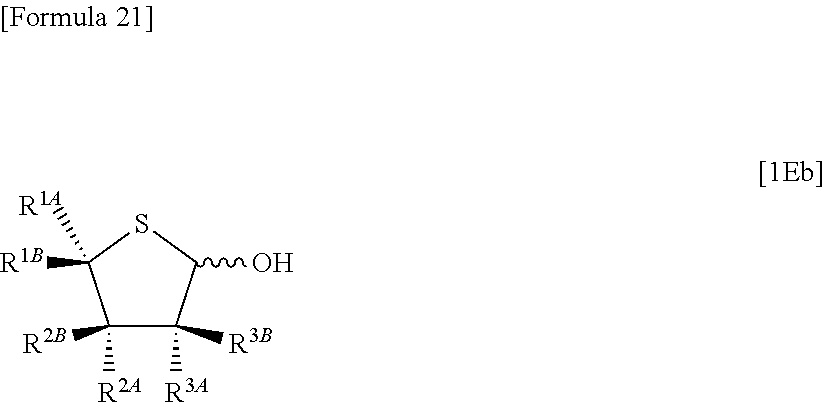
C00016

C00017
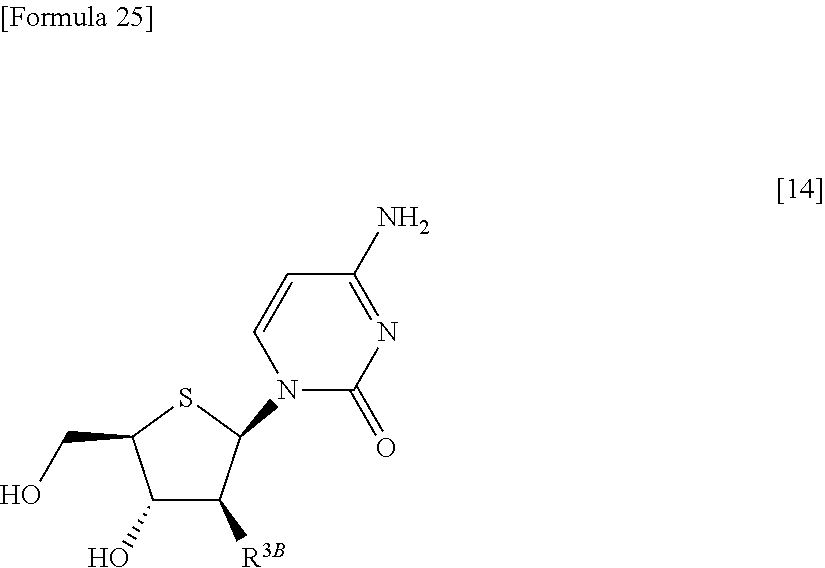
C00018

C00019

C00020

C00021

C00022

C00023
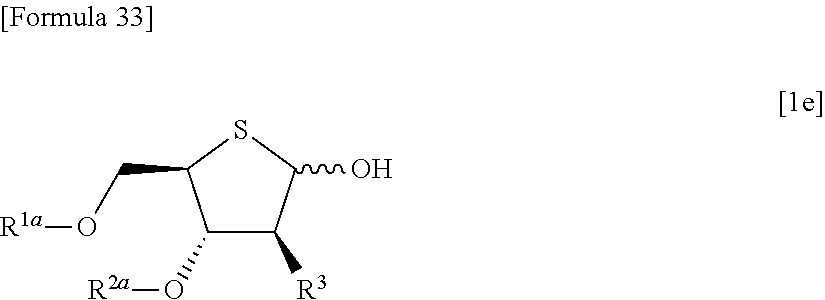
C00024
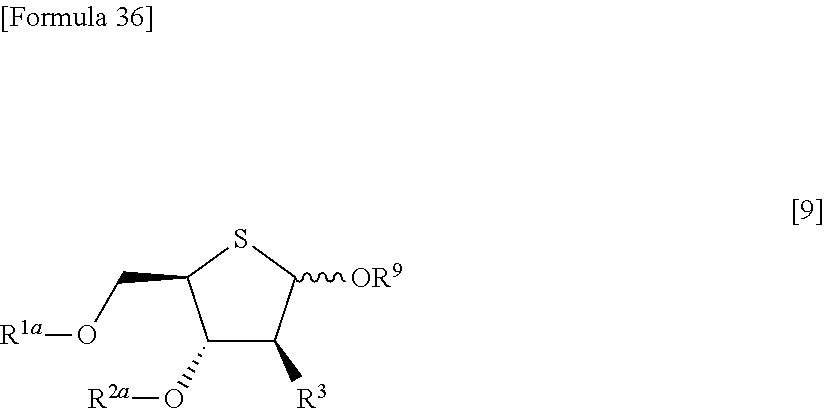
C00025
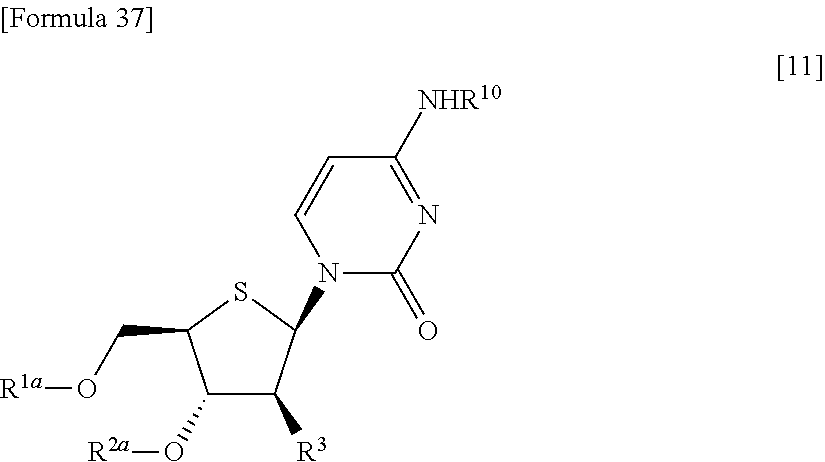
C00026
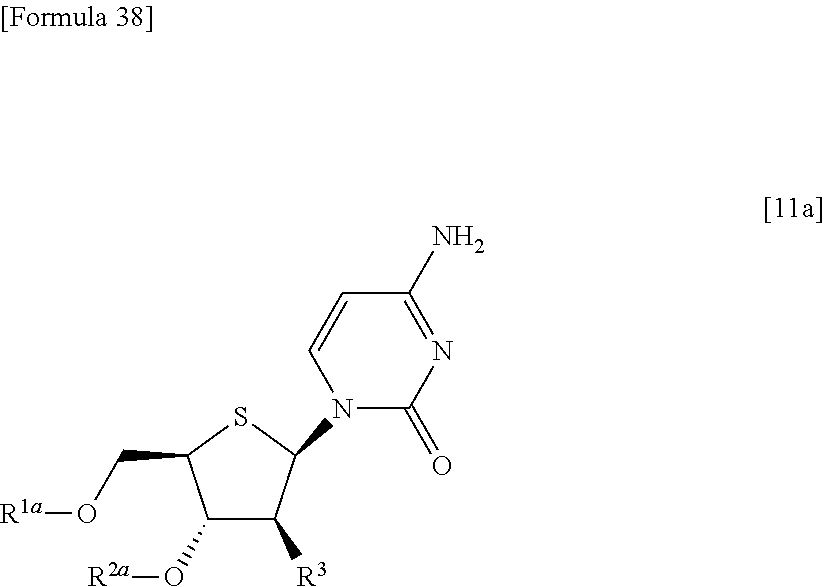
C00027
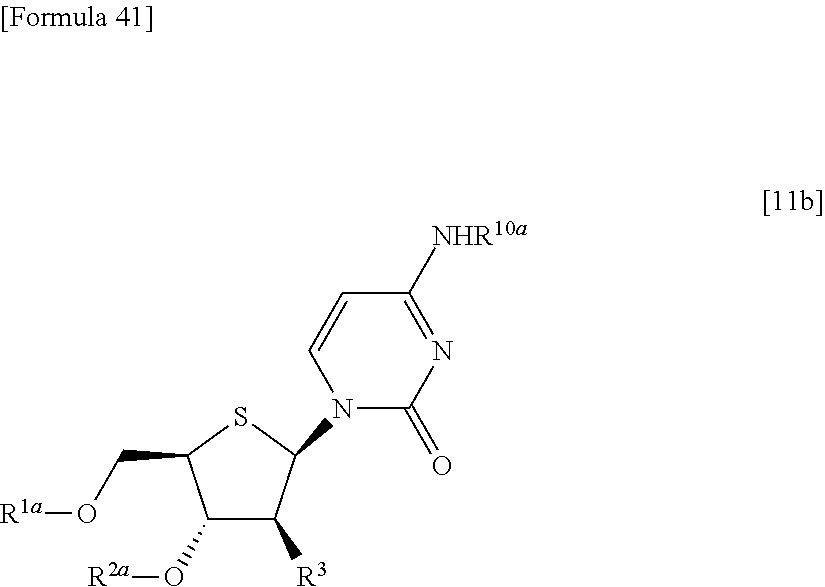
C00028

C00029

C00030

C00031

C00032
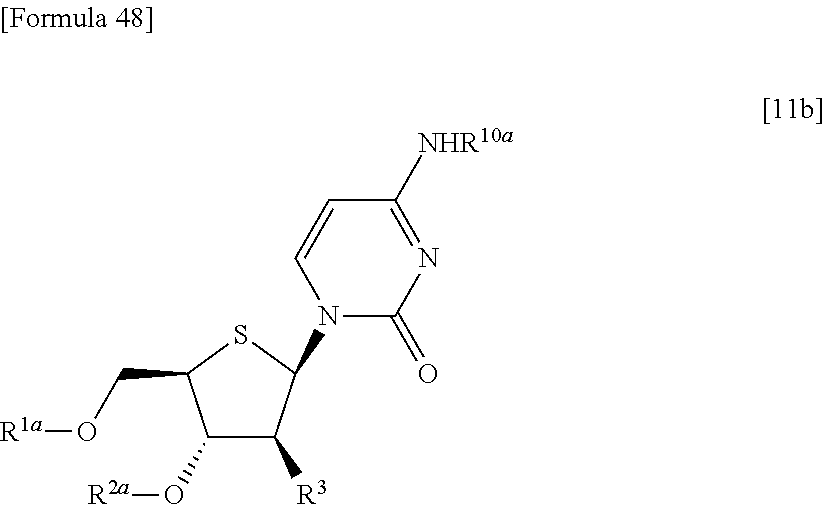
C00033
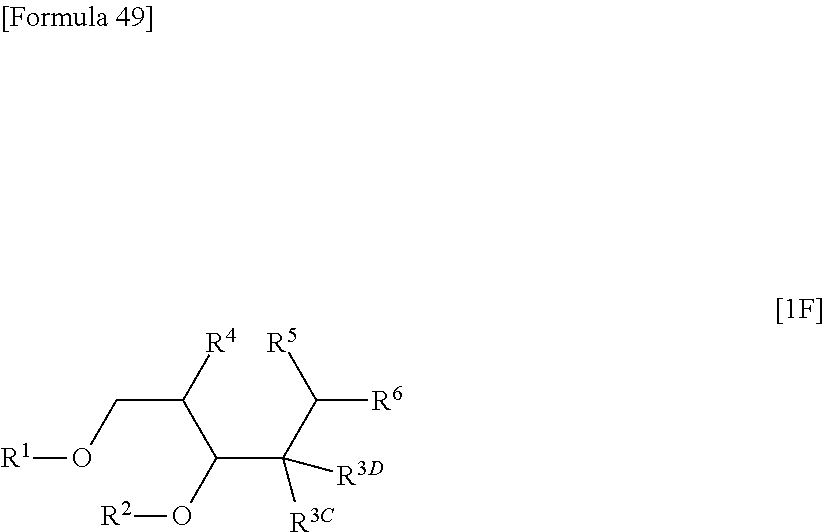
C00034

C00035
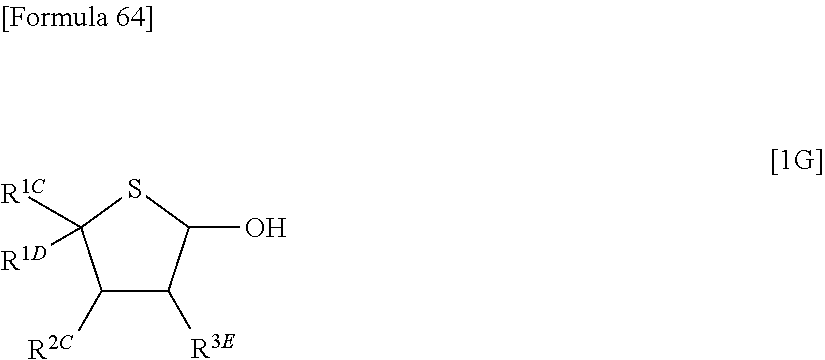
C00036

C00037
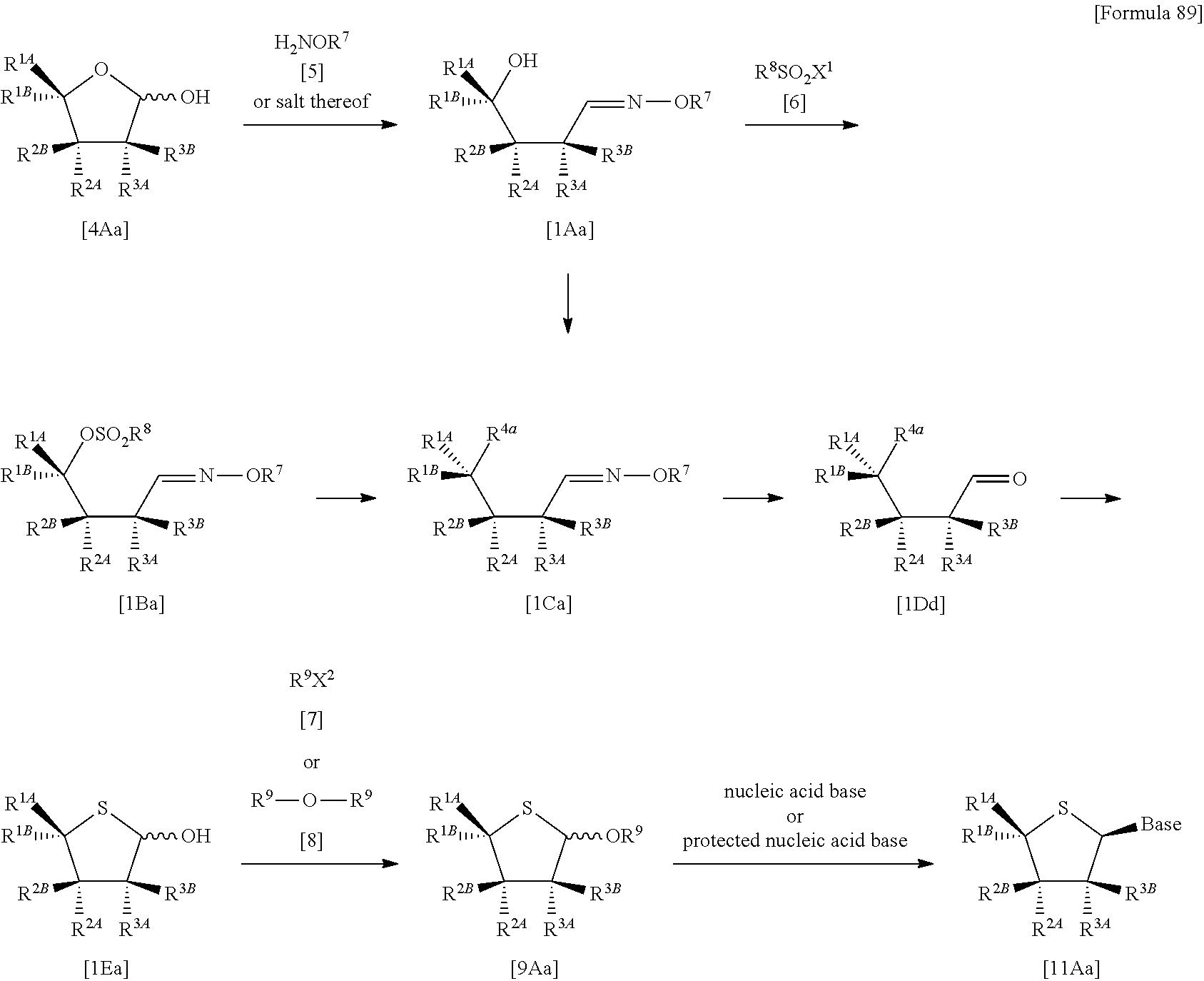
C00038

C00039

C00040
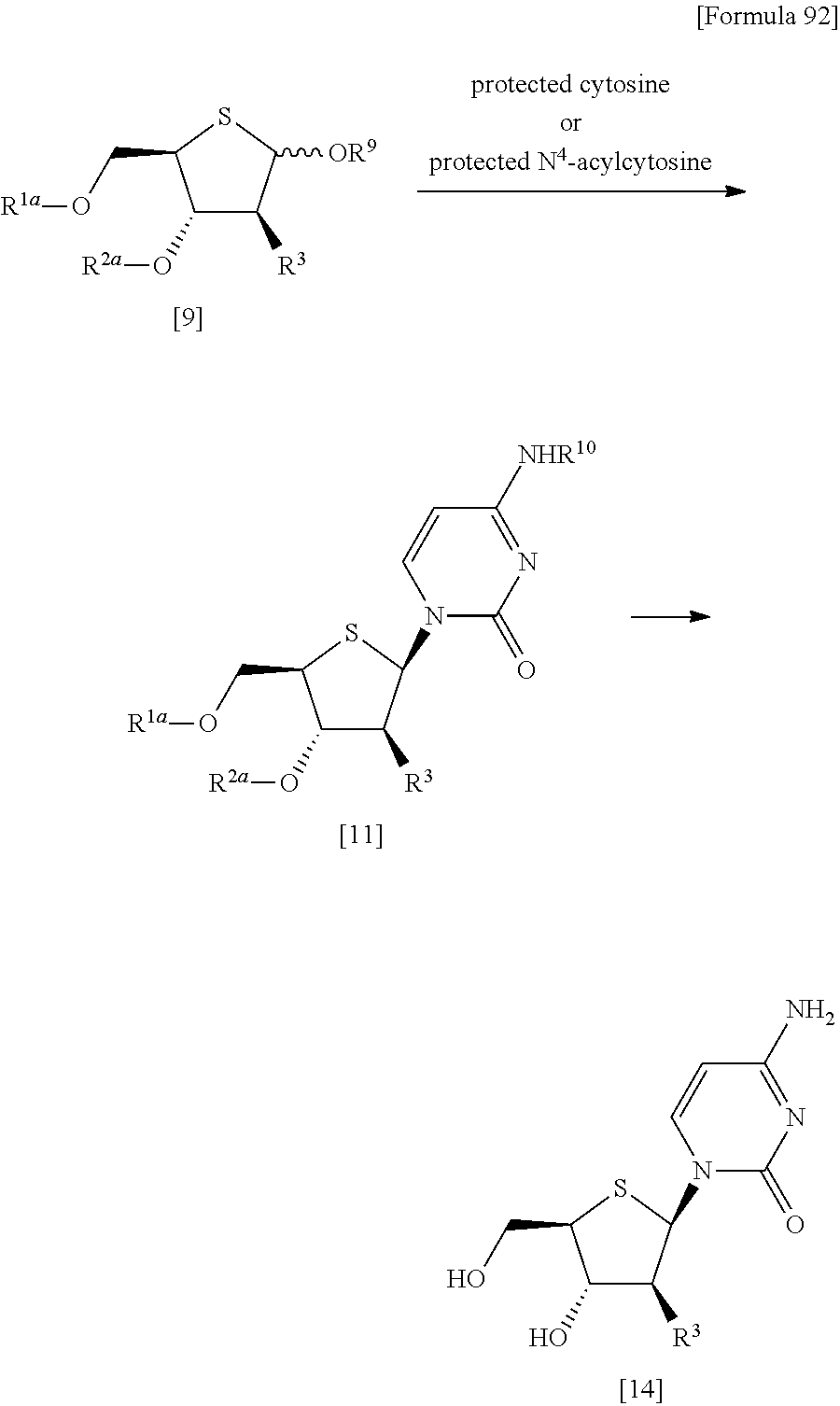
C00041

C00042

C00043
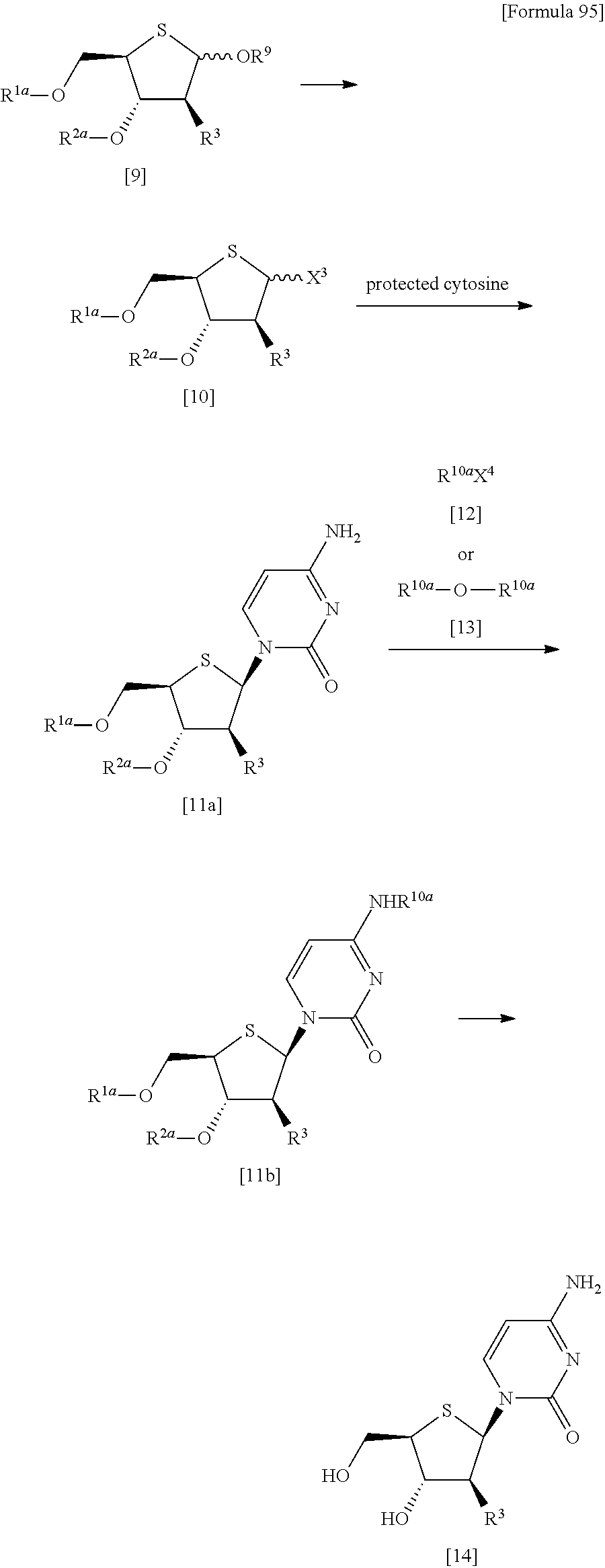
C00044

C00045

C00046

C00047

C00048

C00049
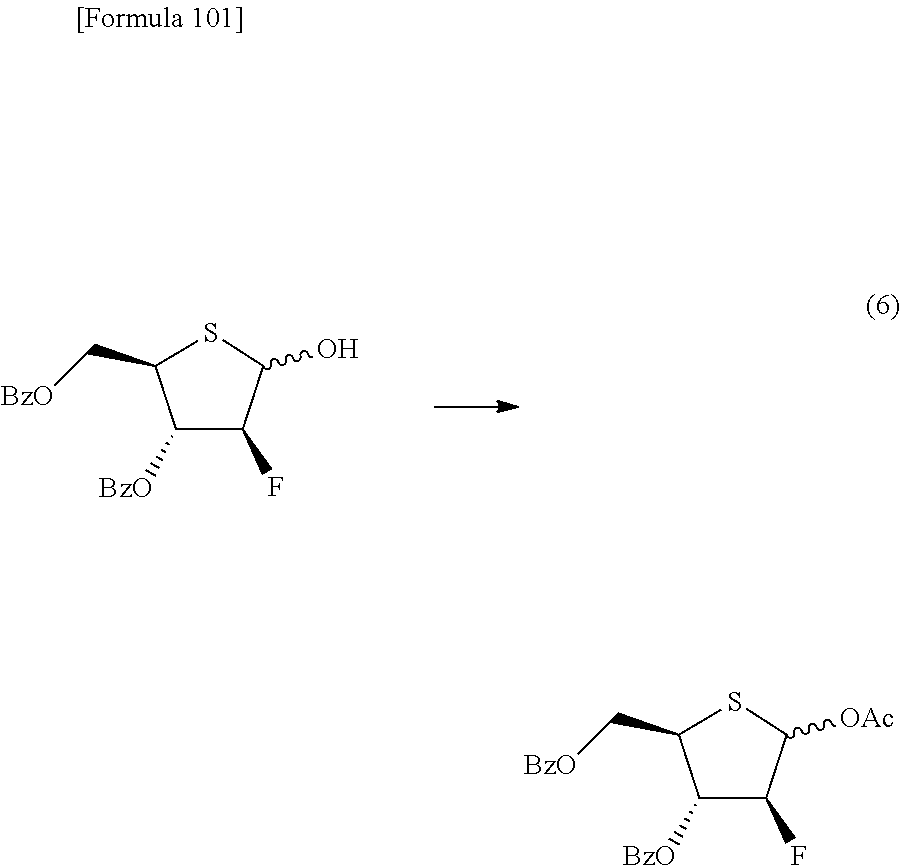
C00050

C00051
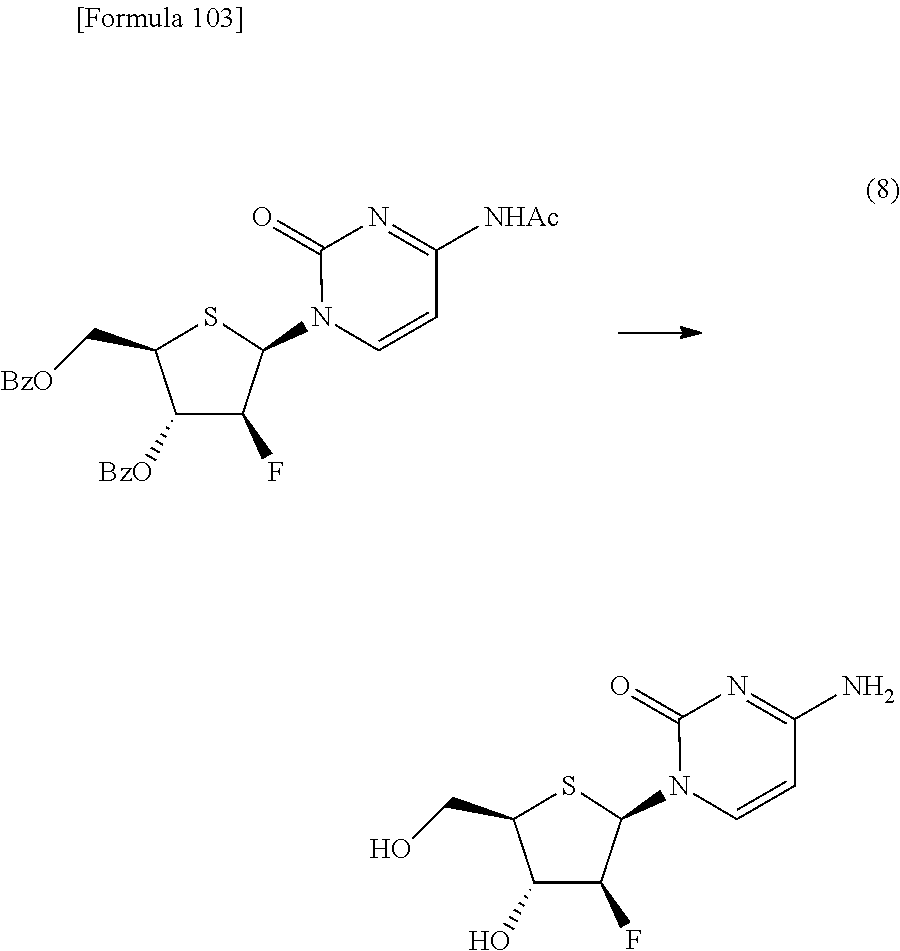
C00052

C00053

C00054
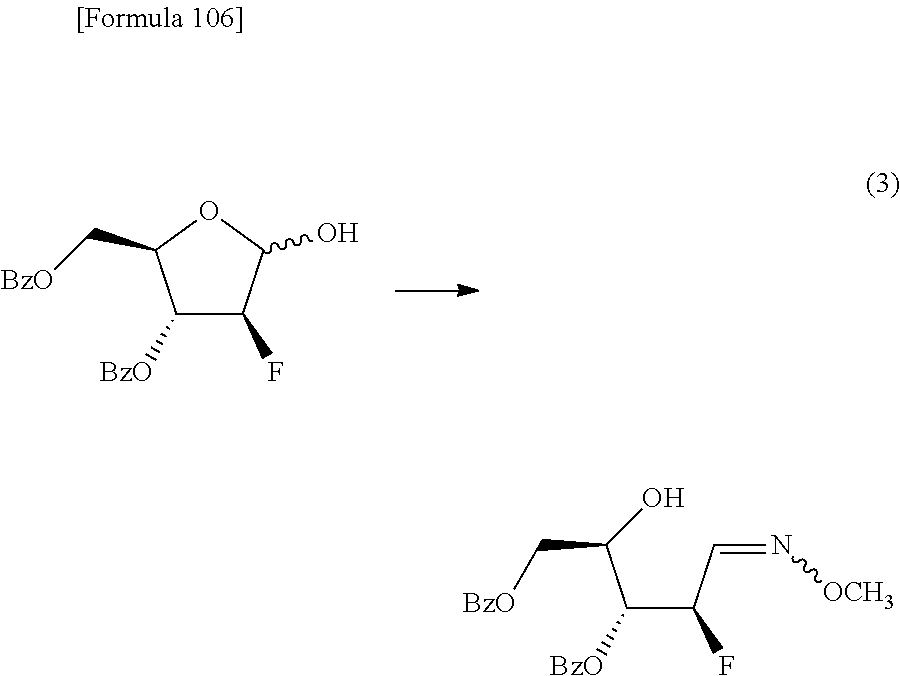
C00055

C00056
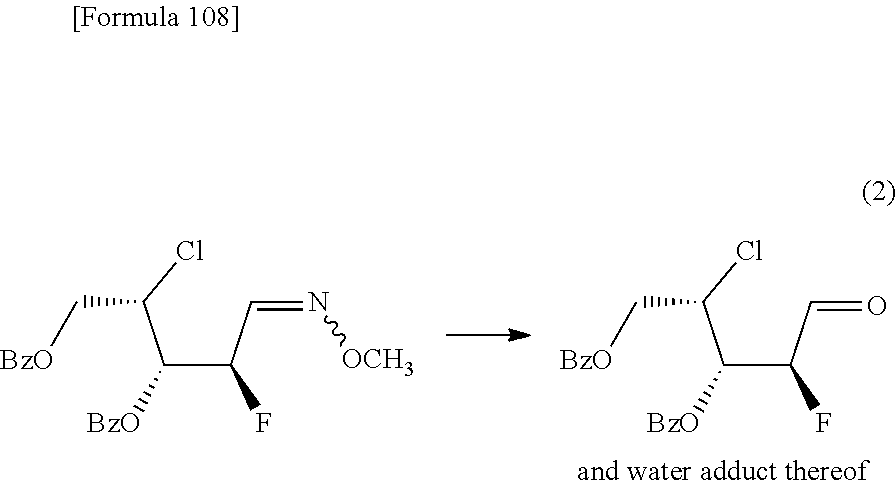
C00057
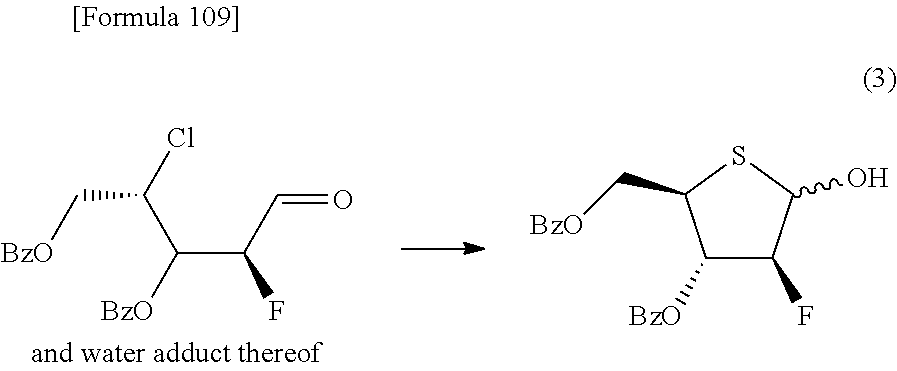
C00058
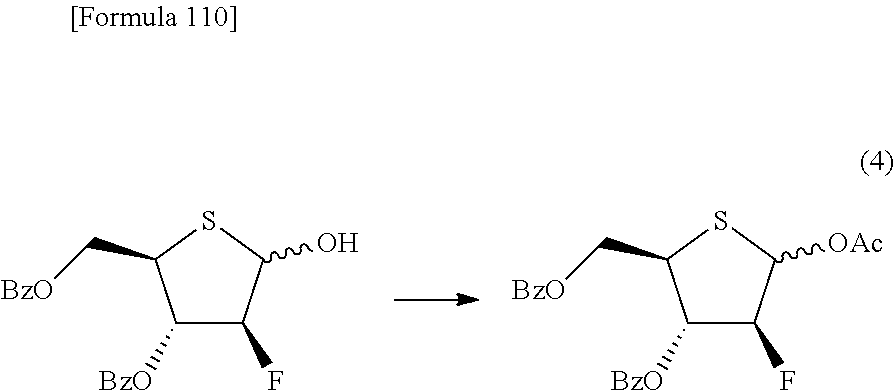
C00059
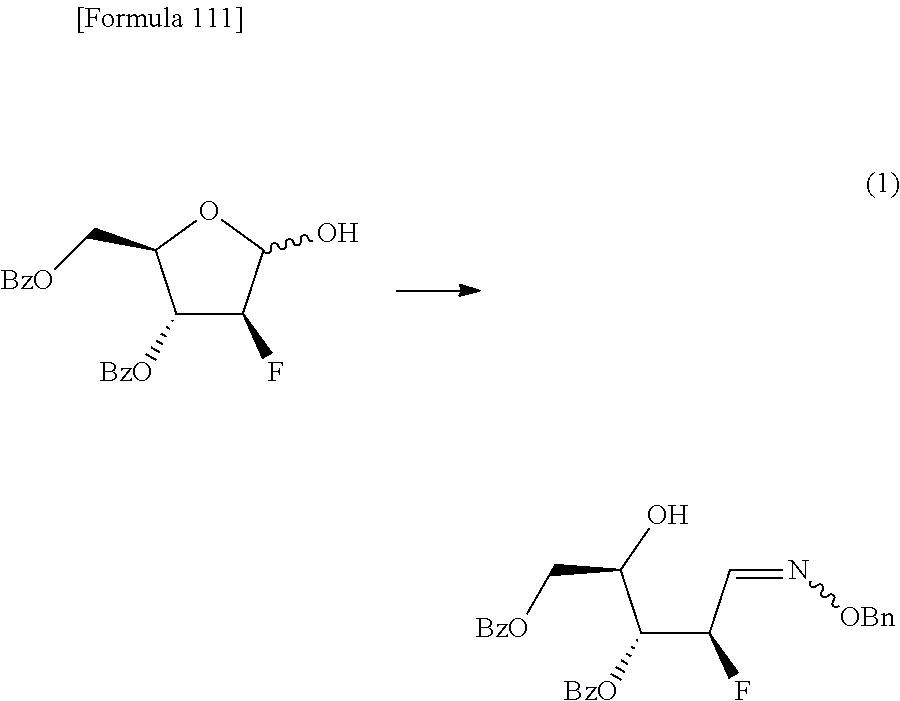
C00060
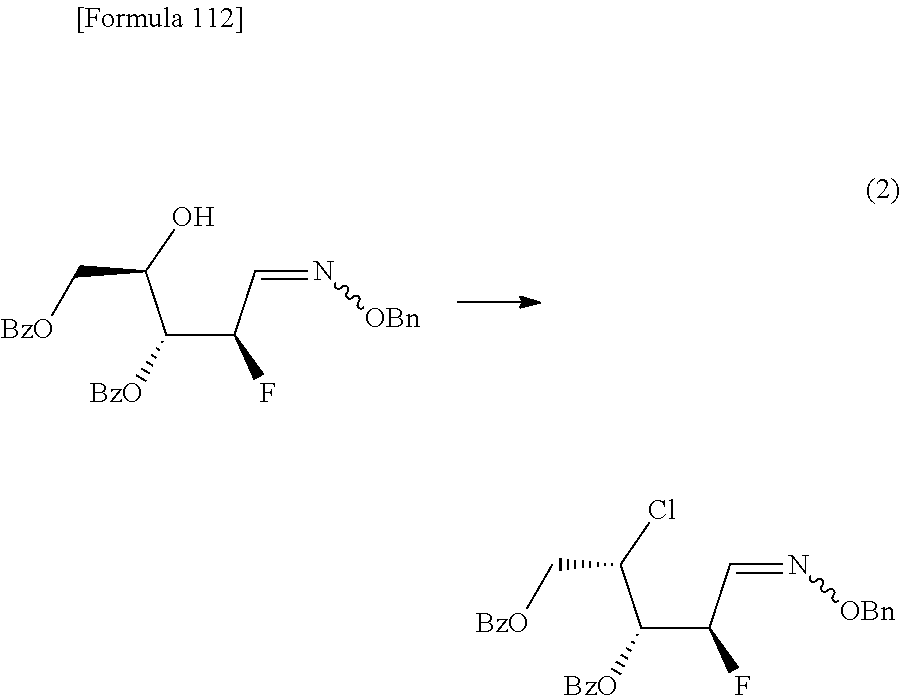
C00061

C00062
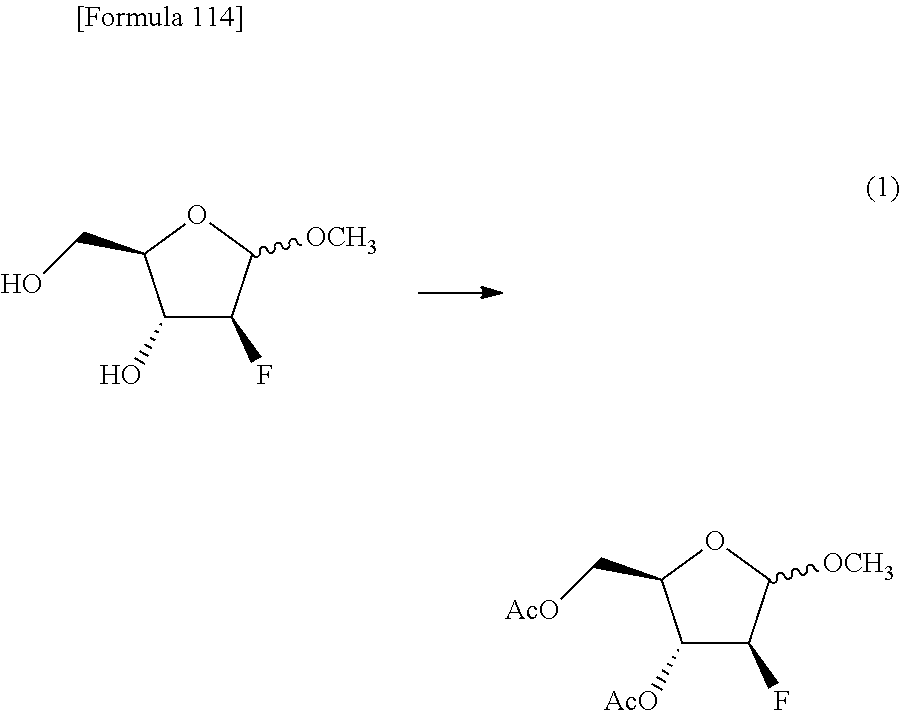
C00063

C00064
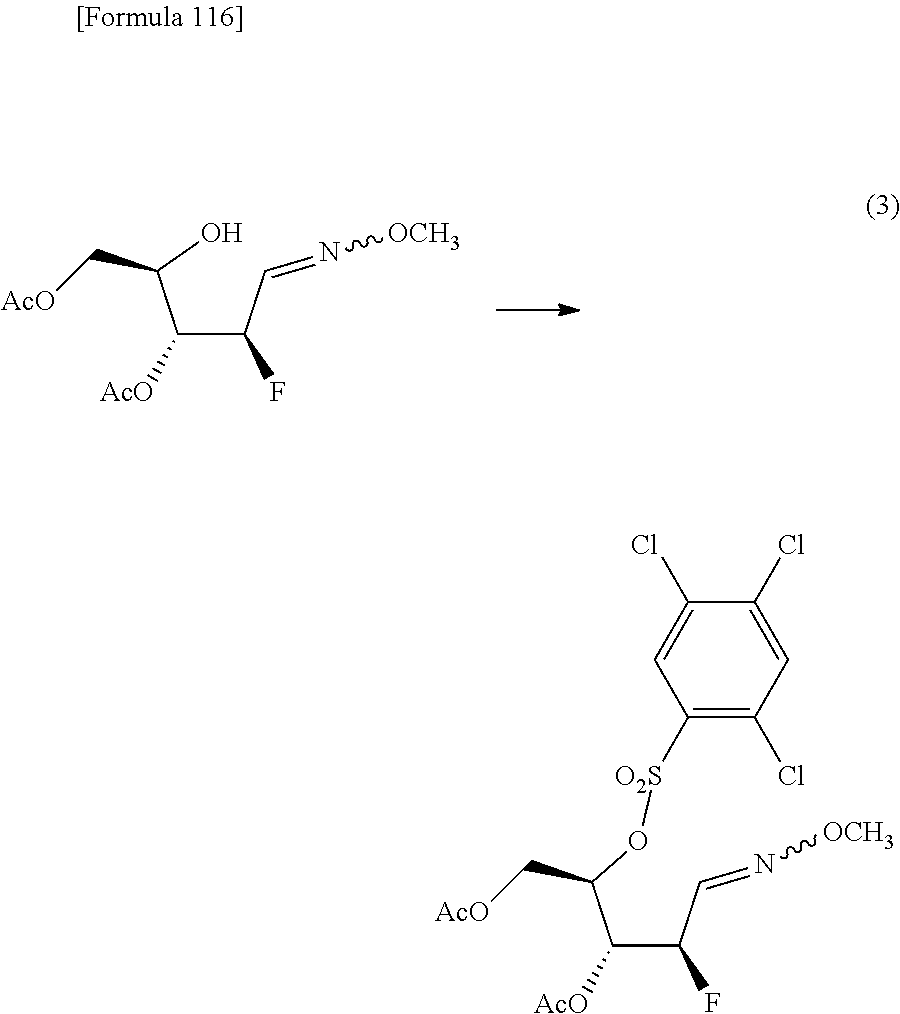
C00065
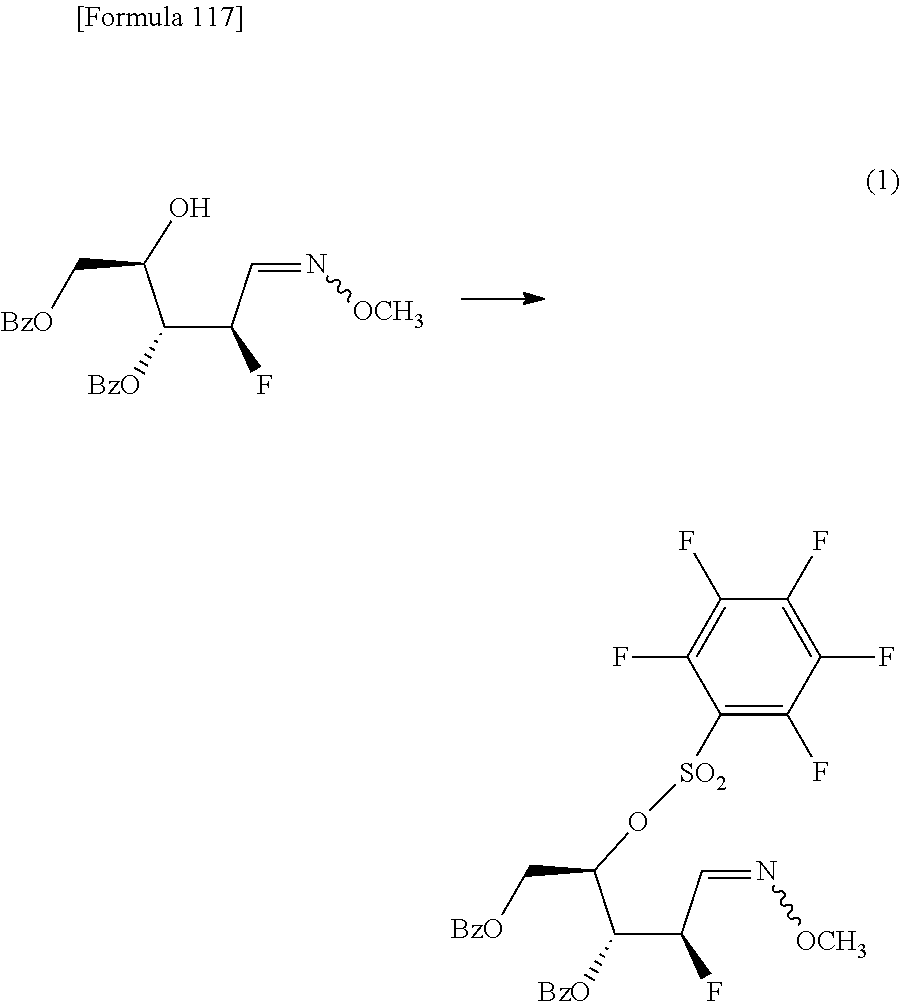
C00066

C00067

C00068

C00069

C00070

C00071

C00072
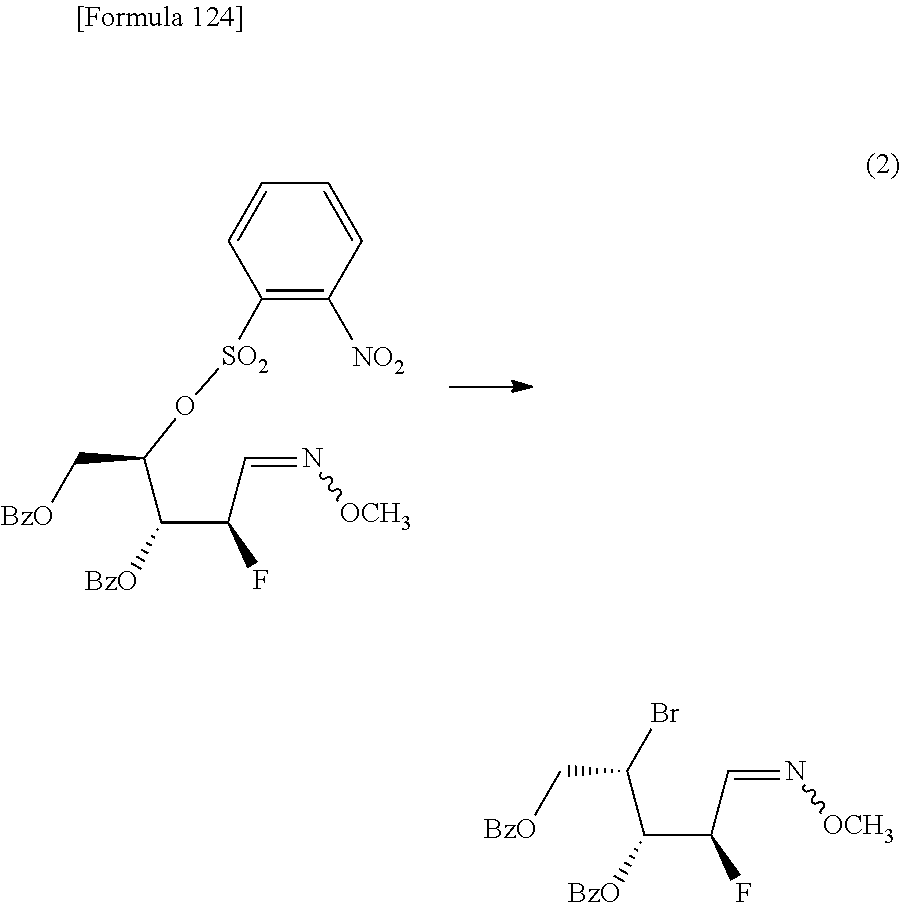
C00073
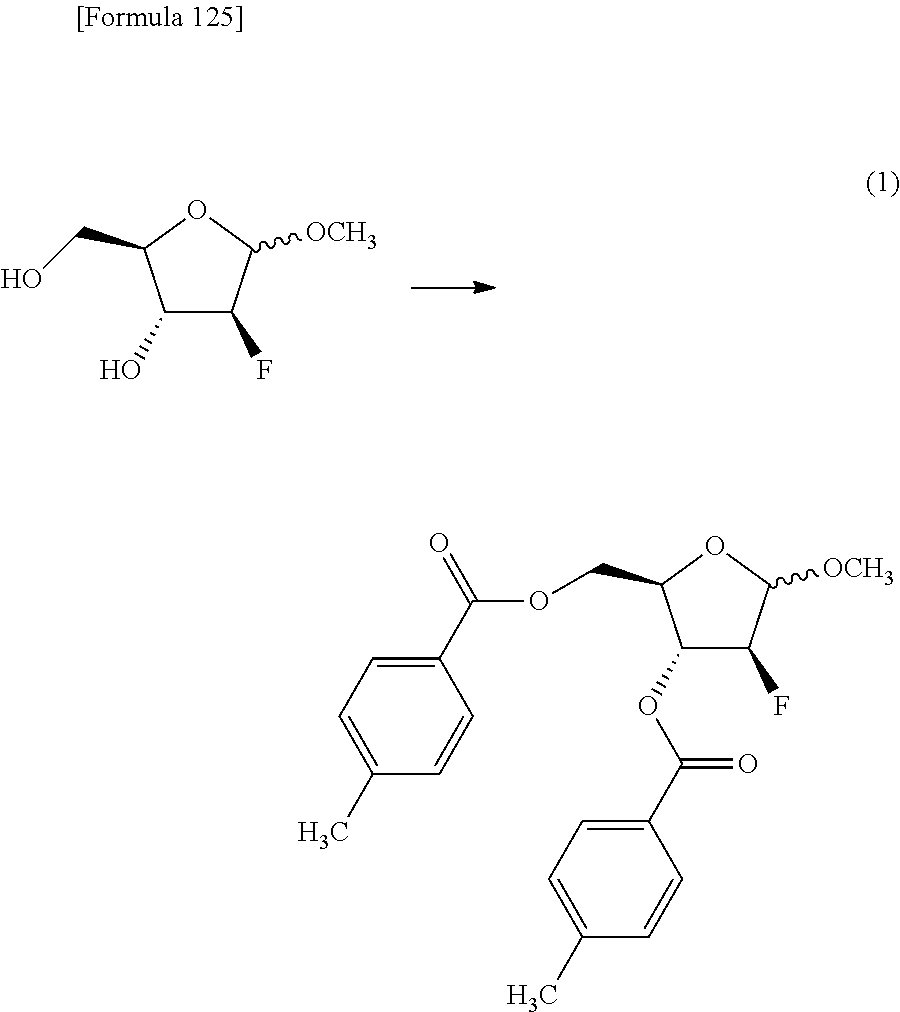
C00074

C00075

C00076

C00077

C00078

C00079

C00080
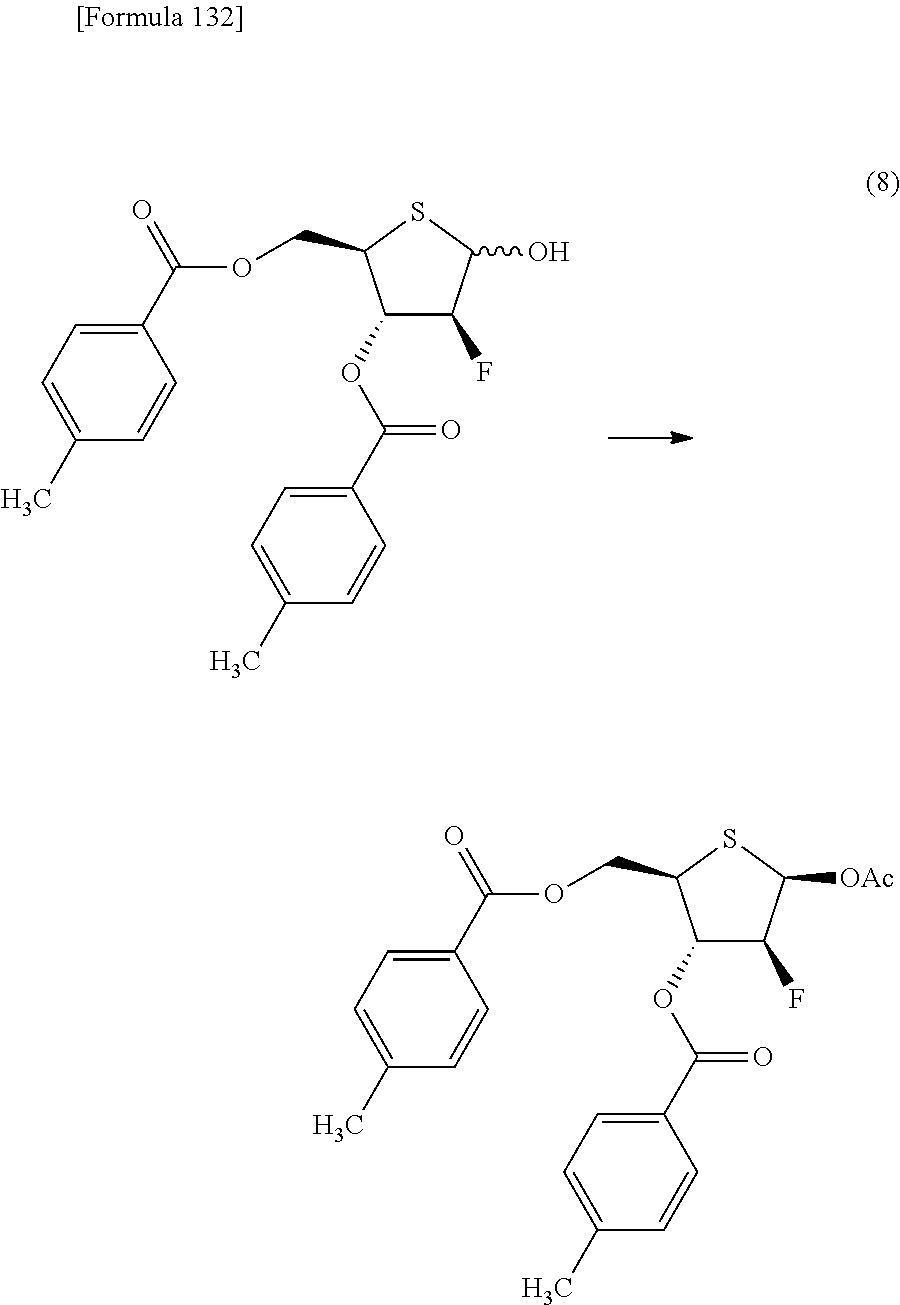
C00081

C00082

C00083
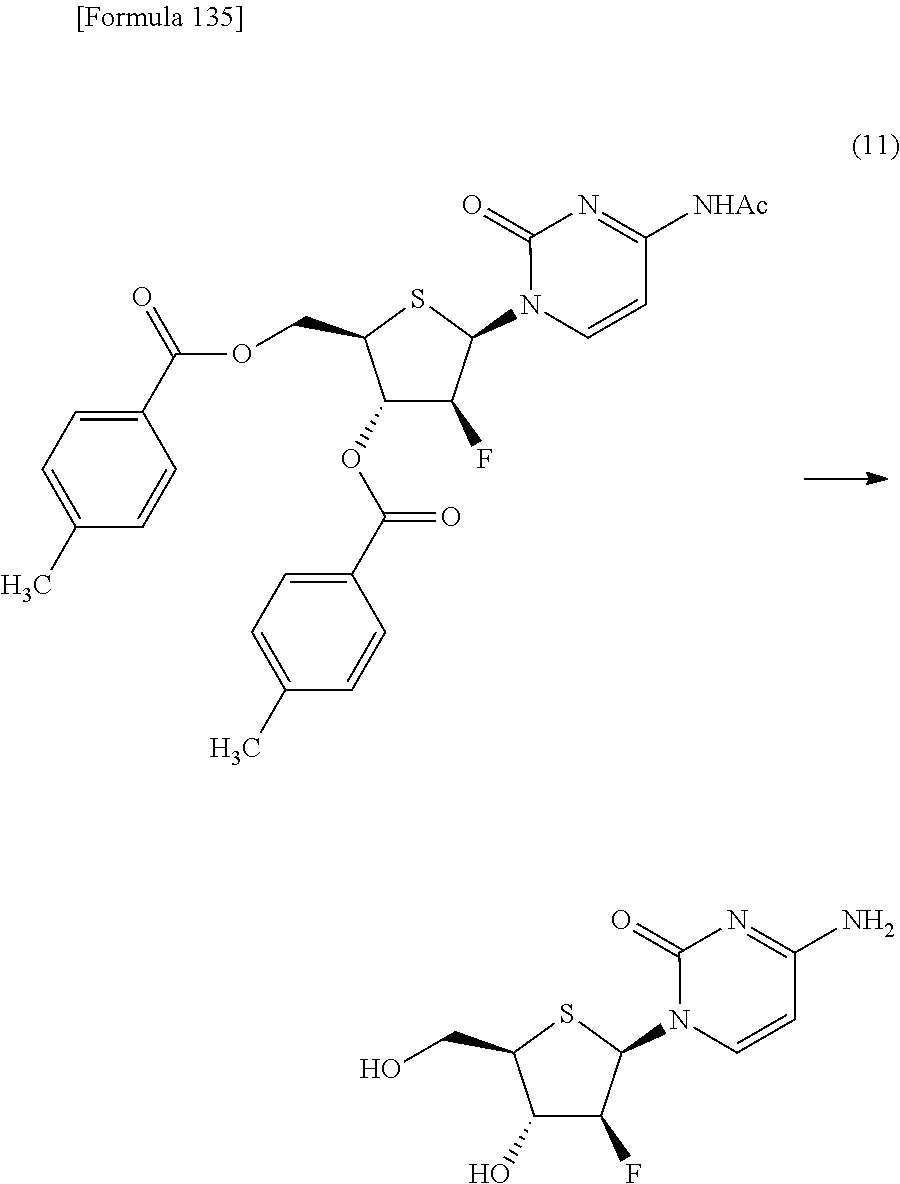
C00084

C00085

C00086

C00087

C00088
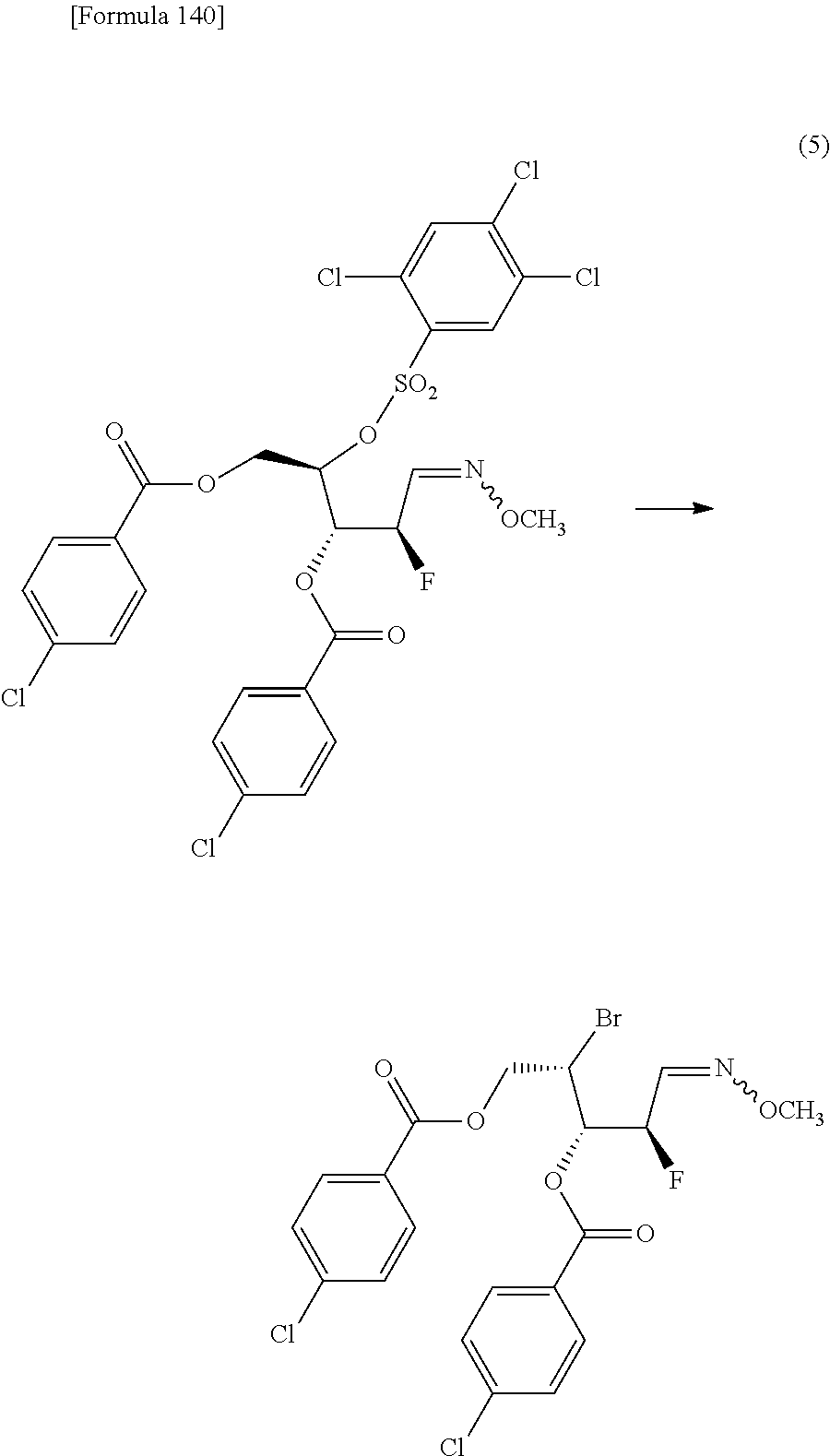
C00089
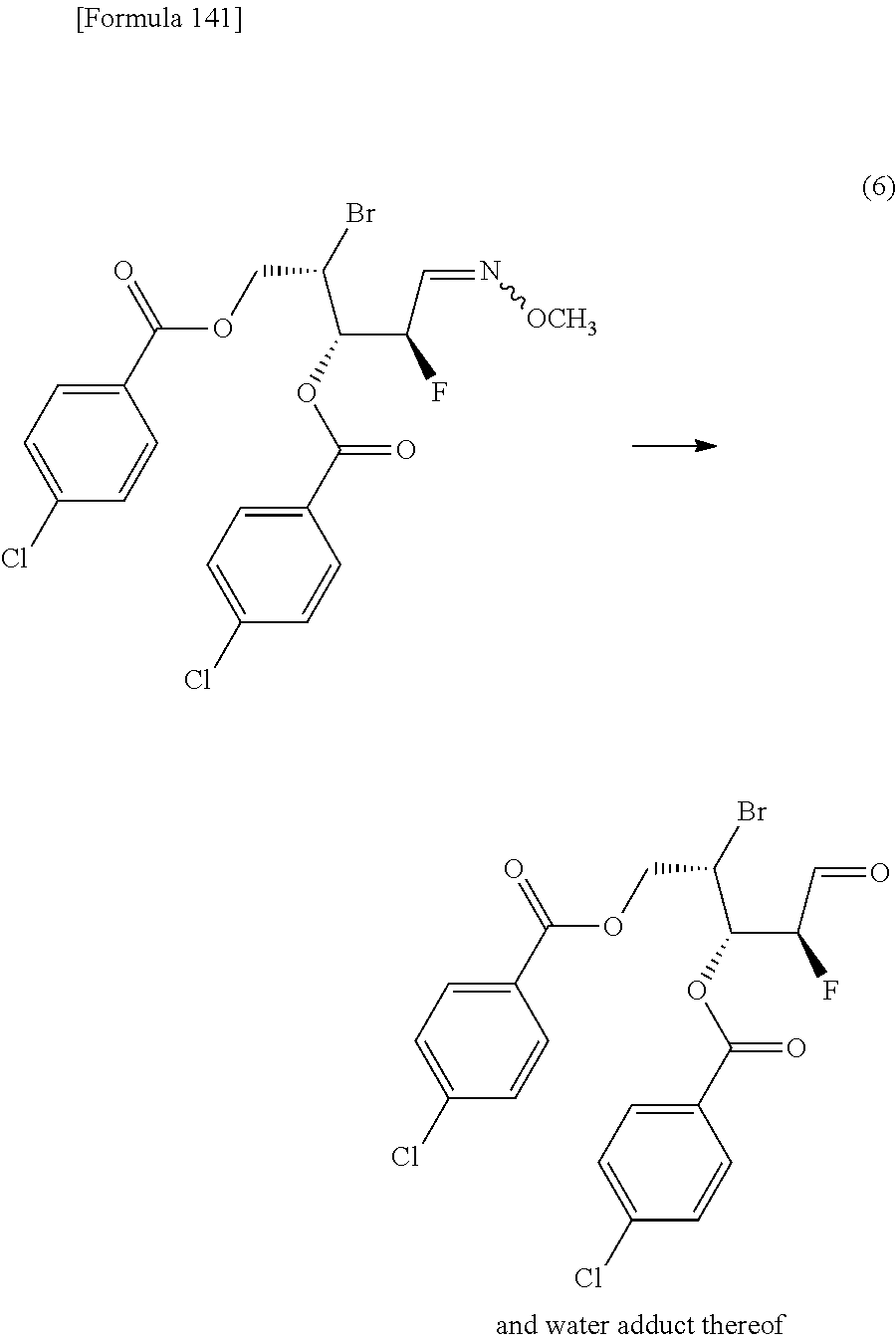
C00090
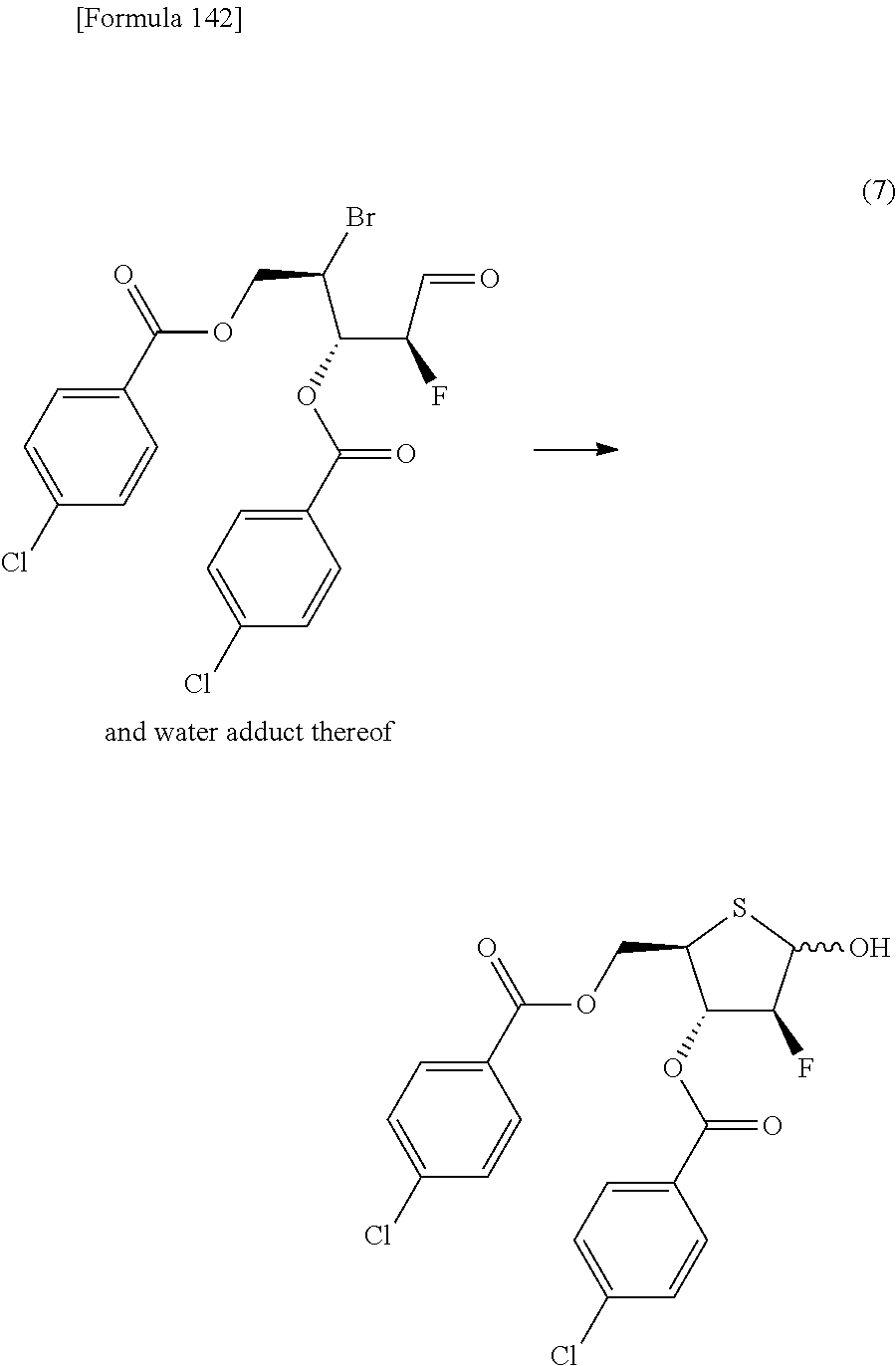
C00091
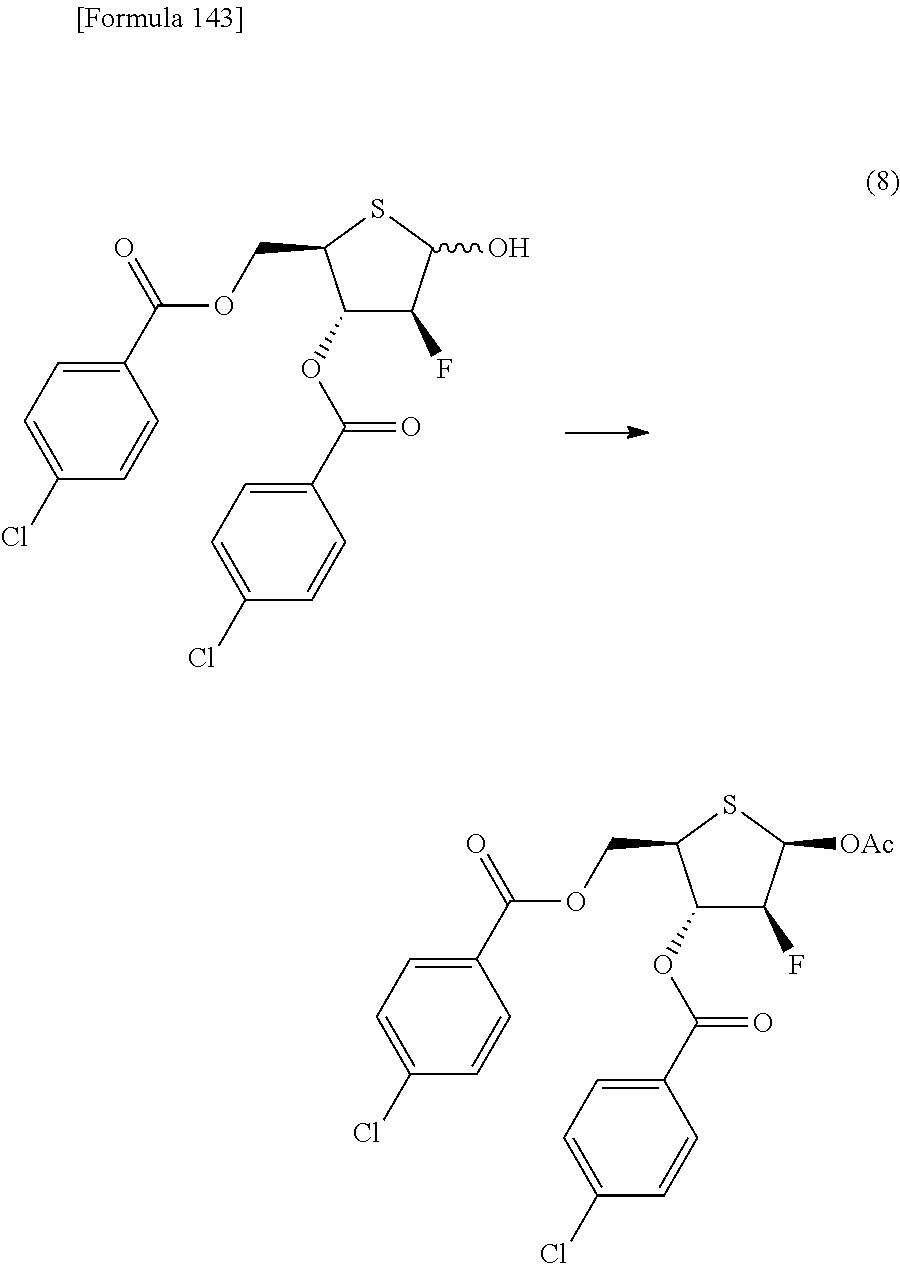
C00092

C00093
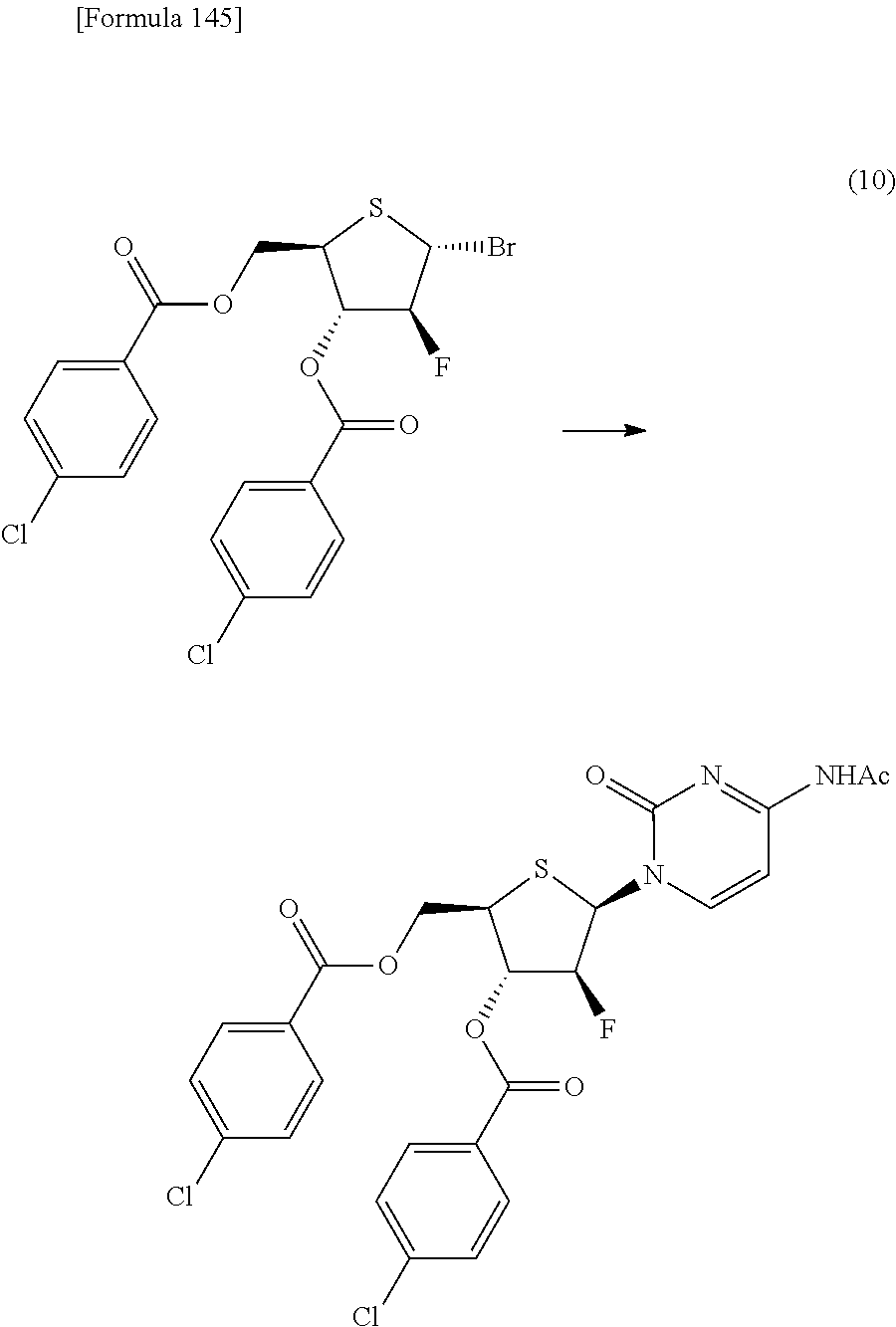
C00094
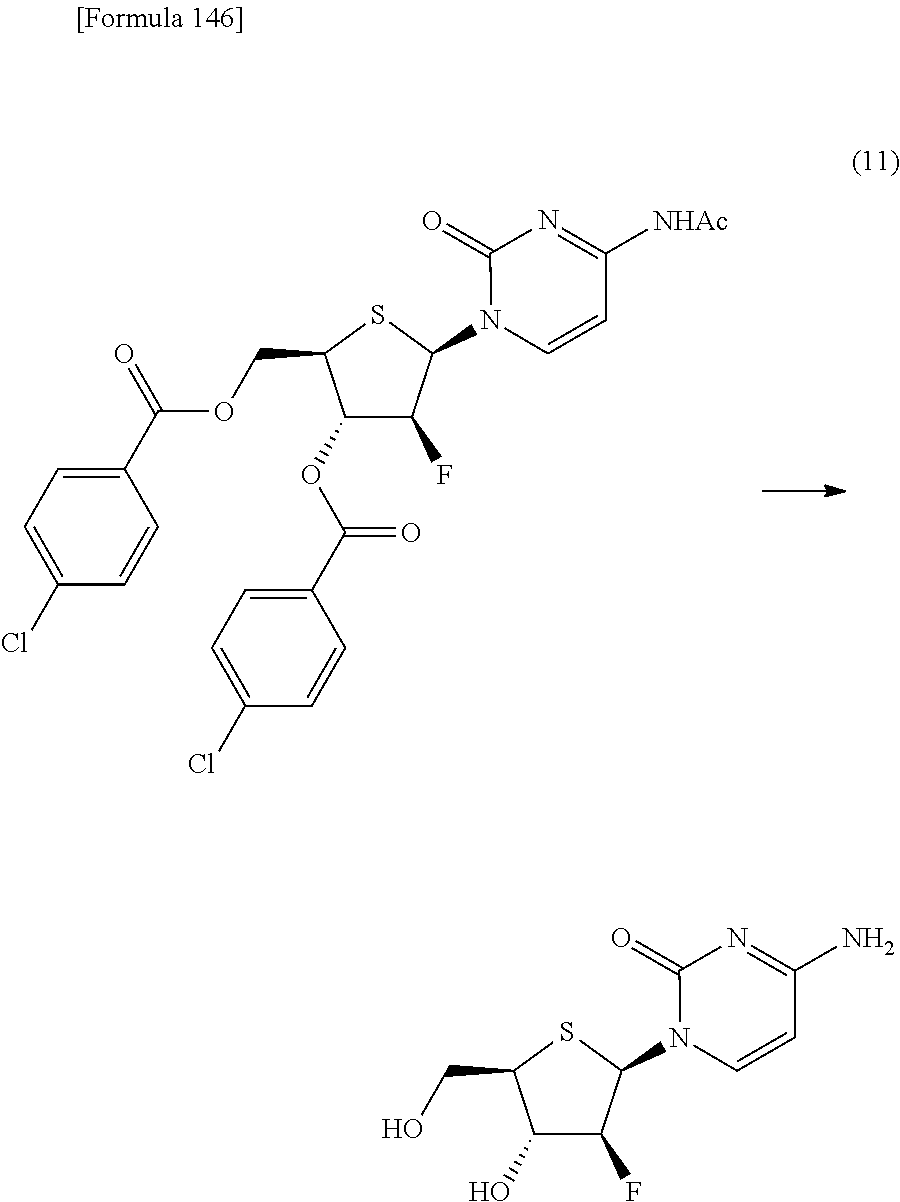
C00095

C00096

C00097
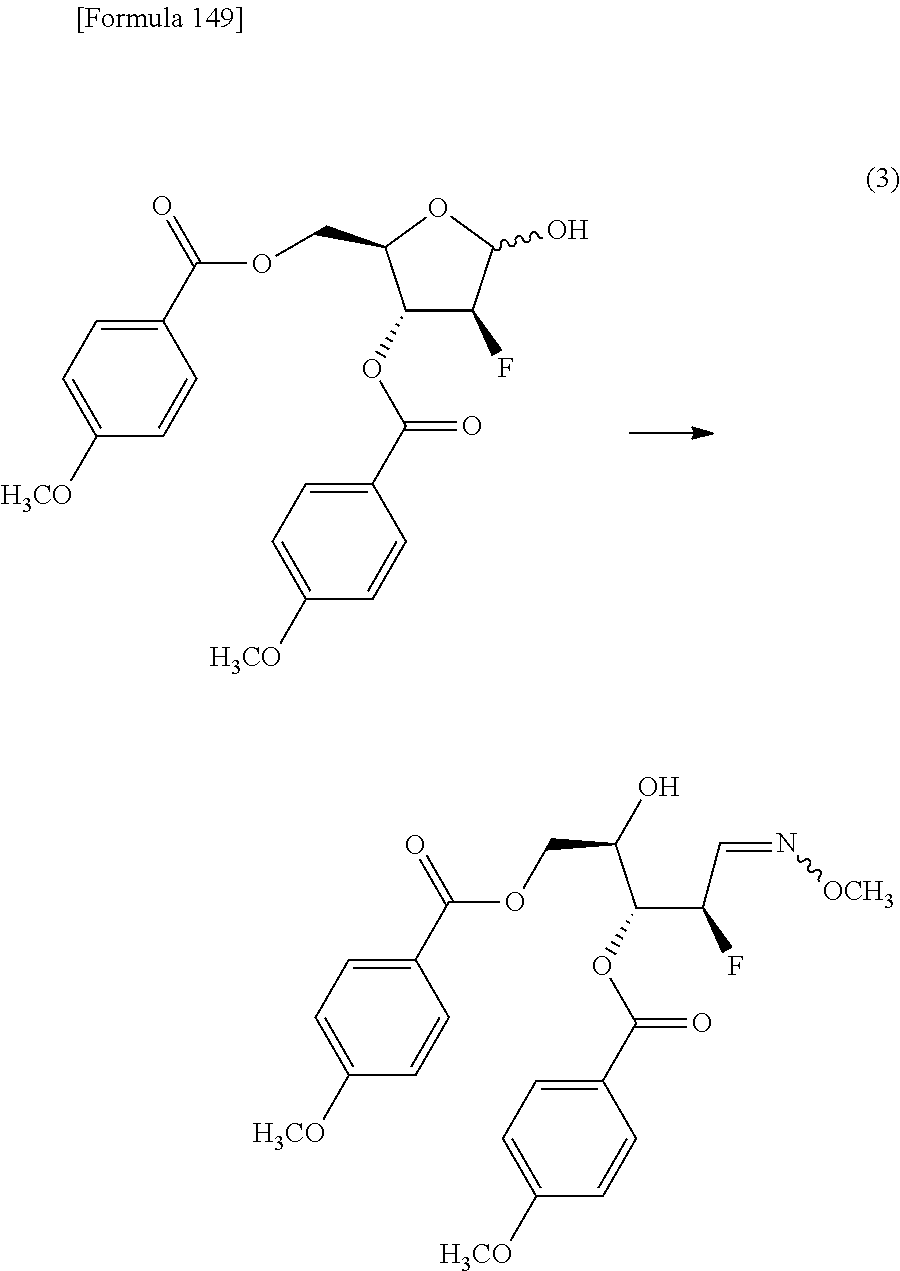
C00098
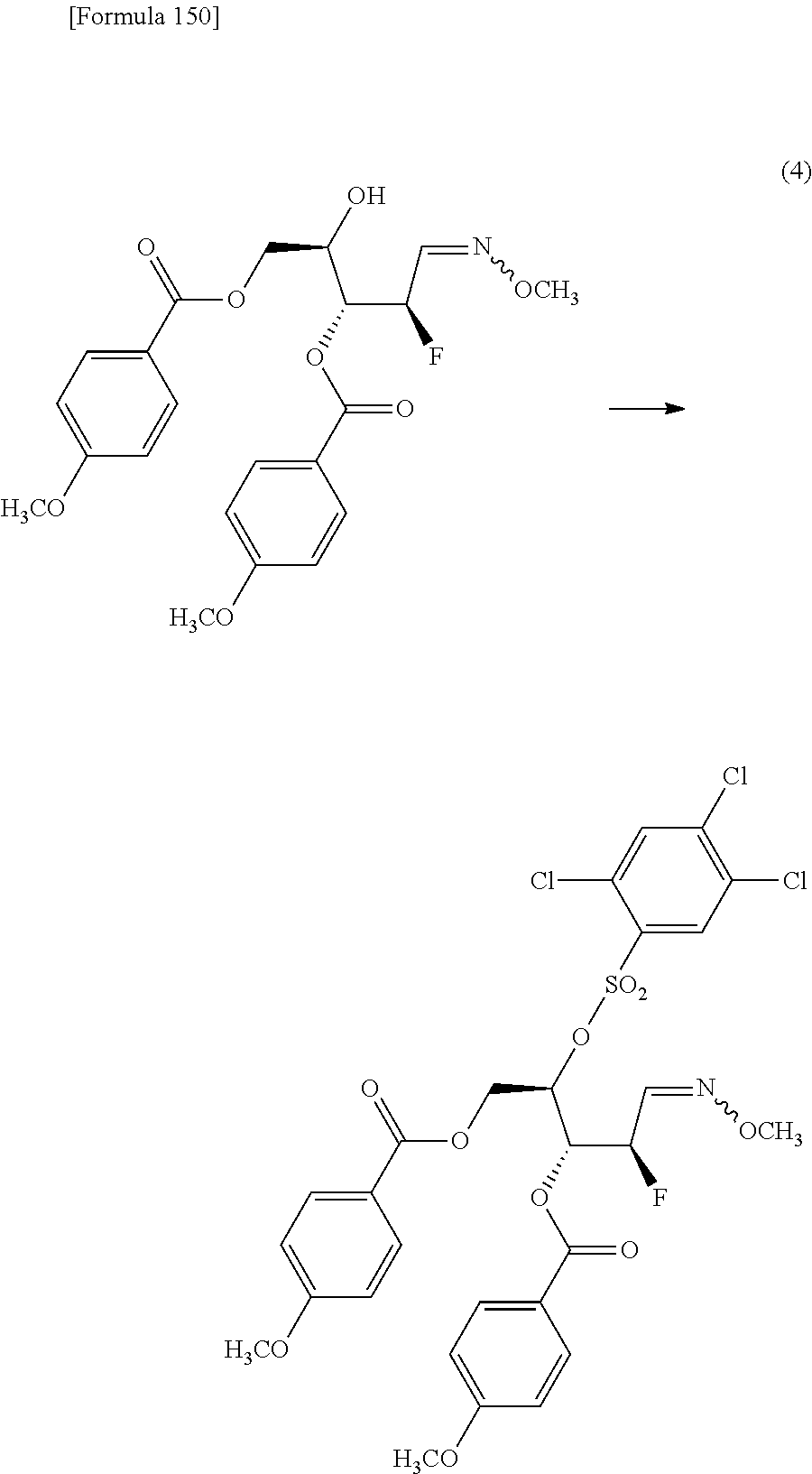
C00099
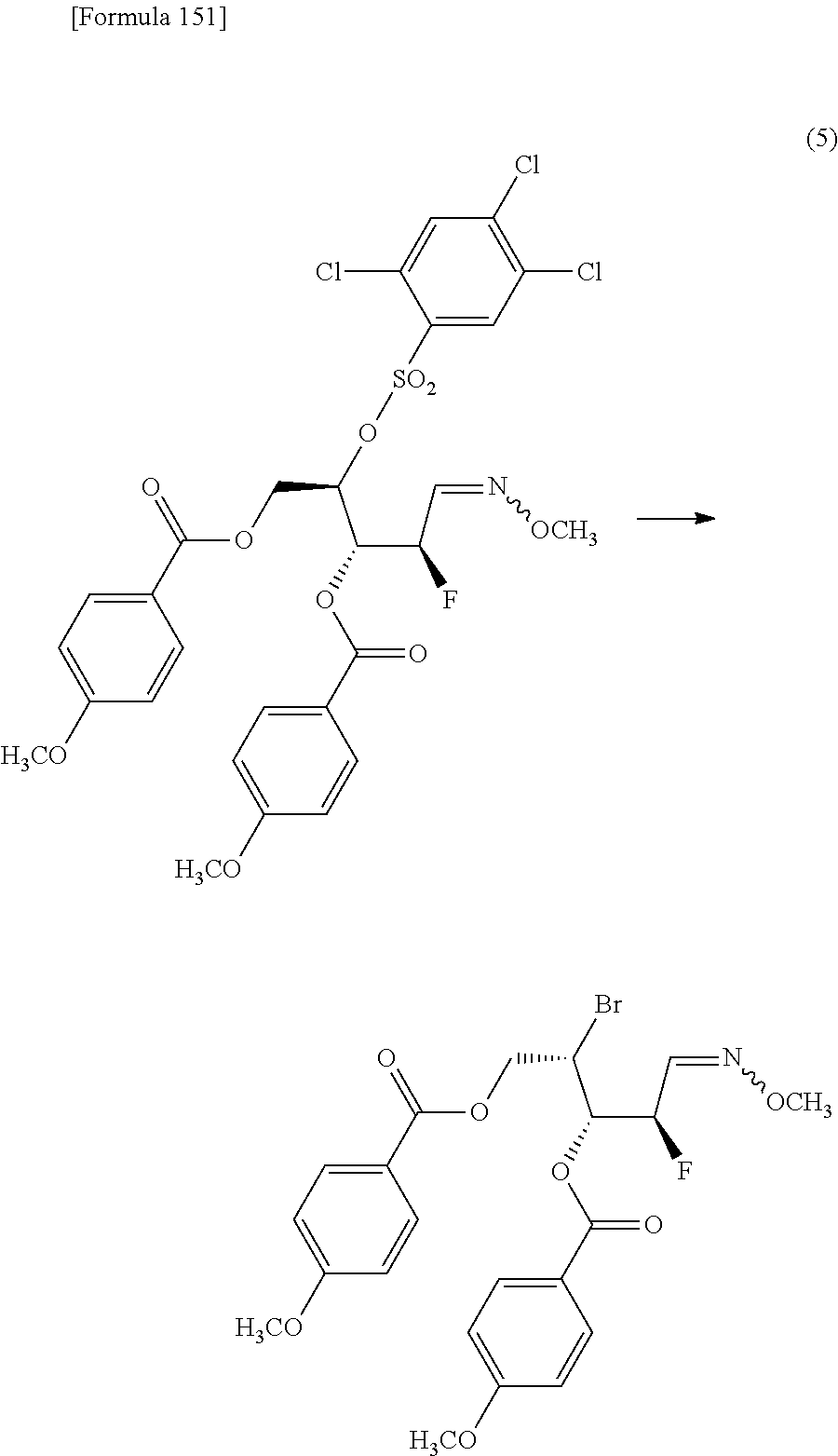
C00100
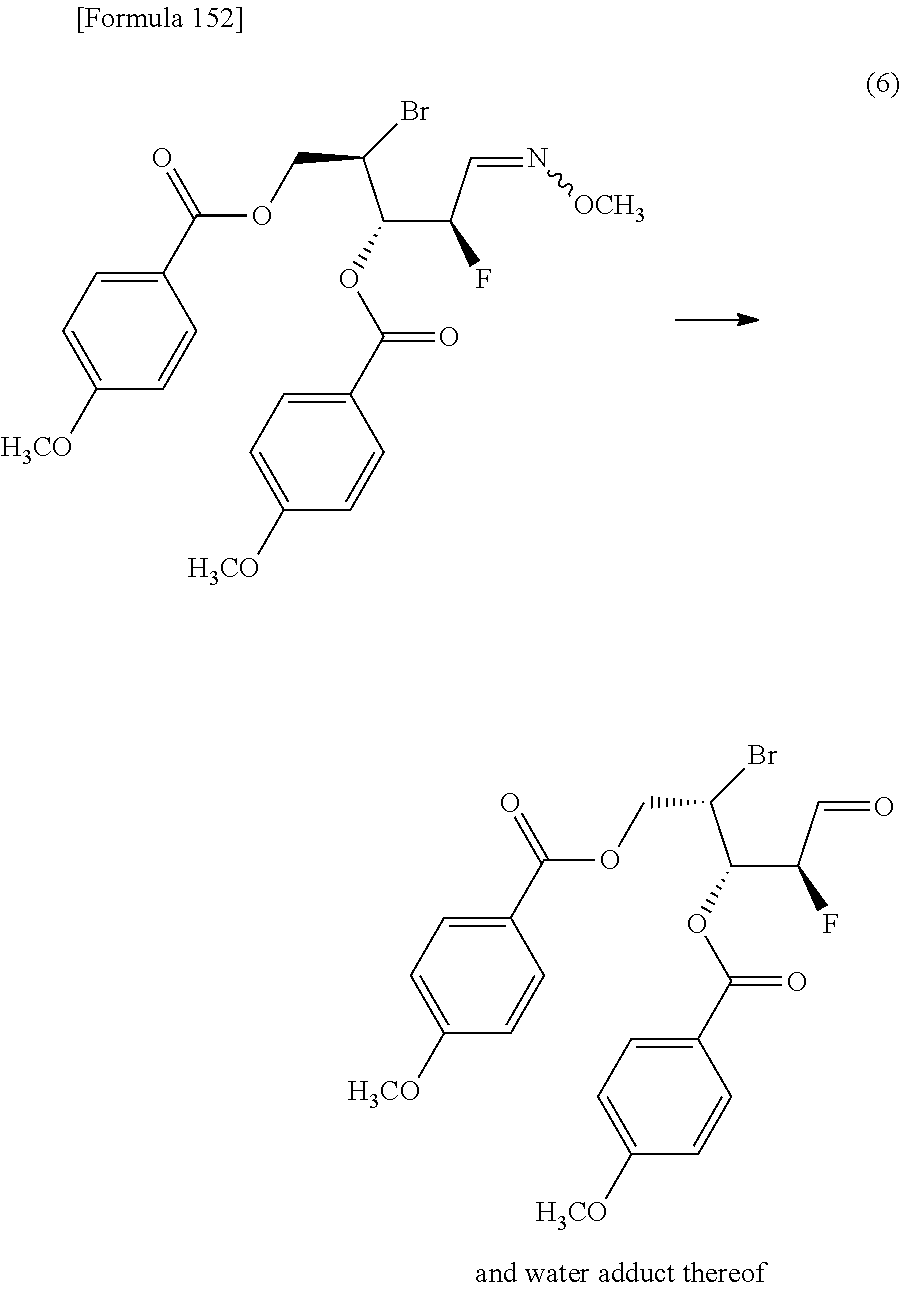
C00101

C00102
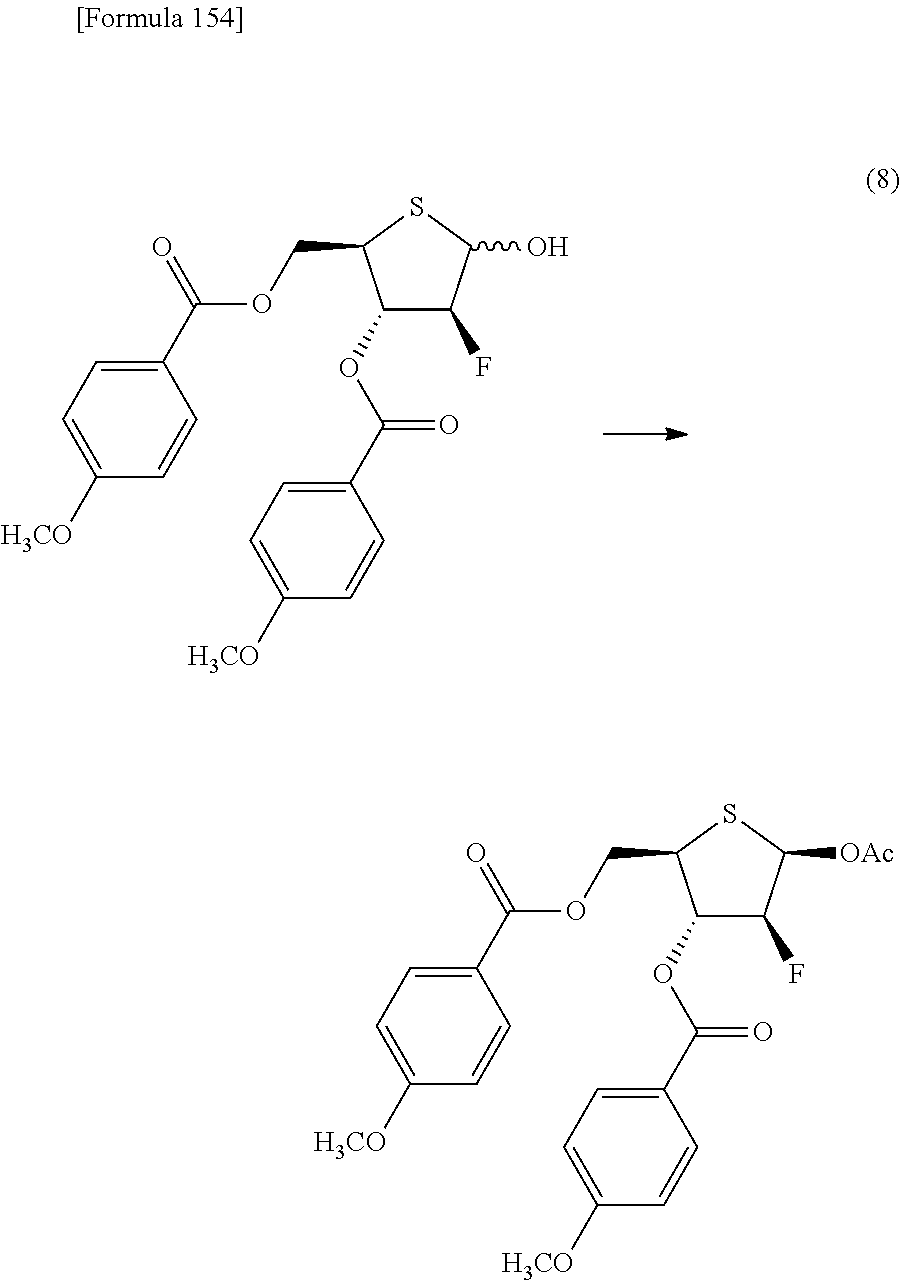
C00103

C00104

C00105
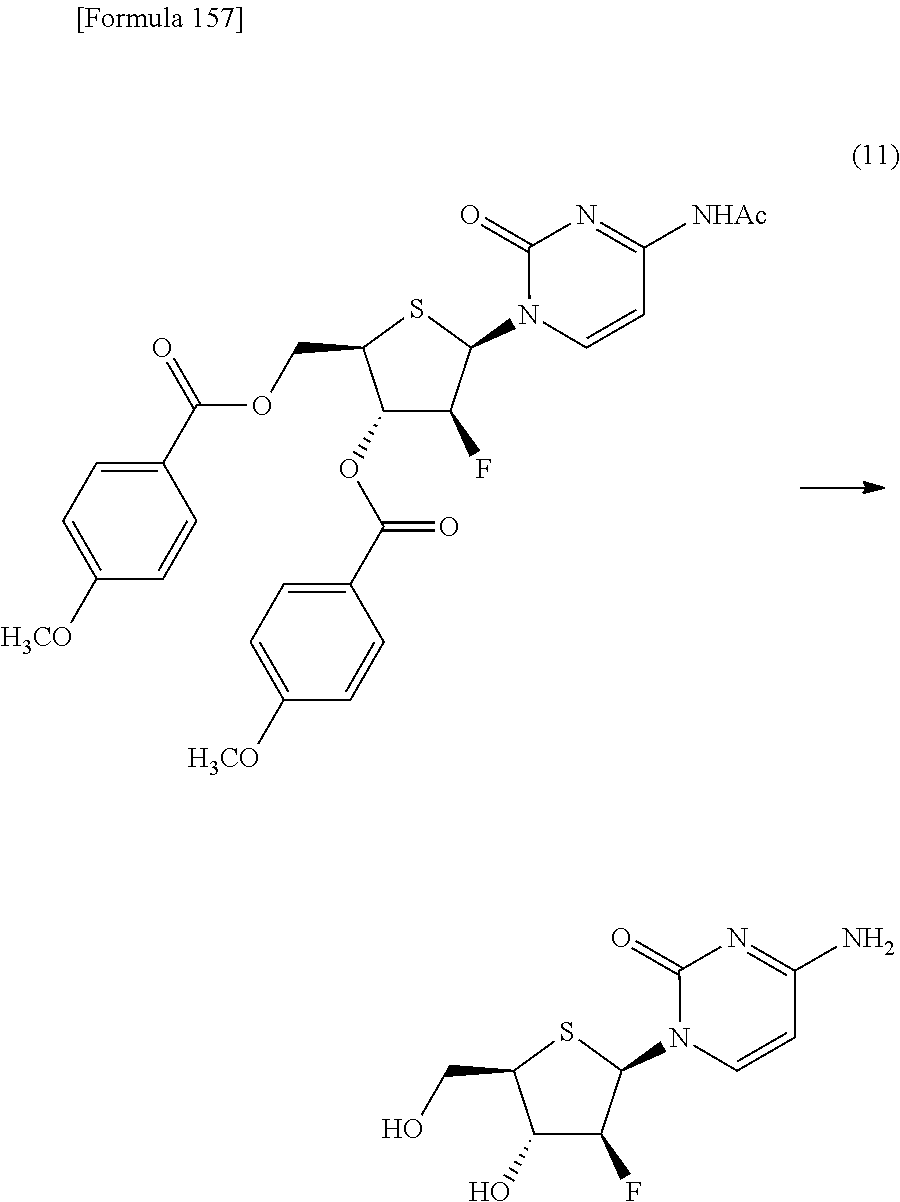
C00106

C00107

C00108

C00109
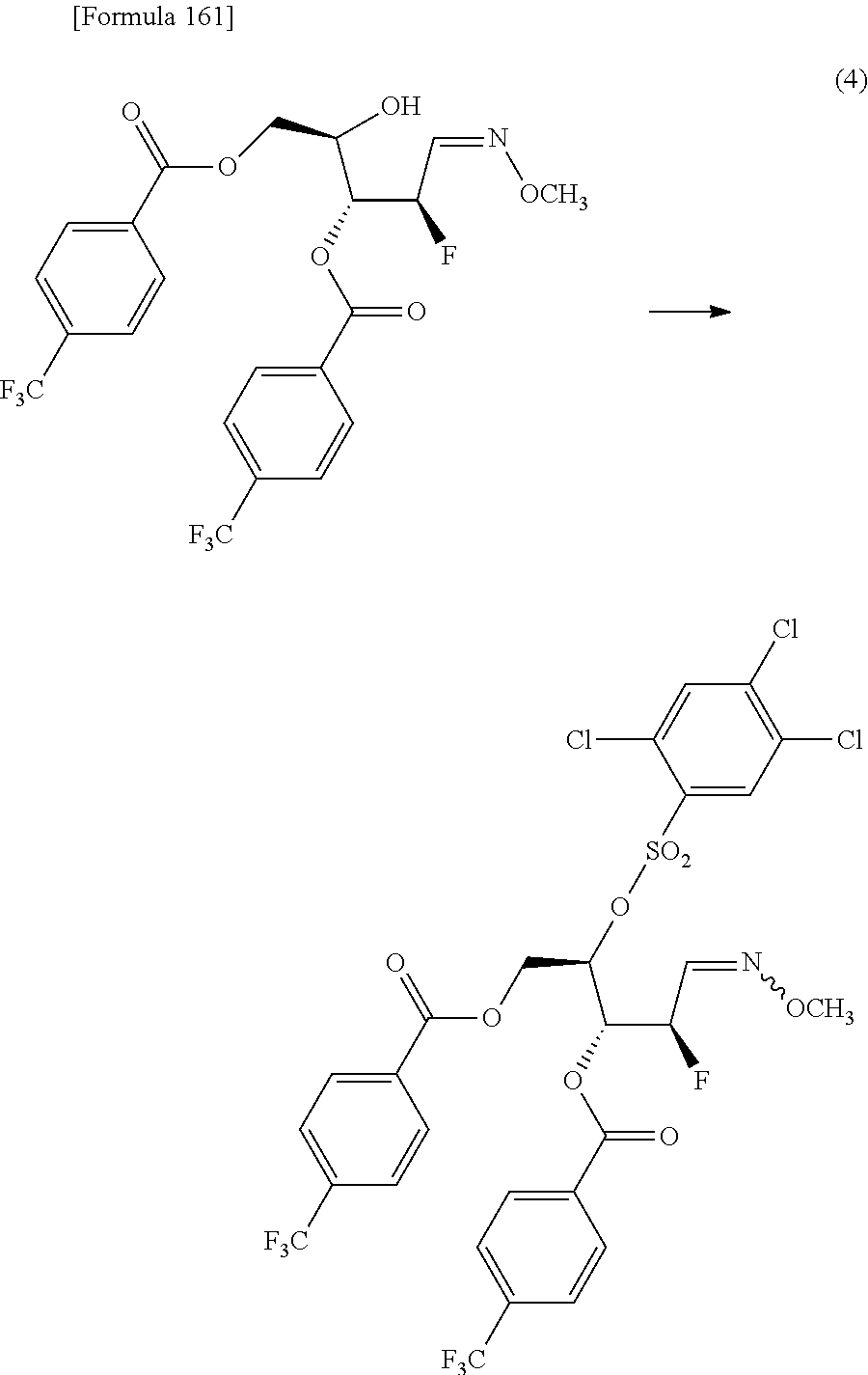
C00110
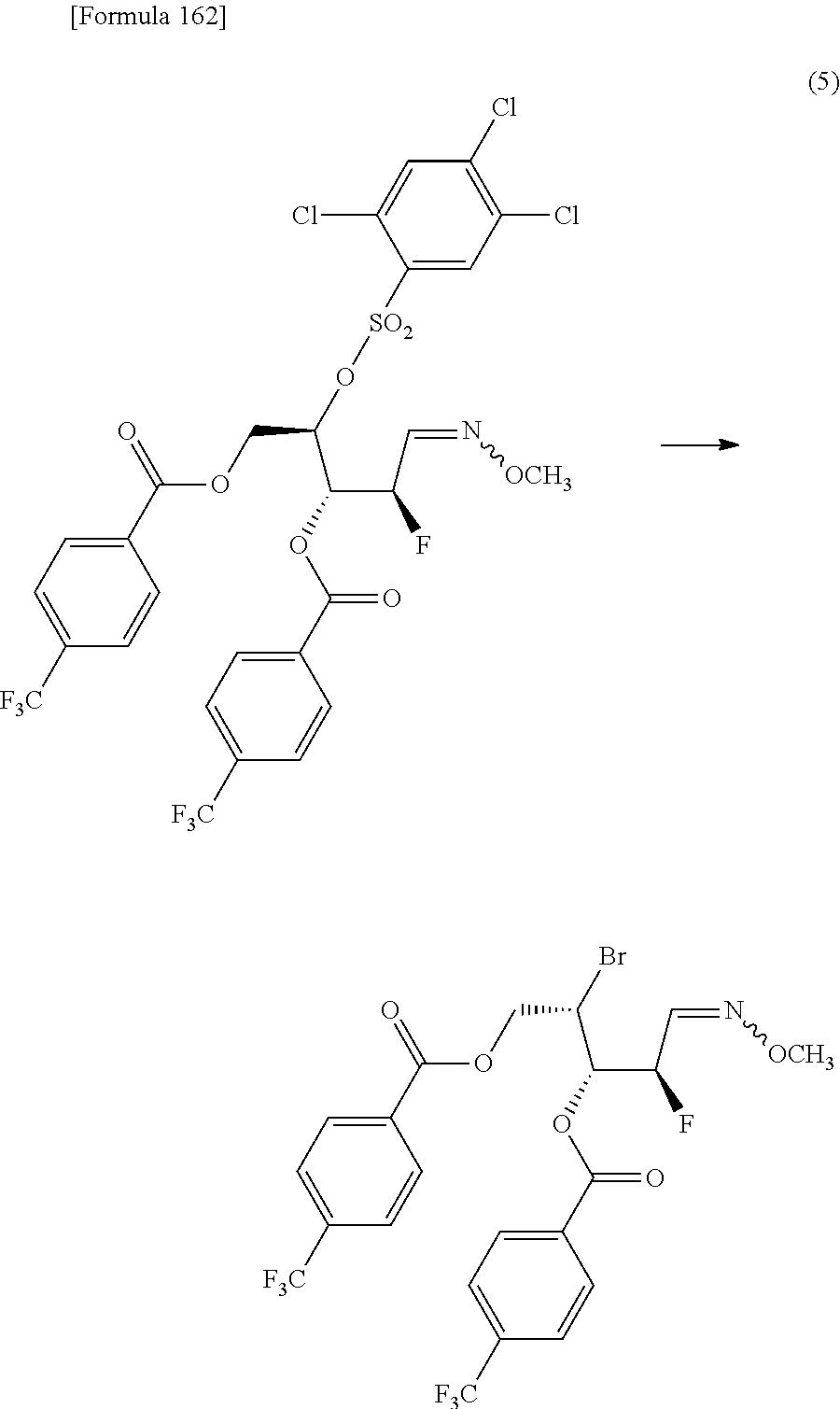
C00111
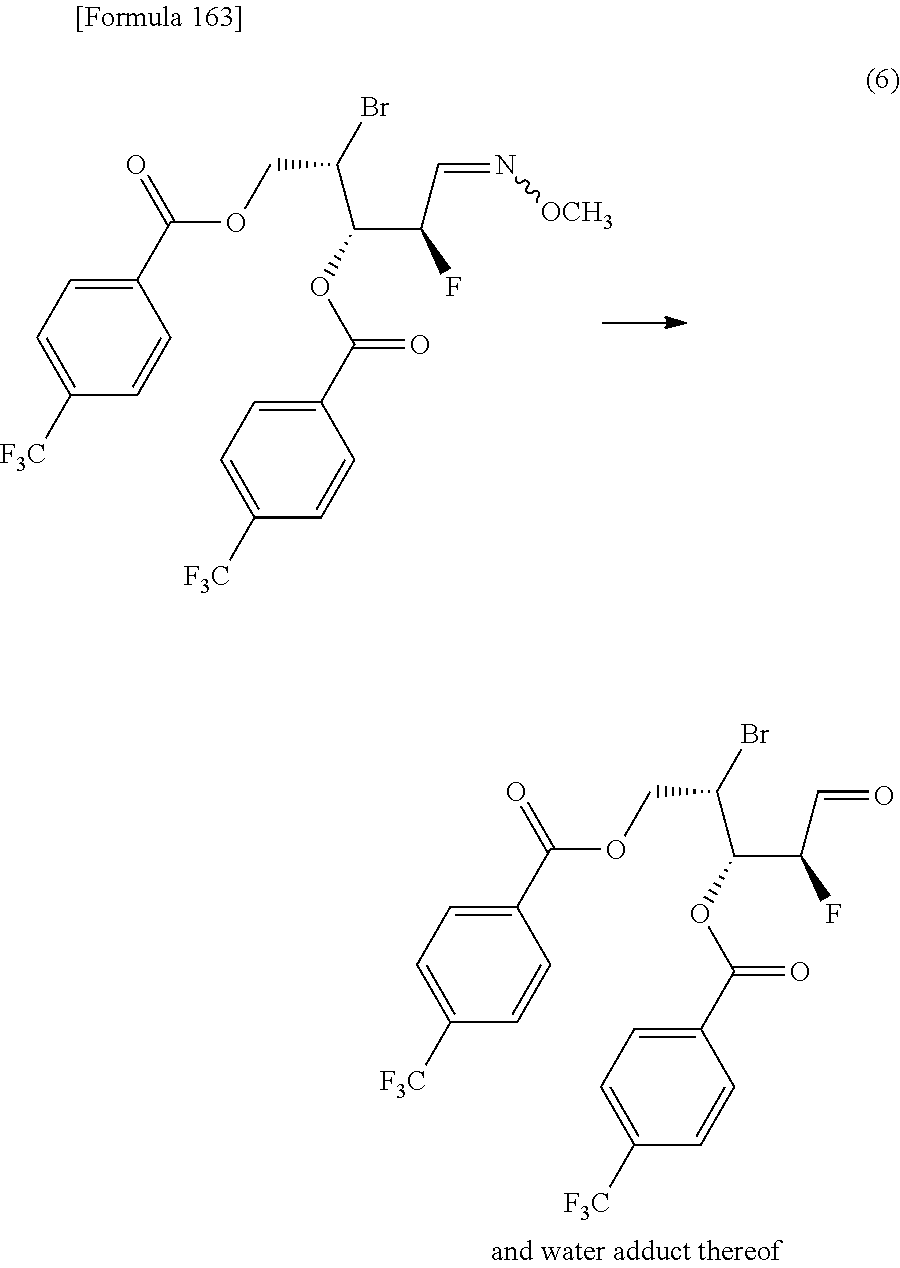
C00112
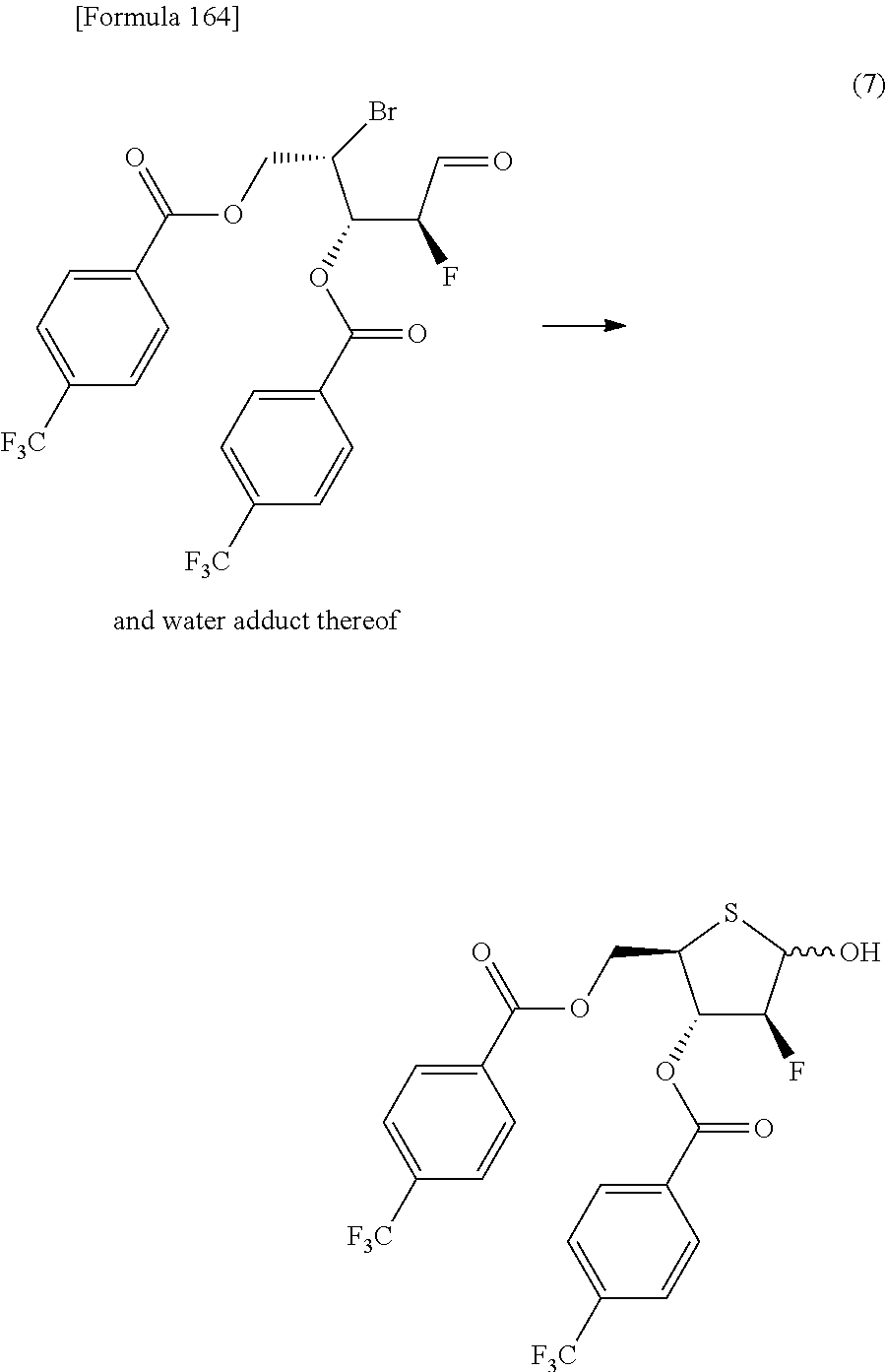
C00113

C00114
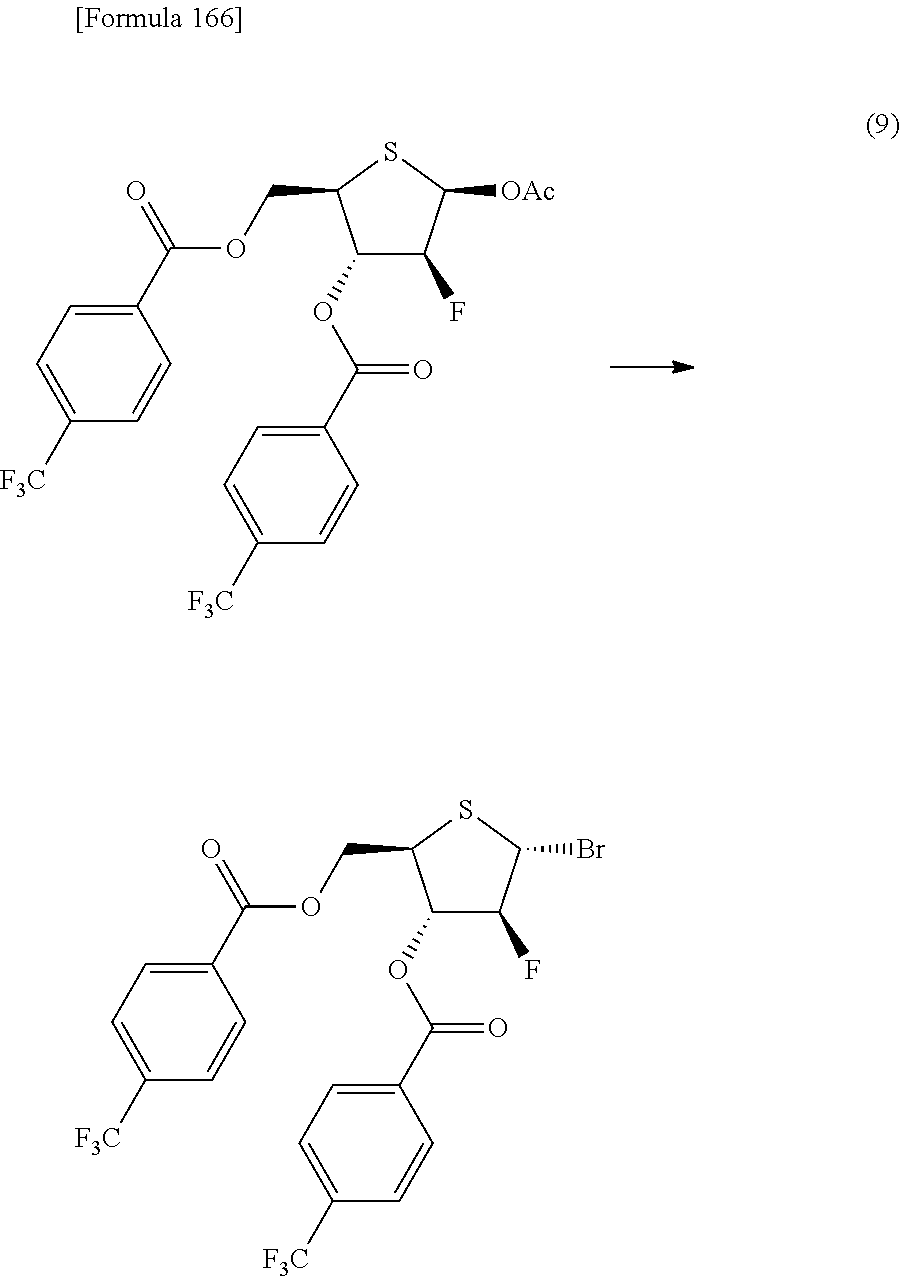
C00115

C00116
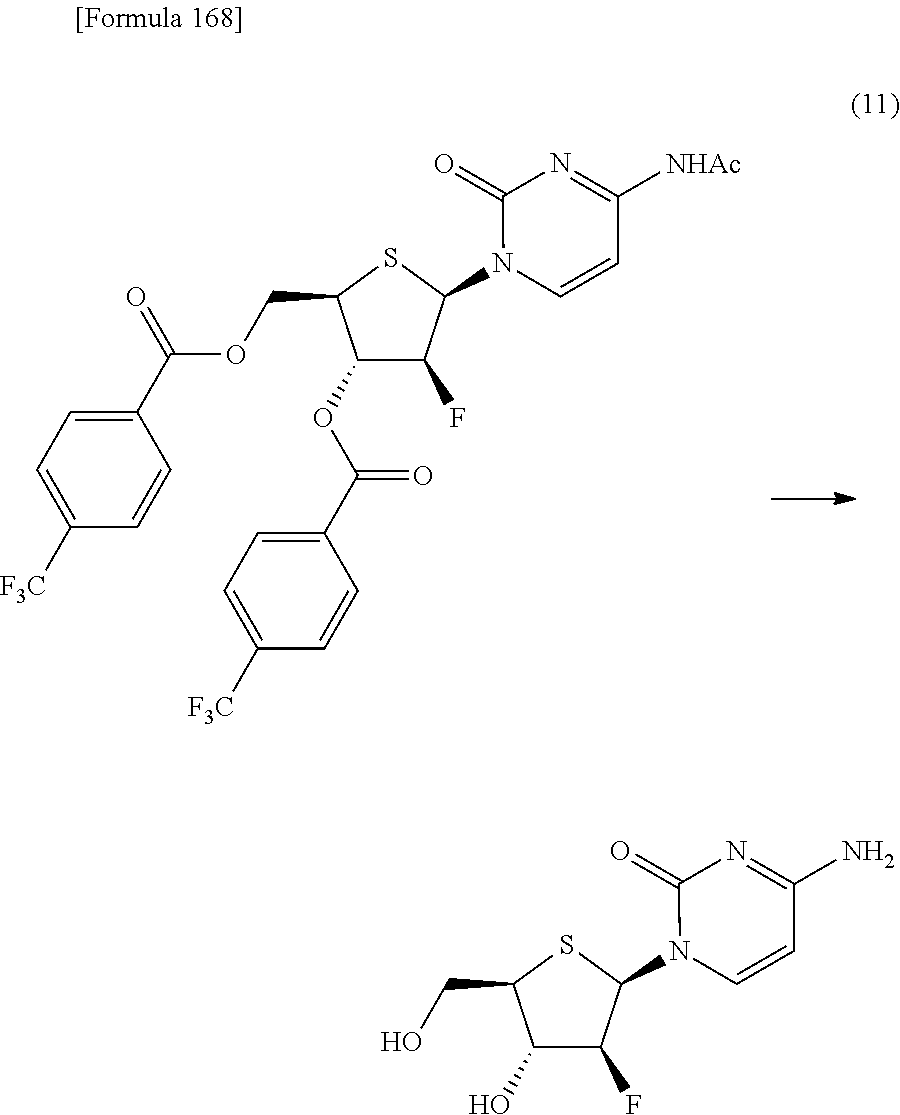
C00117
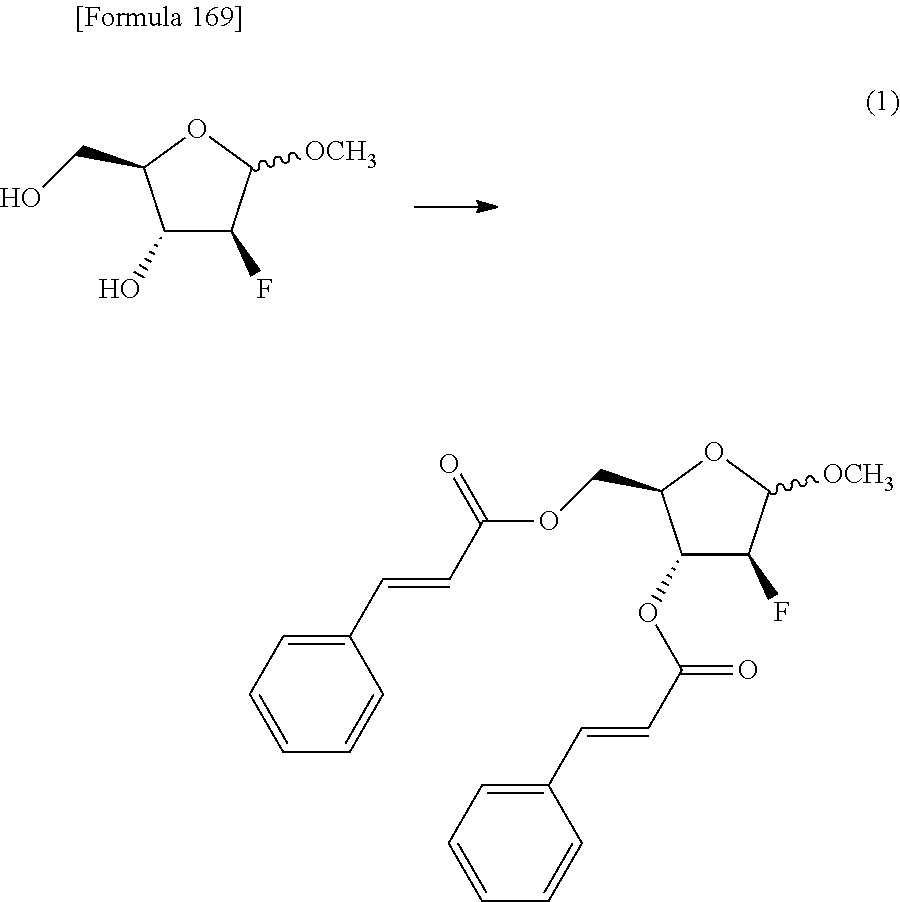
C00118

C00119
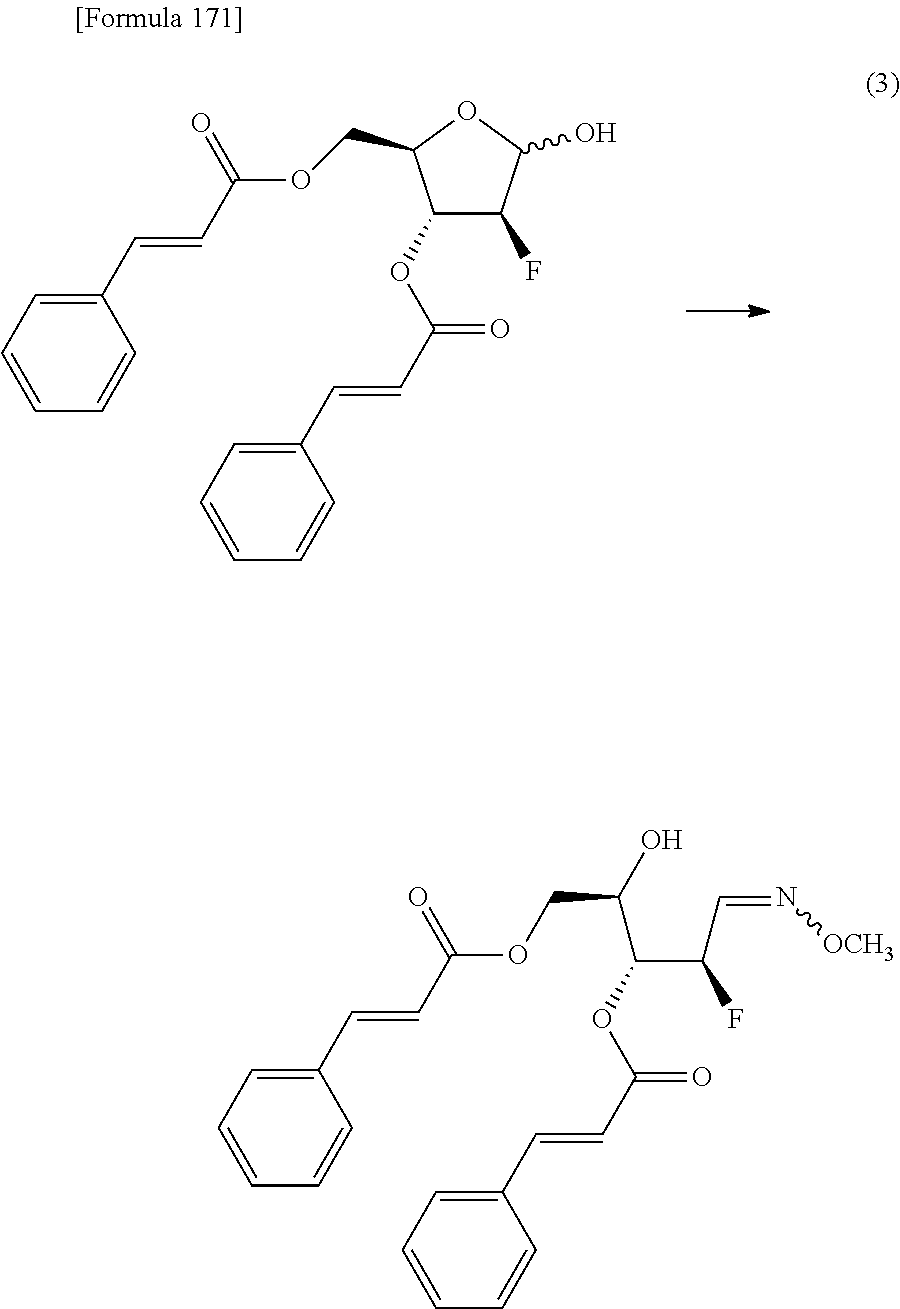
C00120

C00121
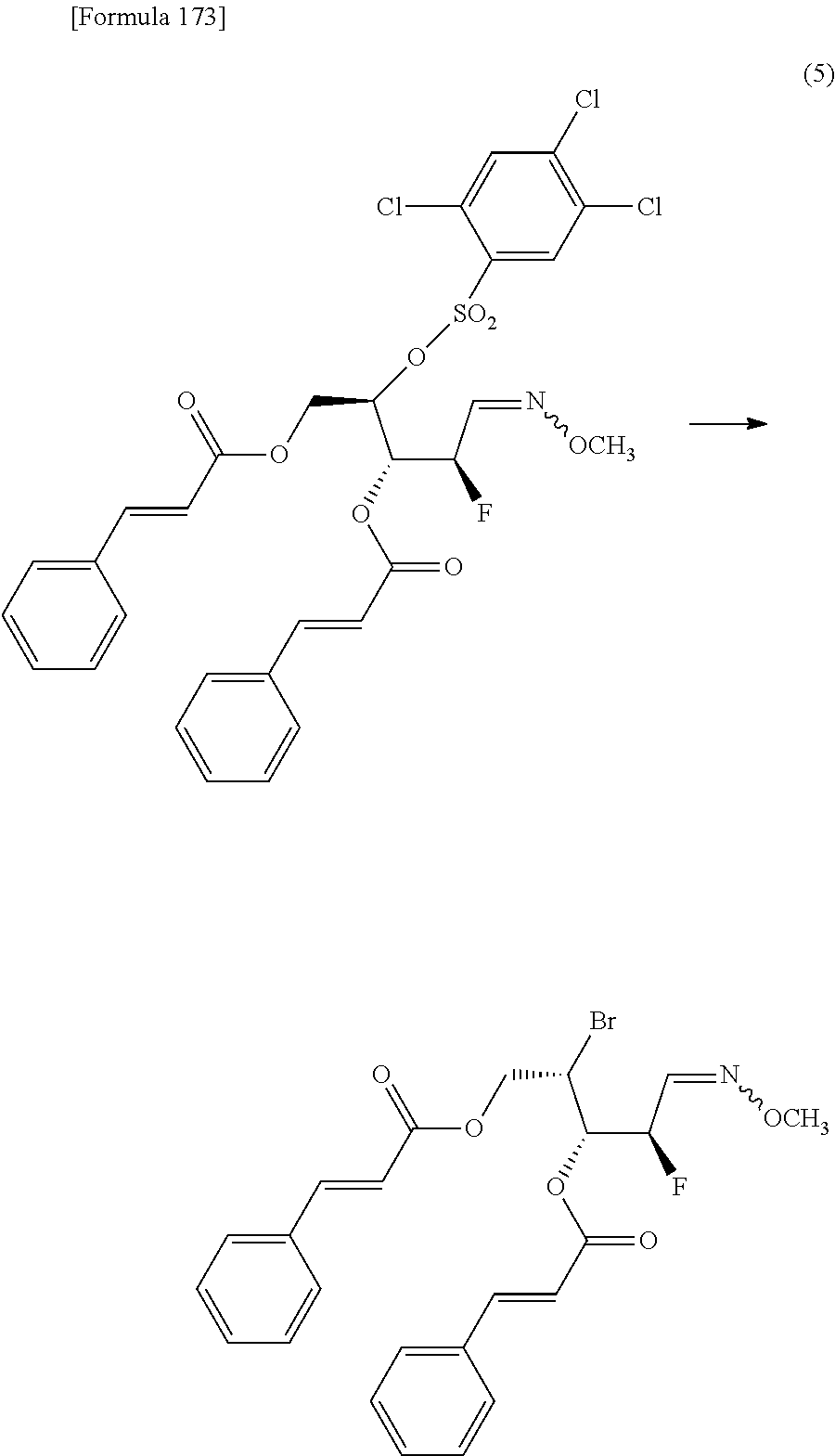
C00122
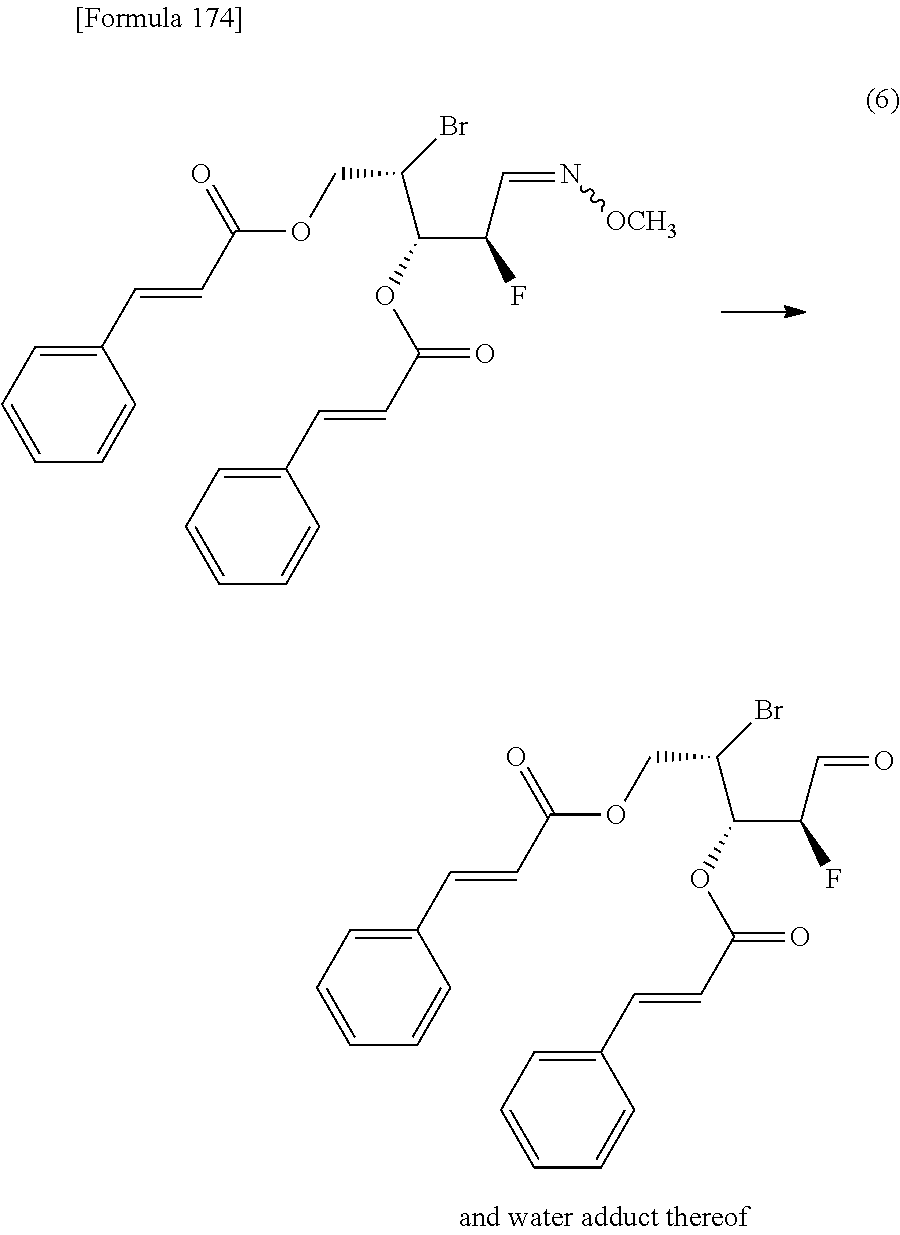
C00123
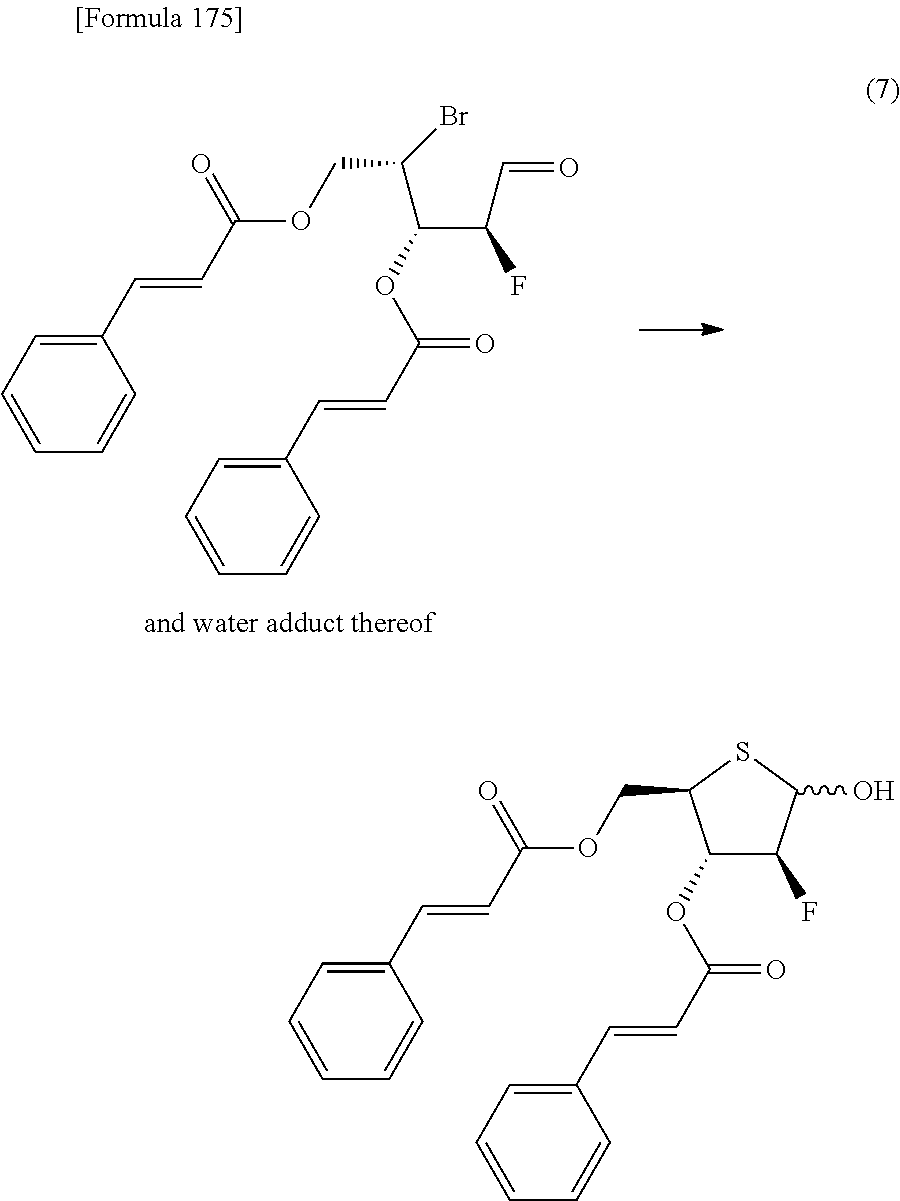
C00124

C00125

C00126

C00127
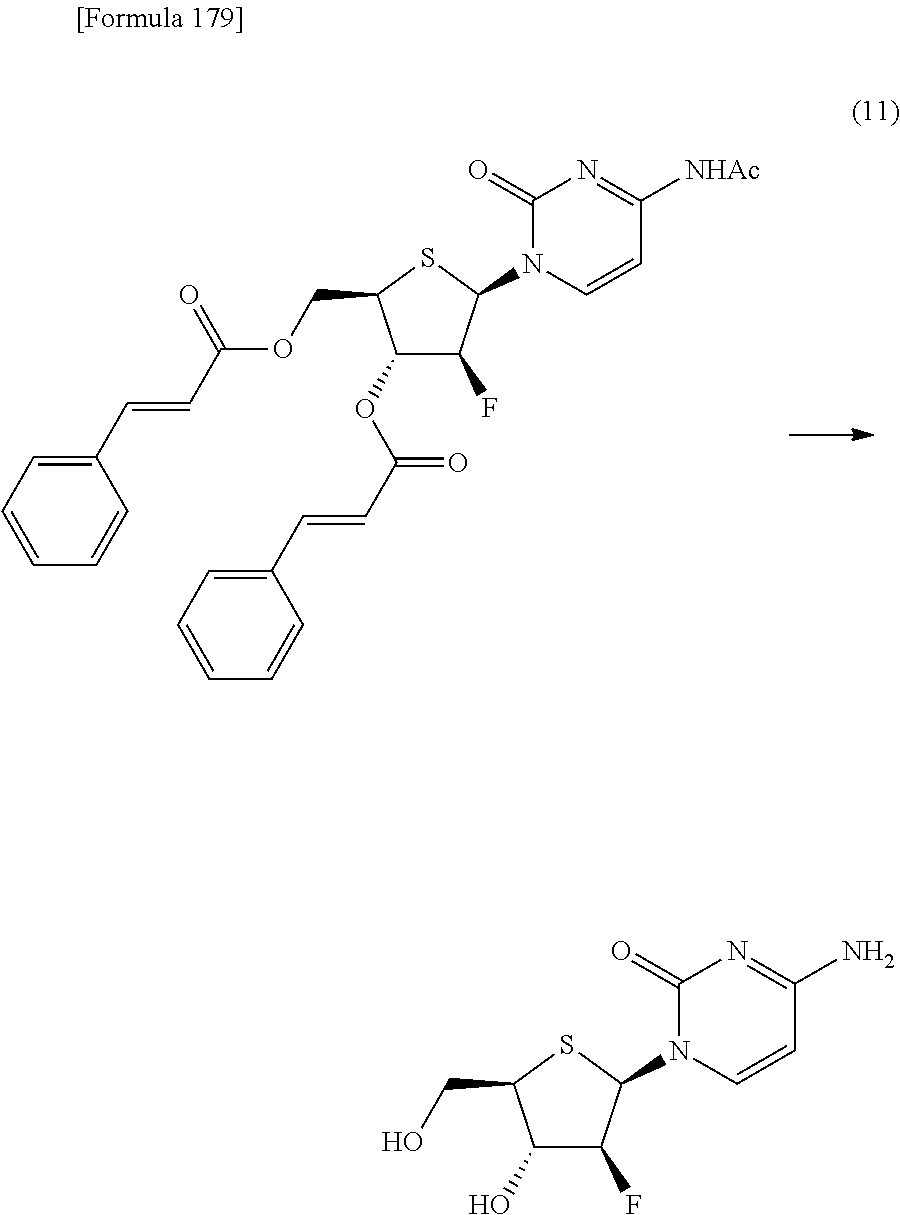
C00128
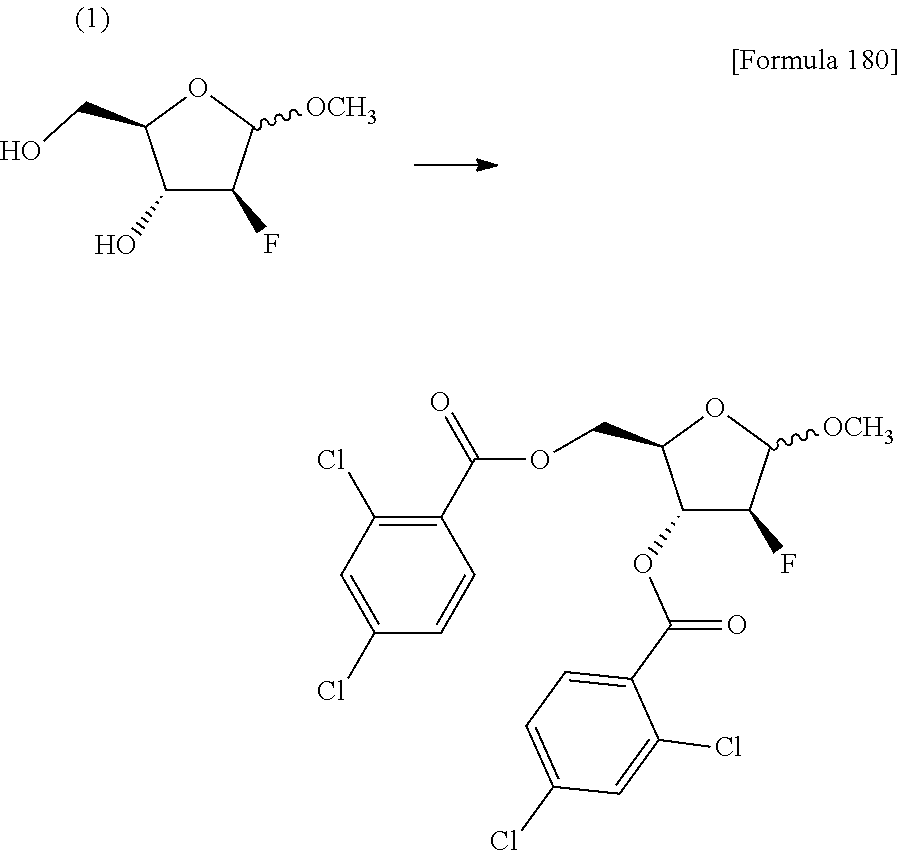
C00129
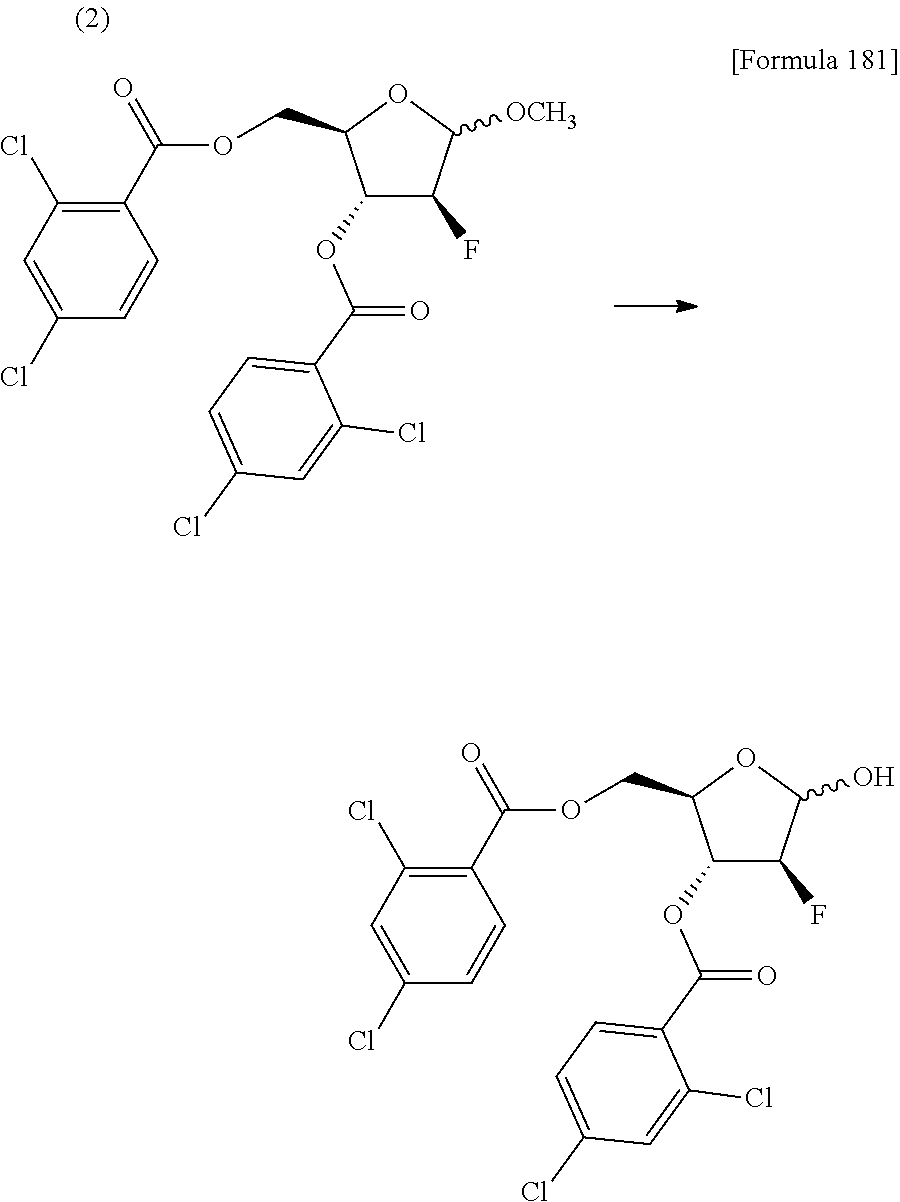
C00130

C00131

C00132

C00133

C00134

C00135

C00136
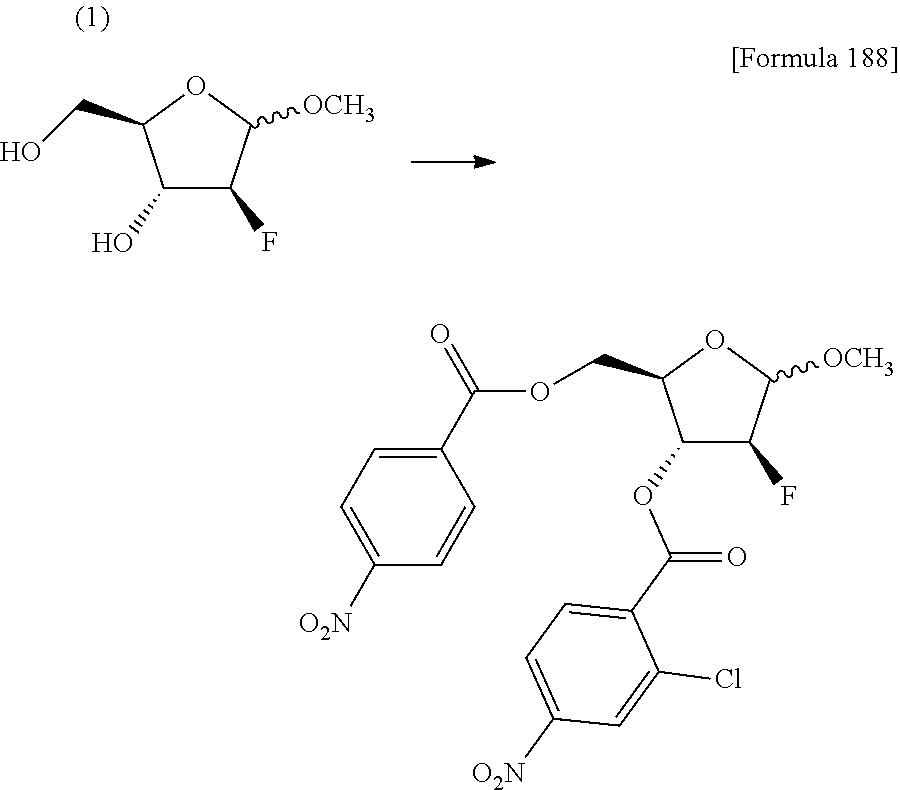
C00137
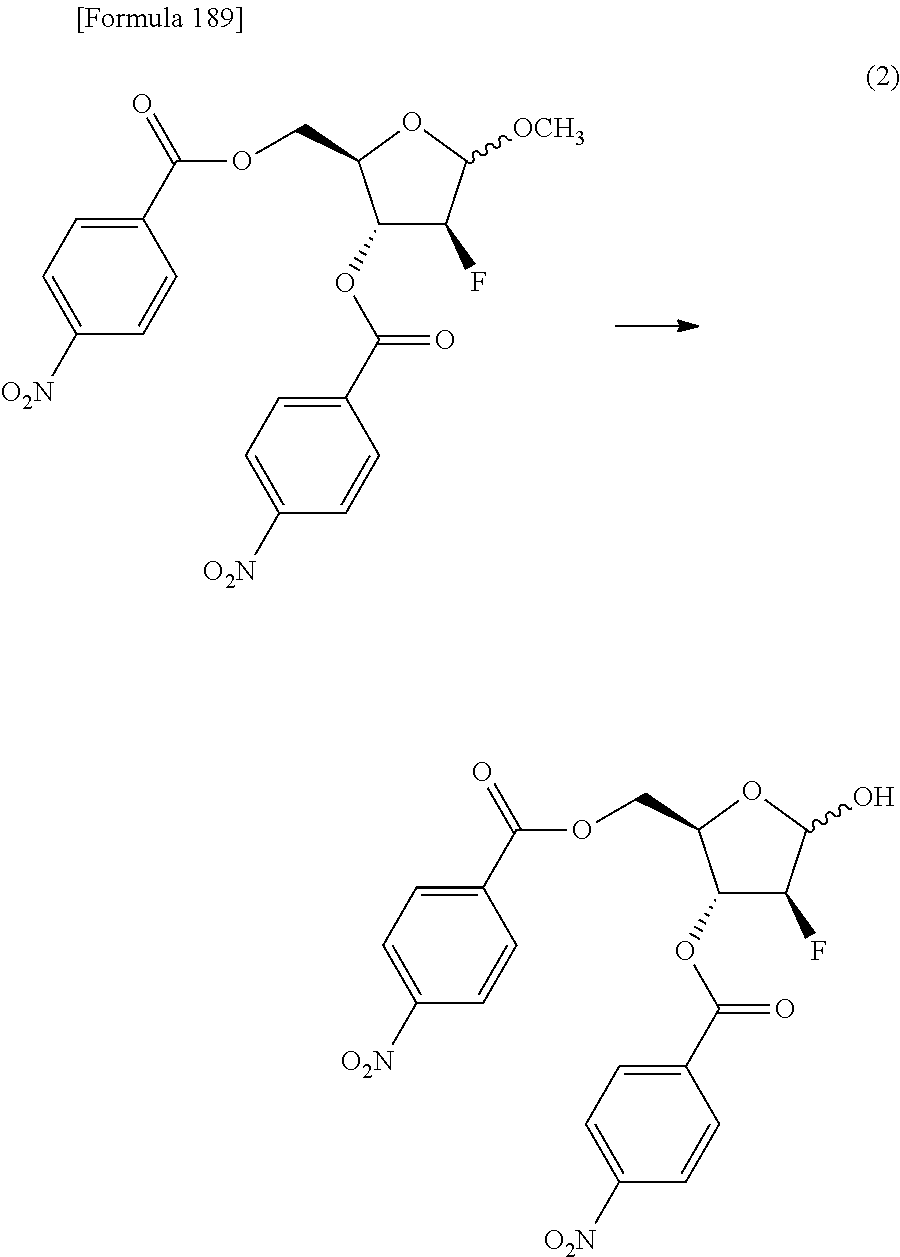
C00138
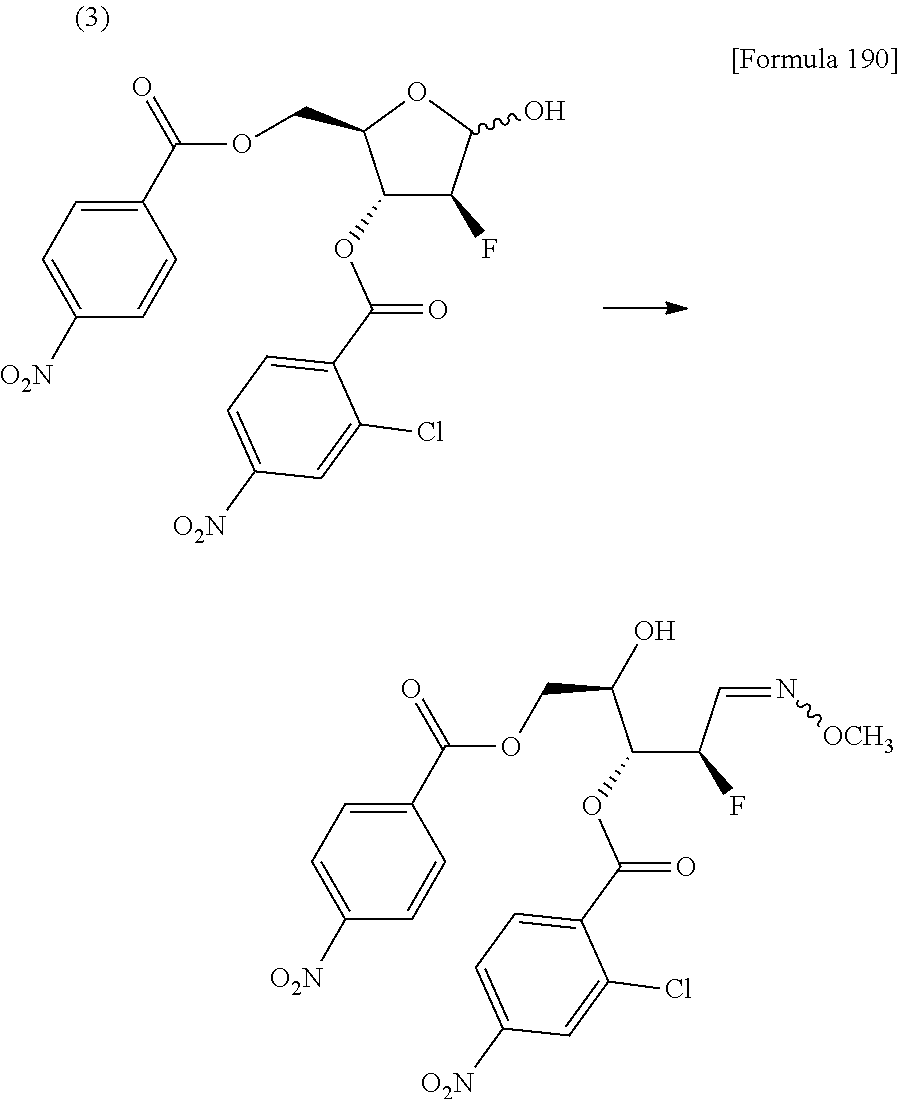
C00139

C00140

C00141

C00142

C00143

C00144

C00145

C00146
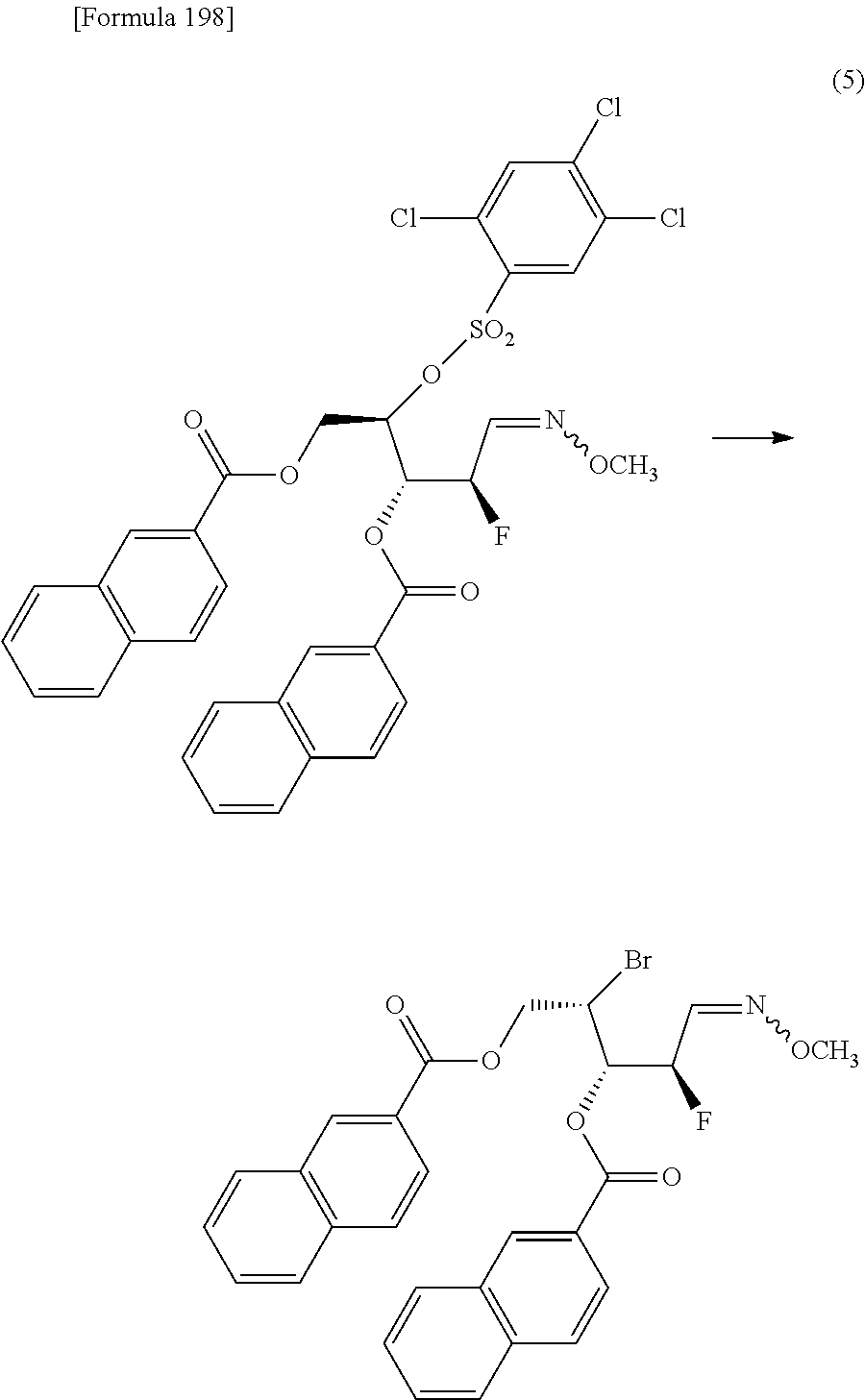
C00147
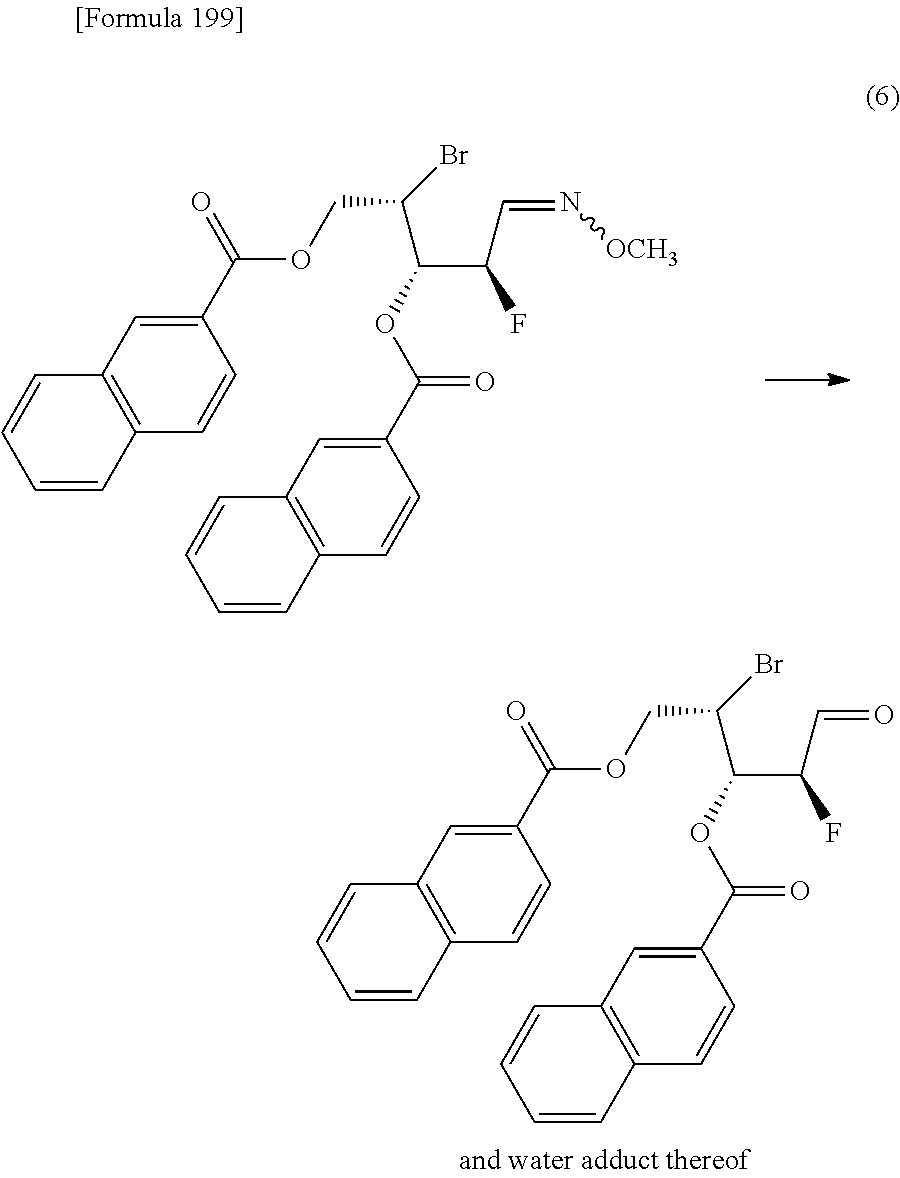
C00148
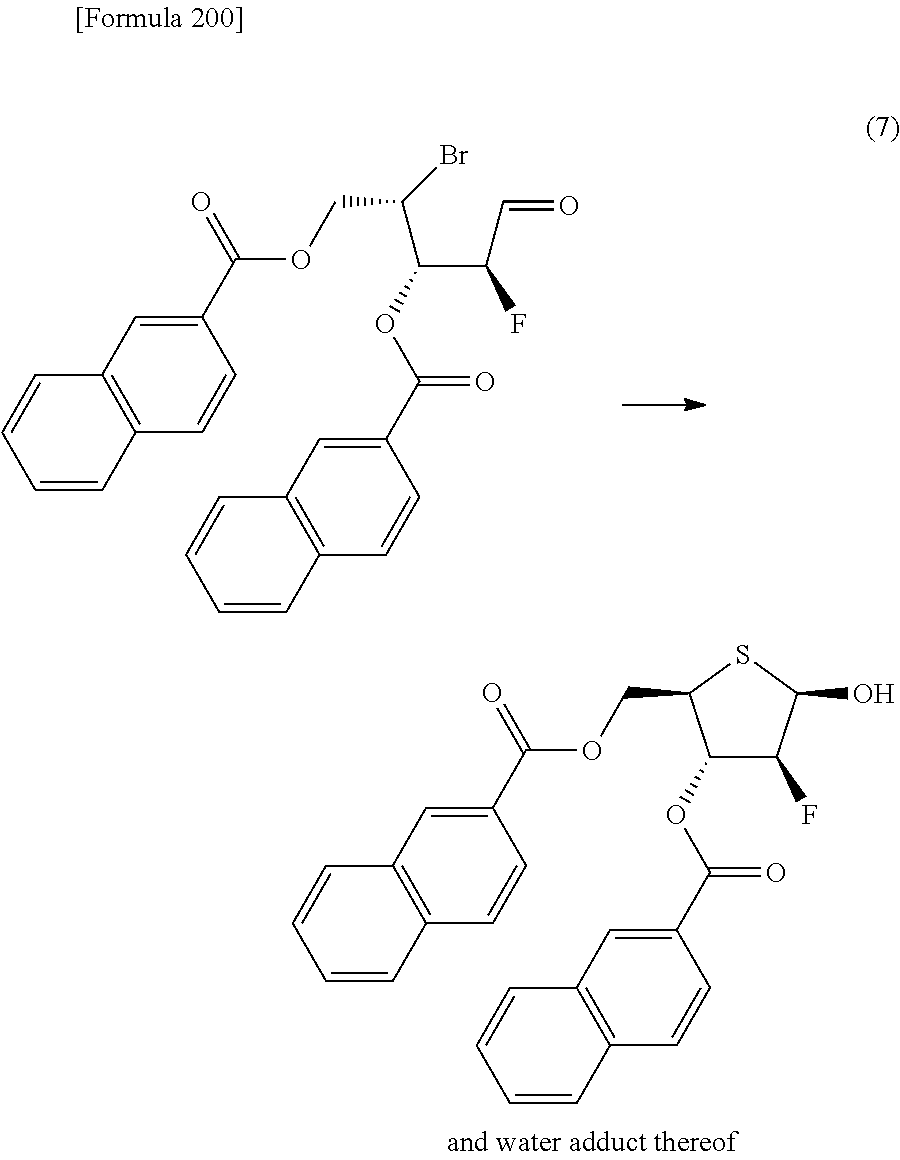
C00149
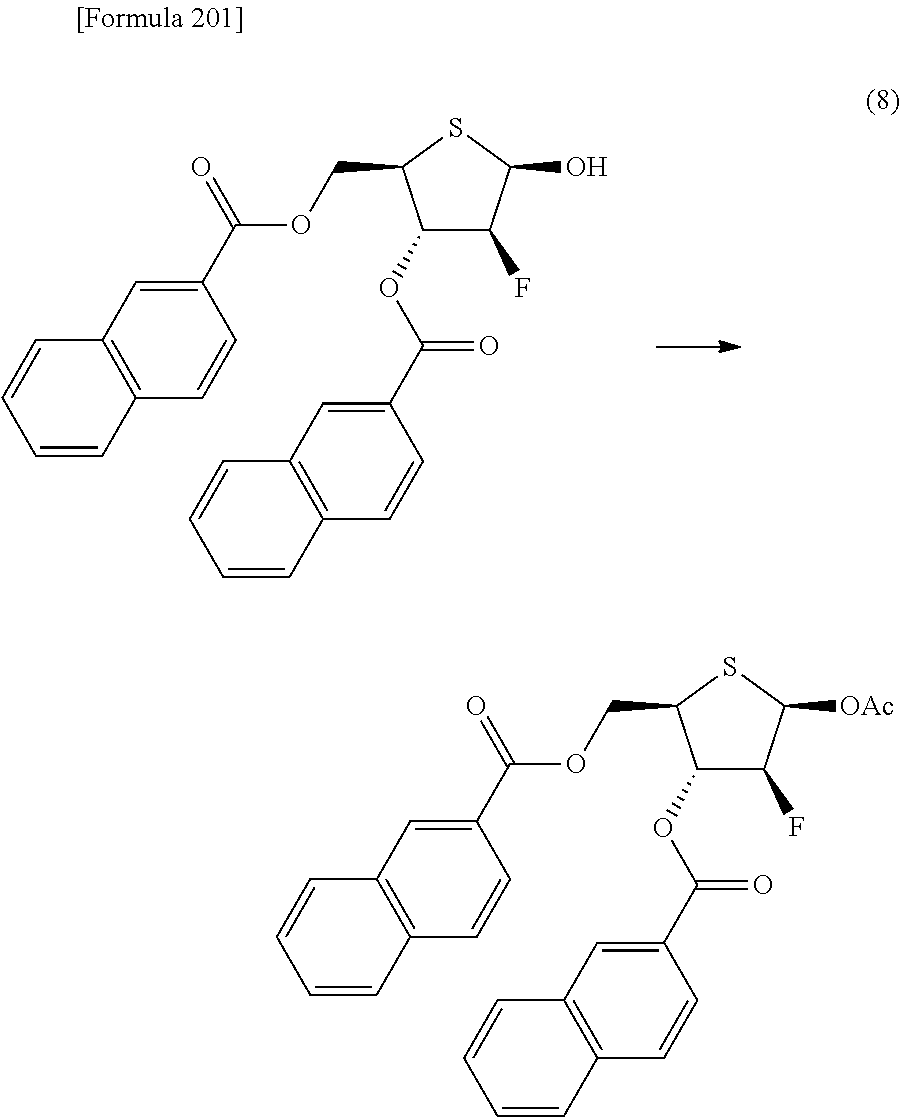
C00150
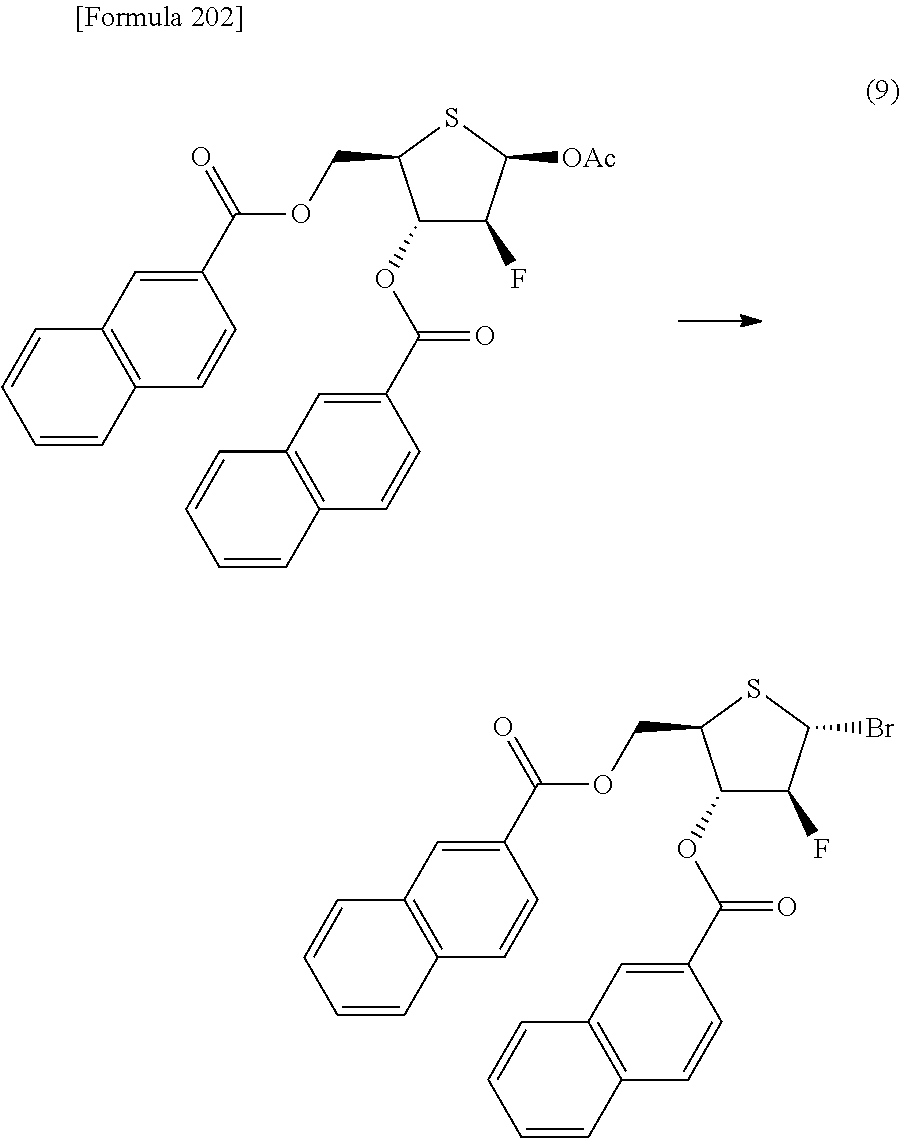
C00151

C00152
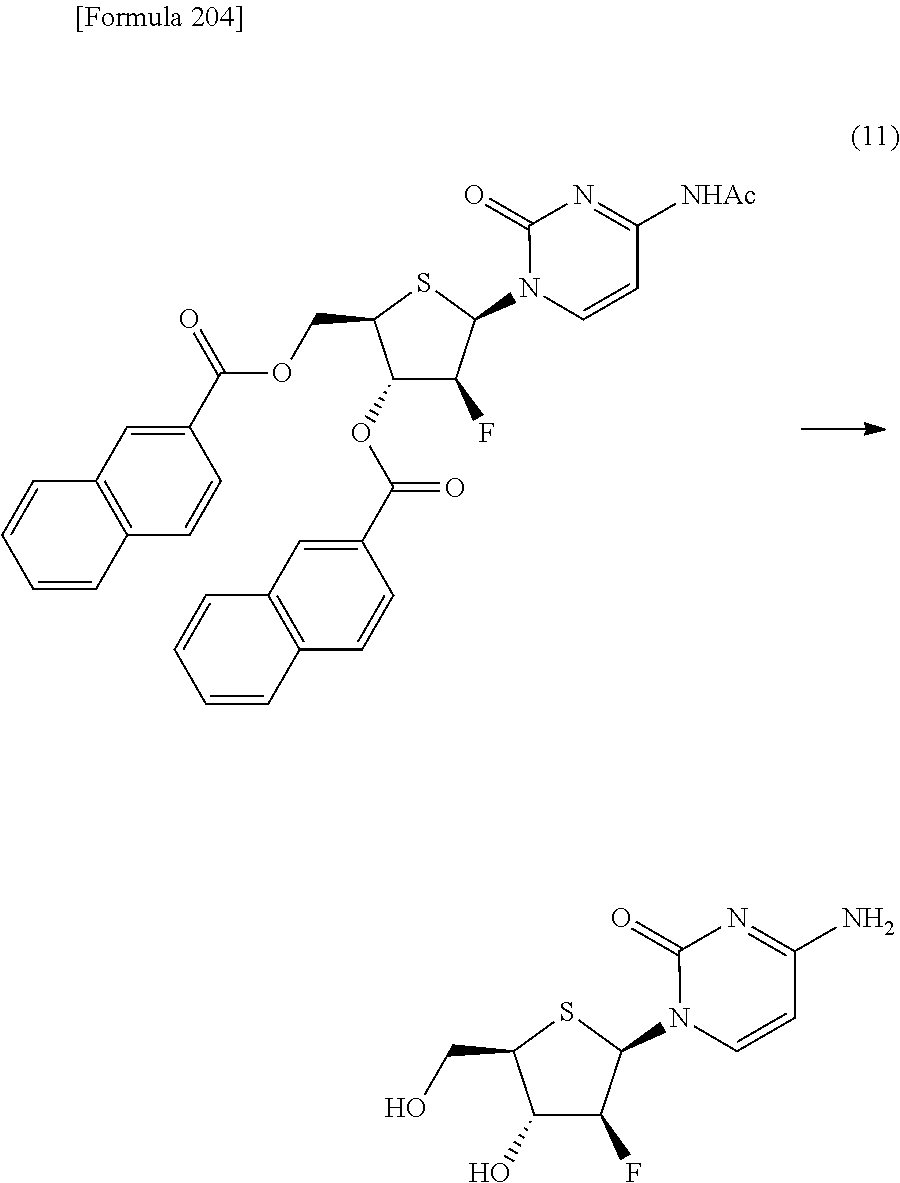
C00153
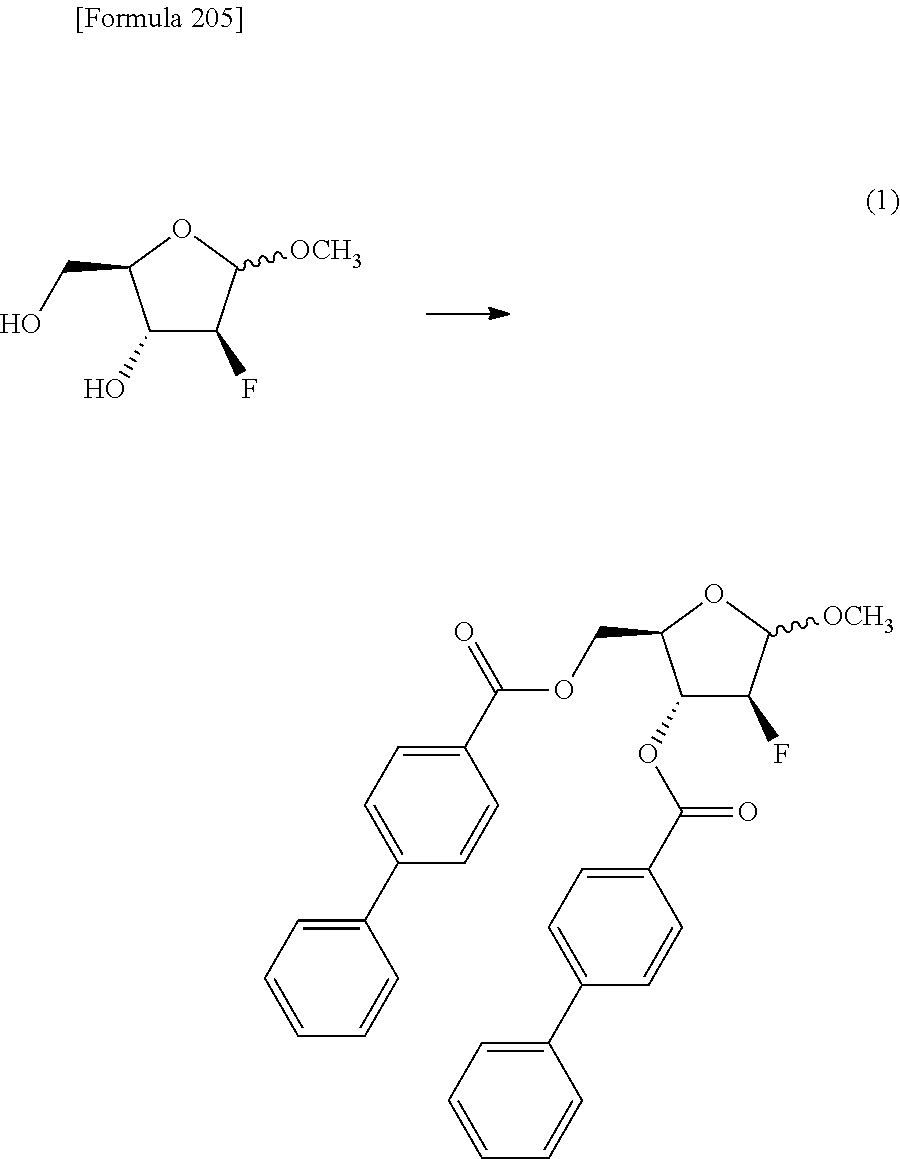
C00154

C00155

C00156

C00157

C00158

C00159
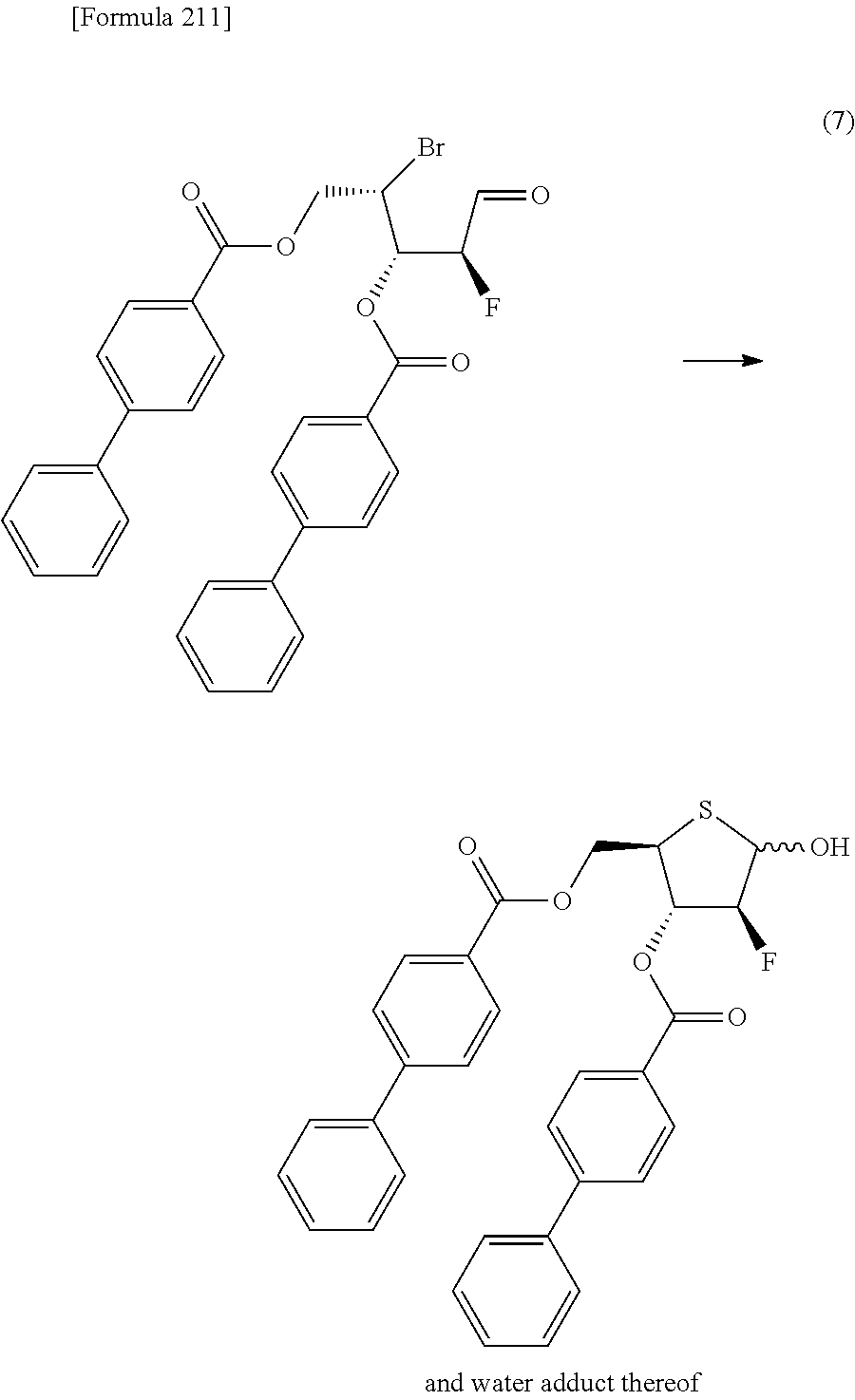
C00160

C00161
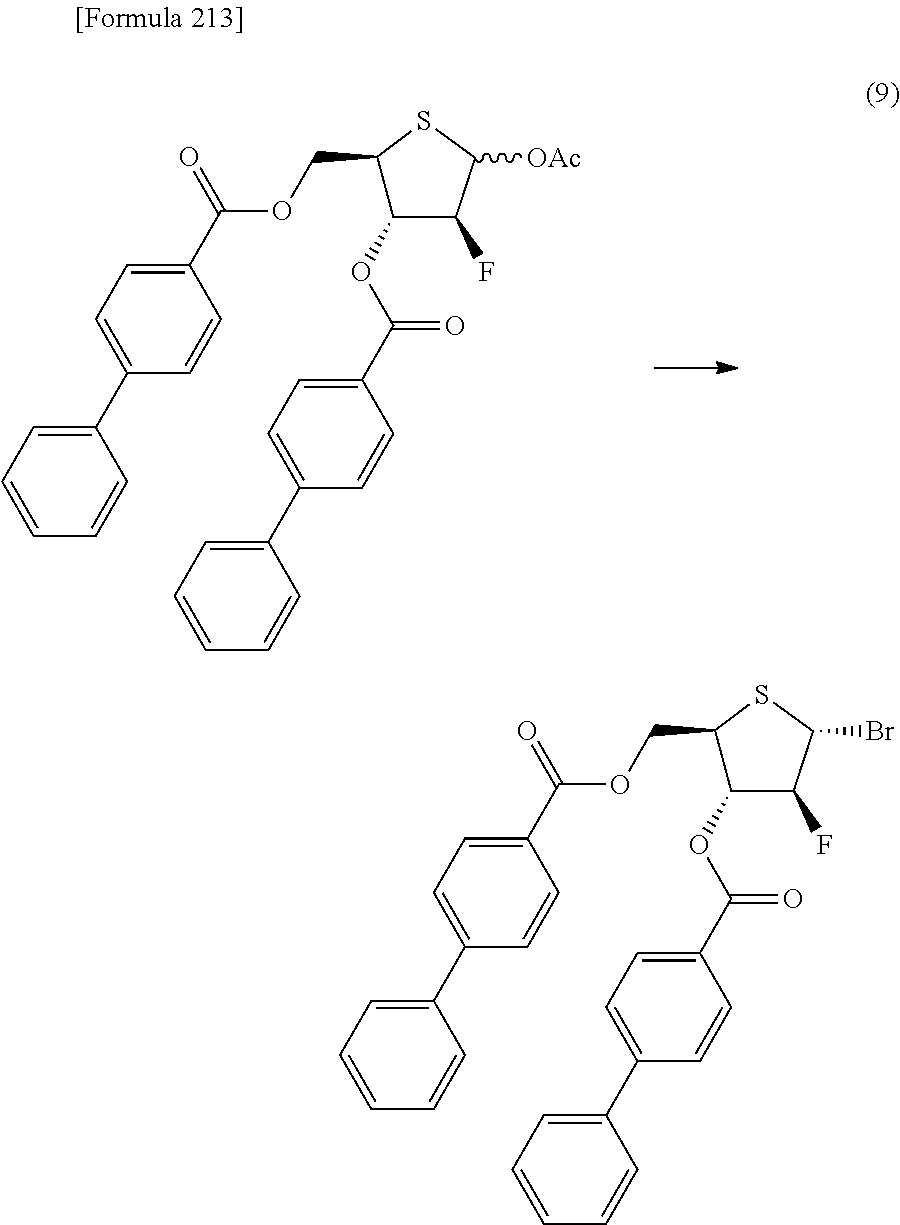
C00162
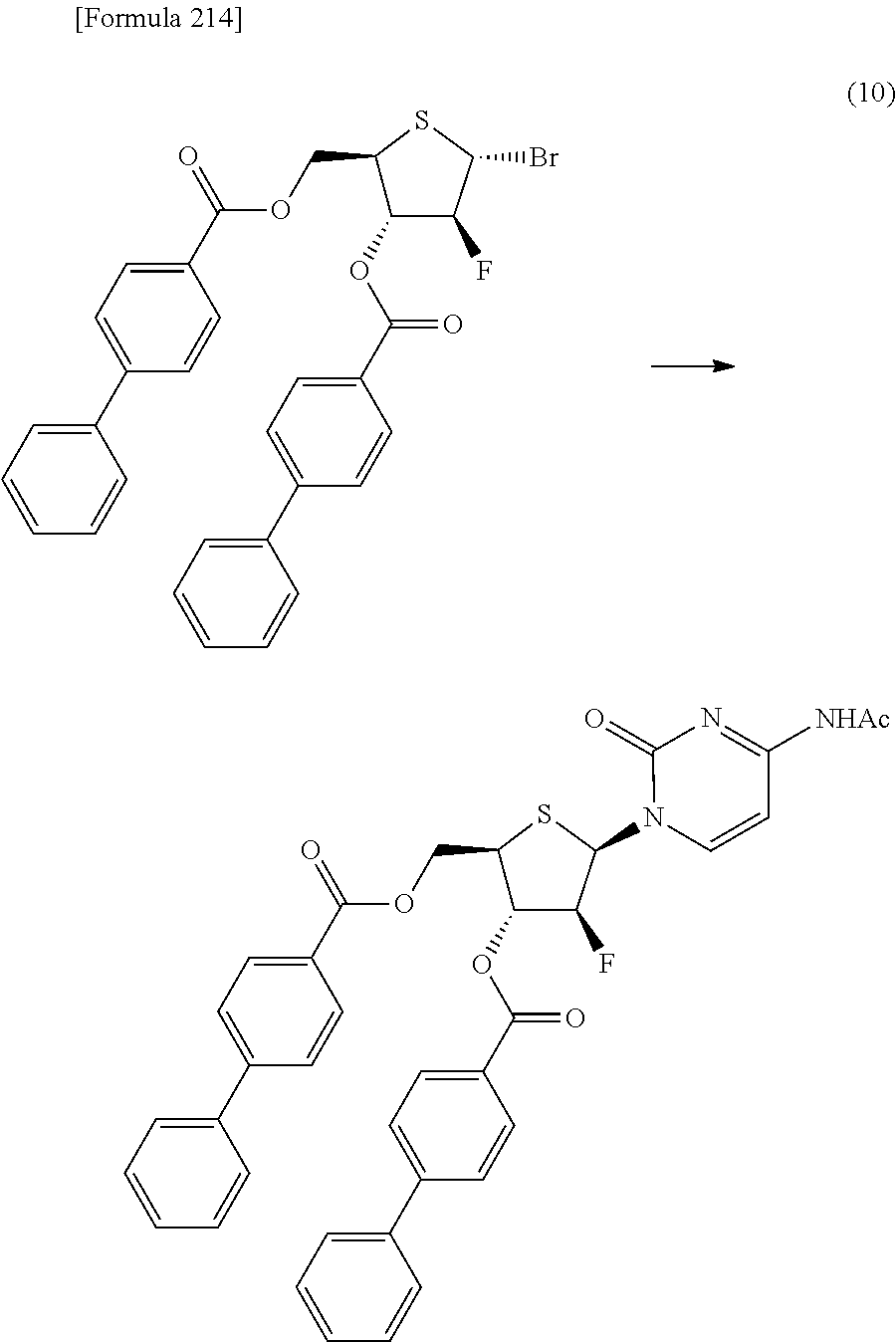
C00163
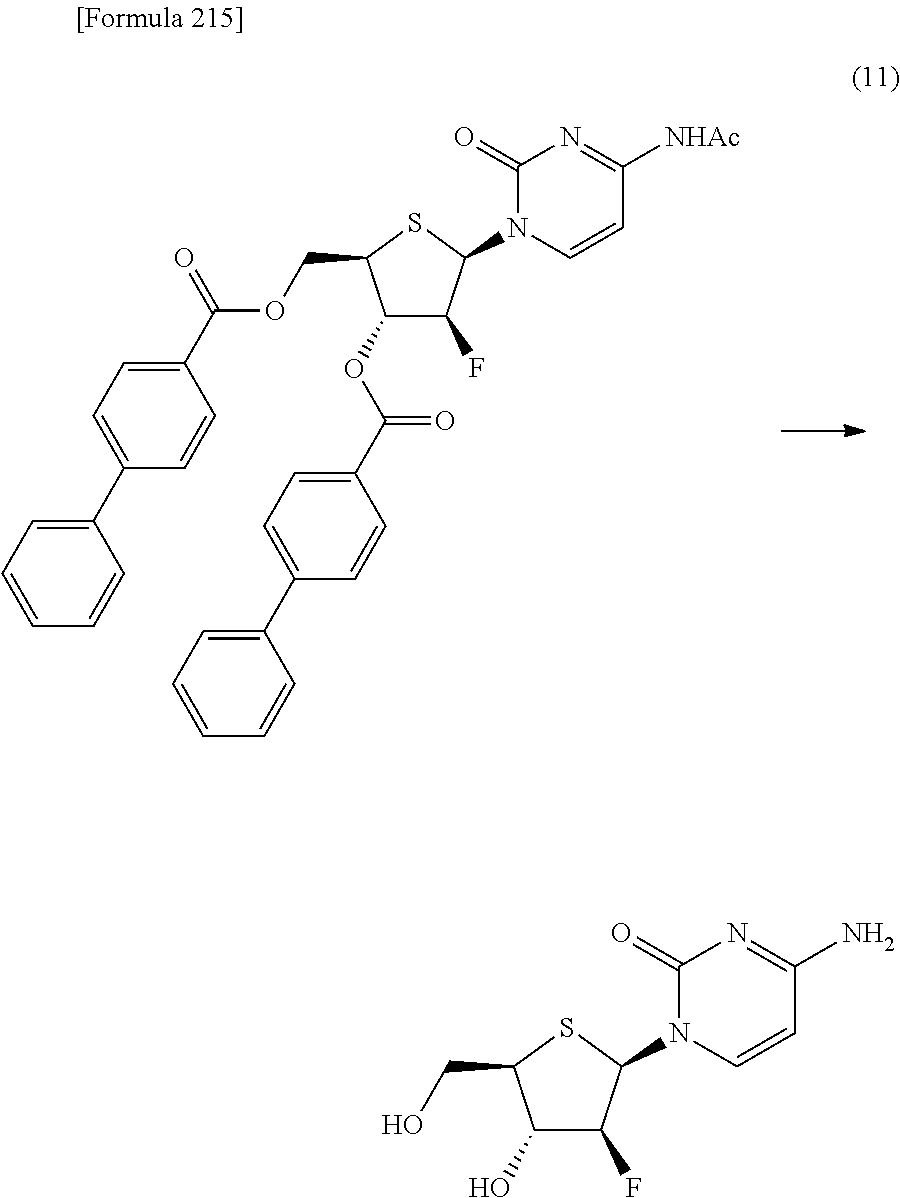
C00164

C00165

C00166

C00167
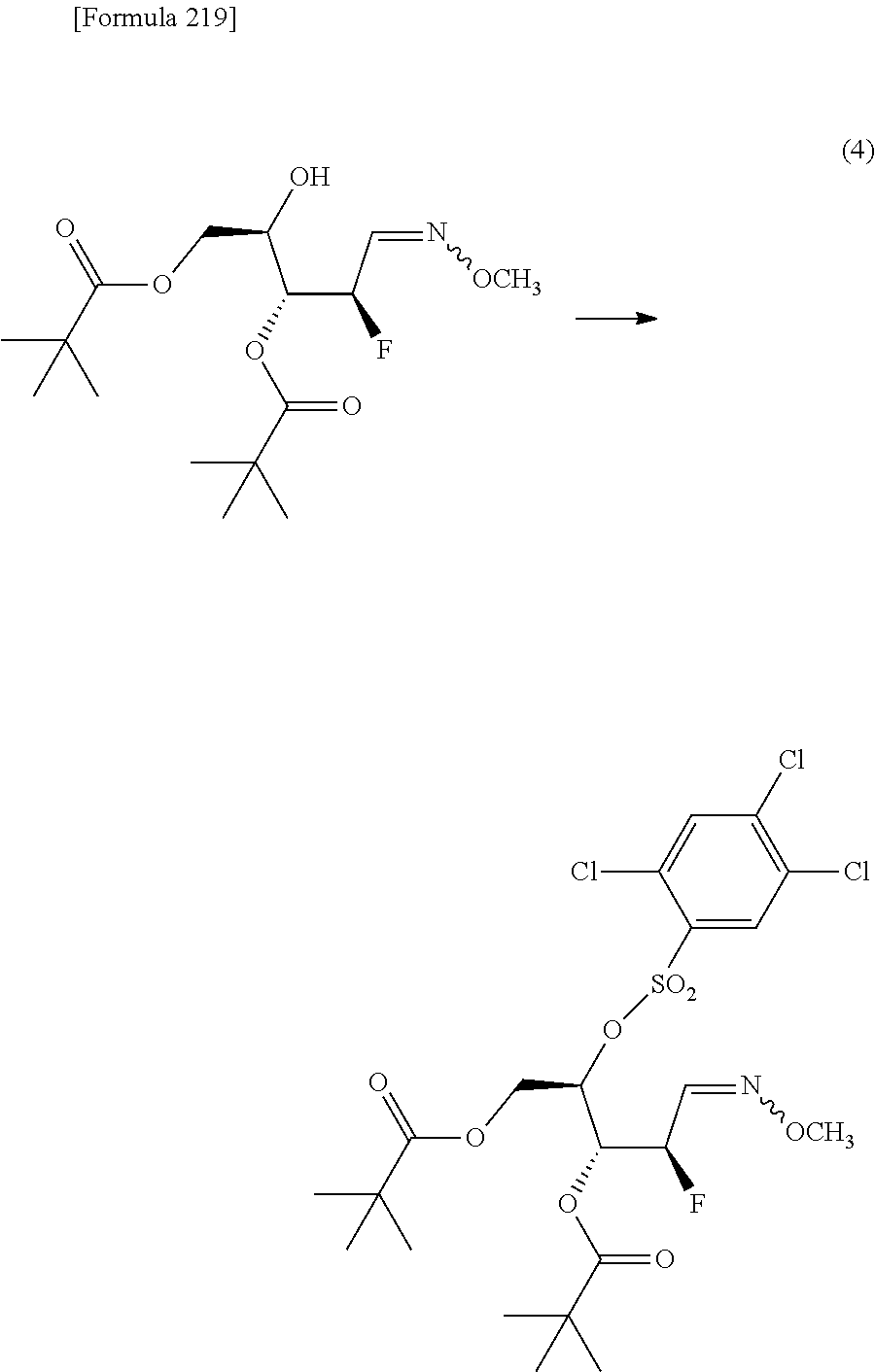
C00168

C00169

C00170
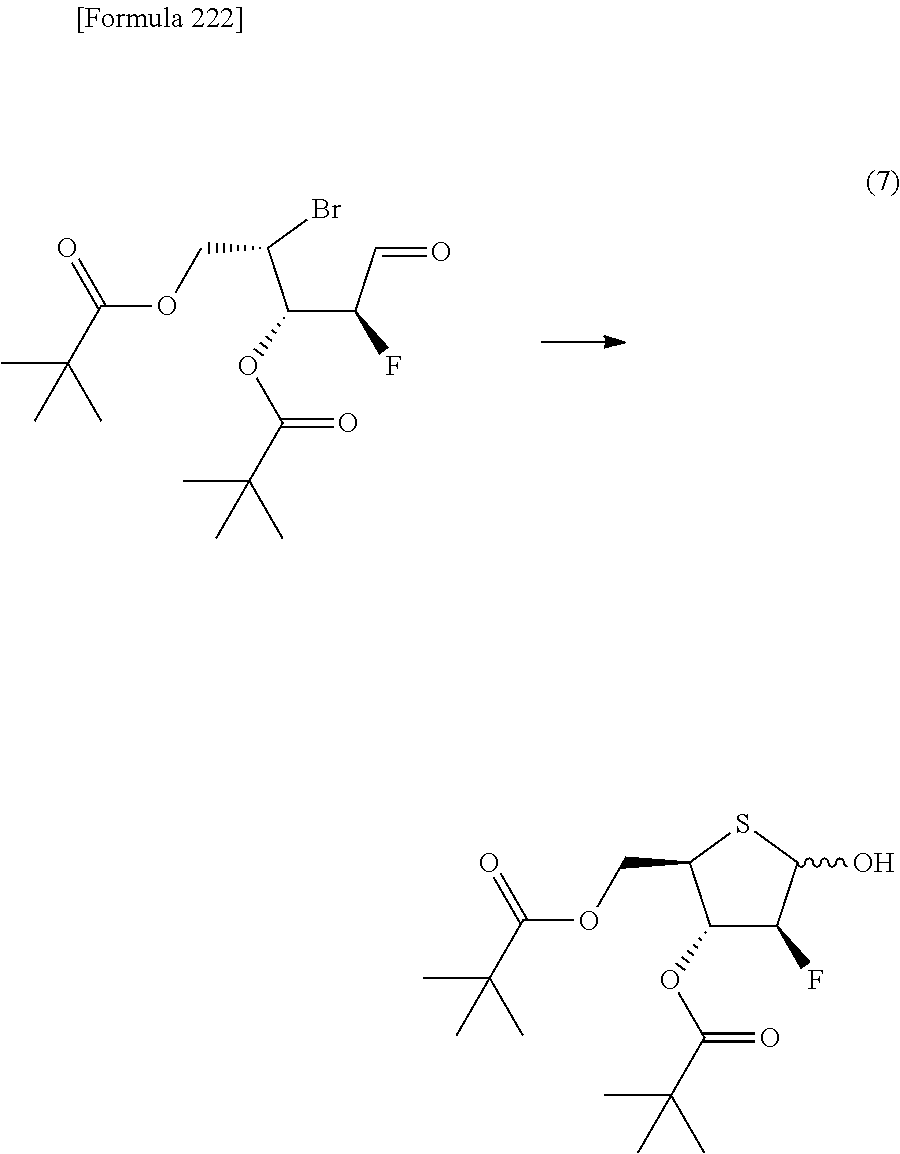
C00171
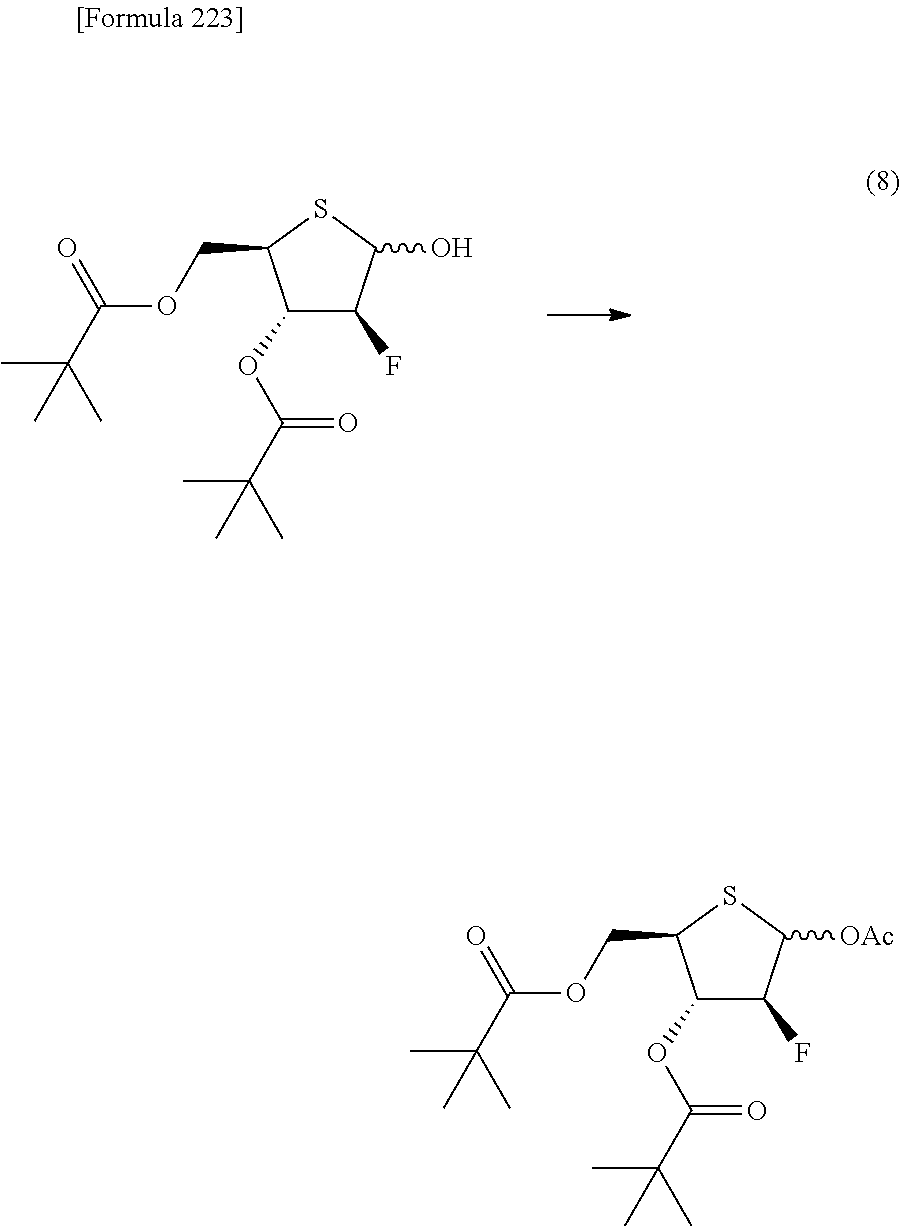
C00172
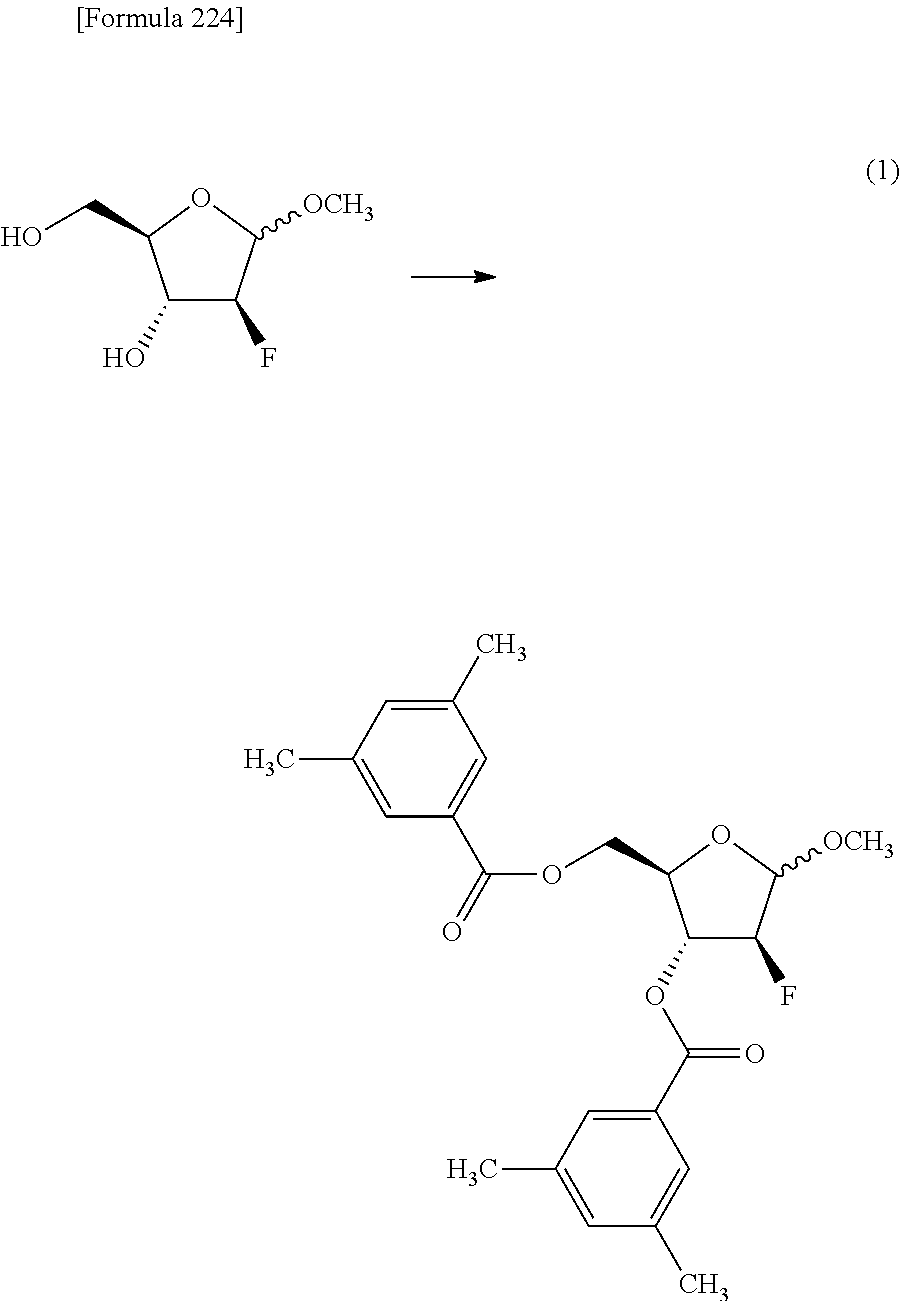
C00173
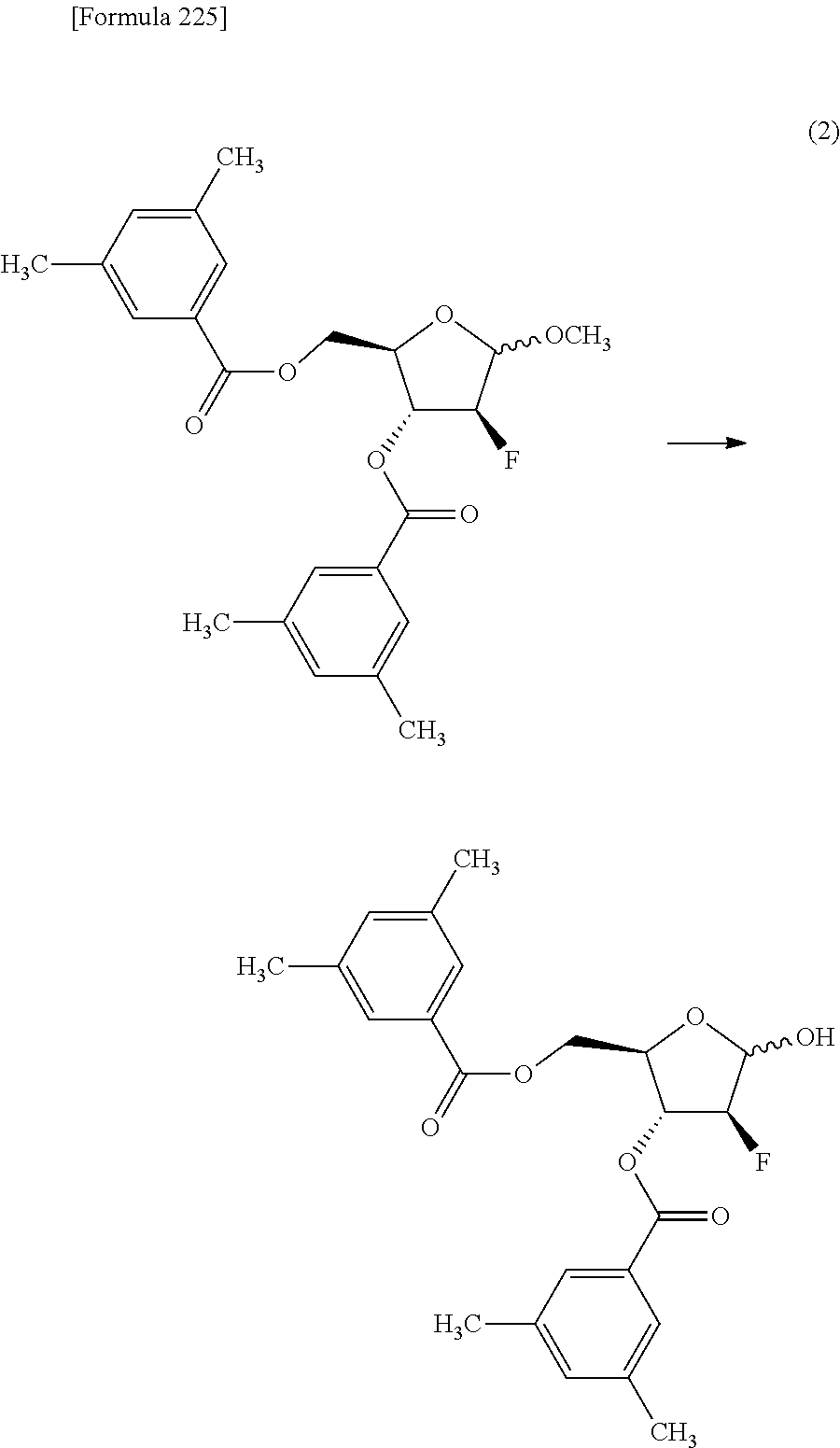
C00174
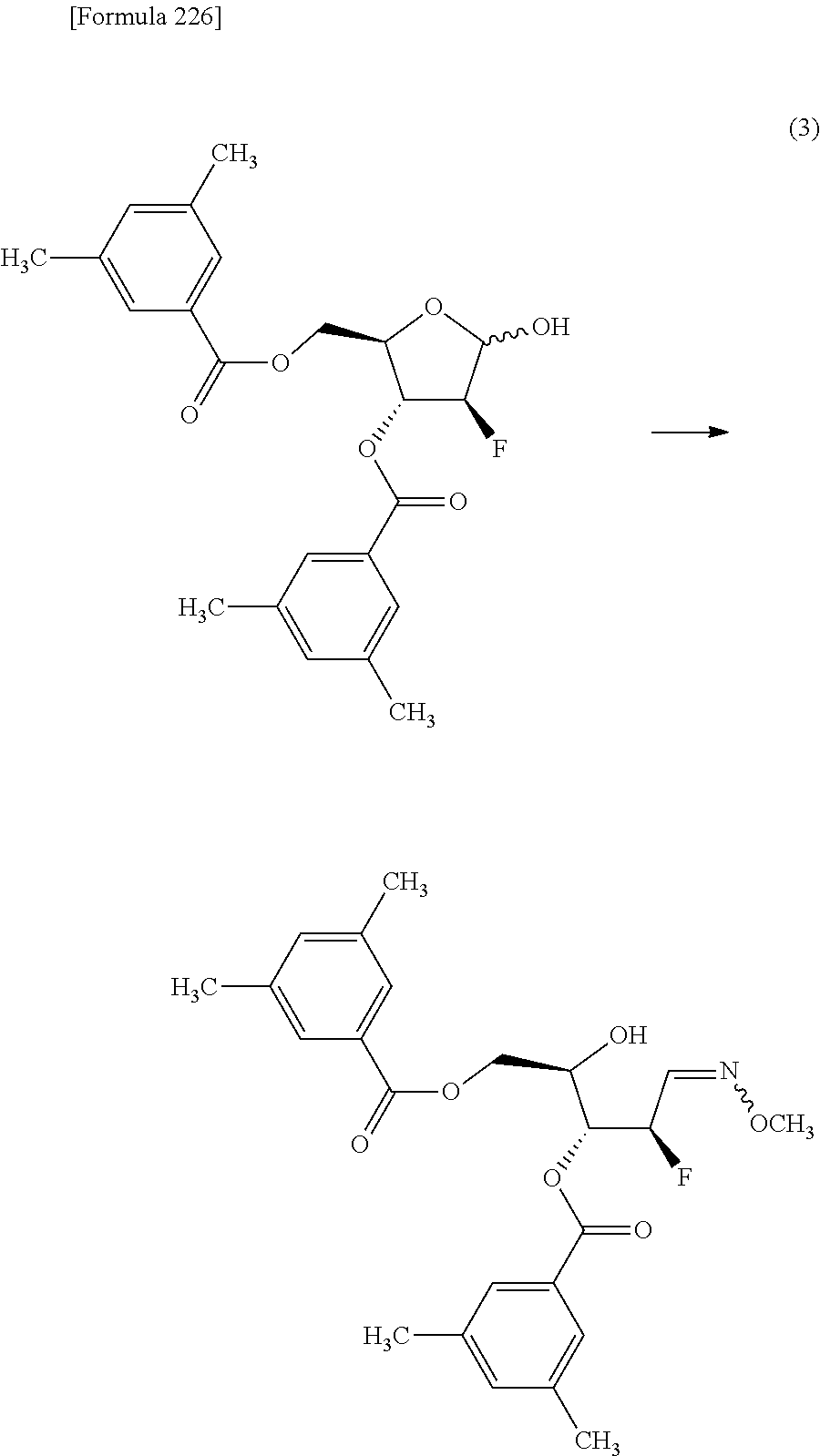
C00175

C00176

C00177
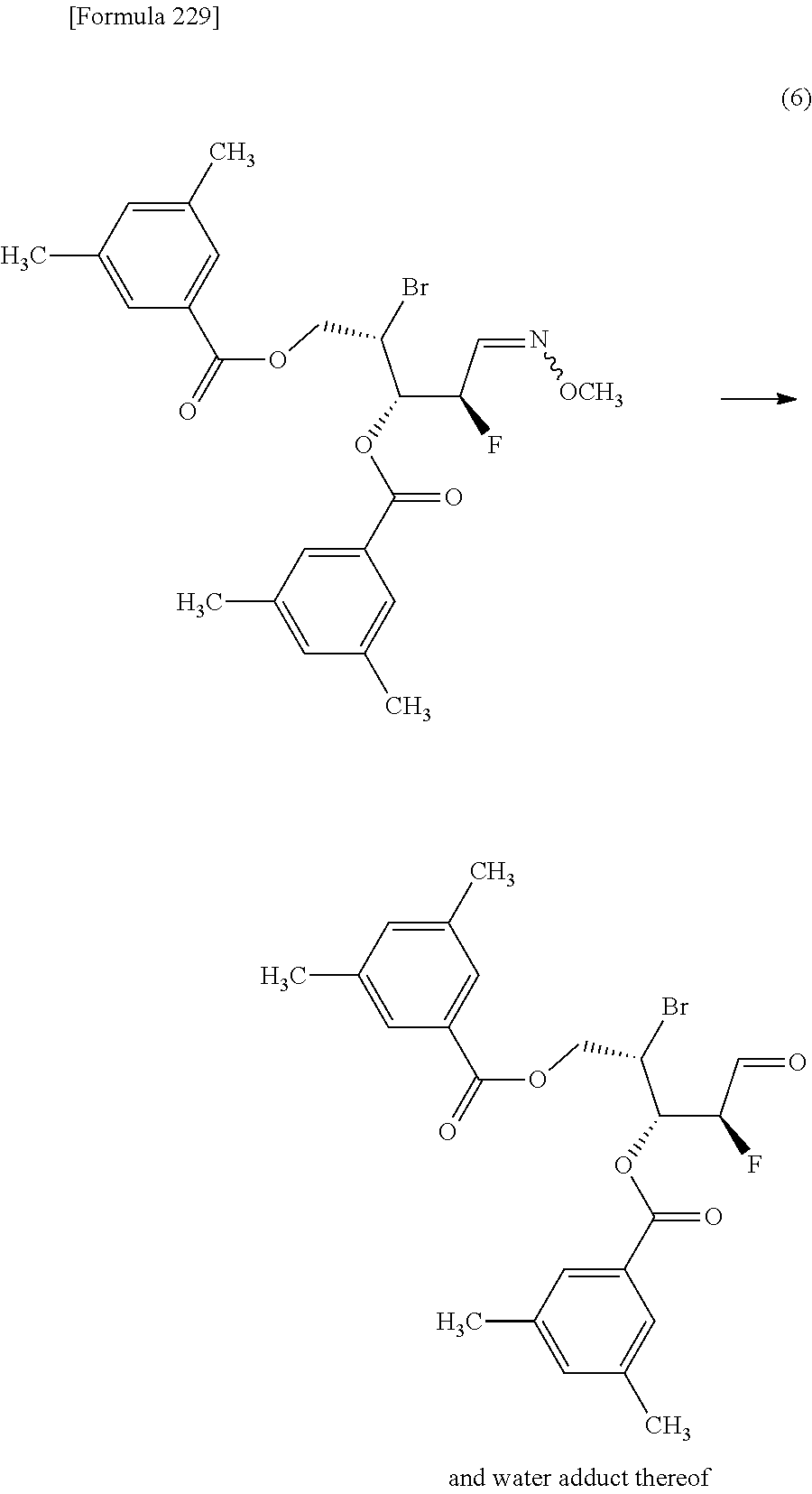
C00178

C00179
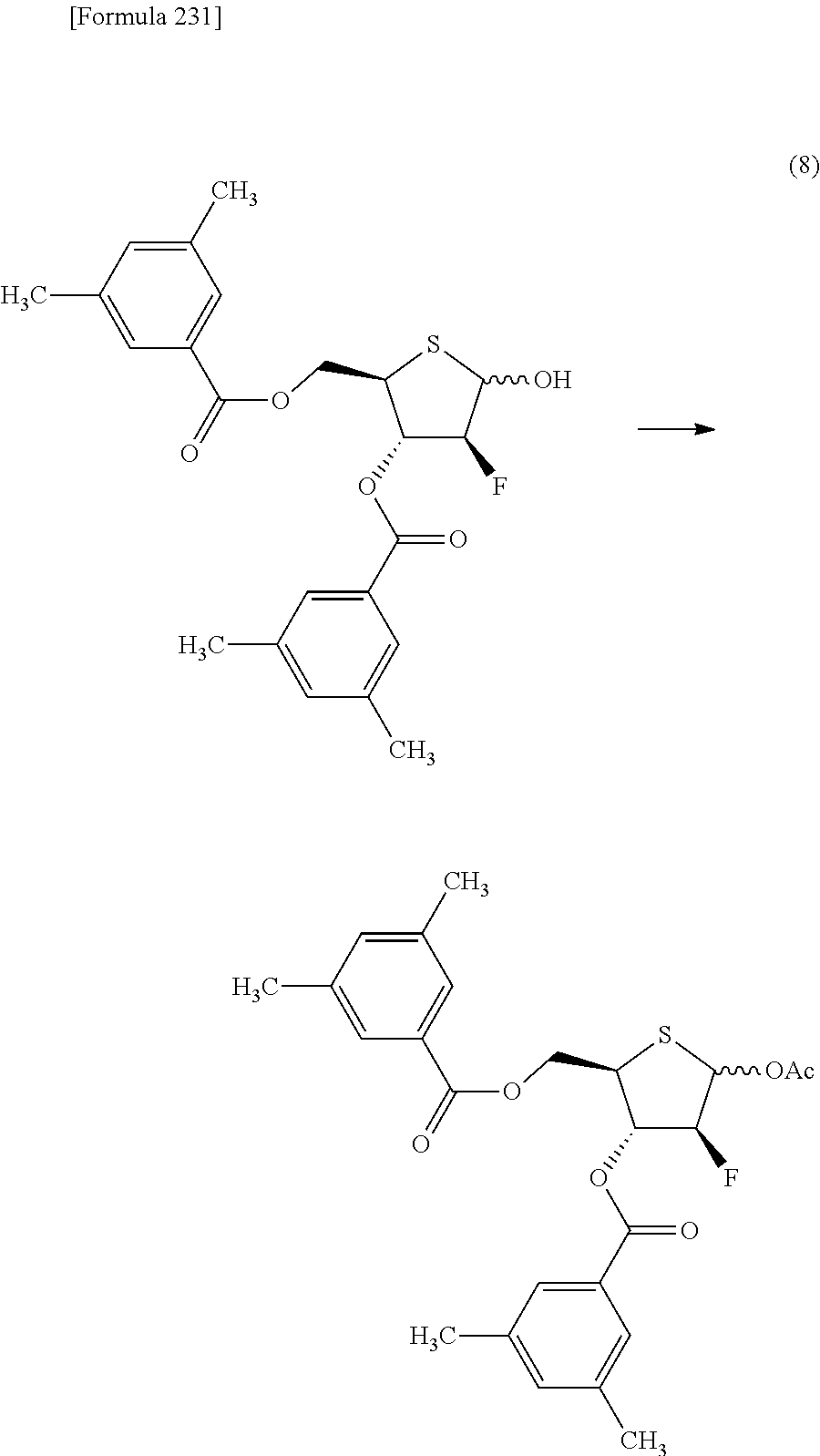
C00180
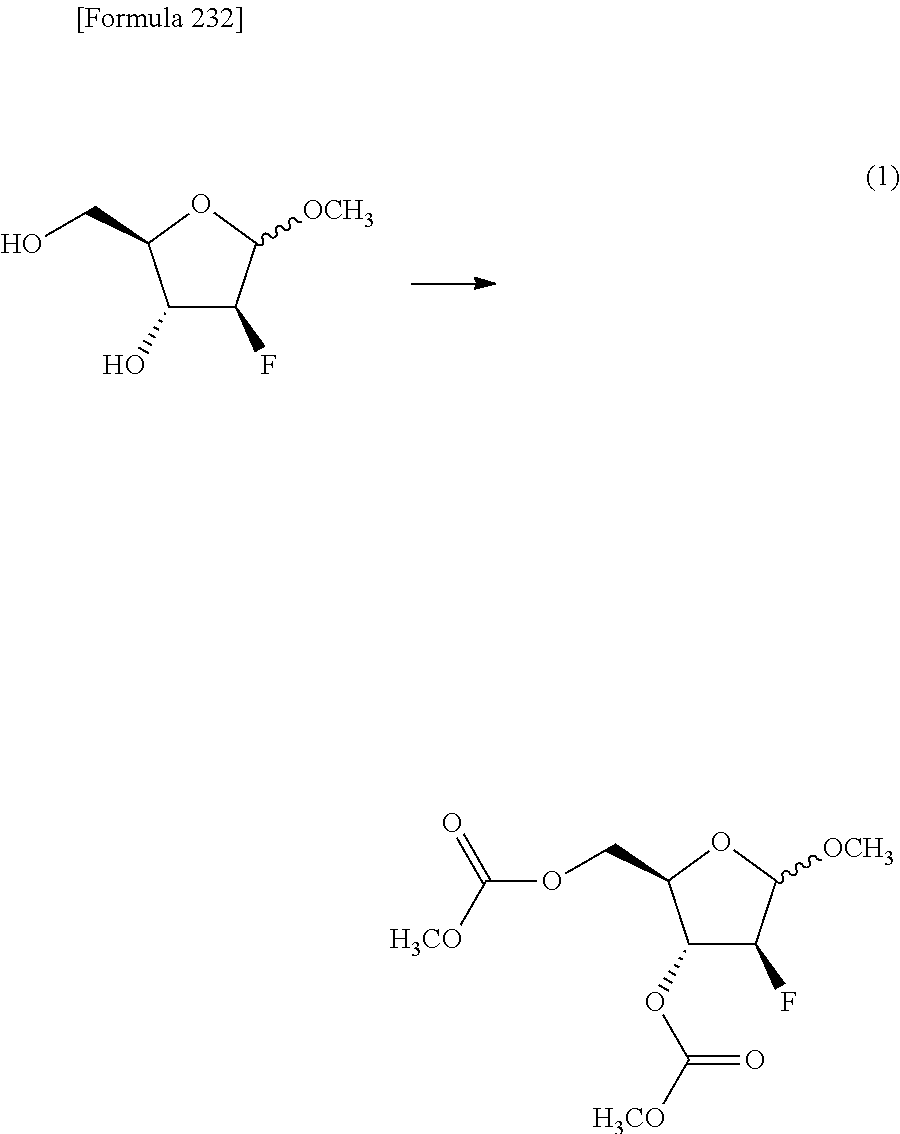
C00181
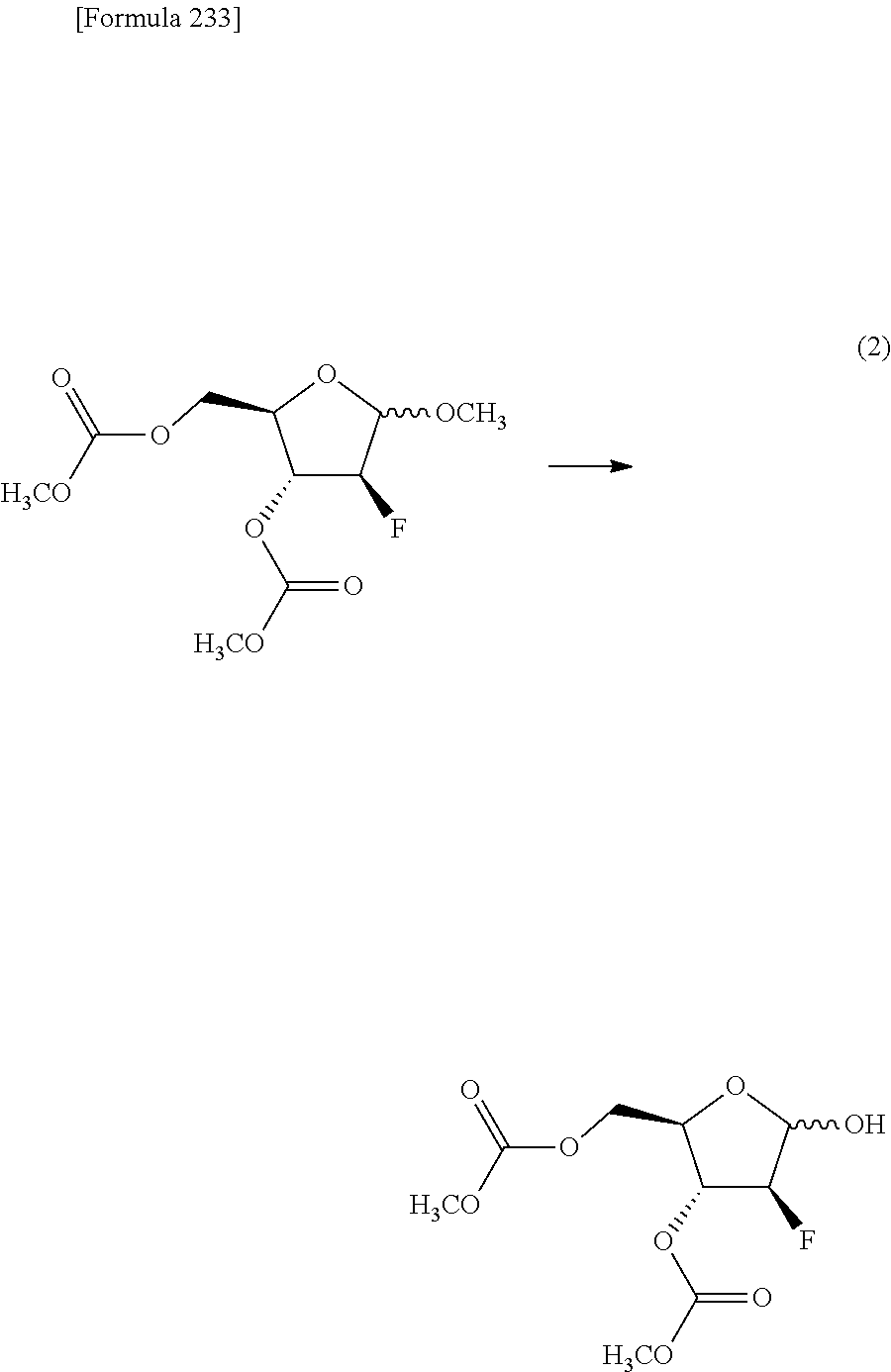
C00182

C00183

C00184

C00185

C00186
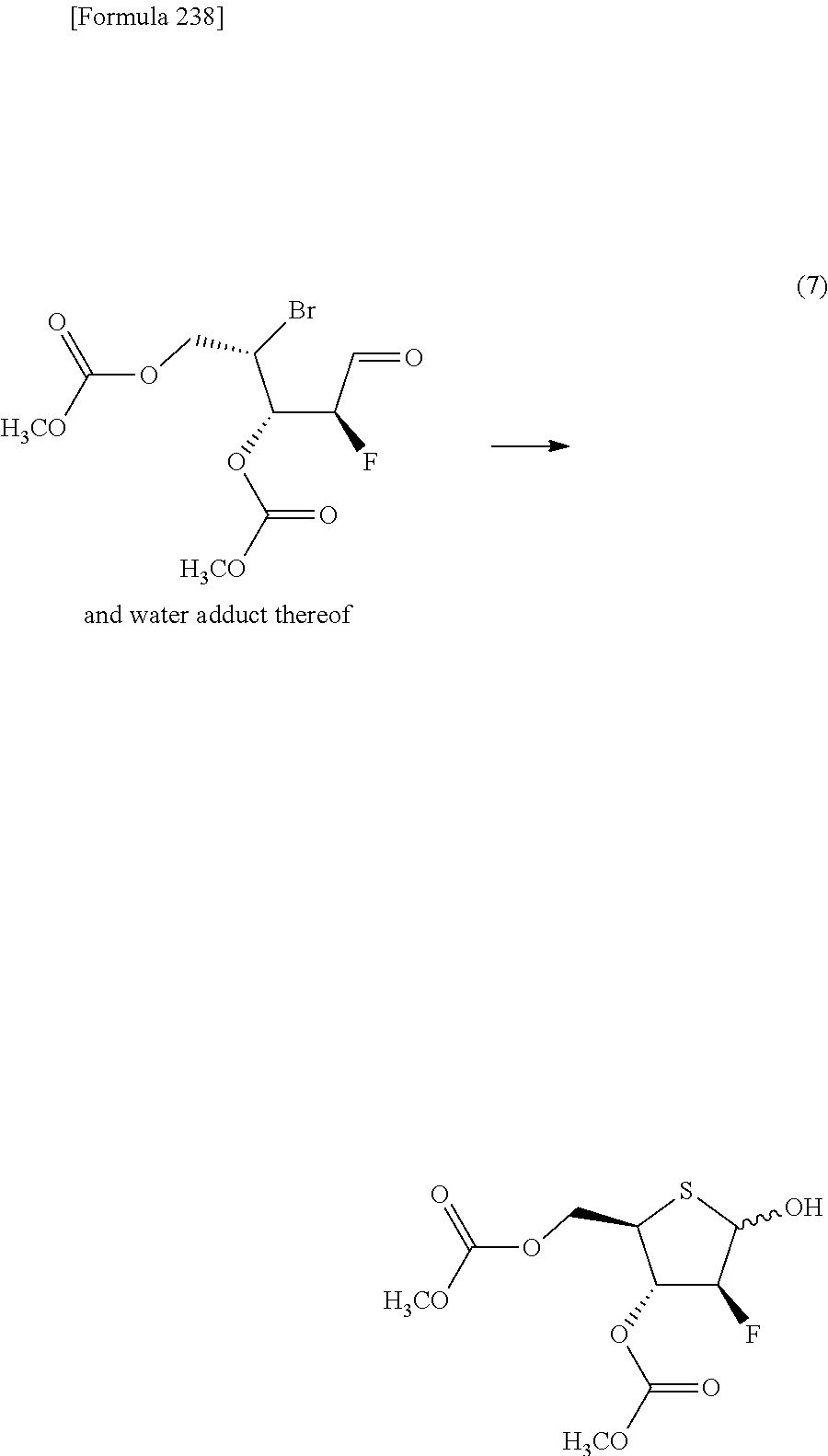
C00187

C00188

C00189

C00190
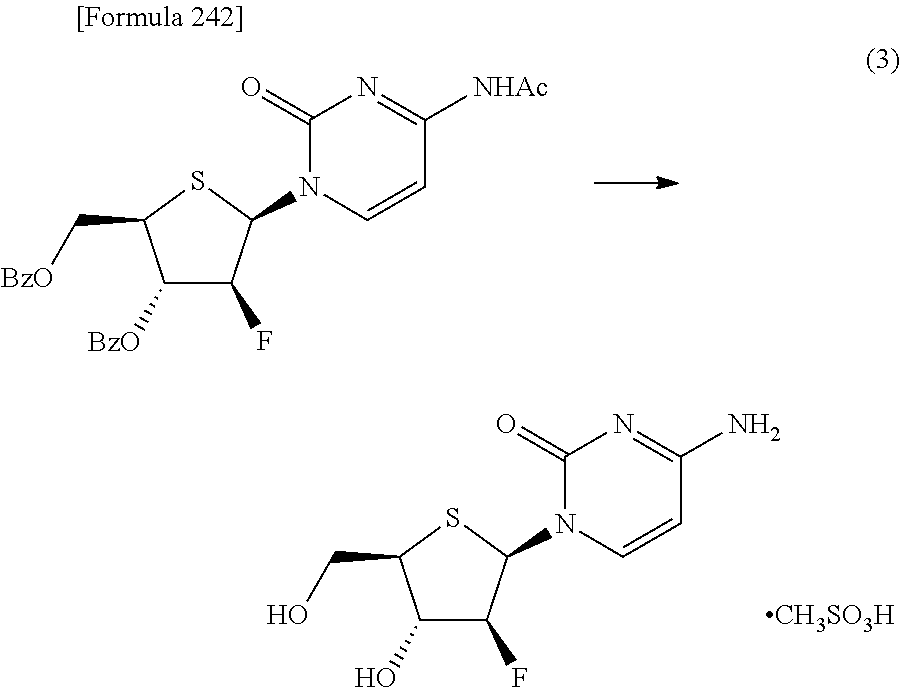
C00191
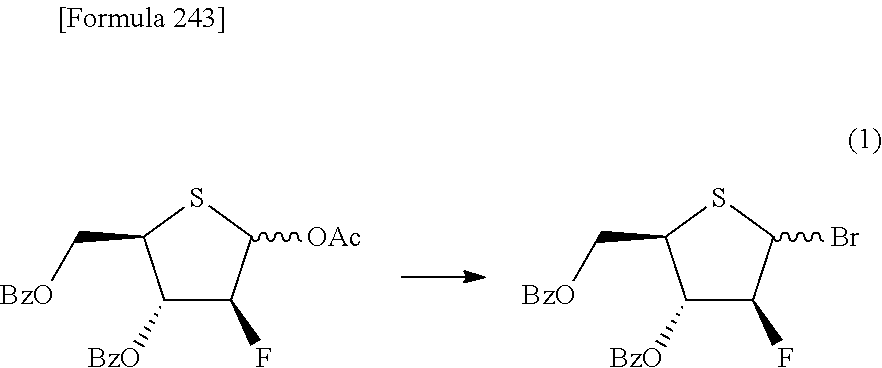
C00192

C00193
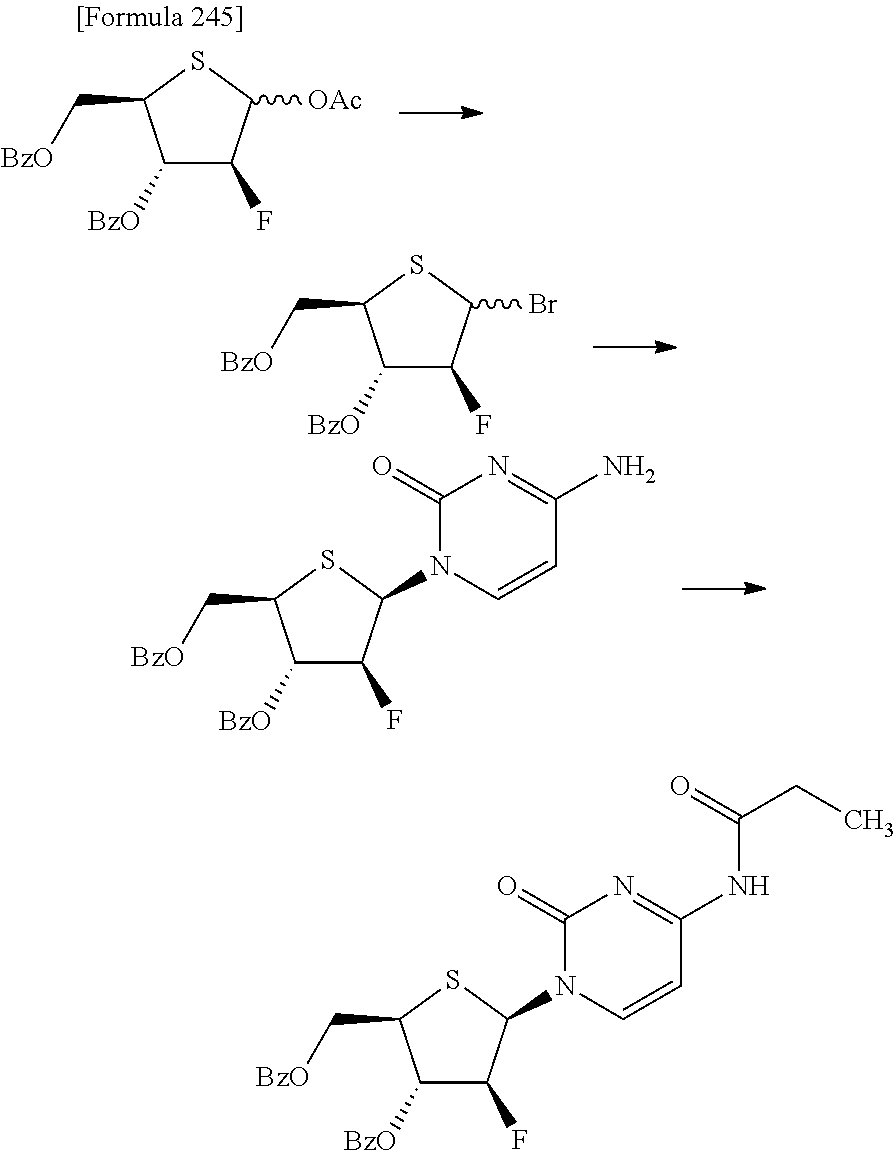
C00194
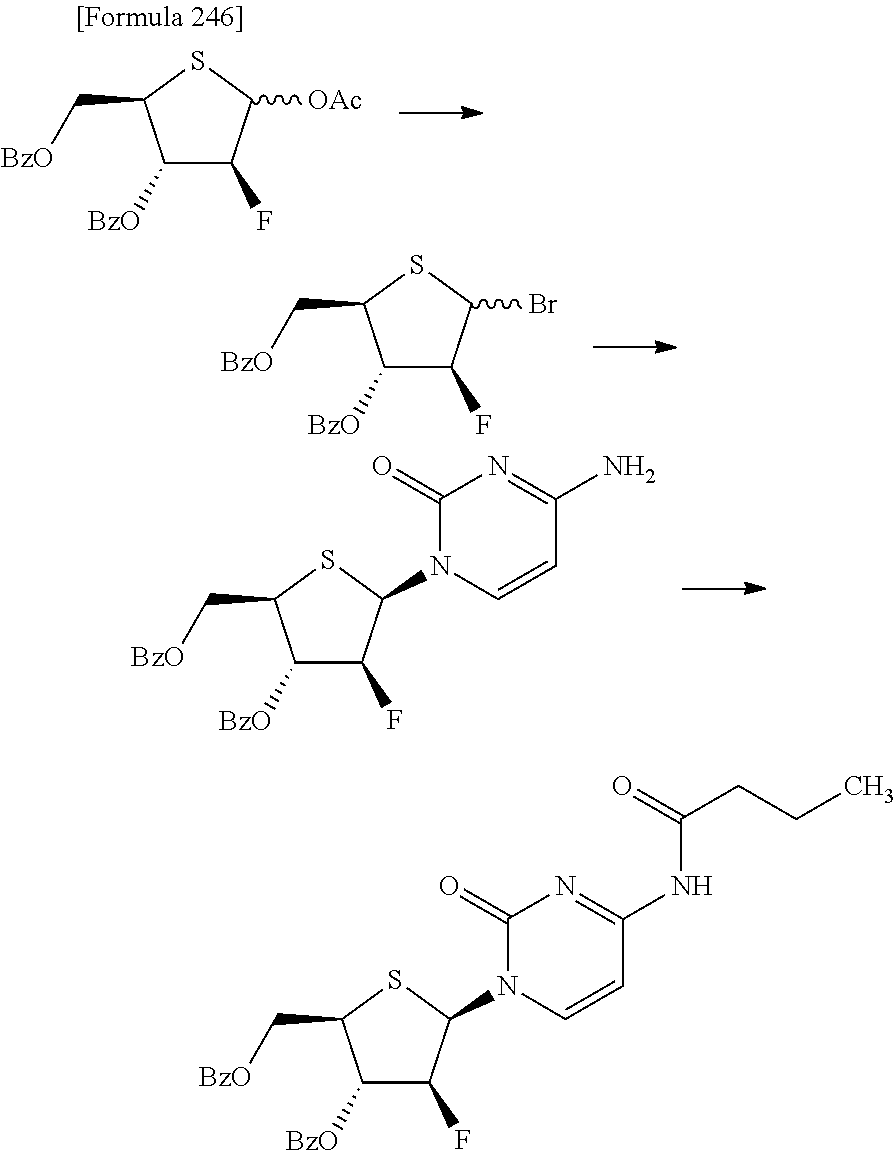
C00195

C00196

C00197

C00198
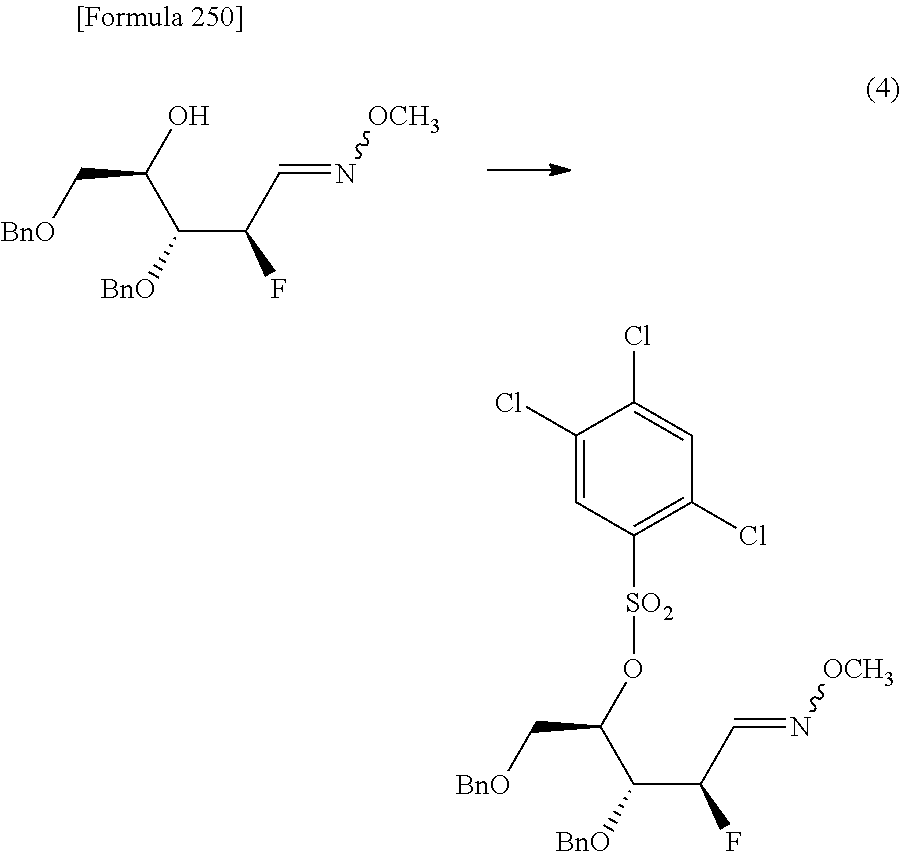
C00199
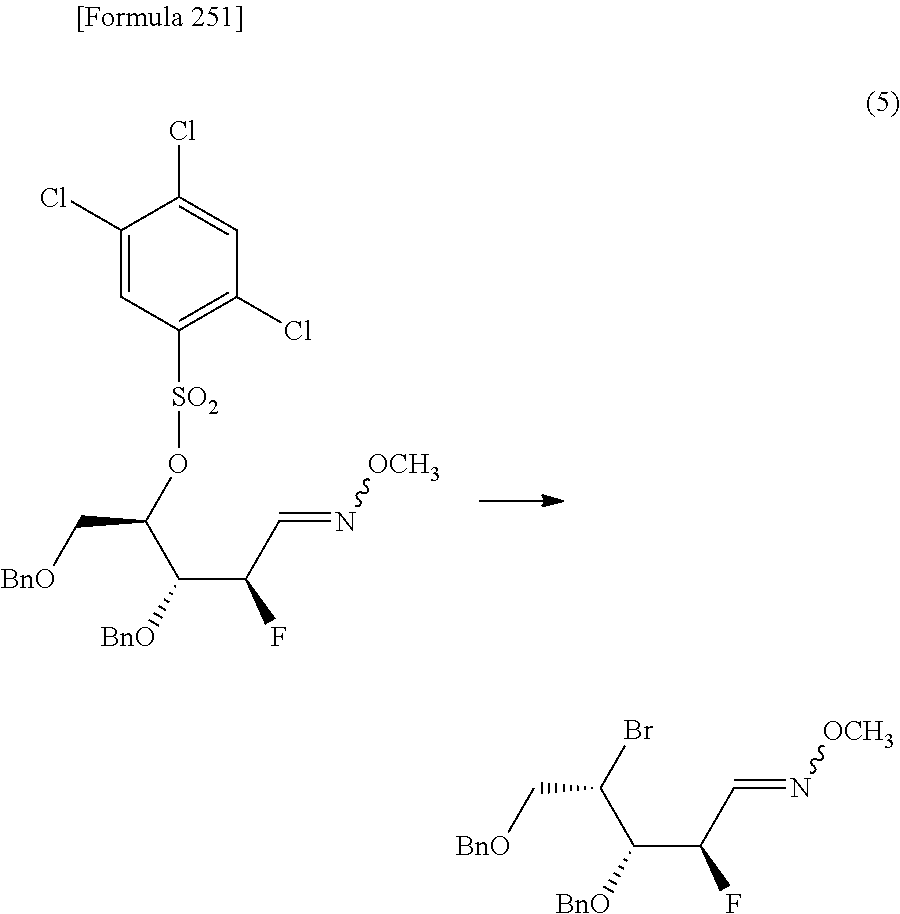
C00200

C00201
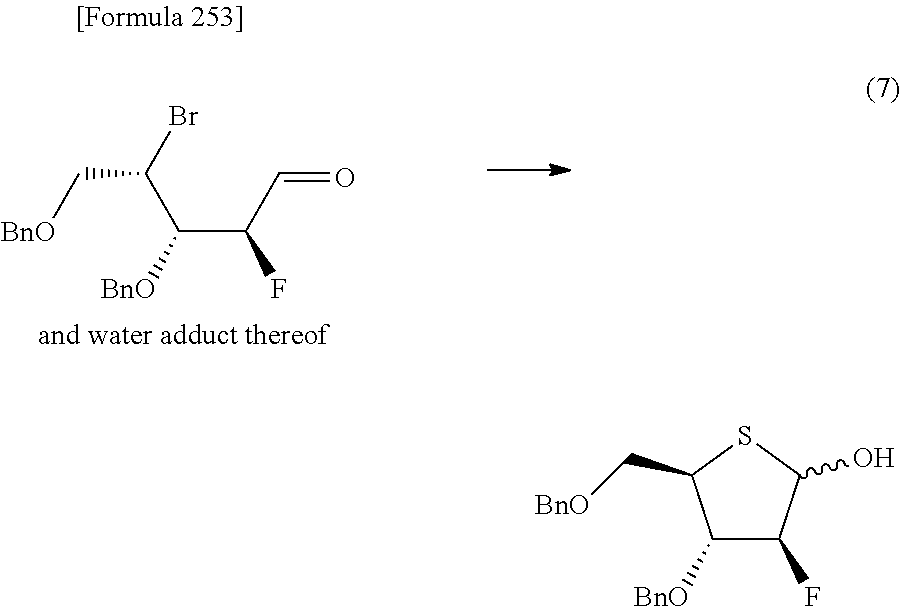
C00202

C00203
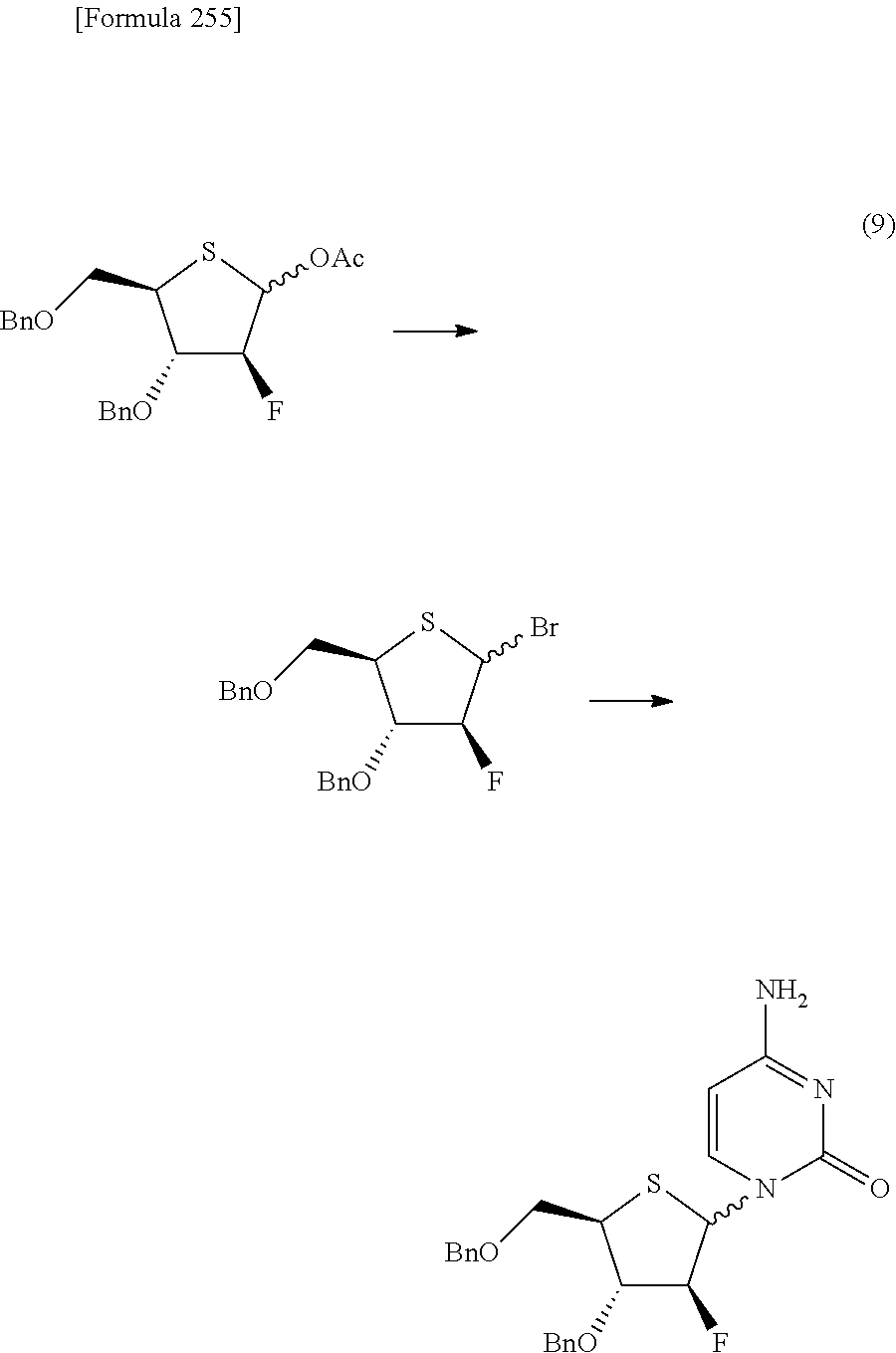
C00204

C00205

C00206
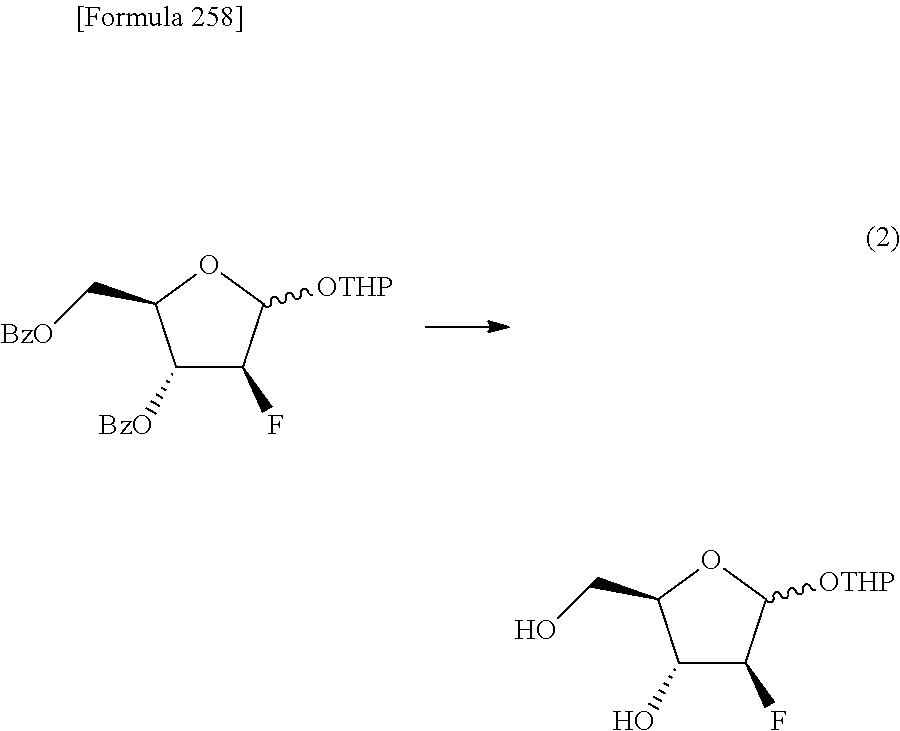
C00207
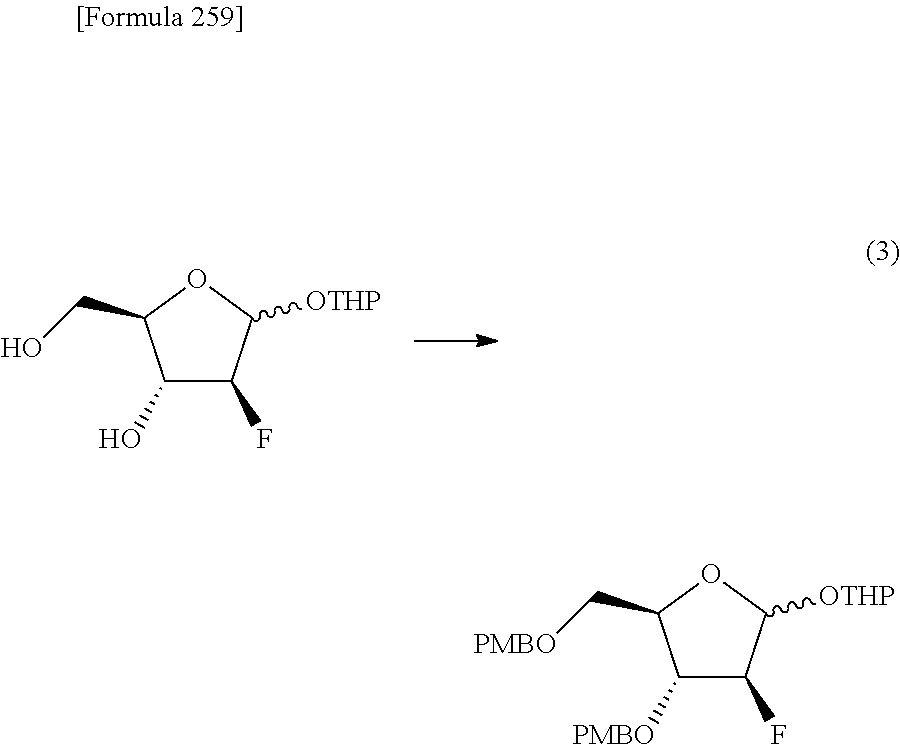
C00208
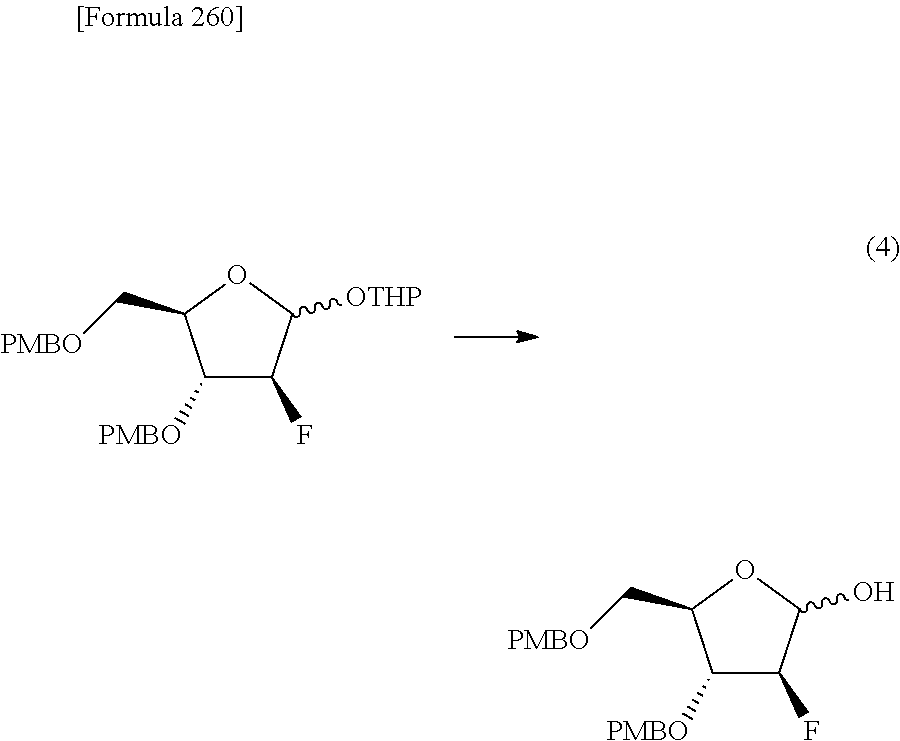
C00209

C00210
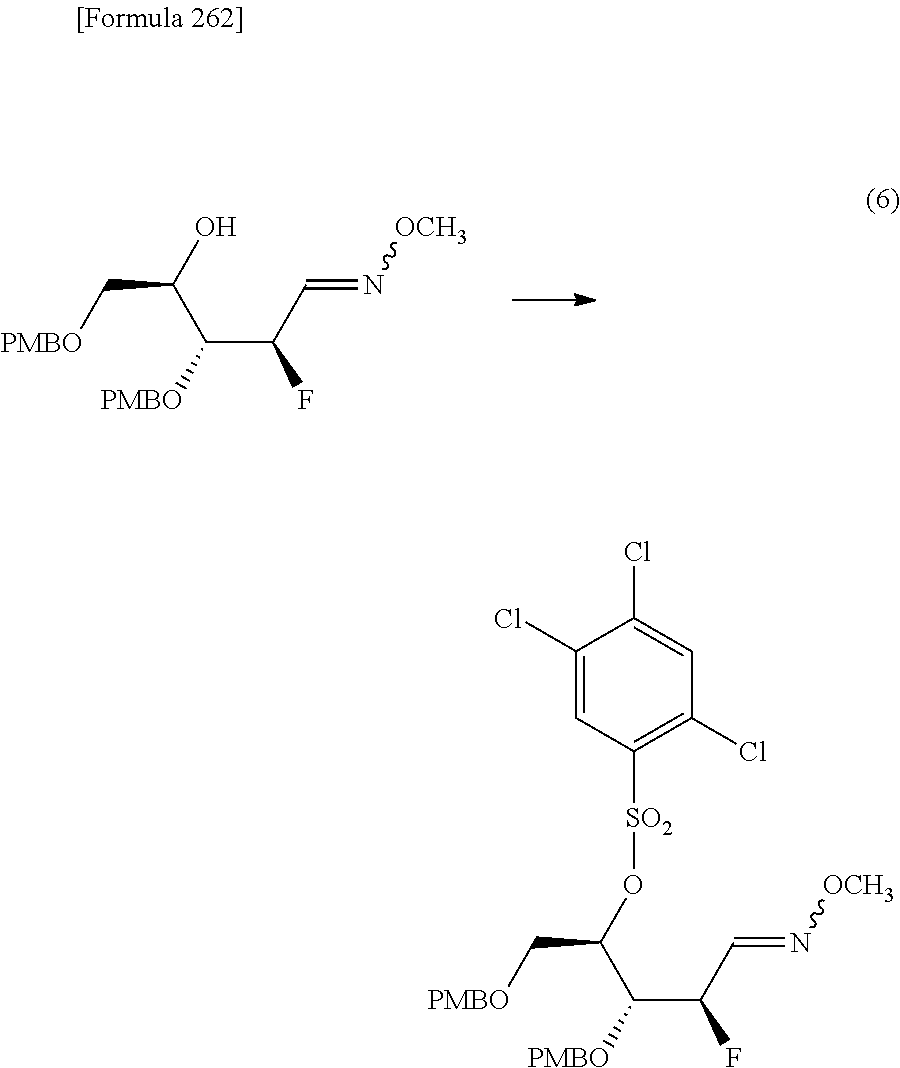
C00211
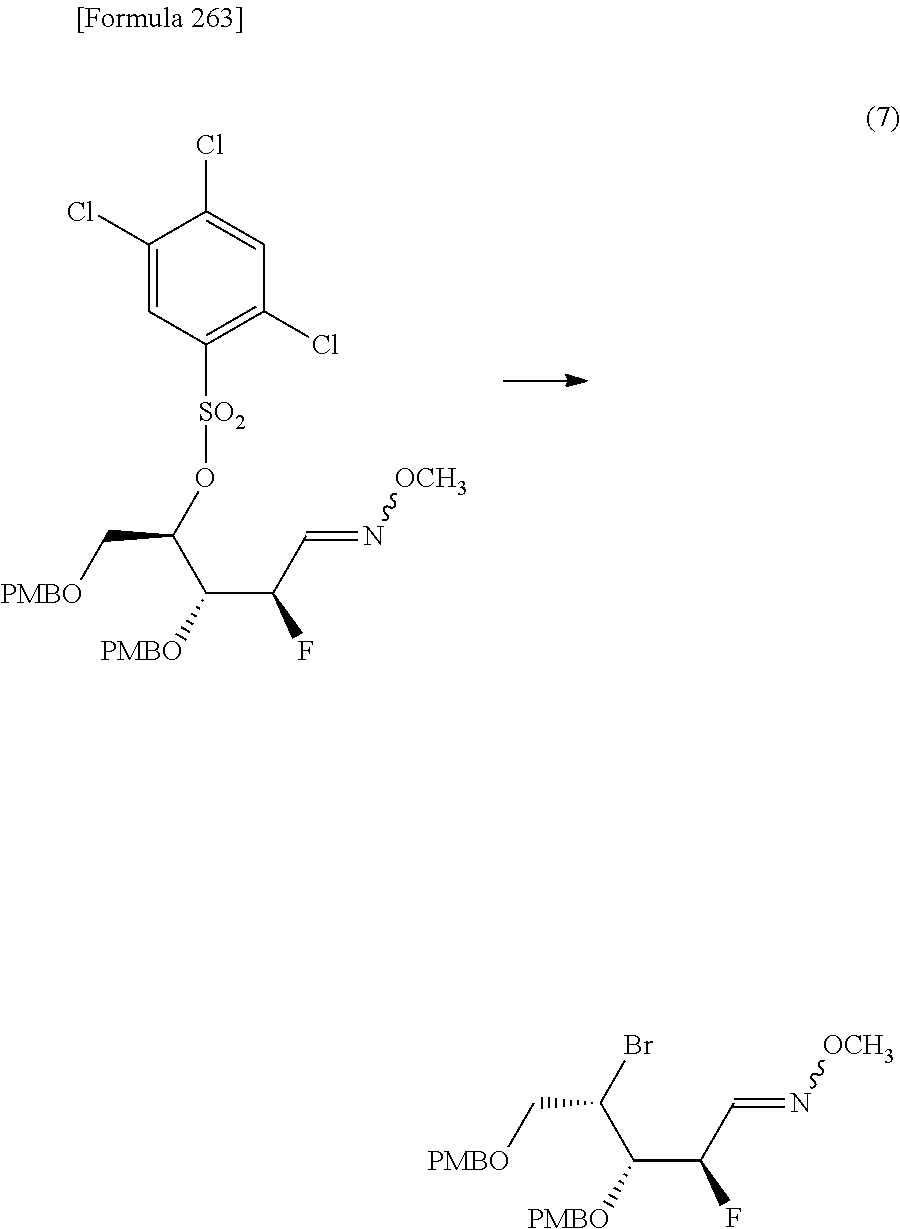
C00212
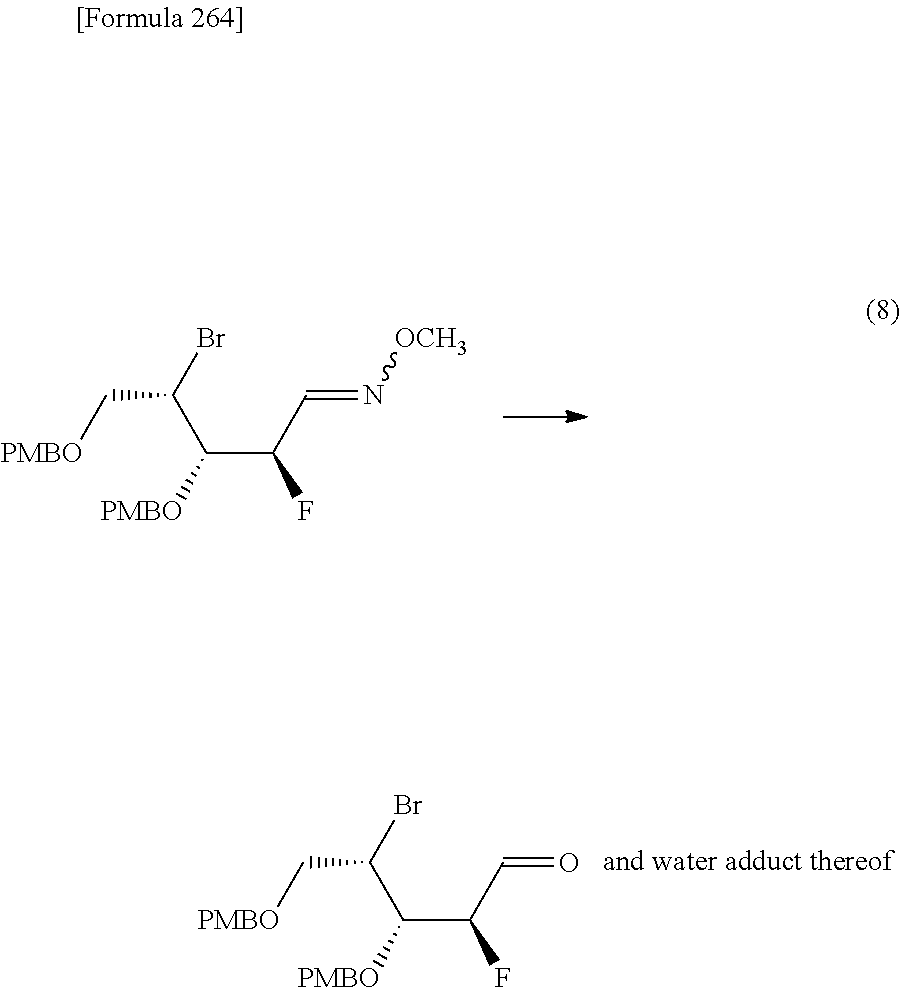
C00213
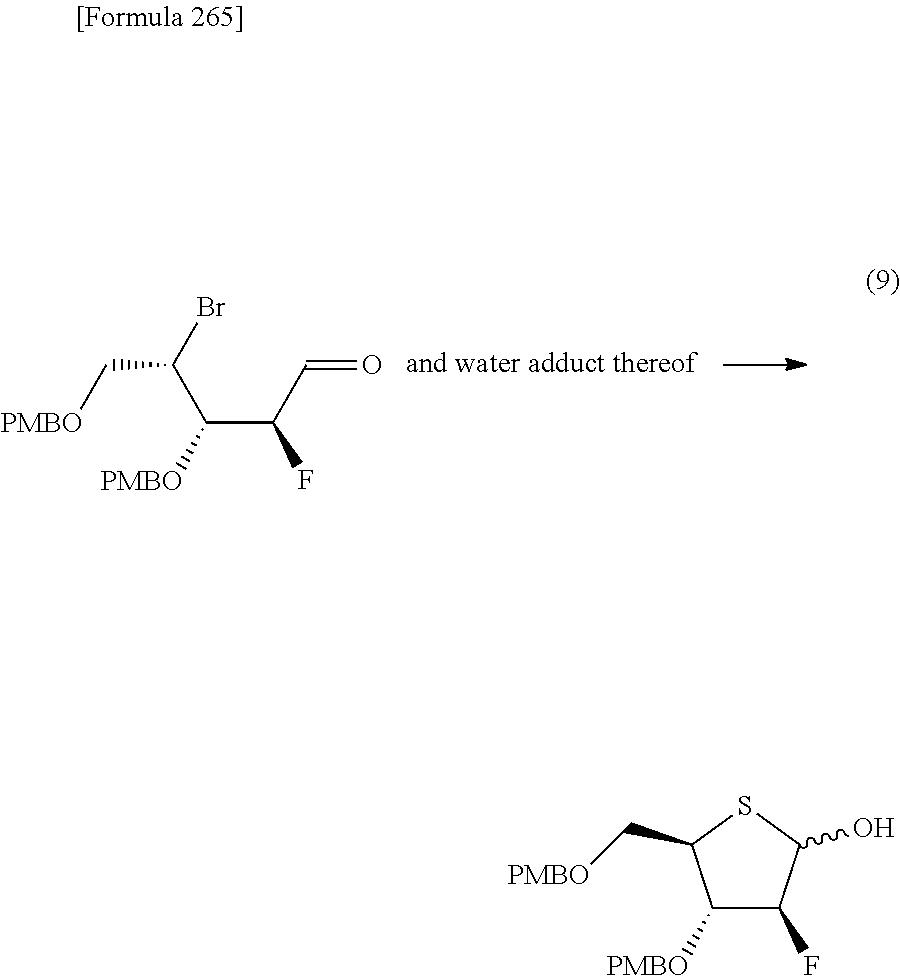
C00214

C00215
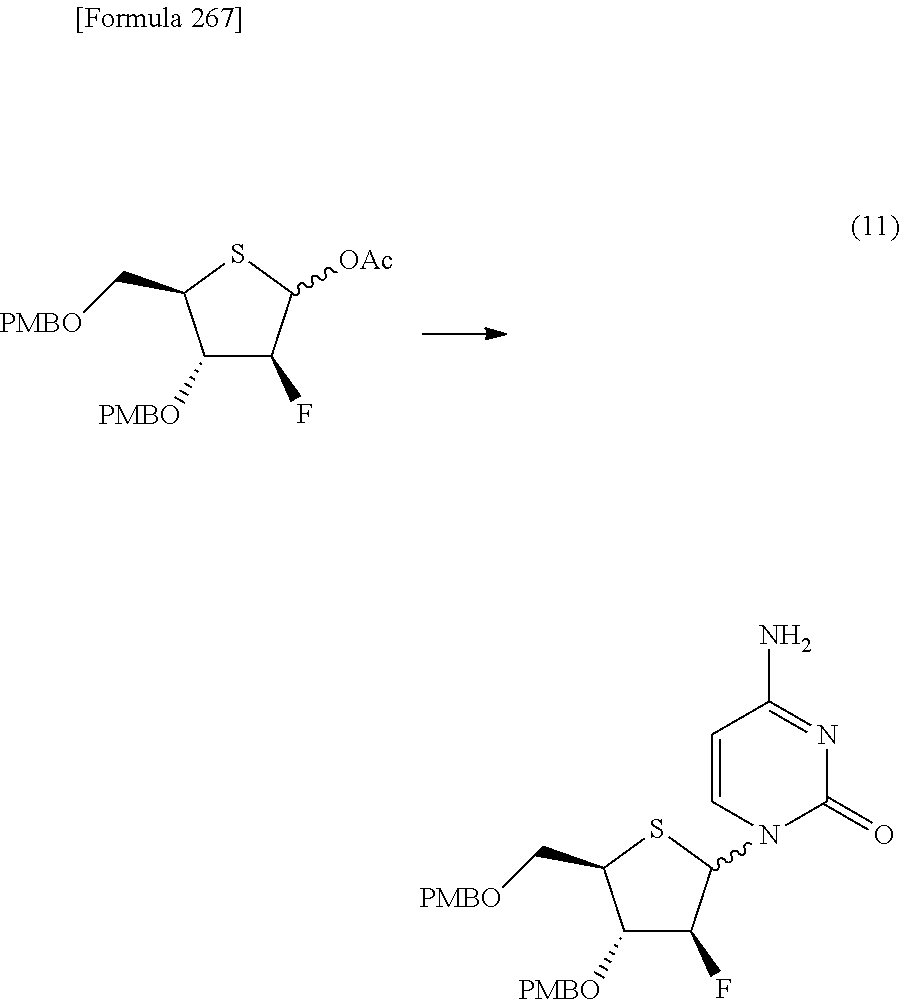
C00216

C00217

C00218

C00219

C00220

C00221
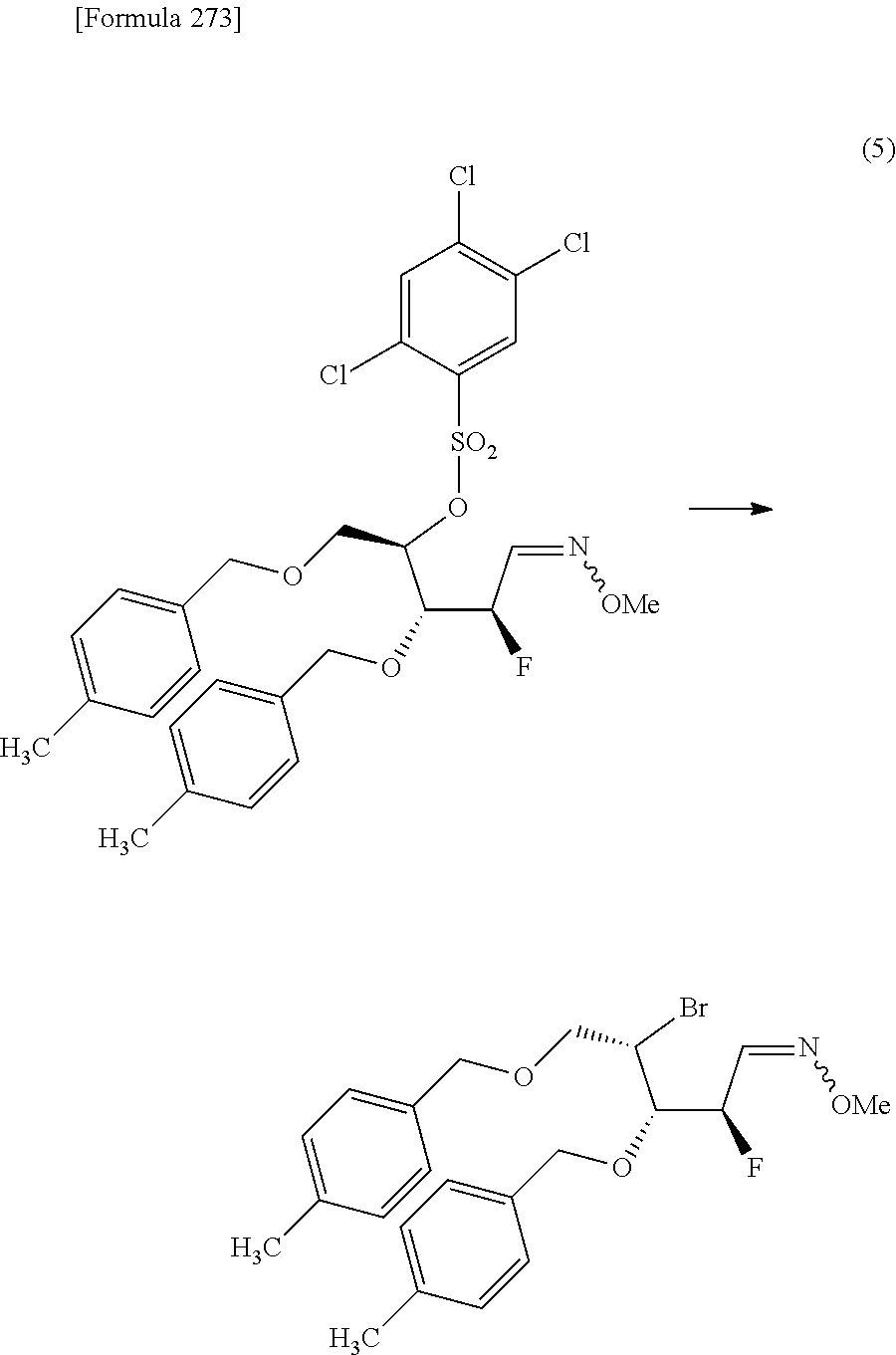
C00222

C00223
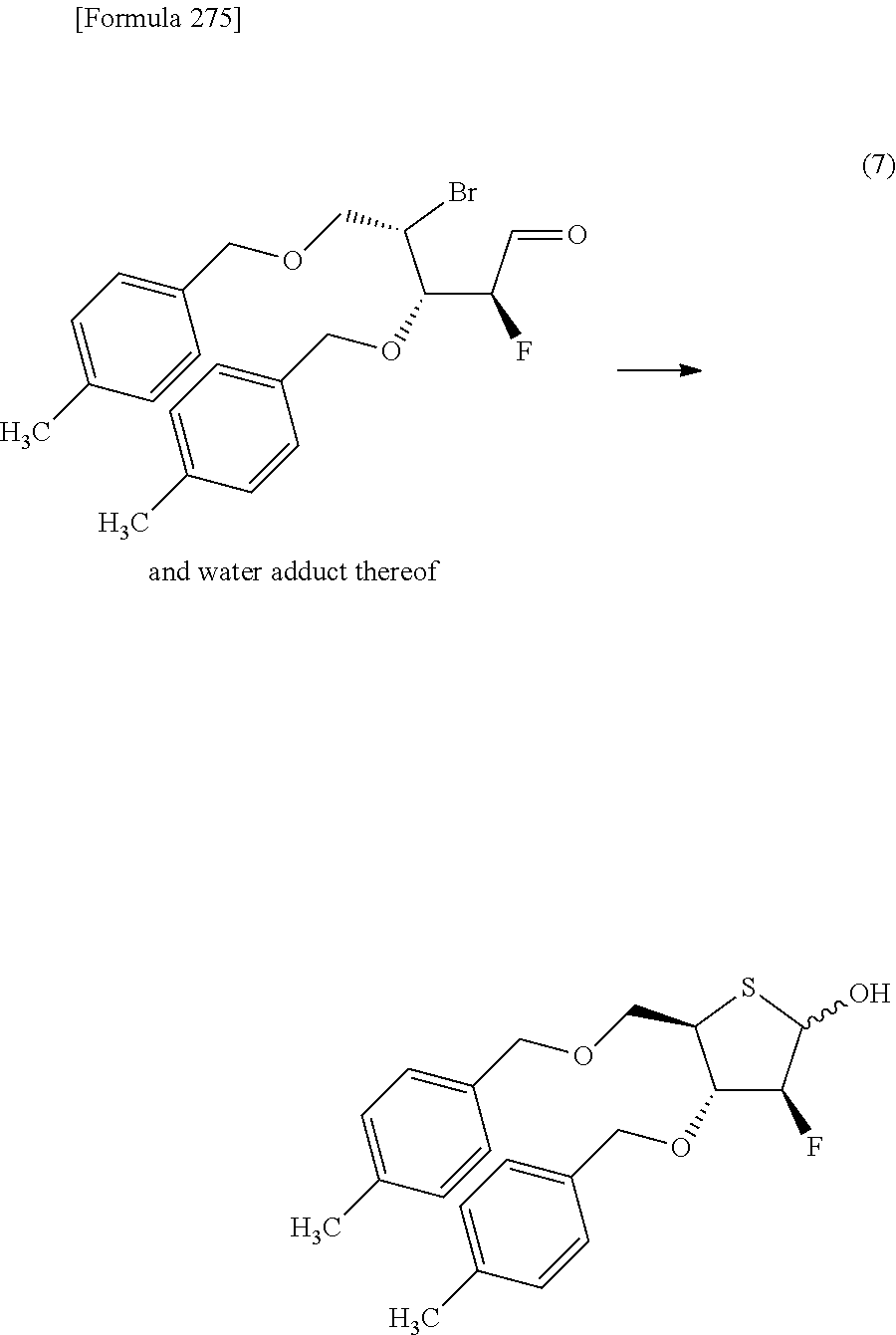
C00224
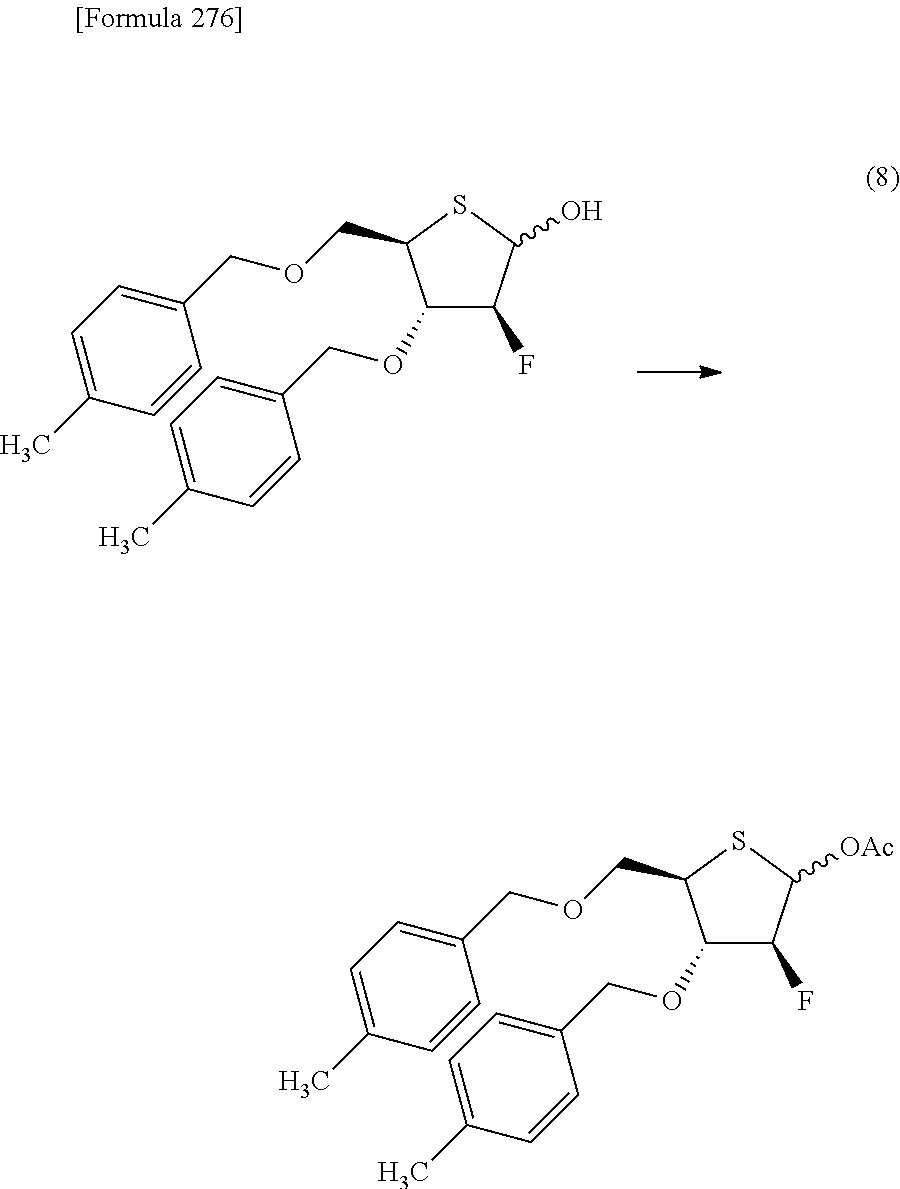
C00225

C00226

C00227

C00228
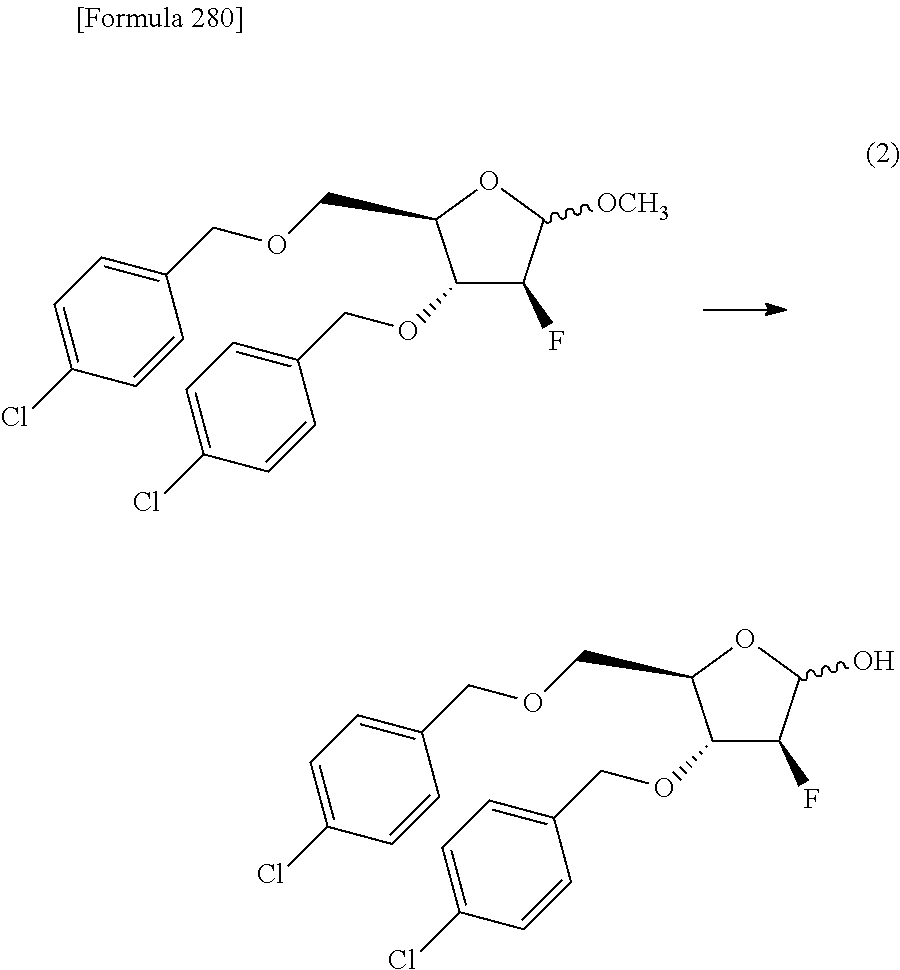
C00229

C00230

C00231
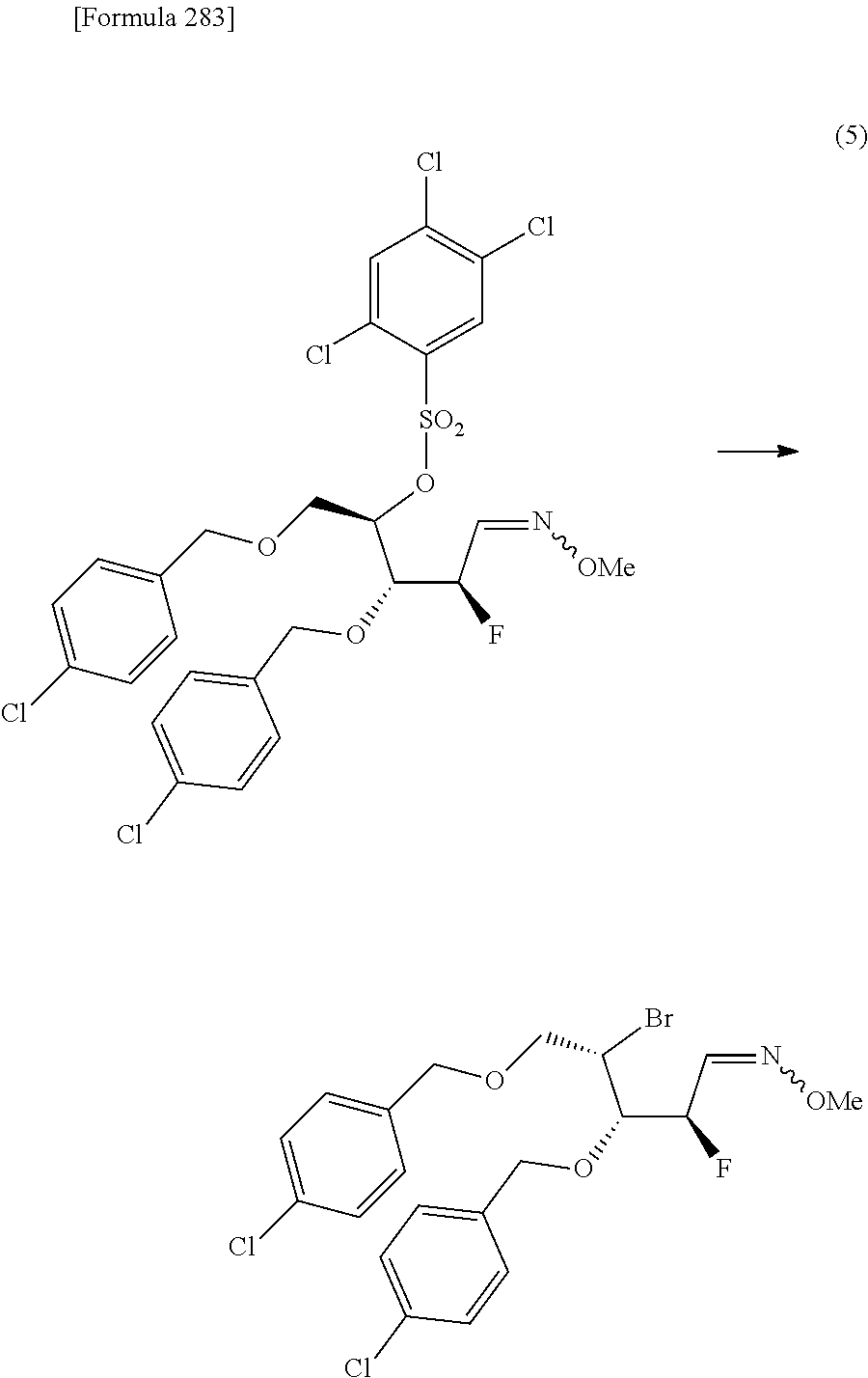
C00232
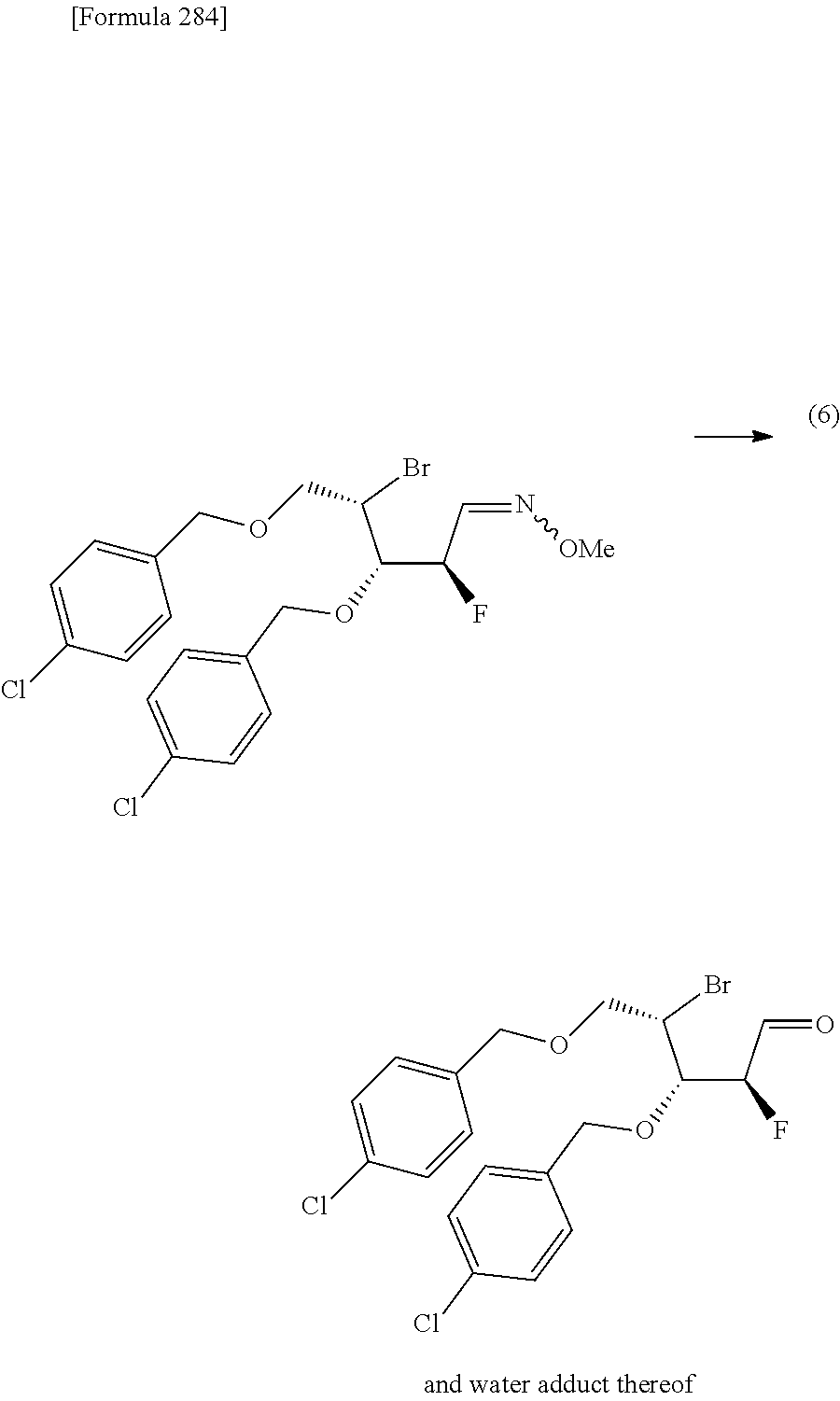
C00233

C00234

C00235

C00236

C00237
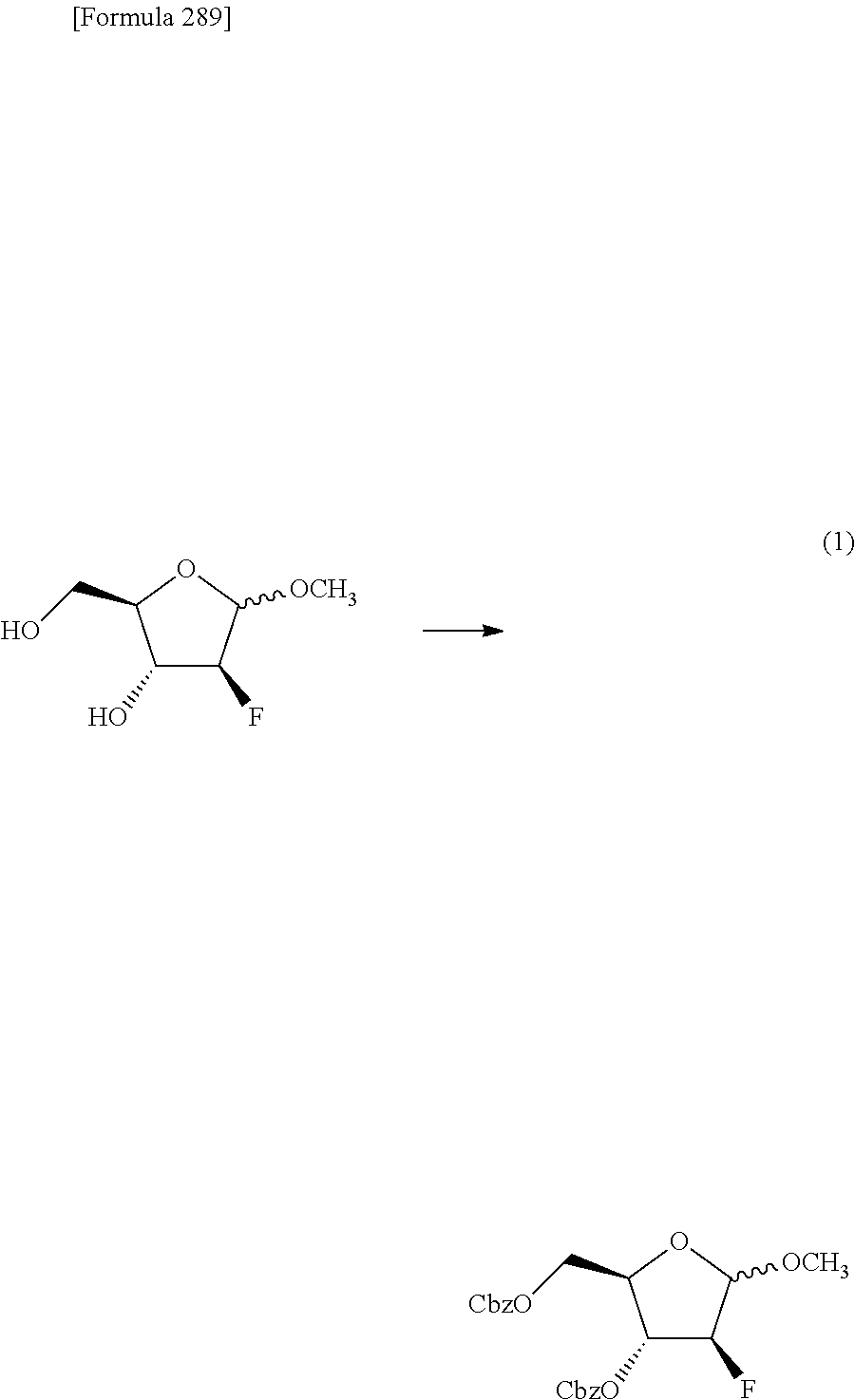
C00238
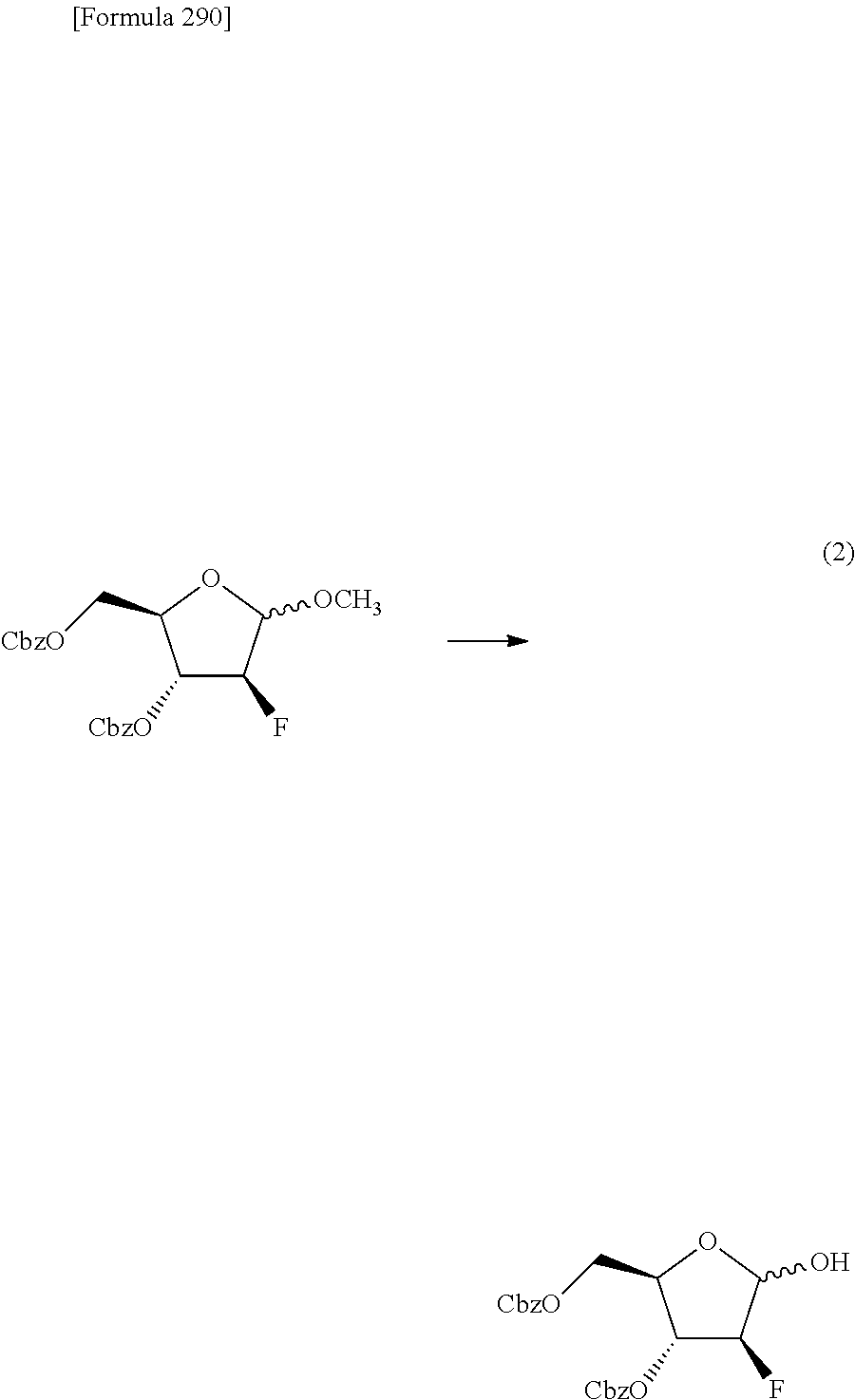
C00239

C00240
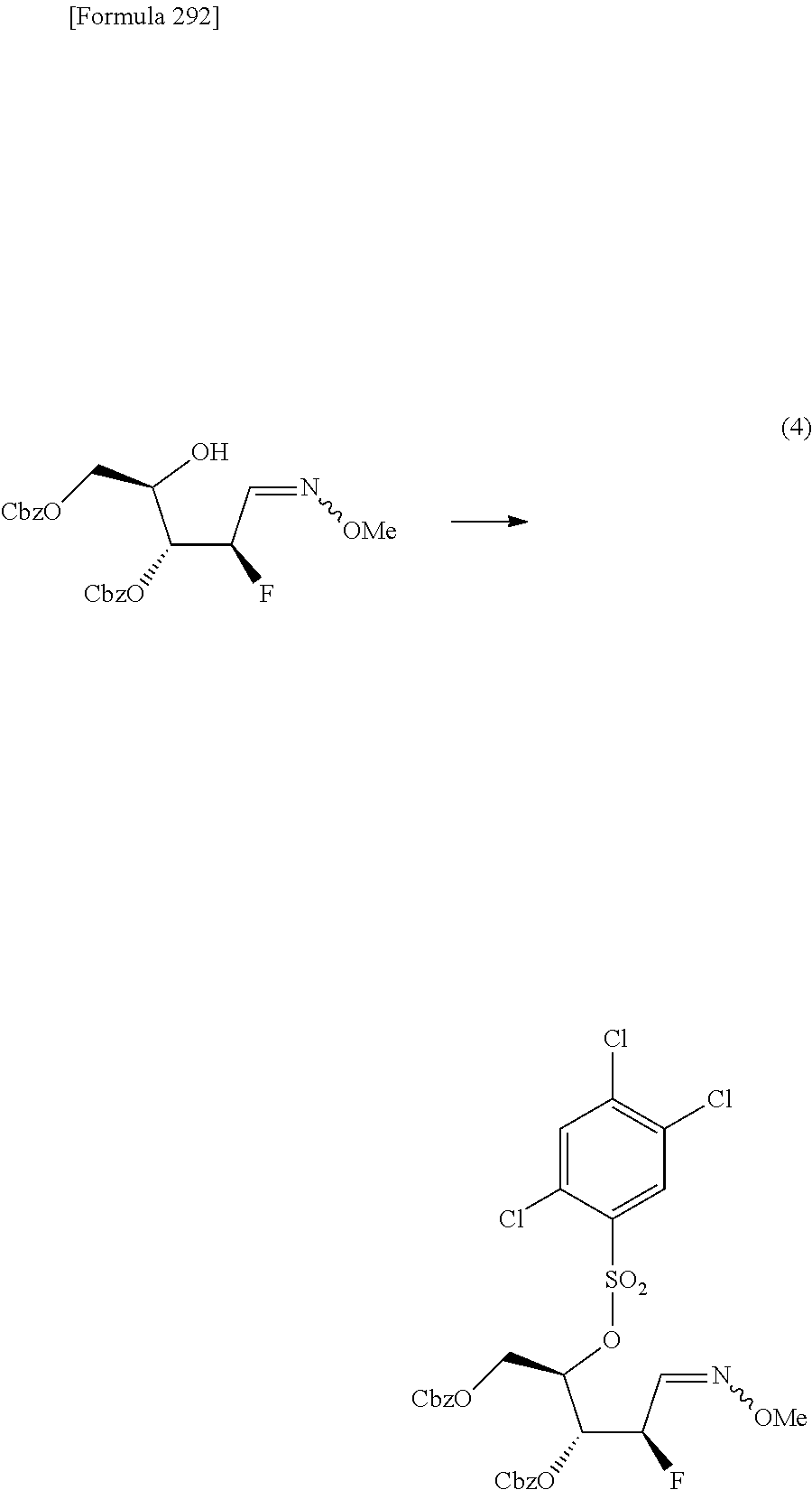
C00241

C00242
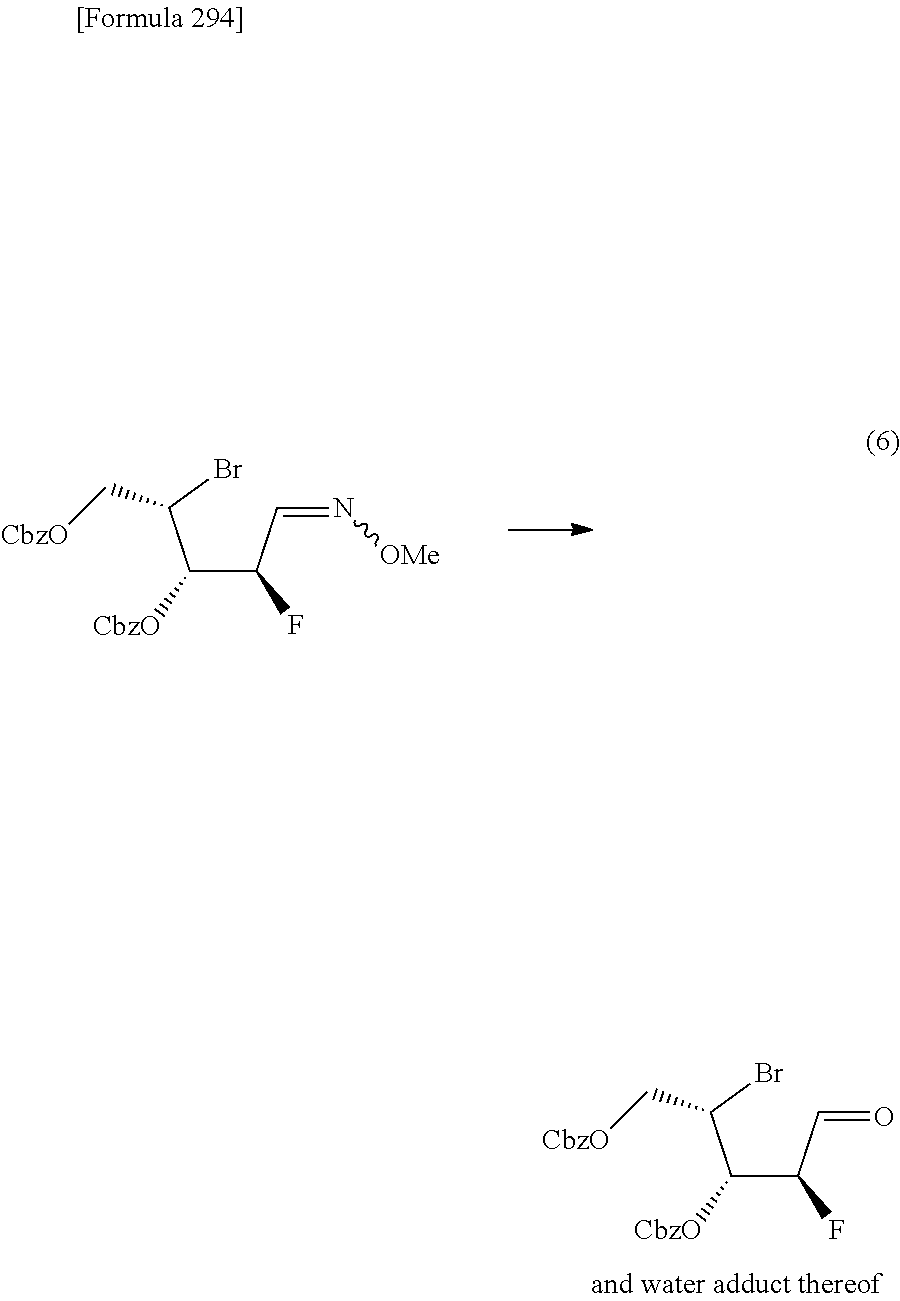
C00243
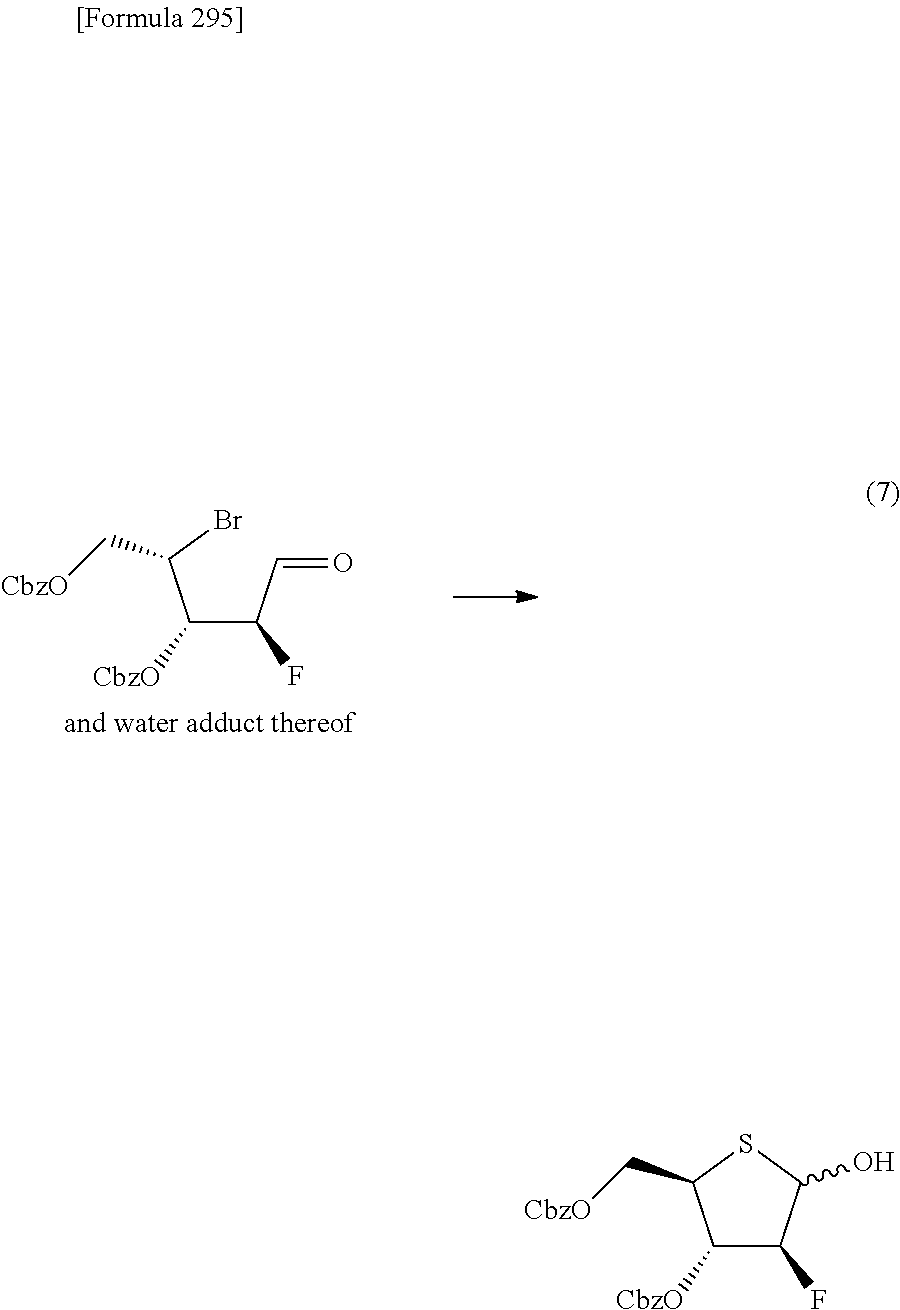
C00244
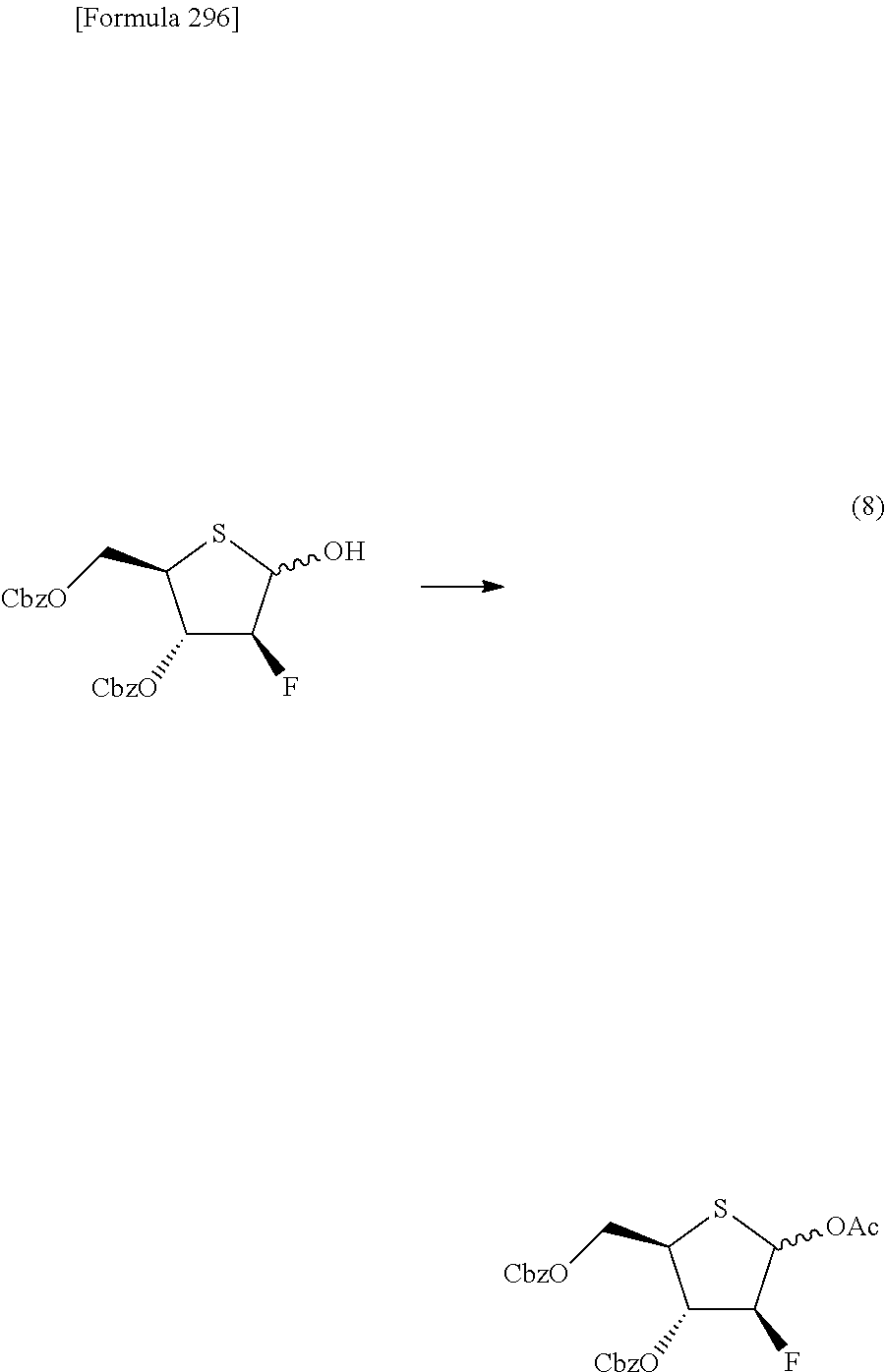
C00245
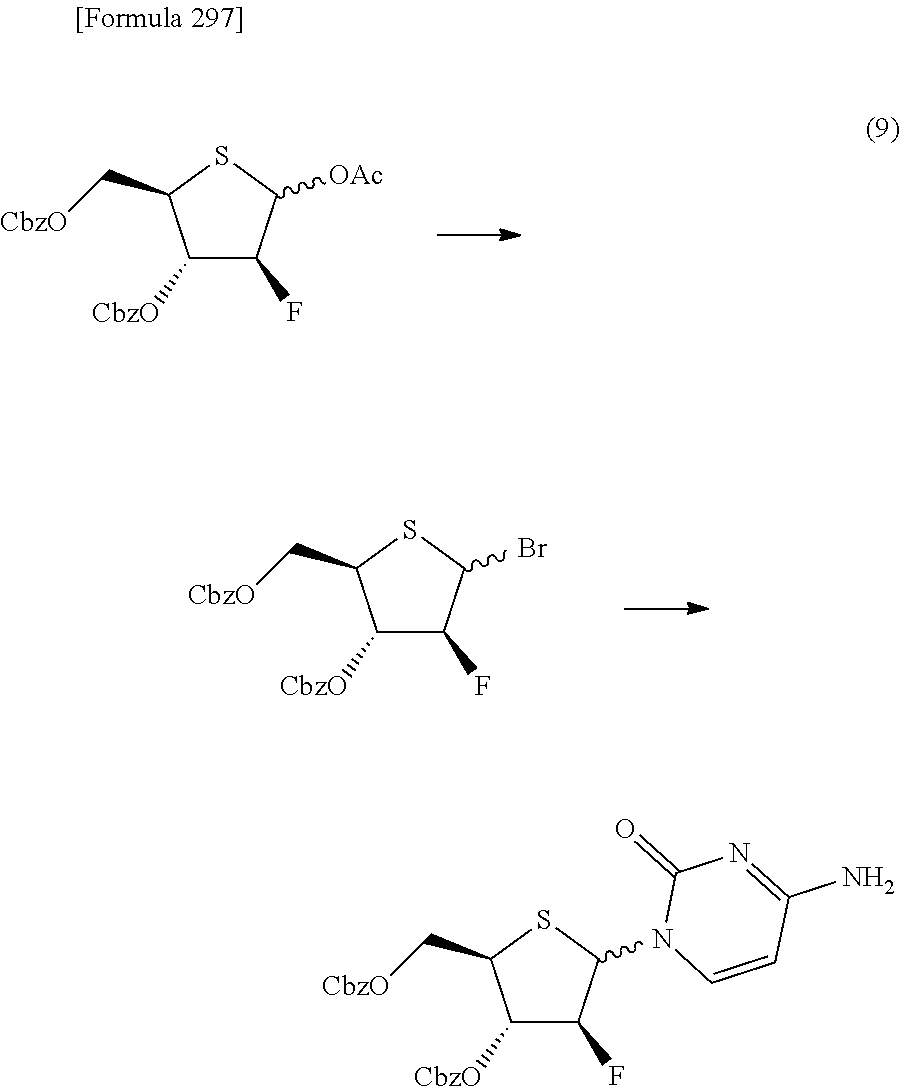
C00246

C00247

C00248
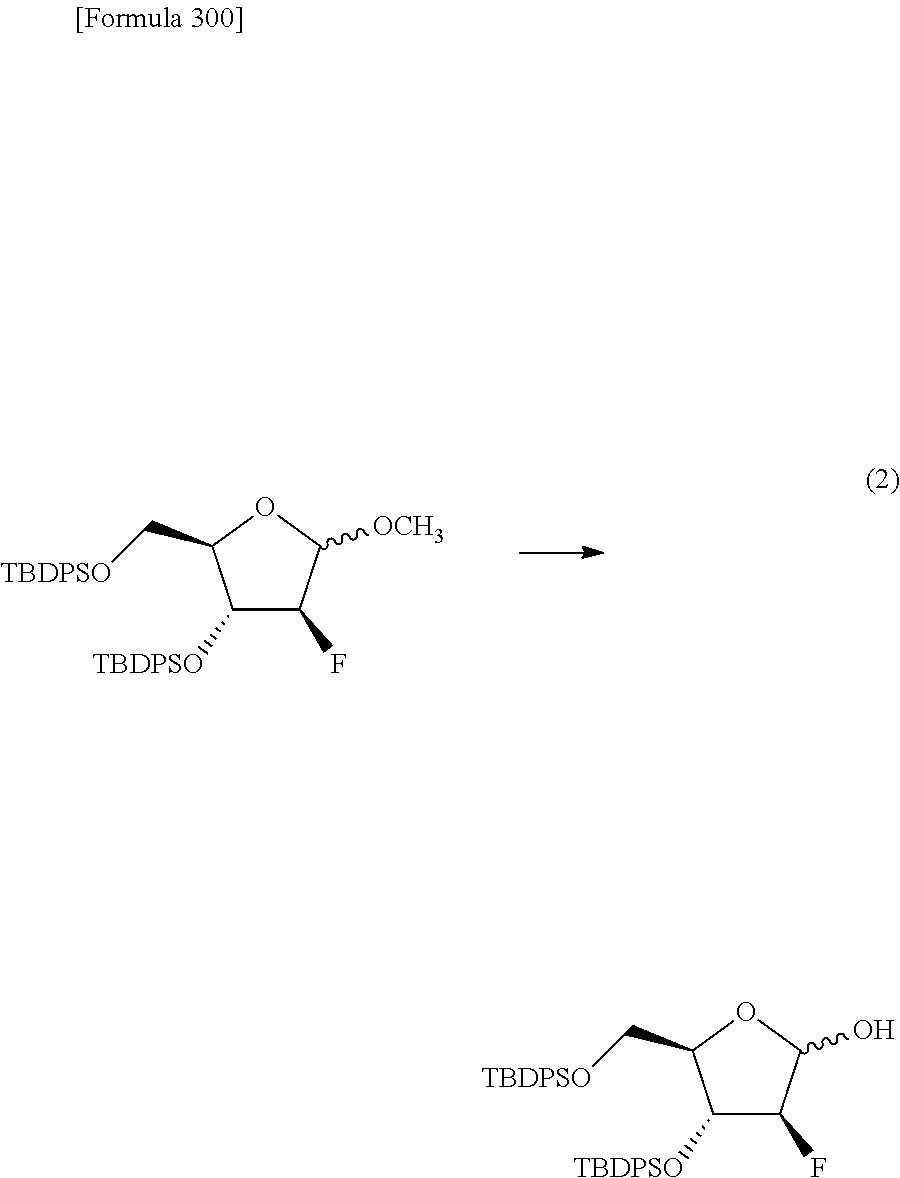
C00249

C00250
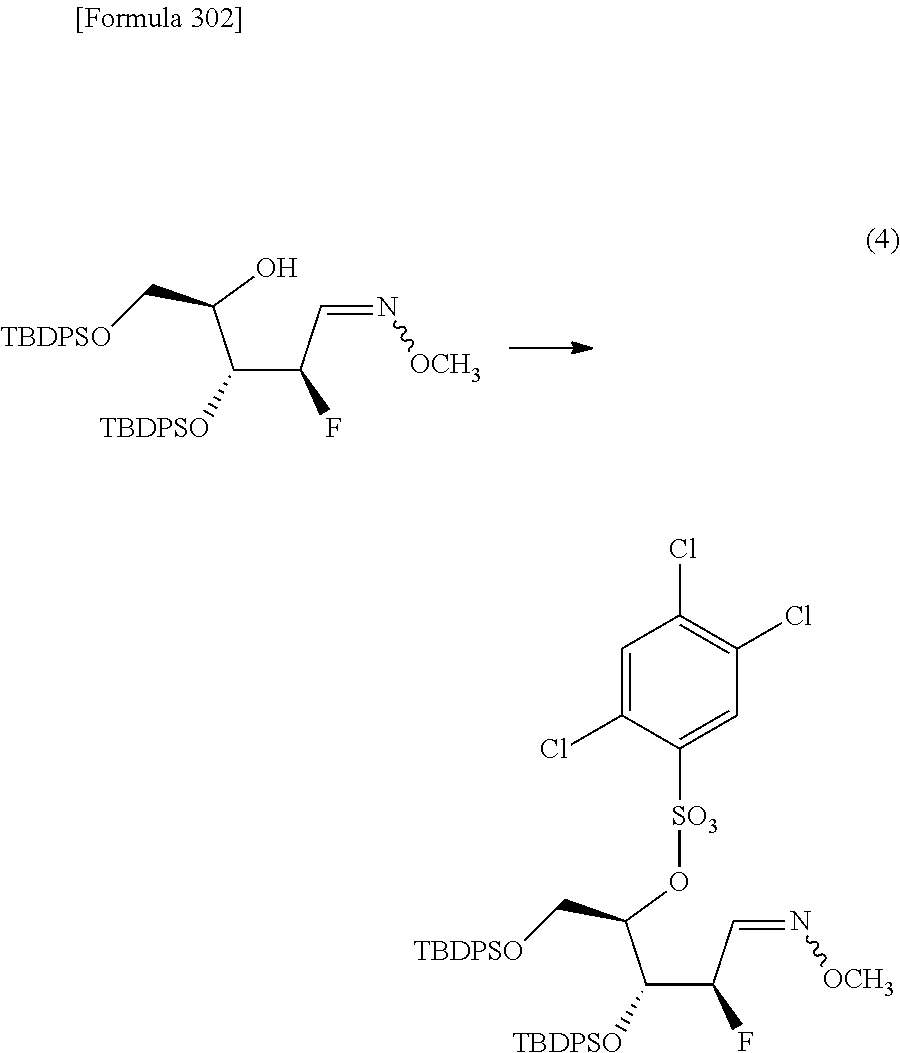
C00251
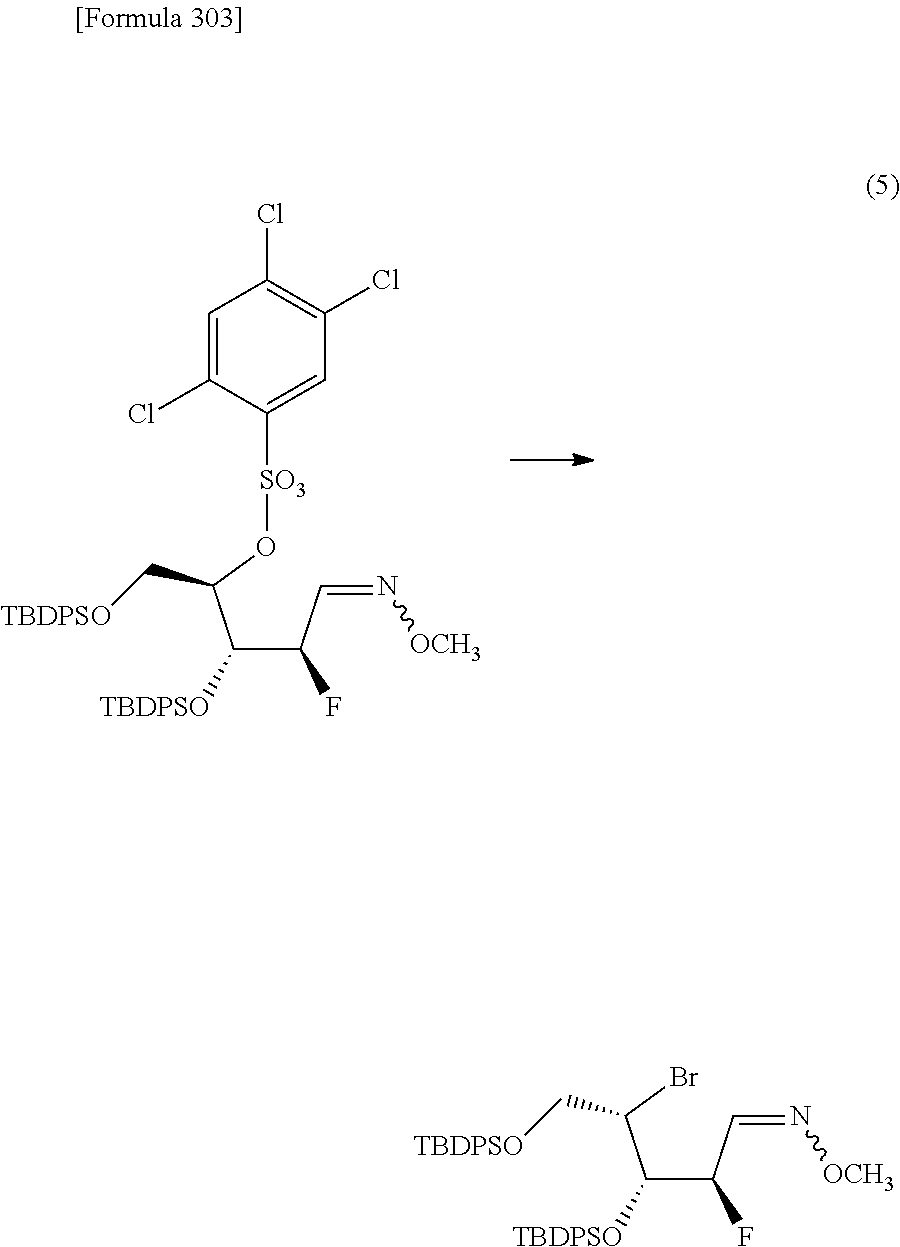
C00252

C00253

C00254
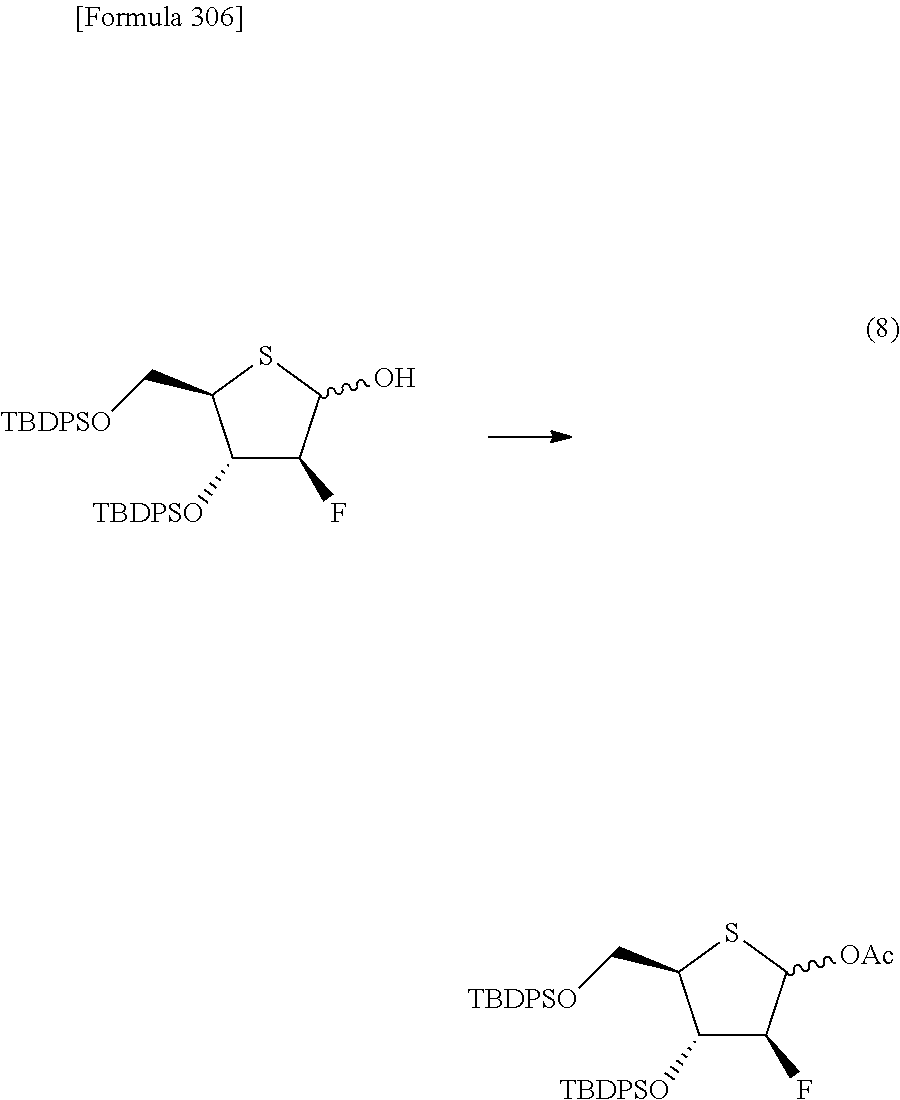
C00255

C00256
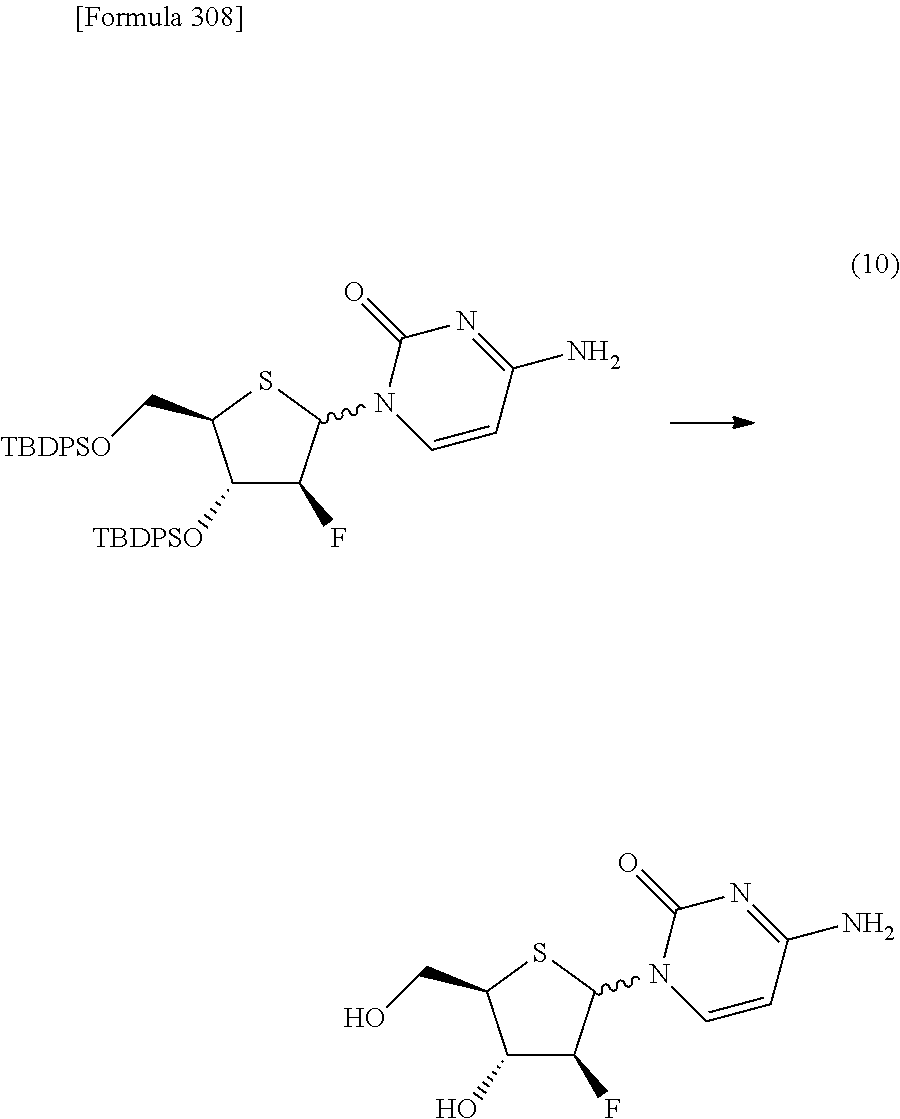
C00257

C00258
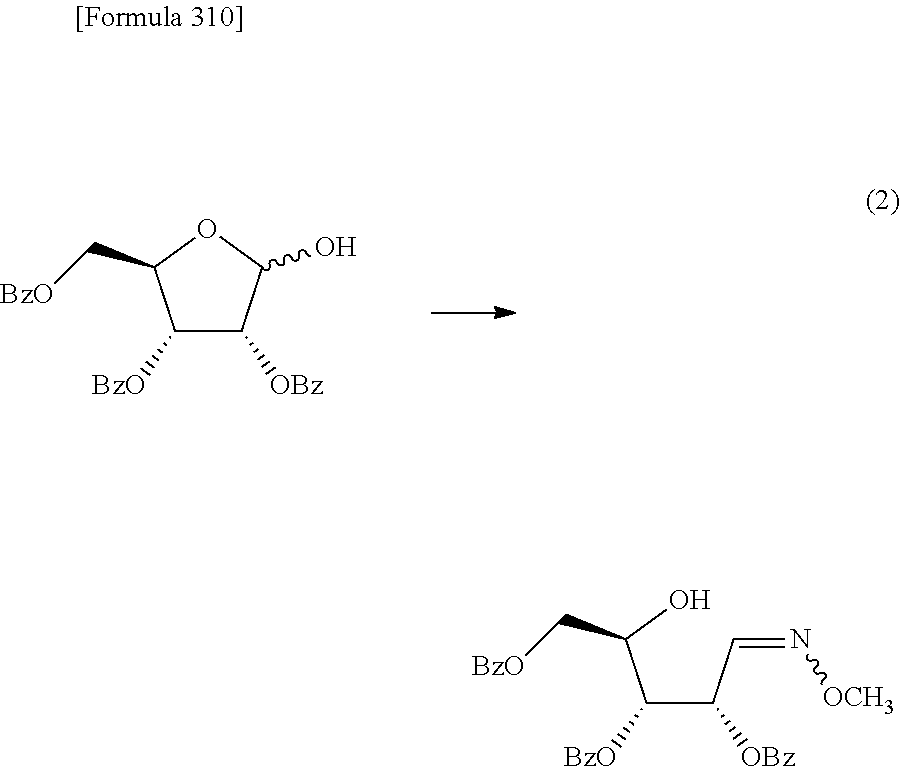
C00259
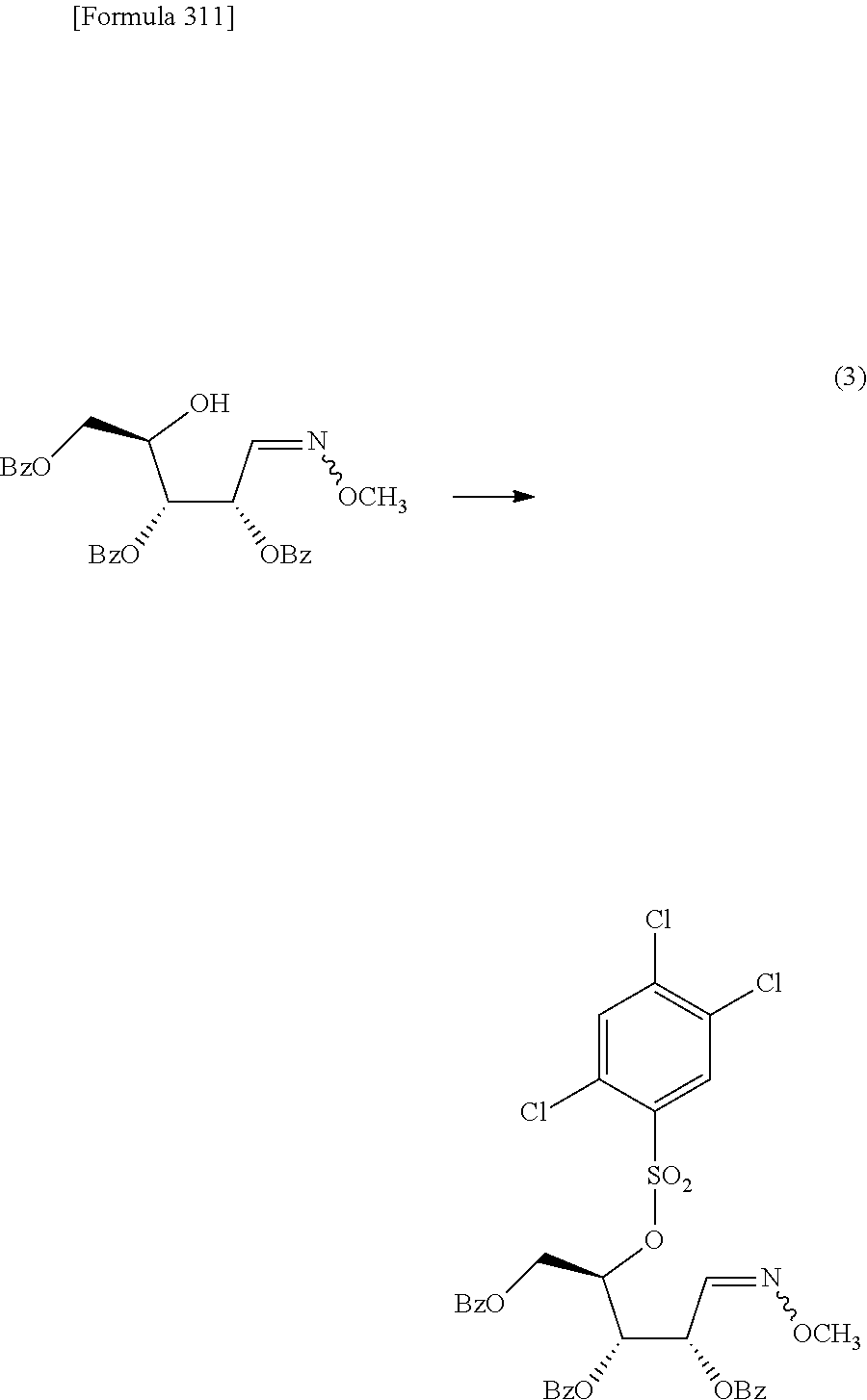
C00260
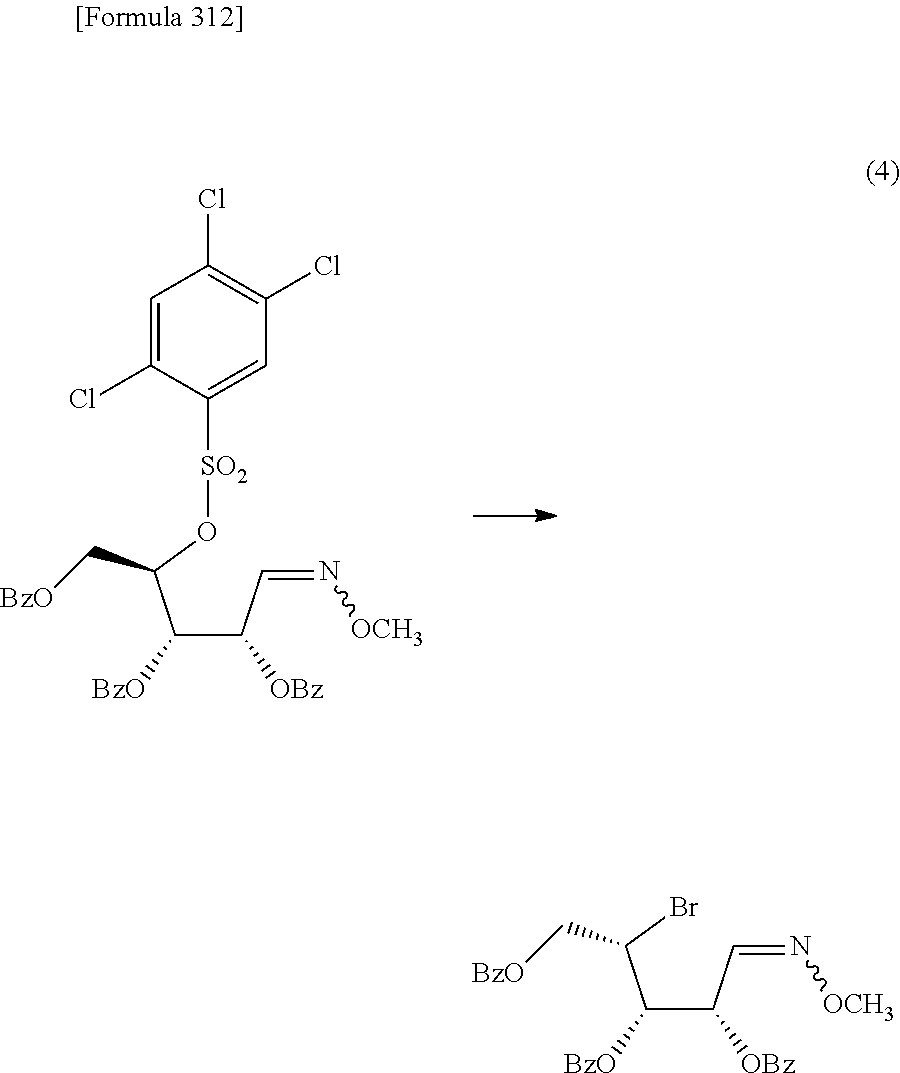
C00261

C00262

C00263

C00264
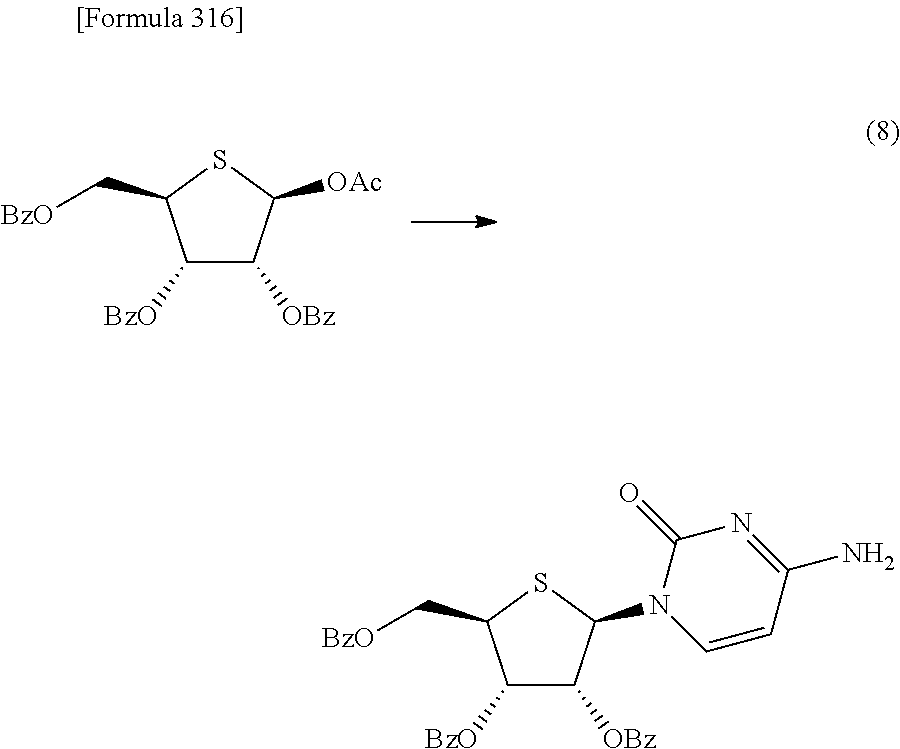
C00265
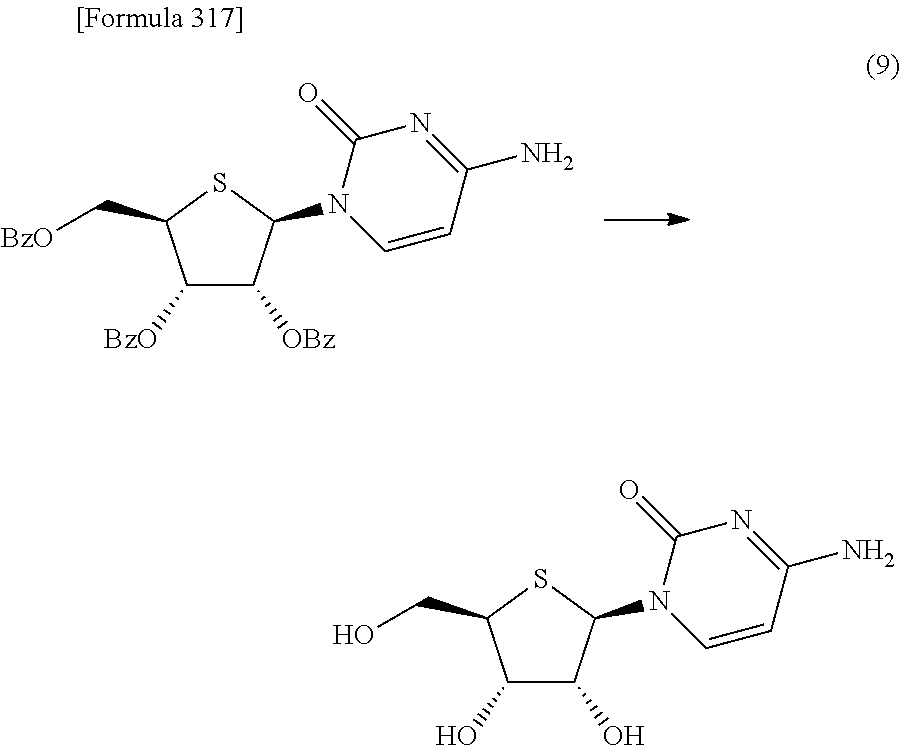
C00266

C00267
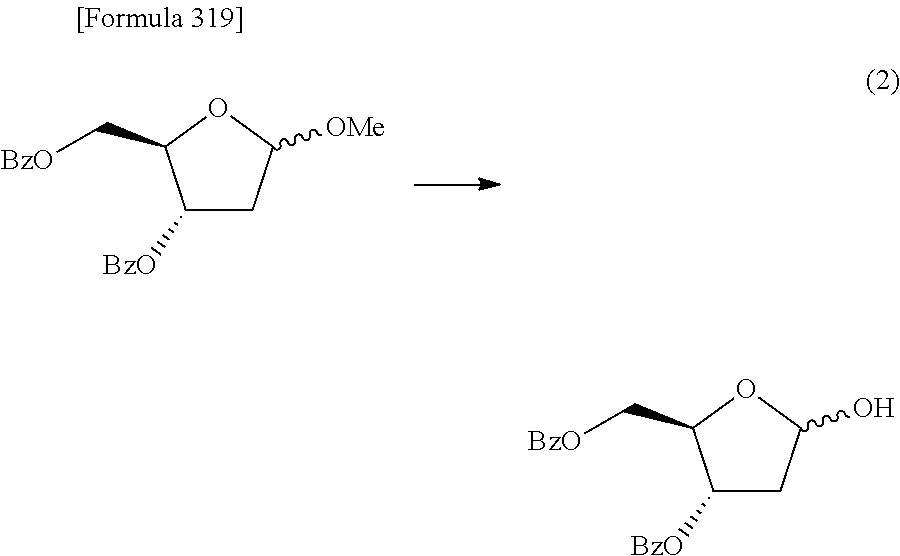
C00268
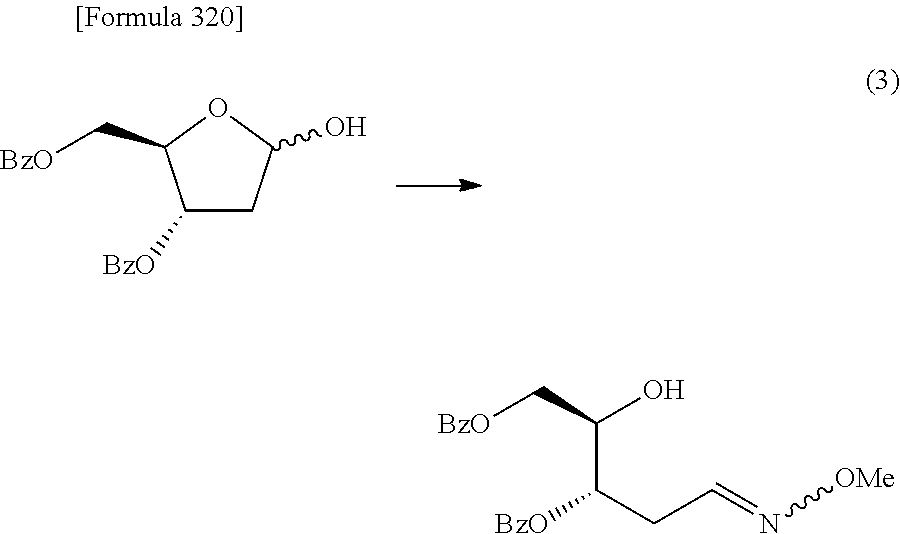
C00269

C00270

C00271

C00272

C00273

C00274
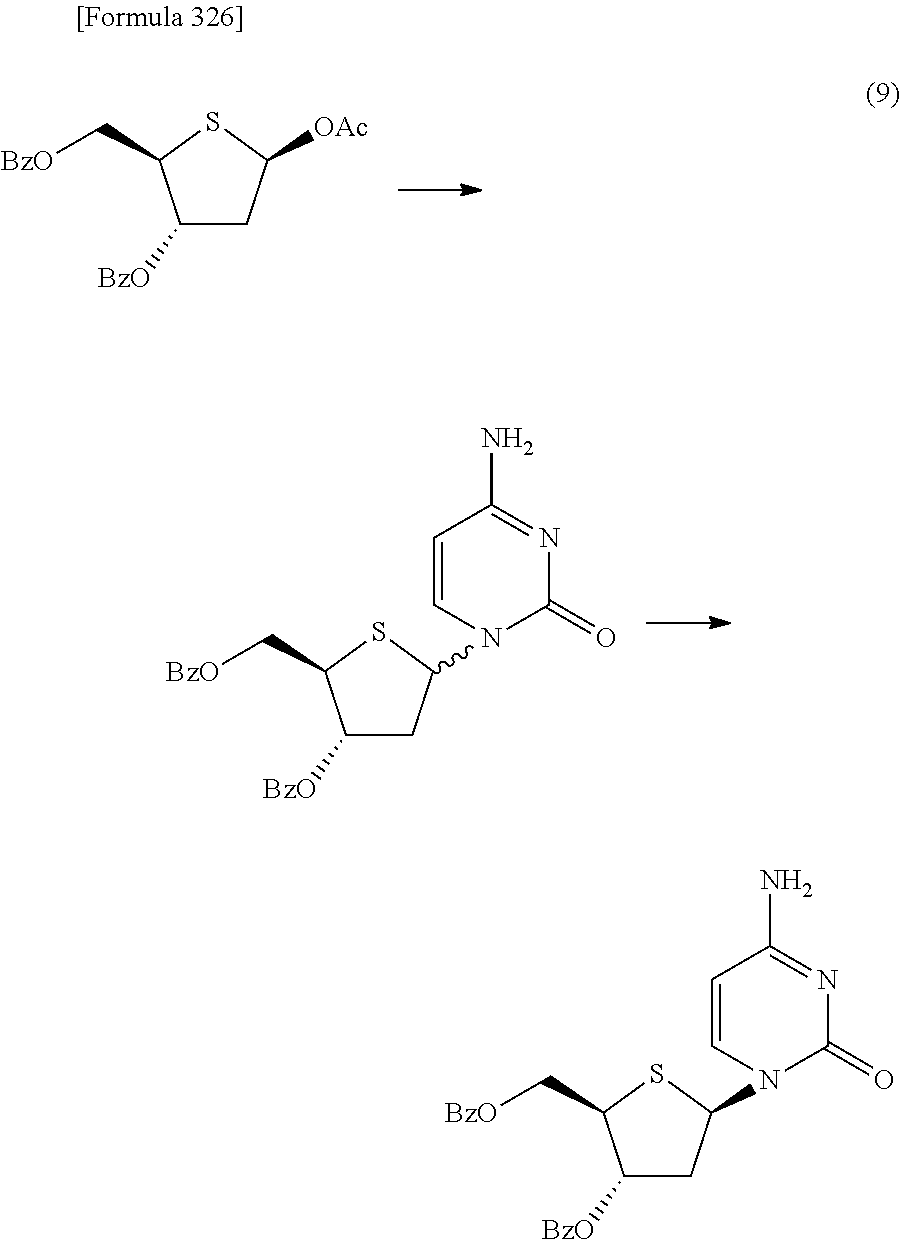
C00275

C00276

C00277
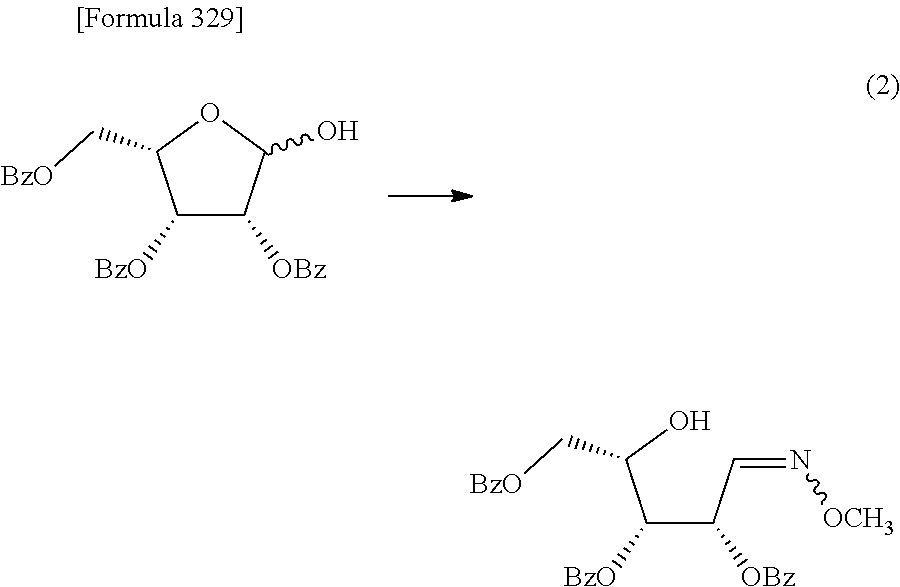
C00278
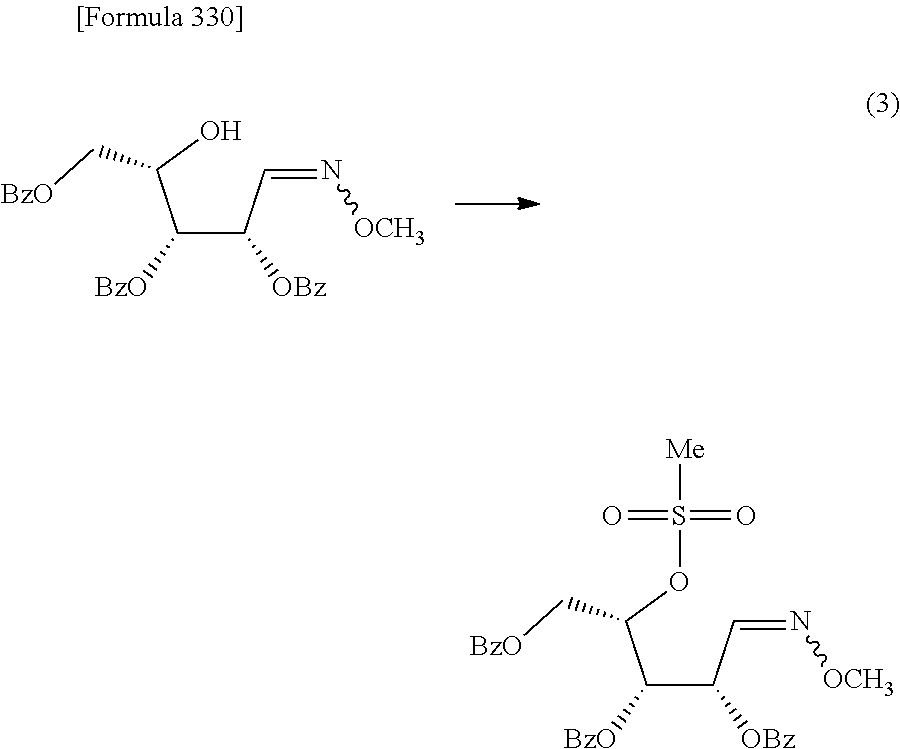
C00279
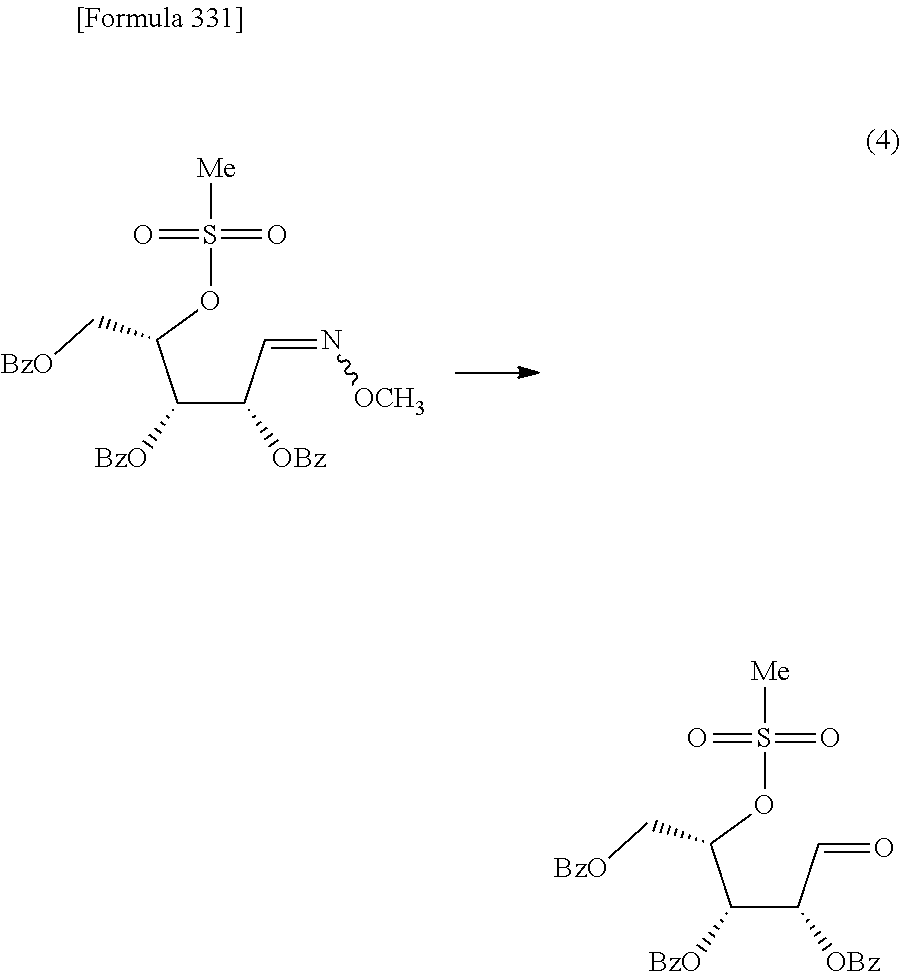
C00280
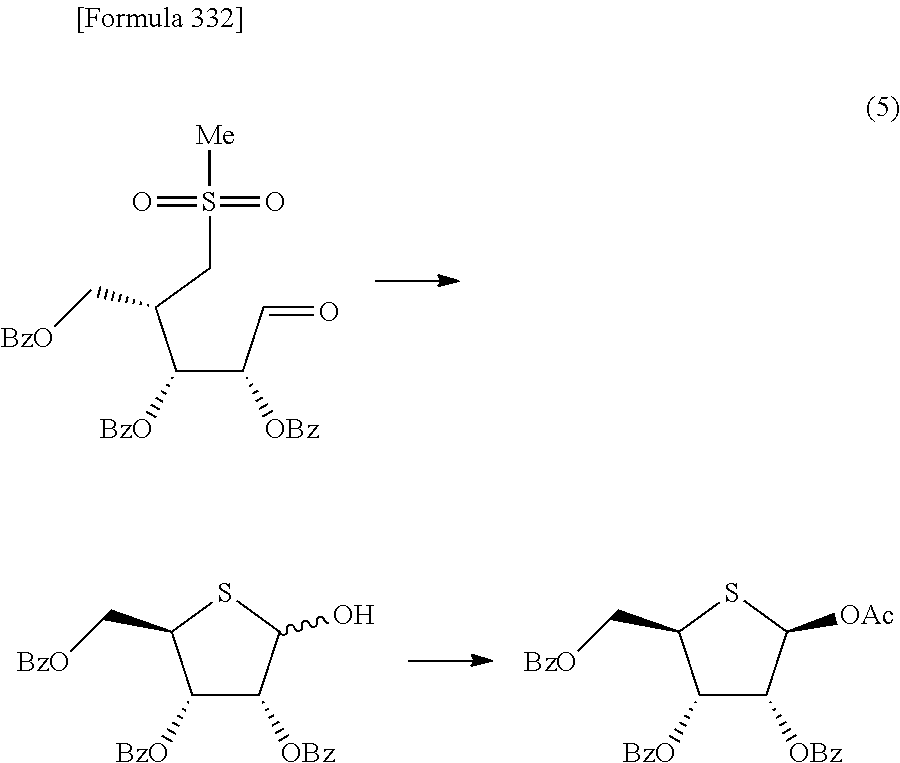
C00281

C00282

C00283

C00284

C00285

C00286

C00287
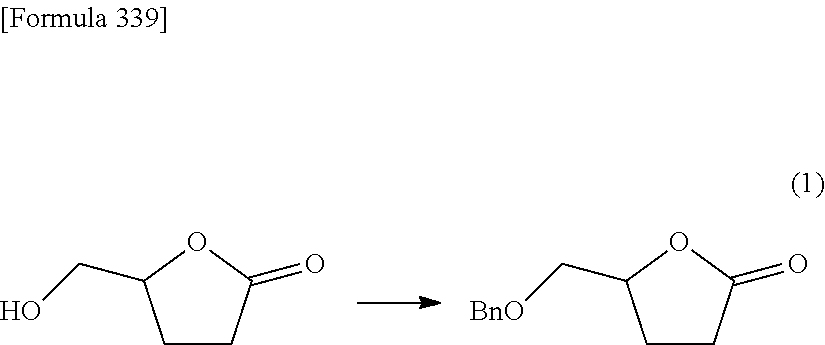
C00288

C00289

C00290
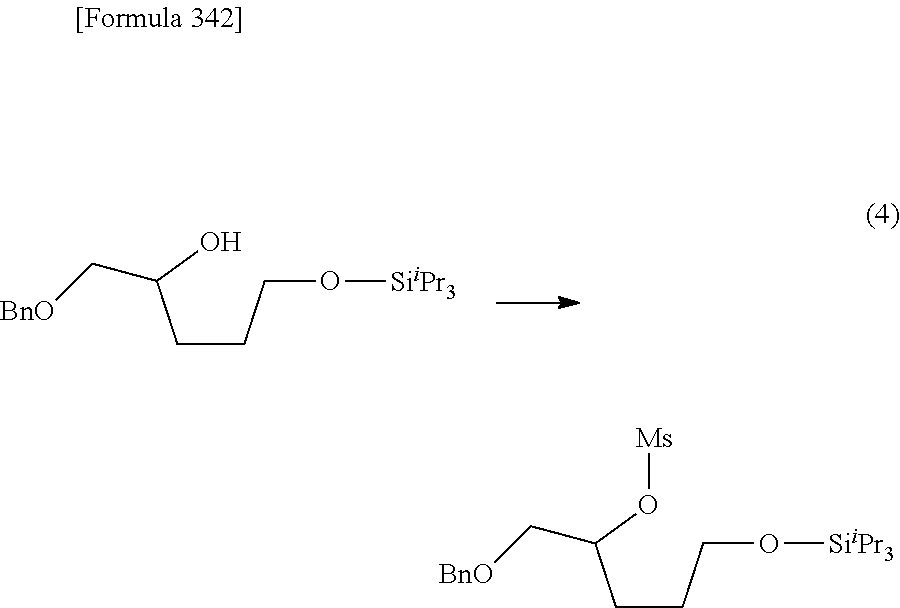
C00291
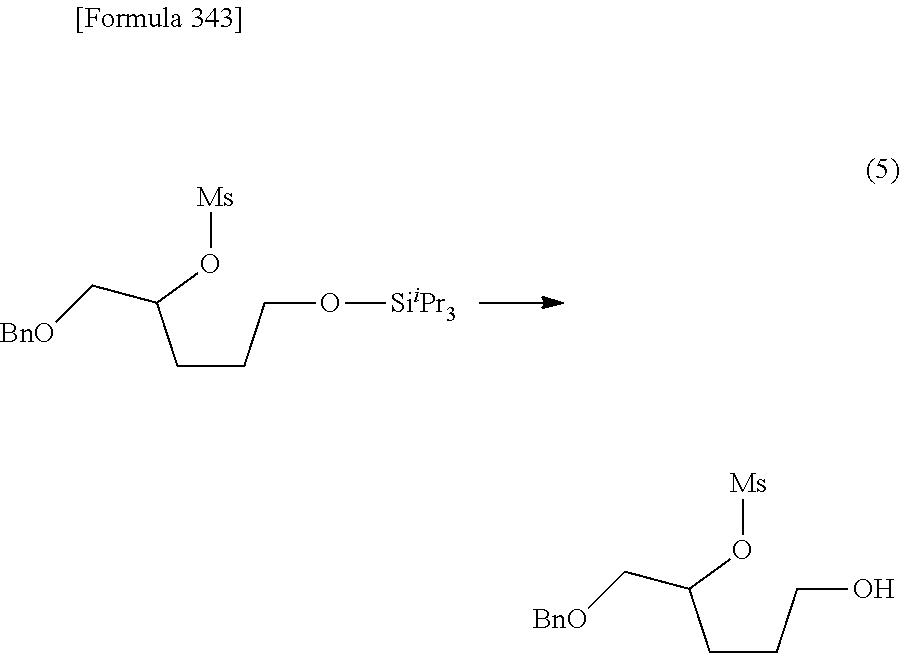
C00292
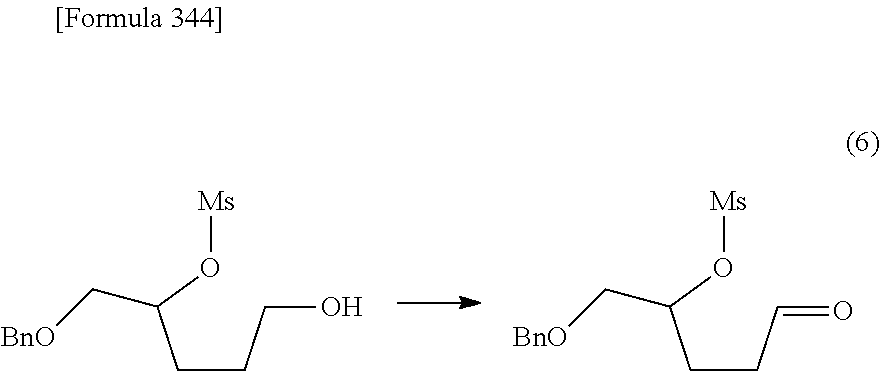
C00293

C00294
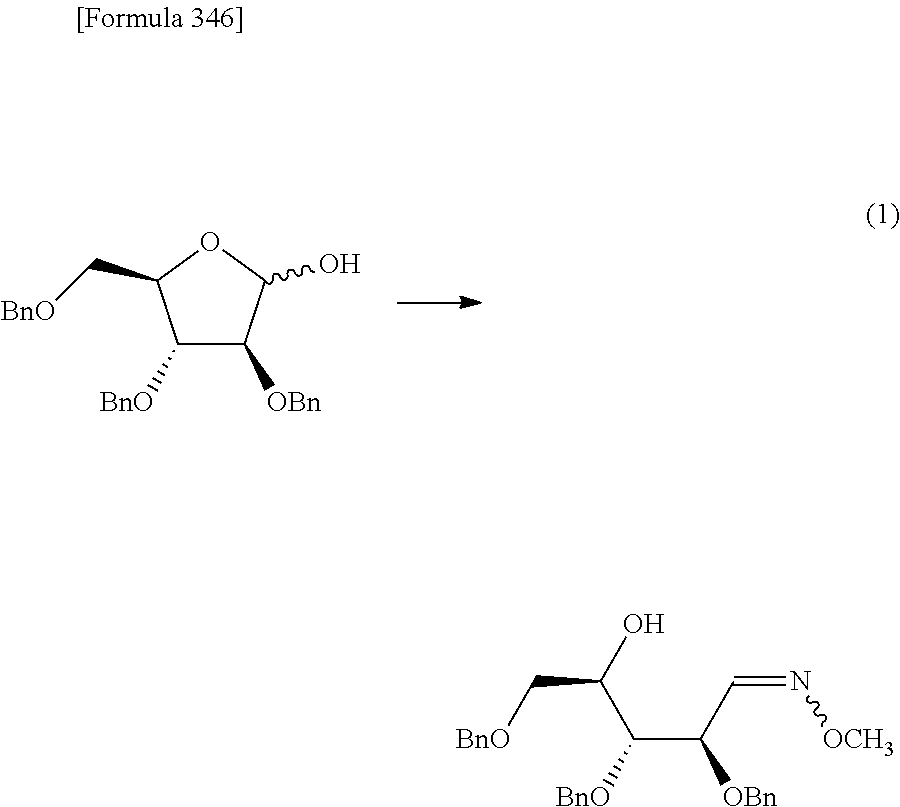
C00295
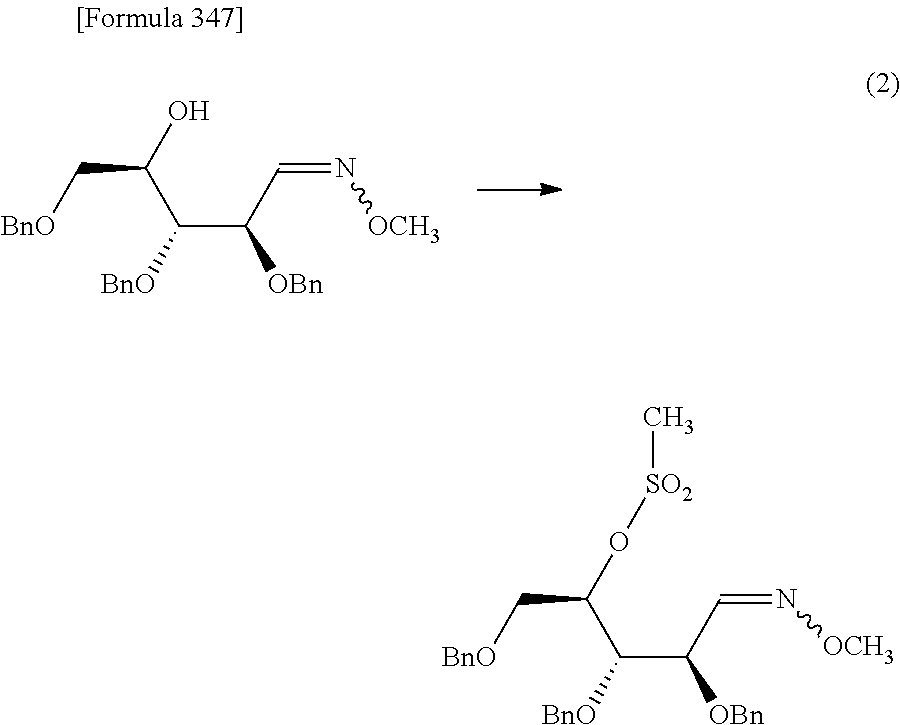
C00296
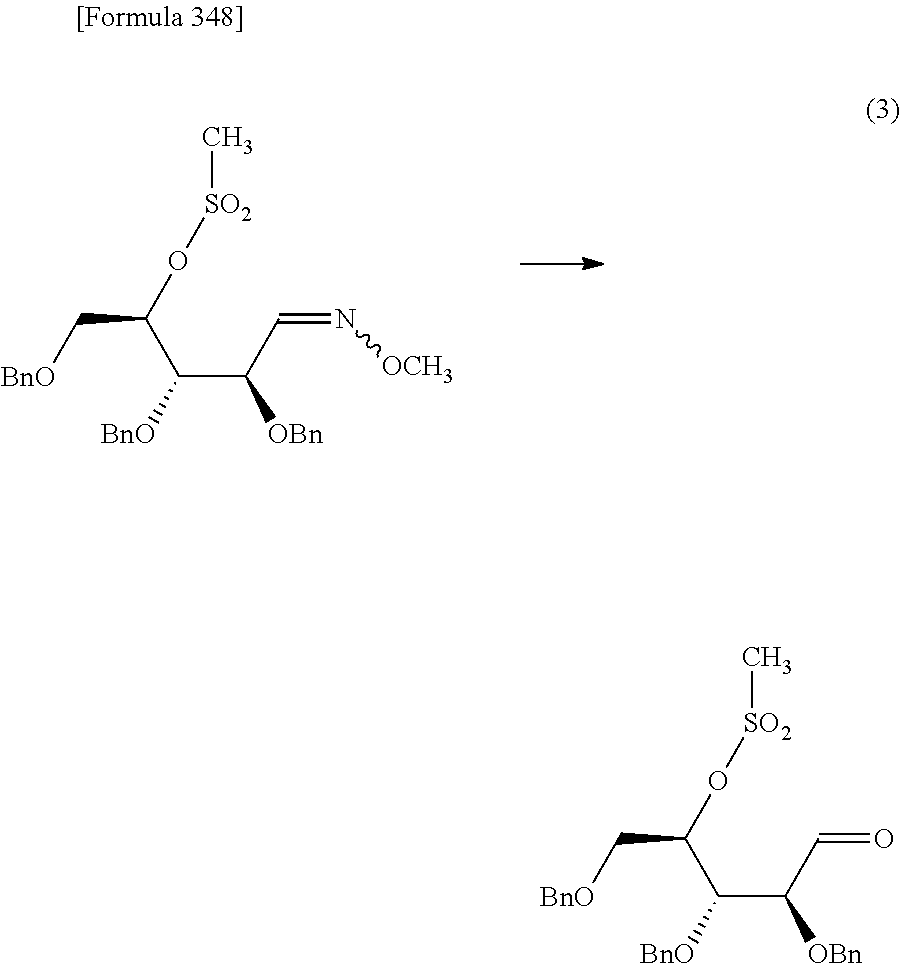
C00297

C00298
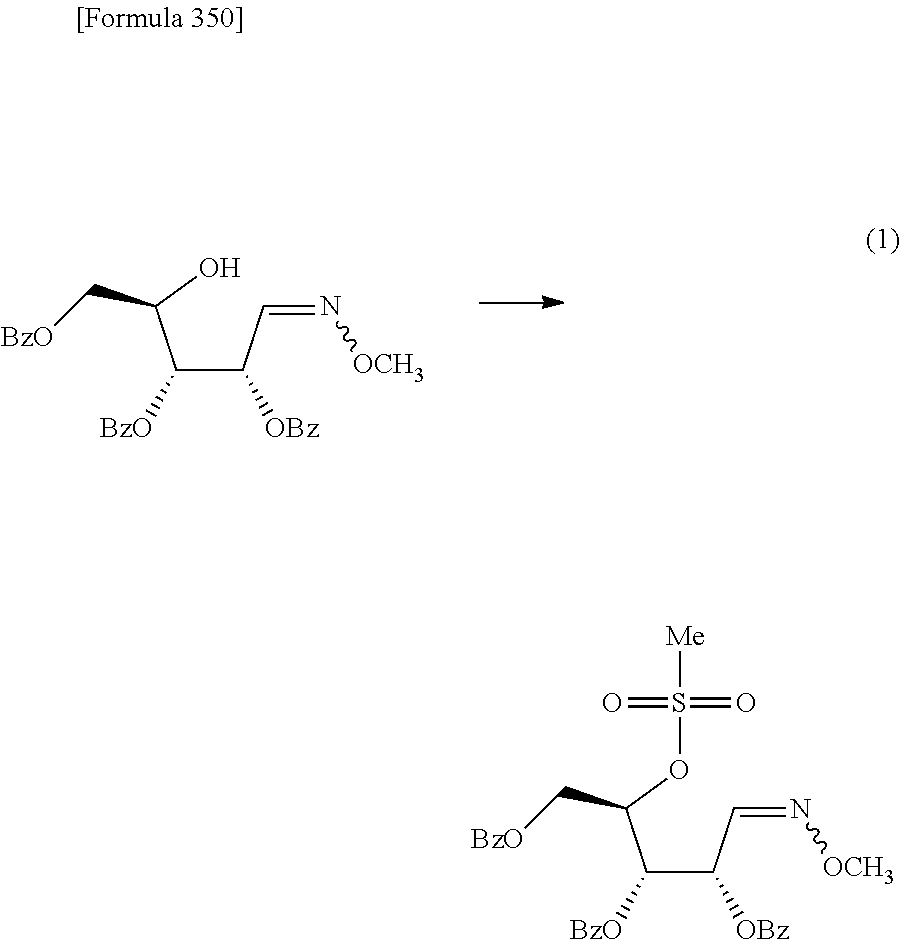
C00299
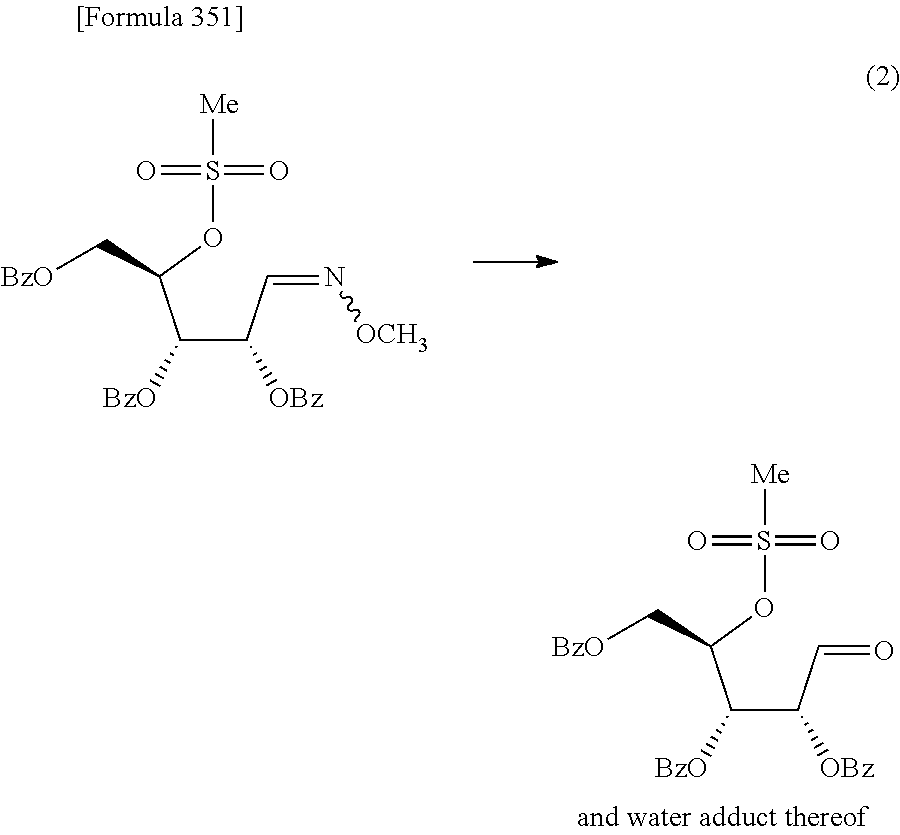
C00300

C00301

C00302

C00303
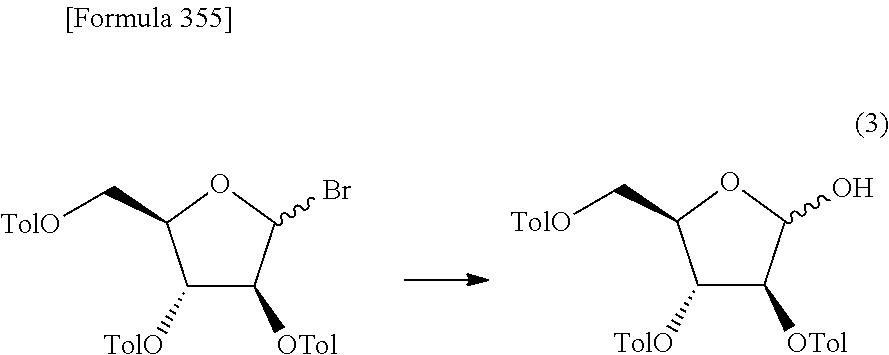
C00304
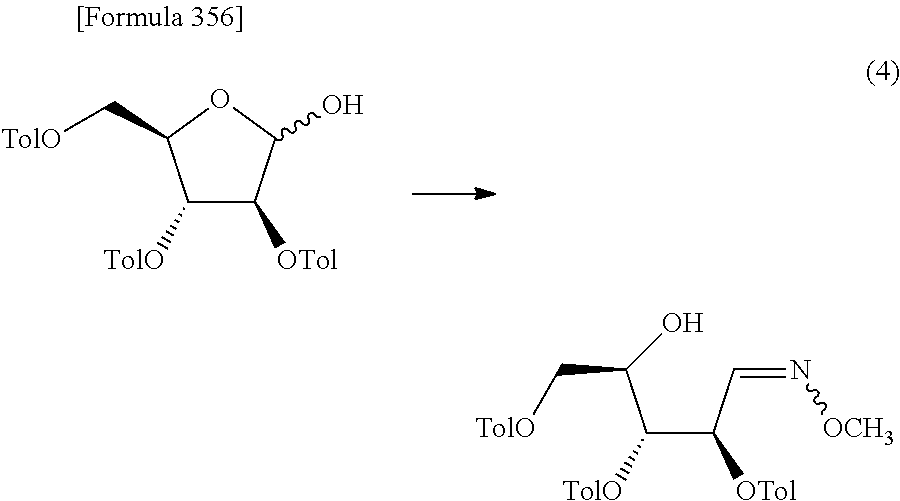
C00305
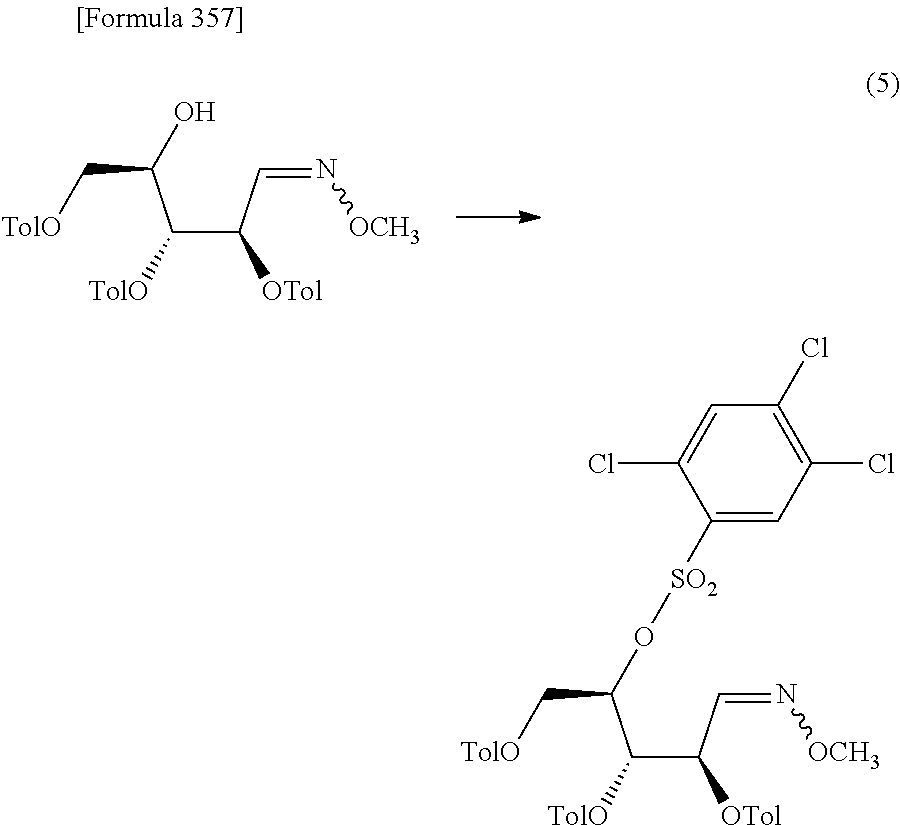
C00306

C00307
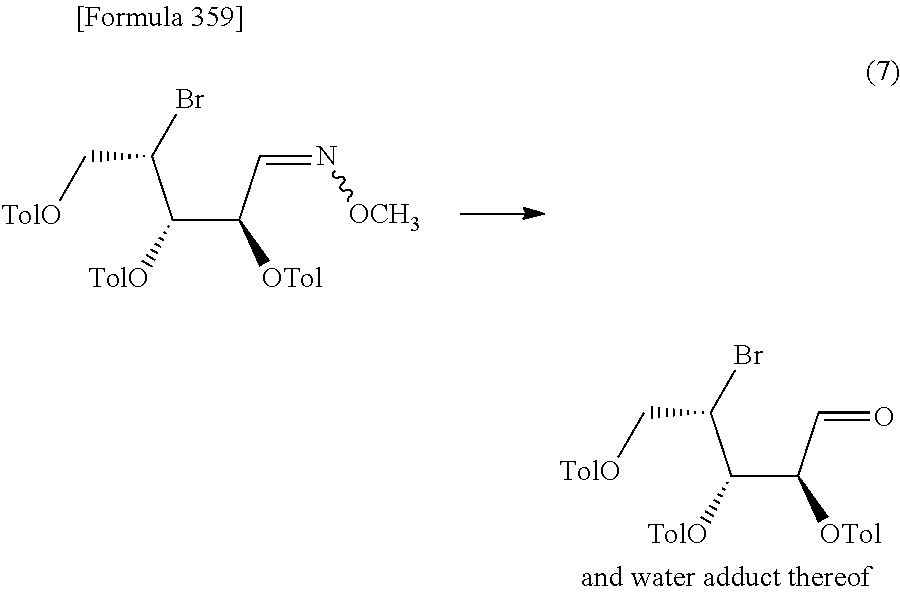
C00308

C00309

C00310

C00311

C00312
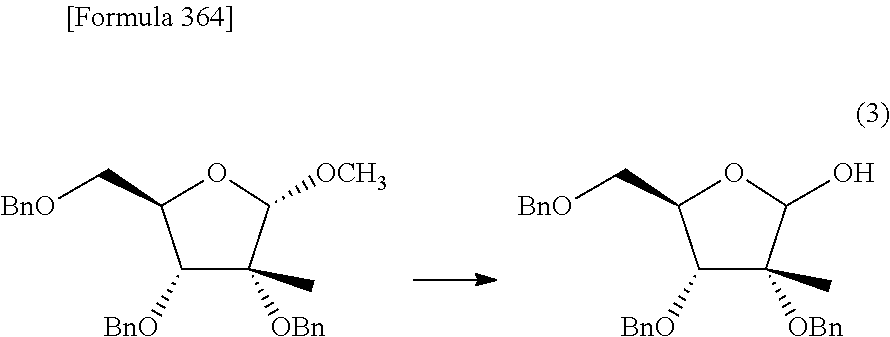
C00313

C00314

C00315
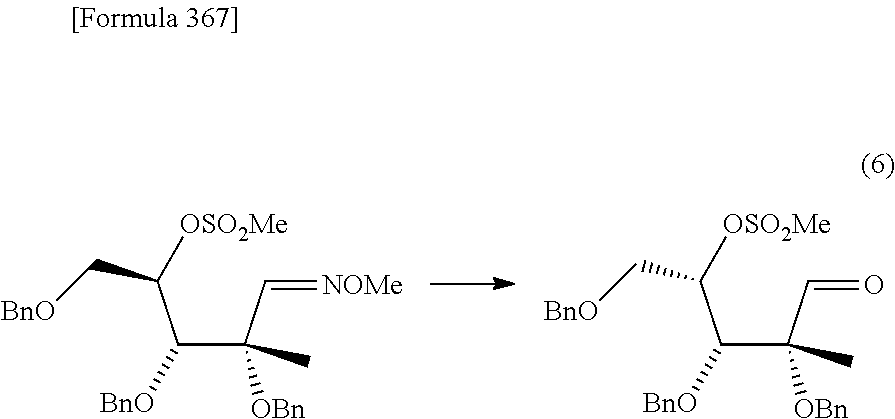
C00316

C00317
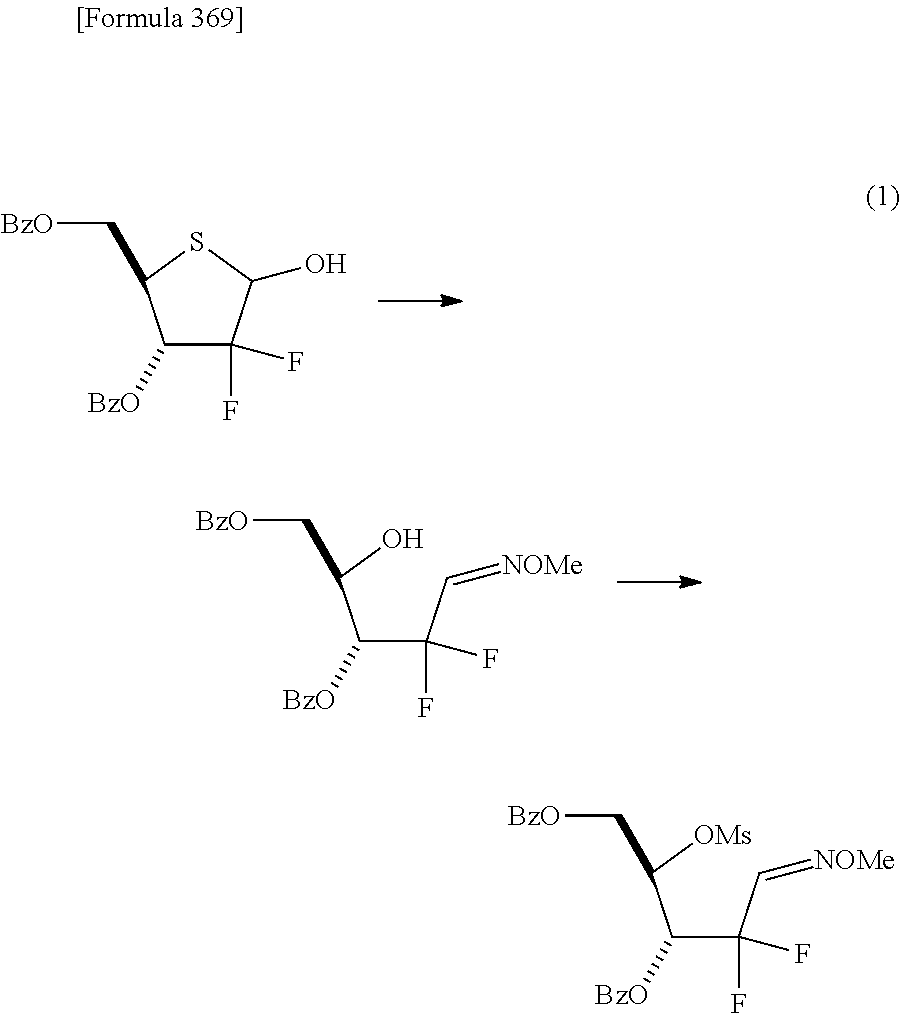
C00318

C00319

C00320

C00321
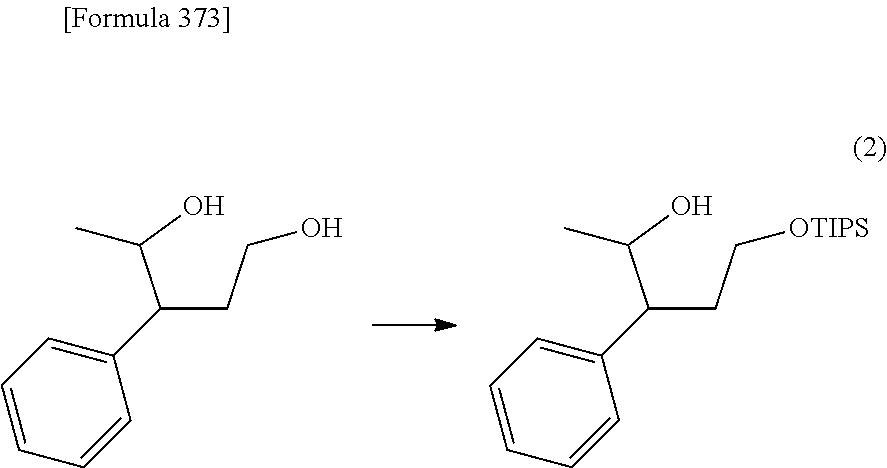
C00322

C00323

C00324
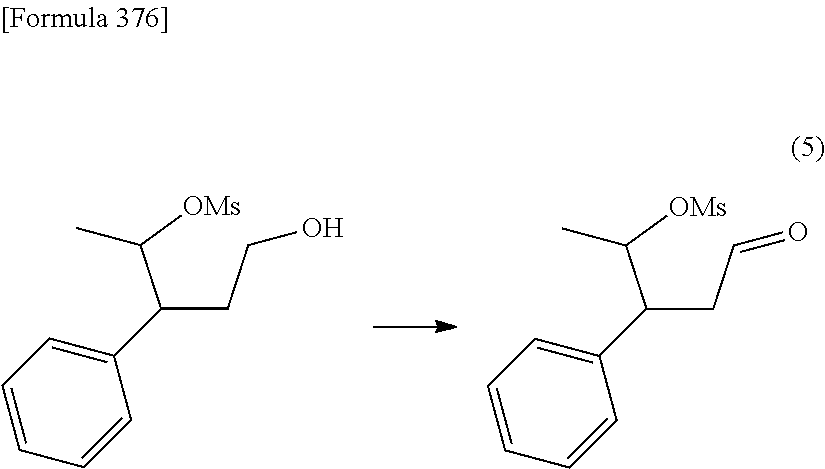
C00325
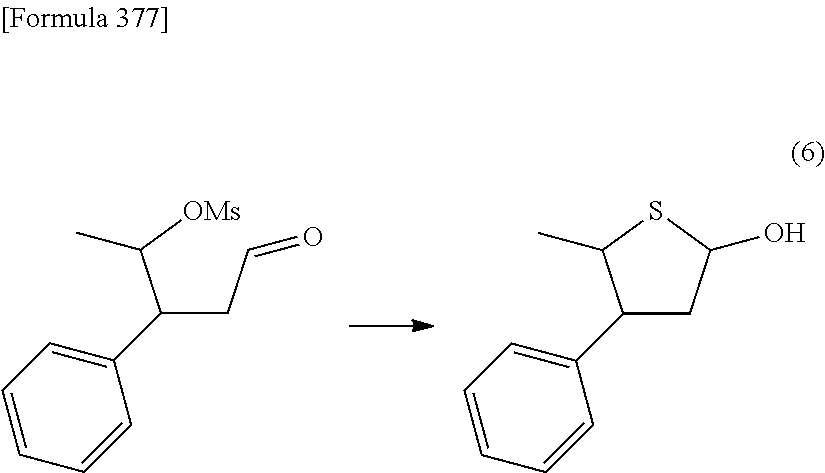
C00326

C00327

C00328

C00329
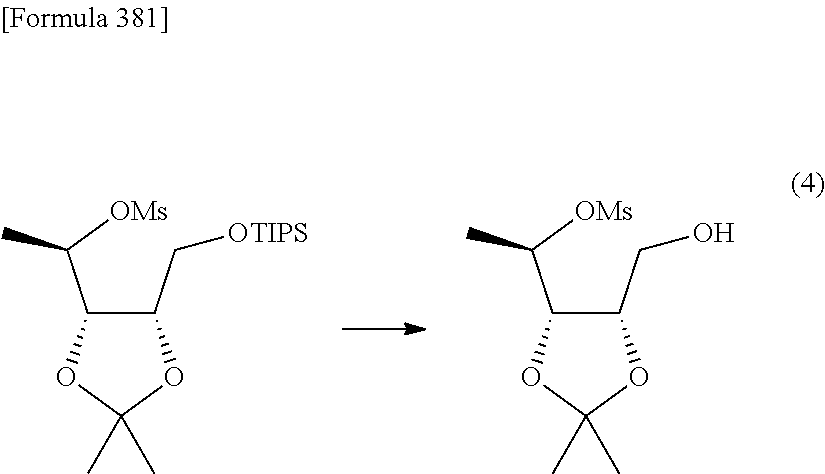
C00330

C00331
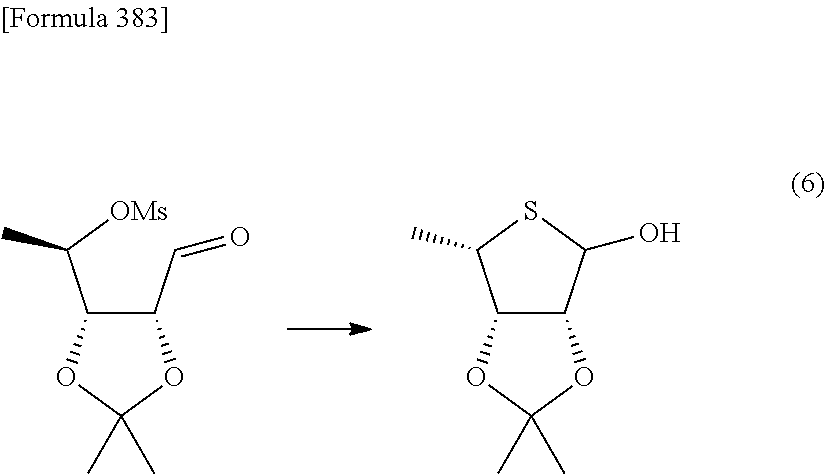
C00332

C00333
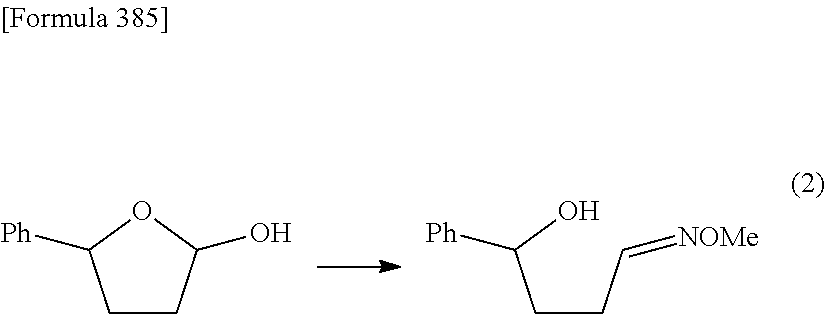
C00334

C00335

C00336

C00337
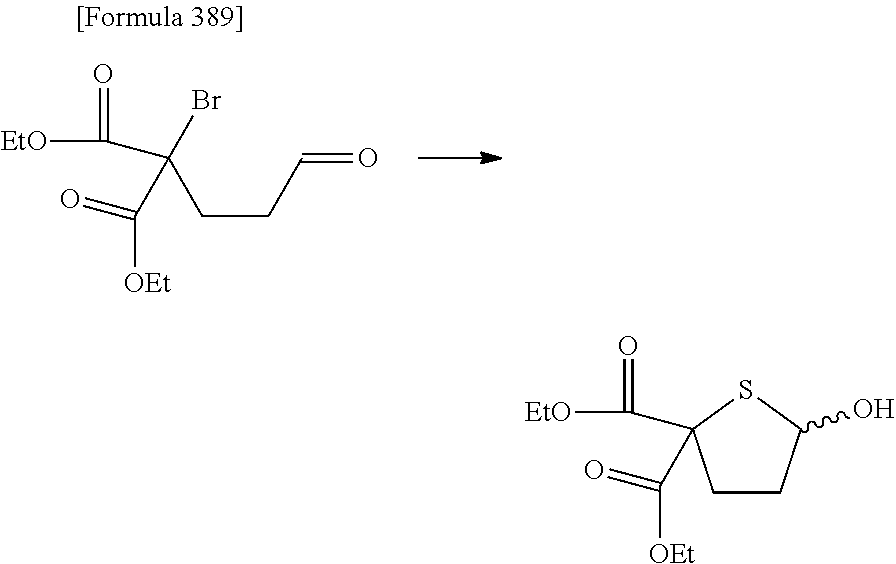
C00338
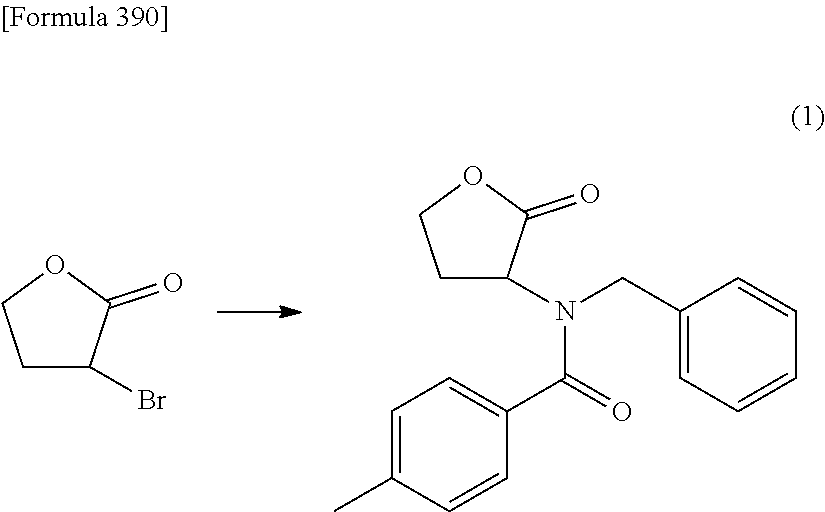
C00339

C00340

C00341

C00342

C00343
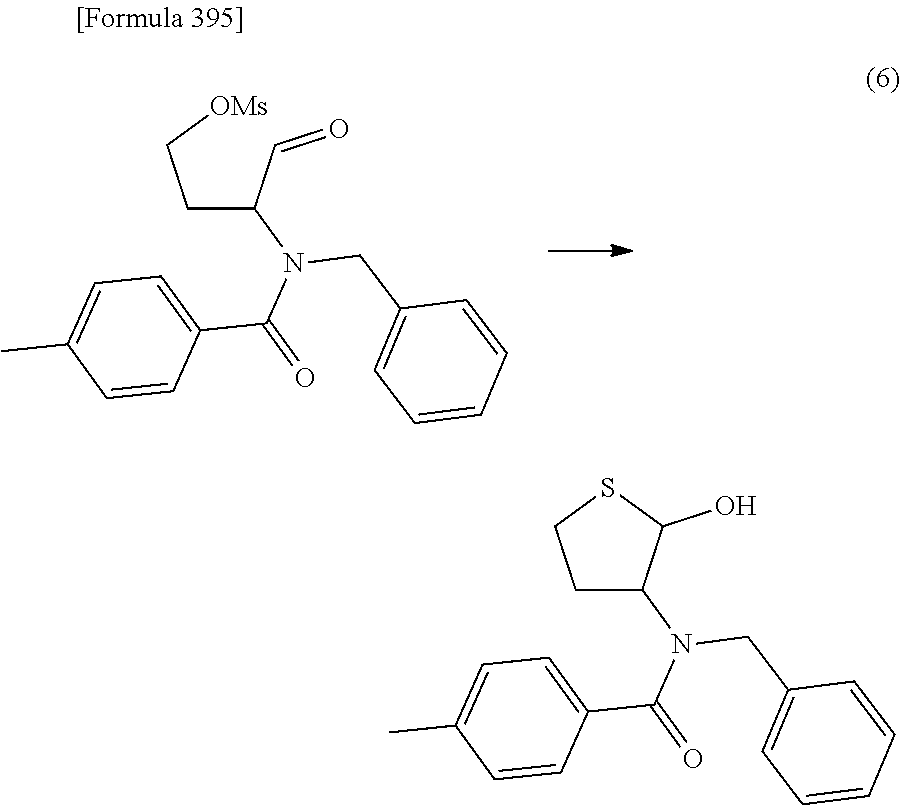
C00344

C00345

C00346
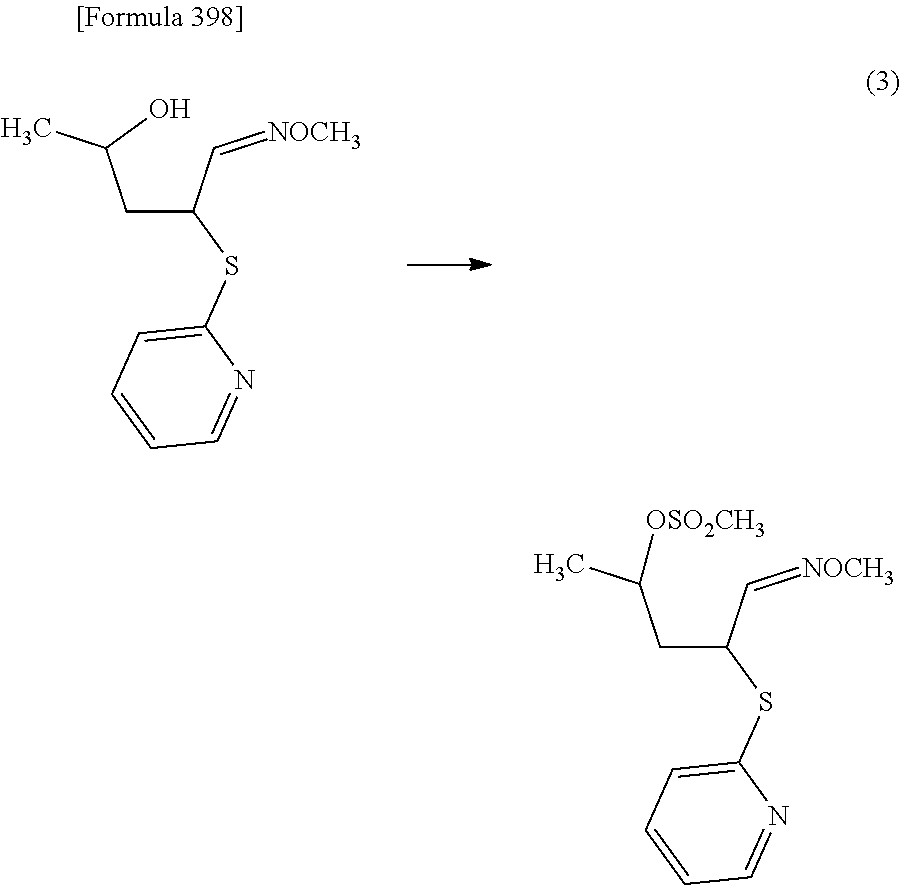
C00347

C00348

C00349

XML
uspto.report is an independent third-party trademark research tool that is not affiliated, endorsed, or sponsored by the United States Patent and Trademark Office (USPTO) or any other governmental organization. The information provided by uspto.report is based on publicly available data at the time of writing and is intended for informational purposes only.
While we strive to provide accurate and up-to-date information, we do not guarantee the accuracy, completeness, reliability, or suitability of the information displayed on this site. The use of this site is at your own risk. Any reliance you place on such information is therefore strictly at your own risk.
All official trademark data, including owner information, should be verified by visiting the official USPTO website at www.uspto.gov. This site is not intended to replace professional legal advice and should not be used as a substitute for consulting with a legal professional who is knowledgeable about trademark law.